In the United States, companies are repeatedly tested to show their effective use of cybersecurity. If you want to comply, increase trust or satisfy due diligence, an IT security audit is generally the starting point to check your security measures.
But how much does it cost to get one done?
How you answer will depend on your systems in place, the kind of industry and the amount of detail in the audit. IT security audit costs can vary widely—a basic vulnerability assessment for a small company costs around $3,000. Audits carried out following regulations such as HIPAA, SOC 2 and ISO 27001 can end up being more expensive if the business is of a good size, often costing over $50,000.
This blog explains what impacts the cost of an IT security audit, the kinds of audits available and offers ways for businesses to suit their requirements. Having an idea of what to expect means both startups and established companies can make a smarter plan for winning enterprise clients or getting certified.
What Is an IT Security Audit?
The purpose of an IT security audit is to look at an organization’s digital structure, find any possible risks, check if policies are being obeyed and confirm the security measures are effective. This is not only a scan for risk; it covers an evaluation of different systems, rules and processes.
During an audit, all aspects, including network setup, firewall policies, warning data practices and connections with third parties are covered. It is possible to perform an audit in compliance with HIPAA, ISO 27001 or SOC 2, but some companies also use general audits to view their overall risks.
Most audits involve the following actions:
- Assets are identified and stored in different groups
- Checking the effectiveness of security policies and controls
- Systems should be checked by both vulnerability scanning and penetration testing.
- Discussions with executives
- The key concern in this stage is looking for gaps and determining which risks are most important.
- Remediation recommendations
IT audits can be conducted by you or a third party, happen regularly or just once, based on your goals. Especially for businesses in healthcare, finance and SaaS, a regular external audit is commonly needed to meet legal and customer requirements.
Get a Custom Audit Quote Today.
What Factors Influence the Cost of an IT Security Audit in the USA?
Depending on various important elements, the cost of an IT security audit in the USA may vary a lot. Any company, from a small software business to a big bank, can use insights into price drivers to figure out its budget better.
1. Scope of the Audit
You will pay much less for an audit of just your cloud infrastructure than for one reviewing your network, endpoints, applications and user policies. Managing more systems and assets generally increases the budget.
2. Type of Audit
- HIPAA, PCI DSS and ISO 27001 require compliance audits and therefore are more costly to perform.
- Running an internal risk audit is generally more flexible and less costly.
3. Business Size and Complexity
Those with big organizations or IT systems spread across cloud, on-premise and hybrid environments often have to pay more for audit compliance due to the challenging nature of the work.
4. Level of Testing Required
Adding vulnerability scans and penetration testing to your audit will make it cost more, but also be worth more. Most of the time, manually testing costs more than using automatic tools.
5. Frequency
Would you like the assessment done only once or prefer to have it reviewed each quarter? Year after year, audits are more valuable for your company but are also more expensive.
6. Location and Provider
Some high-value IT auditing companies are expensive, especially in big metro areas or for industries with unique technology needs. Still, some firms let you choose between remote audits and flexible pricing if you are starting out.
What’s Included in IT Security Audit Pricing?
Checking what factors contribute to the price of an IT security audit allows for better rate evaluation. While the cost of an audit depends on its depth and size, usually an audit is conducted using a structure that does not change.
Here’s a breakdown of what’s typically included:
1. Pre-Audit Consultation
A lot of providers start by having a scoping call or discovery session. During this part of the engagement, engineers find out about the technology you’re using, your business goals, rules from regulators and any internal policies. Sometimes this step is charged individually, and at other times it is part of a bundle with other services.
Typical cost: $500 – $2,000
2. Vulnerability Assessment
Scanning for vulnerabilities automatically must be done regularly. They check your network, applications and devices to identify old software, incorrect configurations and ports that are not secure.
Typical cost: $1,000 – $5,000
3. Penetration Testing
Testers in manual pentesting use real attacks to determine if found vulnerabilities can be exploited. Web apps, APIs and tools for remote access need this kind of security most of all.
Typical cost: $3,000 – $20,000+
4. Policy and Control Review
The auditors review your existing security rules, methods of handling data, access for users and responses to incidents. For audits that focus on compliance, this plays a significant role.
Typical cost: $2,000 – $10,000
5. Compliance Gap Analysis
If you’re working toward certifications such as SOC 2 and ISO 27001, auditors run a gap analysis to highlight any security areas where you are not in line with the framework yet.
Typical cost: $3,000 – $12,000
6. Remediation Support and Retesting
Some companies give post-audit assistance to resolve problems and retest the software. Sometimes, it costs the same for every job, or it depends on how many rescans are needed.
Typically cost: $1,000 to $5,000
Types of IT Security Audits and Their Relative Costs
All IT audits differ in some way. Different companies focus on their internal processes and risks, or follow the requirements set by authorities. Learning what kind of audit you require will let you see the potential cost and what needs to be involved.
1. Internal Security Audit
Such reviews, which might be handled by in-house staff or outside experts, give a basic look at the safety of an organization. Audits can be used to highlight gaps before the formal compliance audit happens.
- Best for: Internal benchmarking, startups preparing for due diligence
- Estimated cost: $3,000 – $10,000
2. Compliance Audit
They confirm that you follow important security frameworks like SOC 2, HIPAA, PCI DSS or ISO 27001. They require careful review of important documentation, verification of security controls and may need certification or attestation from people recognized as auditors.
- Best for: Companies in regulated industries or those pursuing third-party certification
- Estimated cost: $10,000 – $50,000+
3. Vulnerability Assessment
The tool does a basic scan to highlight any issues already revealed by previous analyses. Although it does not cover everything, it can help SMBs make a good, cost-effective start.
- Best for: Small businesses looking for a quick security baseline
- Estimated cost: $1,000 – $5,000
4. Penetration Testing (Pentest)
Penetration testing is used to imitate real threats to understand how a possible breach in your systems could happen. Often, it is combined with bigger audits or applied to detailed tests of sections (such as a new application or API).
- Best for: High-risk systems, public-facing platforms, or after a major update
- Estimated cost: $5,000 – $25,000+
5. Cloud Security Audit
Because the majority of firms rely on AWS, Azure or GCP, it is now crucial to review their cloud configuration. They make sure your cloud platforms are in line with the best industry recommendations.
- Best for: Businesses using cloud infrastructure at scale
- Estimated cost: $3,000 – $15,000
Download a free pentest report here.
Latest Penetration Testing Report
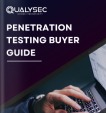
How Small and Mid-Sized Businesses Can Optimize IT Security Audit Costs
Managing budget restrictions and cybersecurity together is very difficult for small and mid-sized businesses. Even so, there are ways to control the cost of an IT security audit without missing out on any quality aspects.
1. Start with a Risk-Based Approach
Point out high-risk assets by their exposure to risk instead of performing a full audit on everything. Cover main systems, applications that deal with customers and locations where sensitive data is held. Auditing something with more limited results in a more straightforward process and relatively lower expenses.
2. Leverage Internal Documentation
Being ready with asset inventories, policies, past audit reports and log details before the audit can make it faster and save hours of consulting time. Lower information collection time can reduce the cost of the audit.
3. Bundle Services When Possible
If you require a vulnerability scan and also a compliance audit, see if the company provides a package offer. A lot of providers give discounted rates when you purchase multiple services together. This is most often true the first time you undergo a full audit.
4. Use Remote Audits
There are cost savings because remote audits reduce the need for travel and allow people to schedule when it suits them better. Because top IT security providers are found outside most American metropolitan regions, U.S. companies may hire them to save cash and keep their audits effective.
5. Schedule Regular but Lightweight Reviews
If you have annual or semi-annual audits, your costs get spread out, and you may qualify for lower prices over the long run. Some companies allow you to monitor continuously, and this is often cheaper than scheduling a one-off audit.
6. Pre-Remediate Common Issues
Problems with passwords, missing updates and default setups have to be sorted before the audit. In this way, having more important areas inspected can mean fewer reviews are necessary for less serious issues.
Best Practices to Maximize the Value of Your IT Security Audit
A security audit is not a checkbox exercise. It’s a chance to make your organization more resilient. These best practices can help ensure the process is both impactful and cost-efficient.
1. Define Clear Objectives Before the Audit
Begin with definite objectives. Are you getting certified for compliance? Do you wish to review your general security posture? Having your goals in mind helps streamline the scope and prevent wasteful expenditures.
2. Focus on High-Risk Areas First
You don’t need to audit everything at once. Begin with systems that handle sensitive data or are frequently accessed externally, such as customer portals, payment systems, or databases. This approach ensures that your IT security audit cost delivers the highest return on investment.
3. Document Everything in Advance
Structured documentation accelerates the audit. This comprises security policies, network maps, access control logs, and incident response strategies. It also eliminates billable time for external auditors obtaining rudimentary information.
4. Involve Internal Teams
Engage your IT, DevOps, and compliance teams upfront. Their understanding of existing systems, past vulnerabilities, and deployed controls facilitates a more efficient audit with less disruption.
5. Remediate Known Issues Beforehand
Correcting glaring holes such as out-of-date software, dormant admin accounts, or poor passwords prior to starting the audit saves time and money. It also indicates to auditors that your company means business when it comes to security.
6. Choose the Right Audit Frequency
Regulated businesses or companies with immense change will require yearly or even quarterly audits. Annual reviews are enough for smaller companies. Align the frequency with your risk profile and industry needs.
7. Select the Right Partner
All audit providers are not created equal. You want a company that provides IT security audit pricing flexibility, experience in your industry, and services beyond the end report. A good partner keeps you from taking on risk, not just identifying it.
How Qualysec Can Help with Affordable and Scalable Audits
Whether you’re an early-stage company gearing up for due diligence or a scaling business looking for compliance certification, Qualysec assists you in deriving maximum utility from your IT security audit.
Tailored Audits for Every Business Size
At Qualysec, we know that audit requirements differ. That is why we provide scalable solutions that are tailored to your organization’s size, industry, and budget. From simple internal risk assessments to compliance-based assessments for frameworks such as HIPAA, SOC 2, and ISO 27001, our experts scale the scope without sacrificing quality.
Competitive IT Security Audit Pricing
We have transparent pricing with no additional hidden charges. Our packages are designed to provide you with flexibility depending on the scope and complexity of the audit. Whether you want it as a one-time evaluation or an ongoing audit program, you receive clear breakdowns of costs and also bundled services such as pentesting and remediation services.
Remote and On-Site Options
Our remote-first structure saves on logistical expenses yet still upholds strict security measures. For clients that desire an in-person presence, particularly in the heavily regulated sectors, we provide in-person interactions in strategic U.S. markets.
Expert-Led, Tool-Backed Approach
Qualysec blends hand-auditing by certified security experts with the speed of automated tools. This blended method assures precise findings, reduced false positives, and greater penetration into your security posture. It justifies your investment in the IT security audit cost.
Post-Audit Remediation Support
Audit reports don’t stop at findings. Our team assists you in understanding and prioritizing vulnerabilities with remediable steps. We also provide follow-up scans to ensure fixes, with the added benefit of saving time and resources at the time of recertification or re-assessment.
Schedule a Call with Our Security Experts for Free Audit Consultation.
Talk to our Cybersecurity Expert to discuss your specific needs and how we can help your business.
Conclusion
The price of an IT security audit in the USA is not set, but the benefit it provides is unmistakable. IT security audit cost can vary, but whether you’re gearing up for compliance, establishing client confidence, or merely keeping pace with emerging cyber dangers, a professional audit is crucial.
Small businesses or large, all companies have something valuable to guard. And the proper audit ensures you do without pointless guesswork or overspending.
Seeking an audit that suits your purpose and budget? Qualysec can assist you. Our experts specialize in customized security audits supported by manual testing, actionable findings, and trusted results.
FAQs
Q: What factors influence the cost of an IT security audit in the USA?
Ans: Various factors determine the cost of the IT security audit in the USA, such as the scope of the audit, size of business, compliance needs, testing type (manual or automated), and whether it is a recurring or single audit. Highly risky sectors such as healthcare or finance can also need specialized audits, and this increases costs.
Q: Is an IT security audit a one-time or recurring expense?
Ans: An IT security audit can either be a one-time or periodic cost. A one-time audit is beneficial for real-time compliance or risk analysis. Yet, periodic audits on a monthly, quarterly, or yearly basis are advisable for companies dealing with sensitive information or requiring ongoing compliance. Such periodic services usually have a greater long-term ROI.
Q: Are there affordable options for small businesses seeking IT security audits?
Ans: Small businesses can usually go for smaller audits covering their most important assets. Most providers provide flexible IT security audit pricing options or remote testing to decrease prices. Selecting the appropriate scope and not getting into unnecessary testing can make the cost of a cybersecurity audit affordable.
Q: What is the difference between an IT security audit and an IT compliance audit in terms of cost?
Ans: An IT security audit emphasizes locating and correcting security vulnerabilities throughout systems, while an IT compliance audit verifies that your company meets certain standards such as HIPAA, ISO 27001, or SOC 2. IT compliance audit prices are typically higher due to documentation and report generation requirements associated with regulatory agencies.

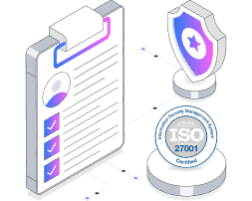
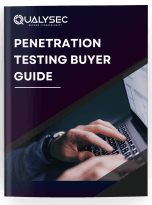


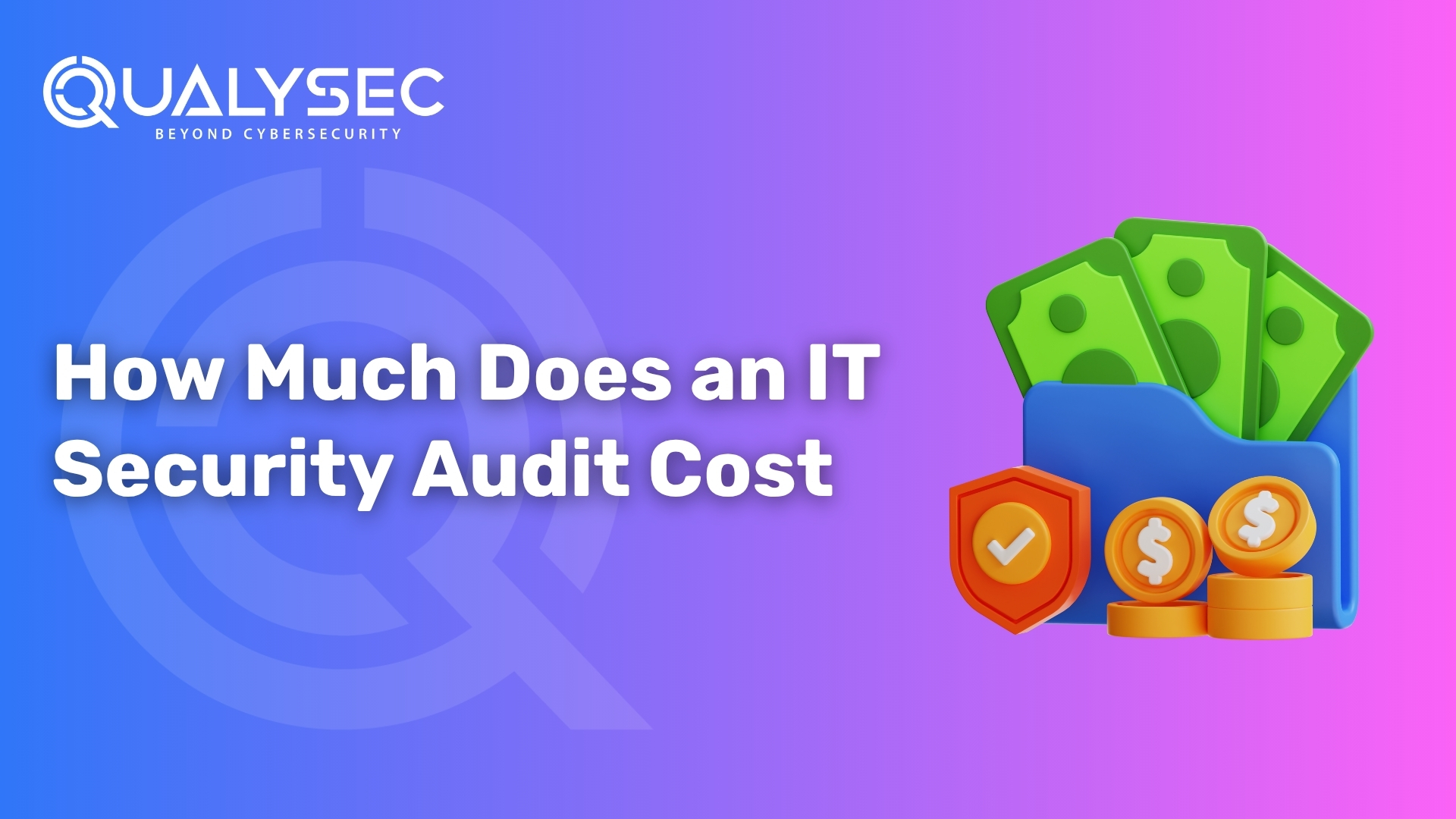
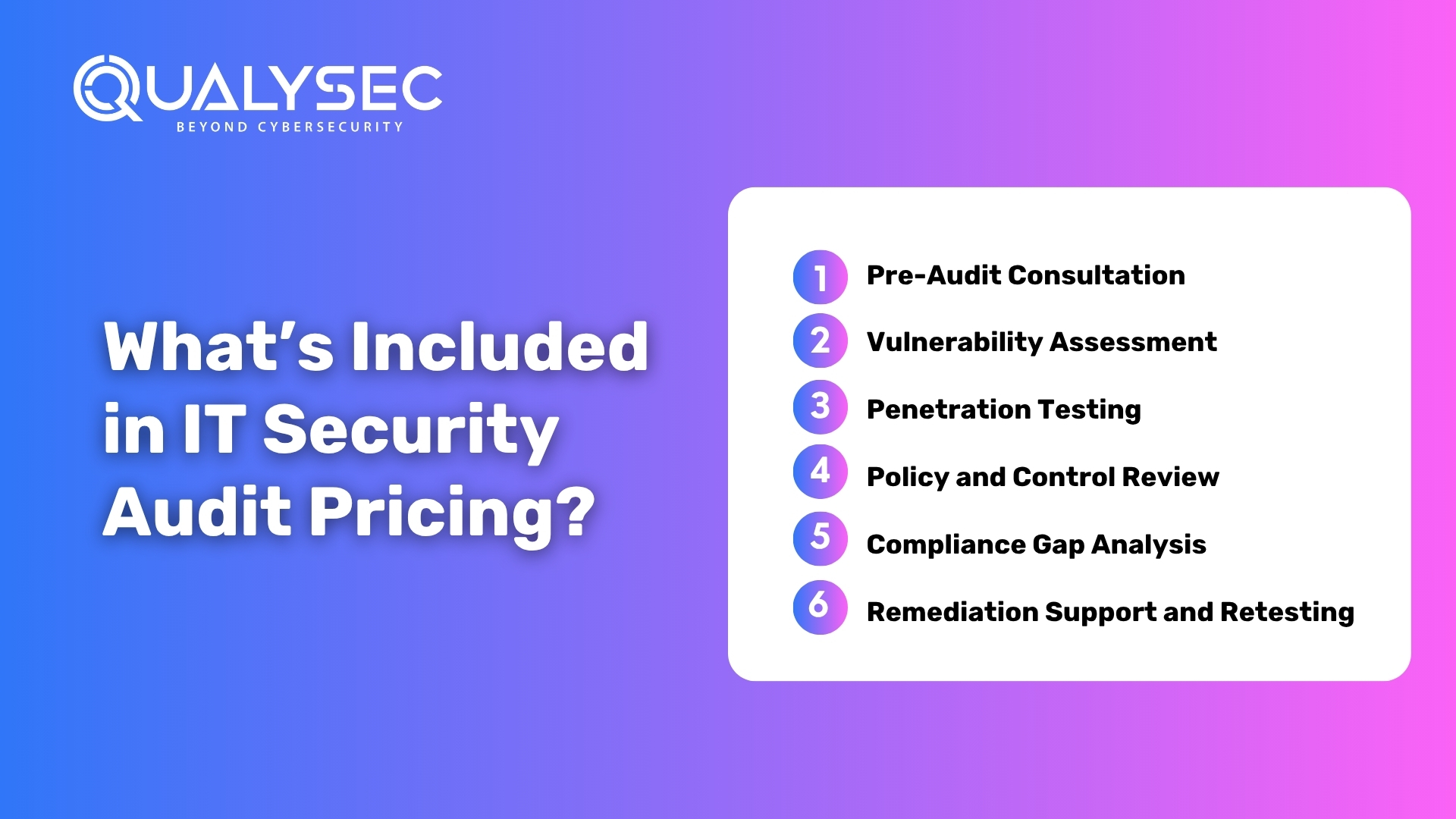



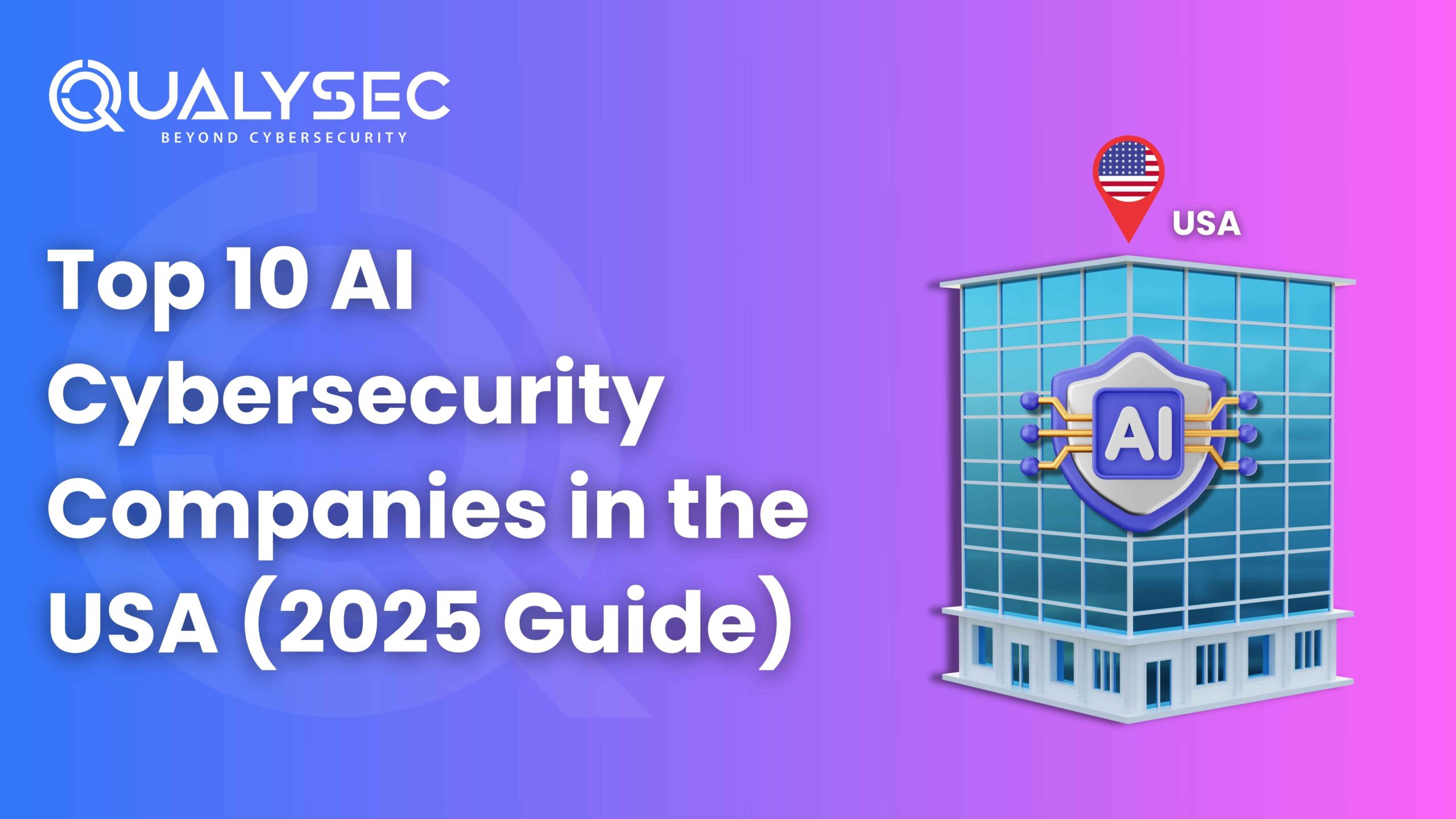
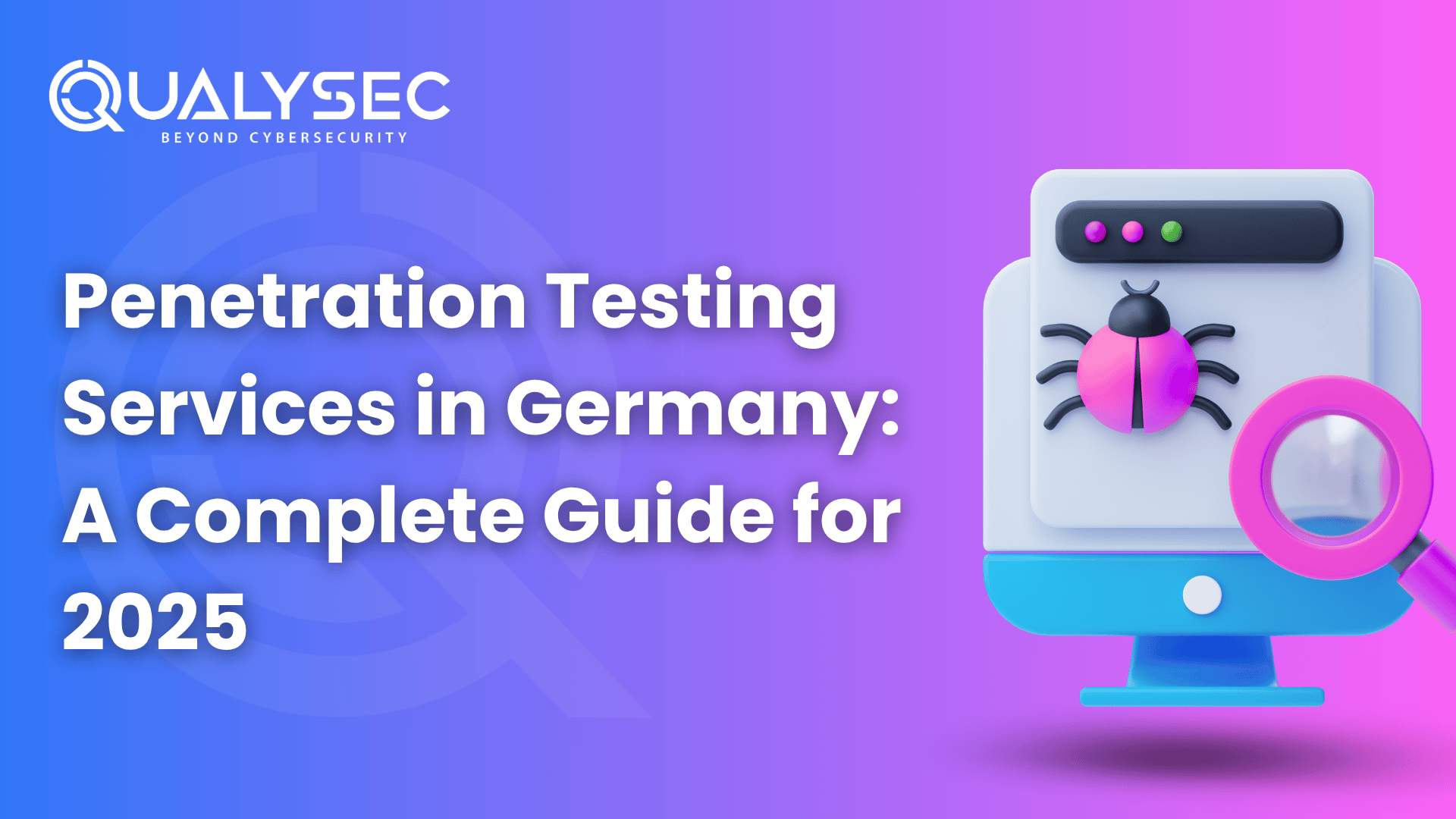
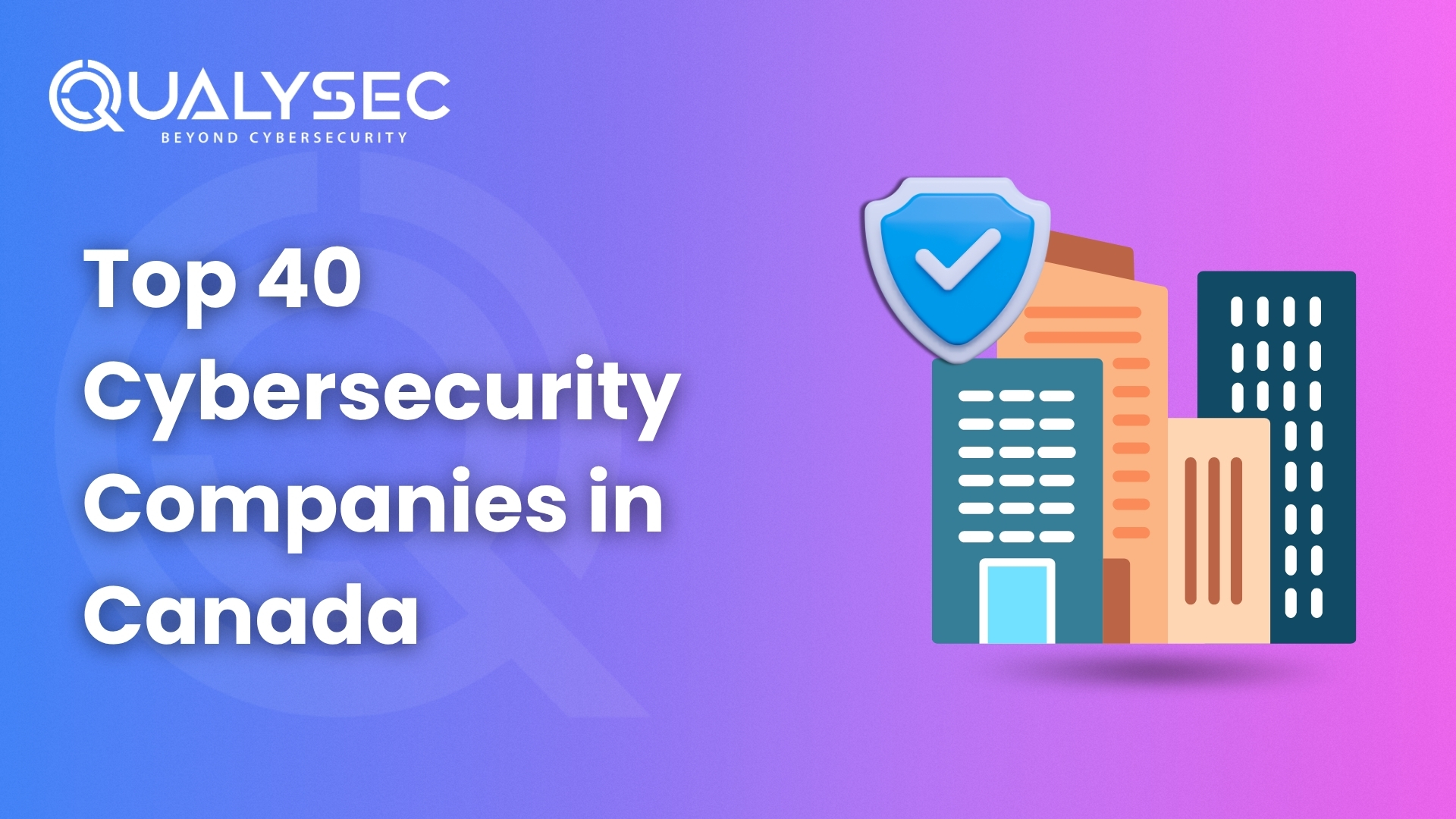
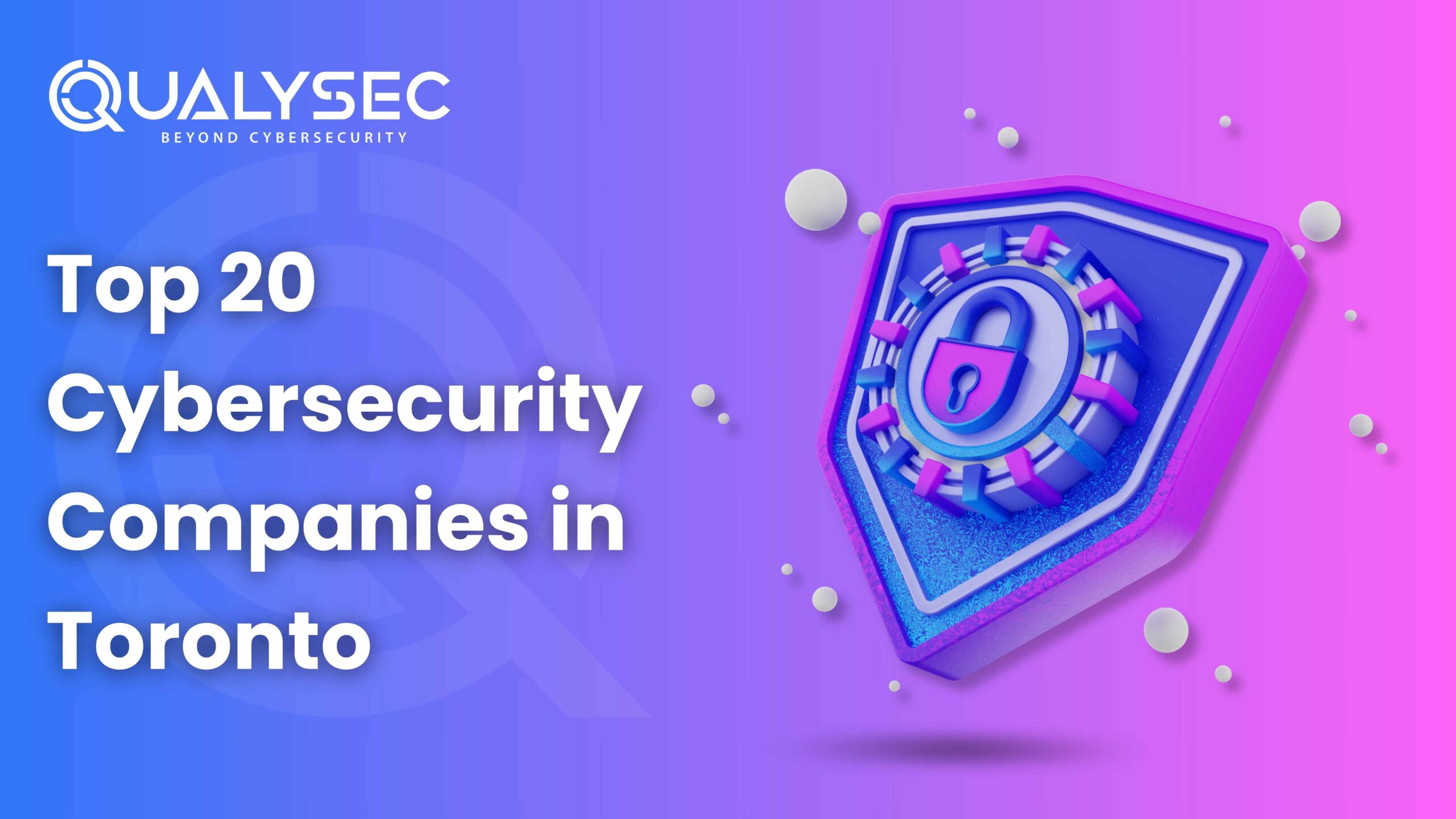
![Top 20 Network Security Companies in USA [2025 Updated List]](https://qualysec.com/wp-content/uploads/2025/05/Top-20-Network-Security-Companies-in-USA-2025-Updated-List-scaled.jpg)
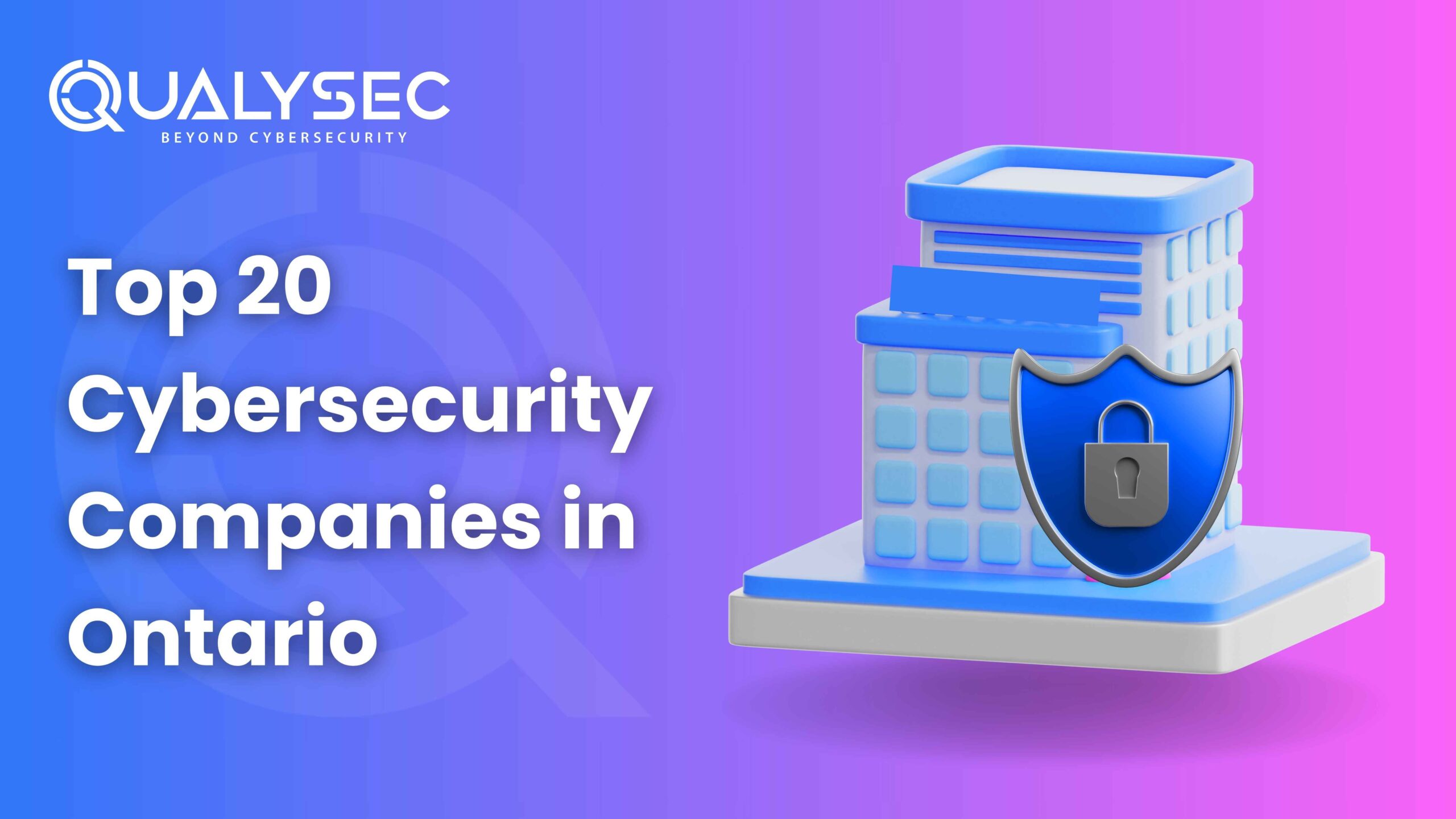
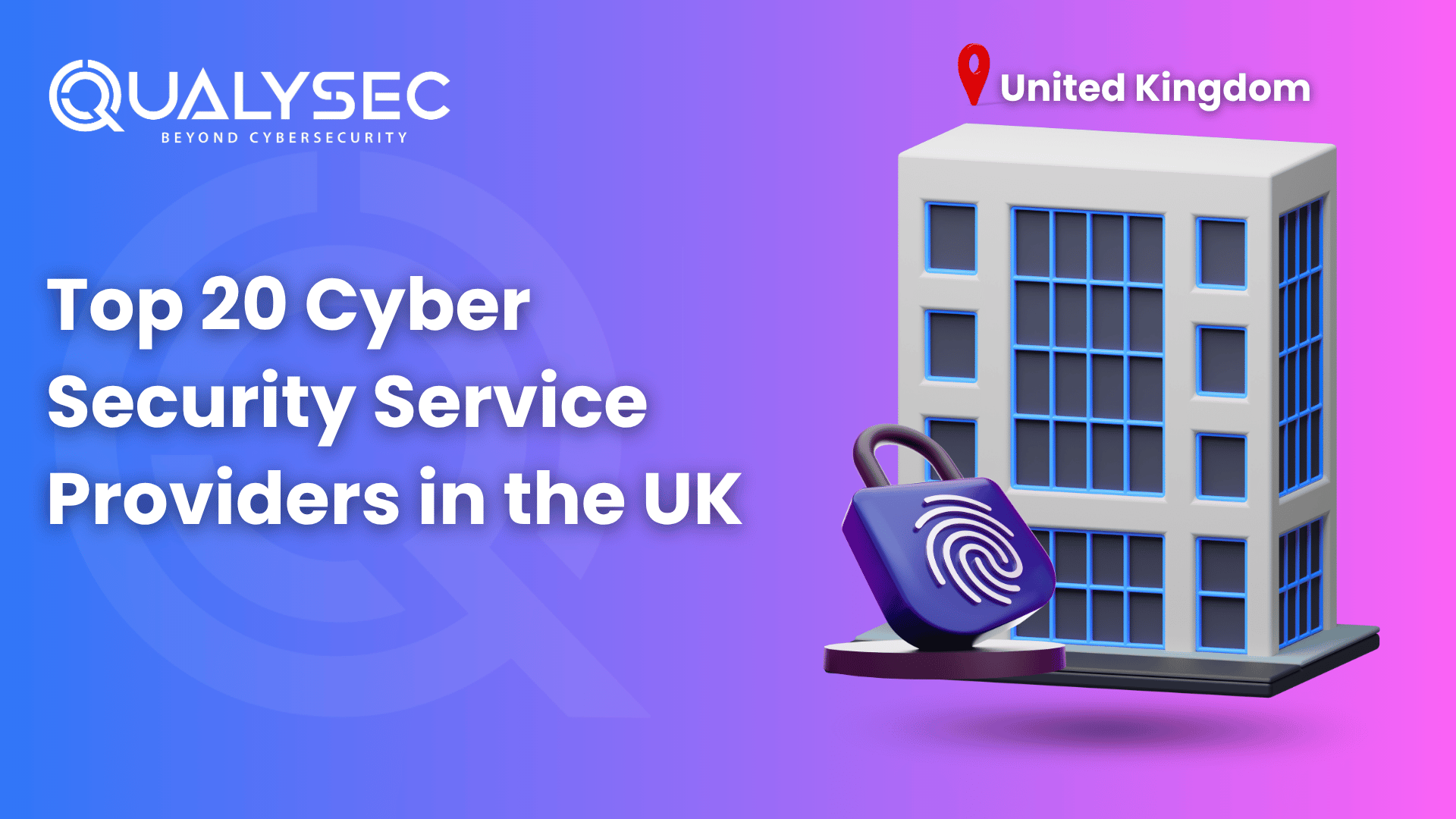
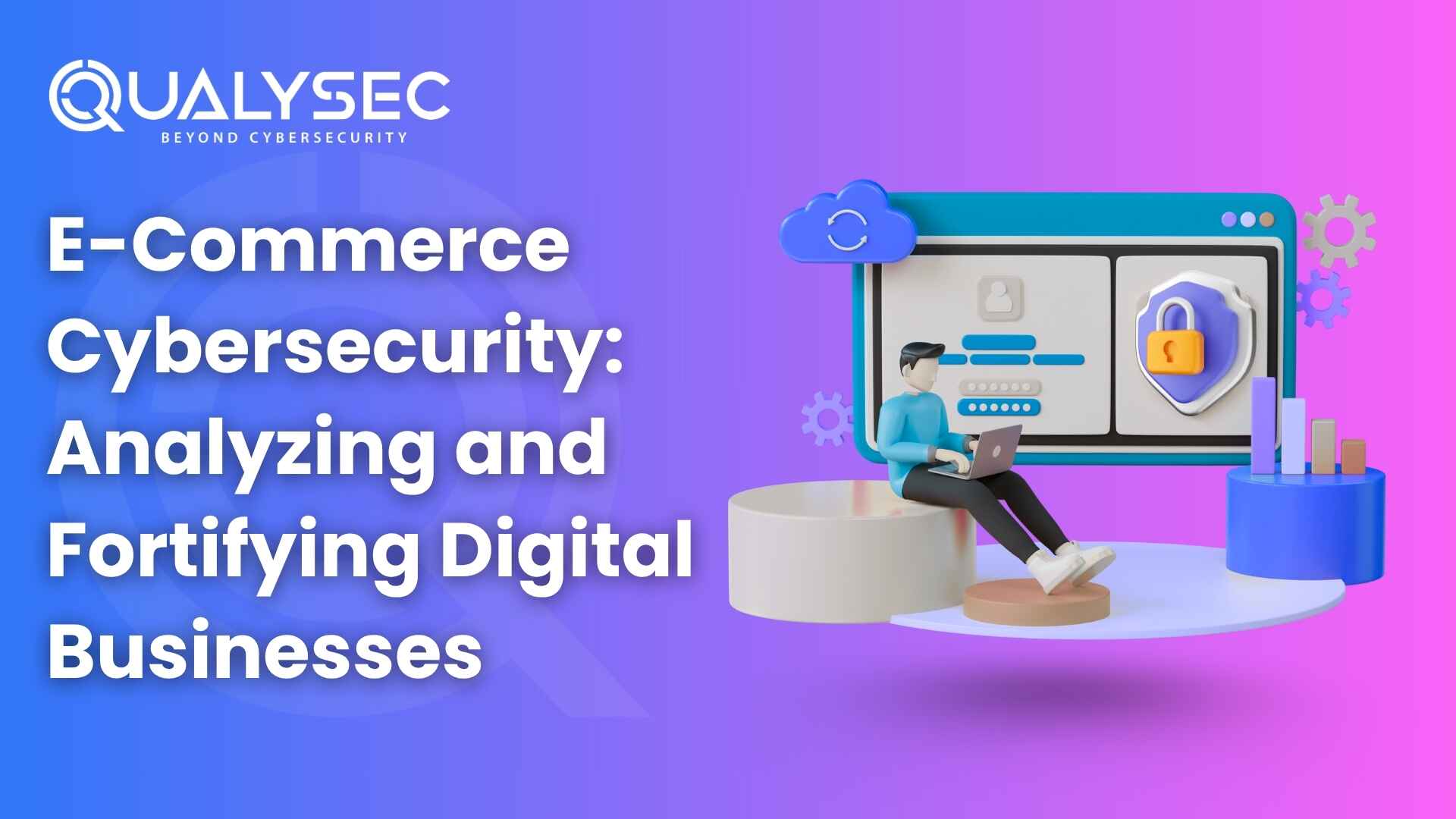
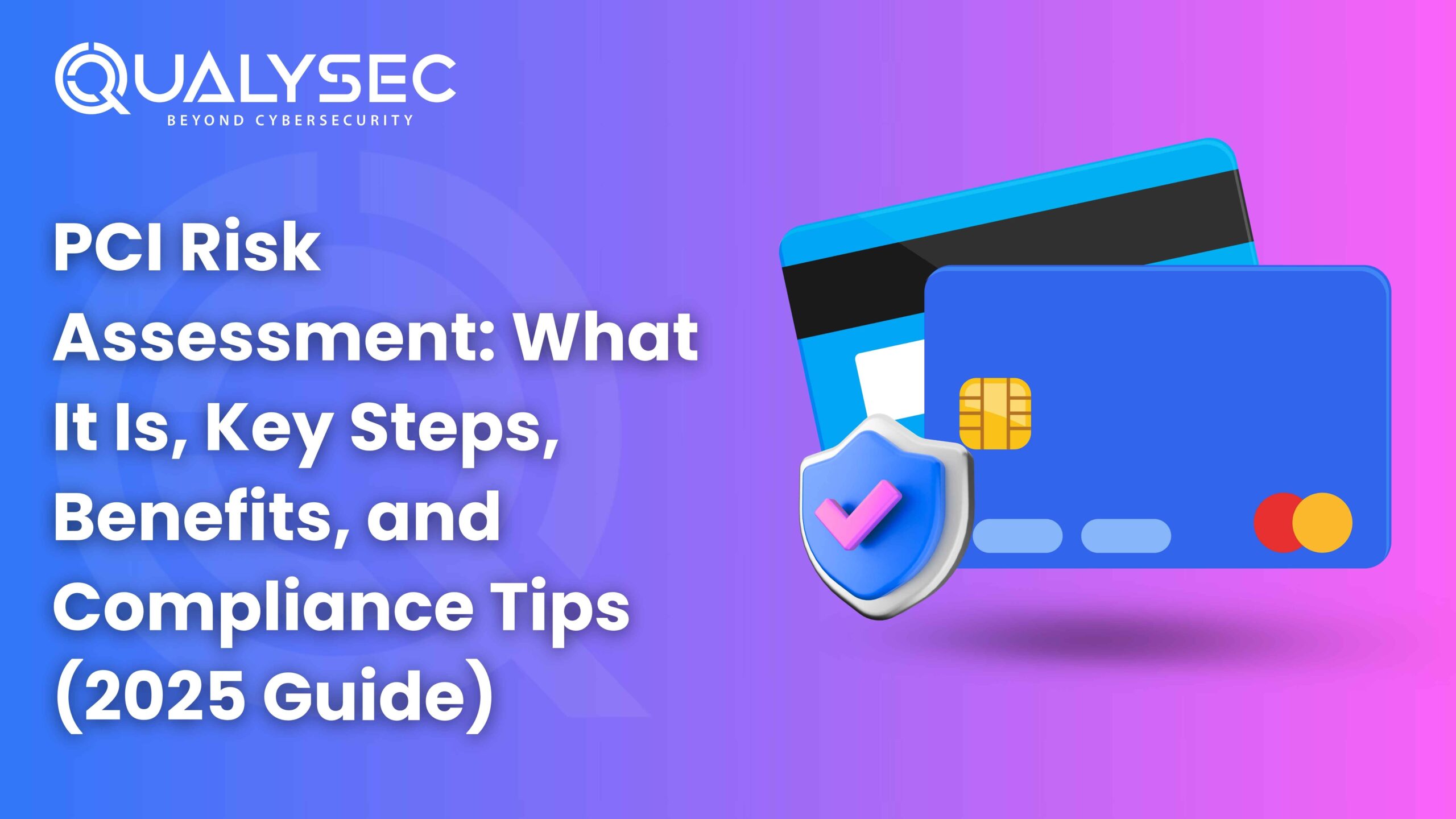
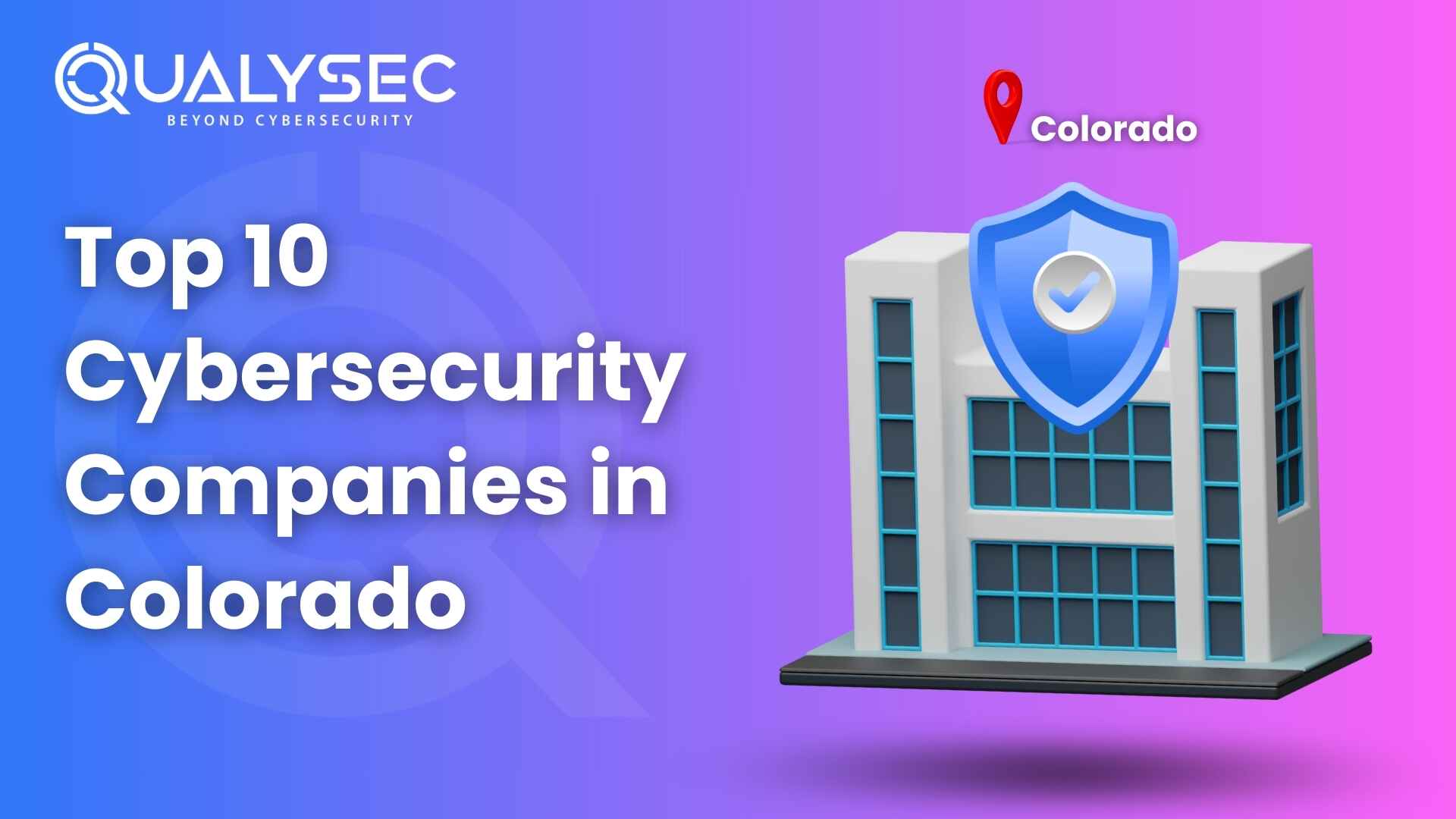
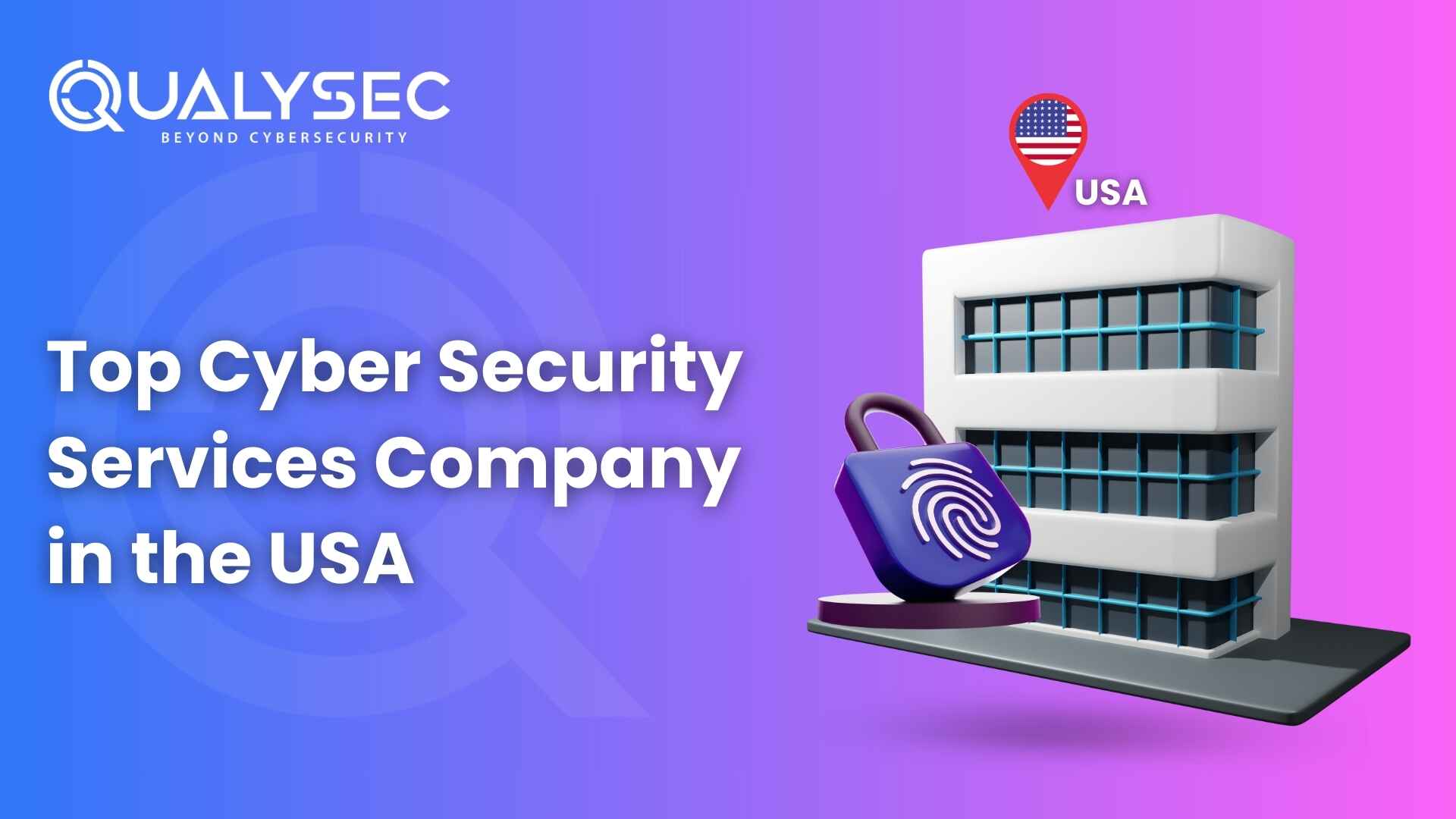

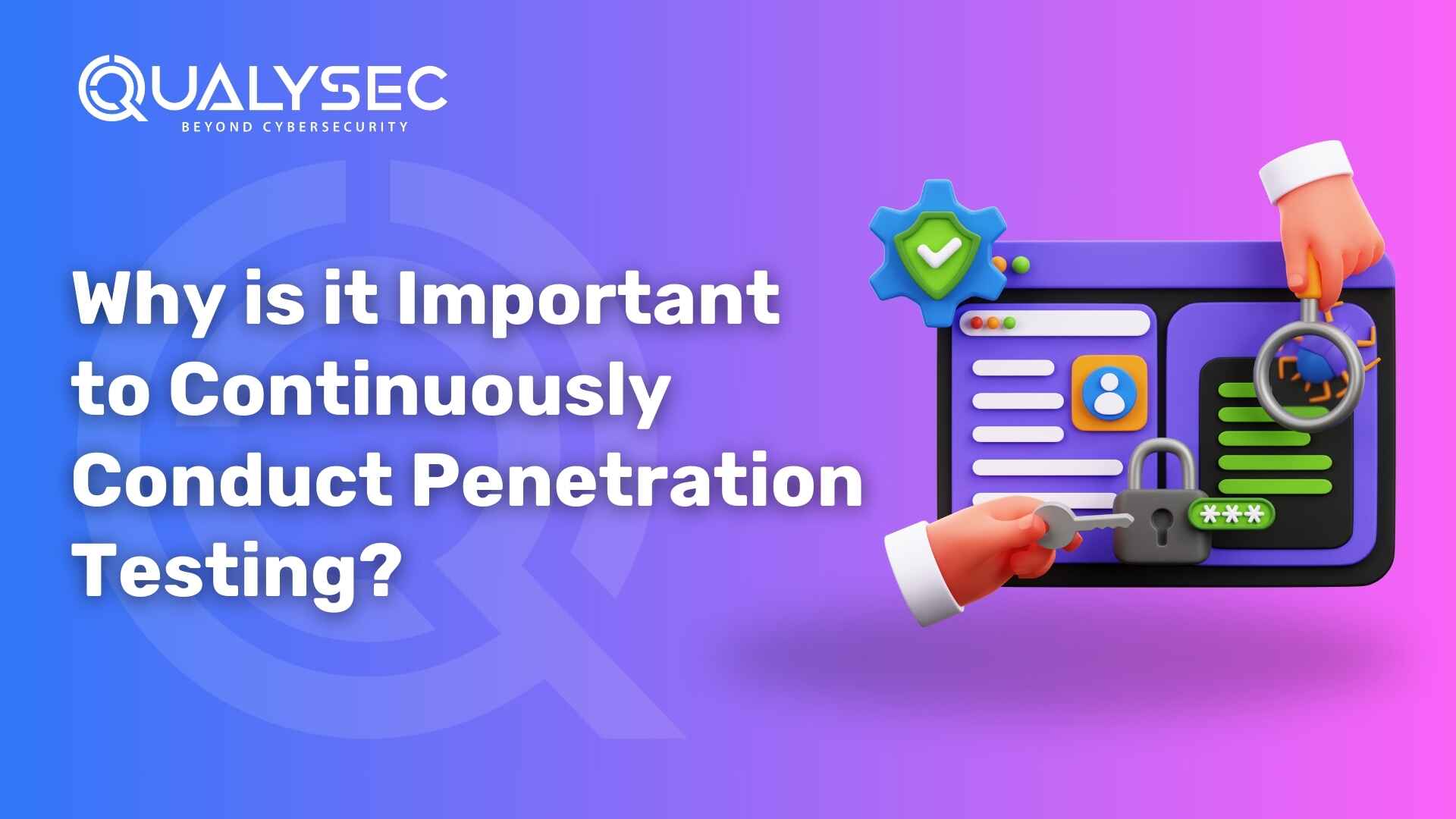
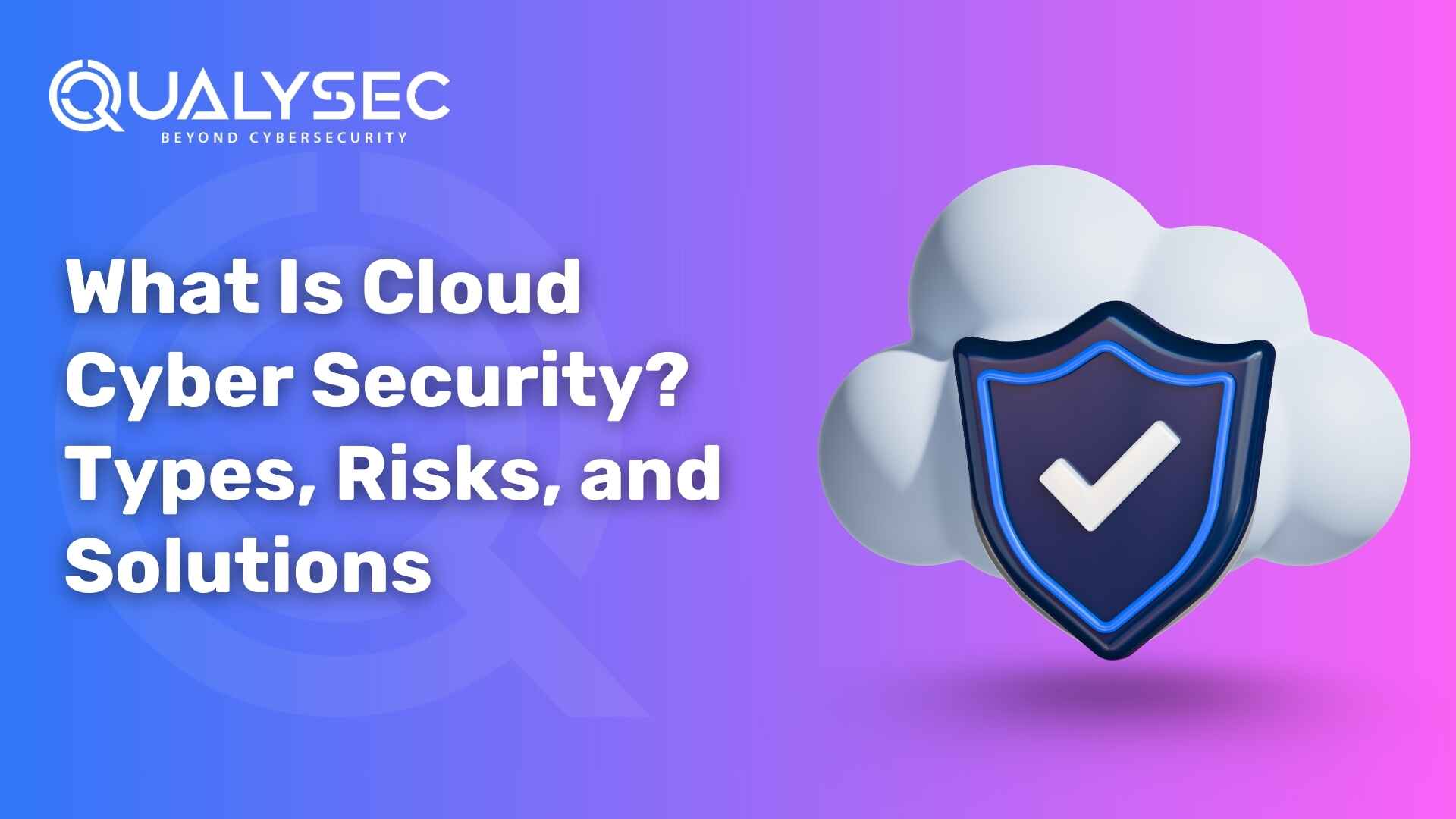
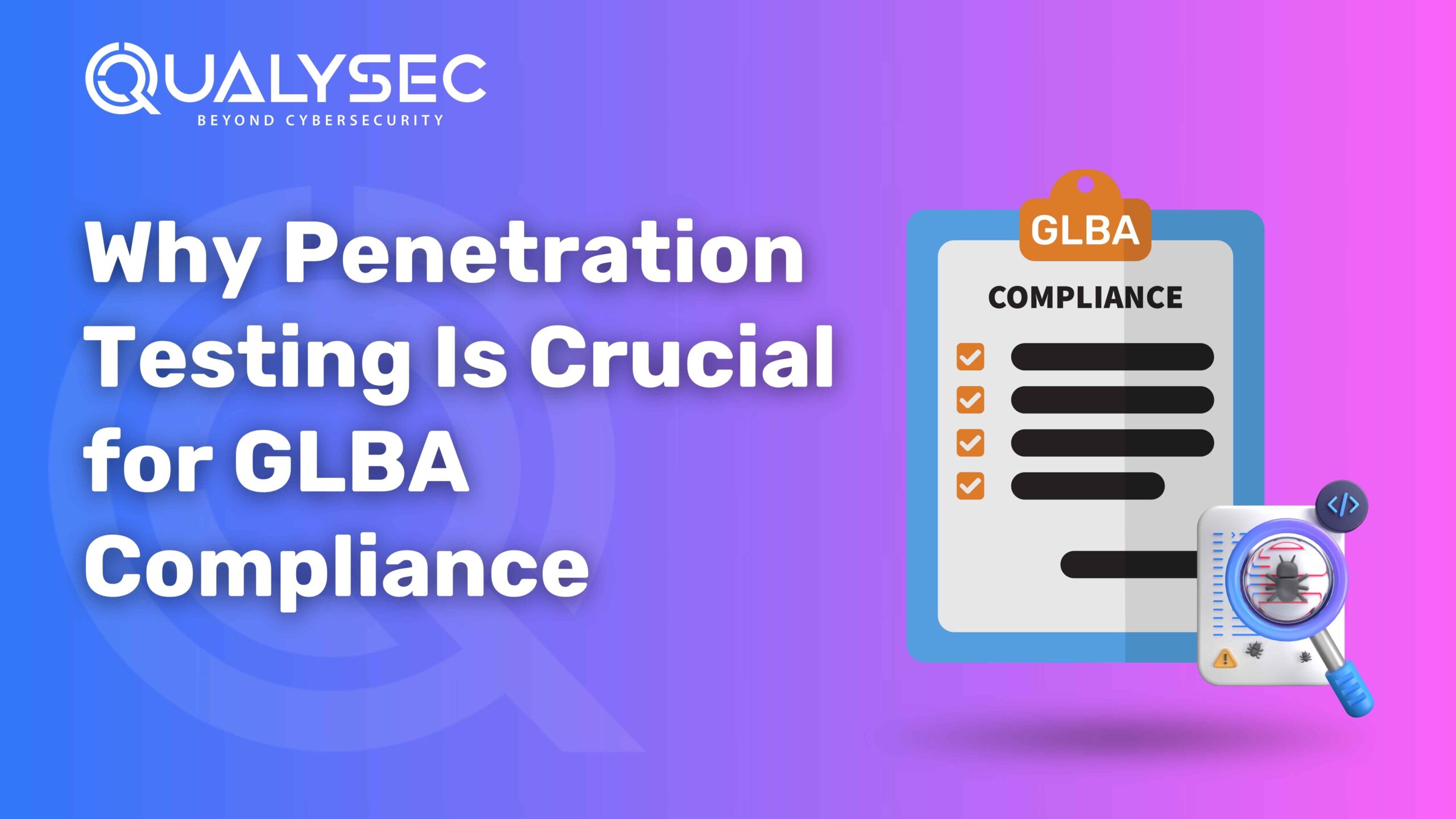
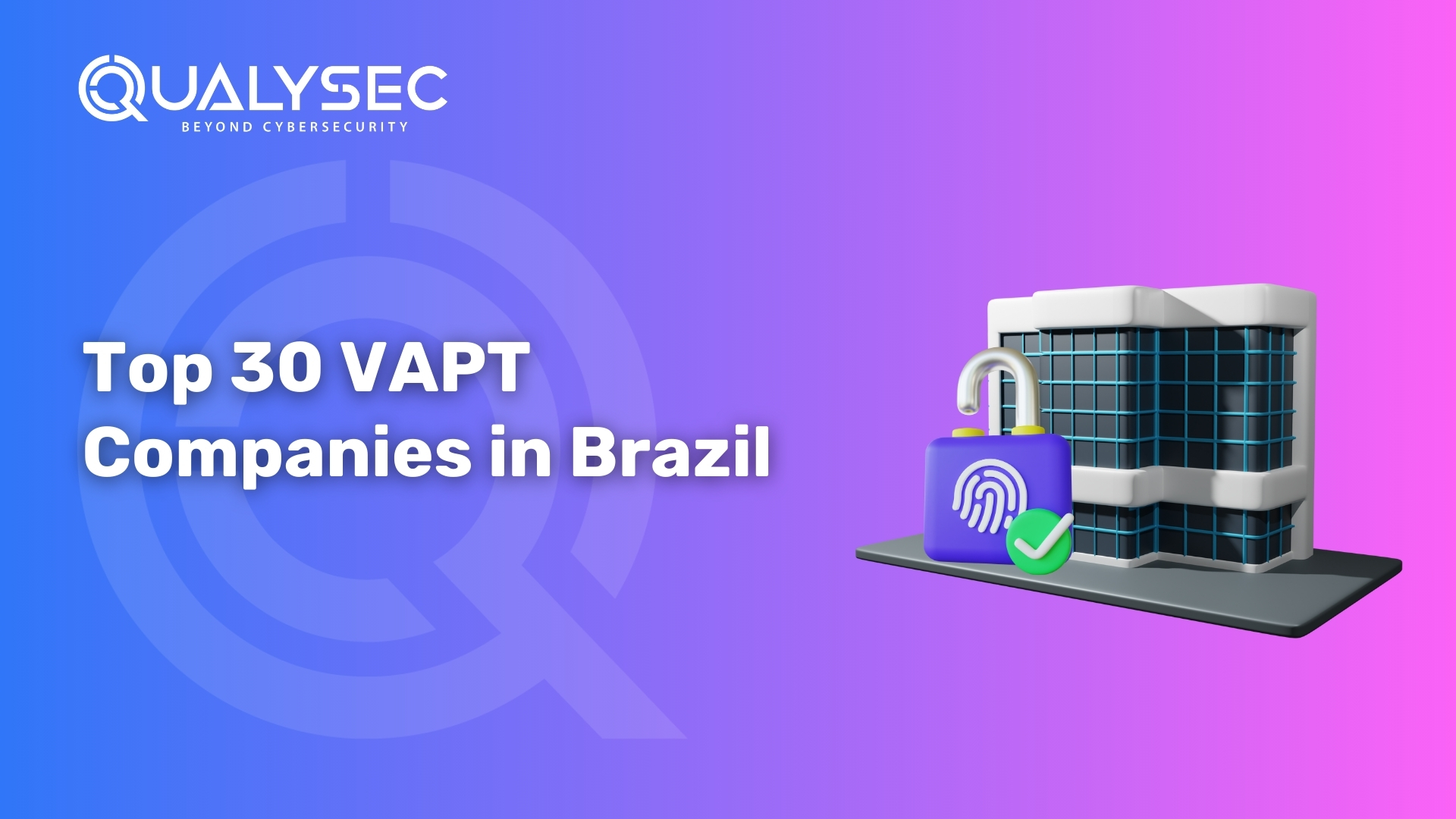
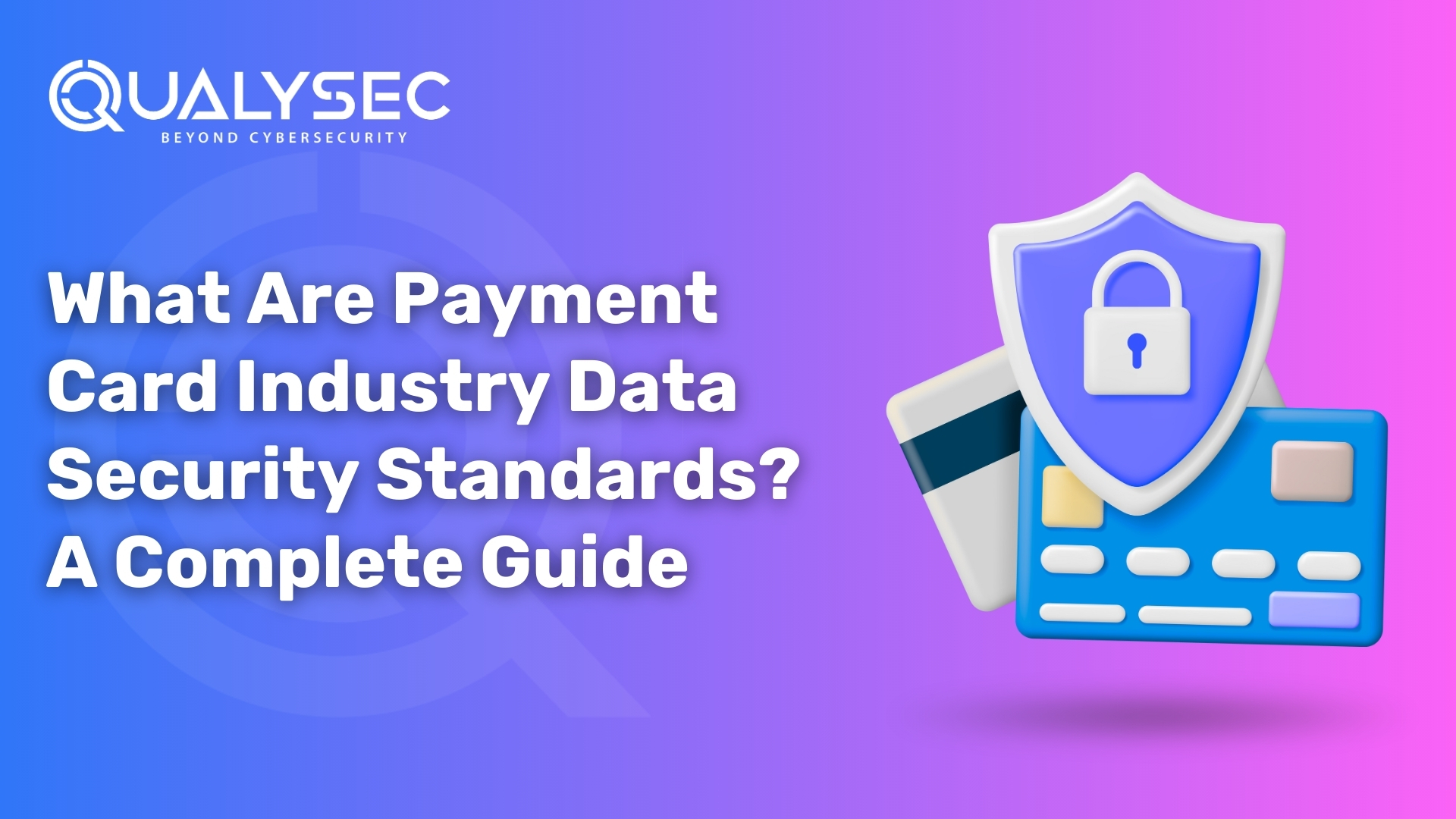
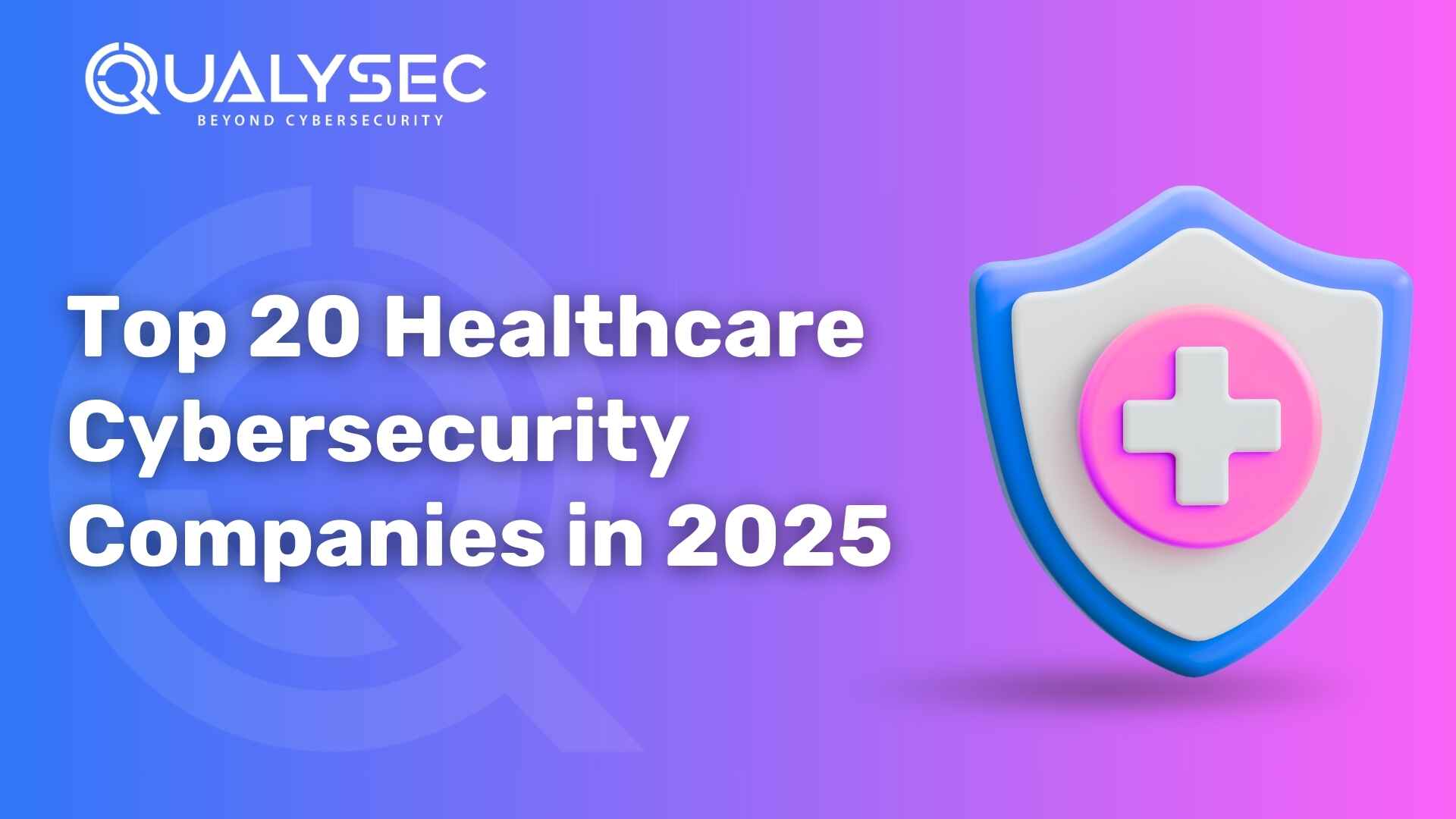
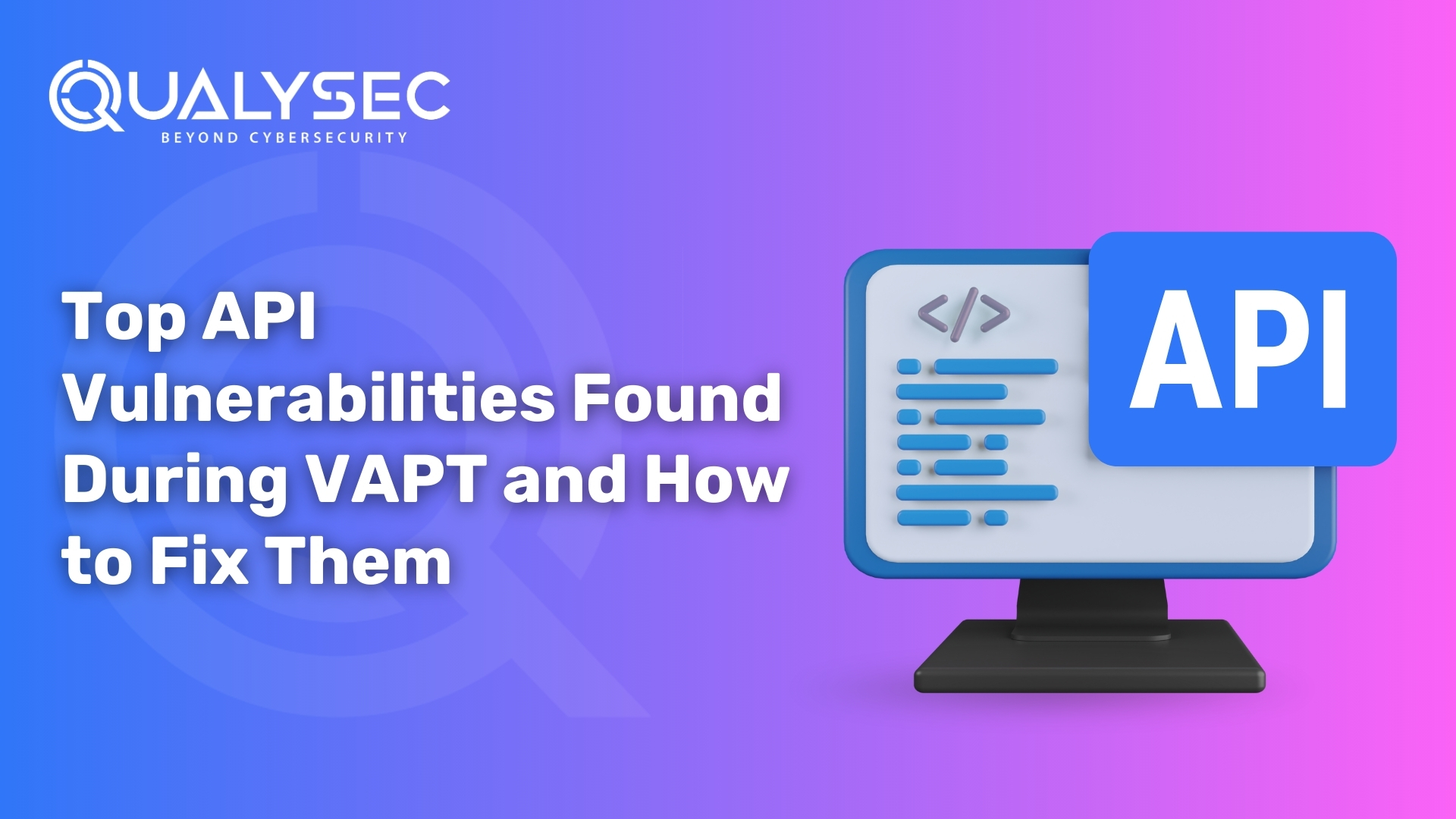
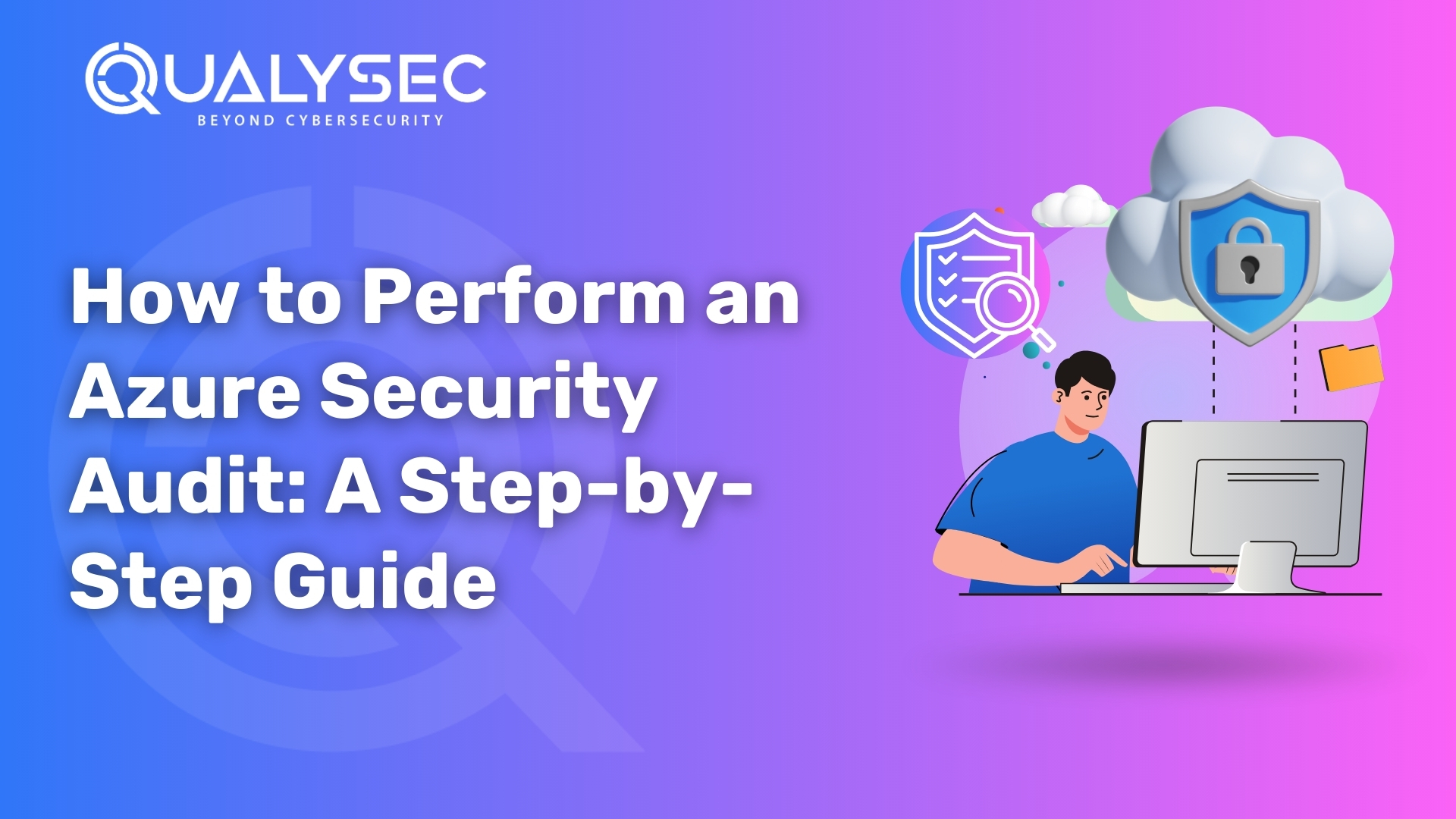
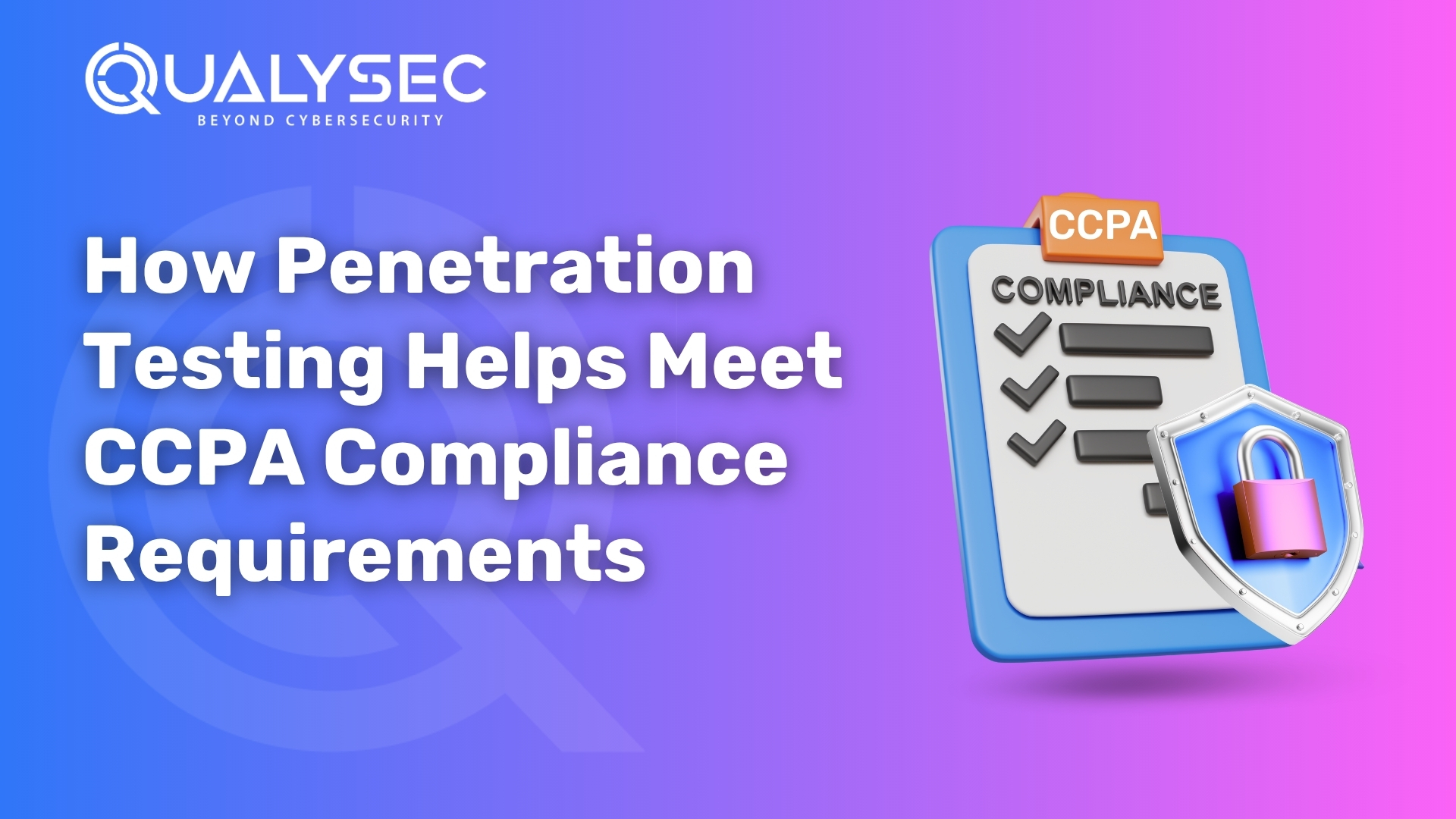
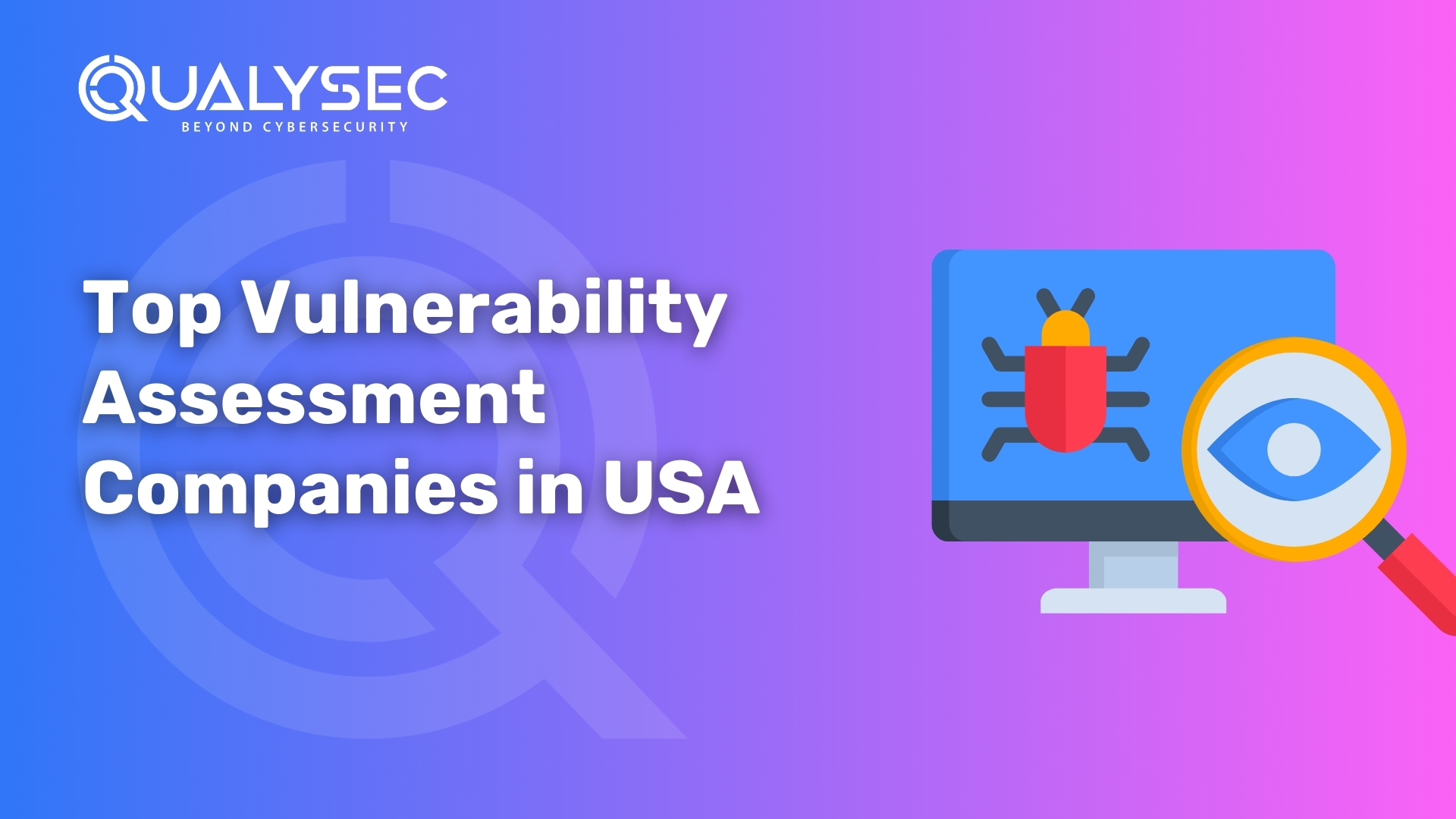
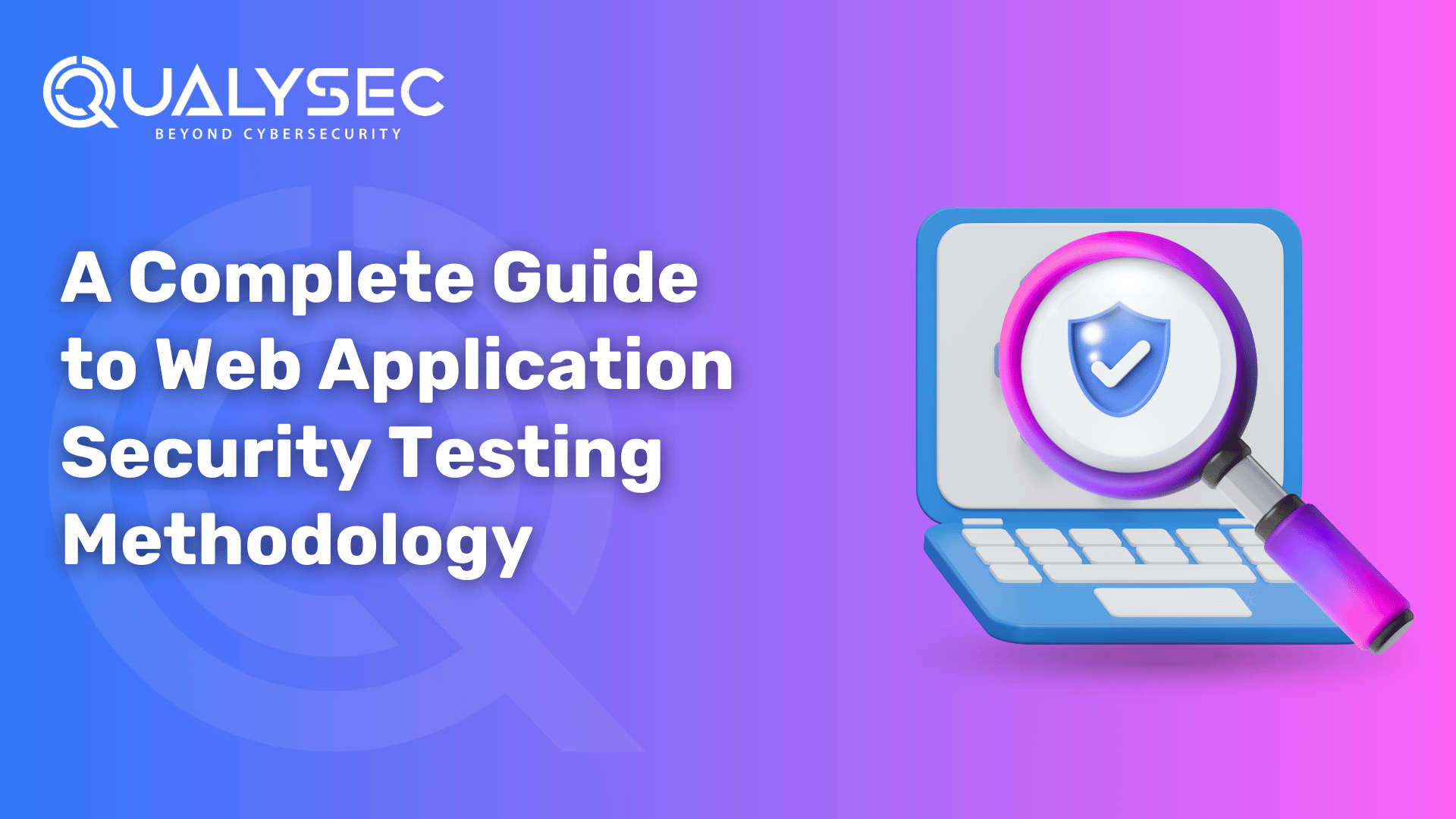
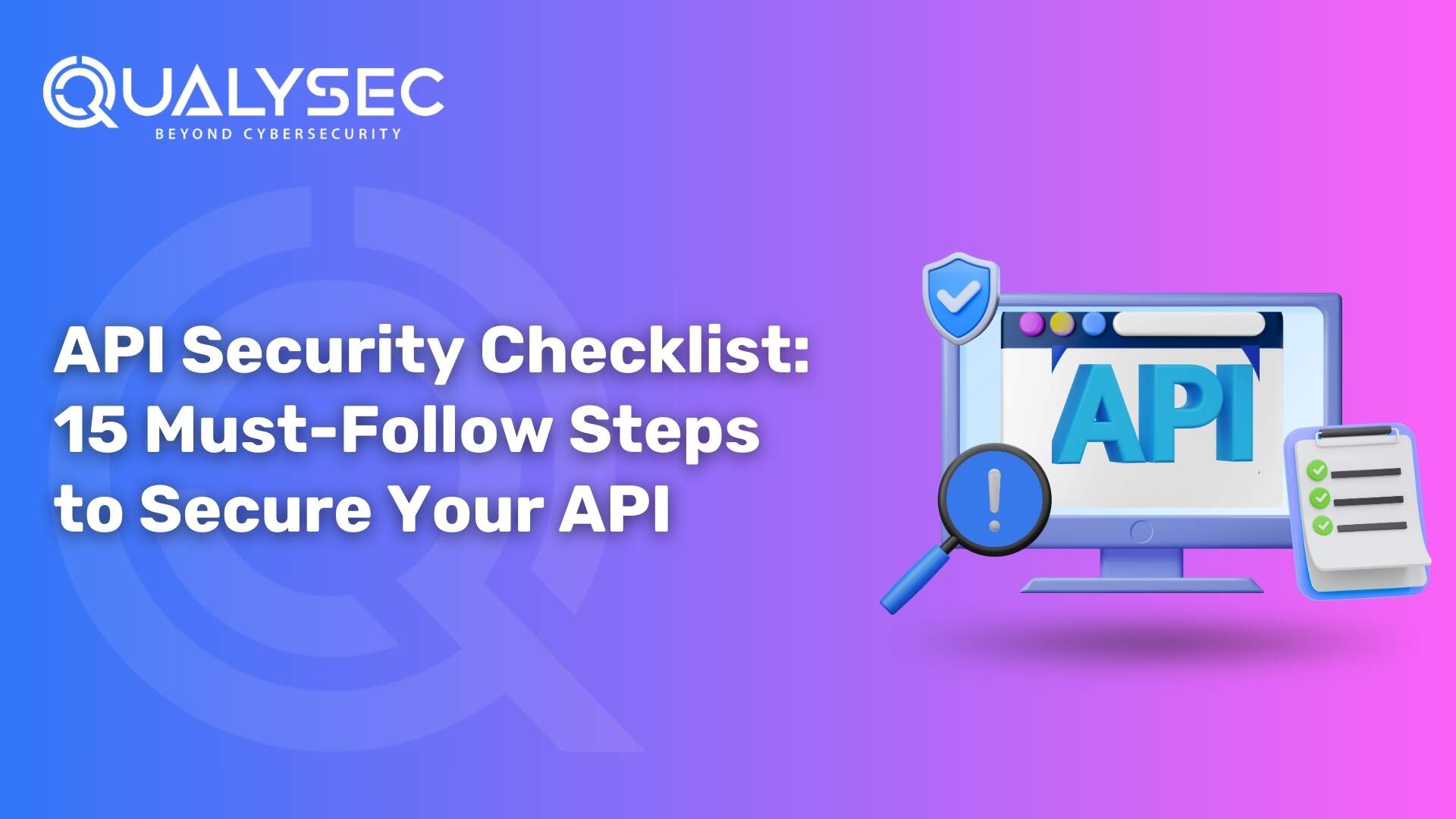
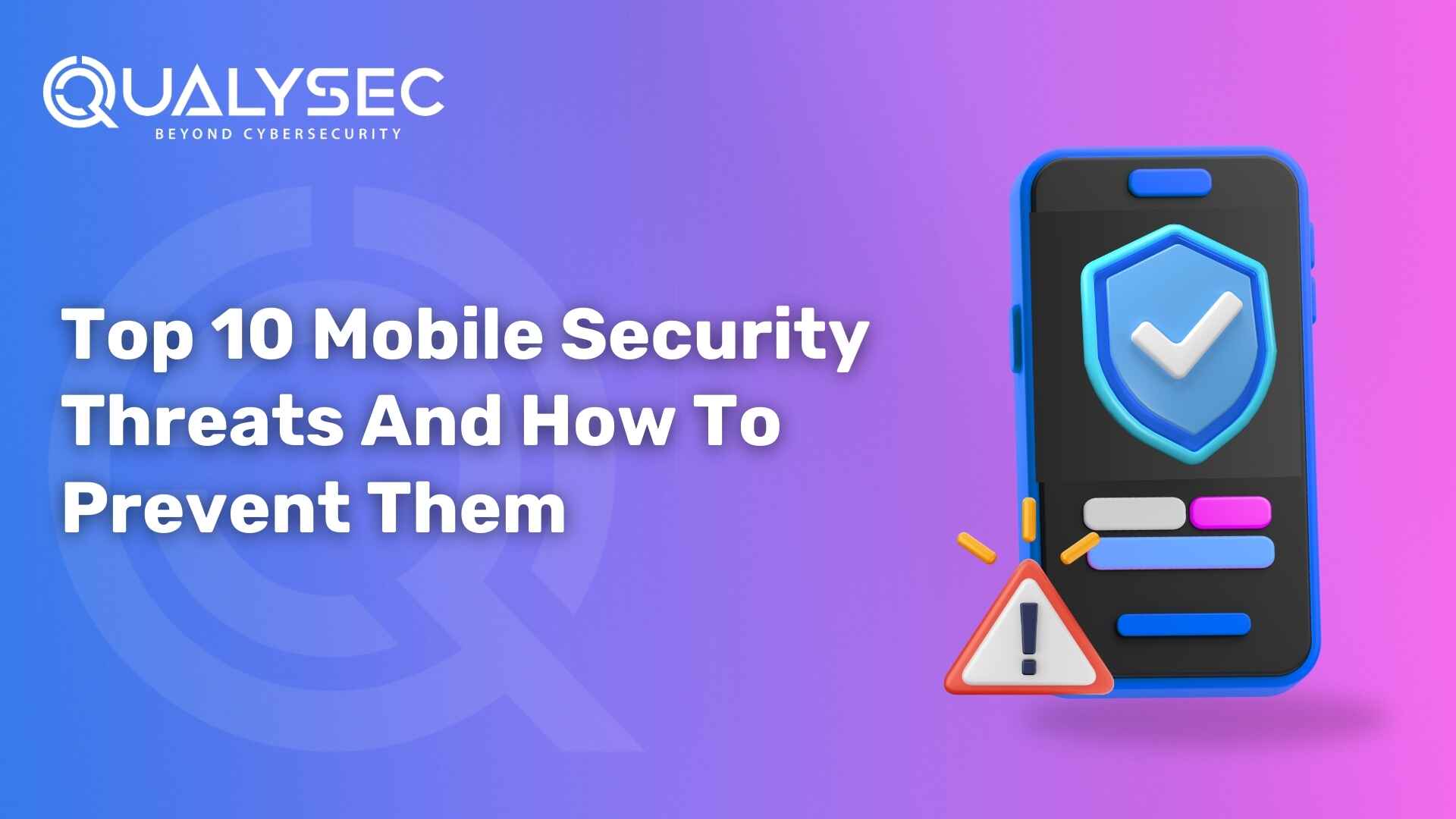
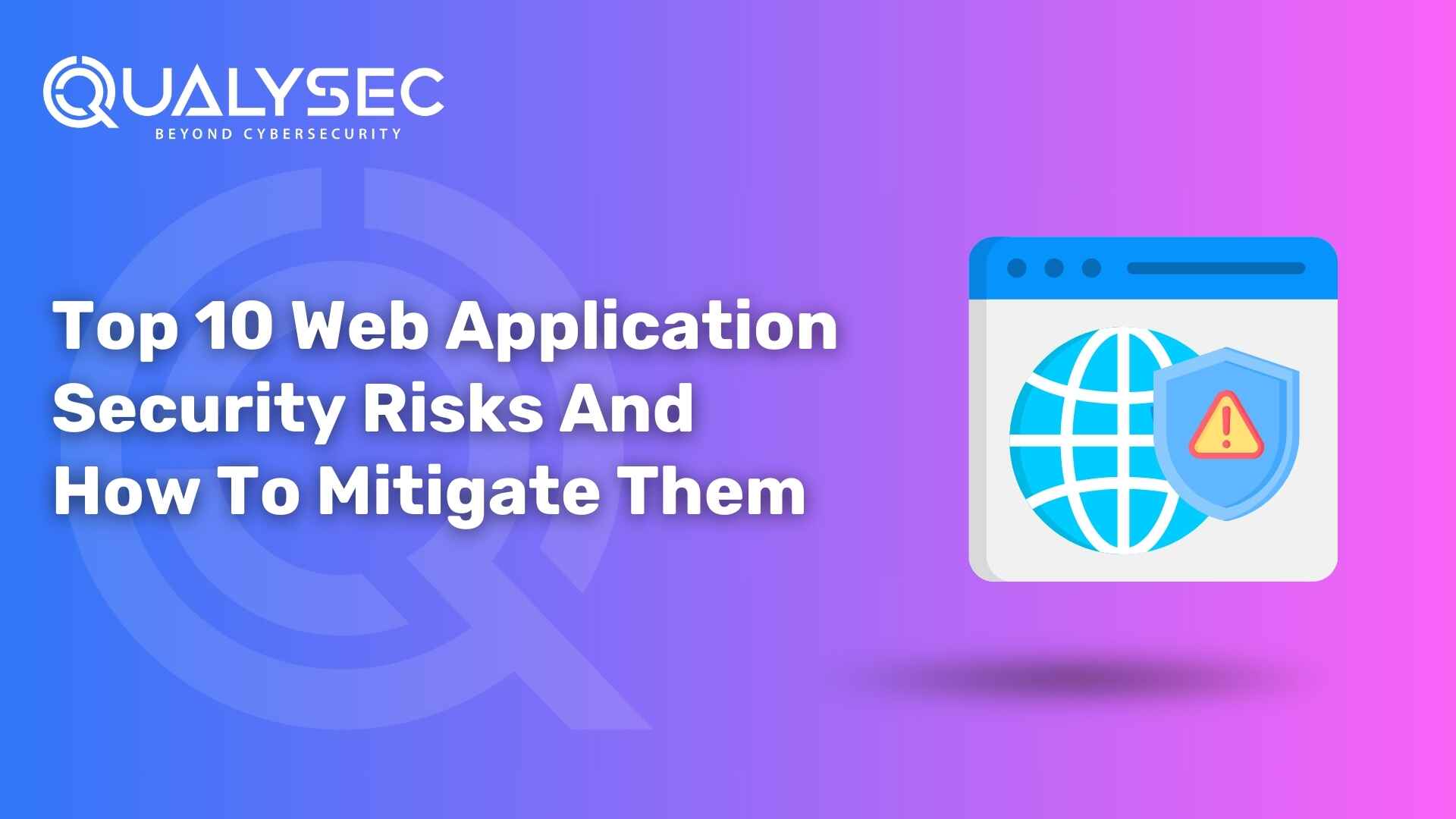
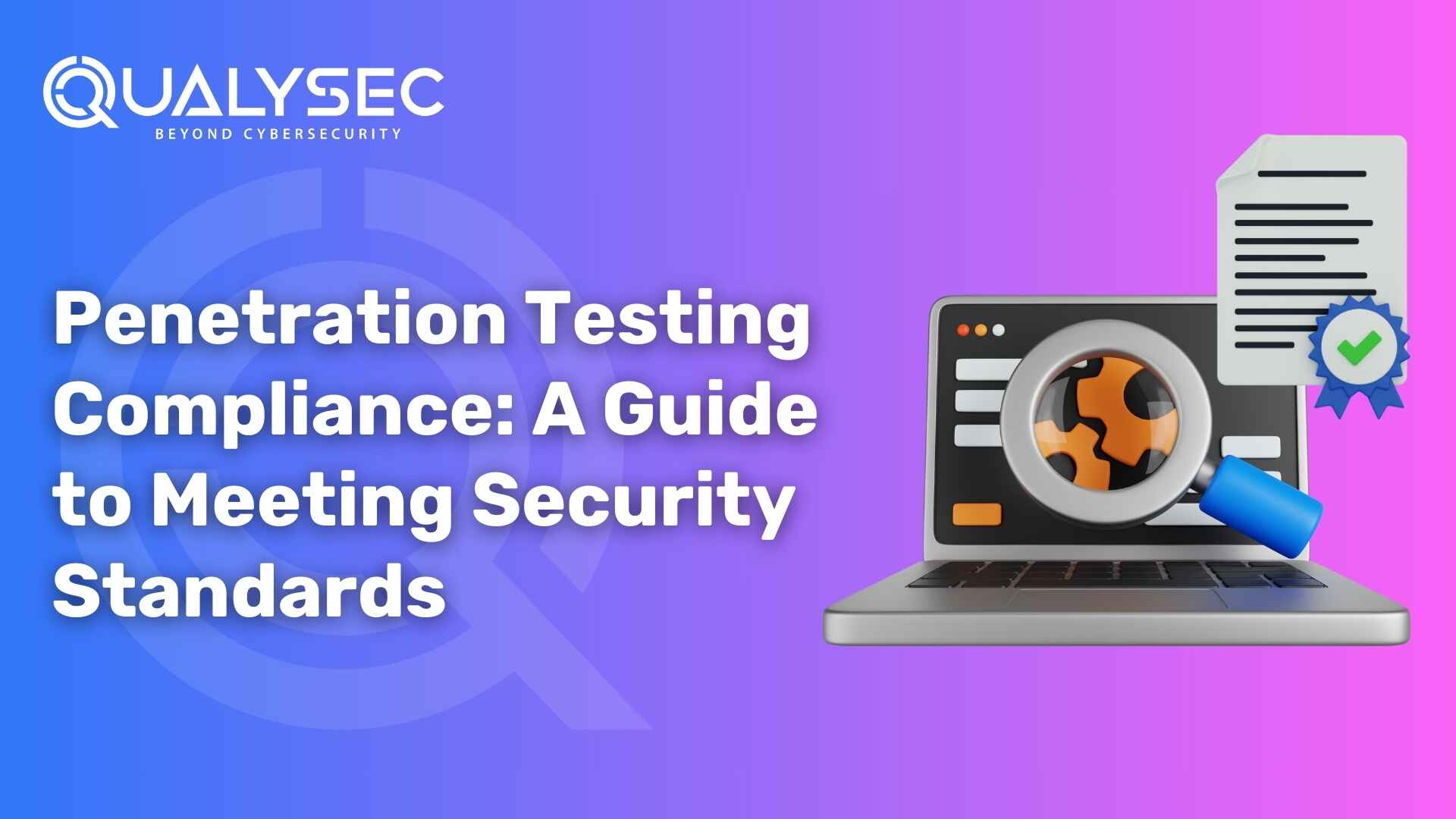
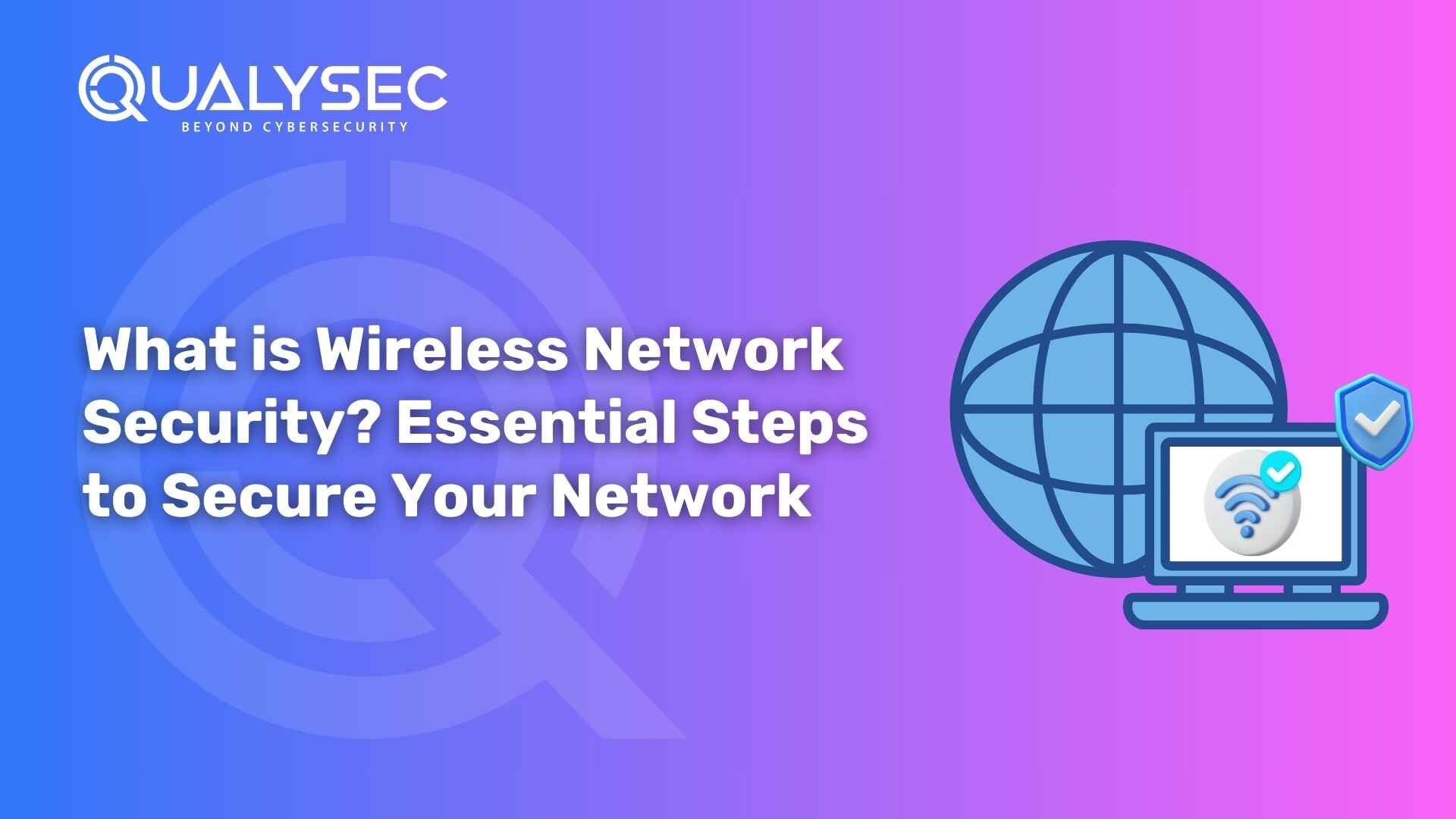
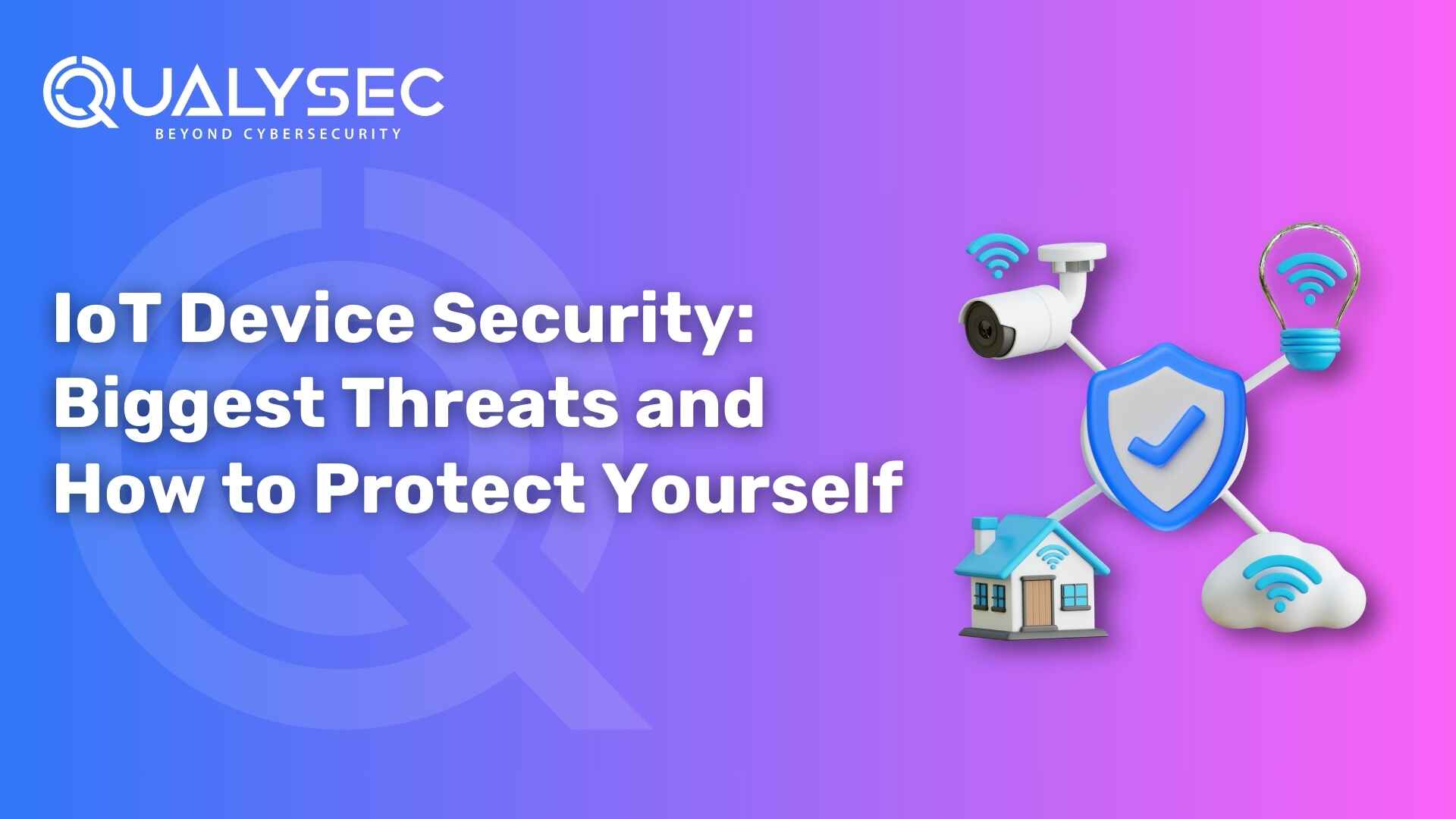
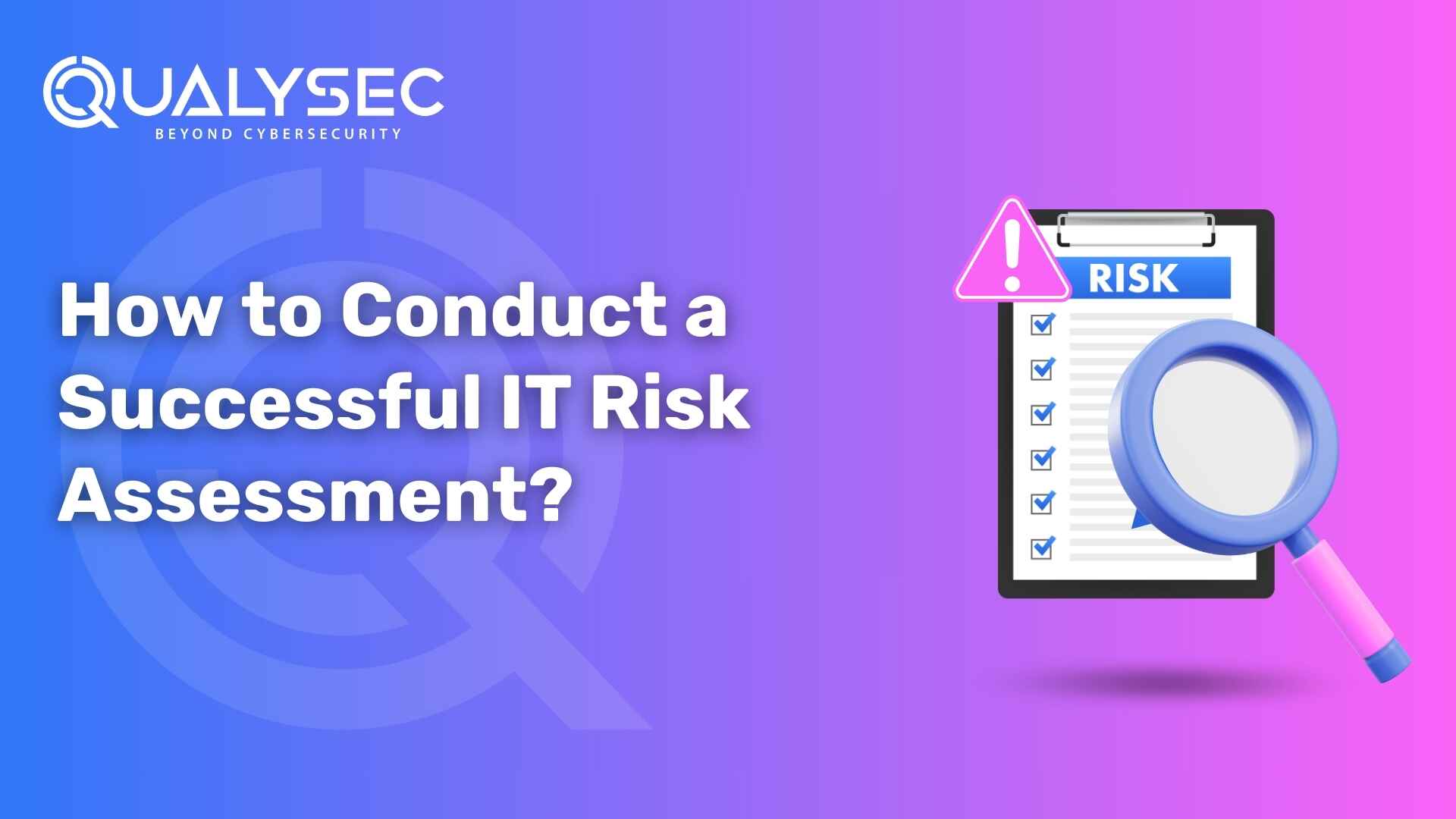
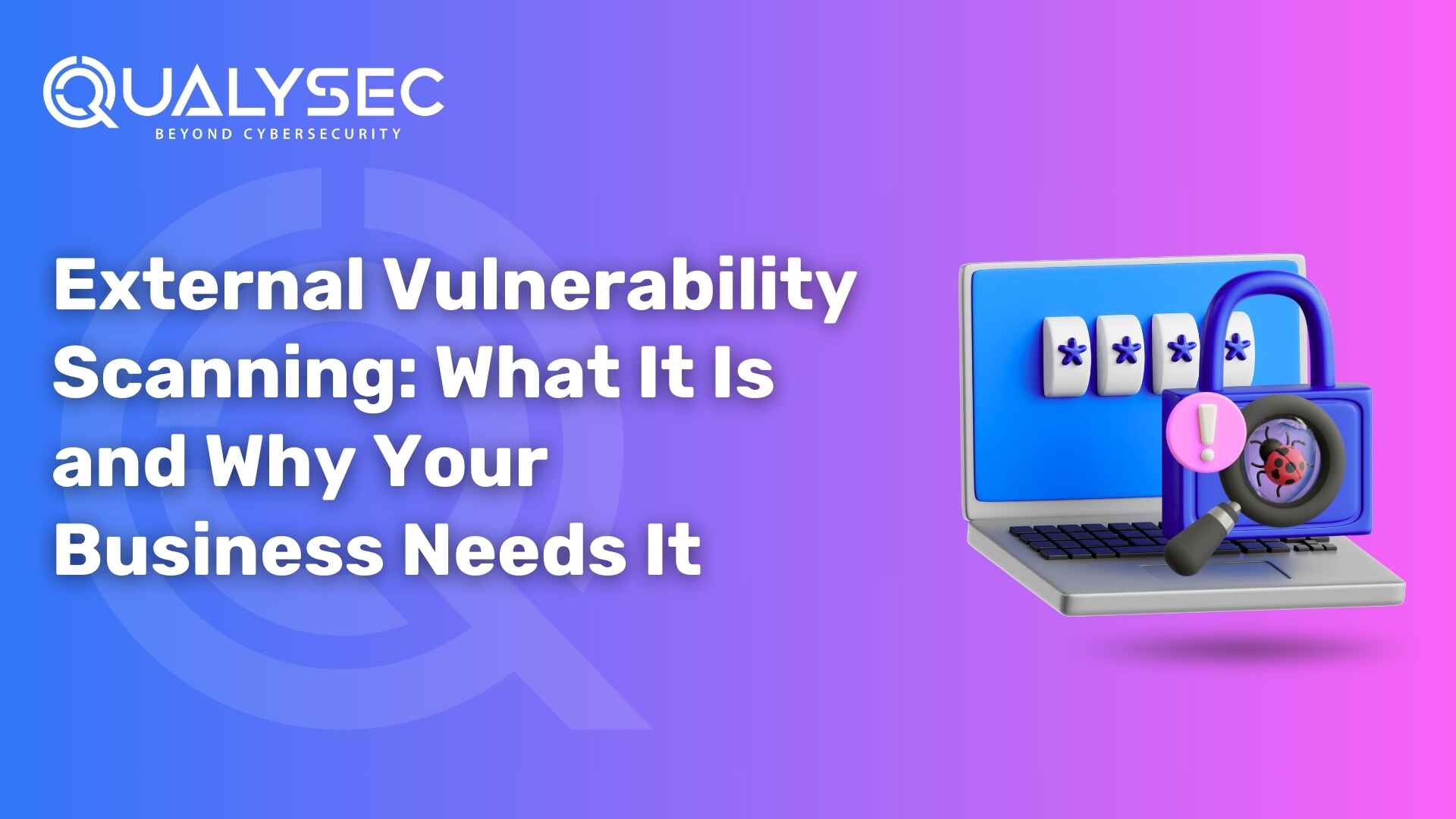
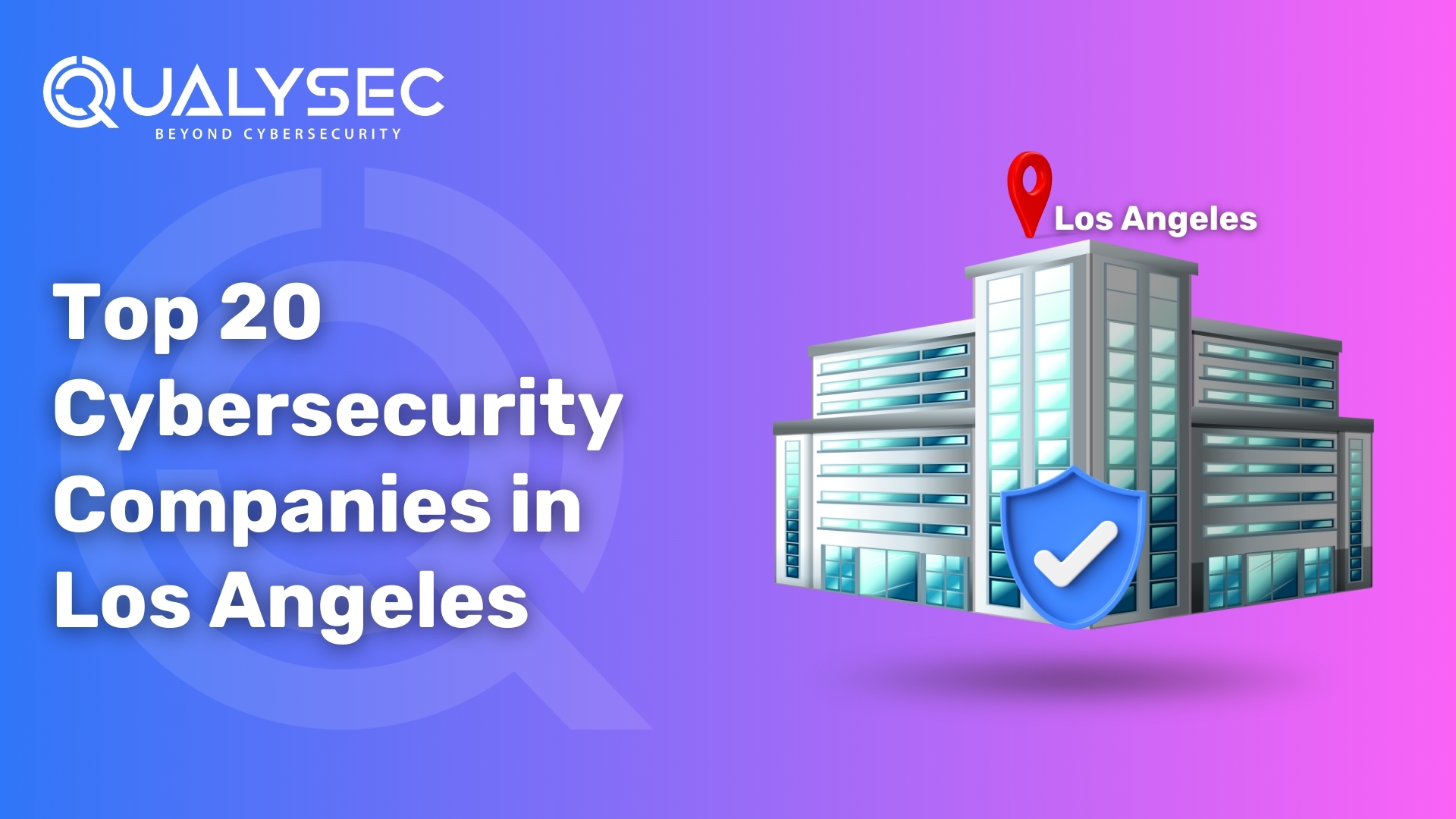
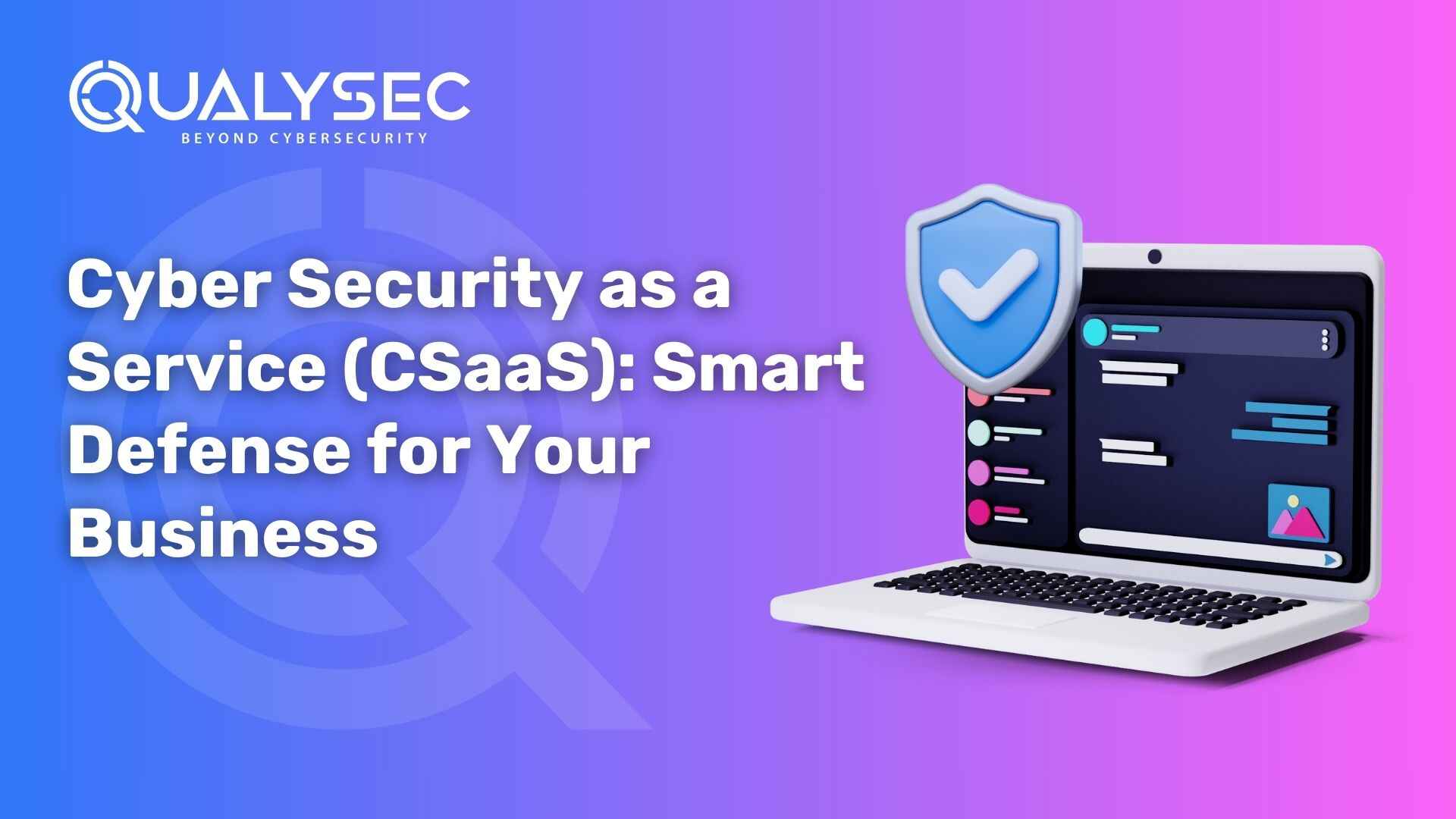
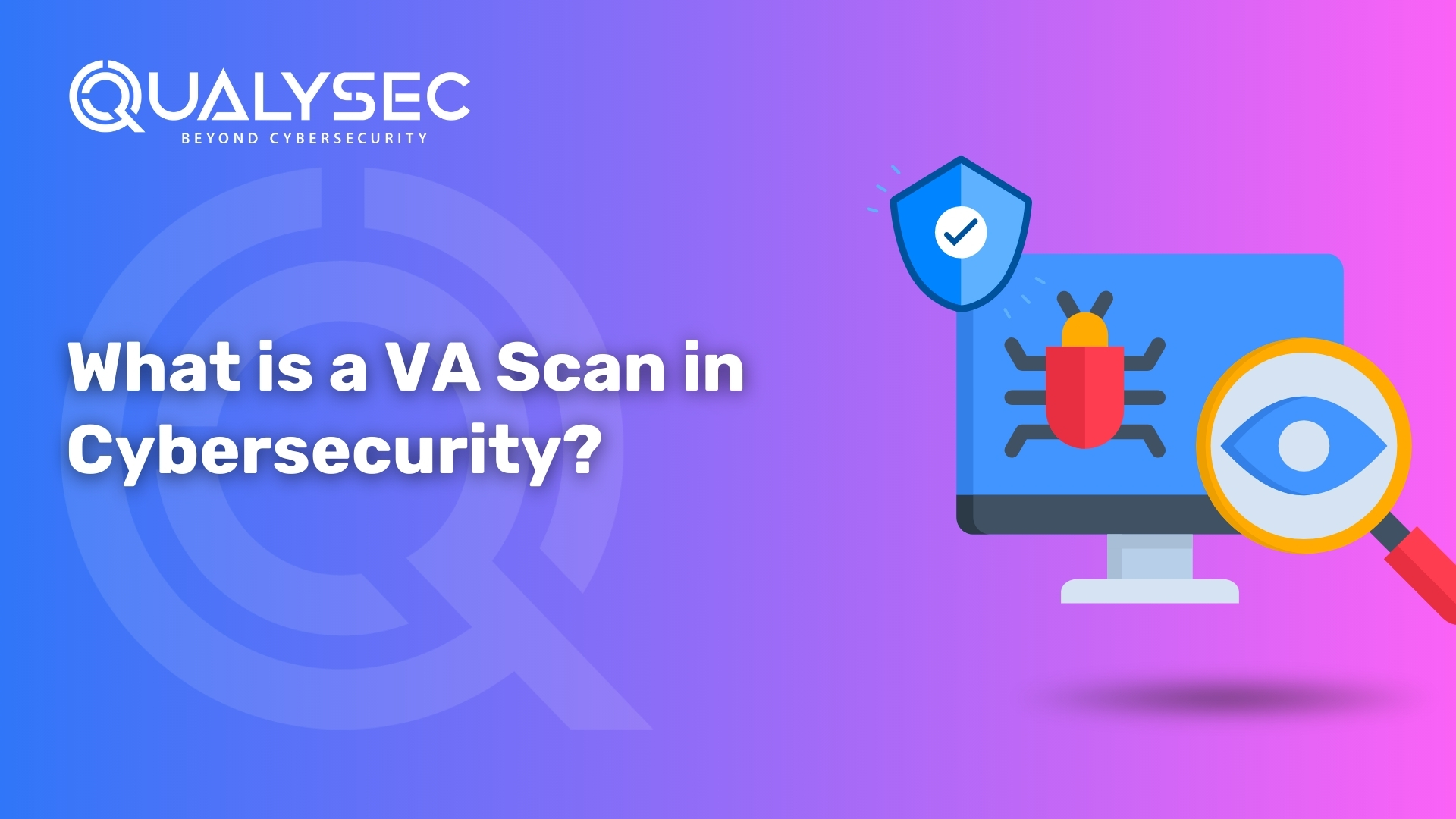
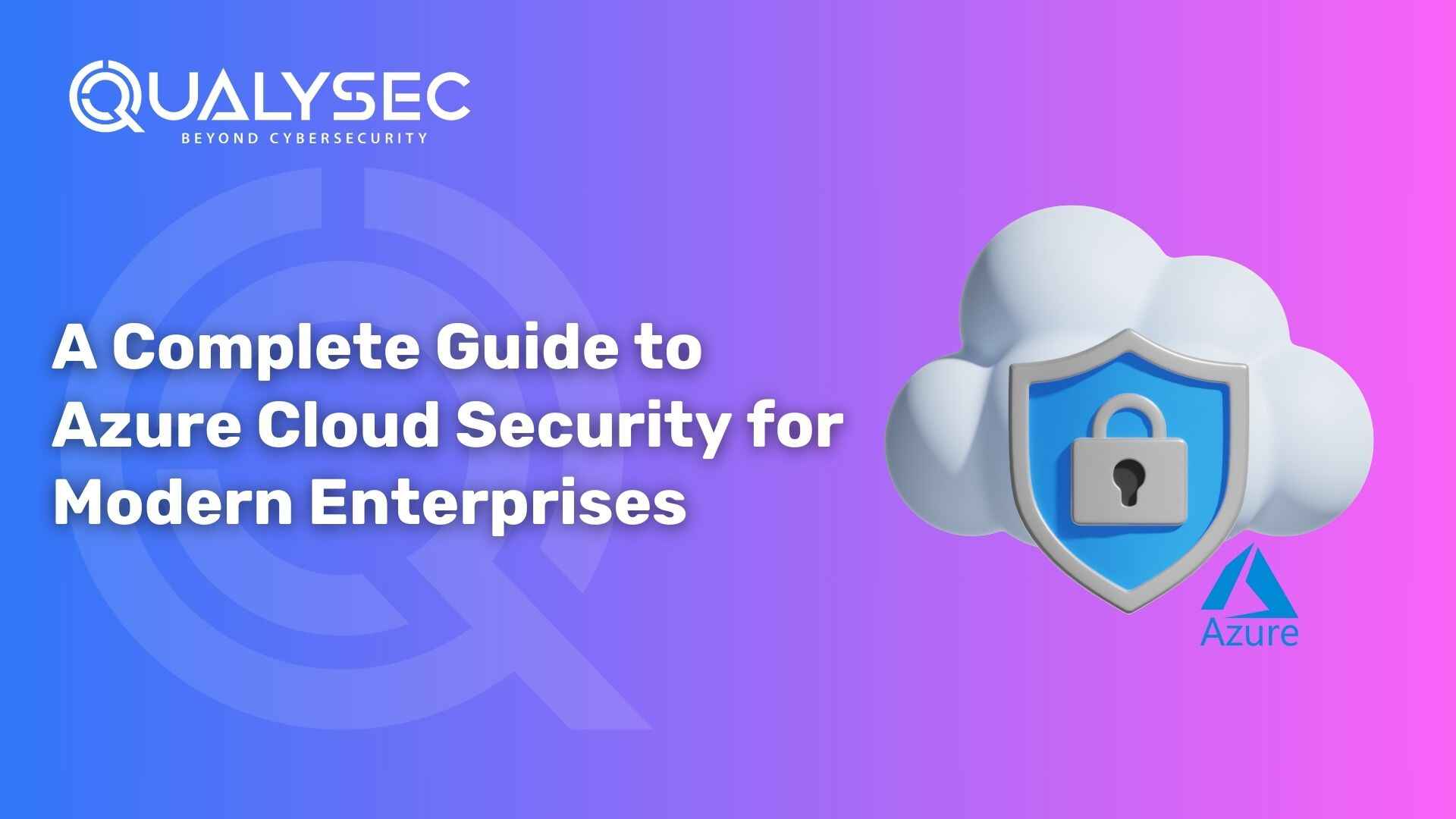
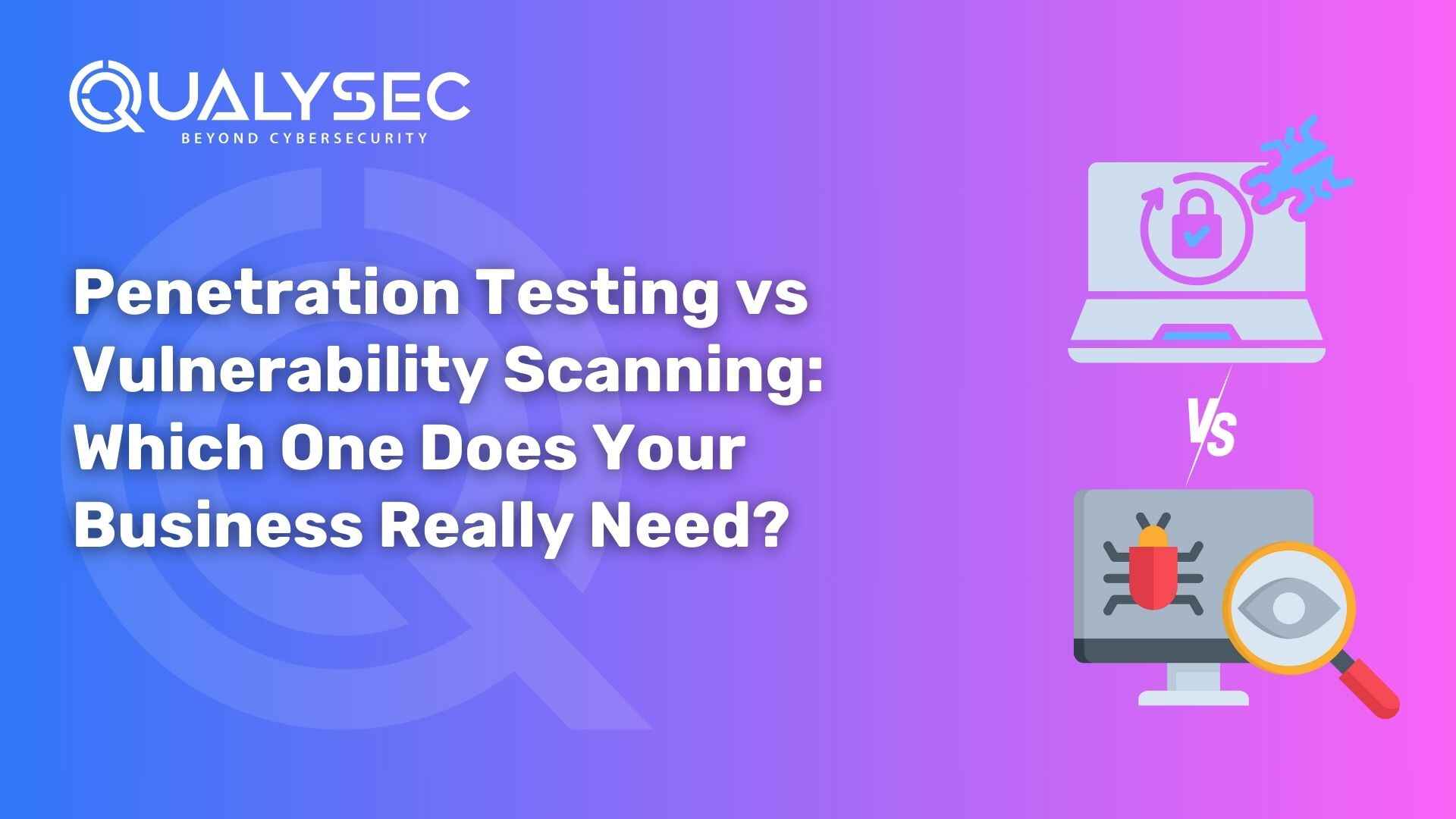
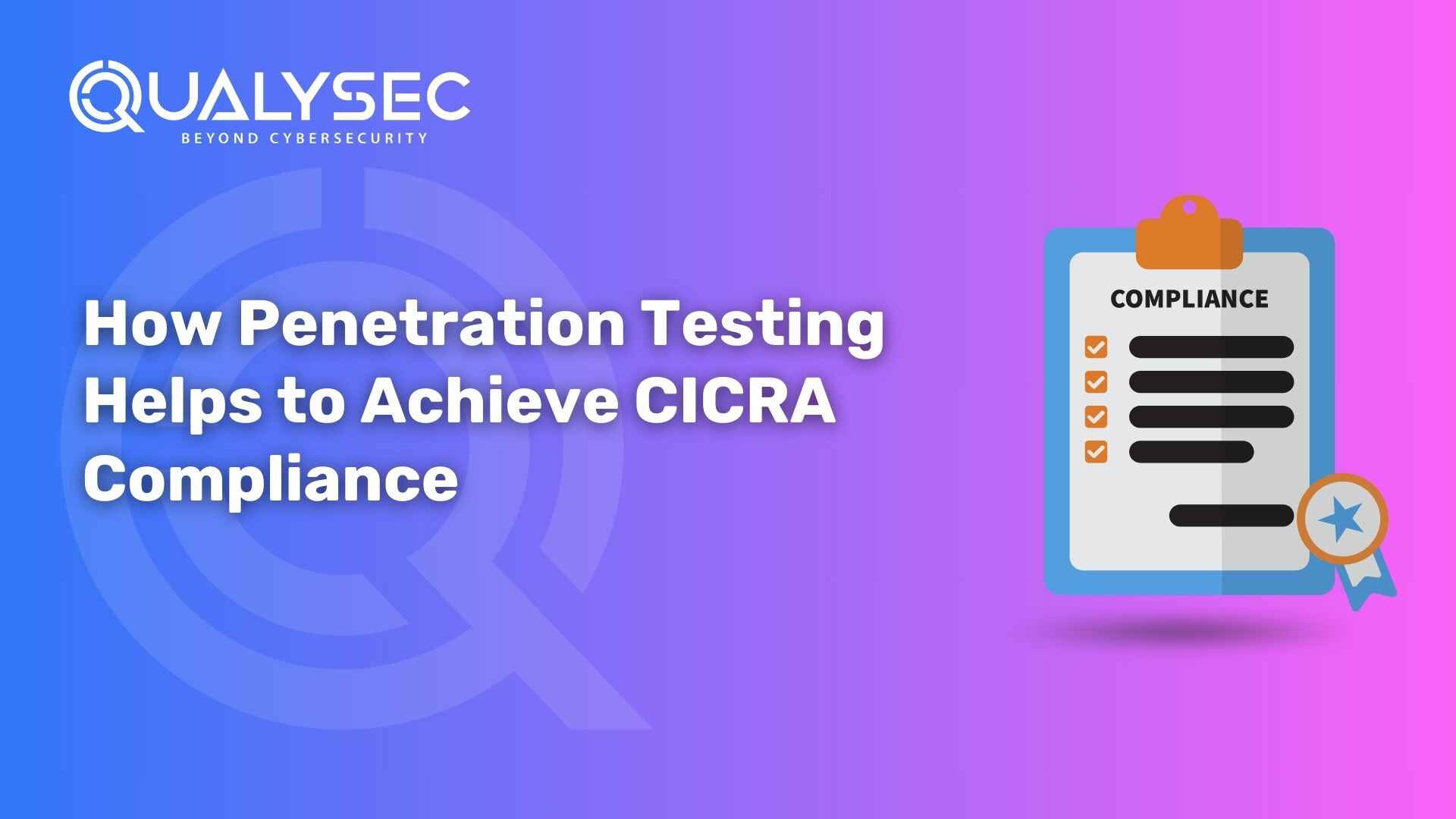
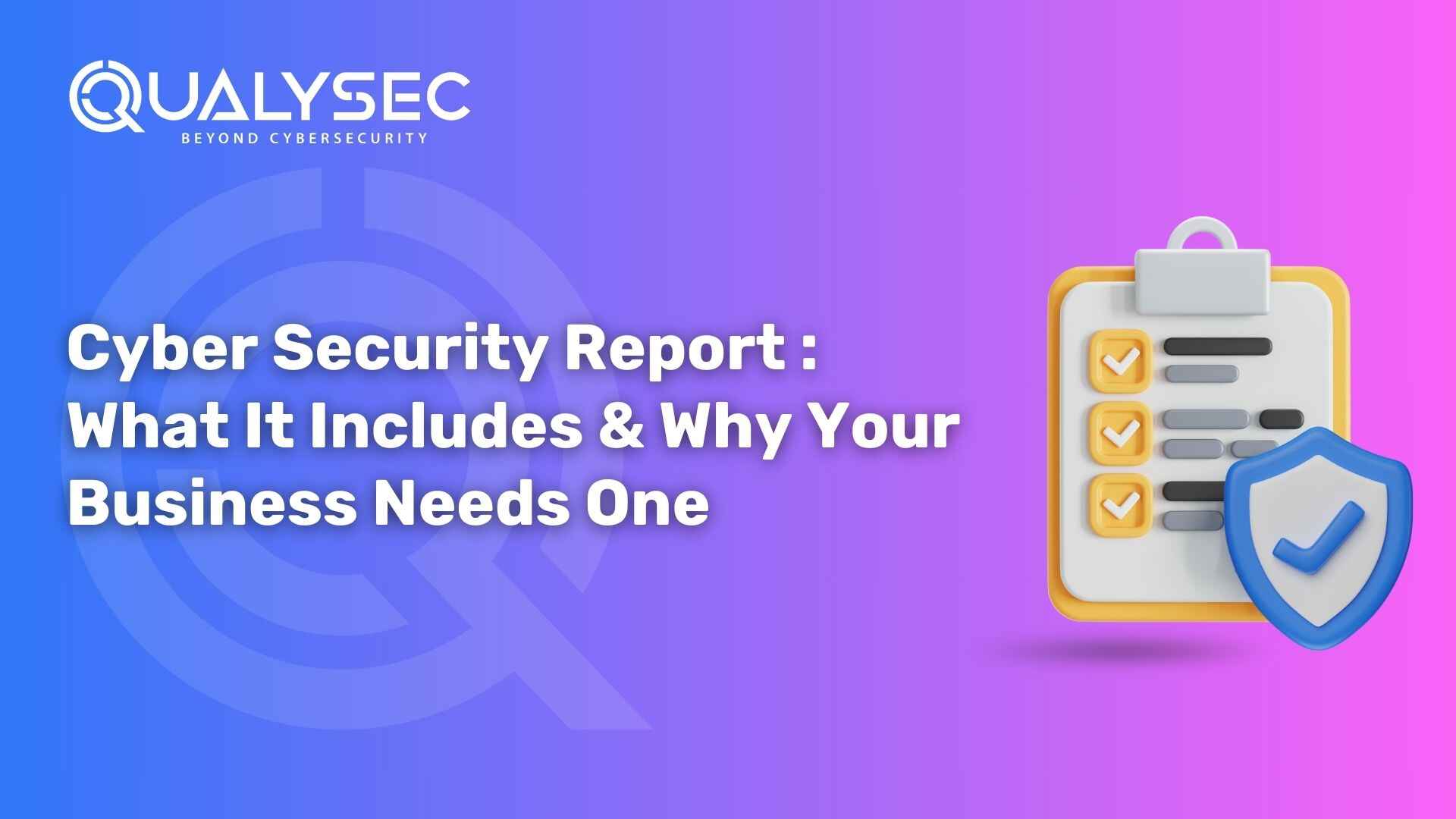
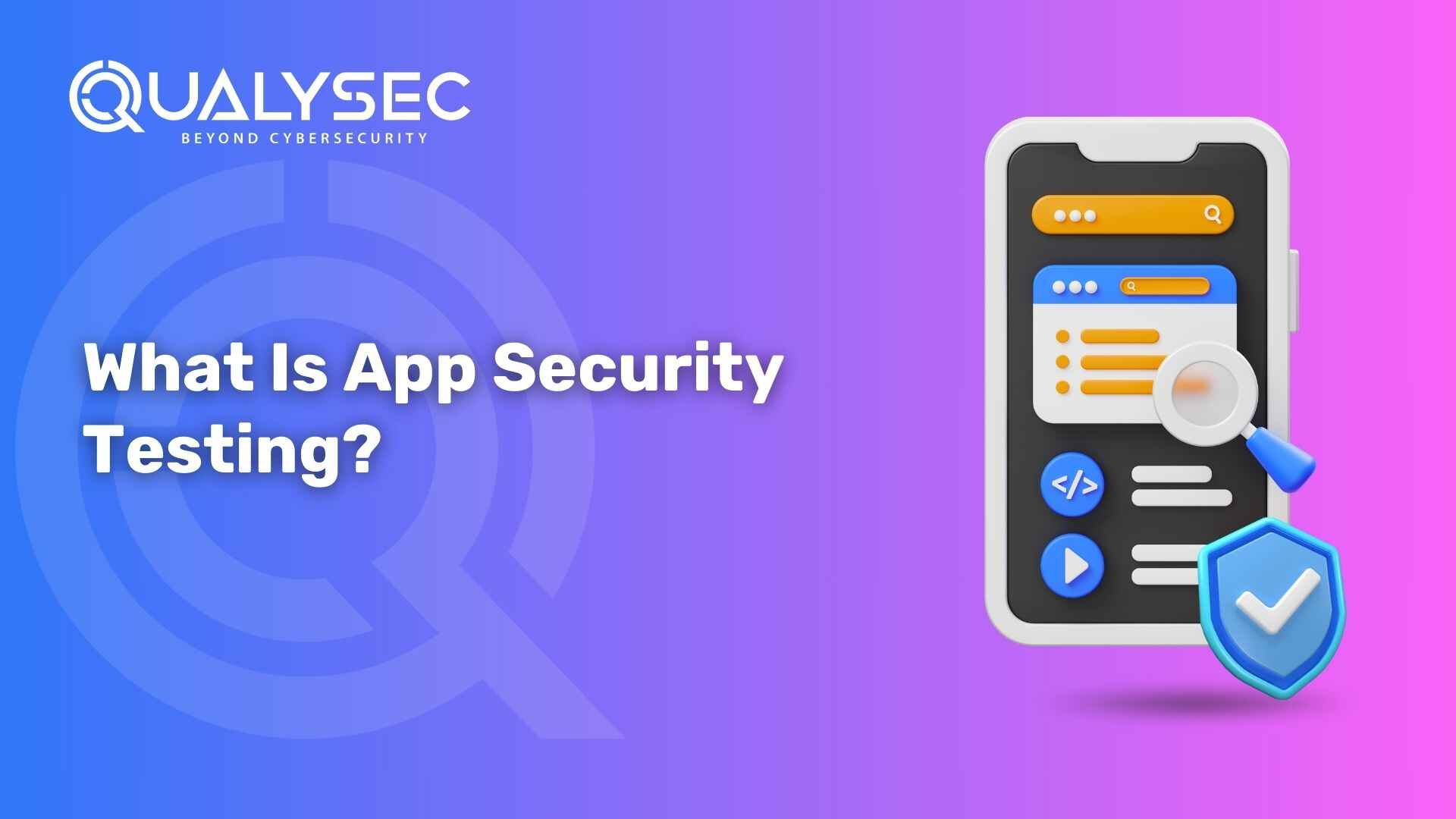
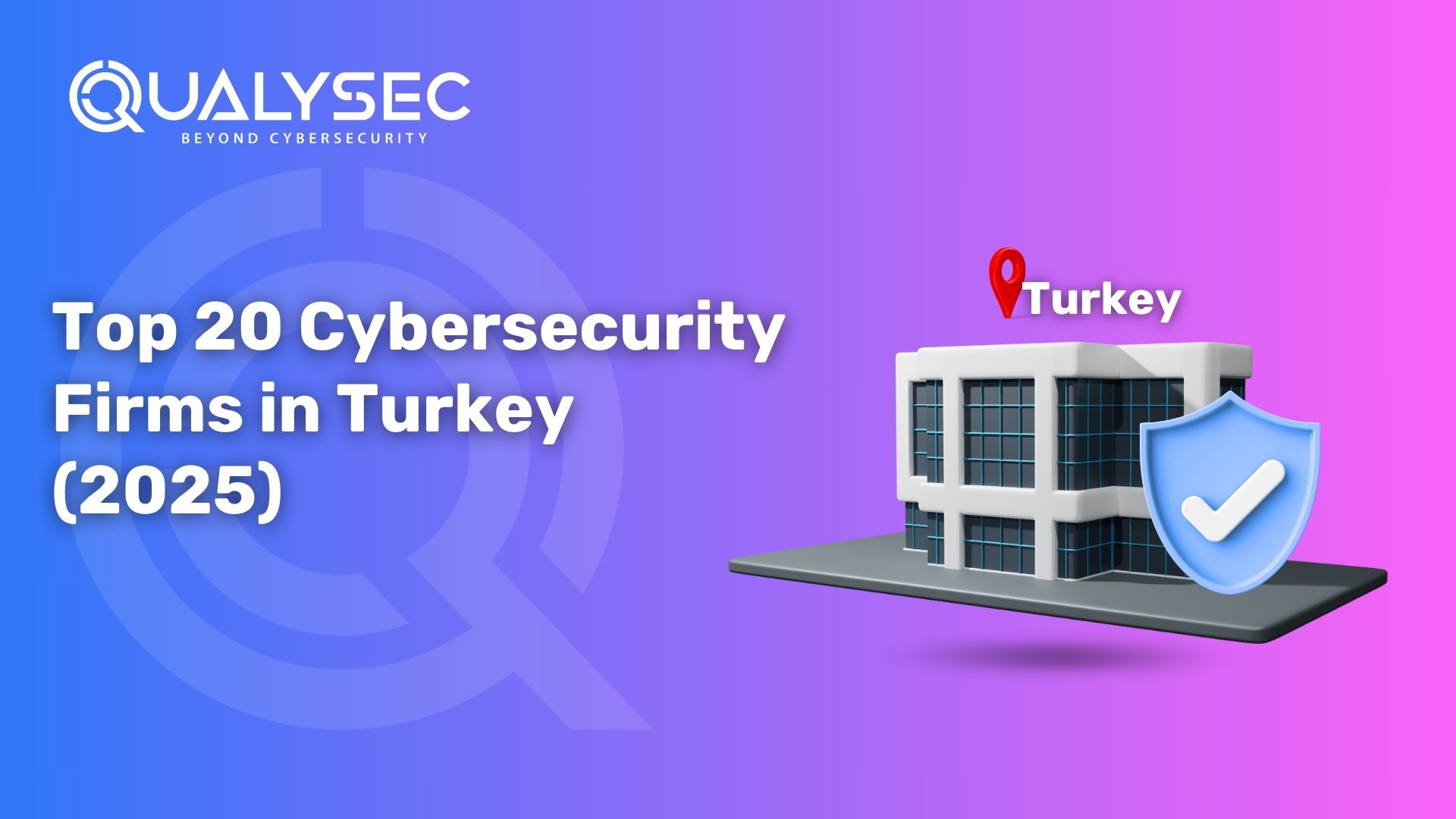

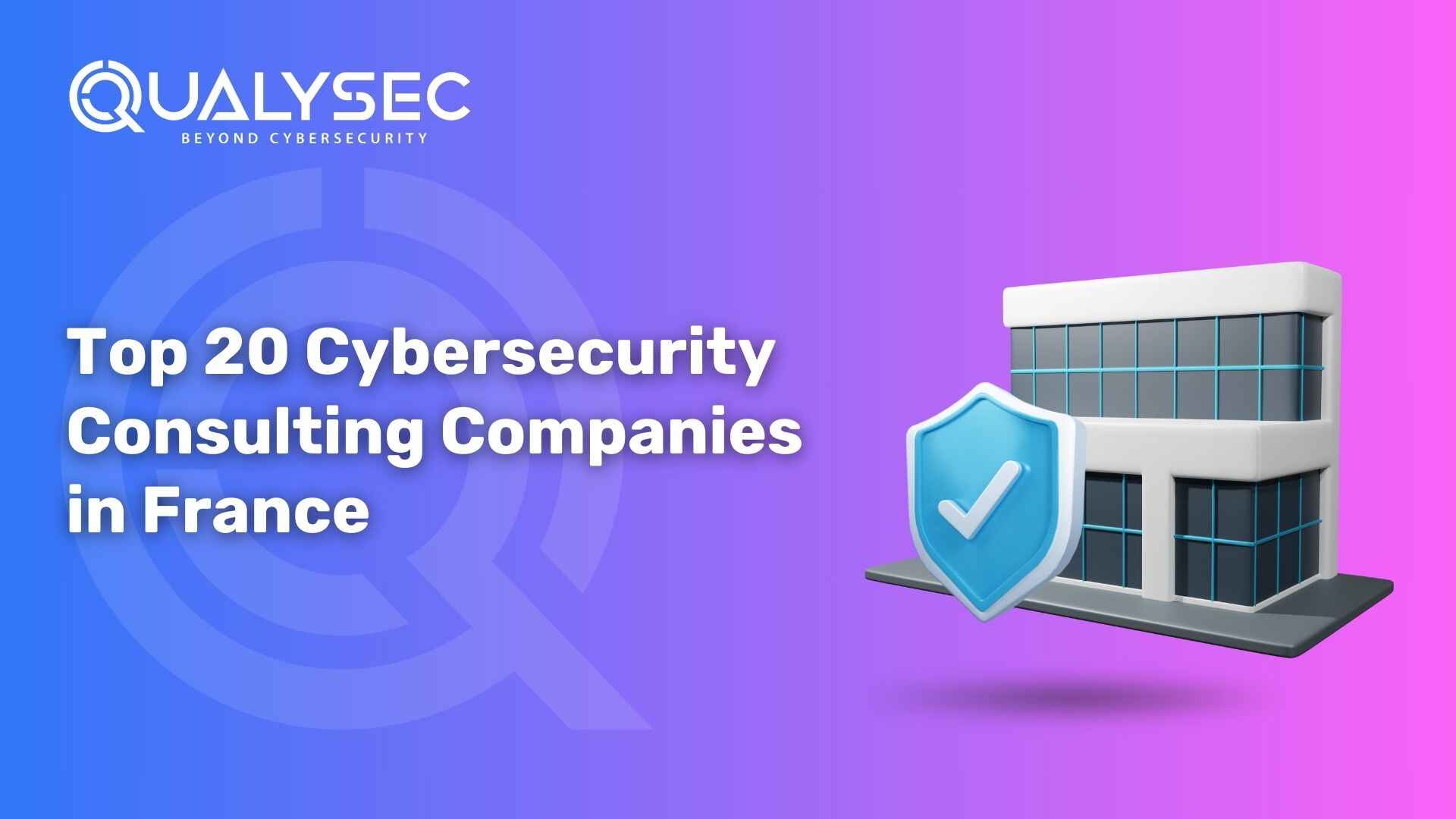
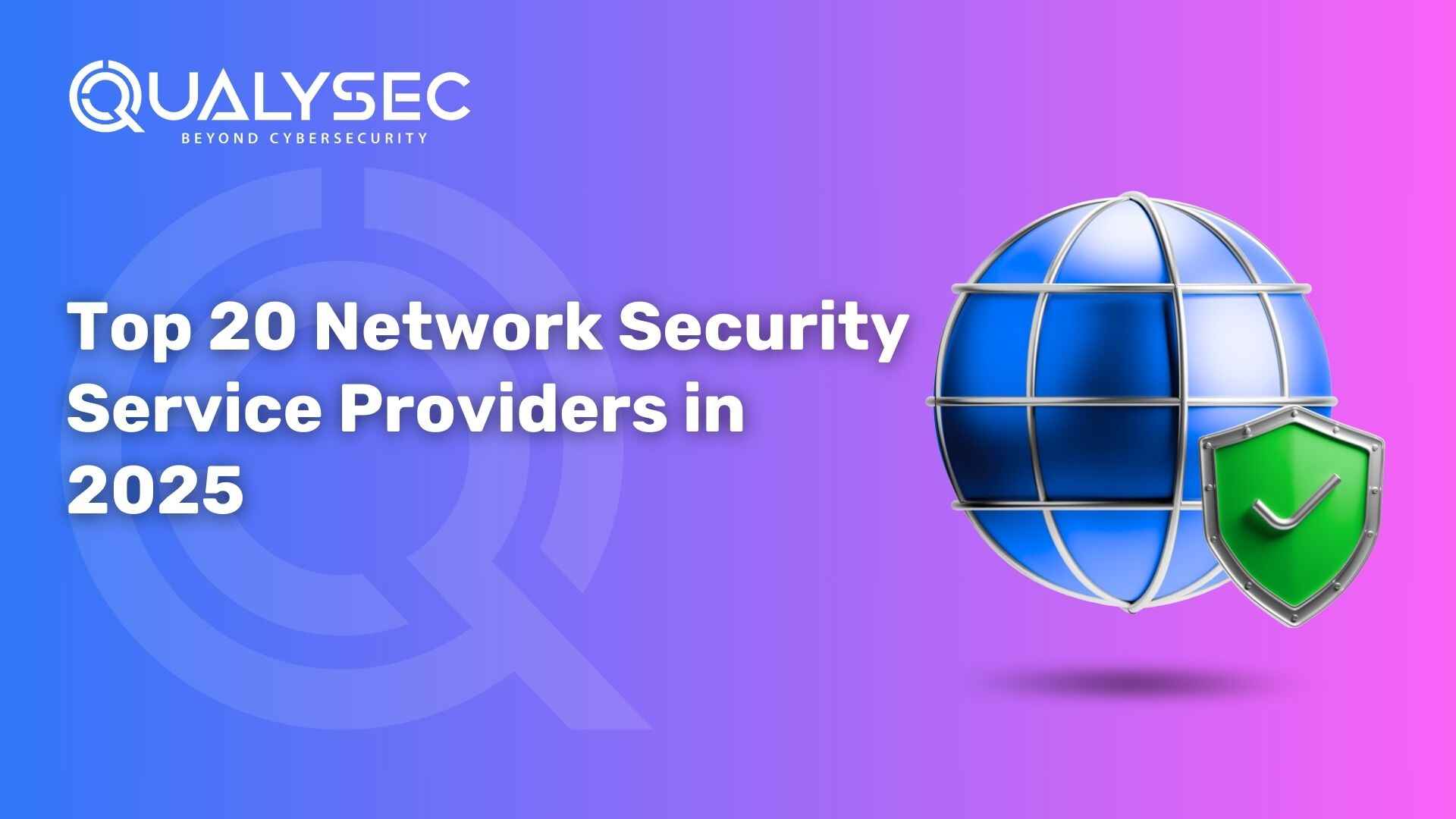


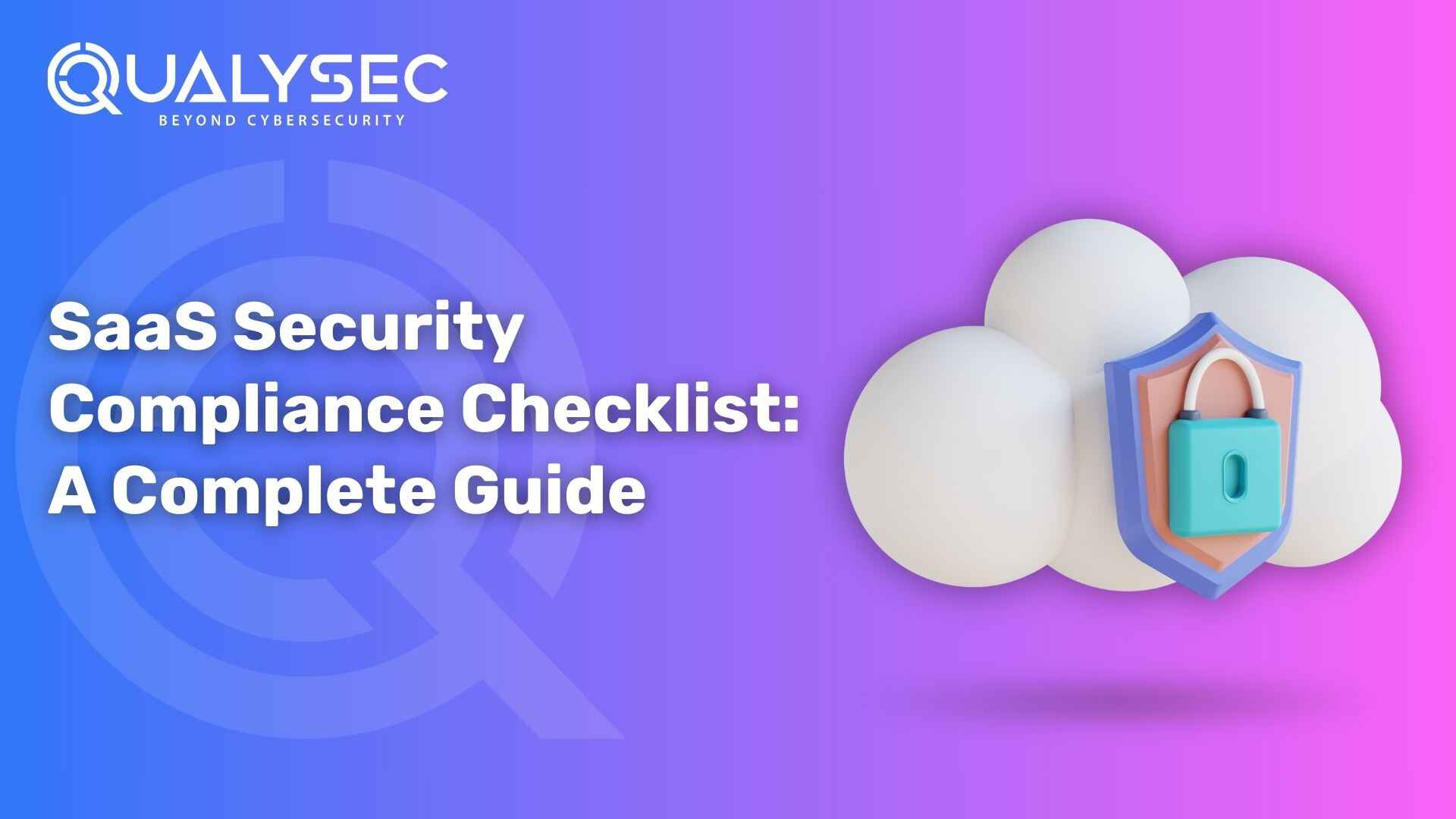
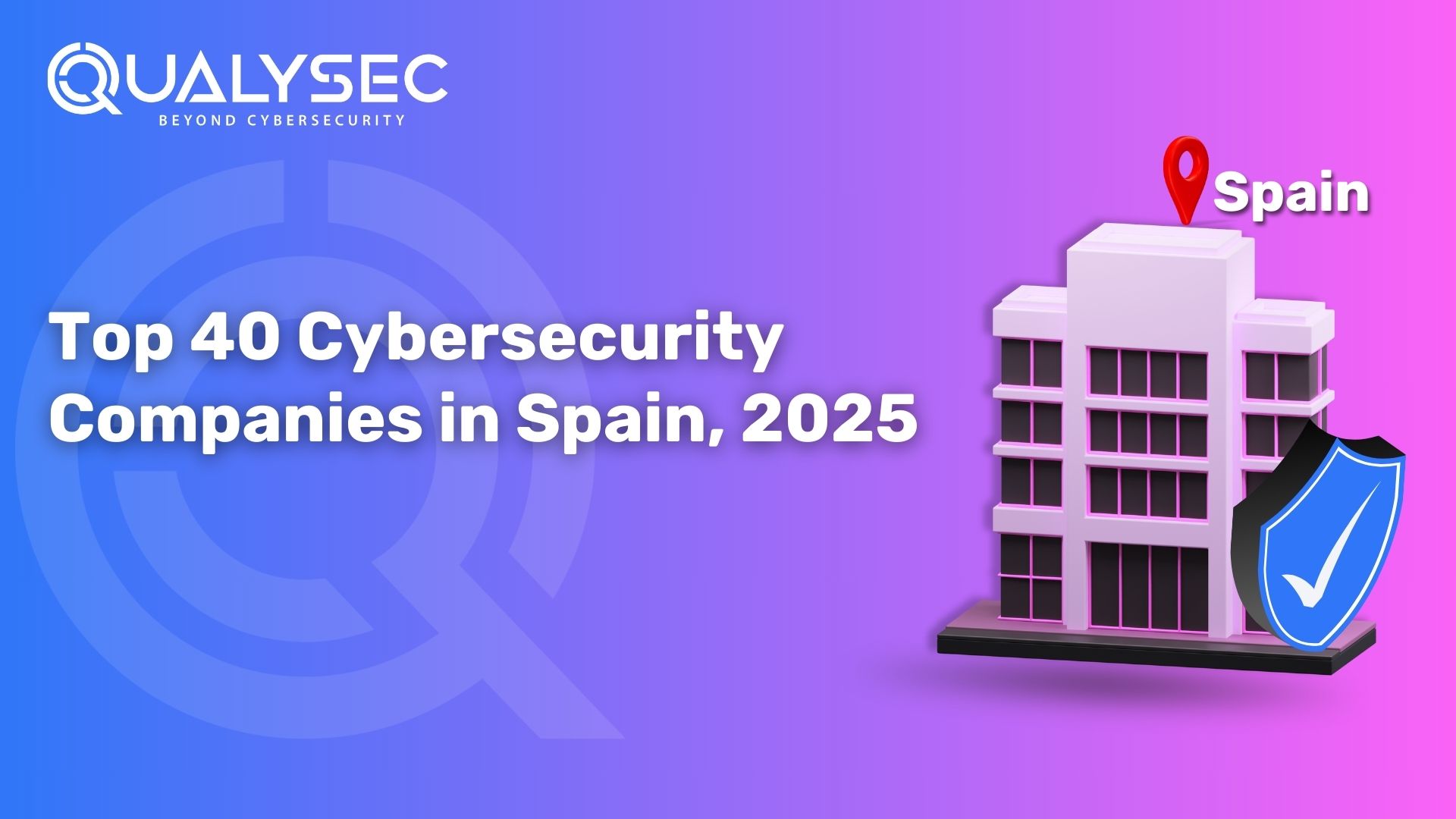
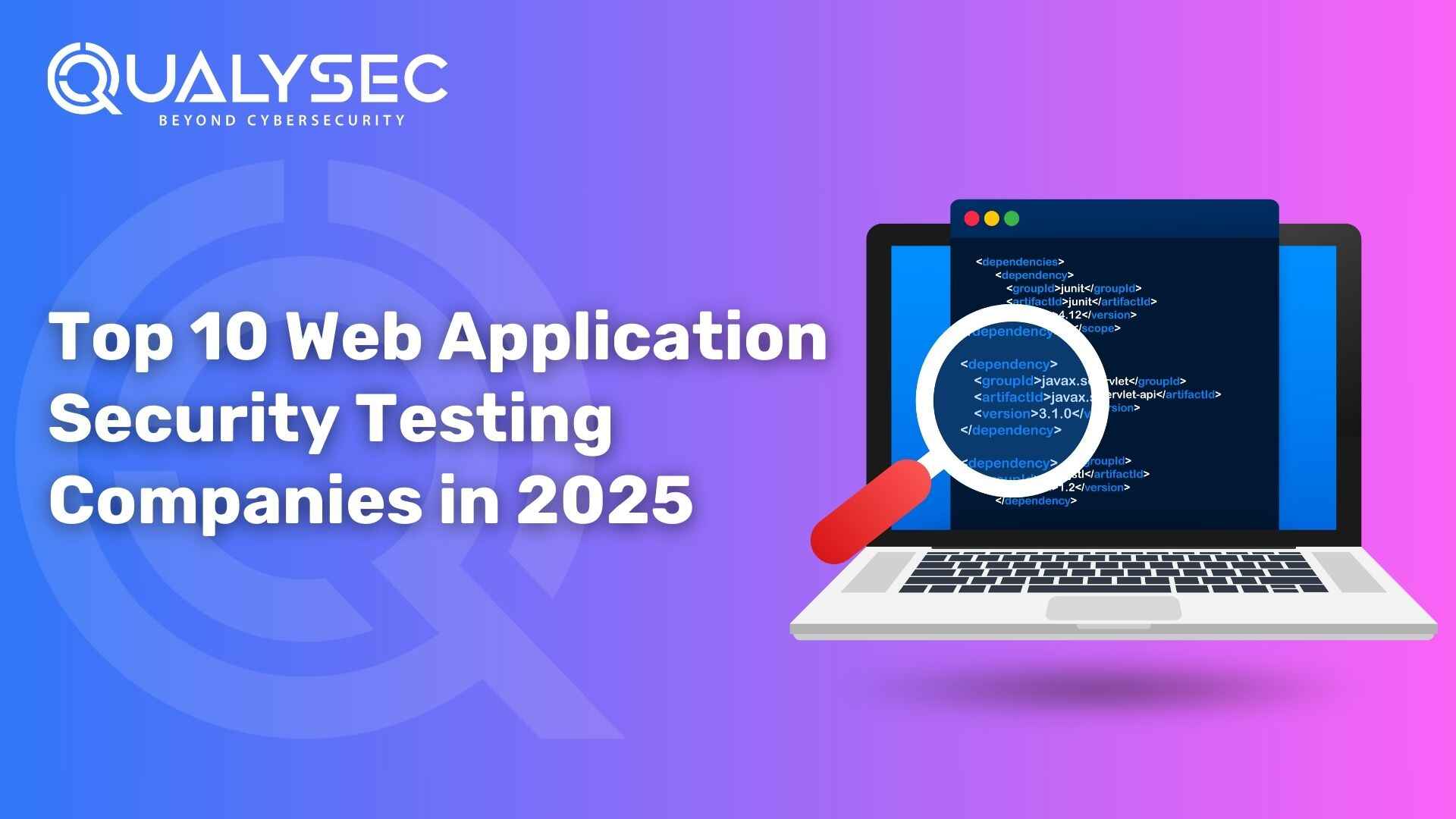
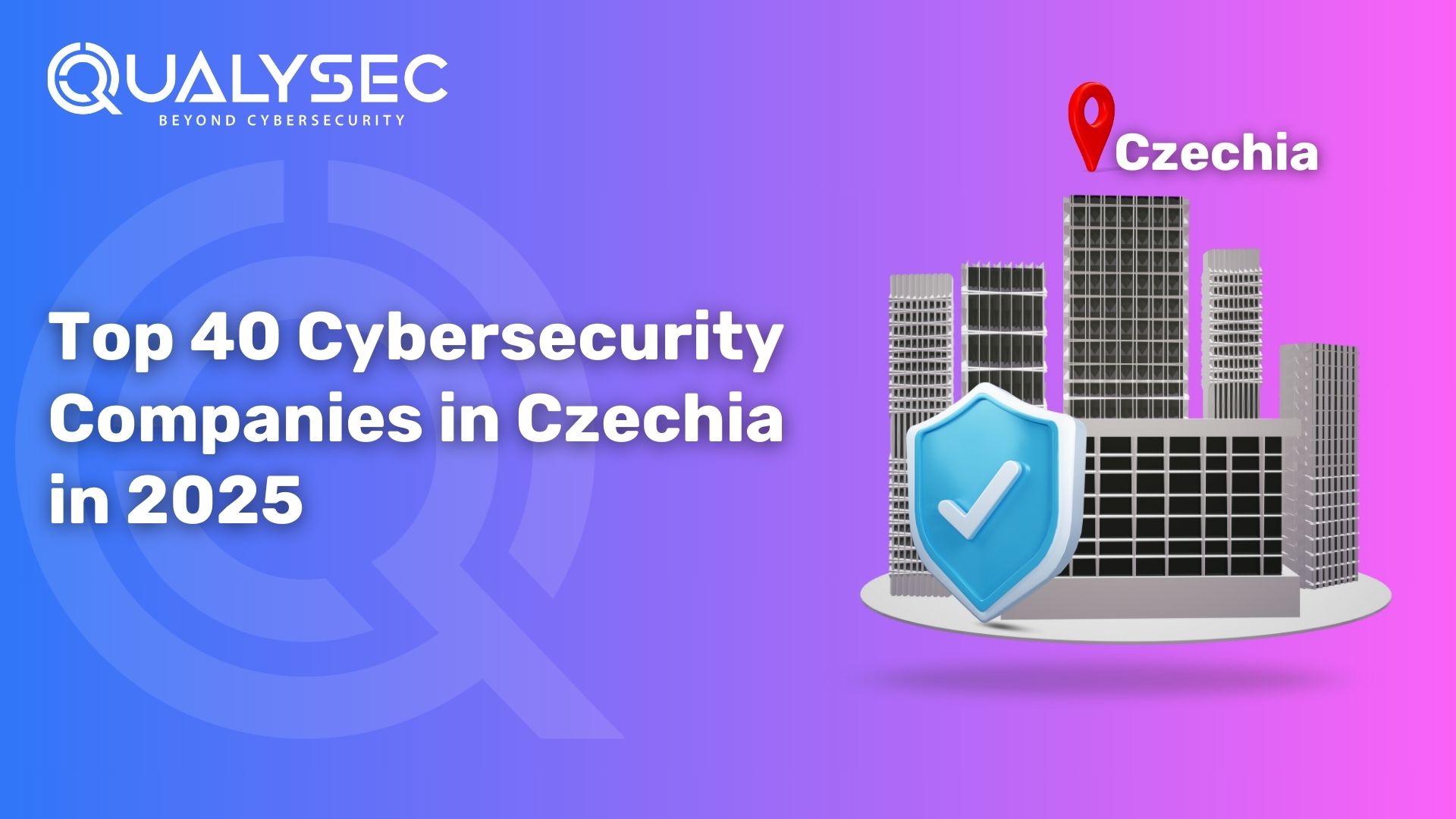
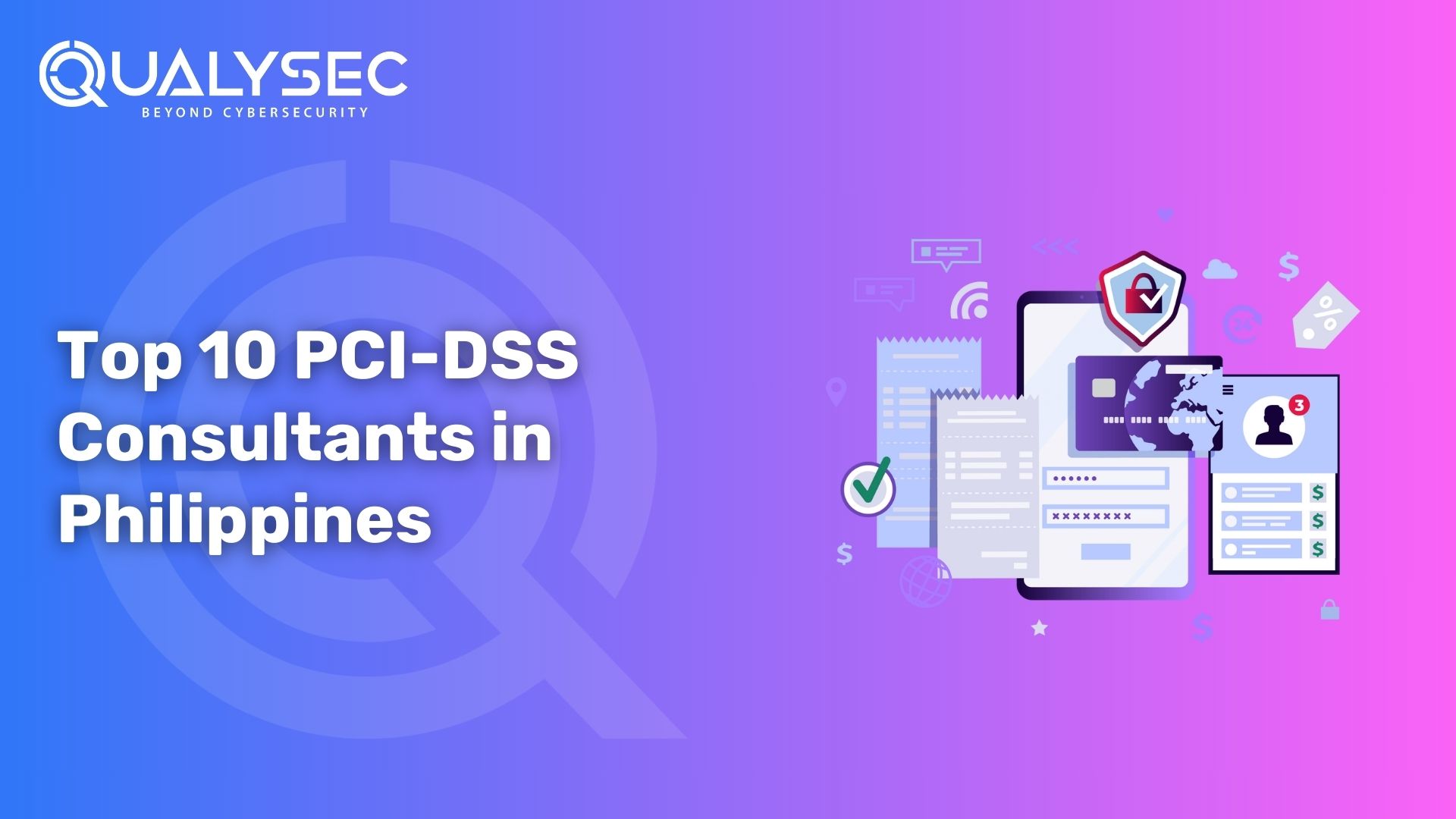
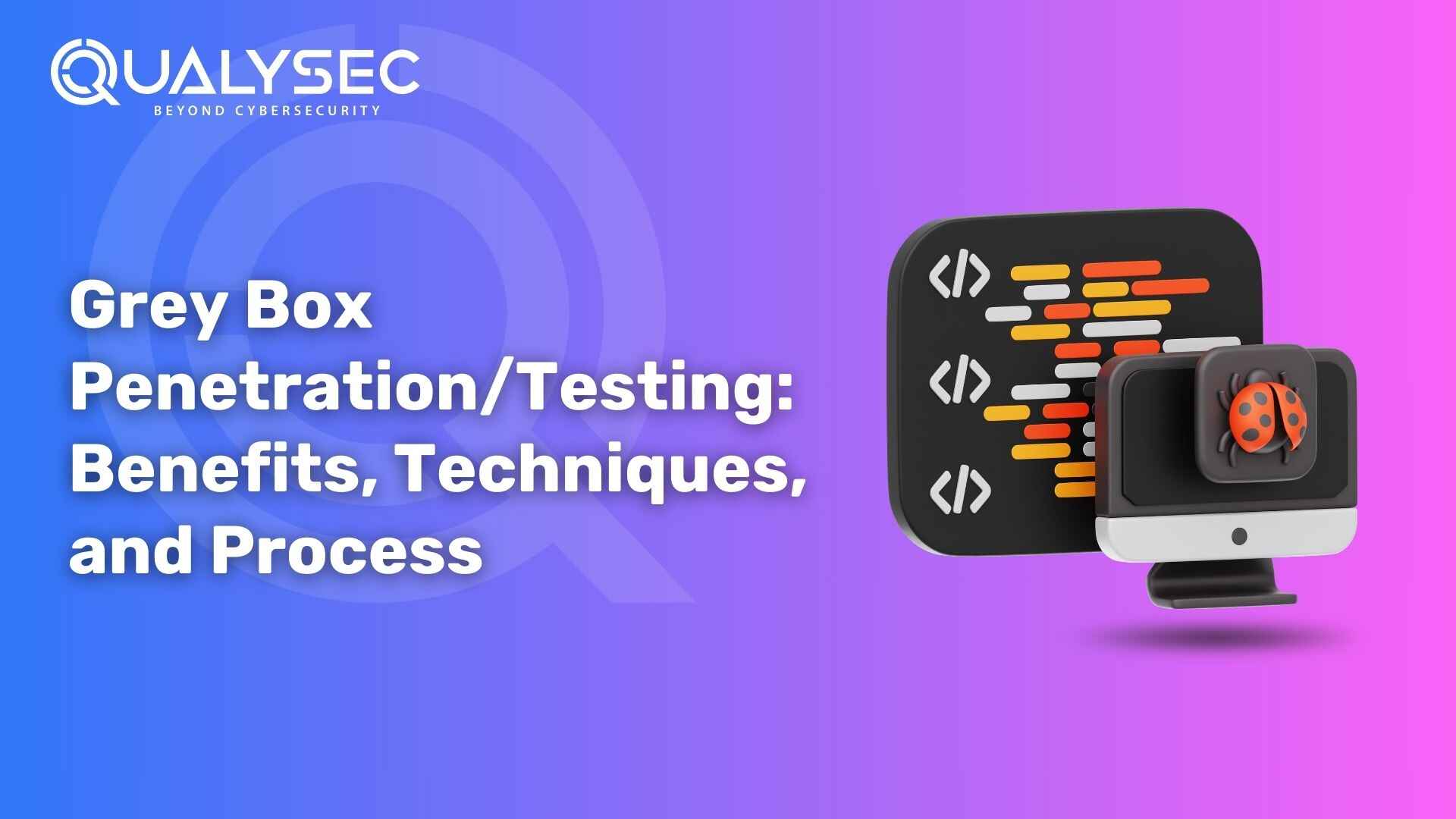
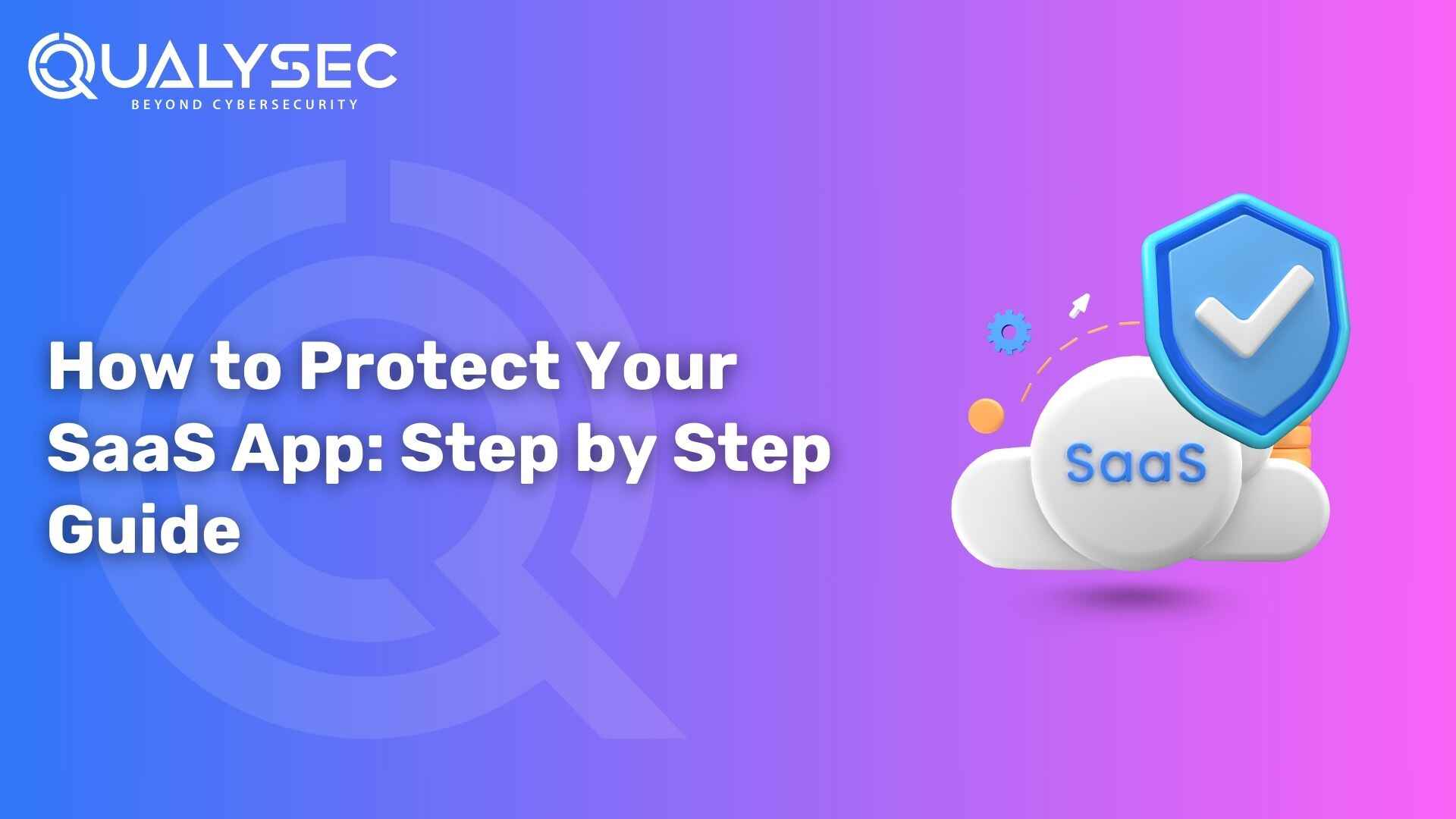
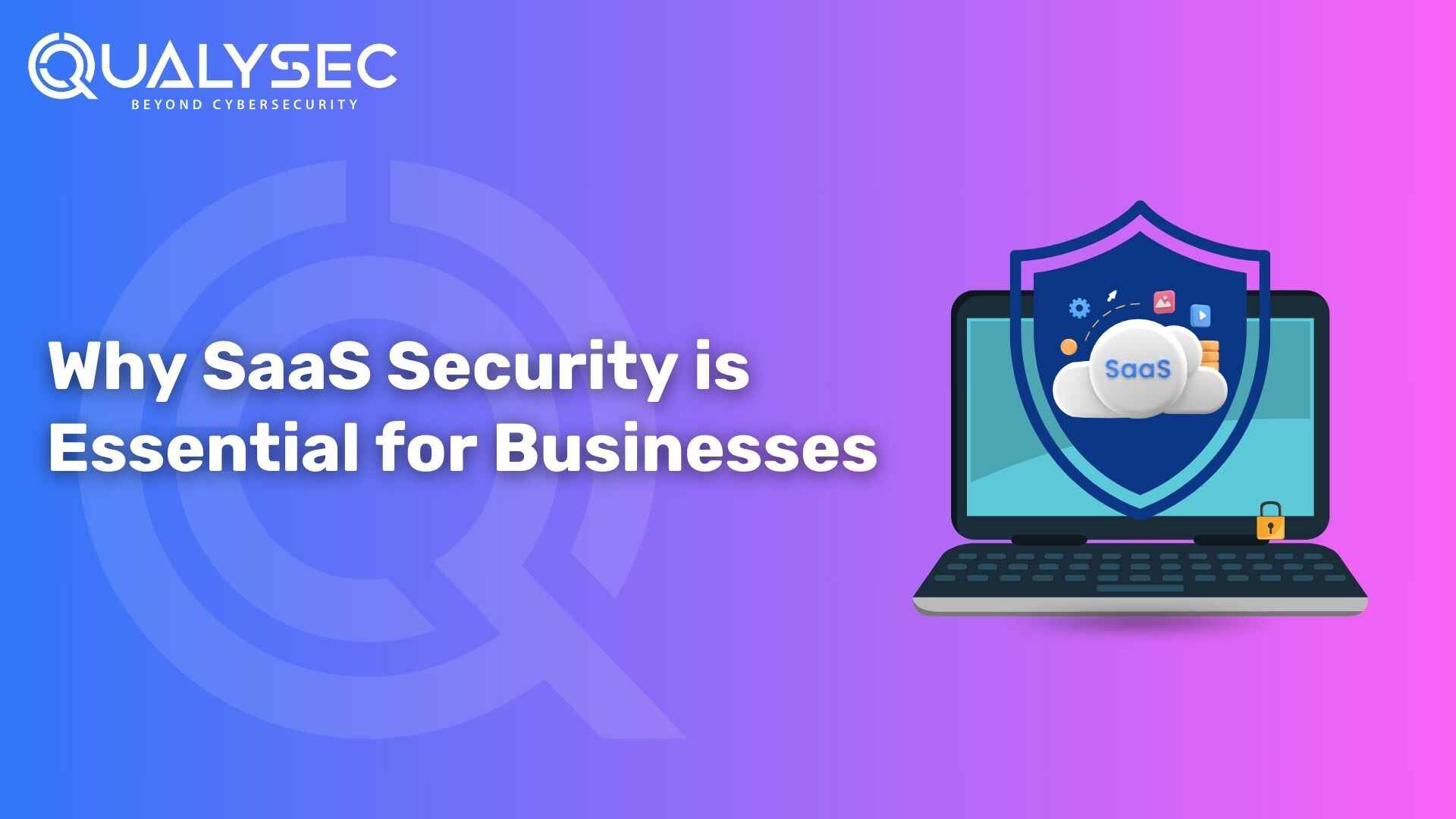
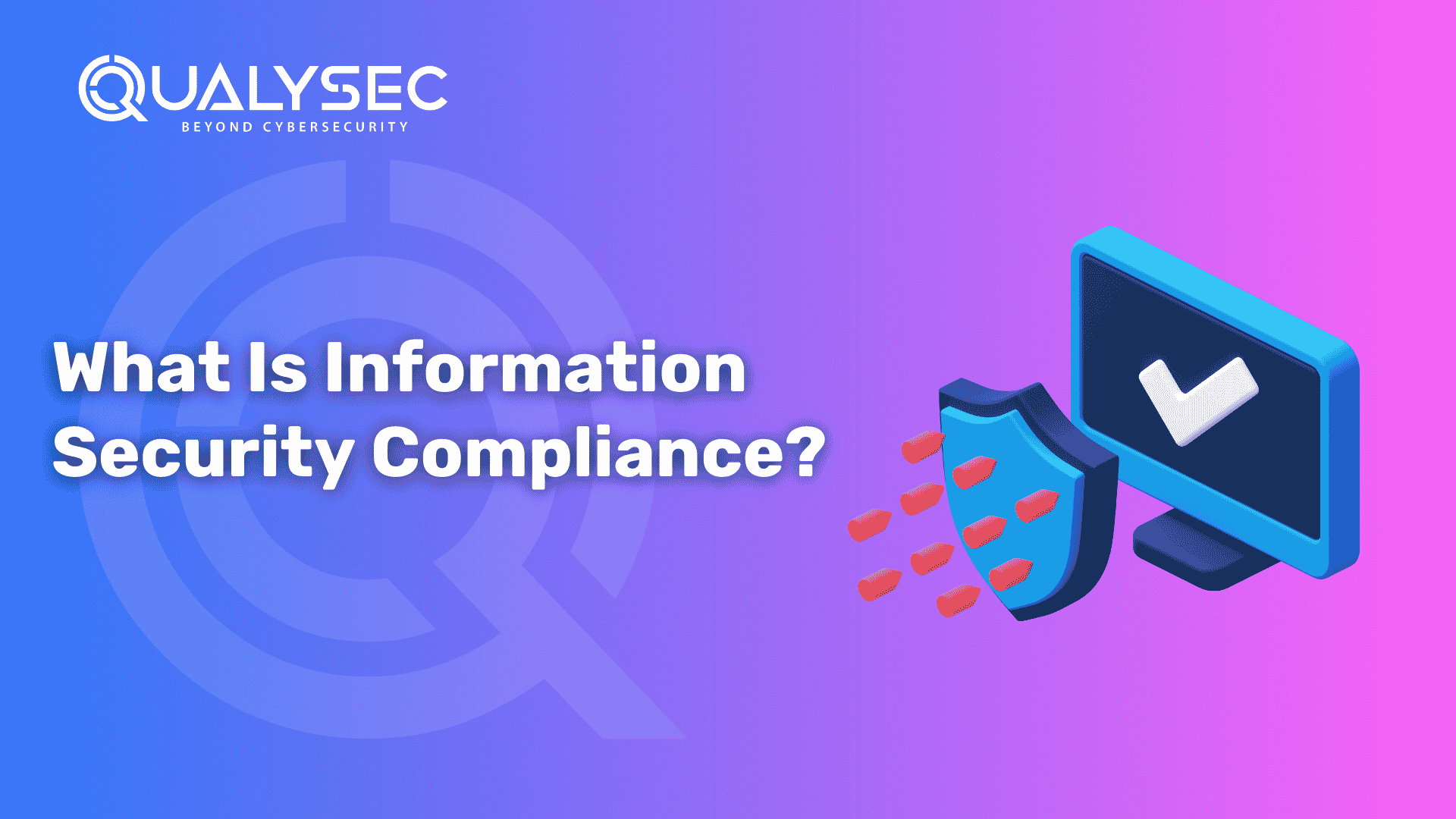
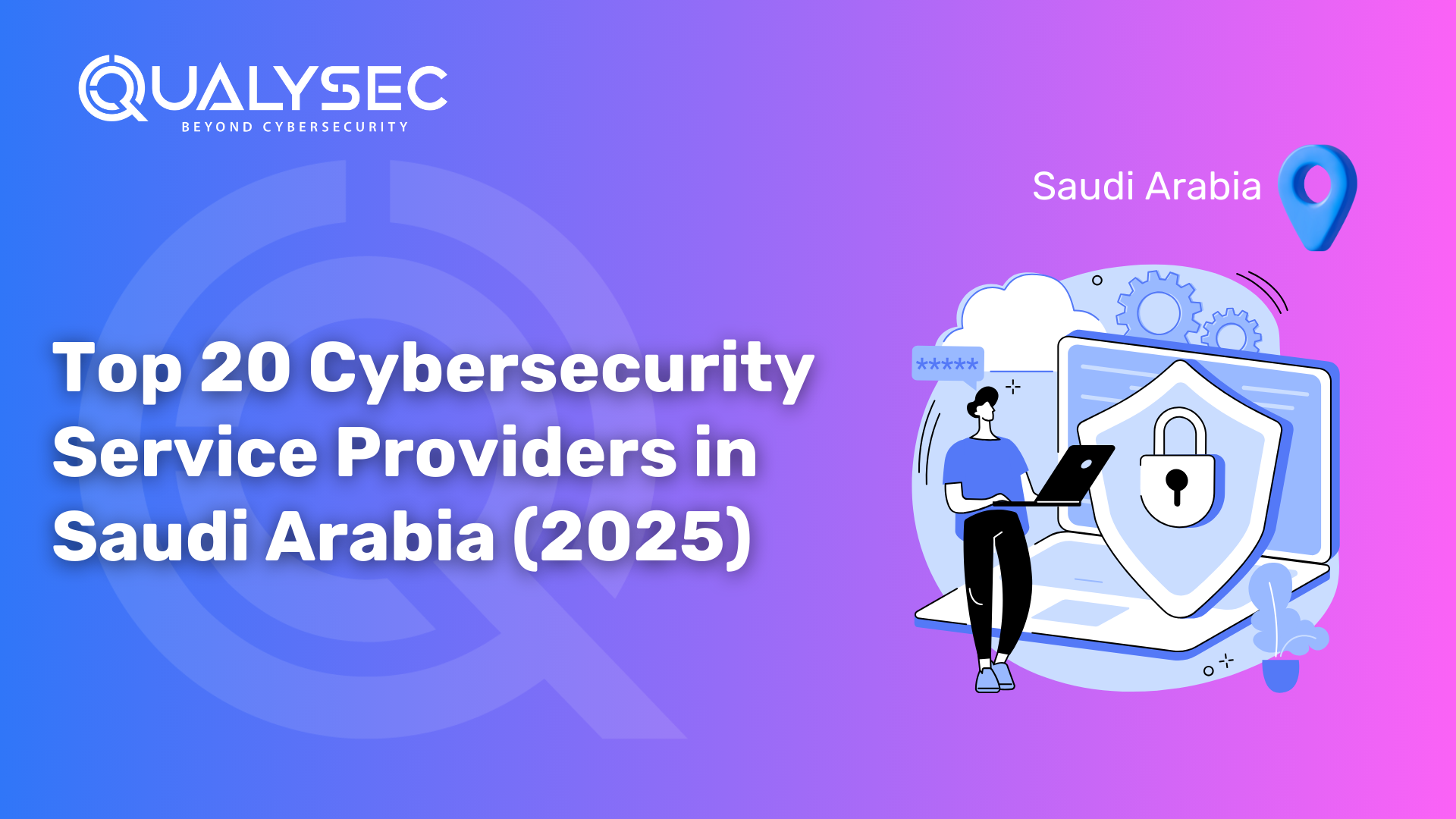
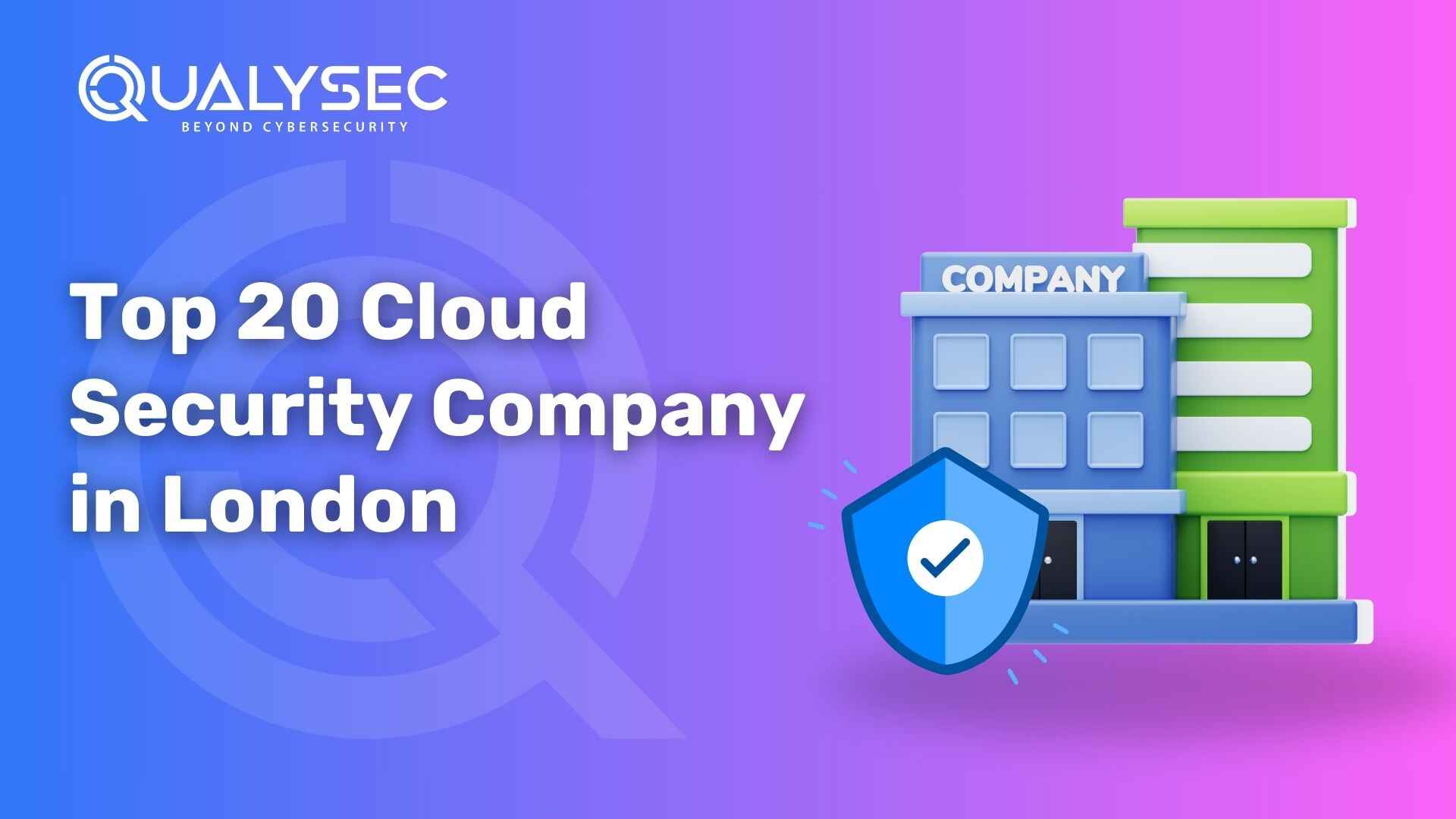
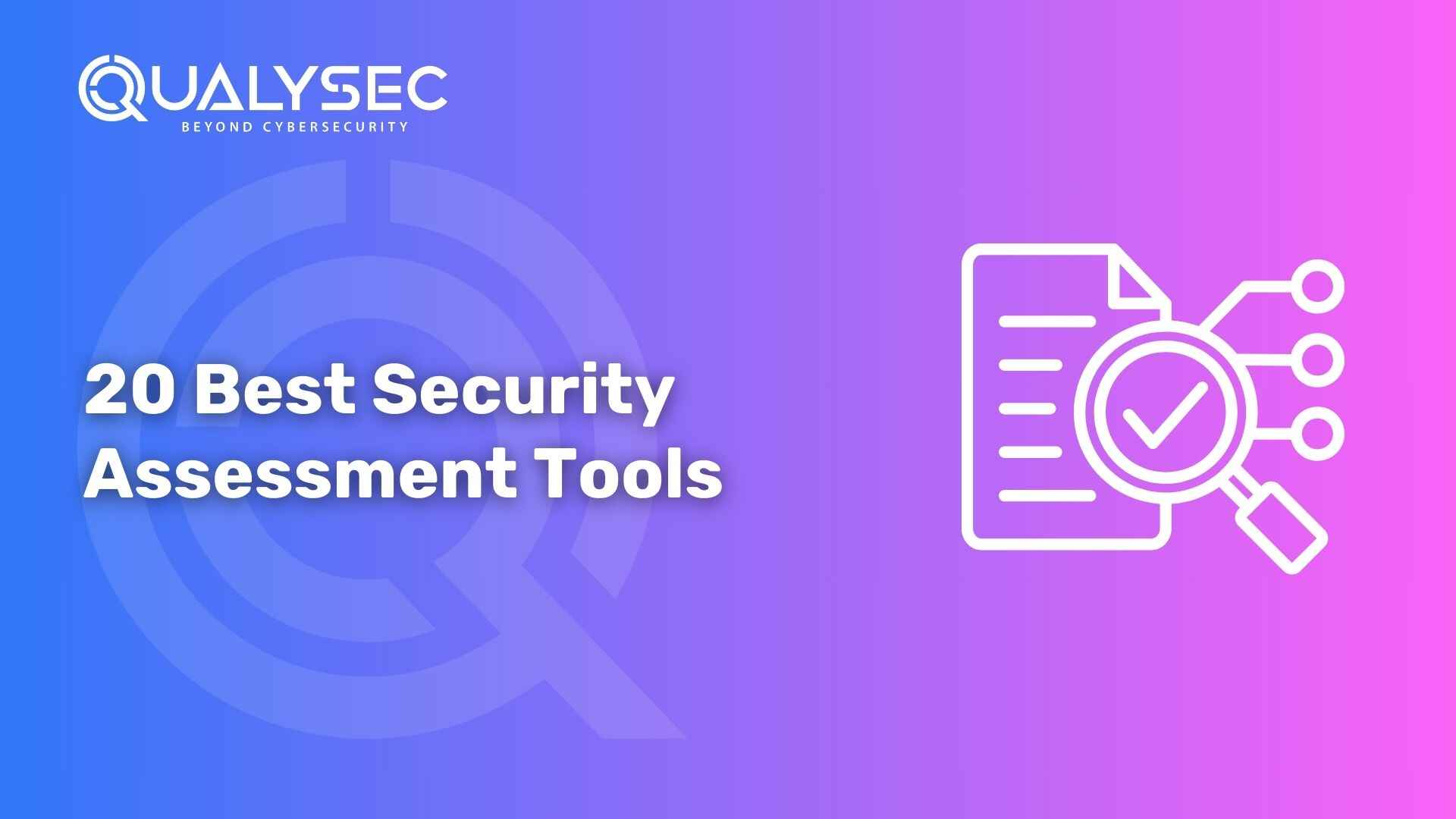
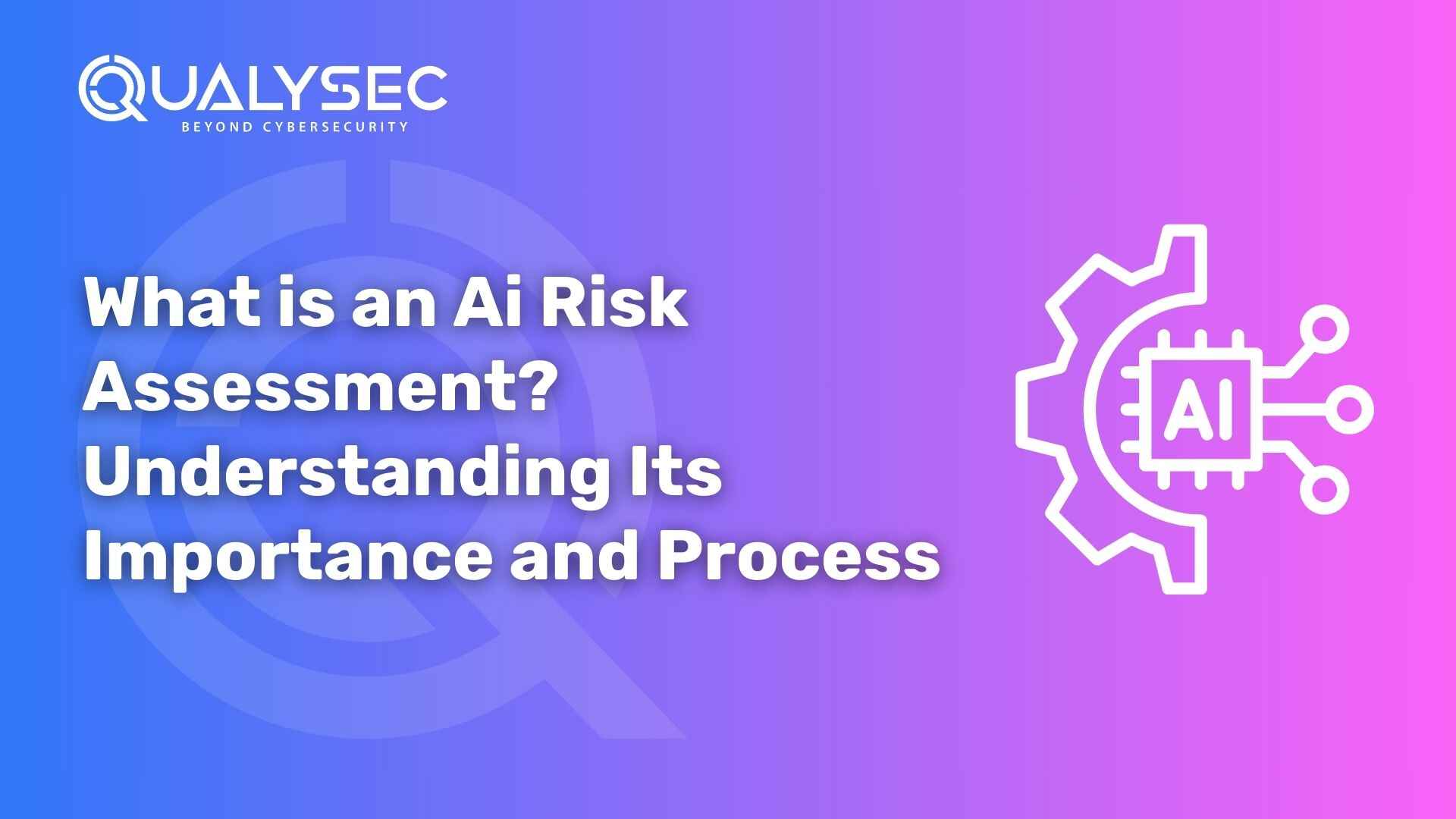
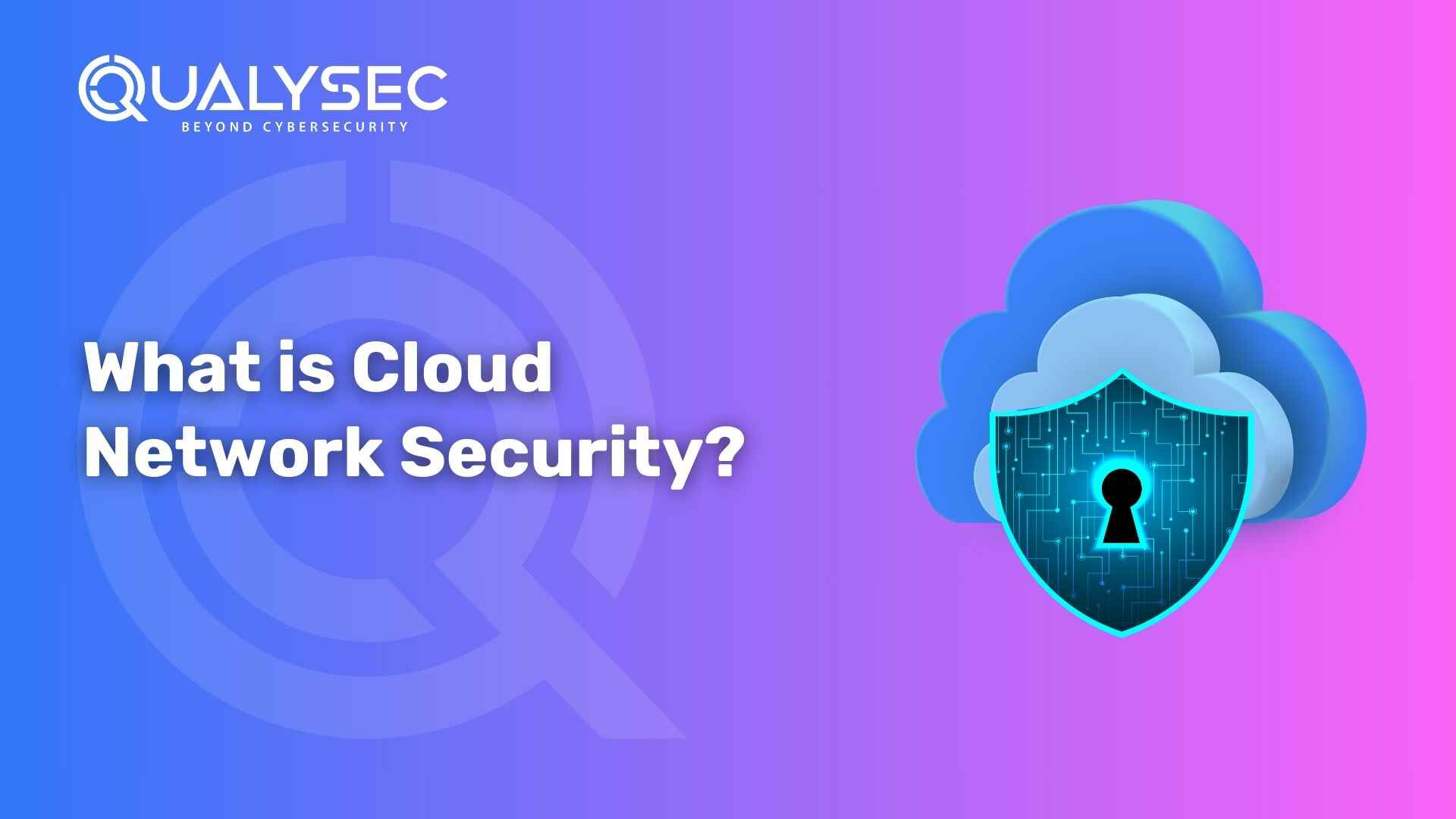
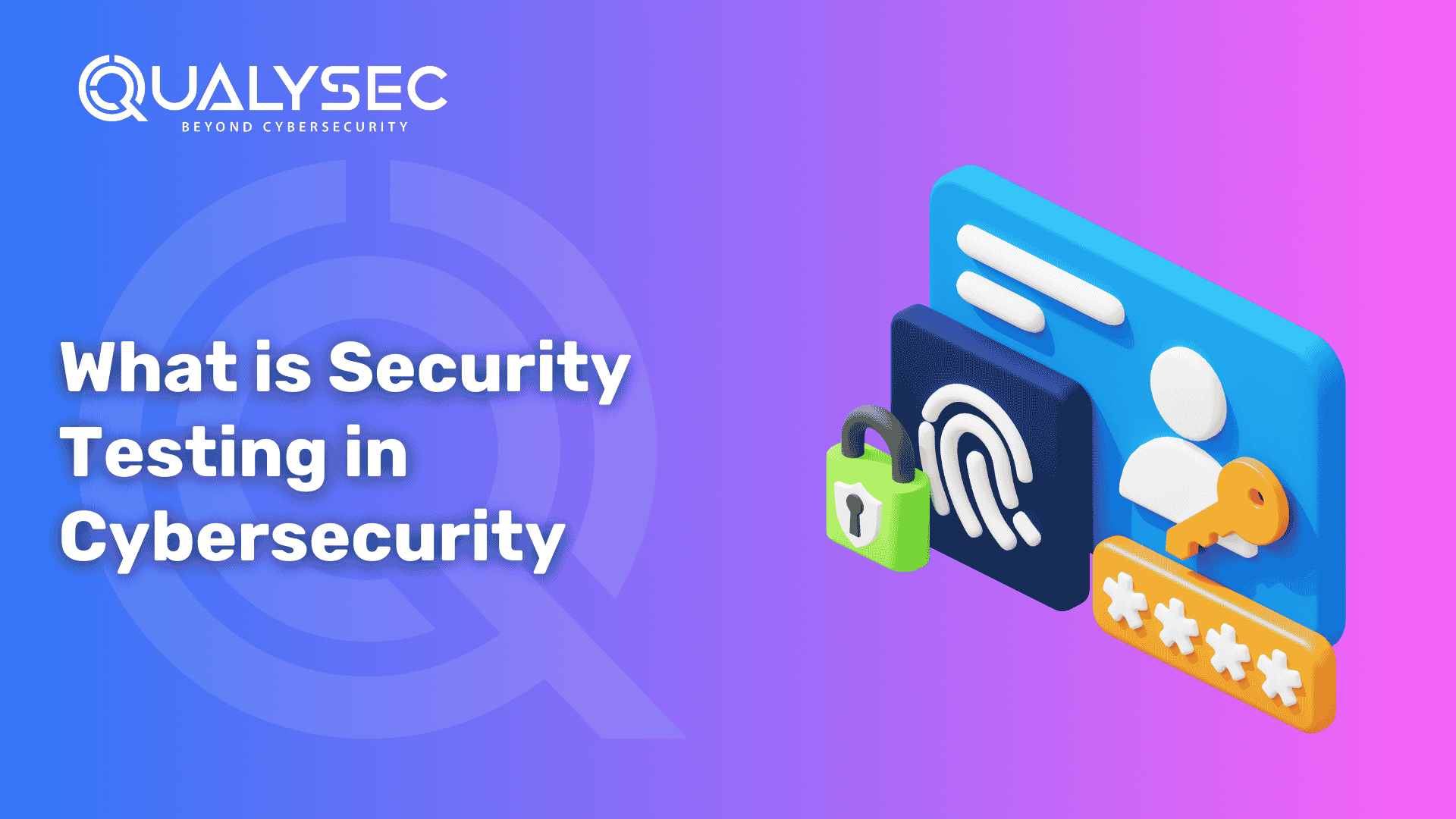
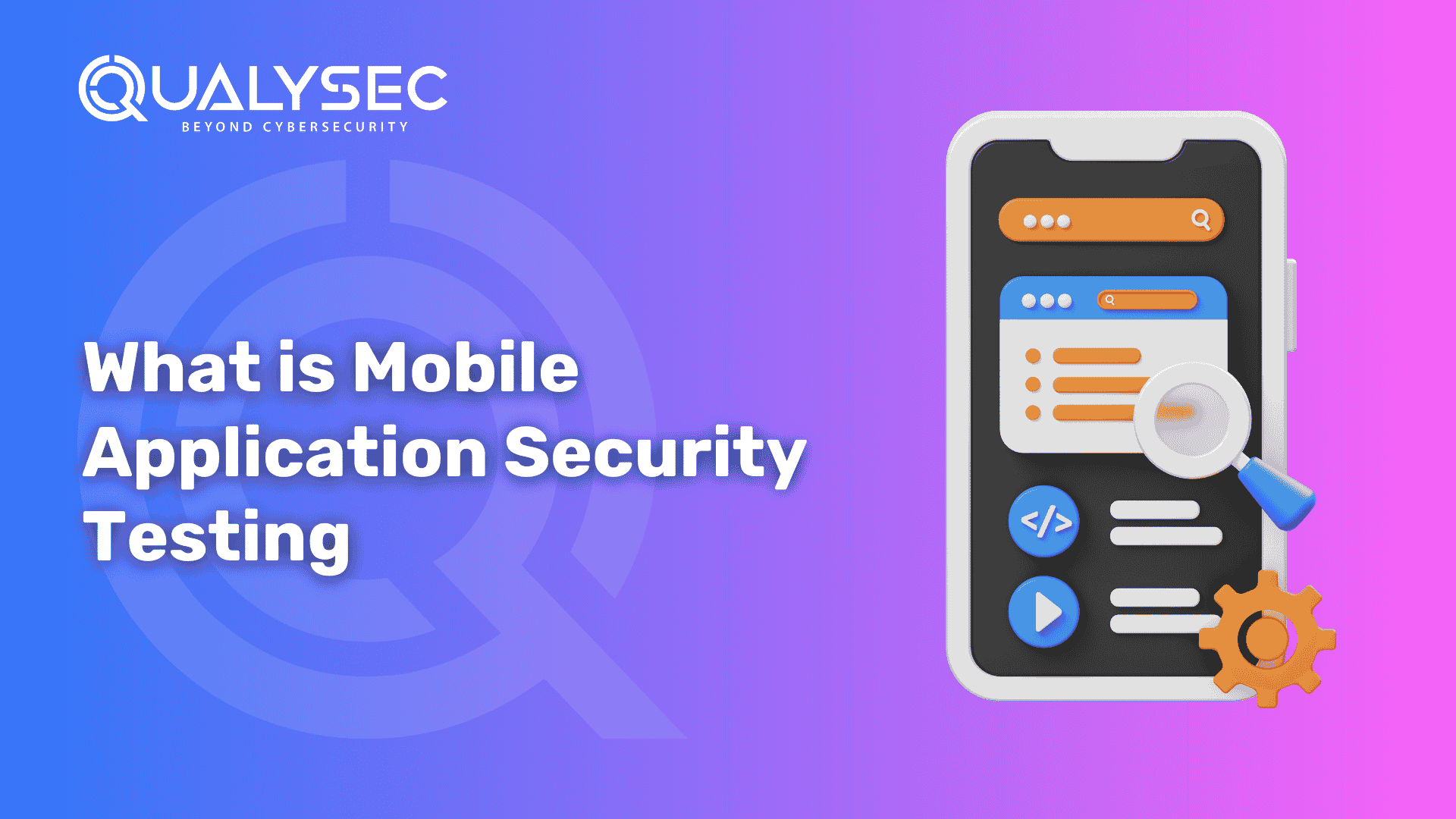
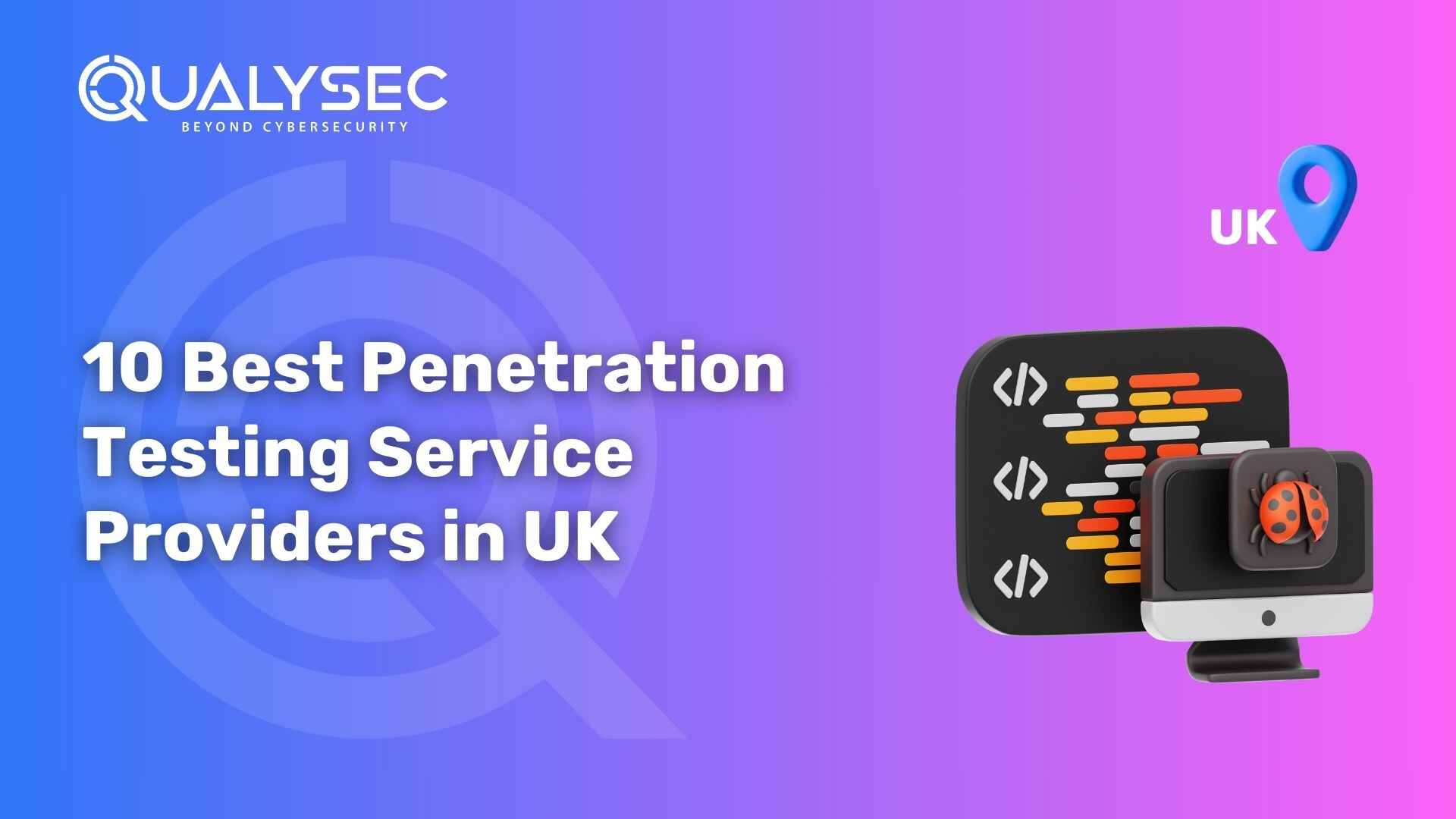
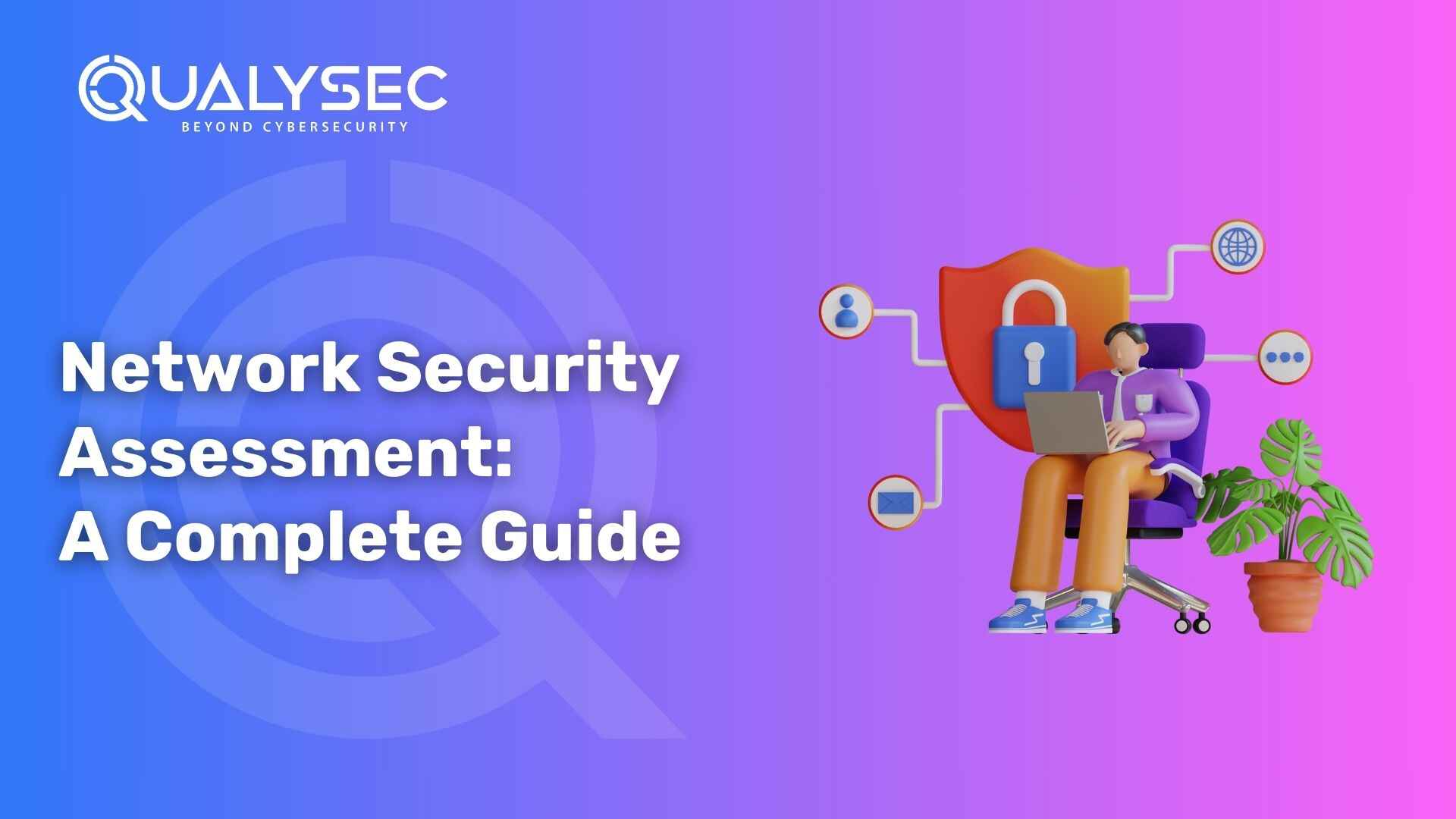
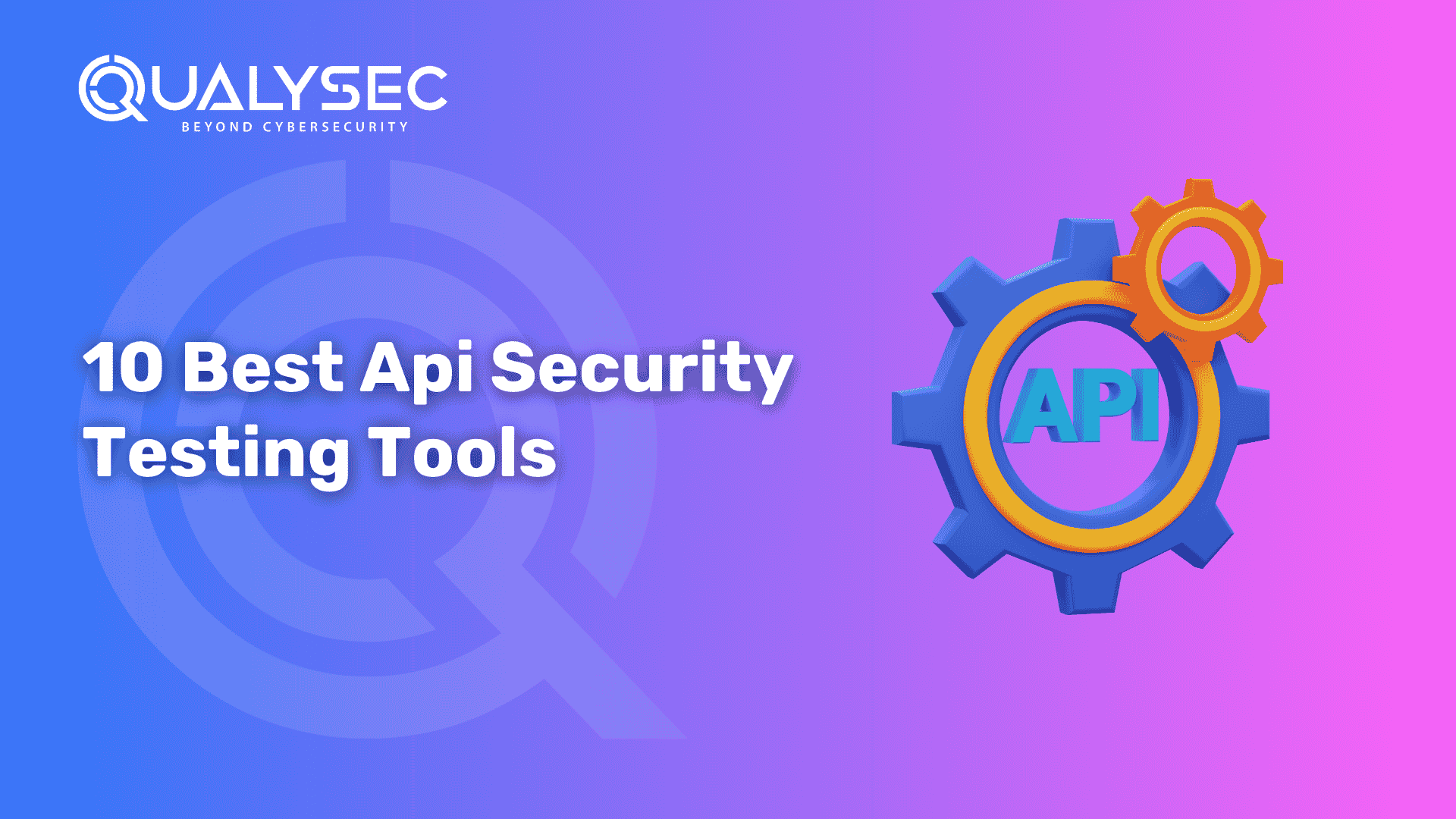

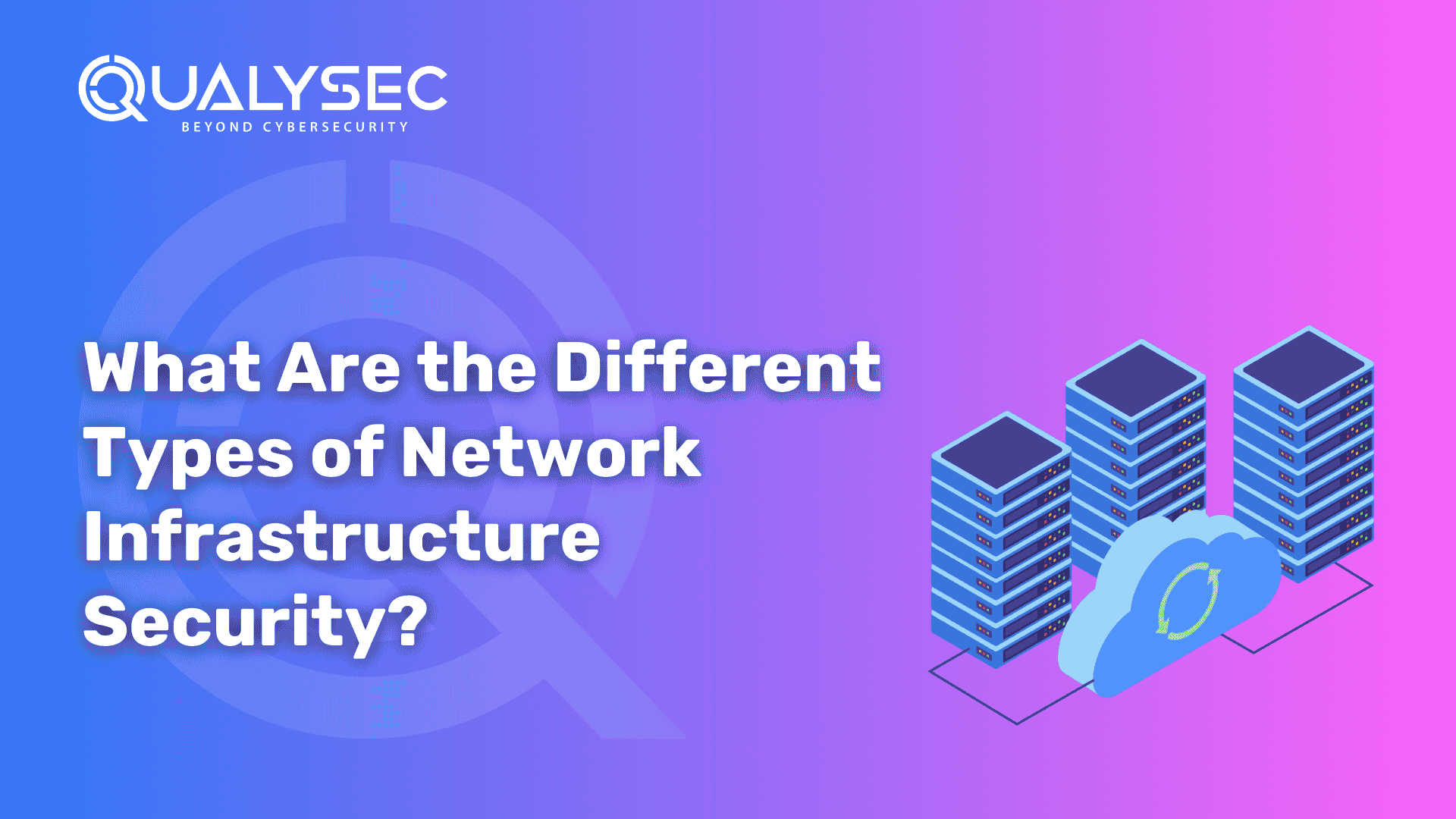
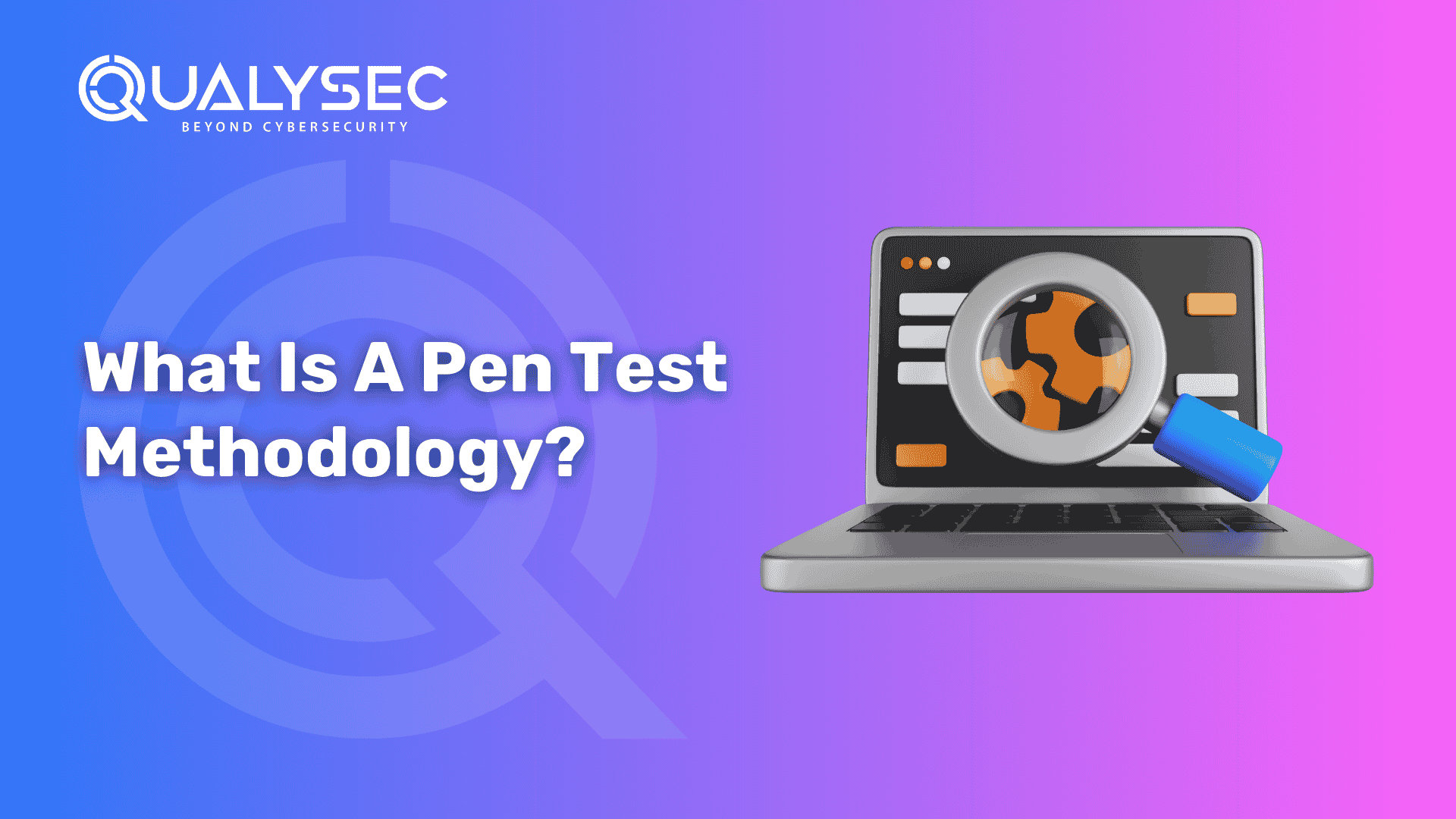
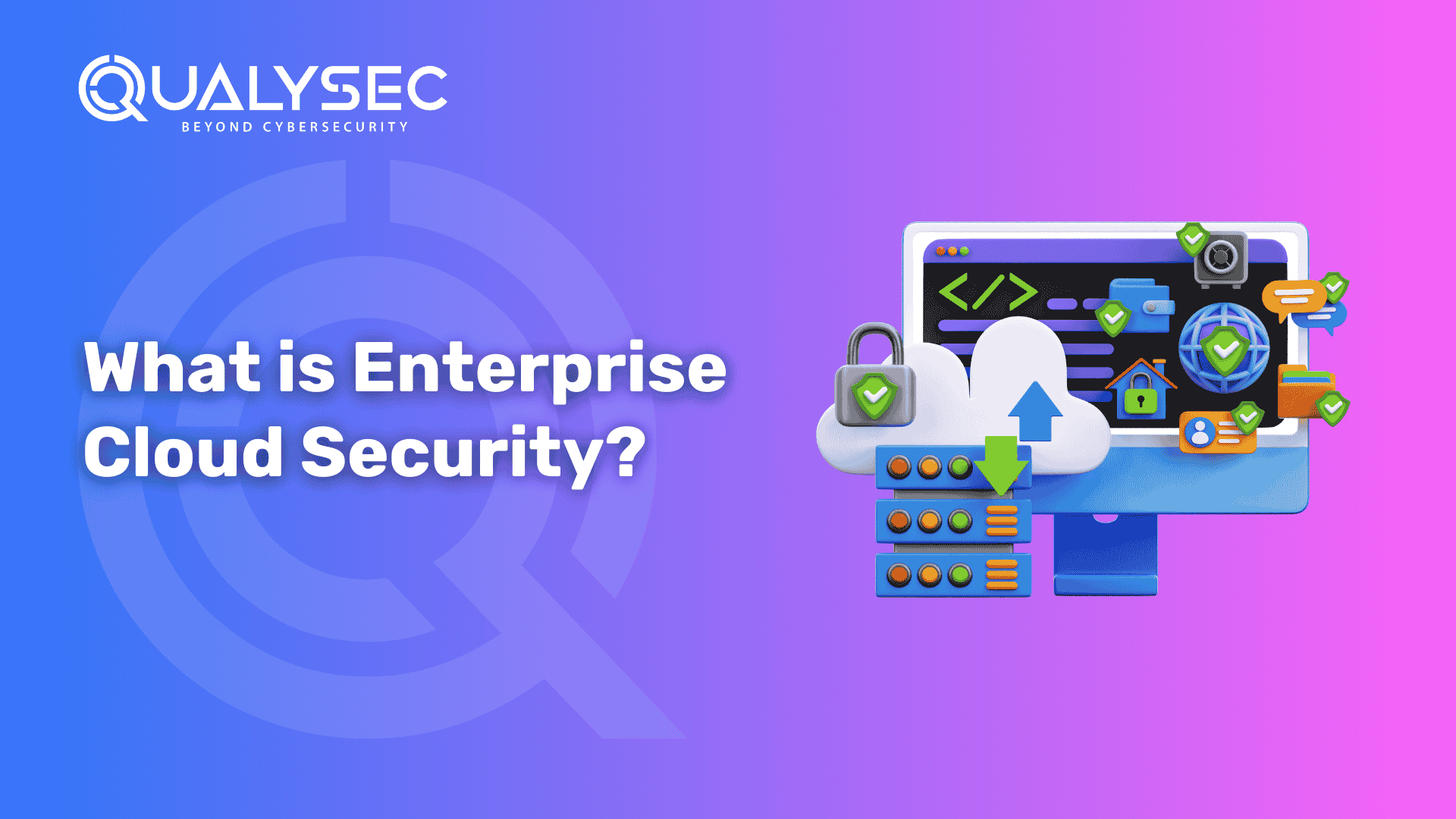

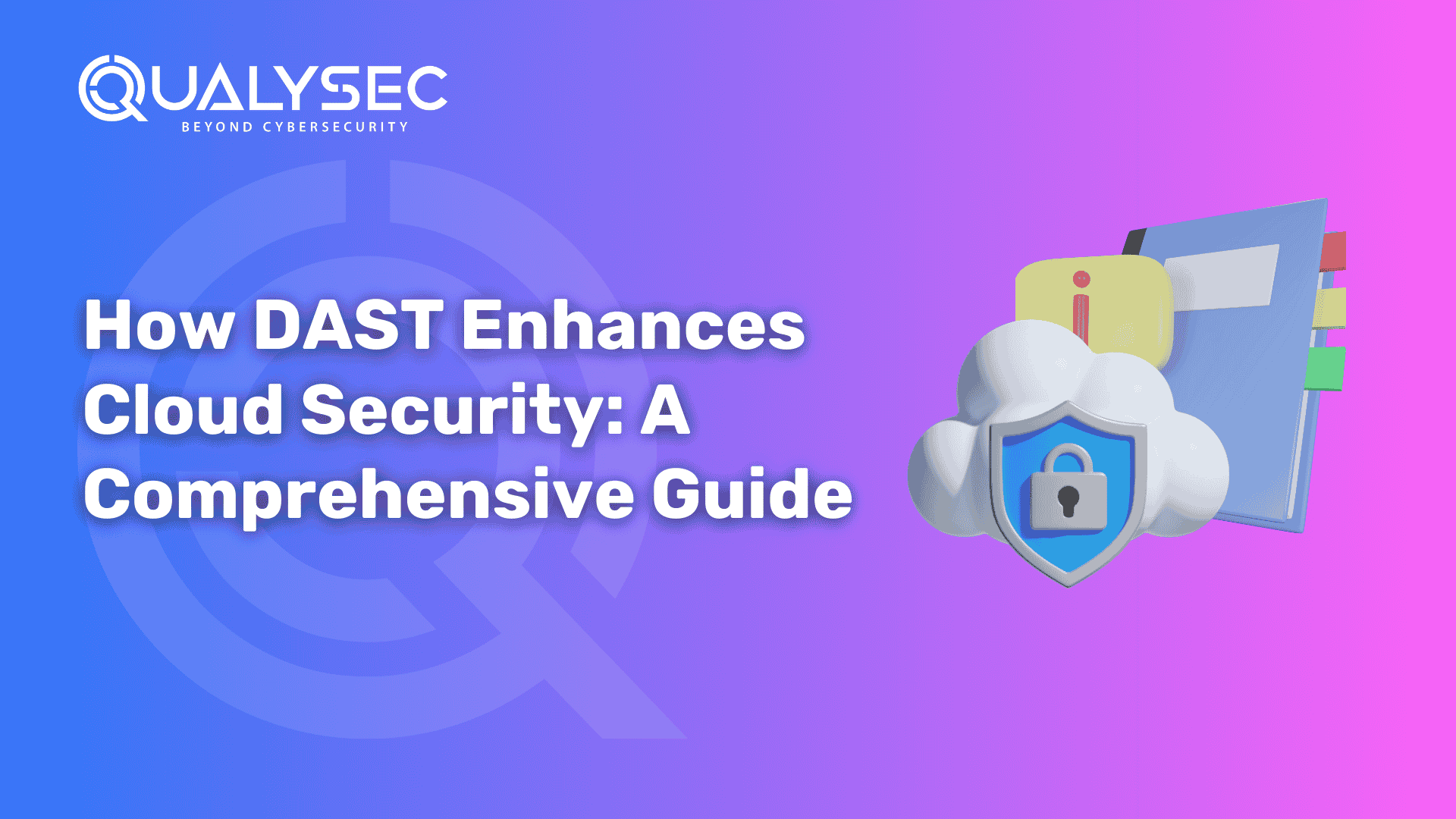
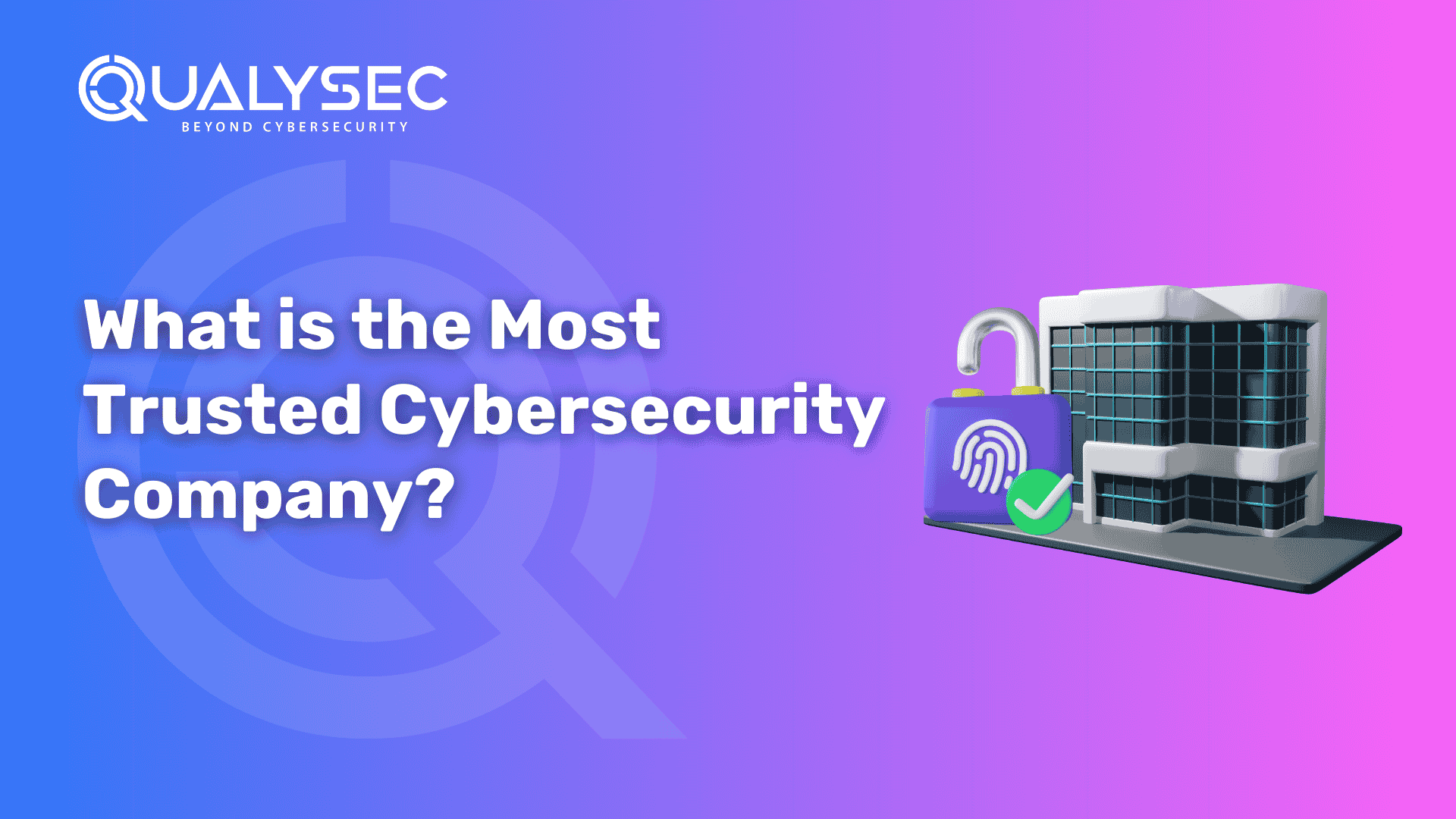
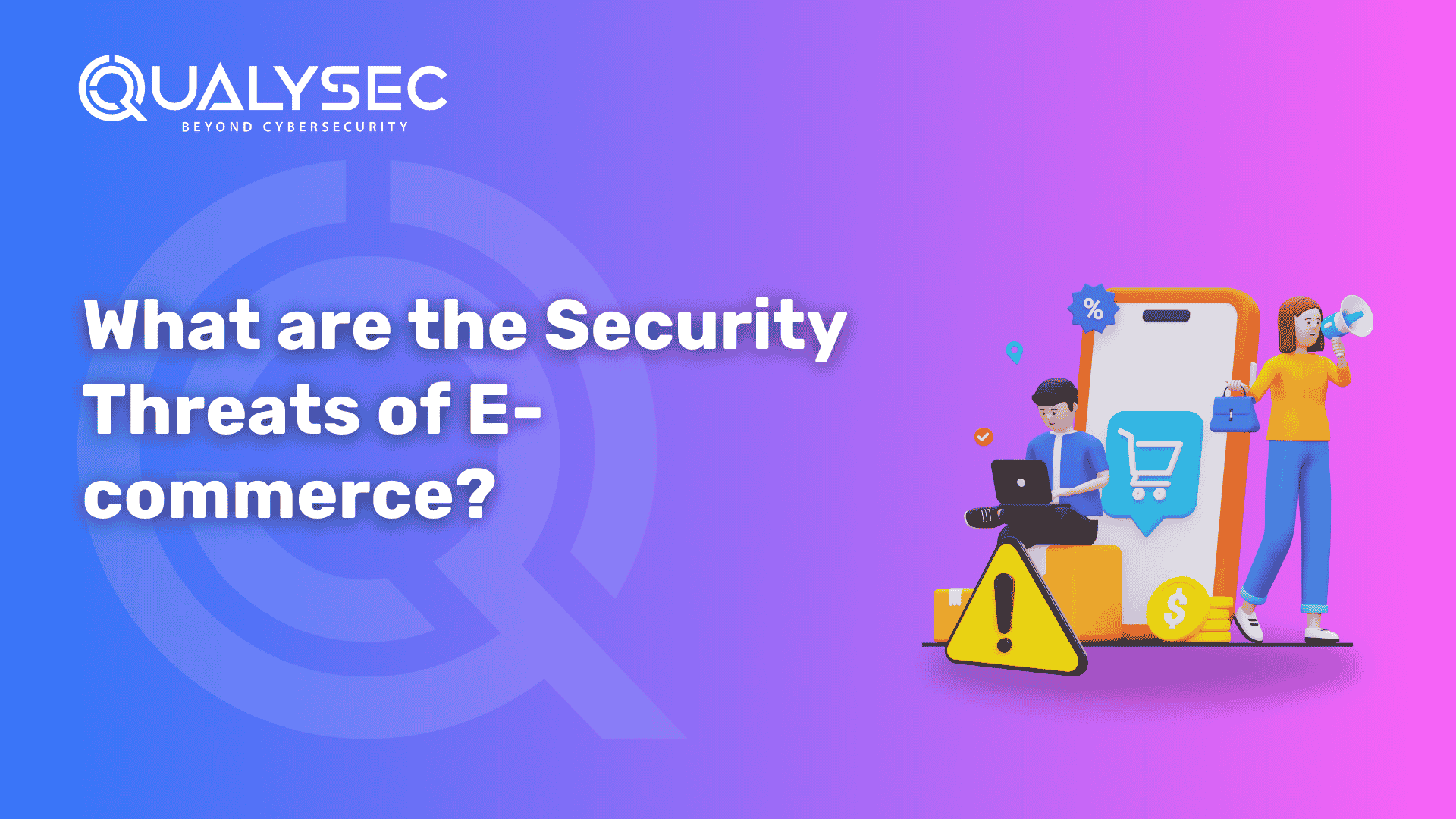
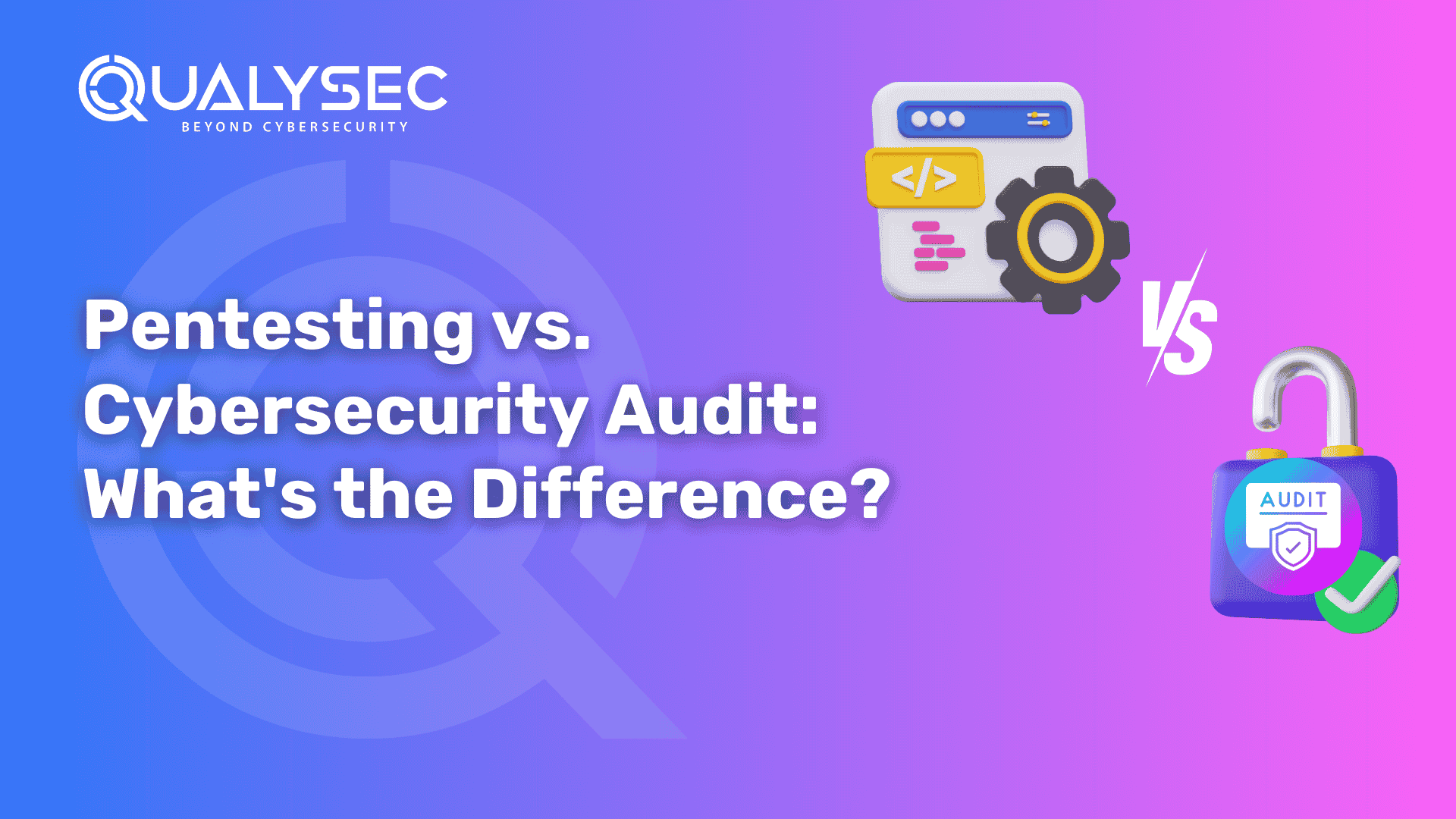
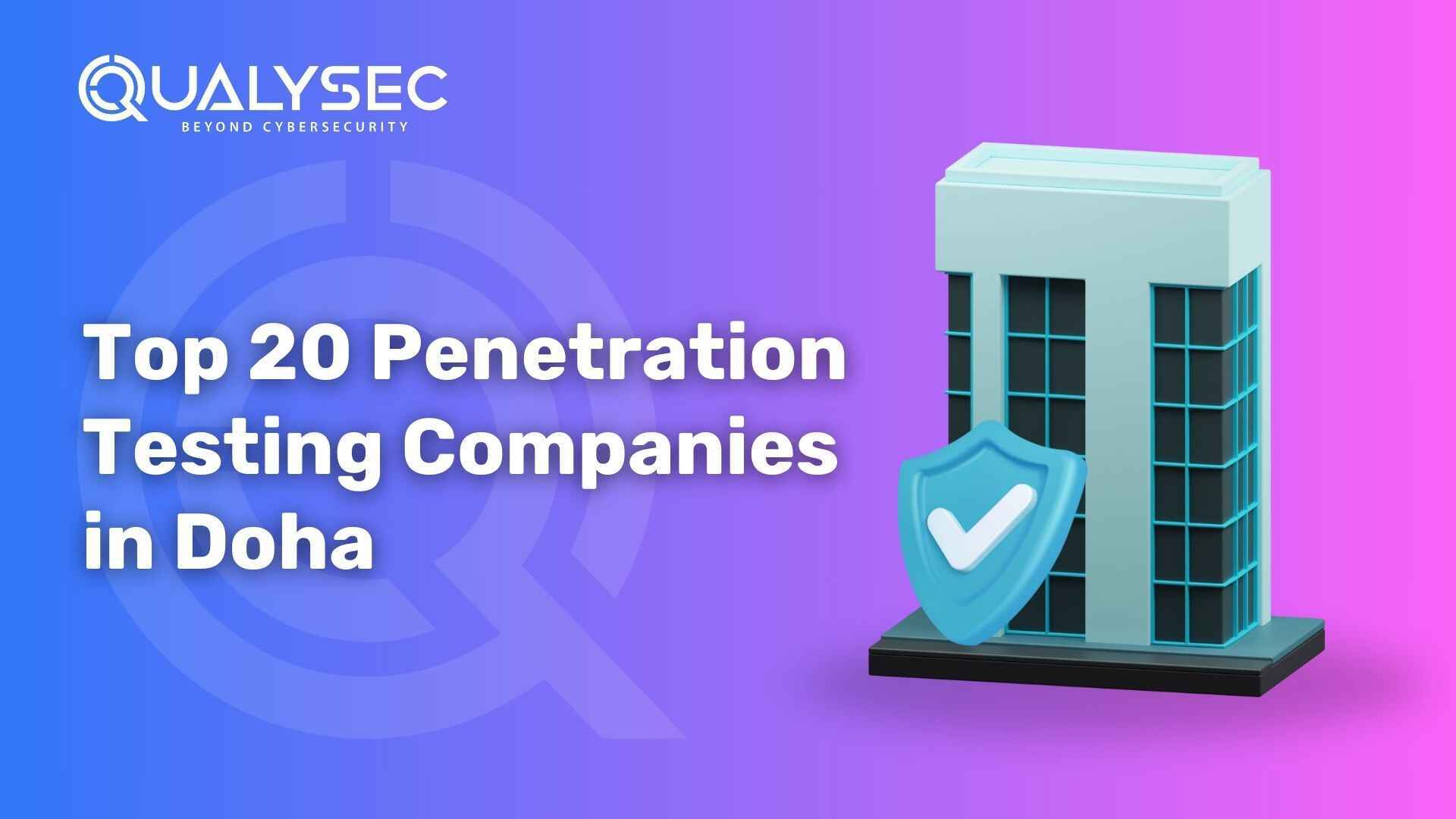
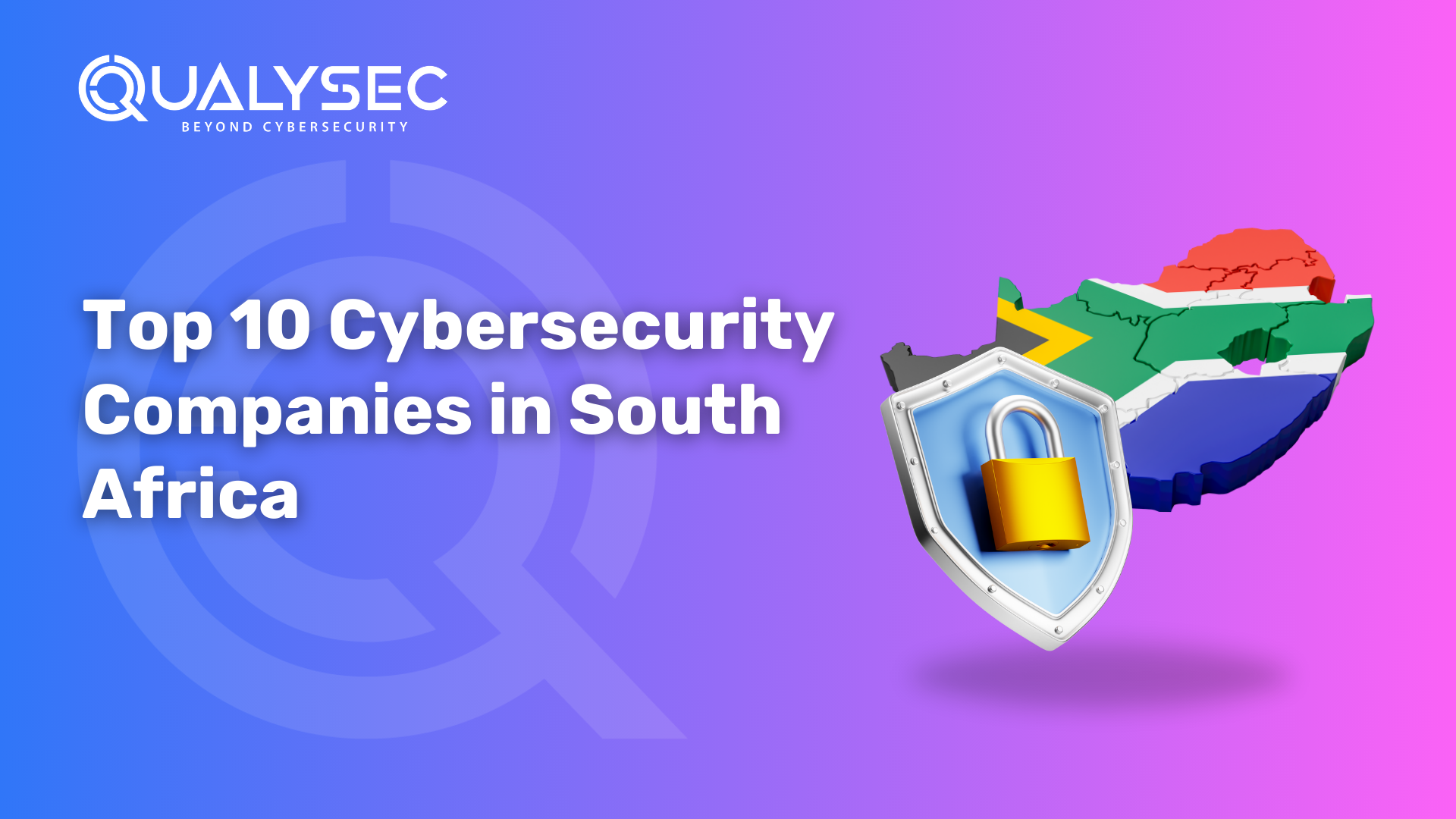
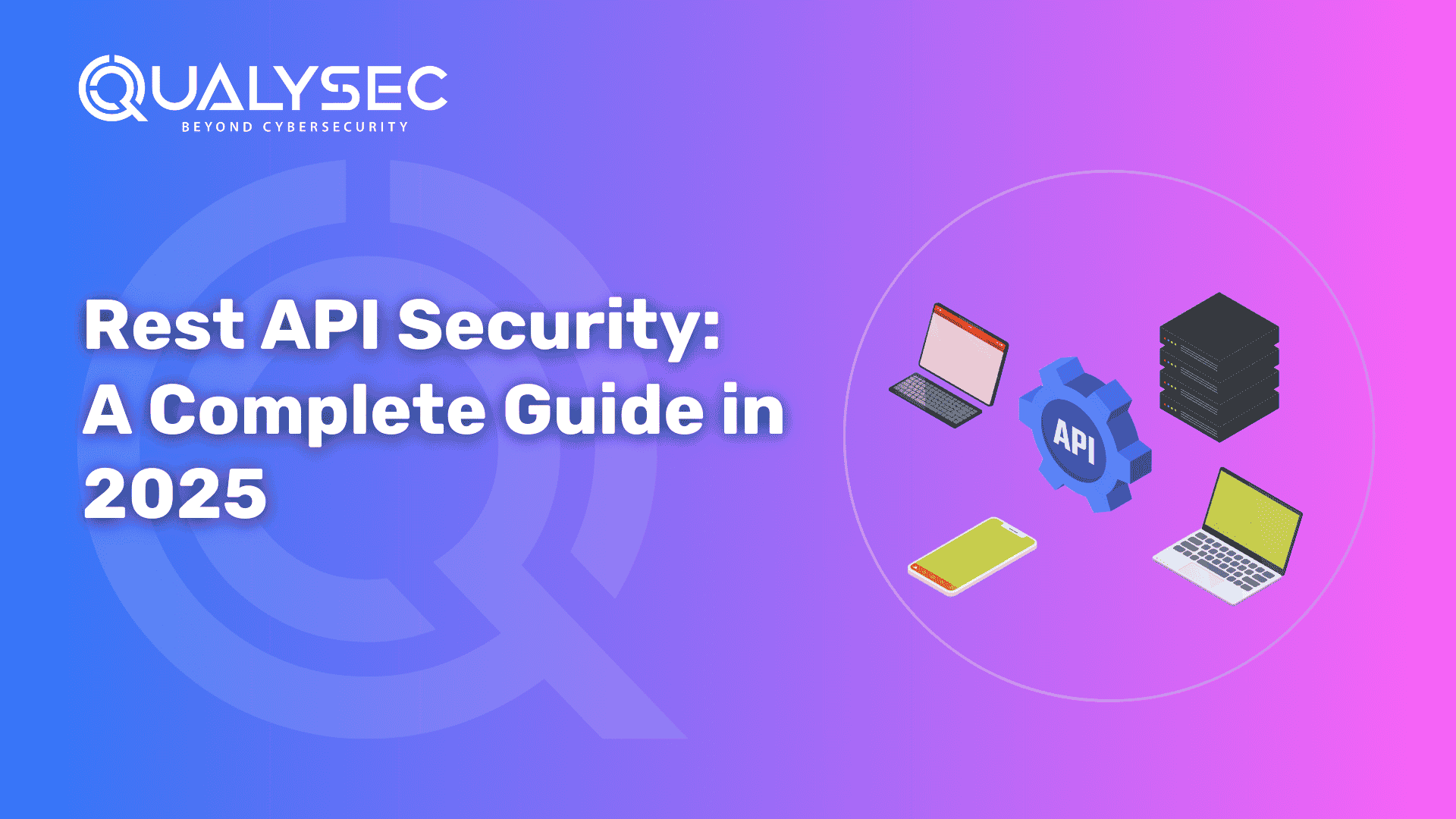



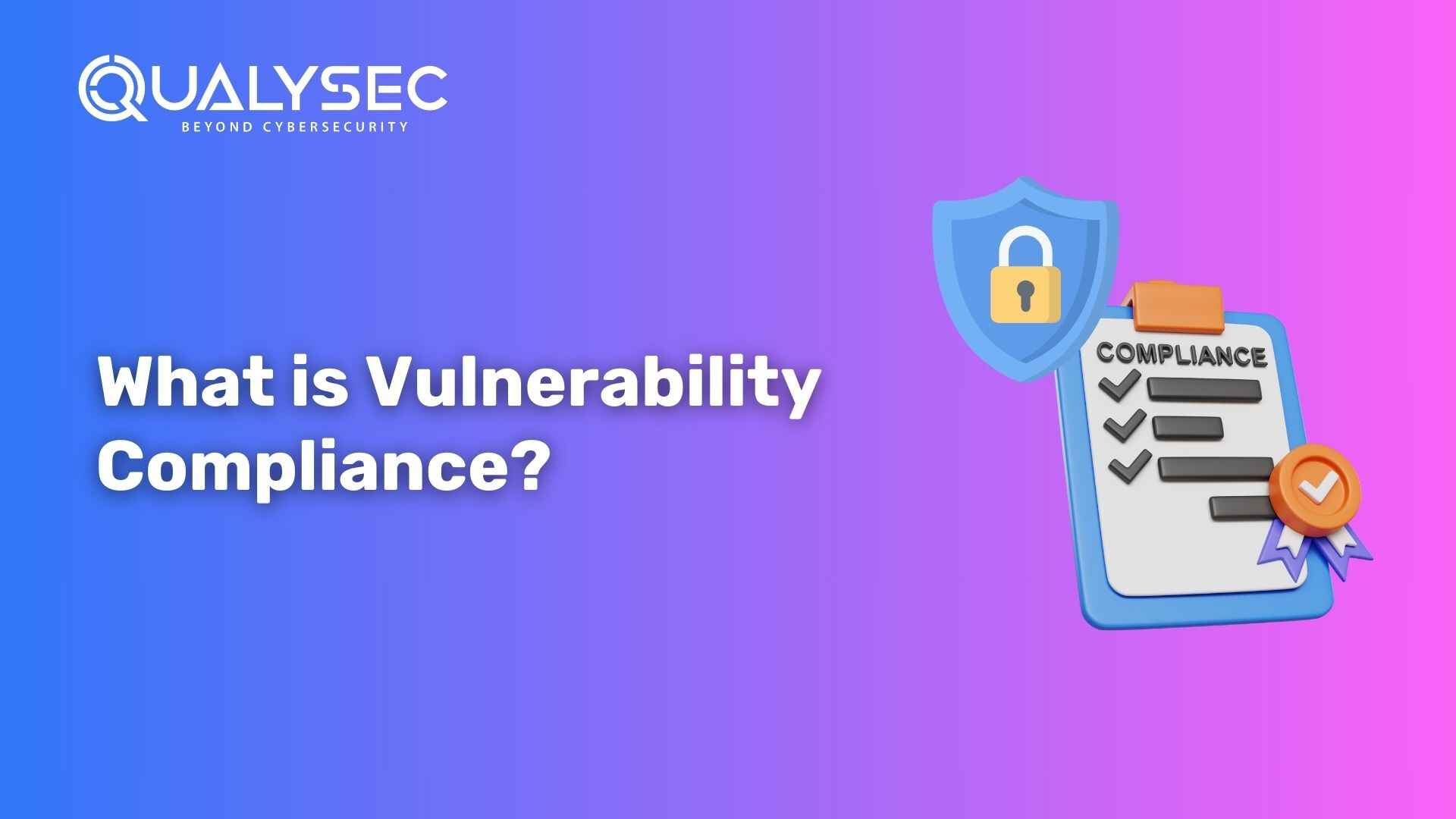
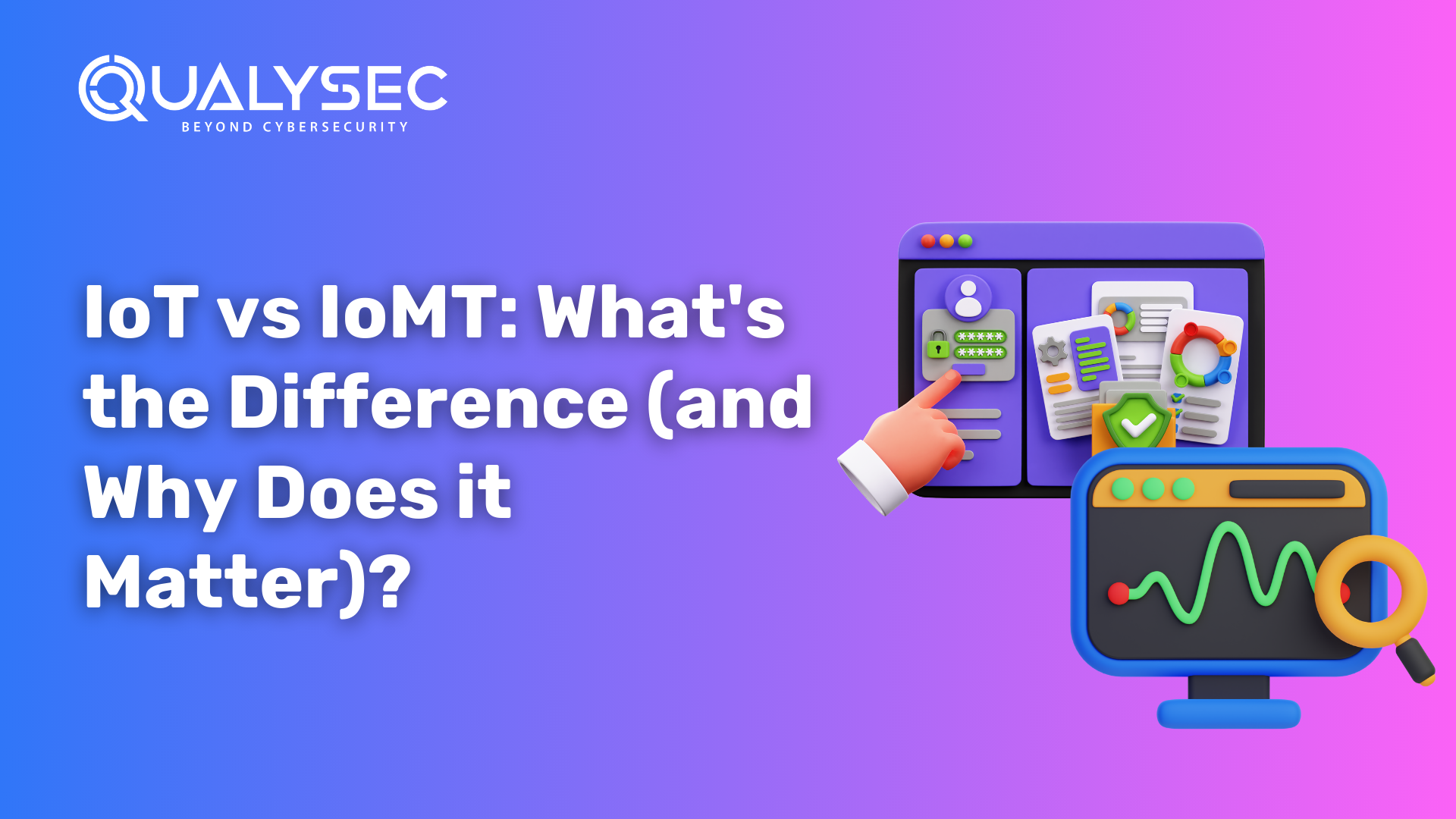
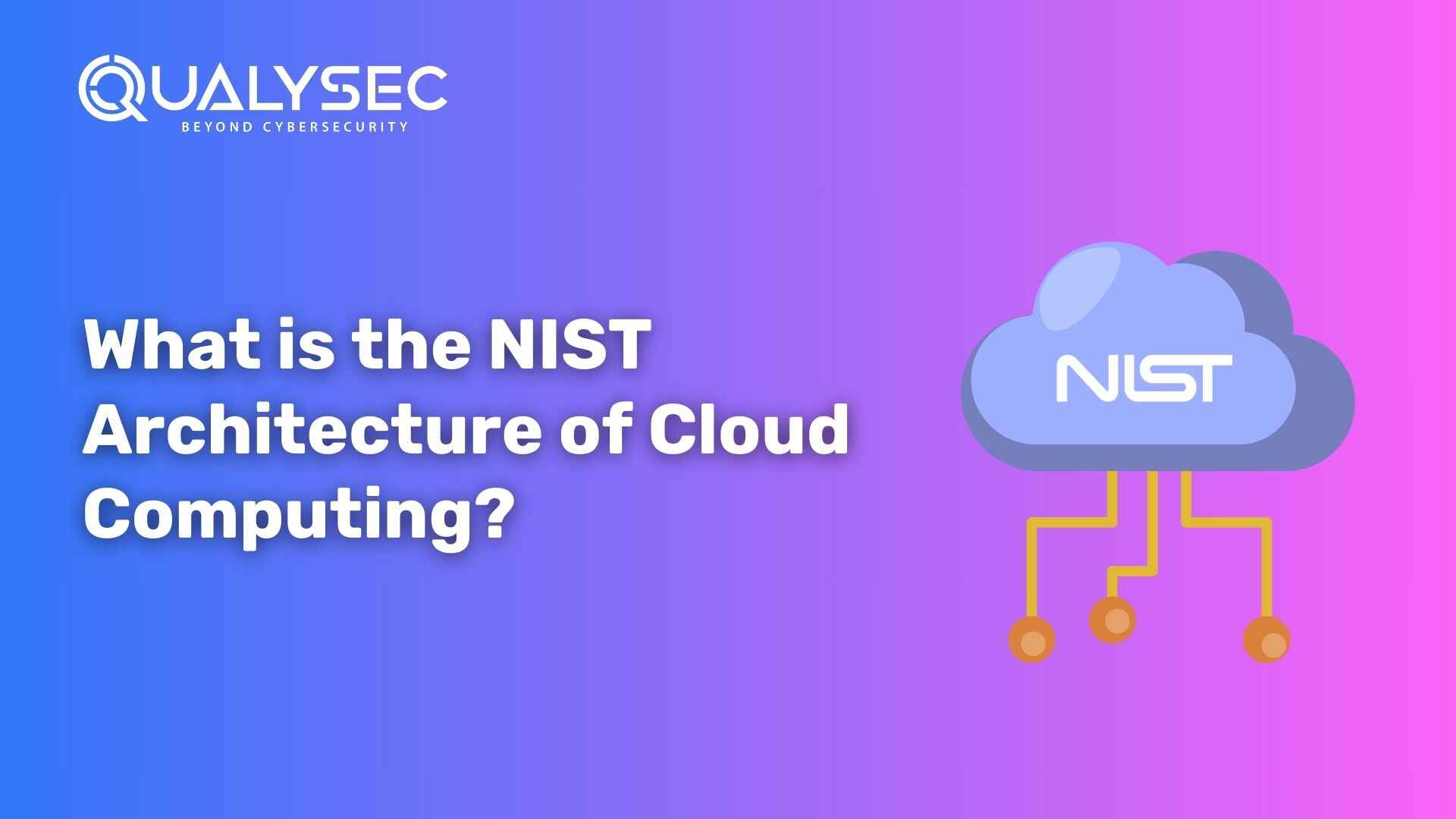
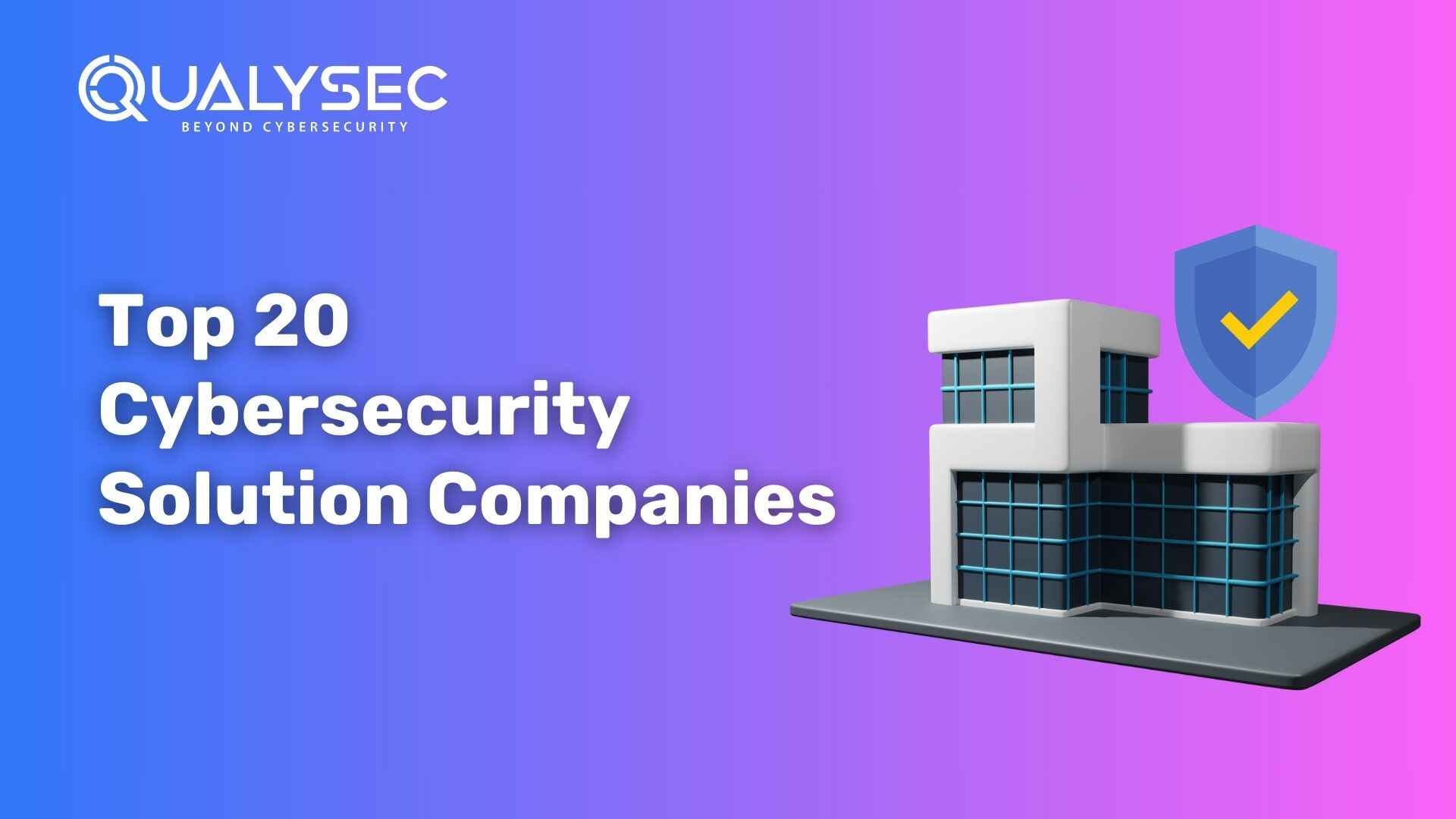
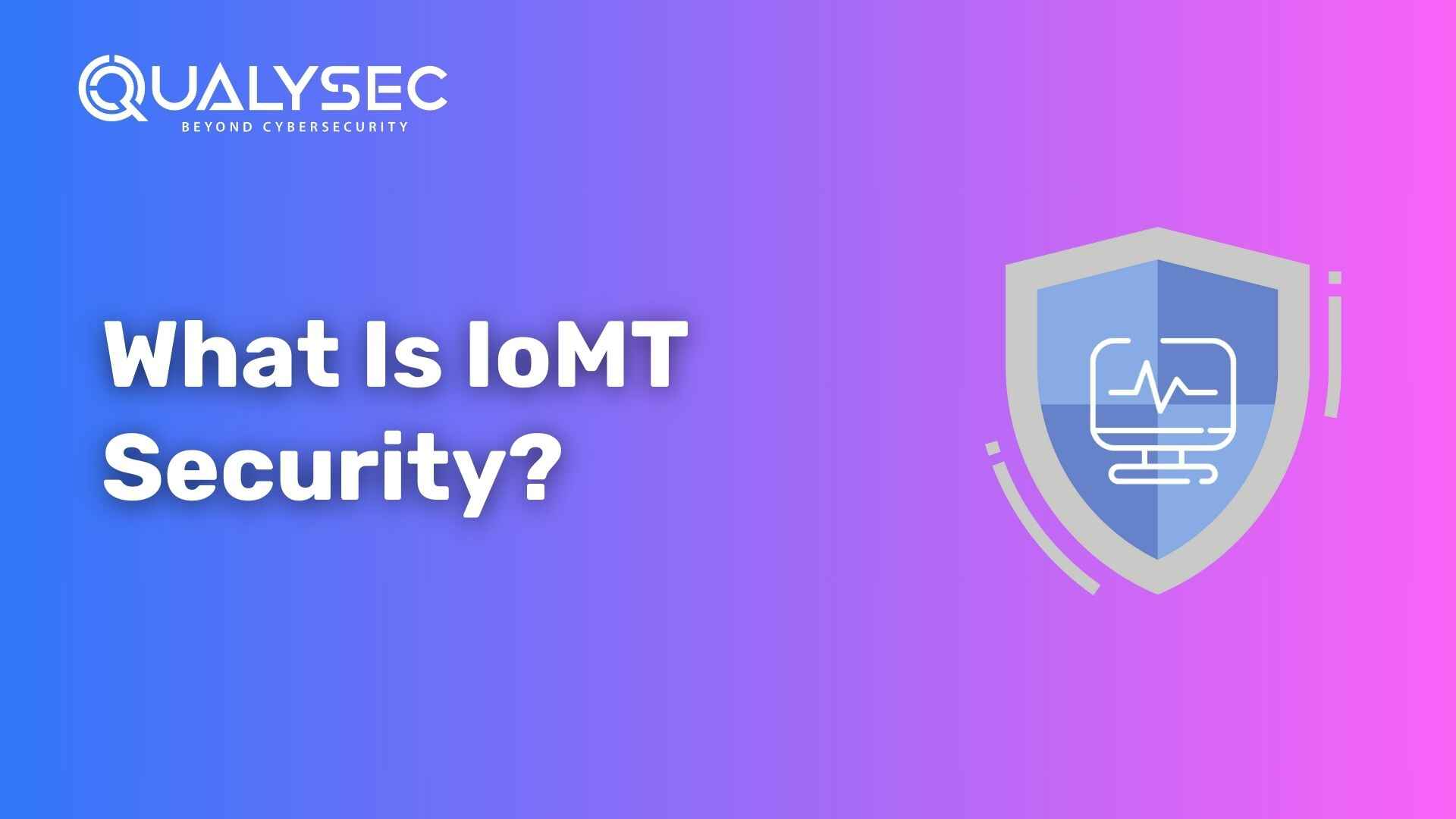
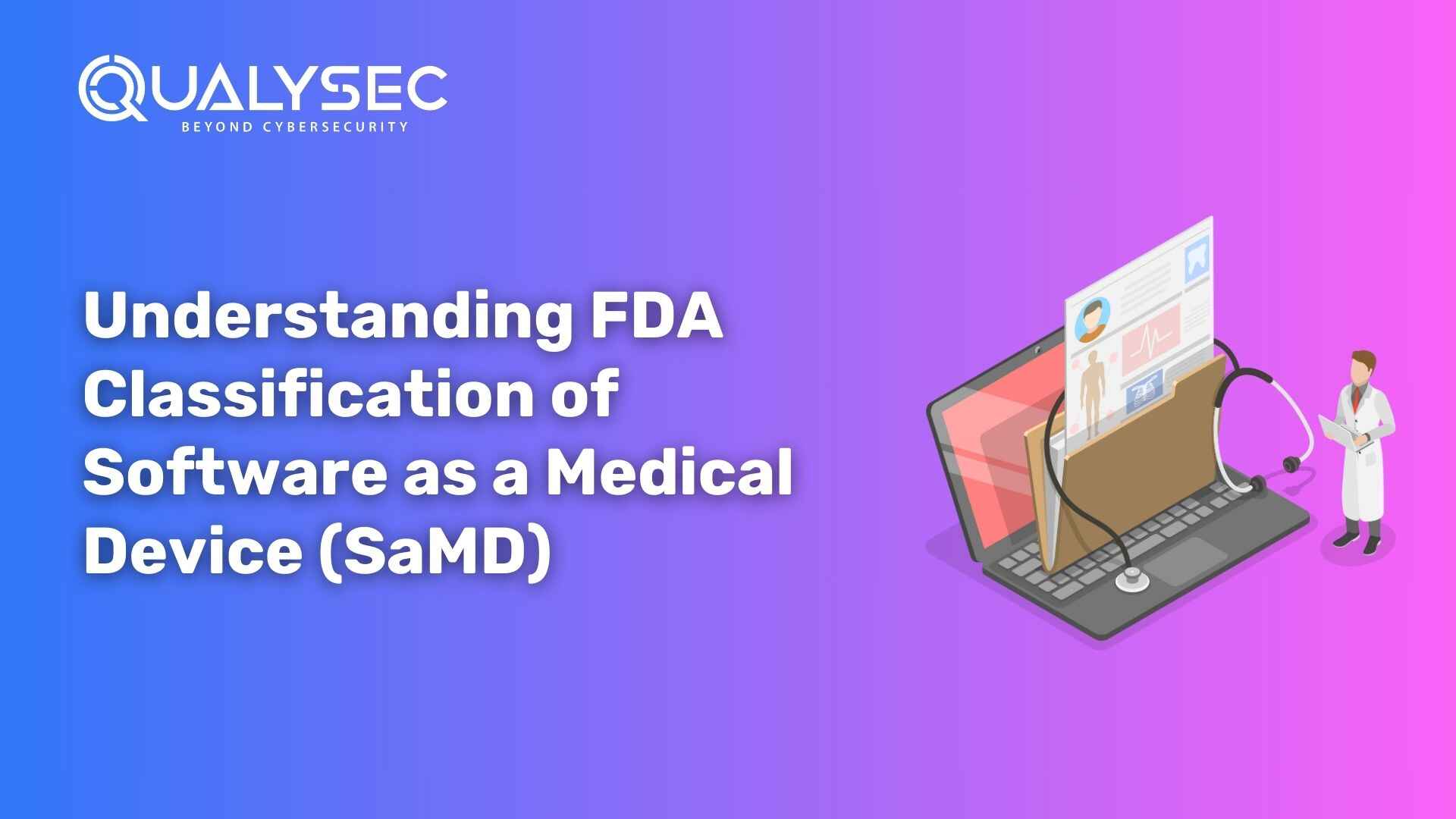
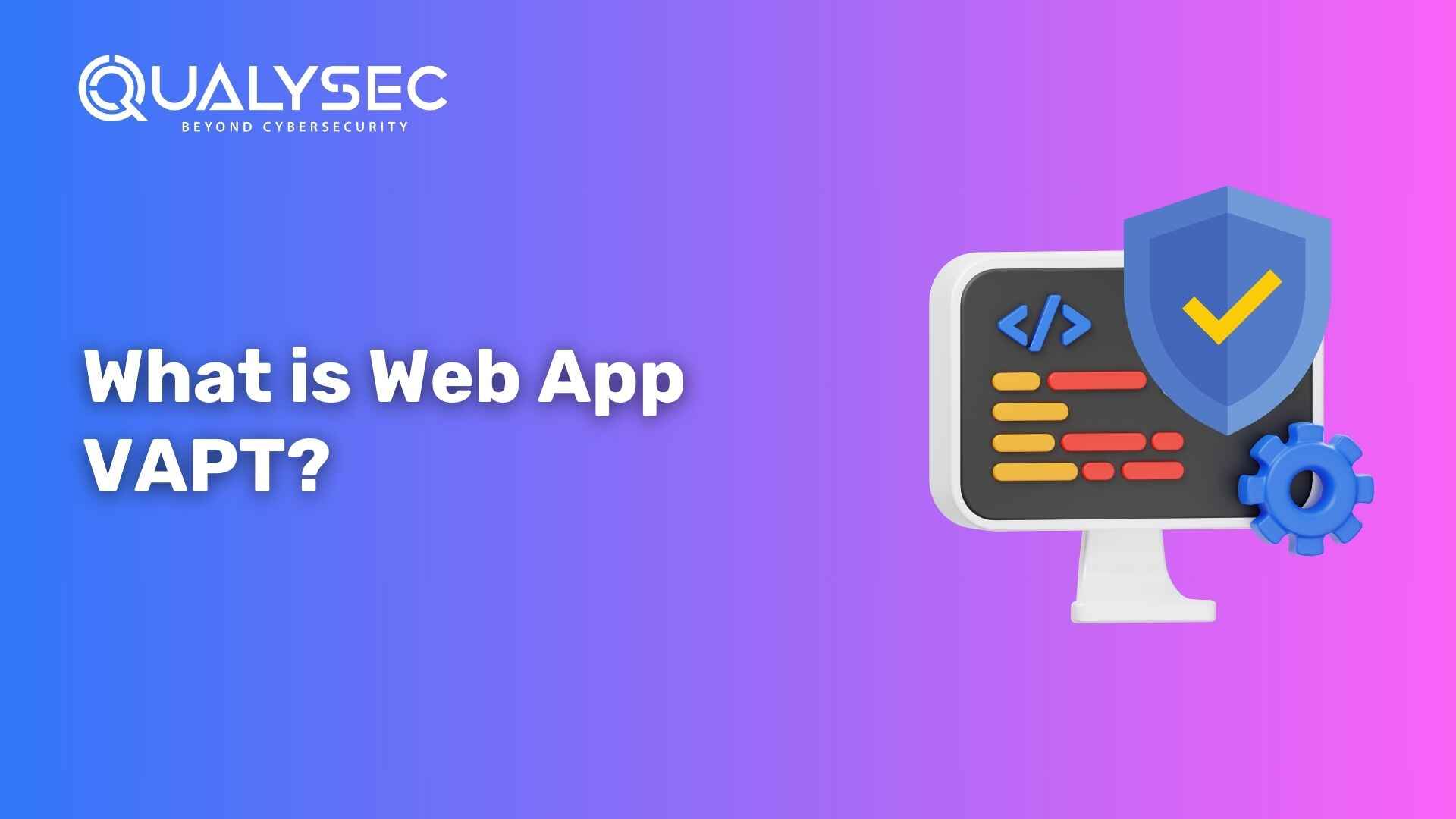
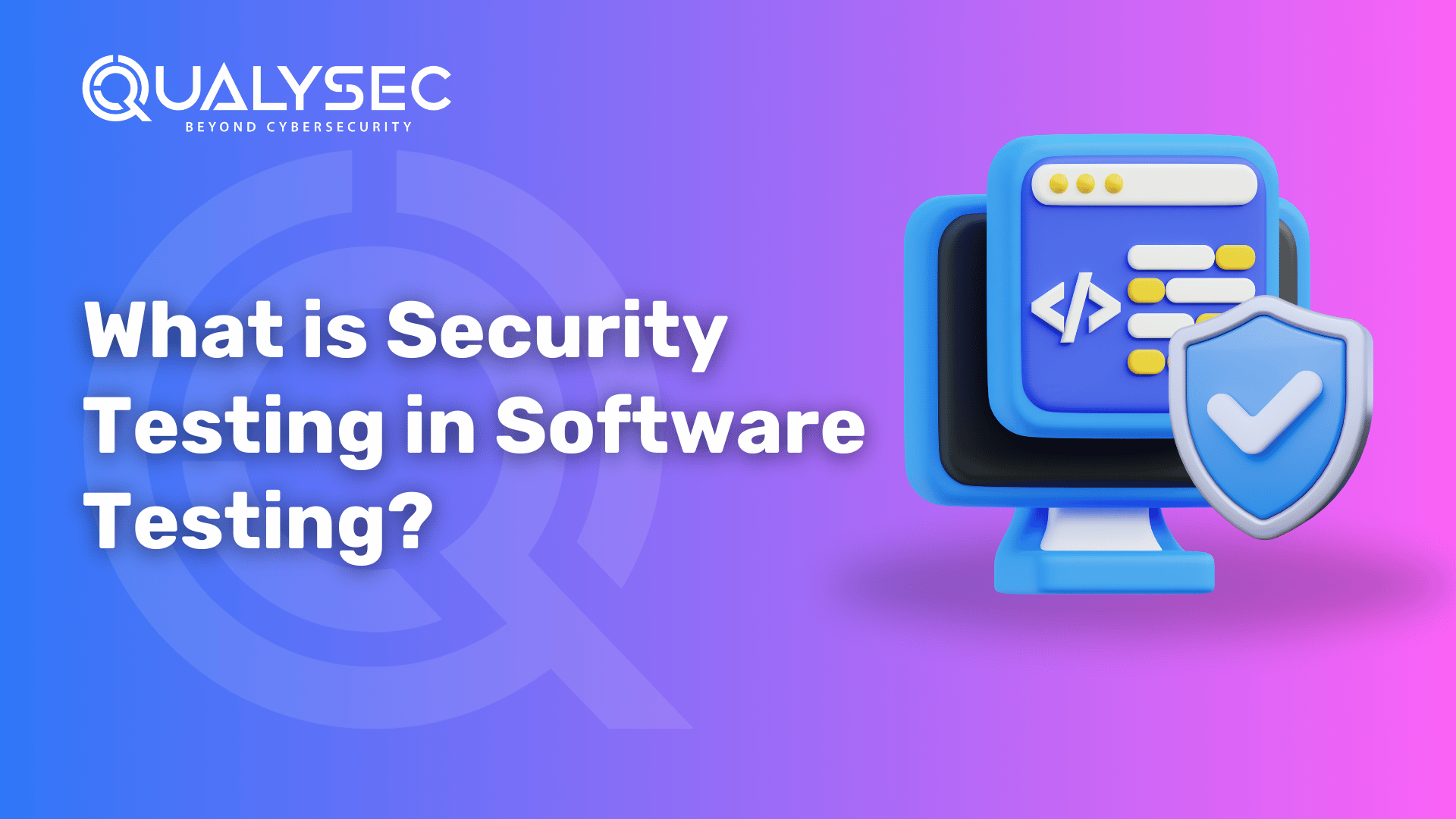

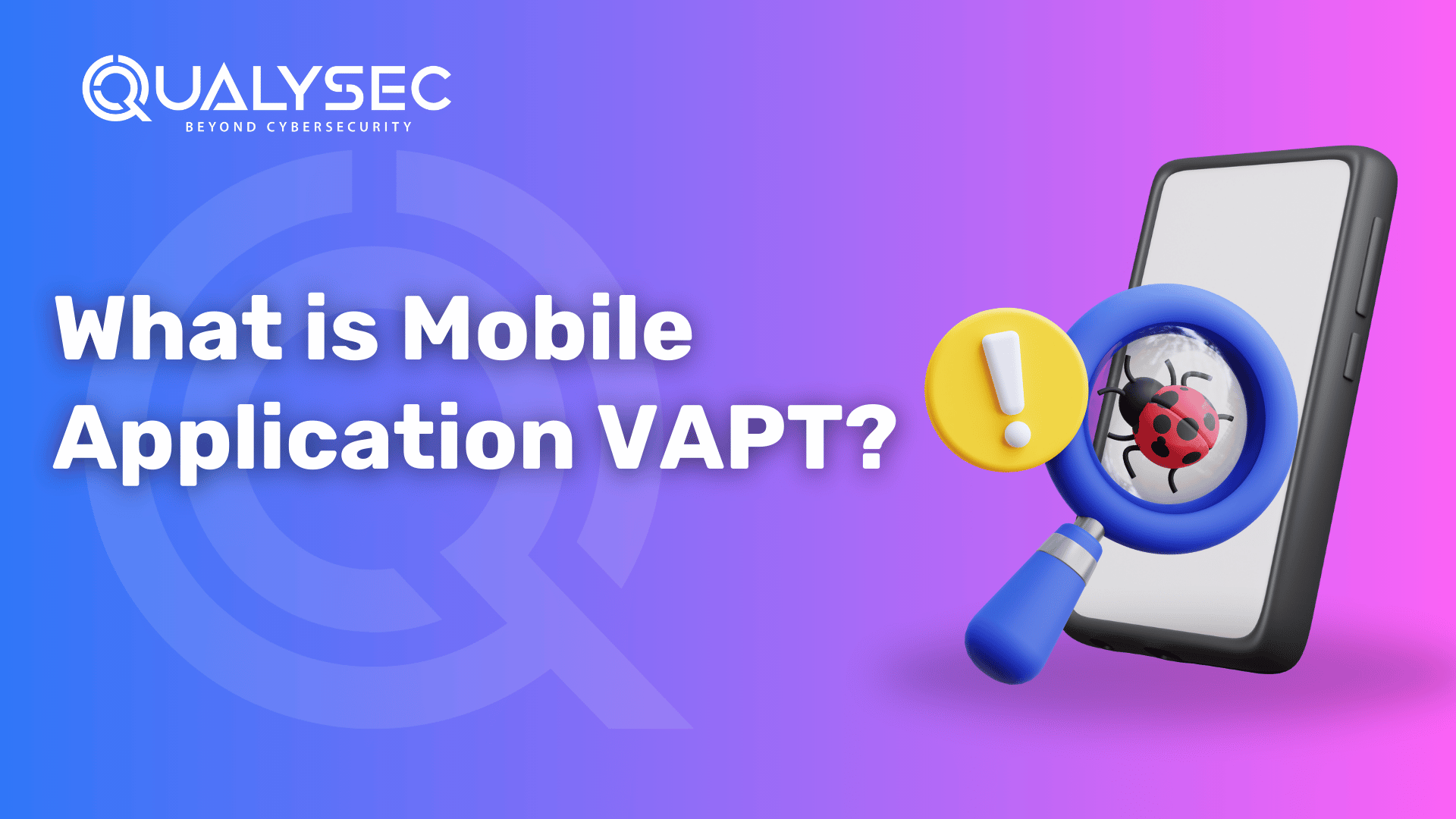
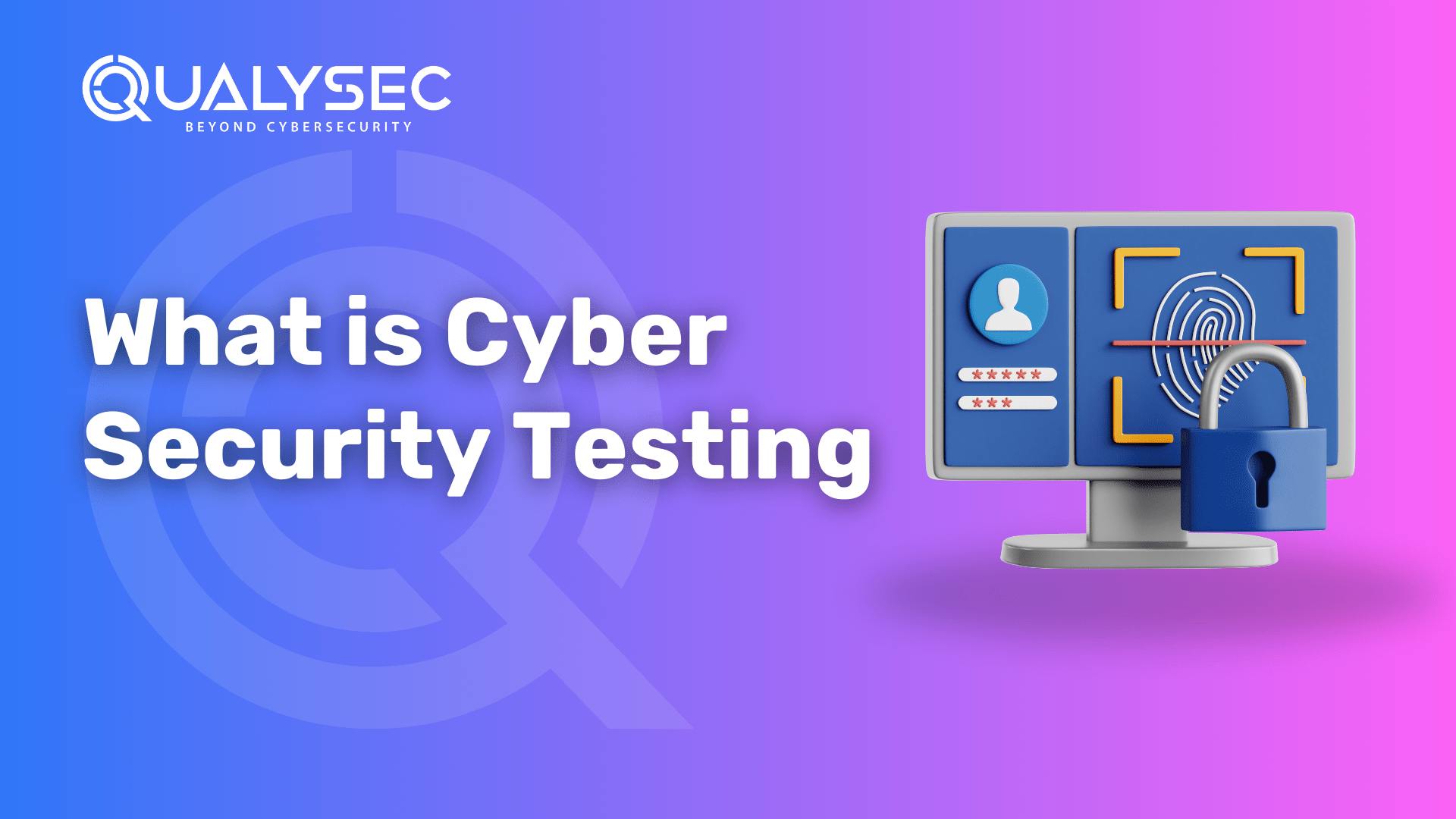
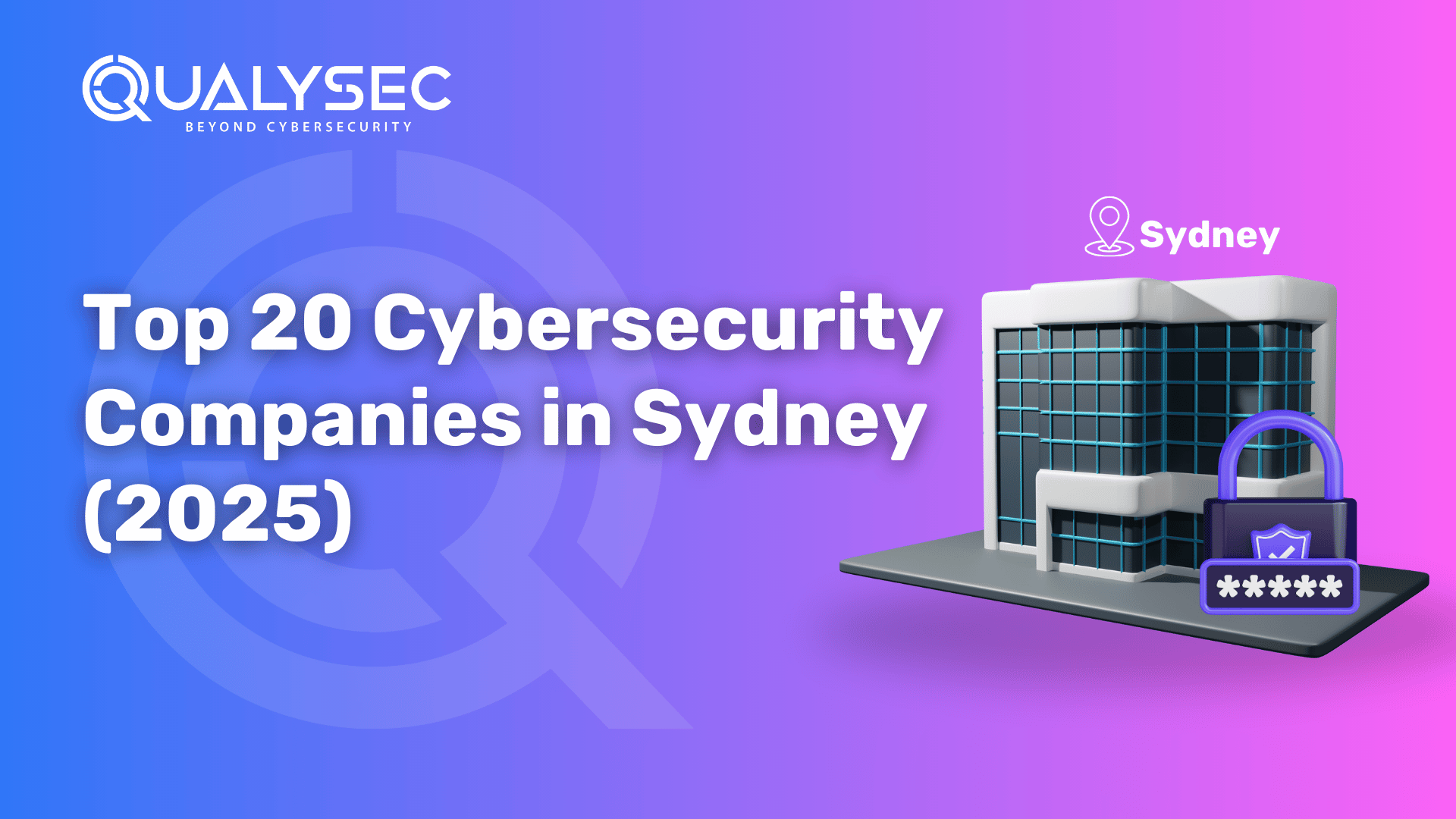
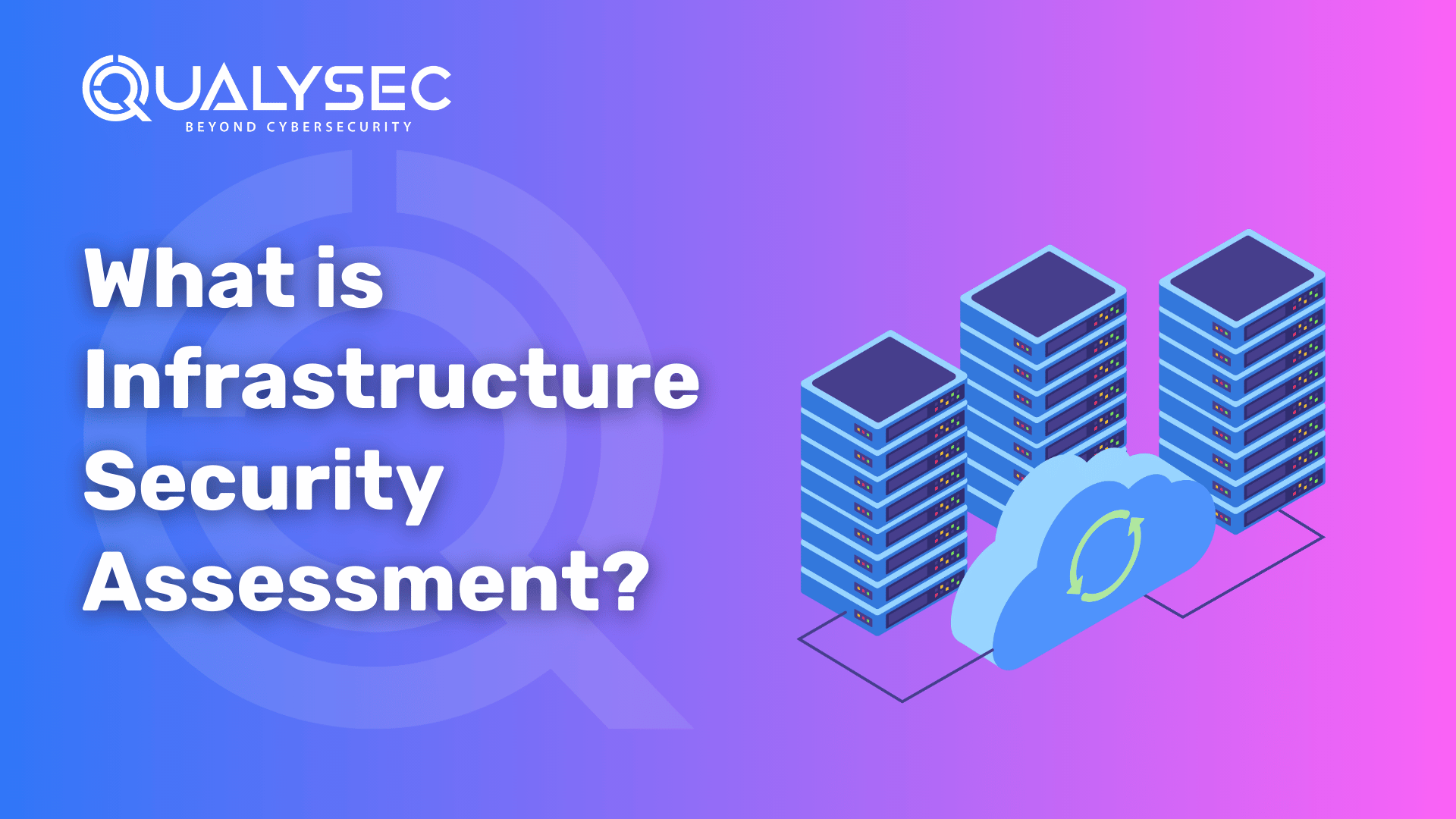

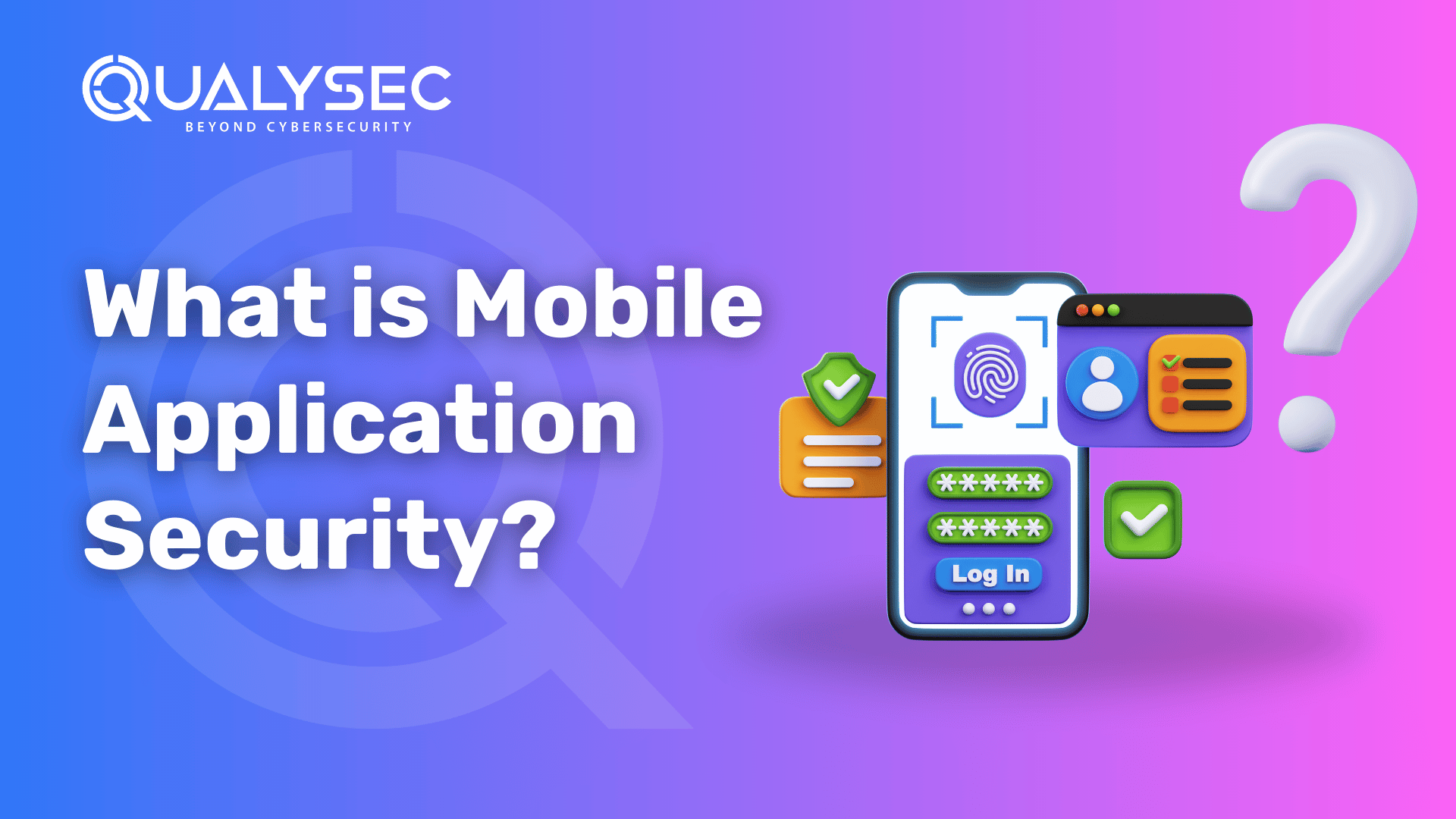

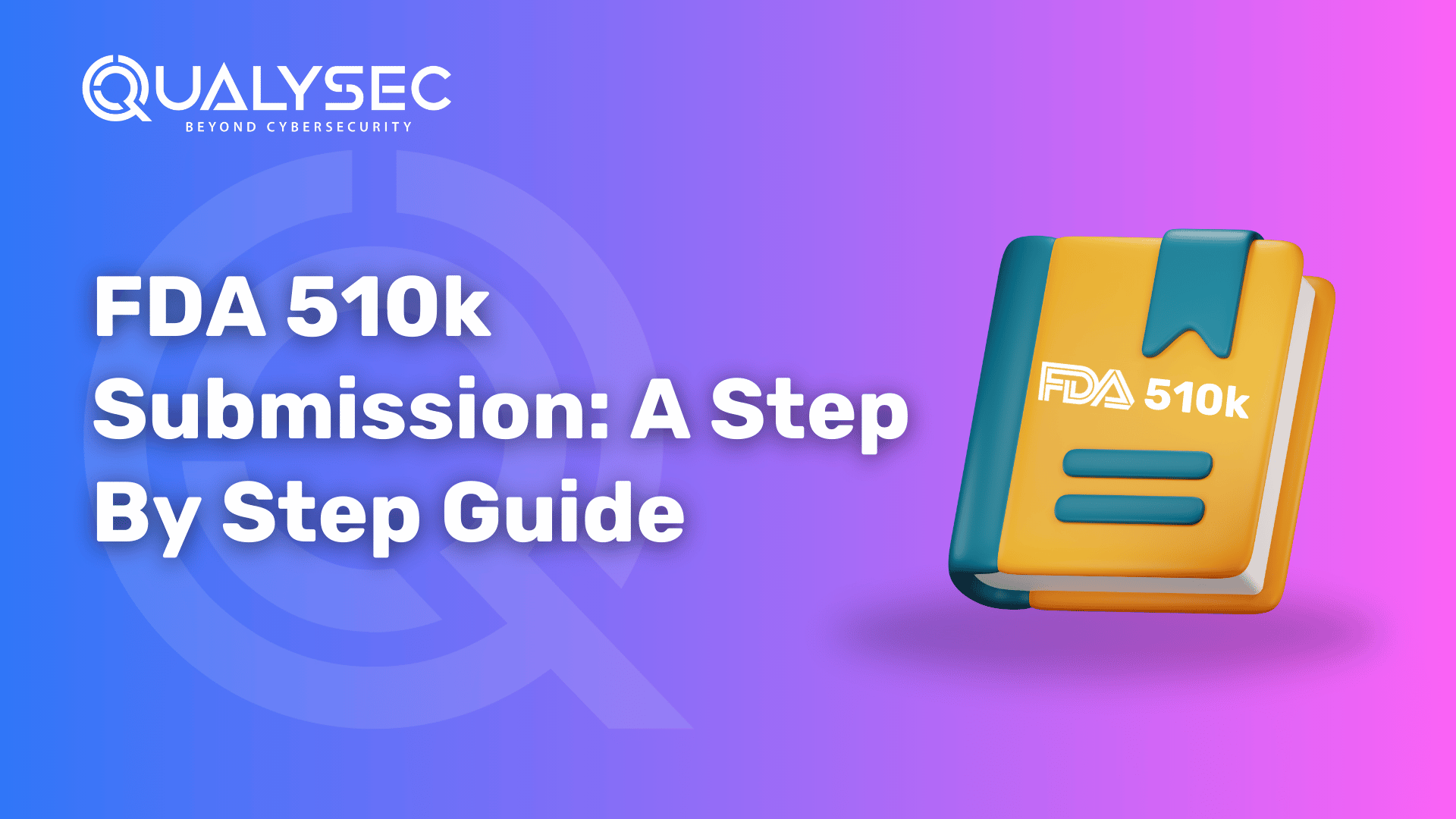
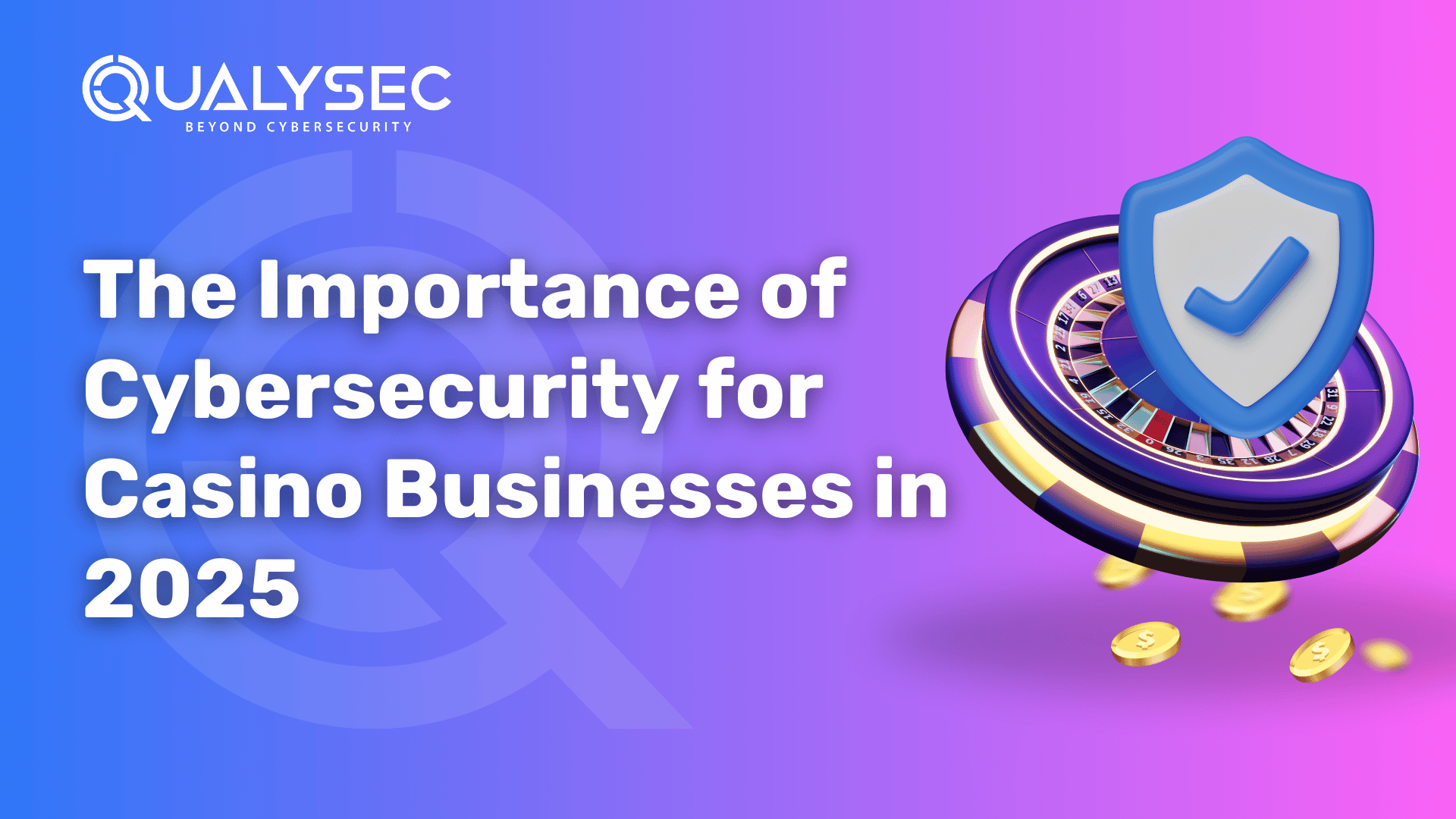
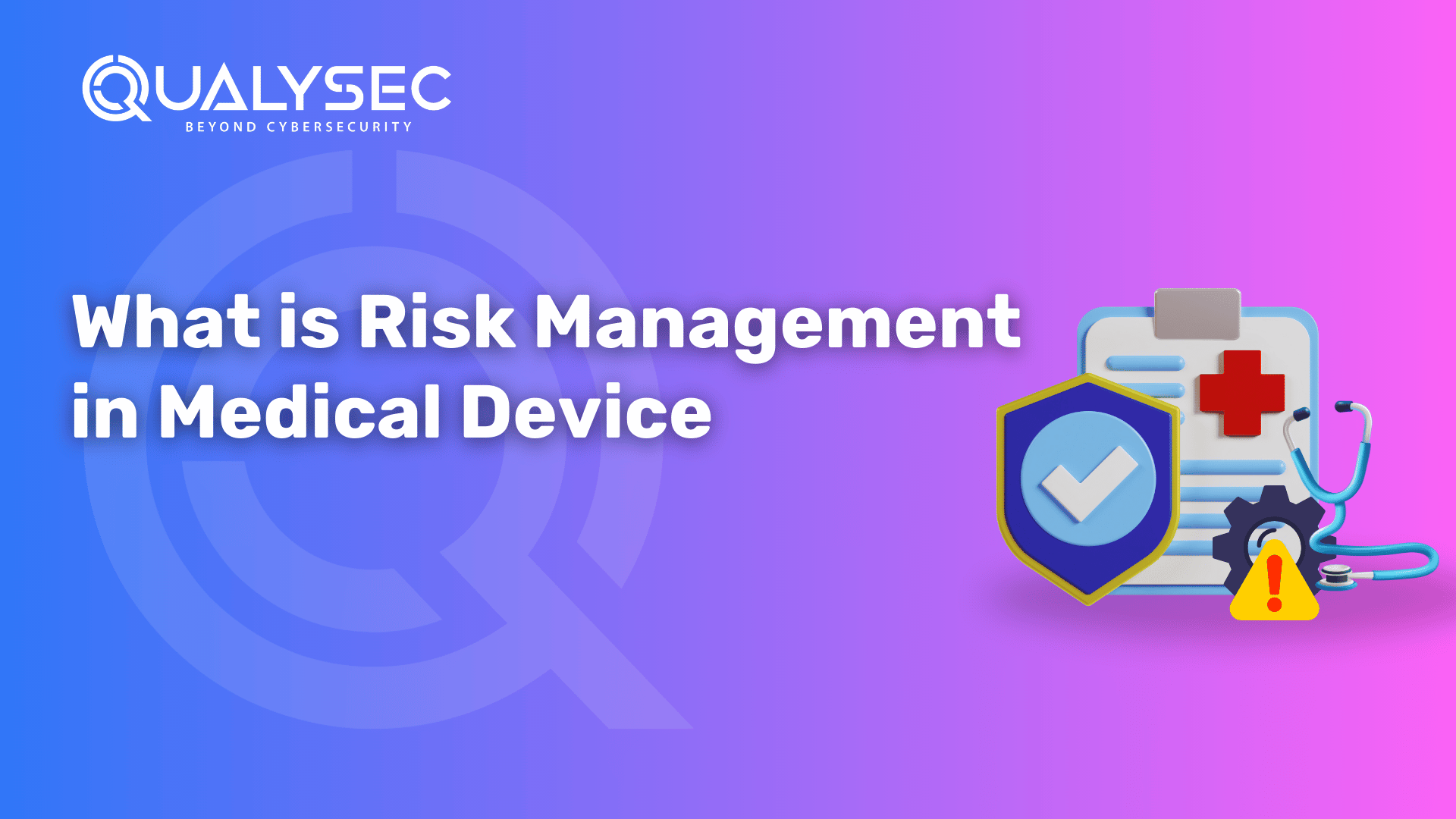
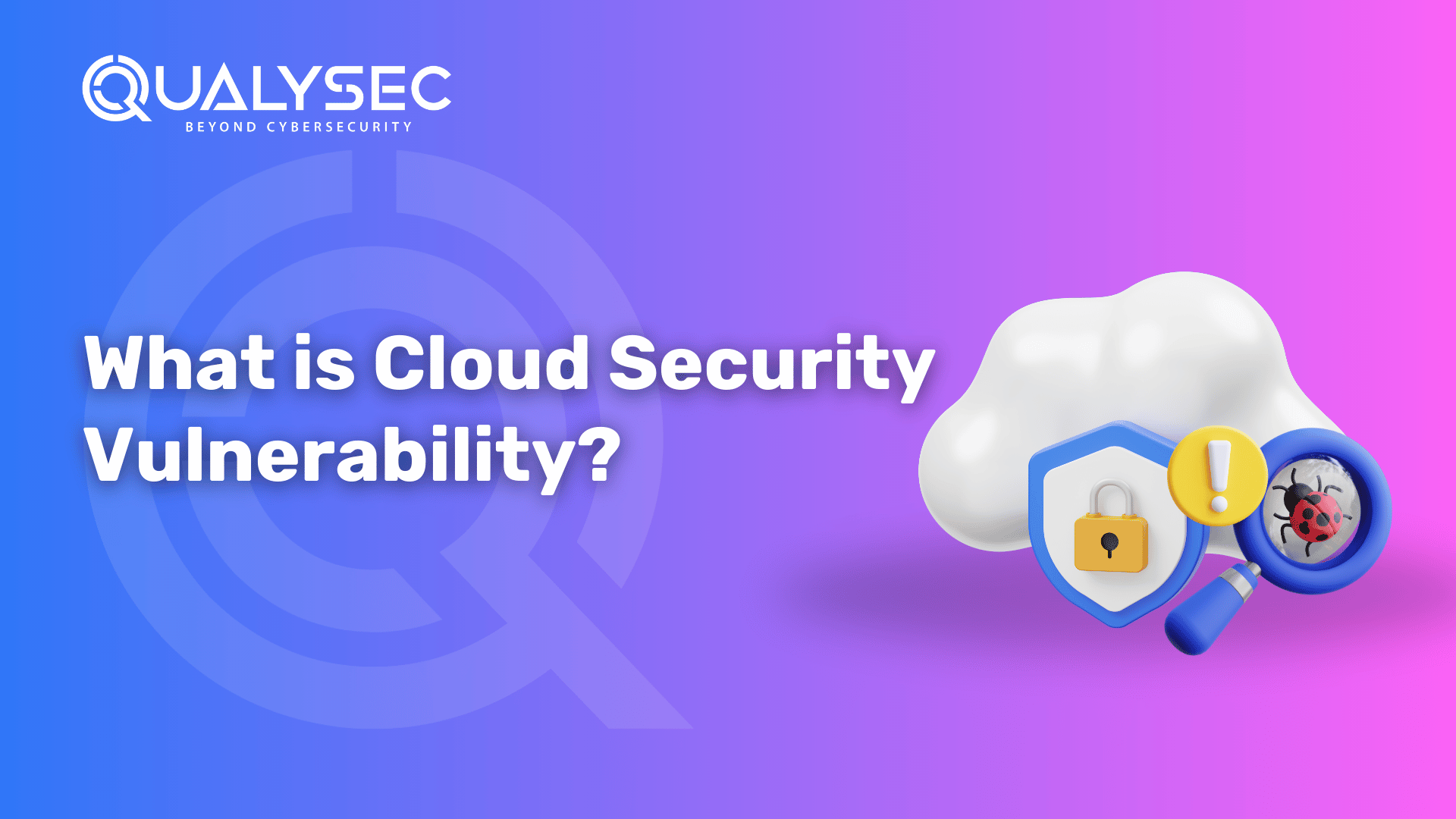
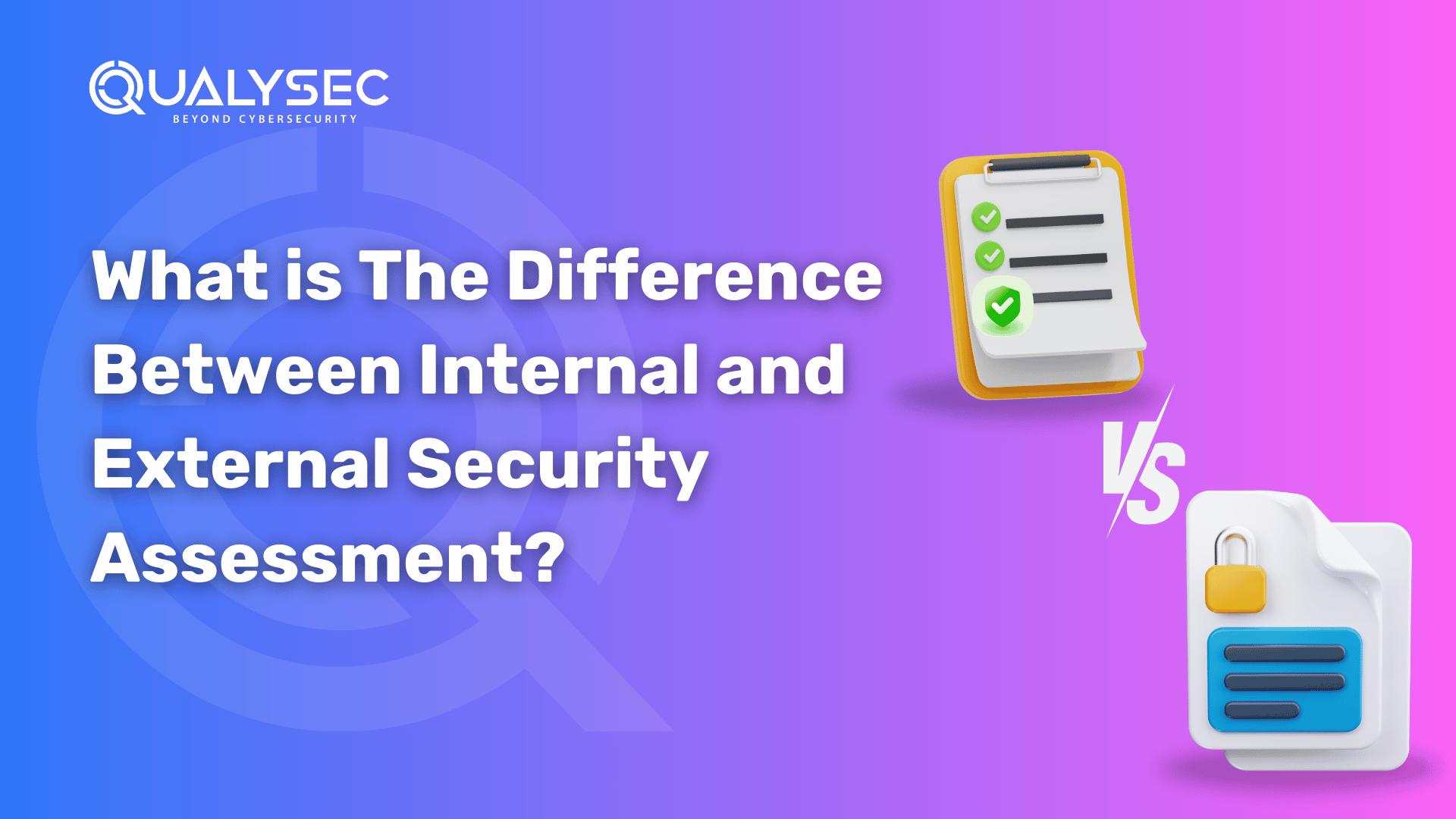

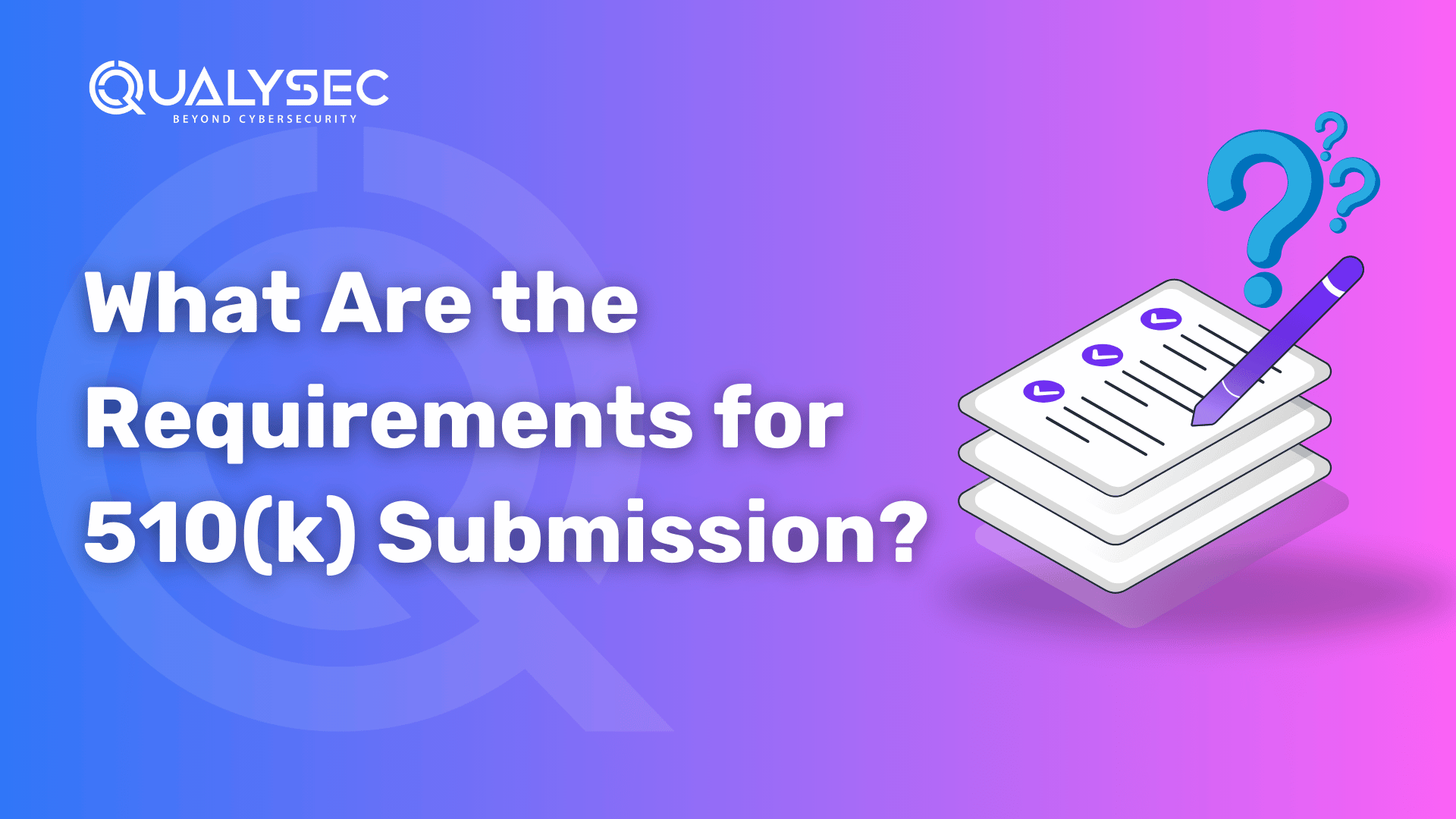
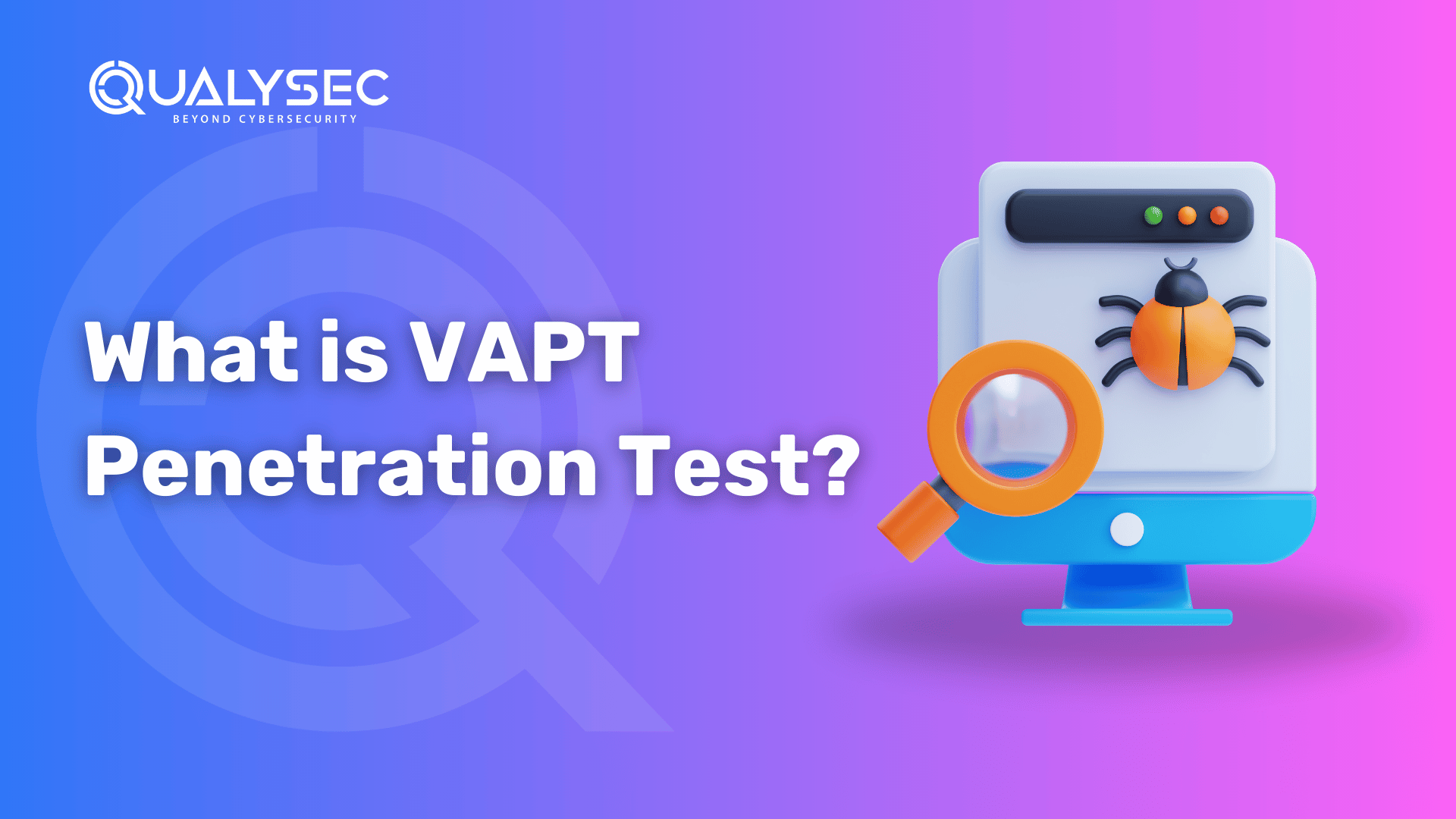
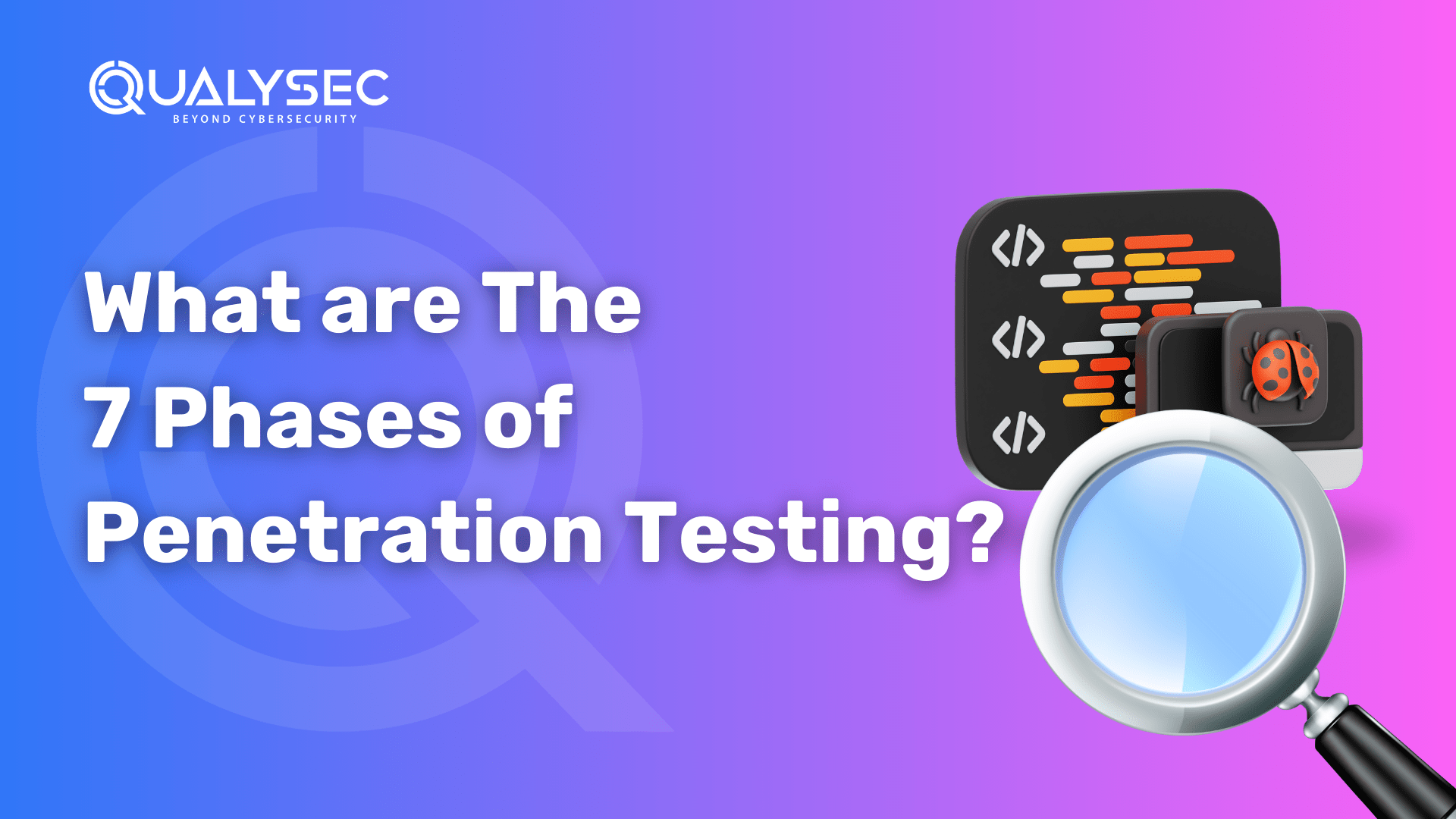
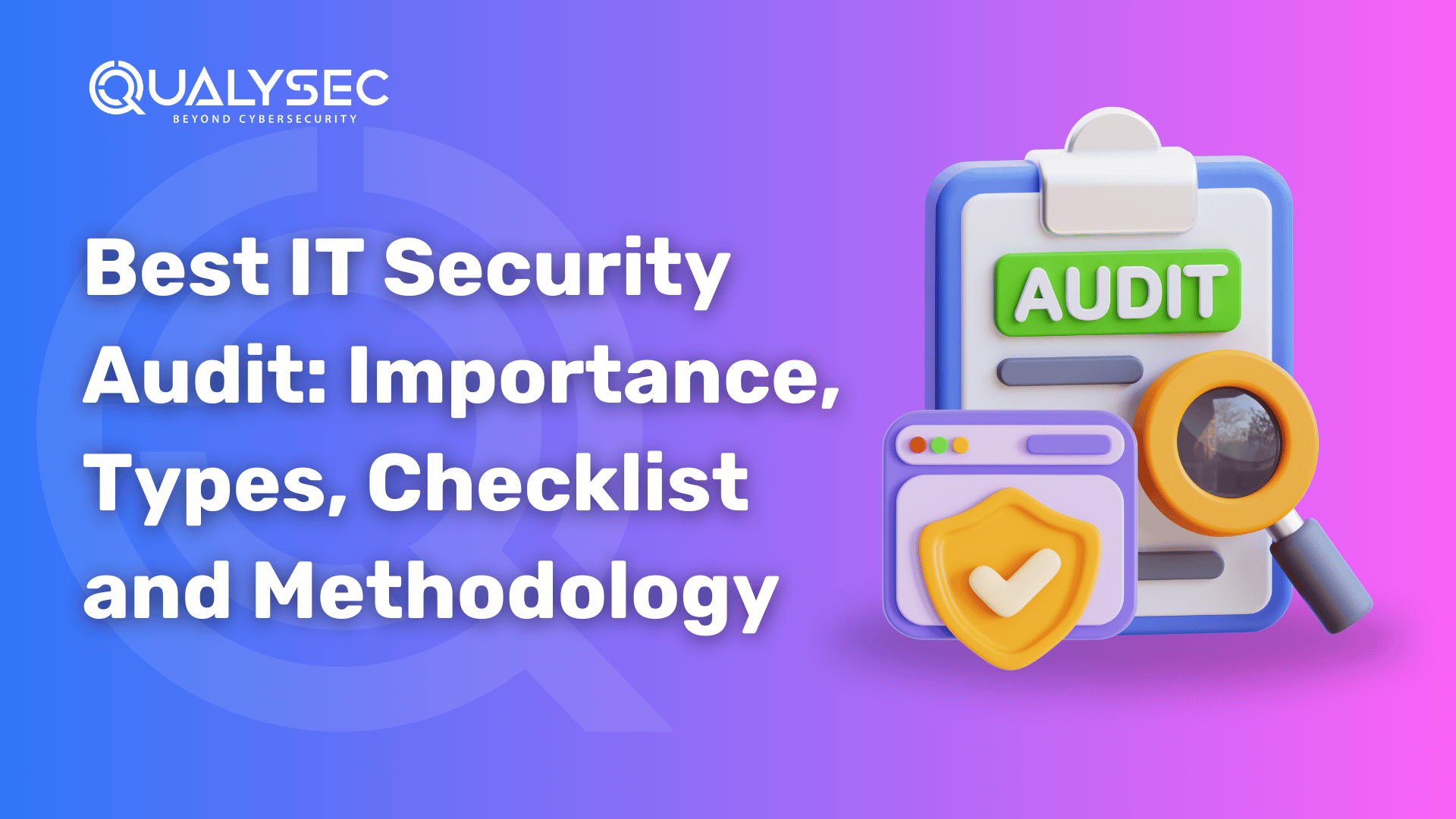
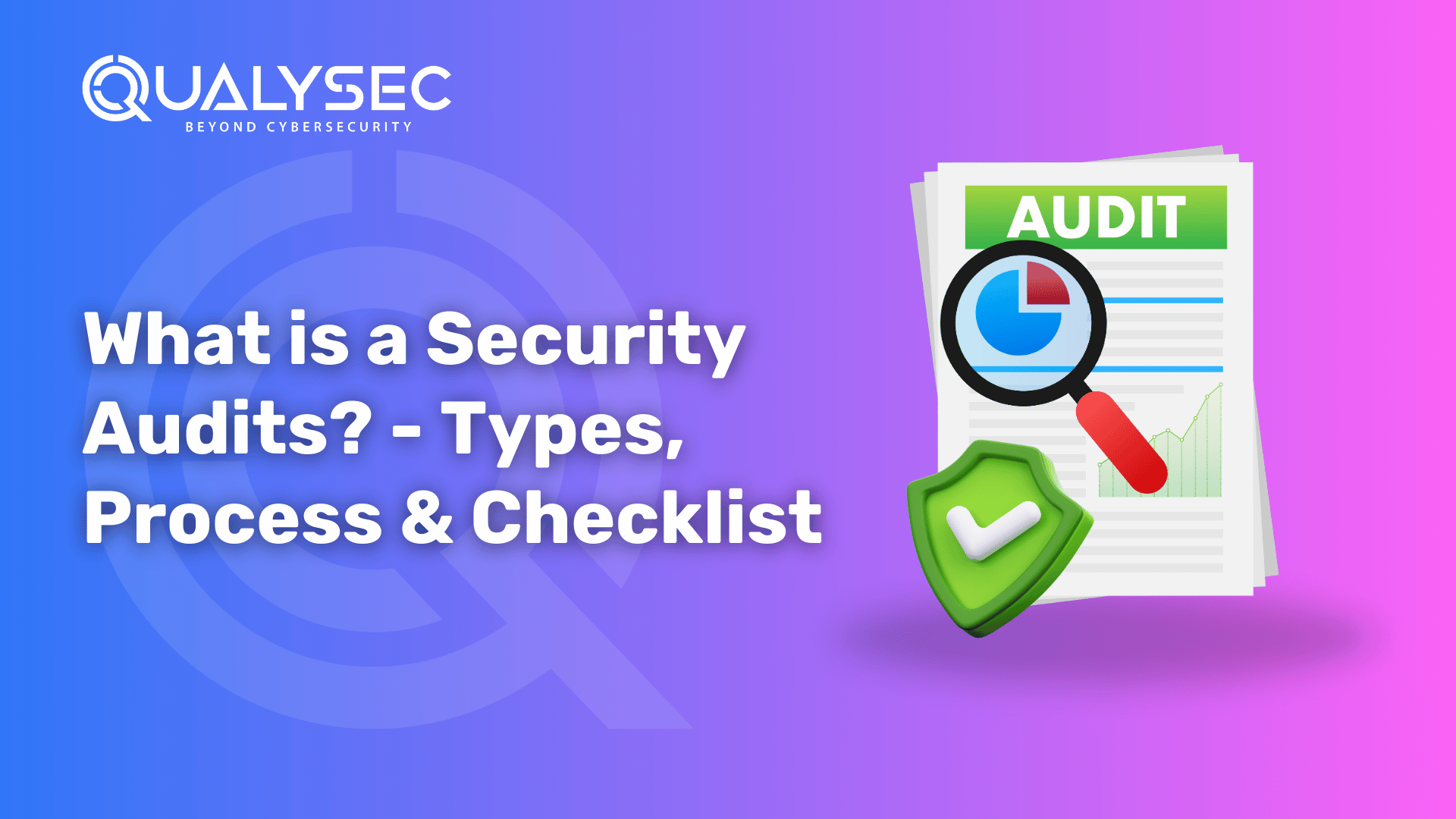
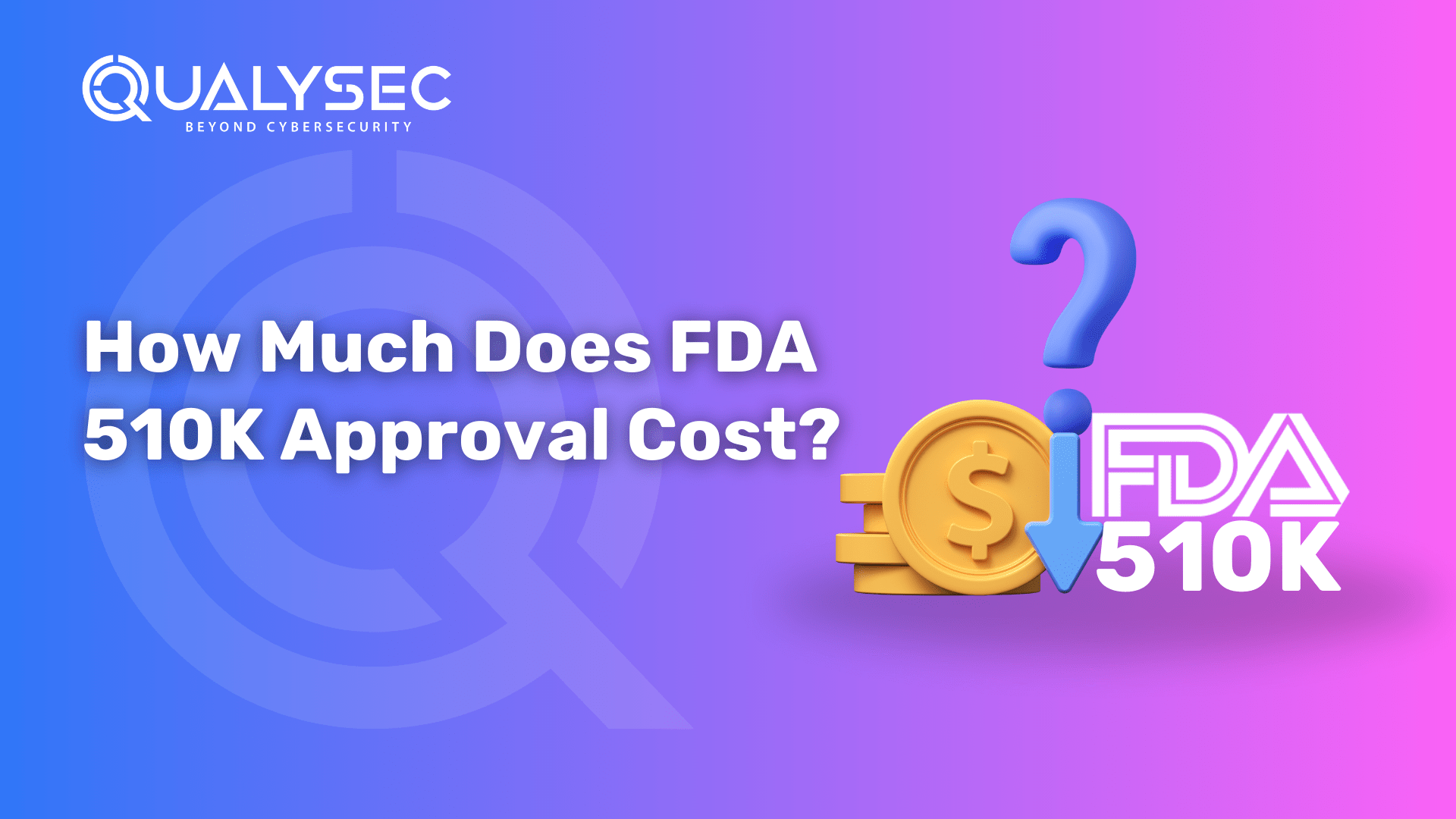
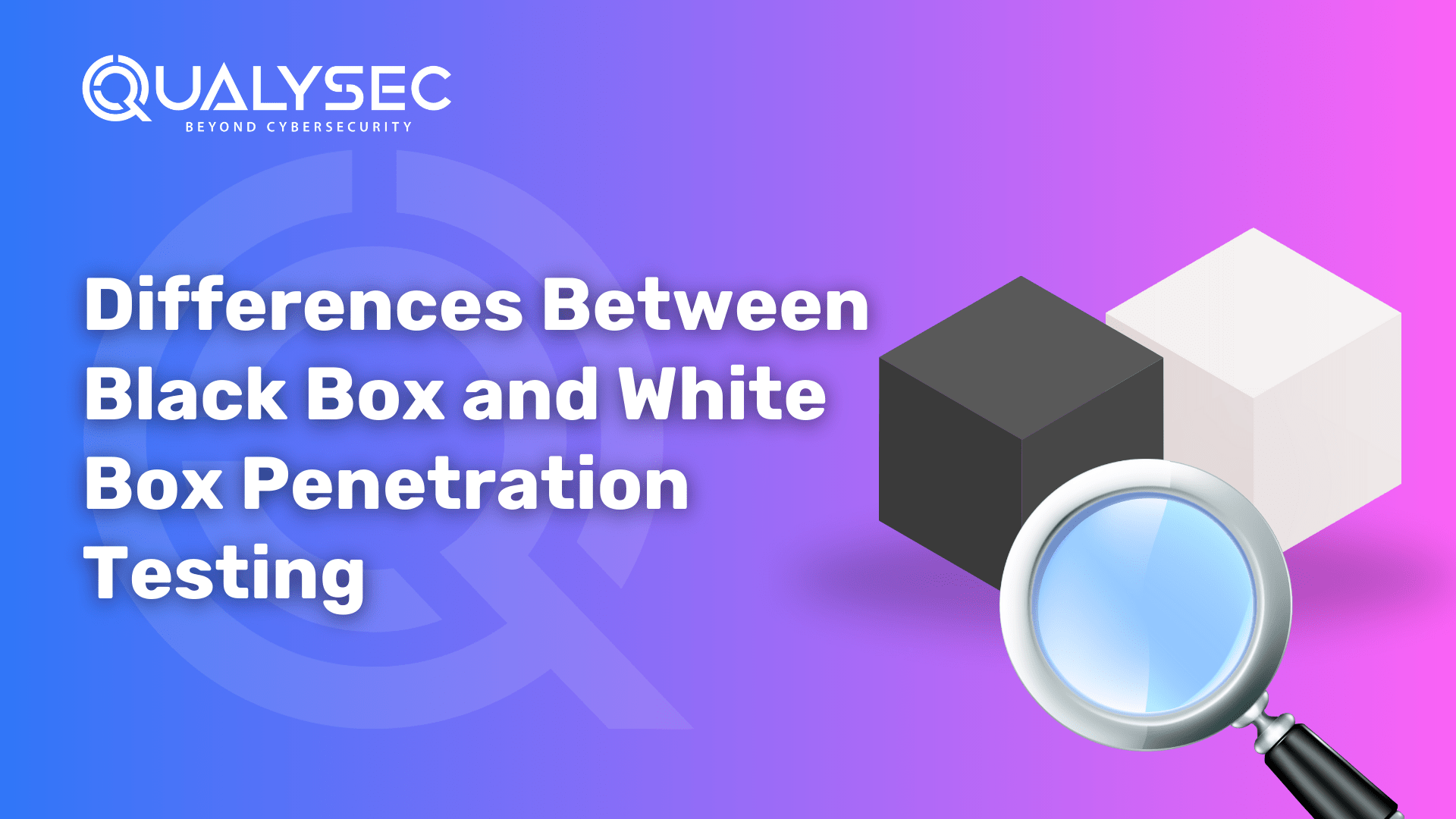

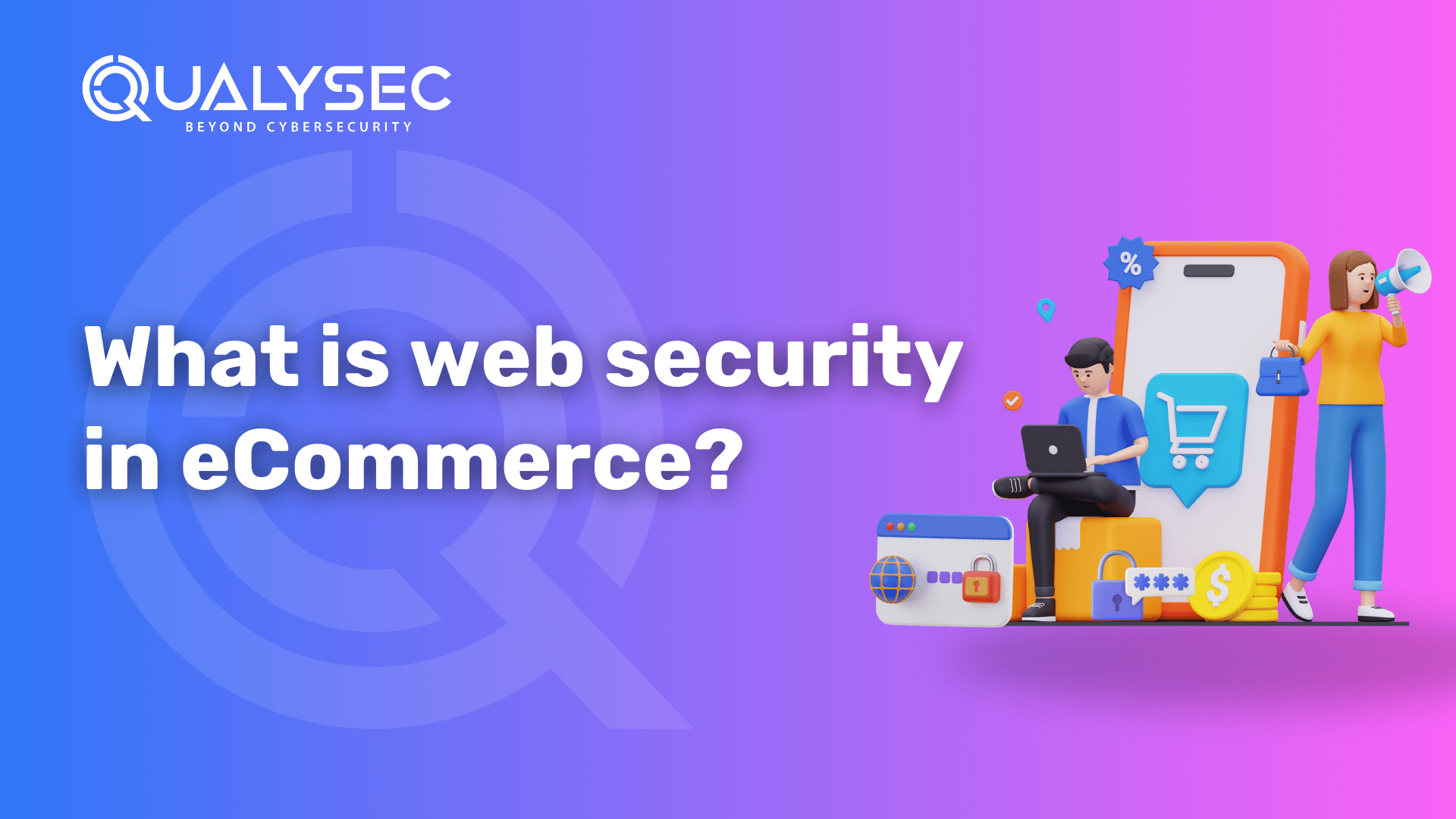
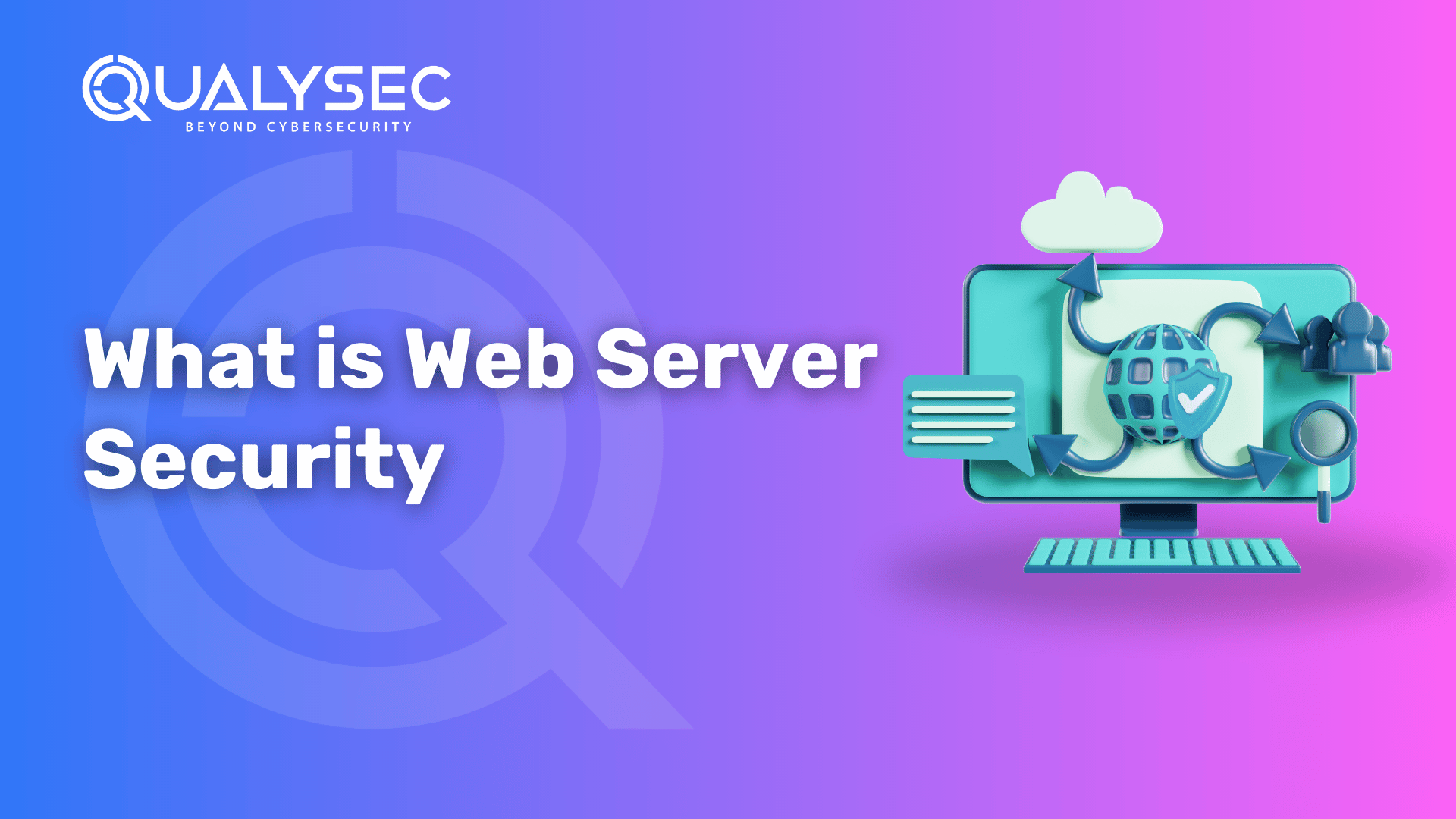
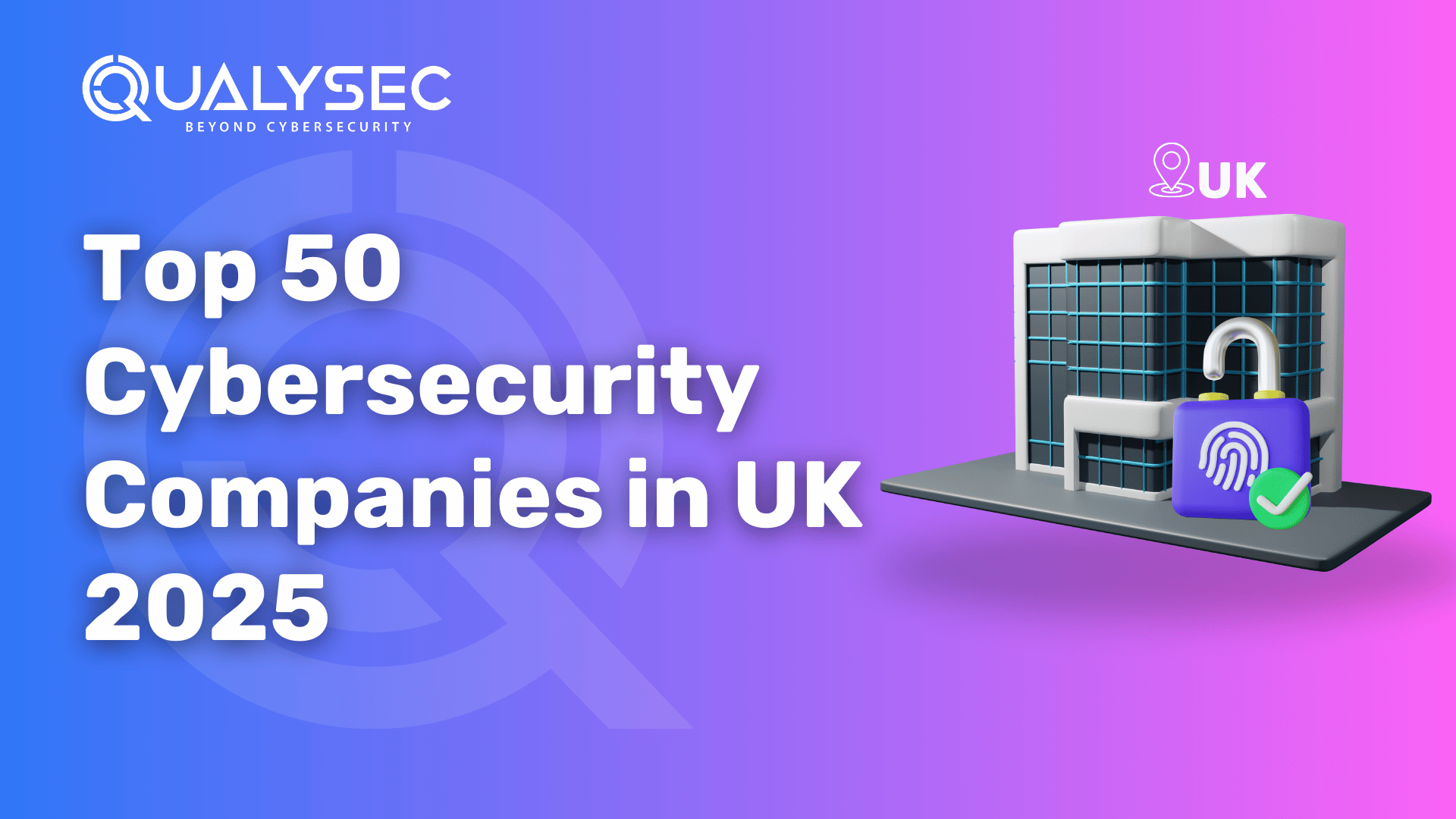
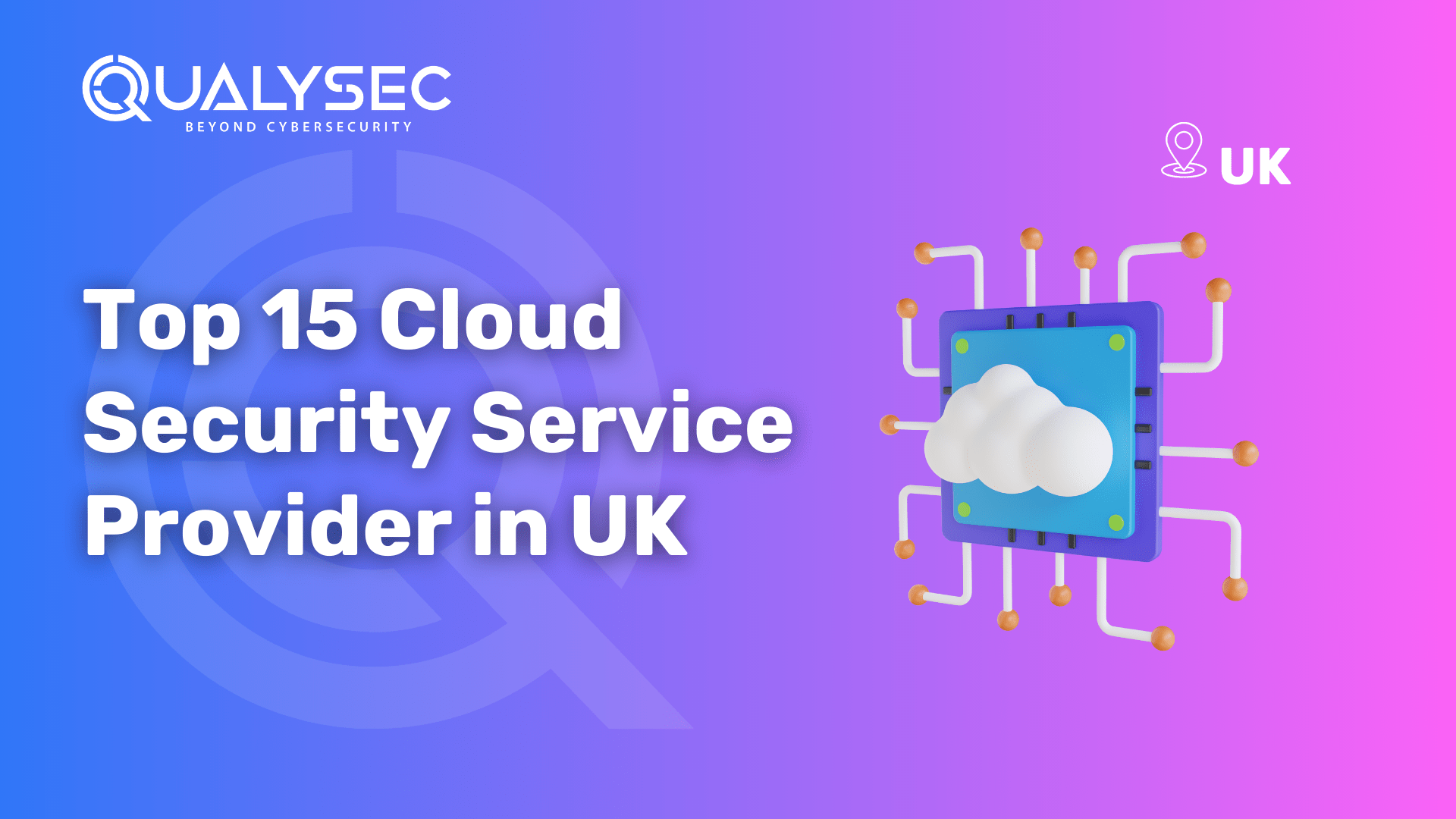

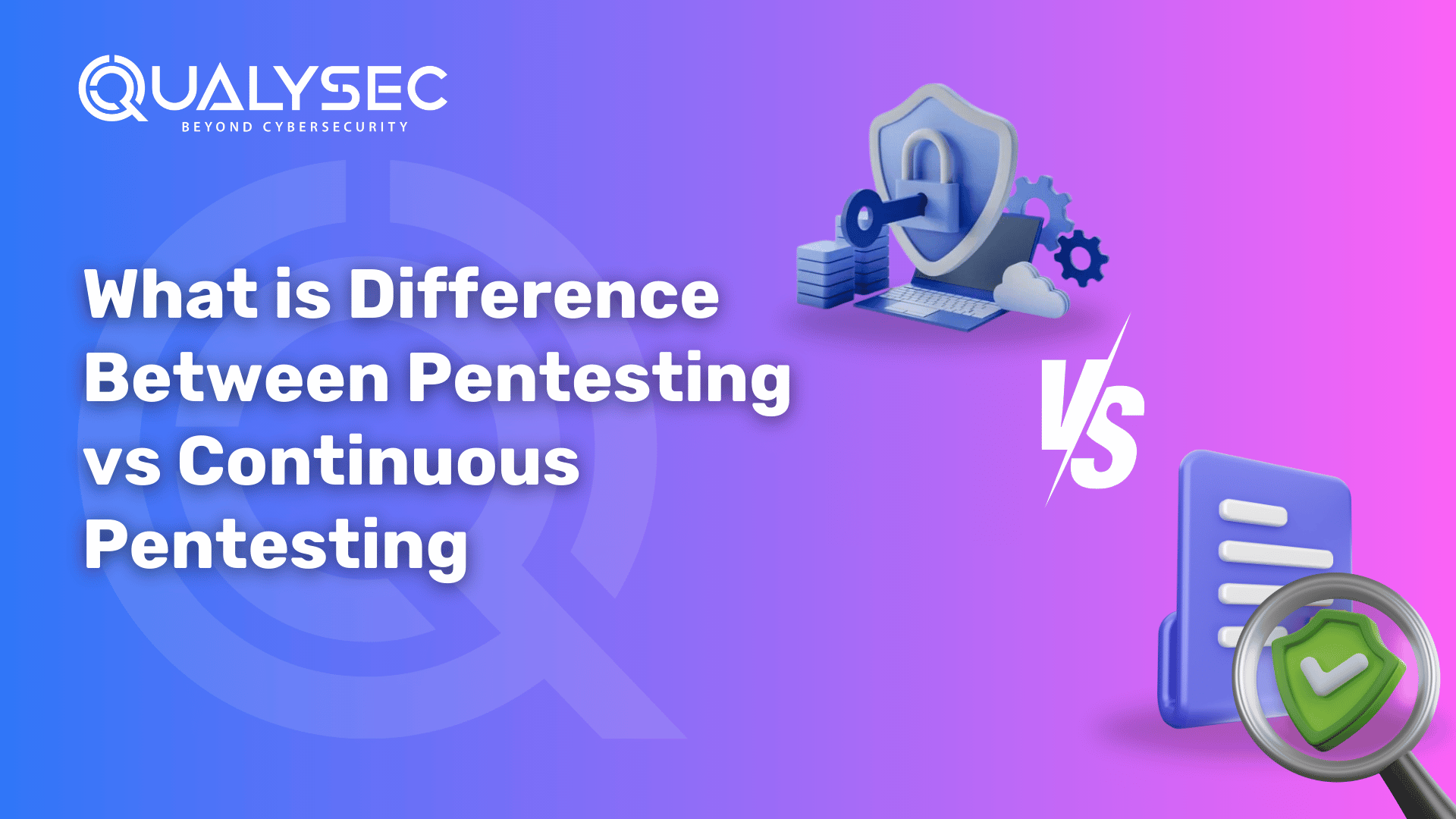
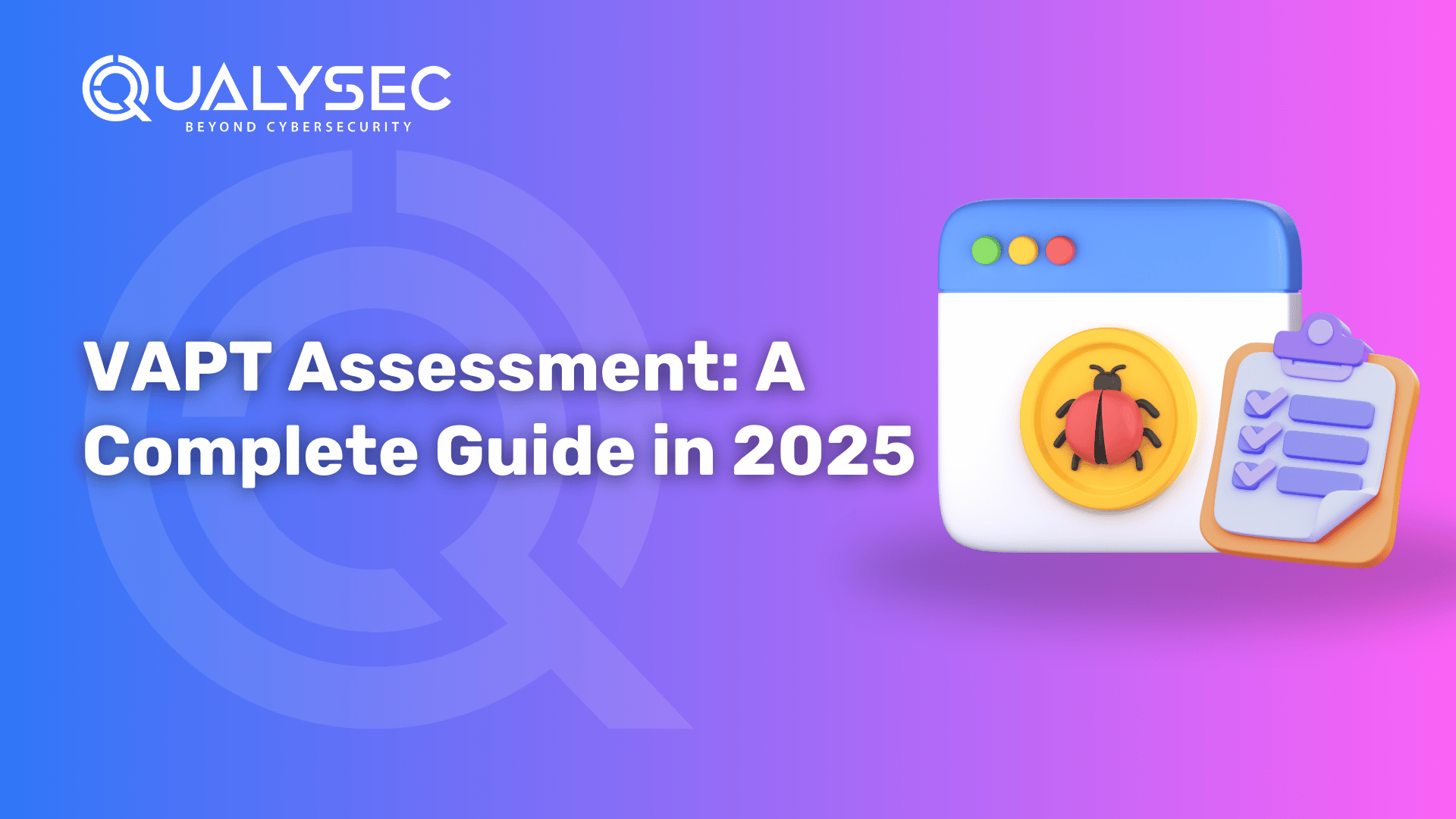
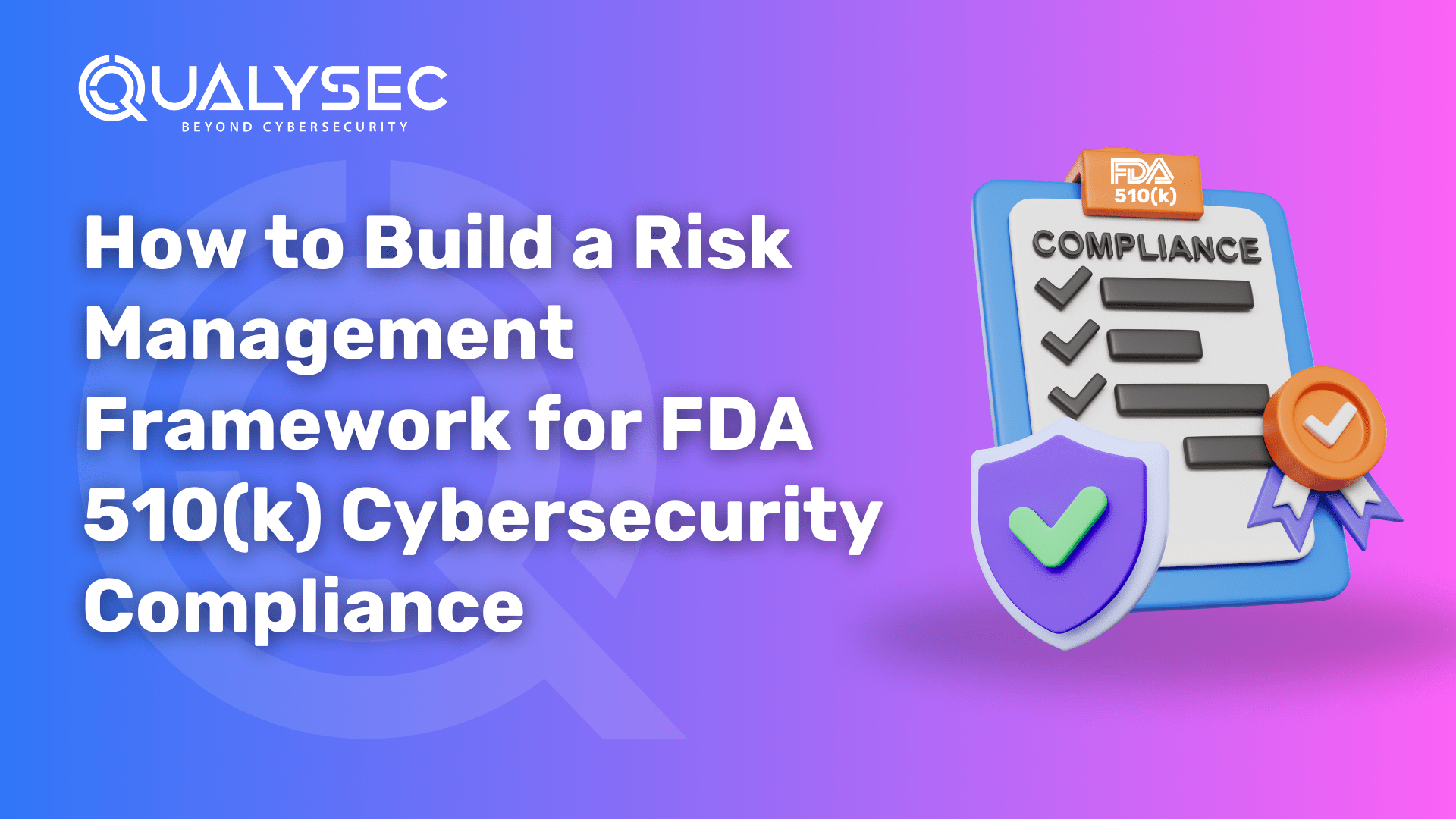
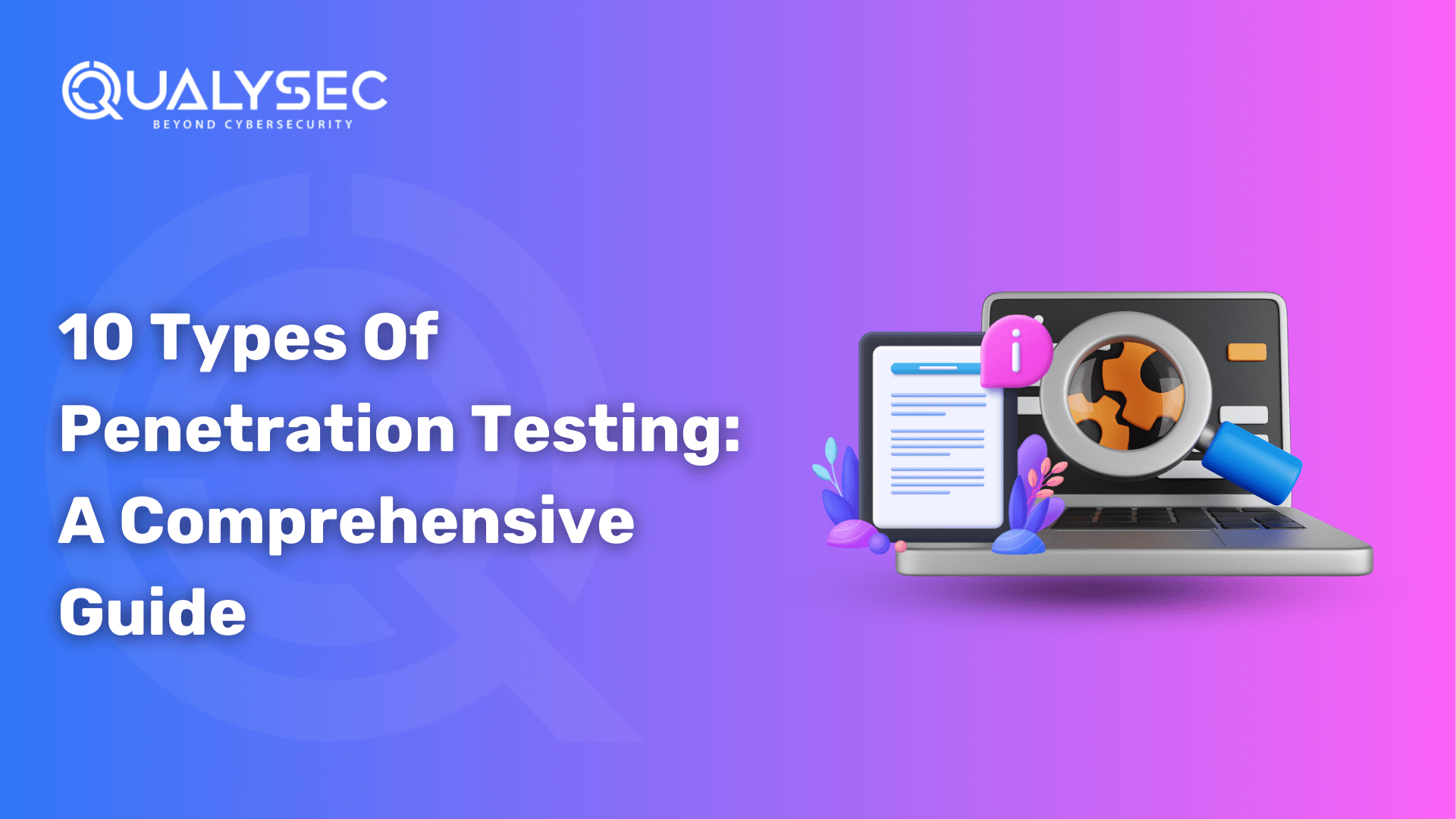
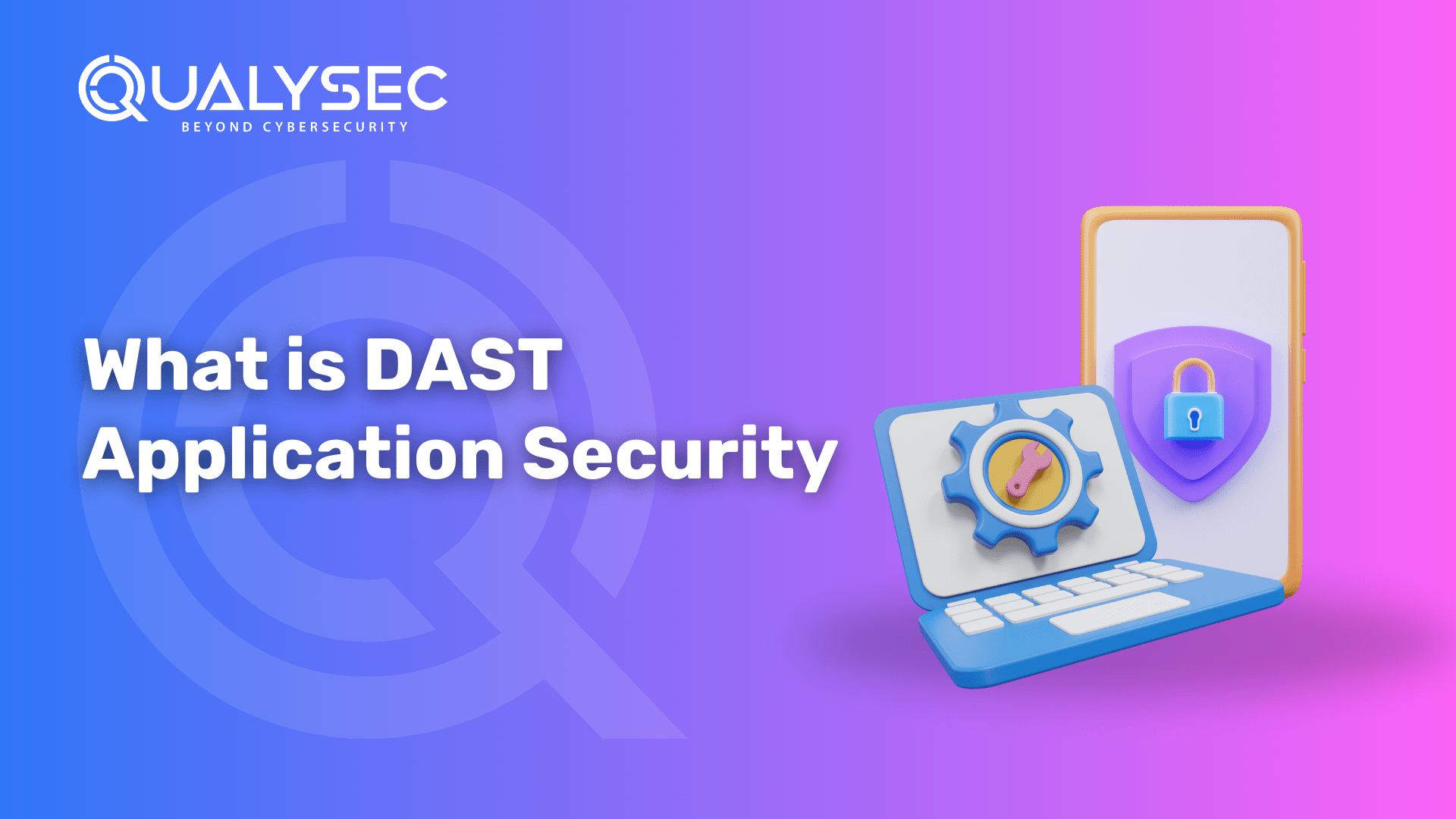
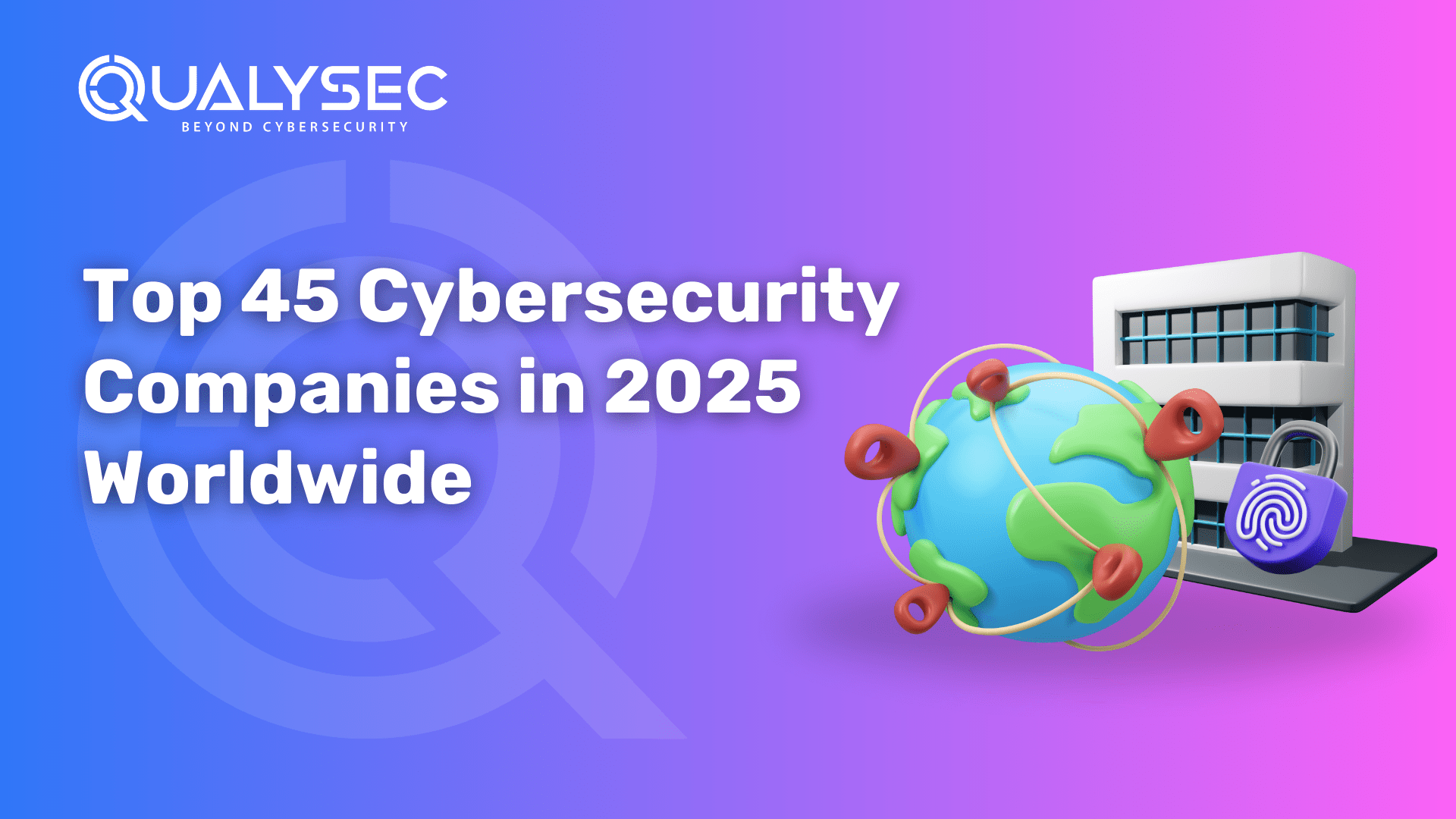
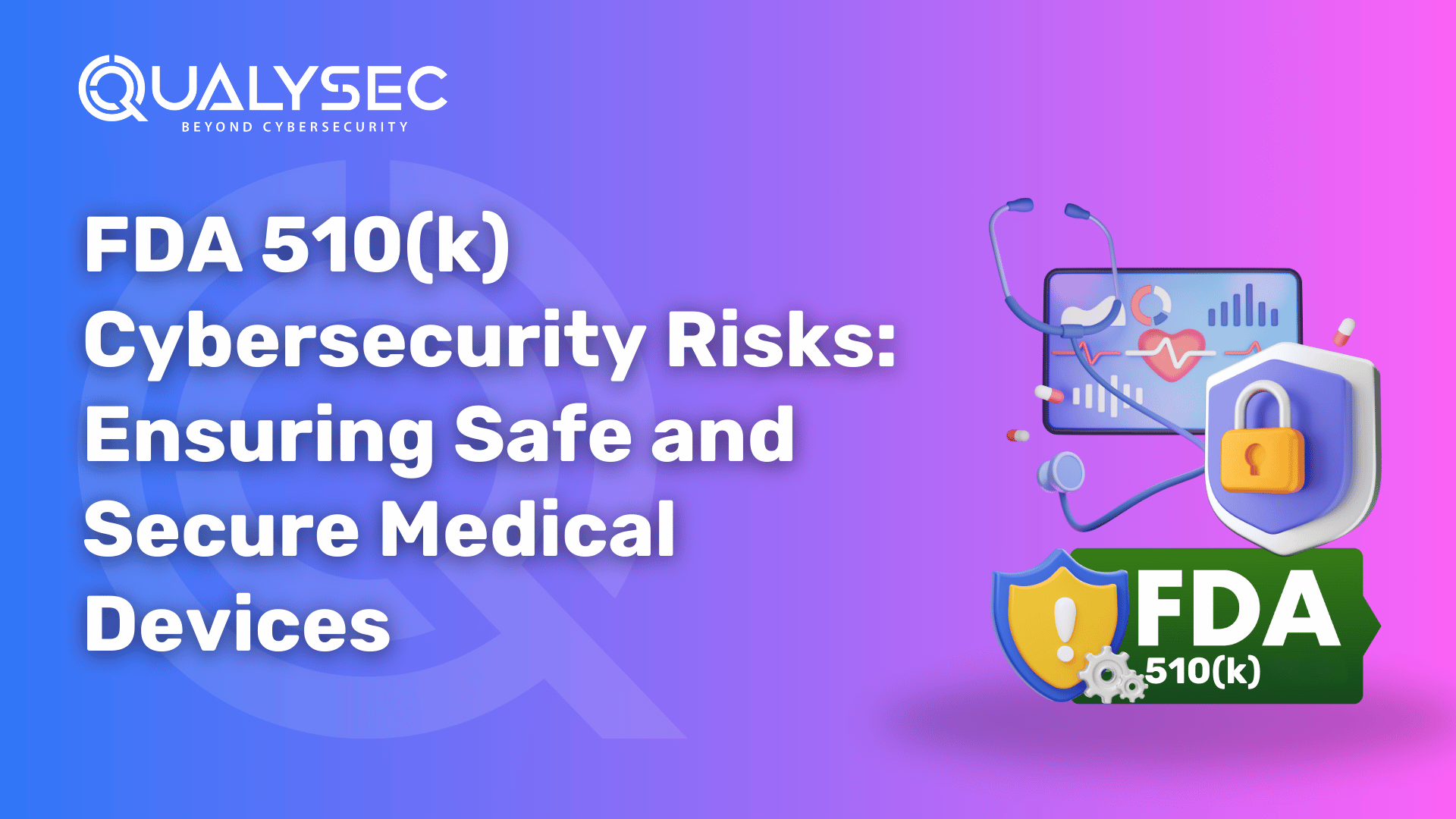
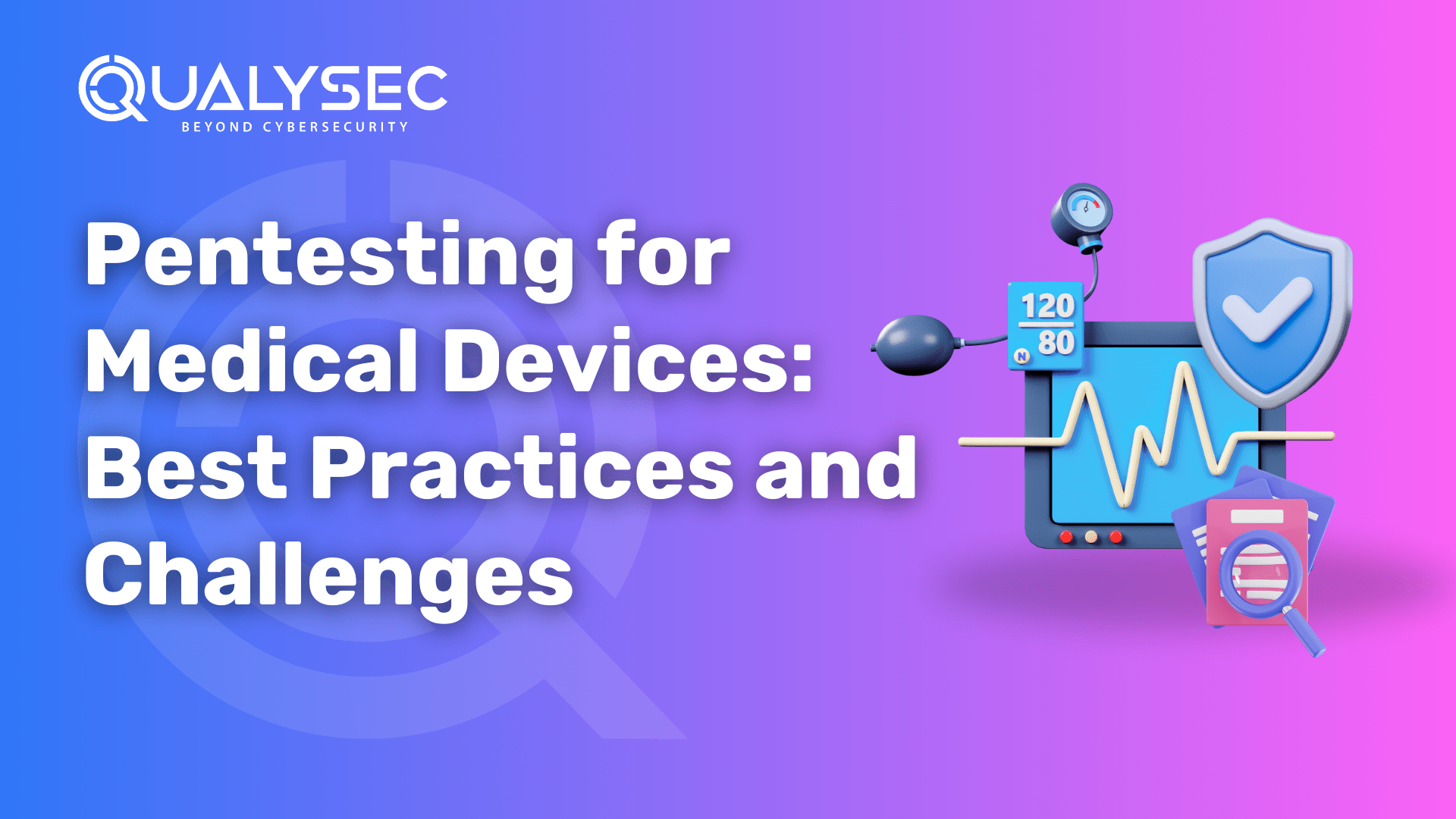
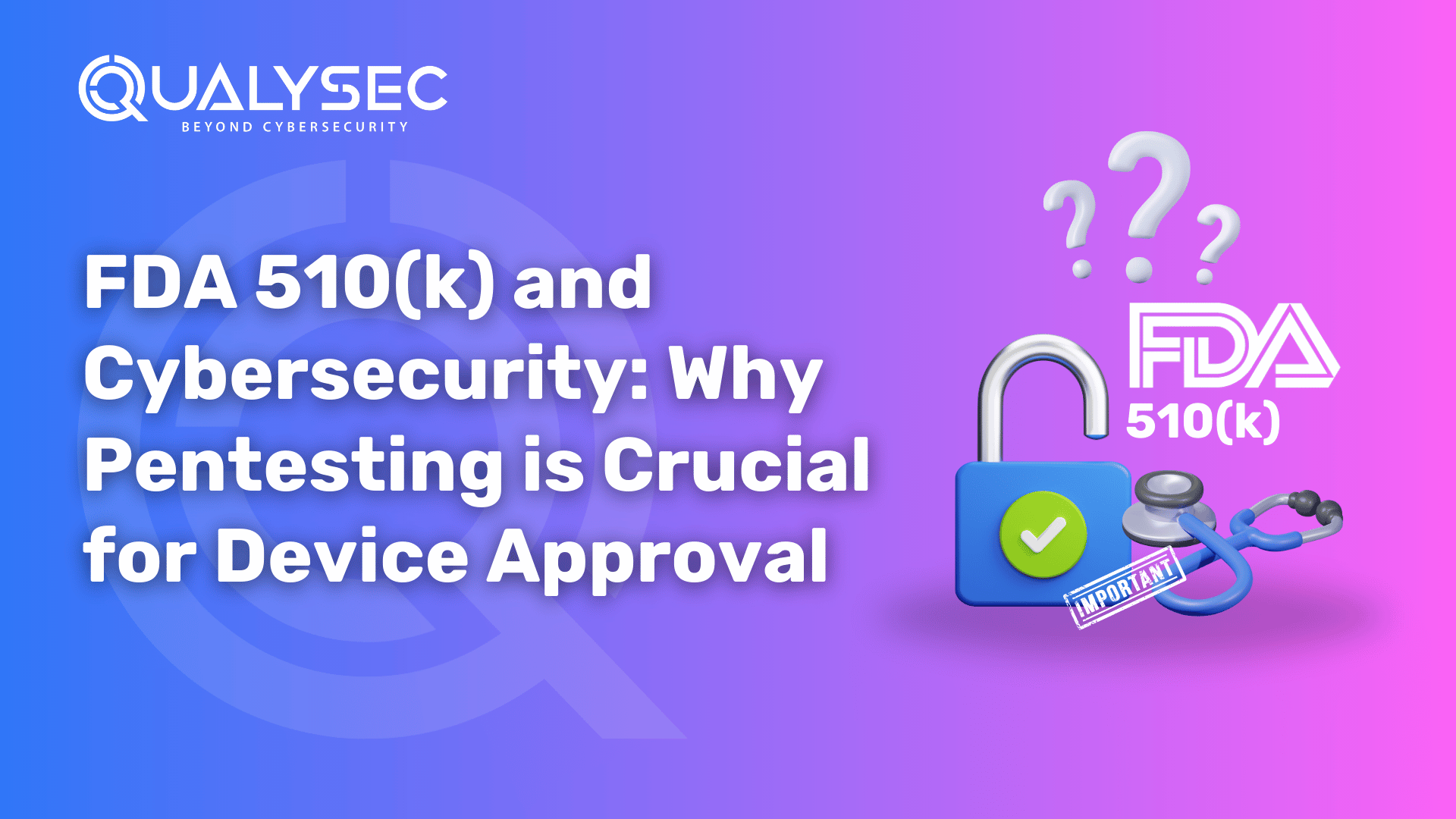
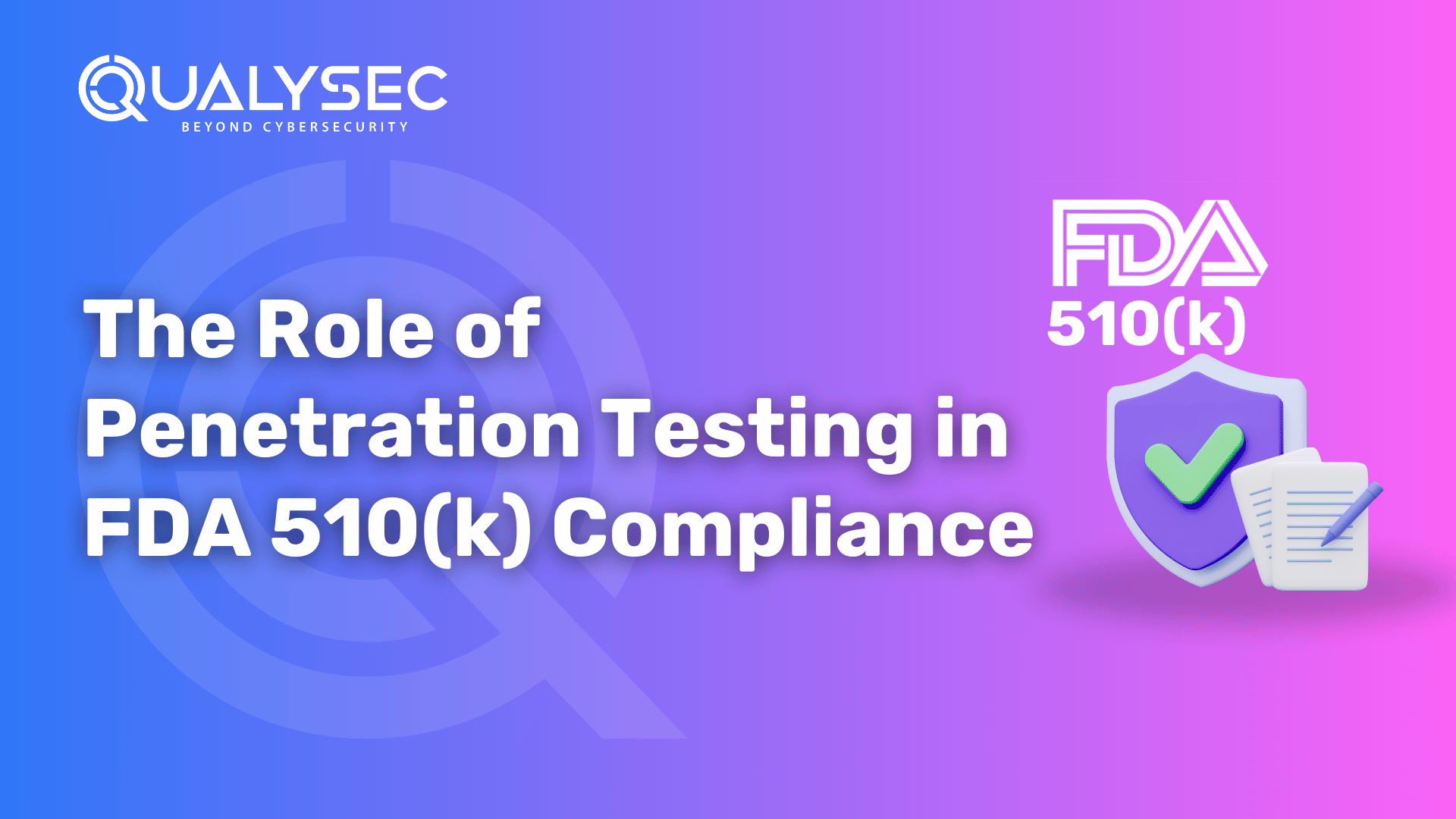
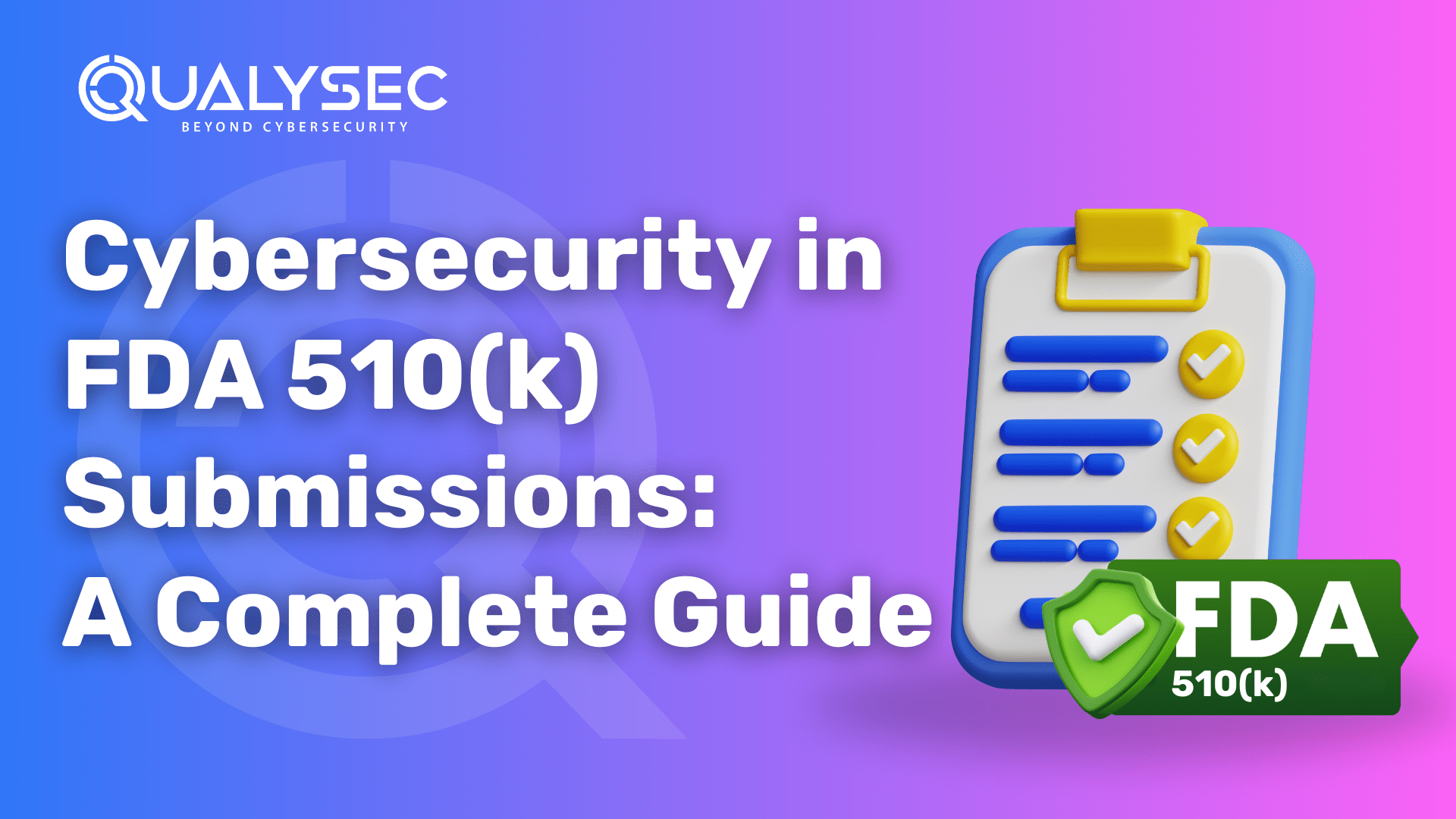
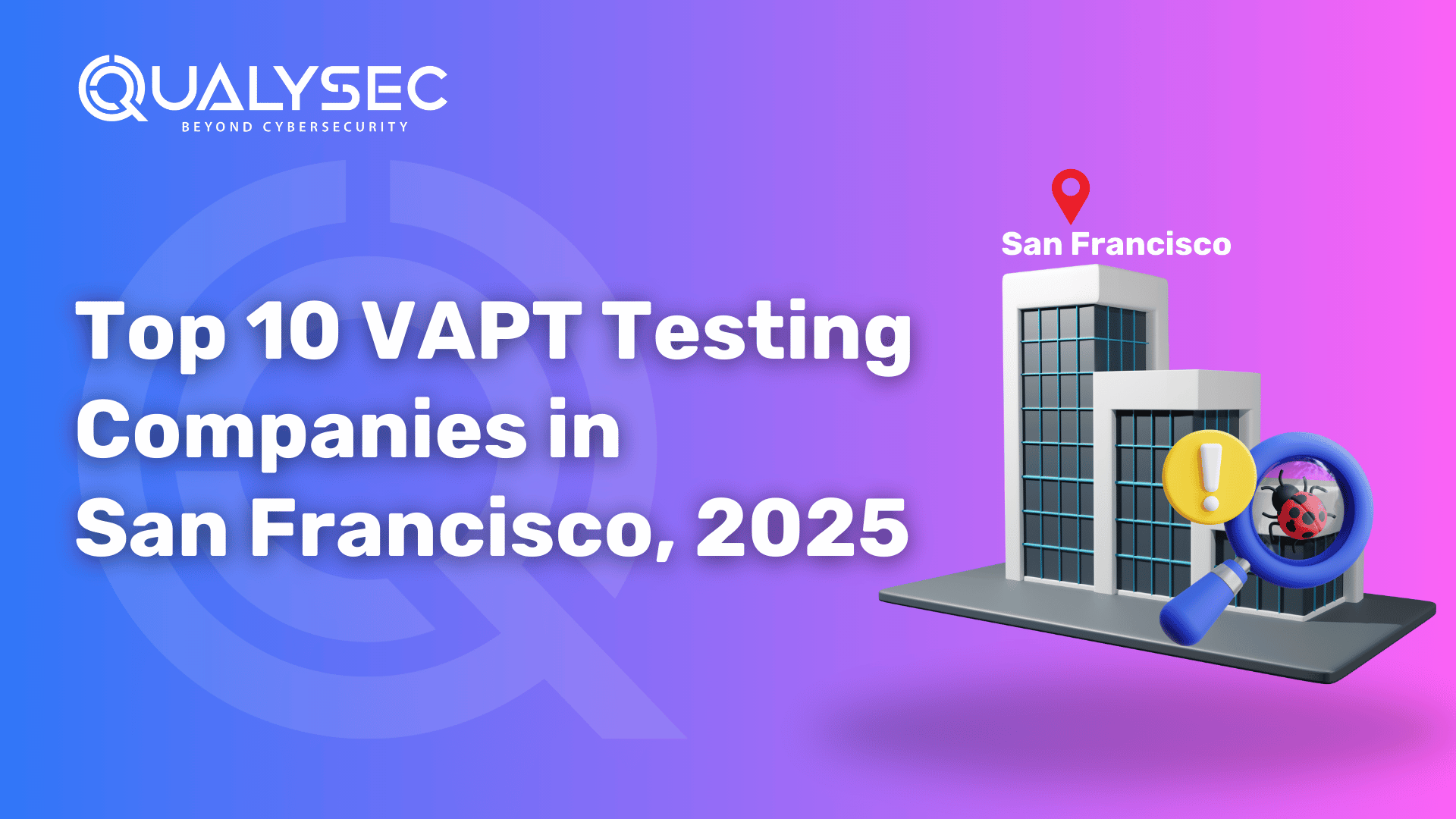

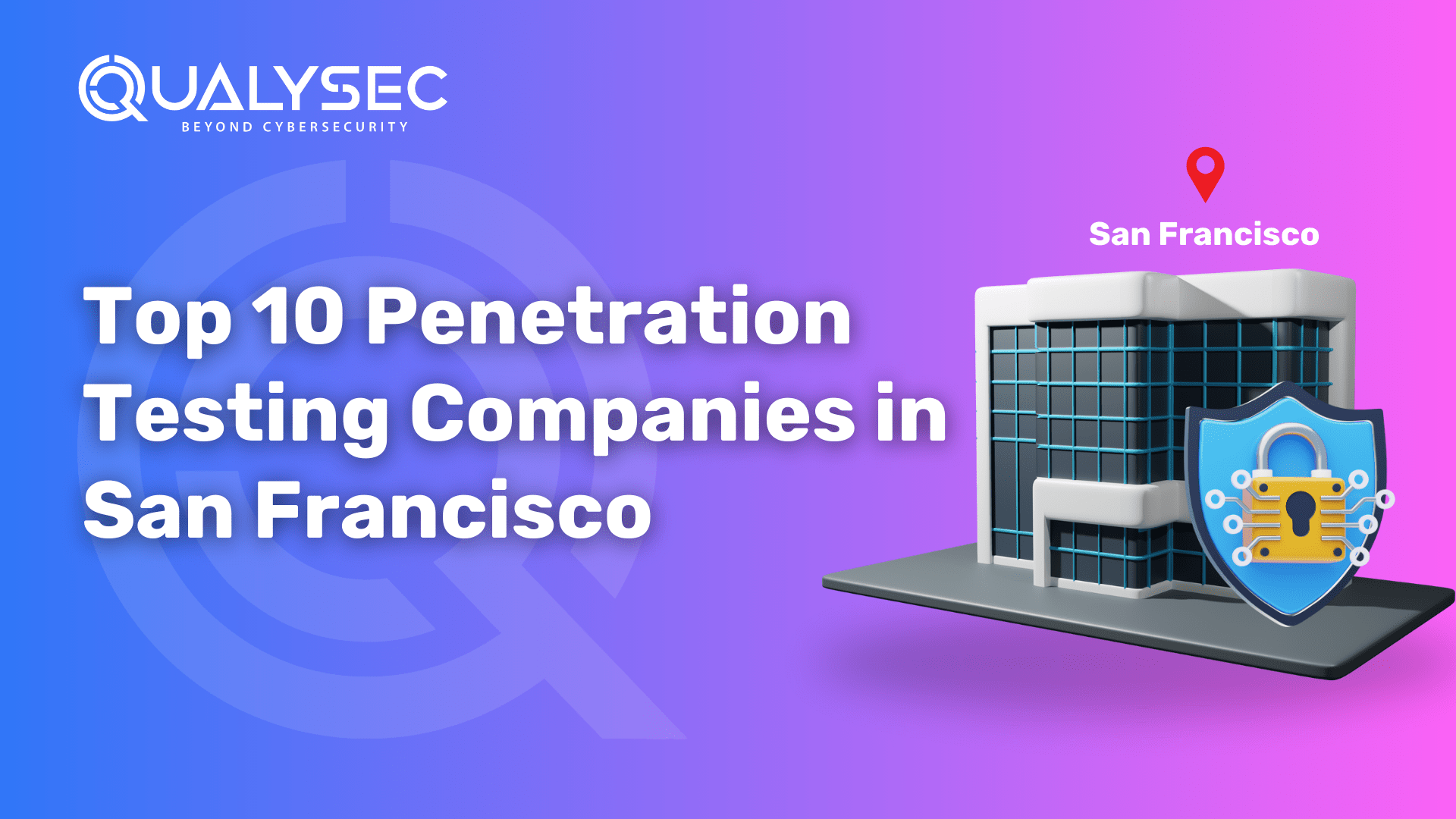
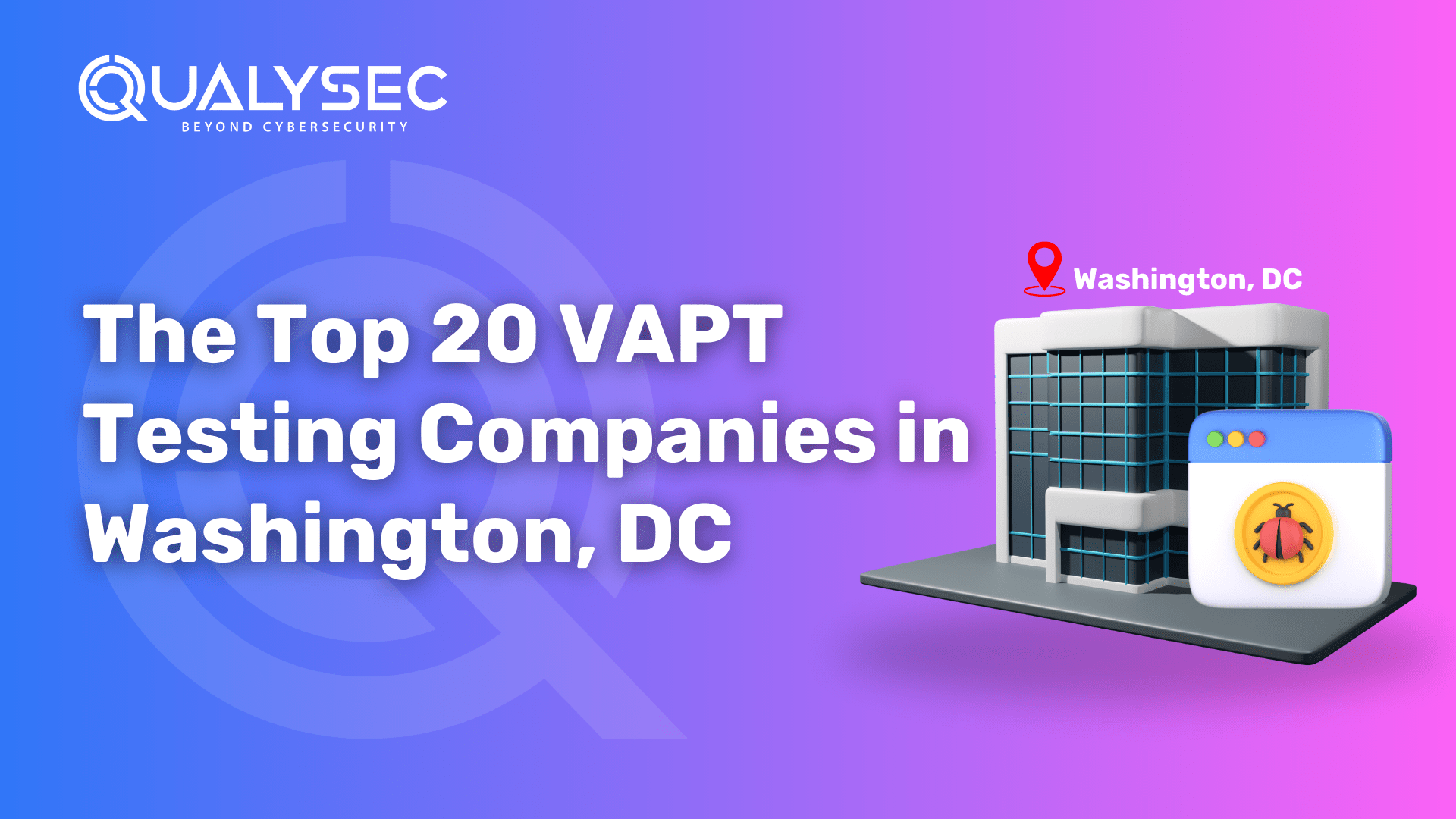
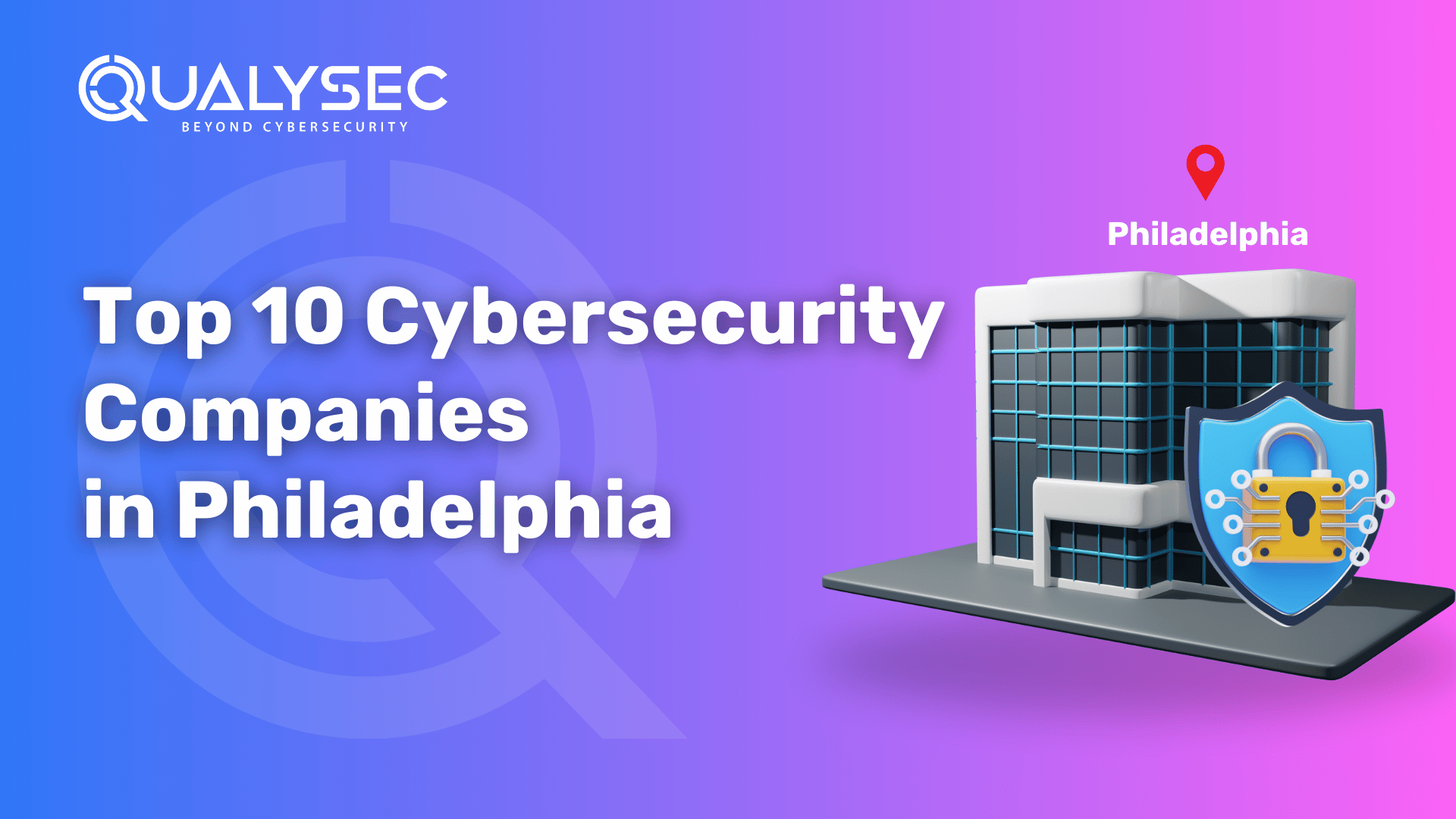
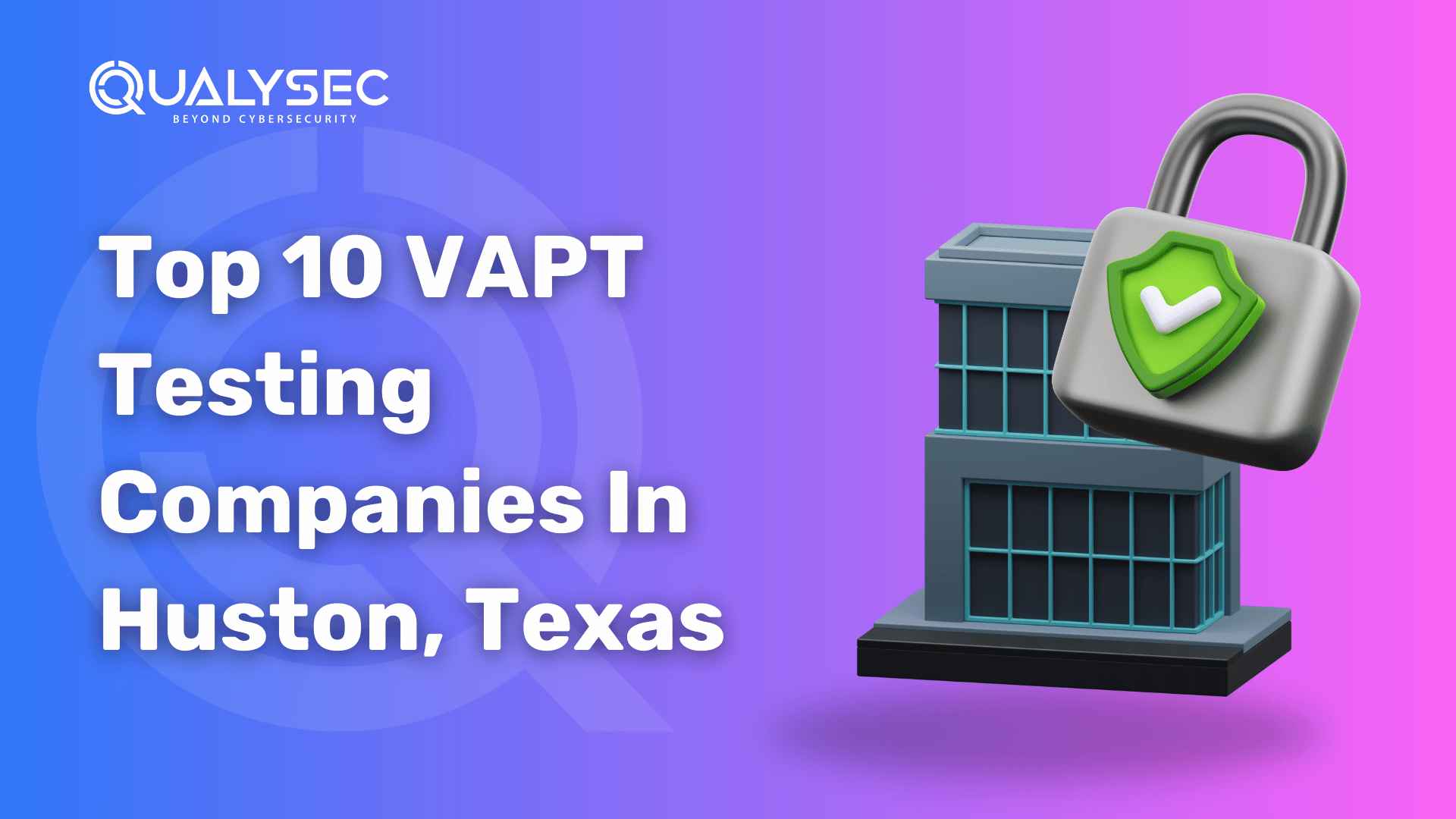
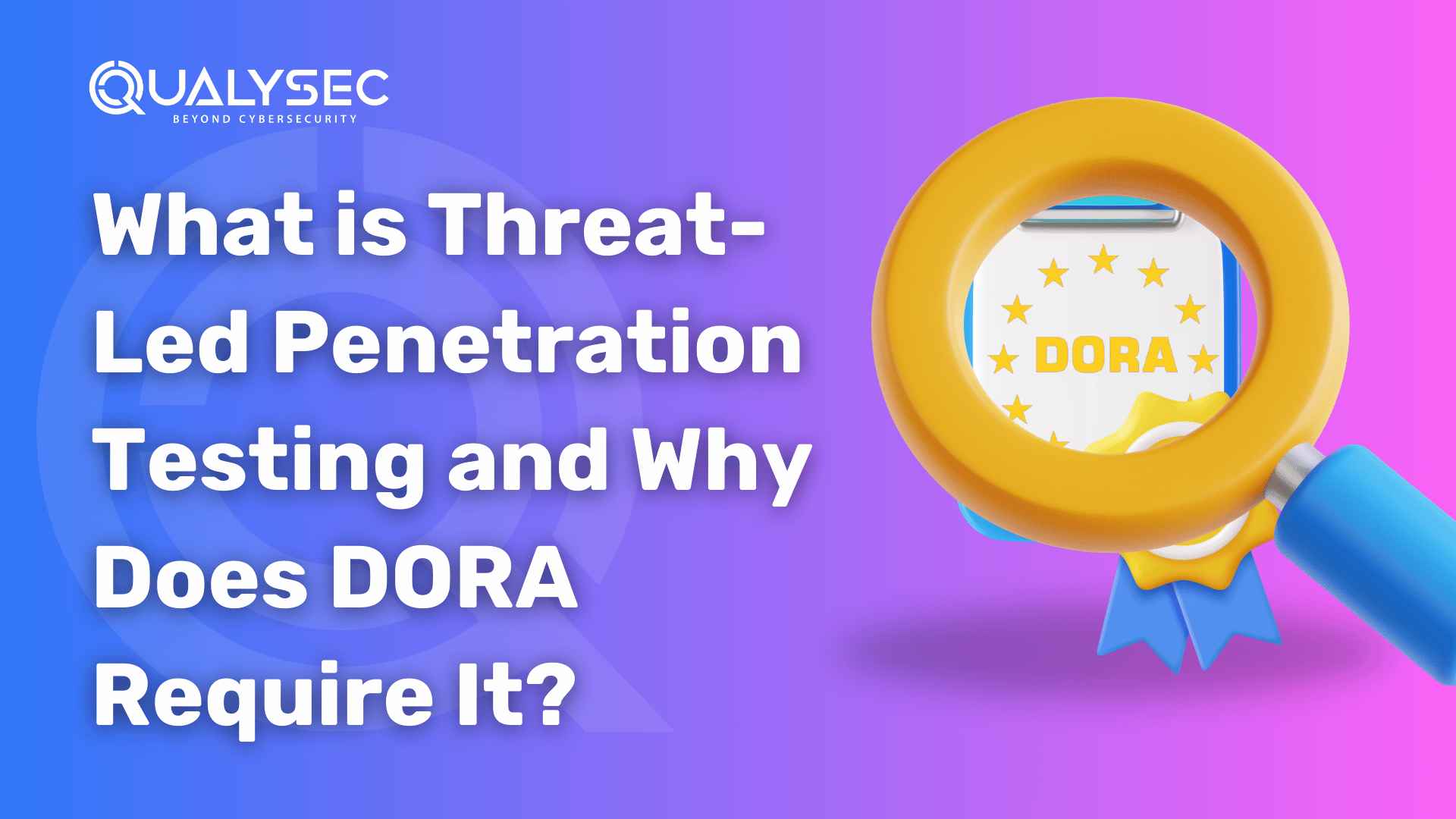
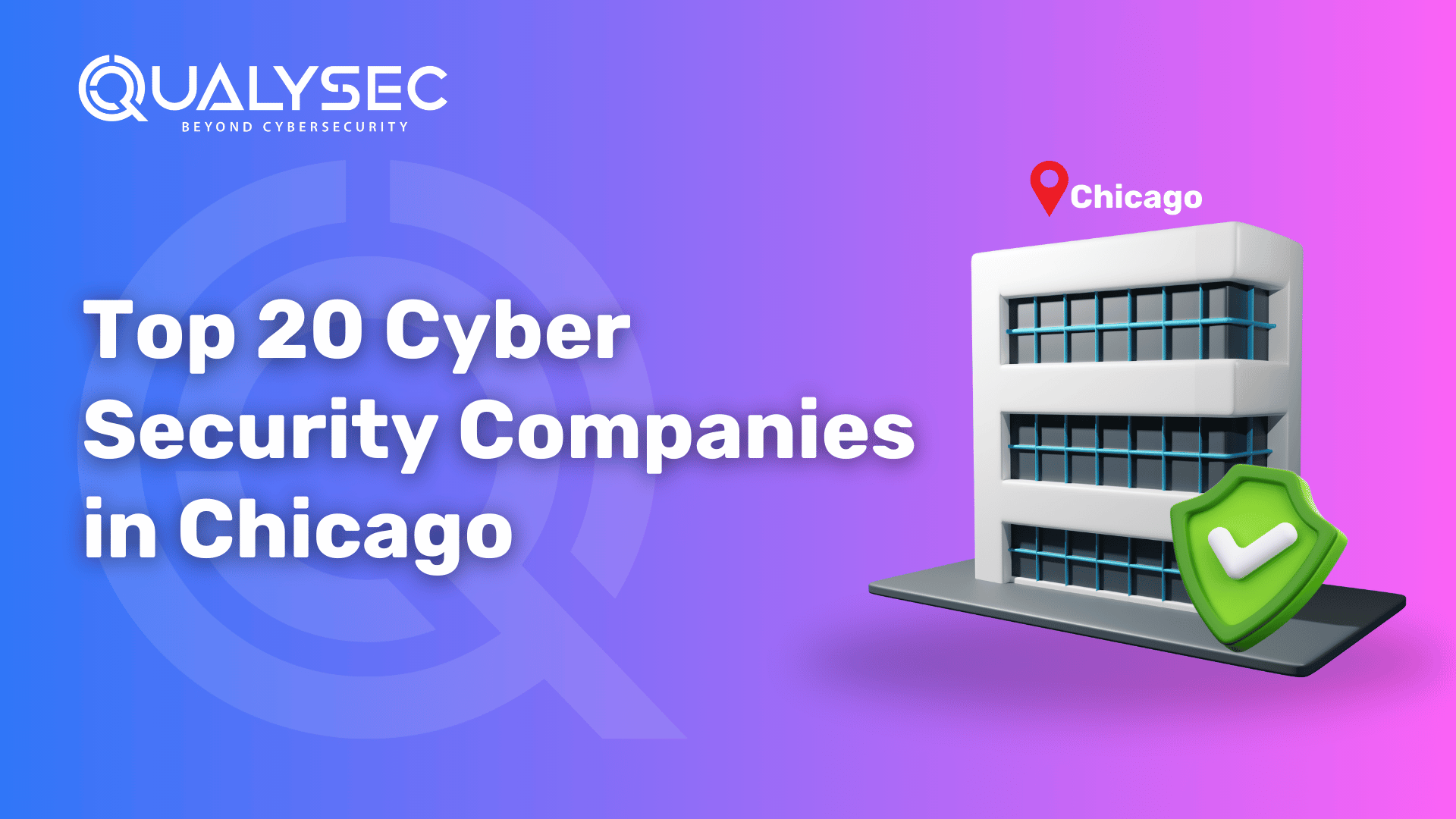
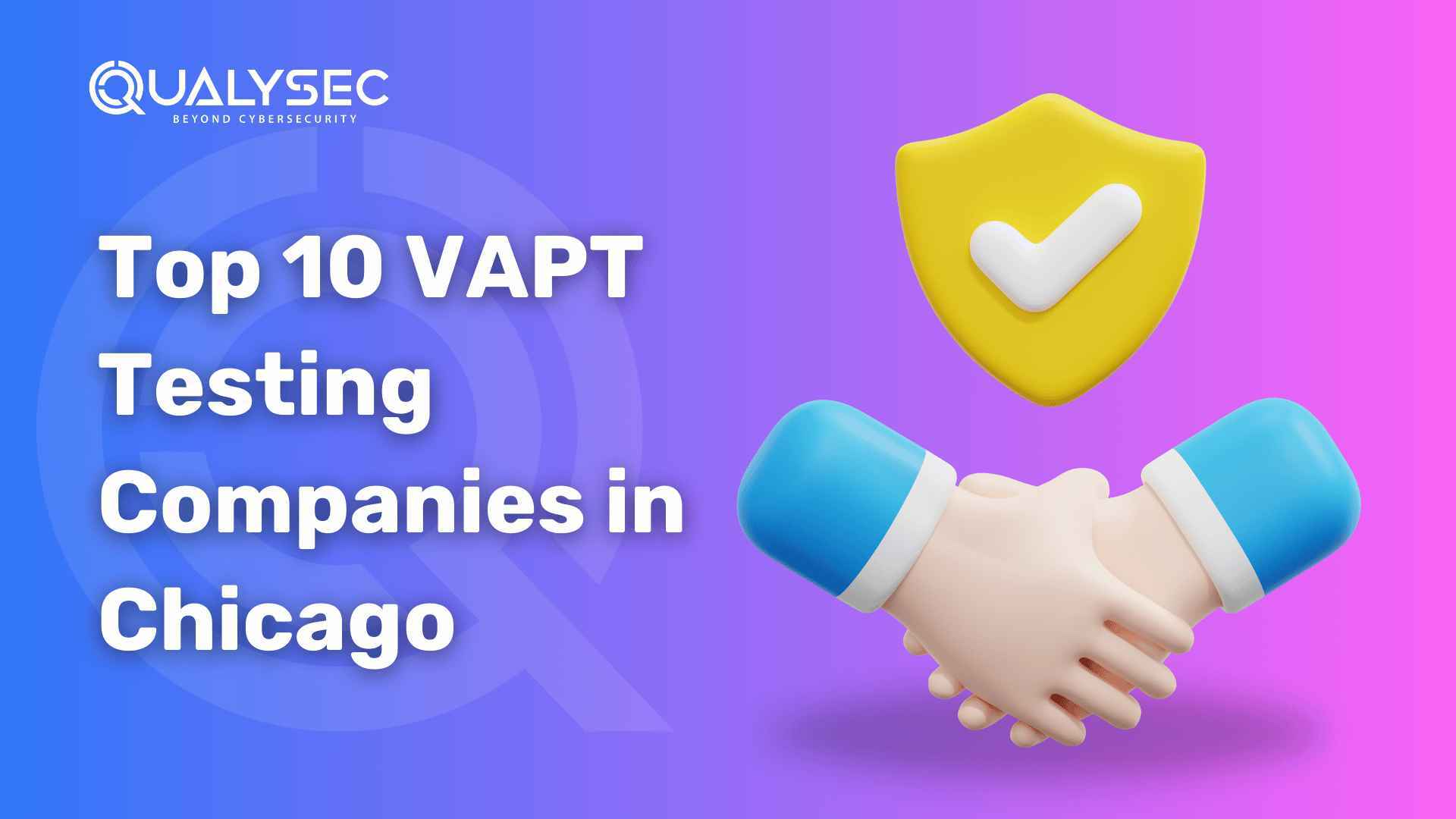
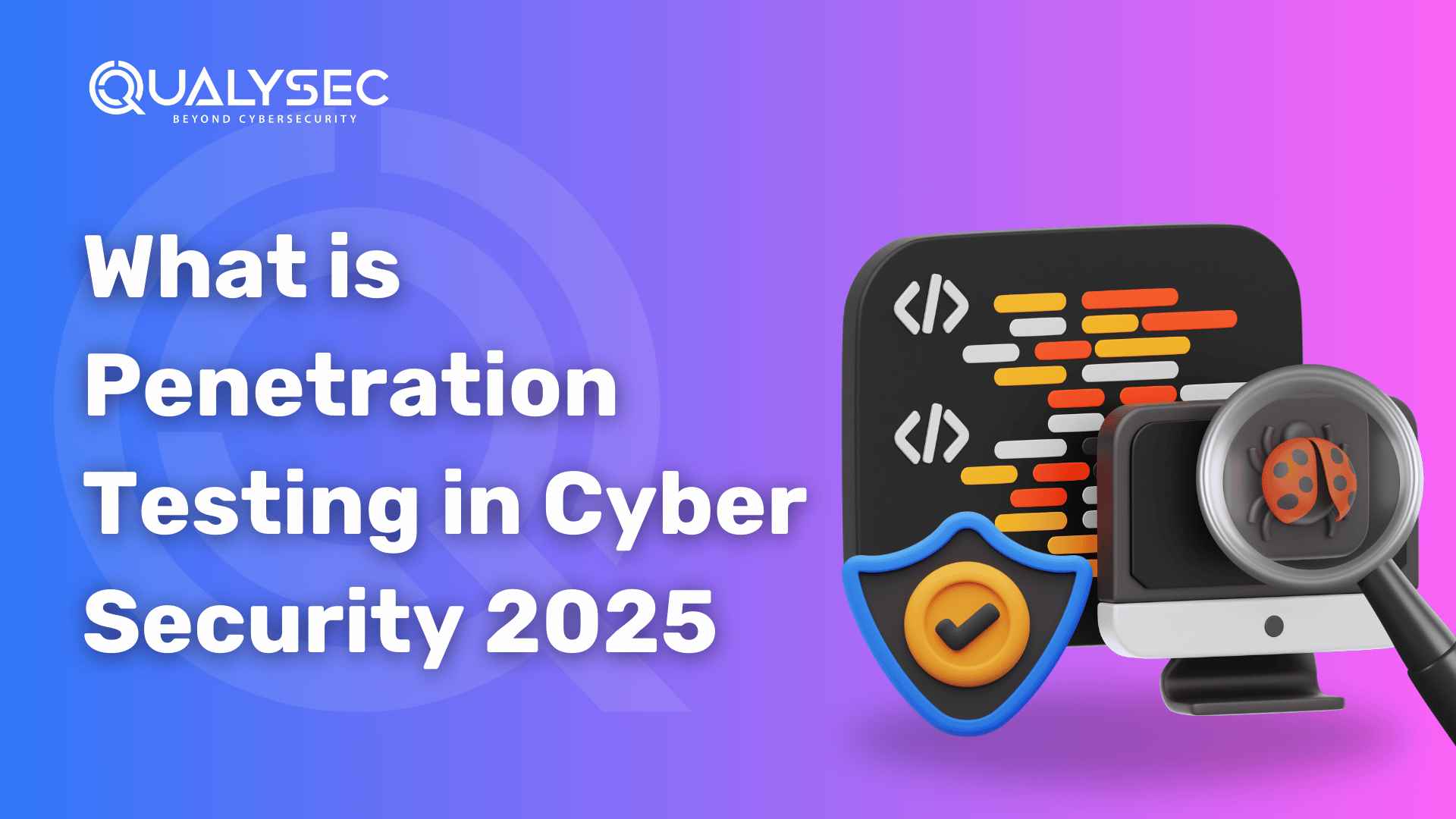
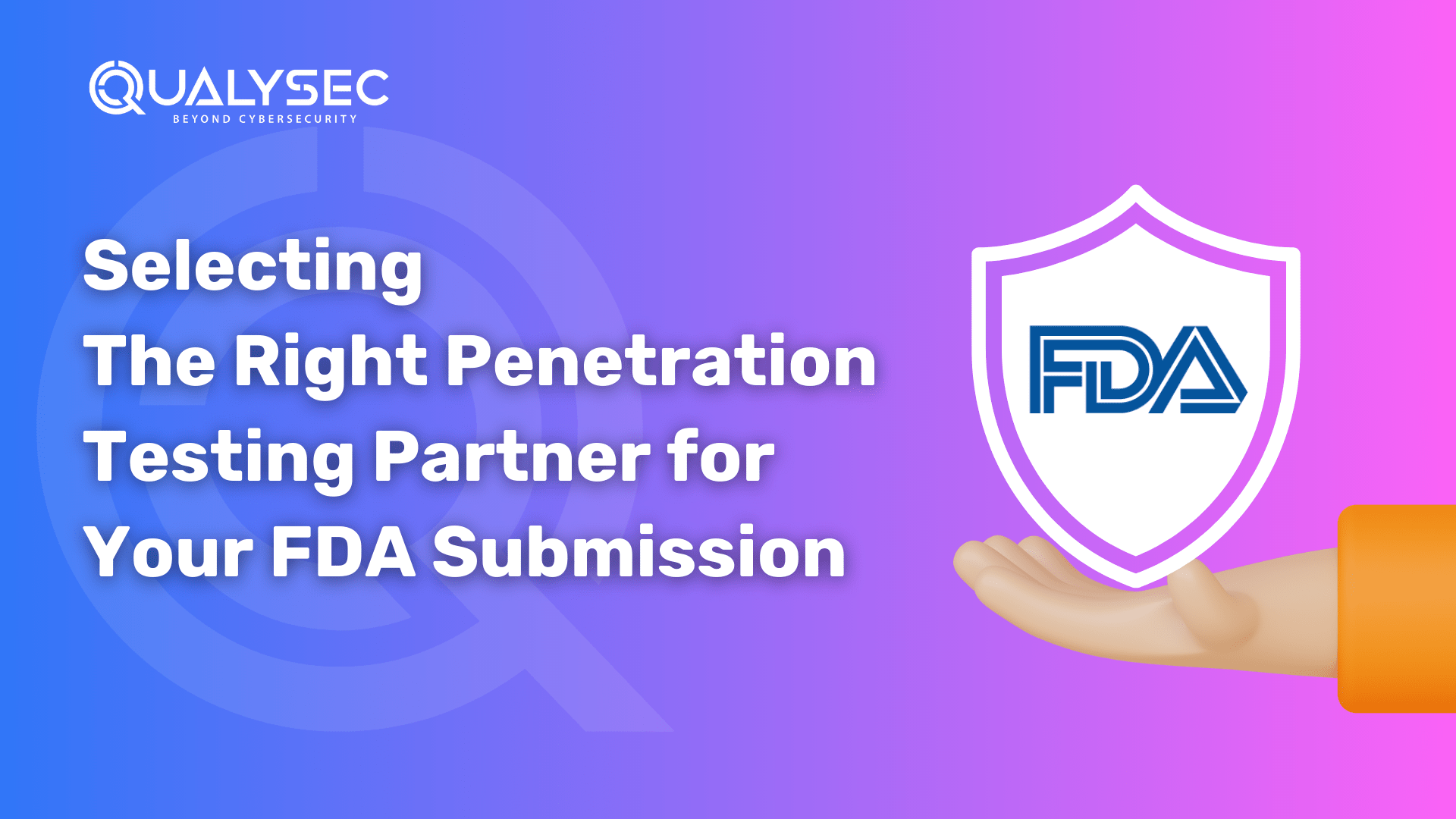
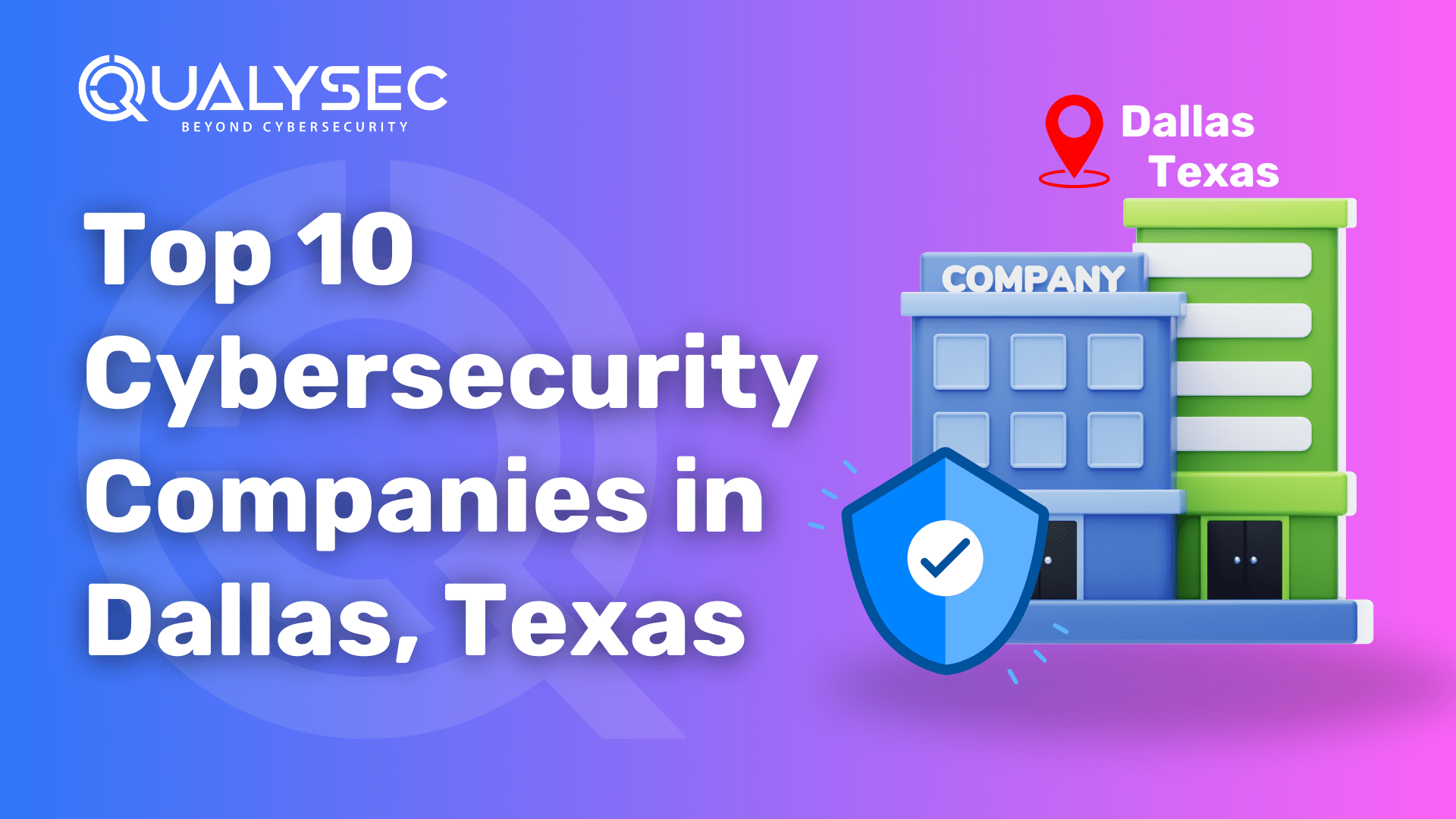
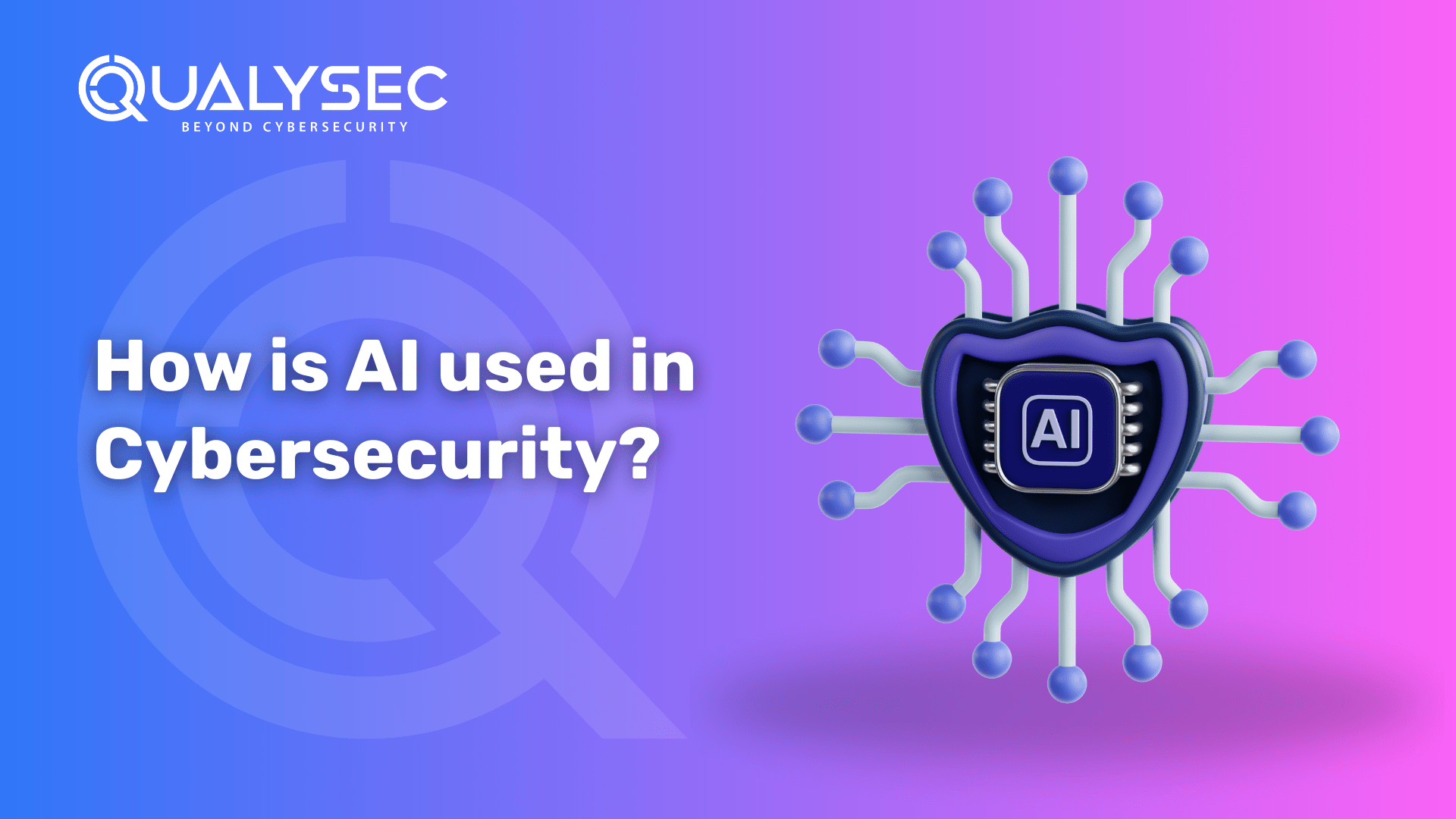
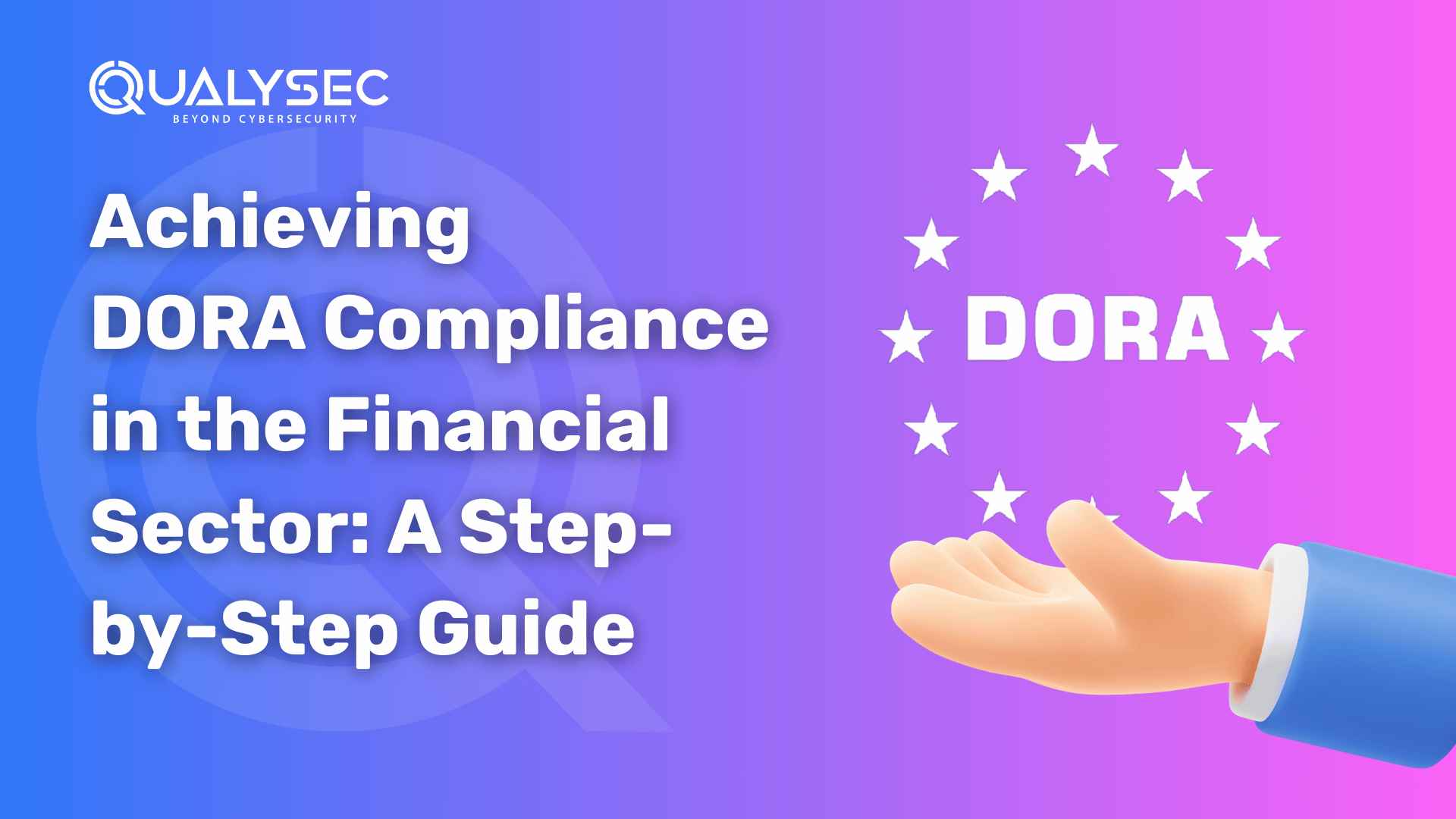
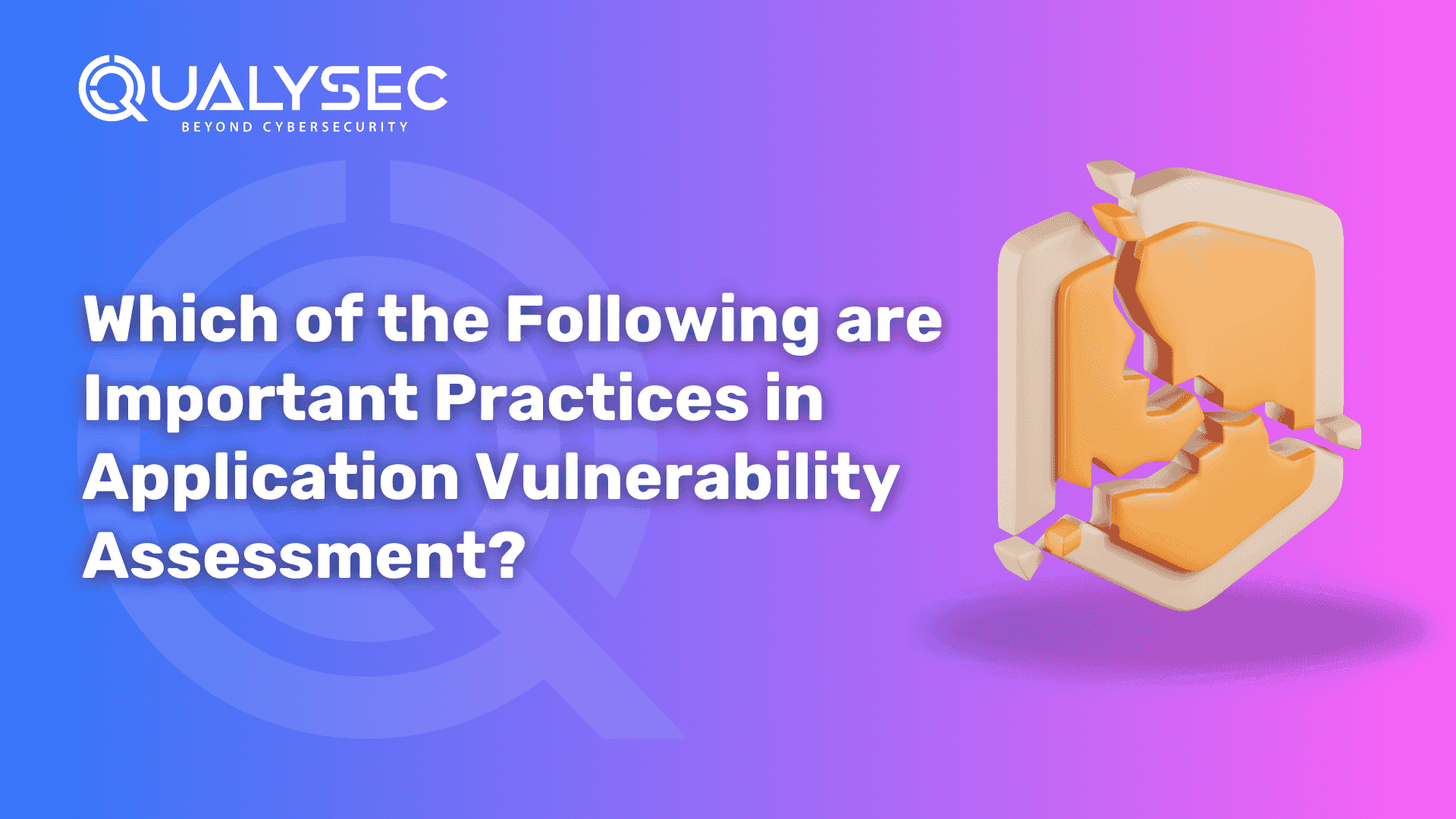
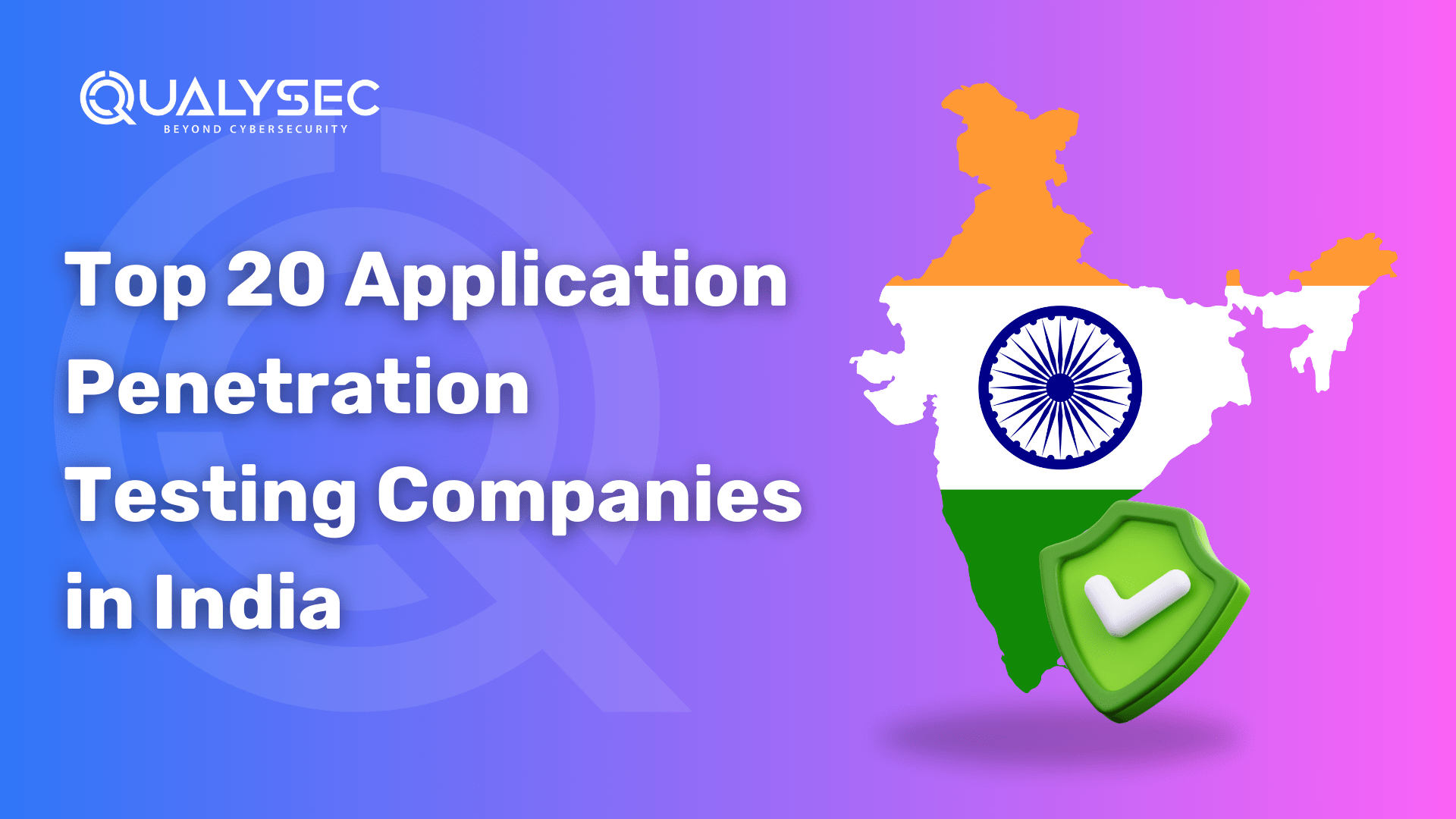
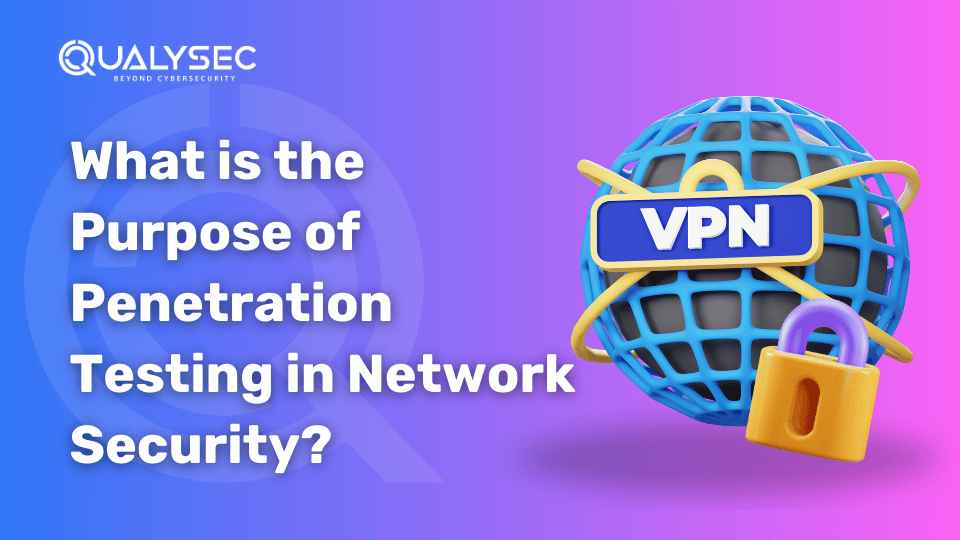
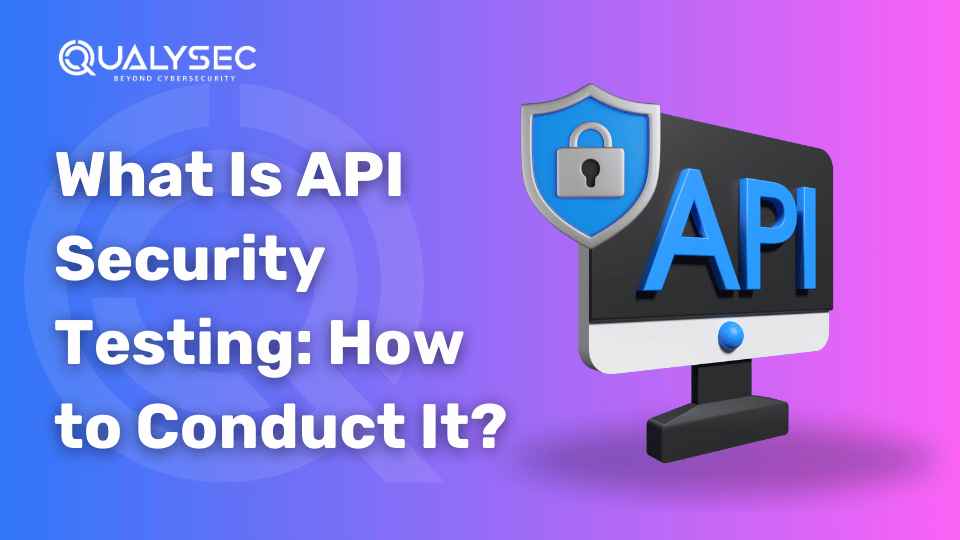
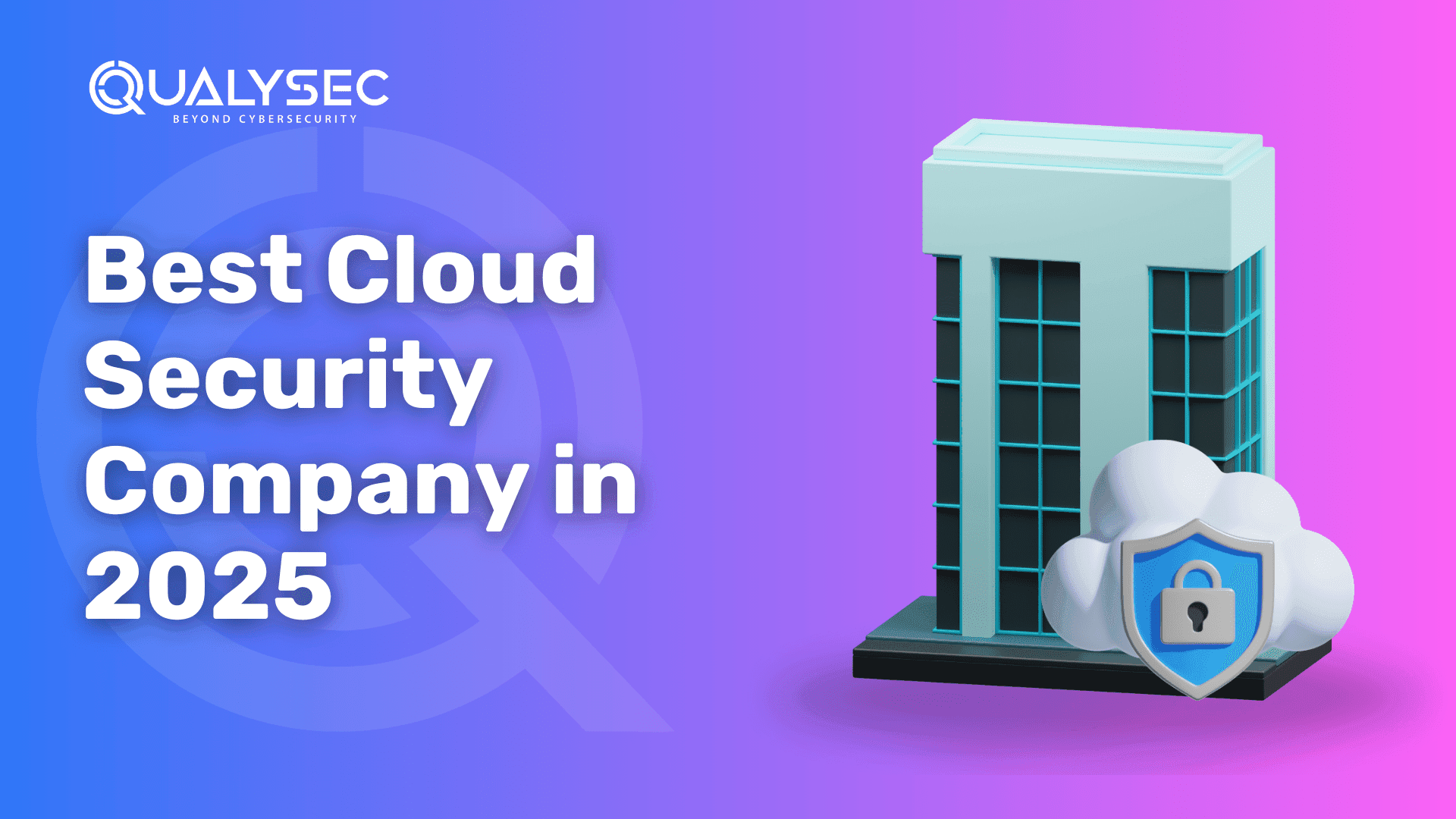
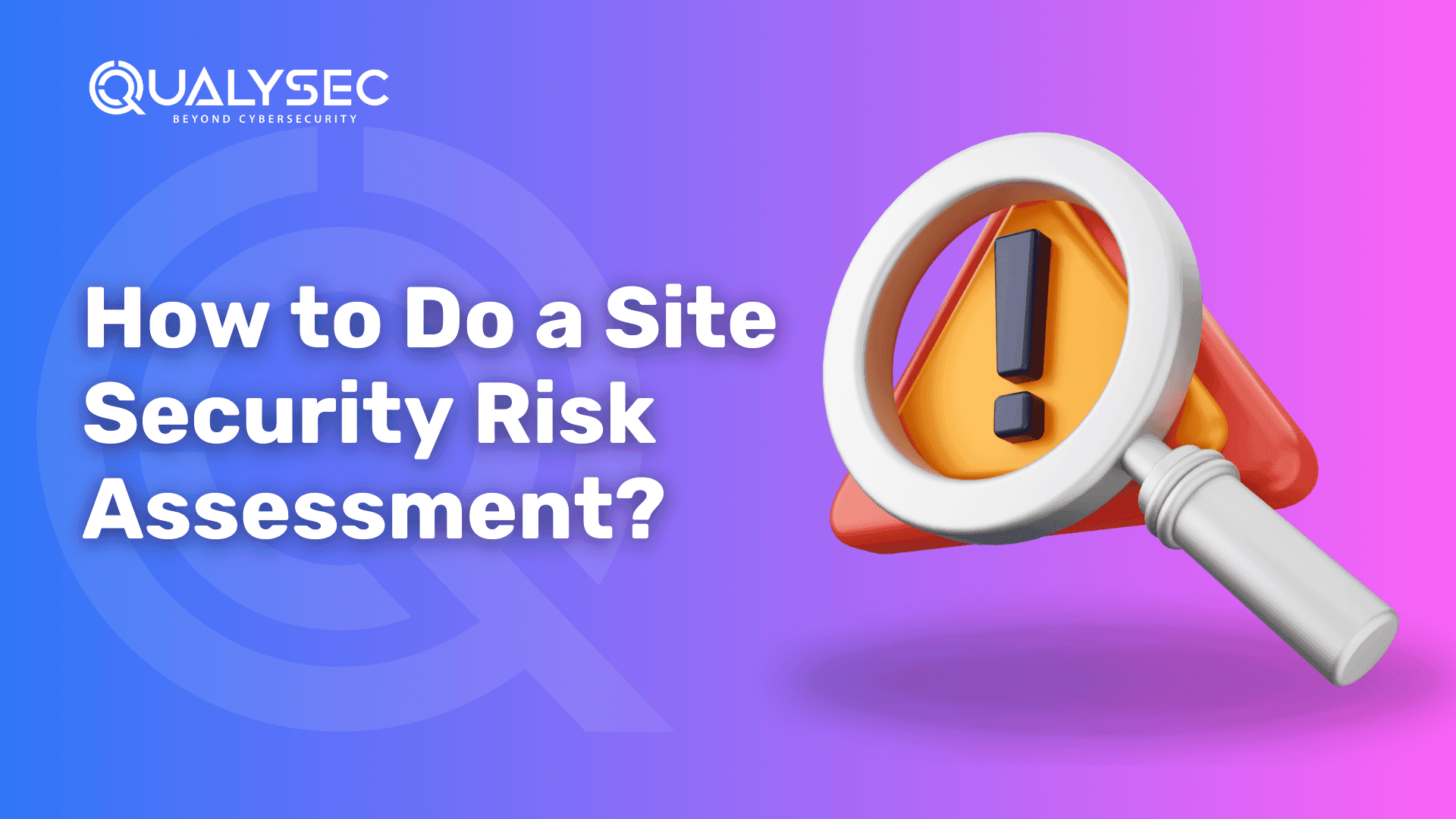
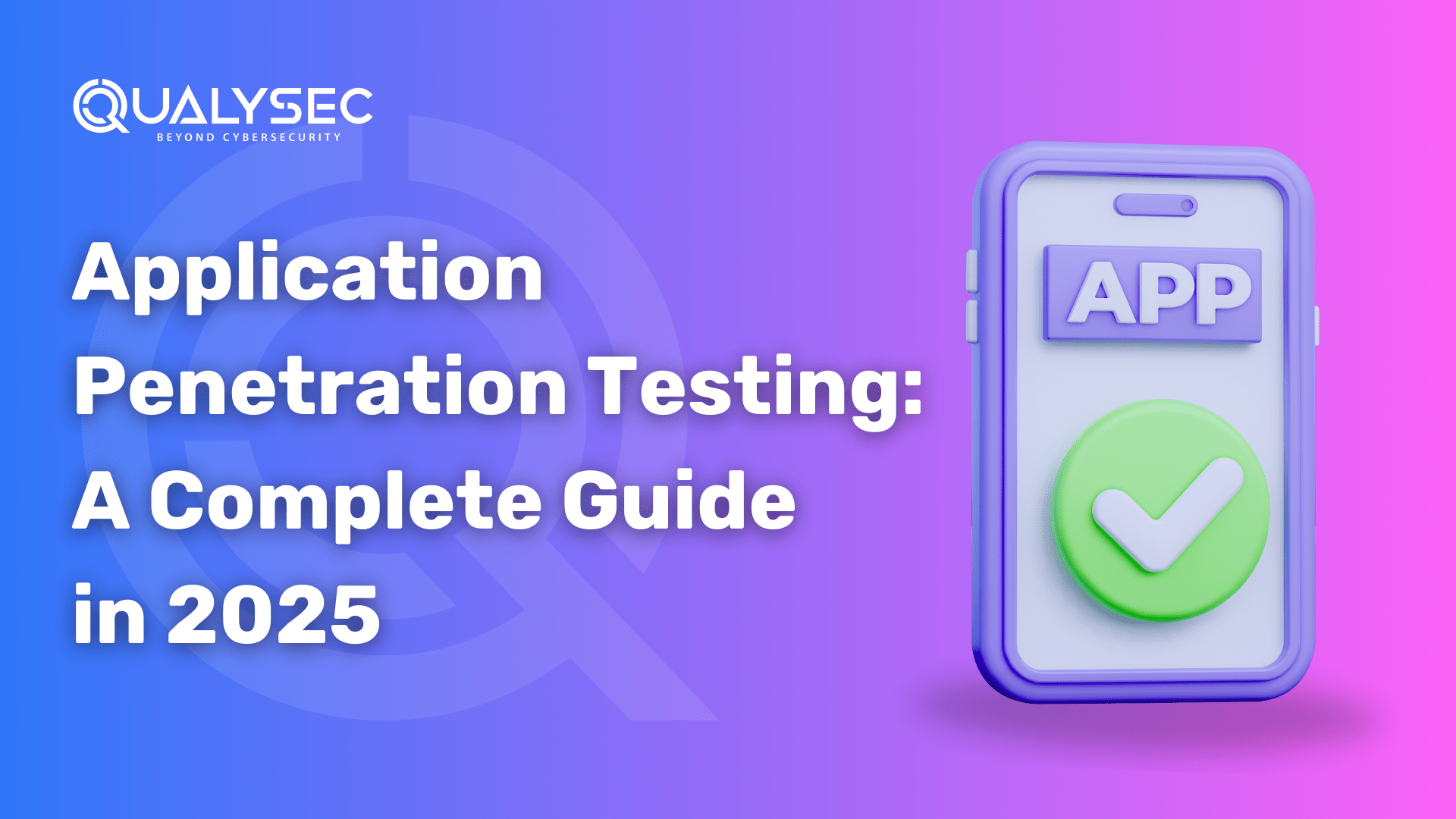
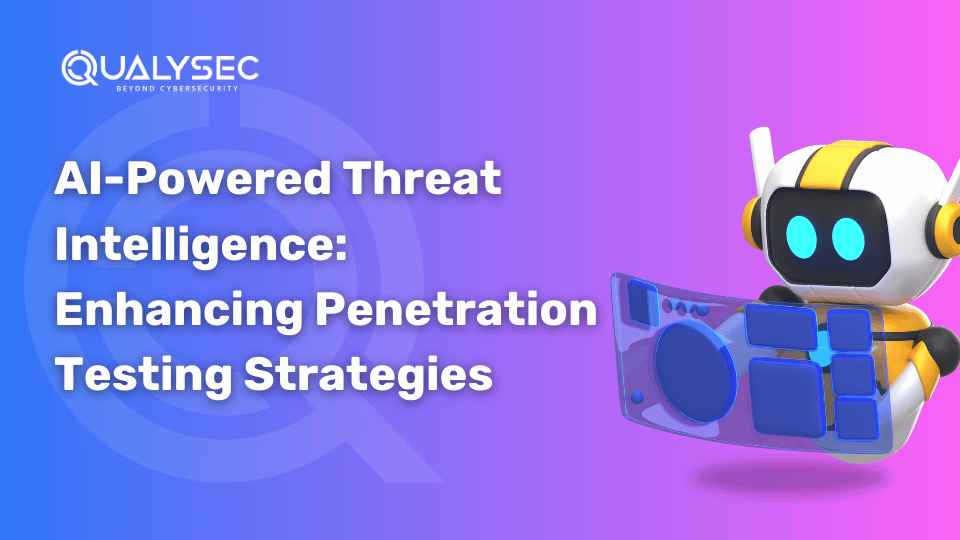
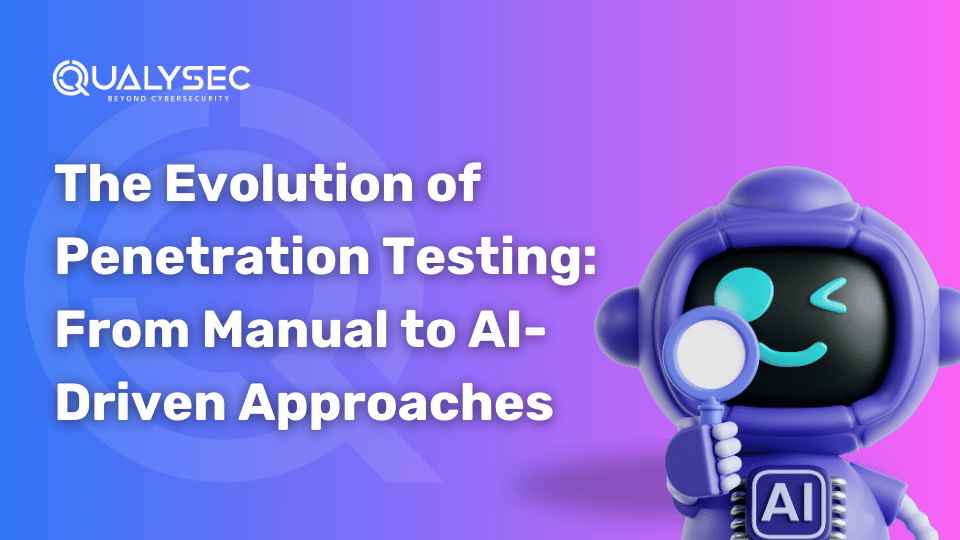

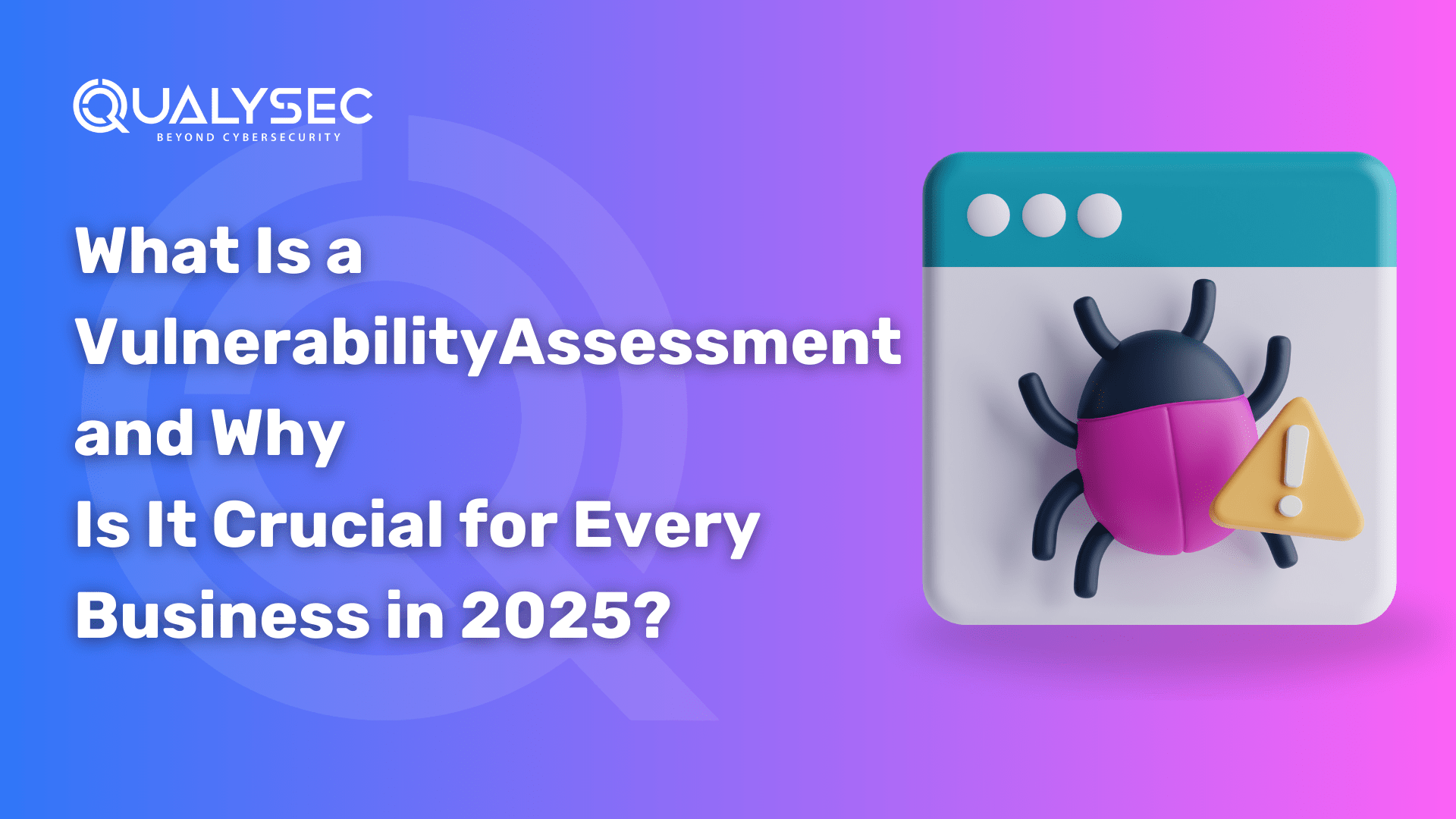
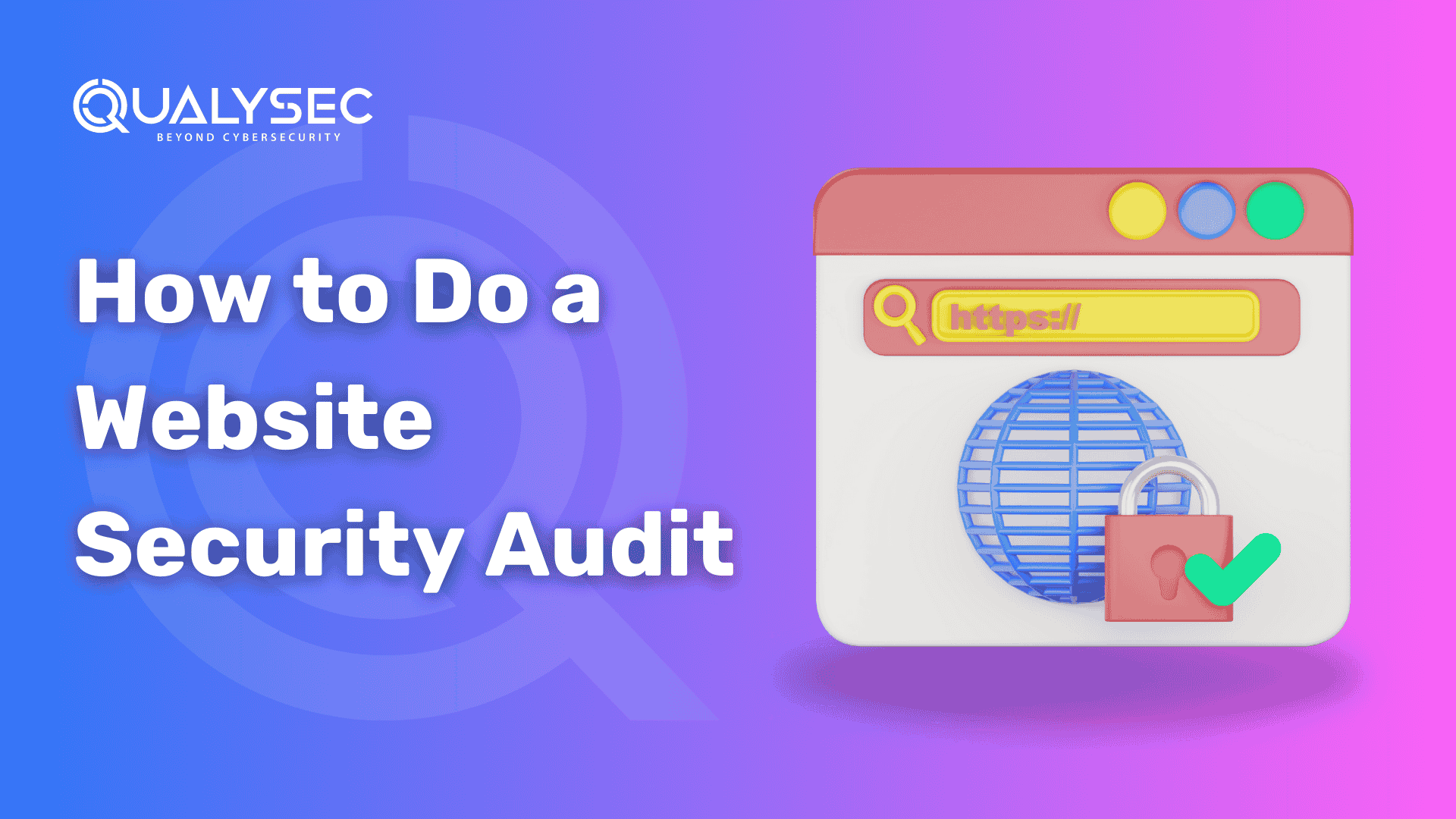
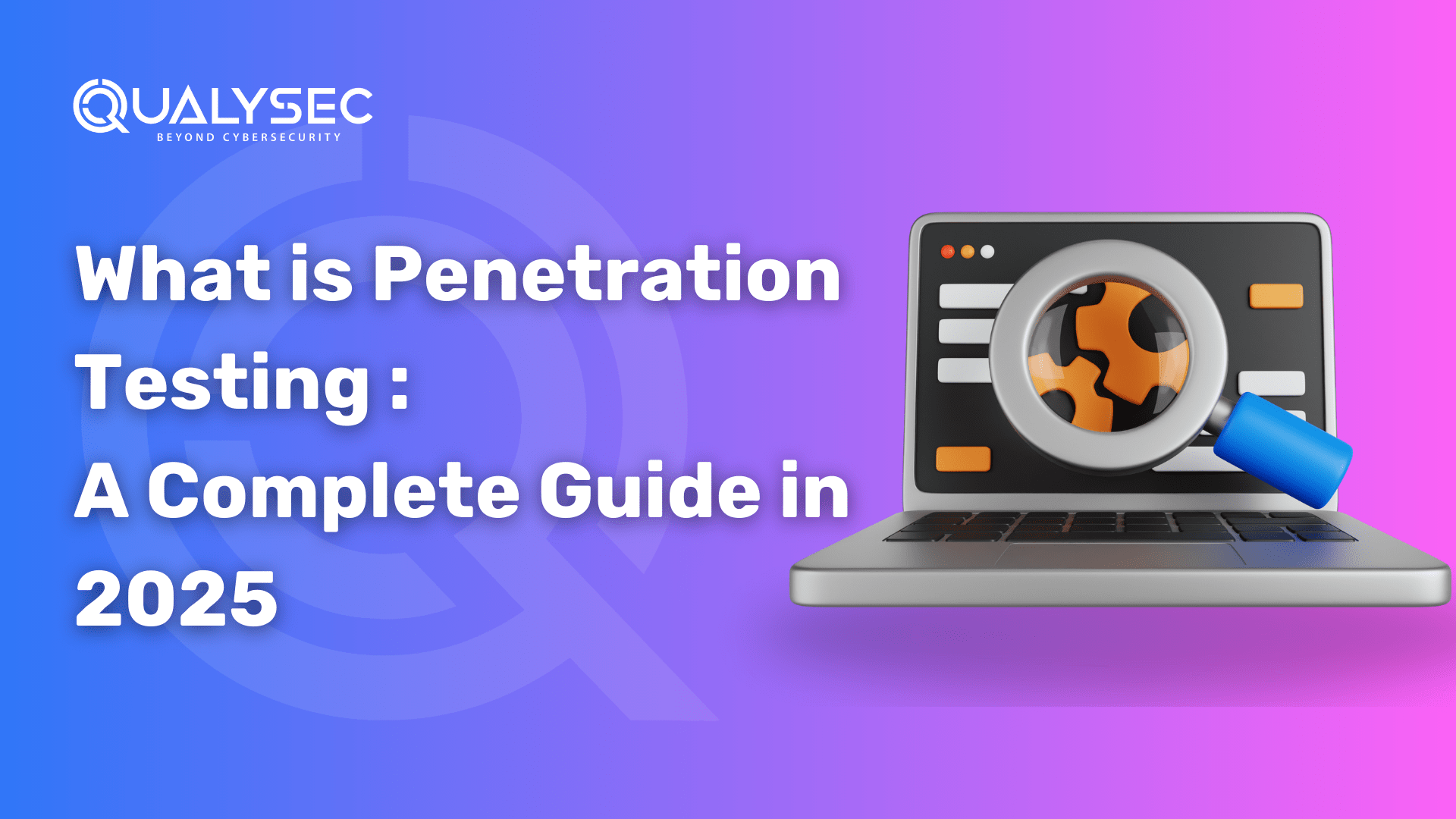
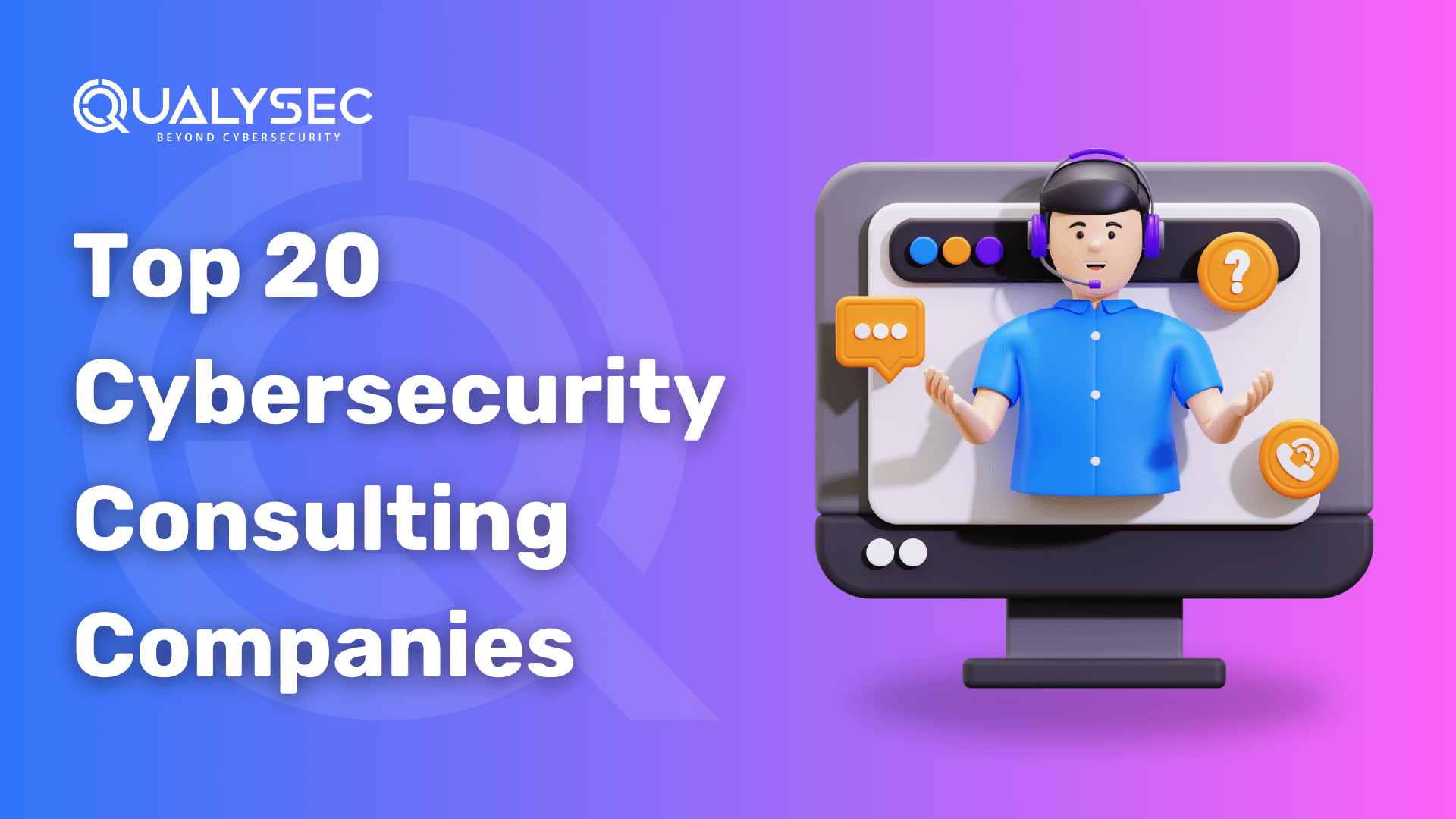
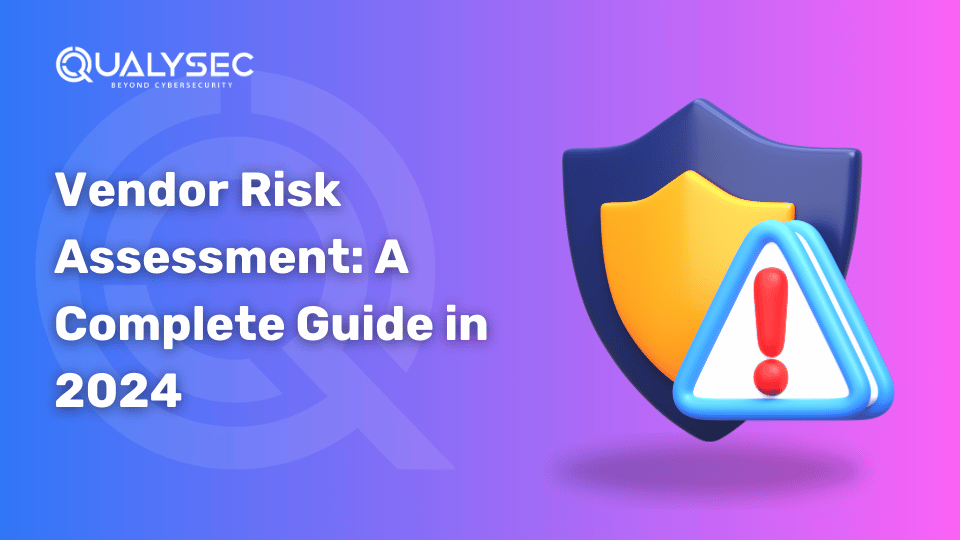
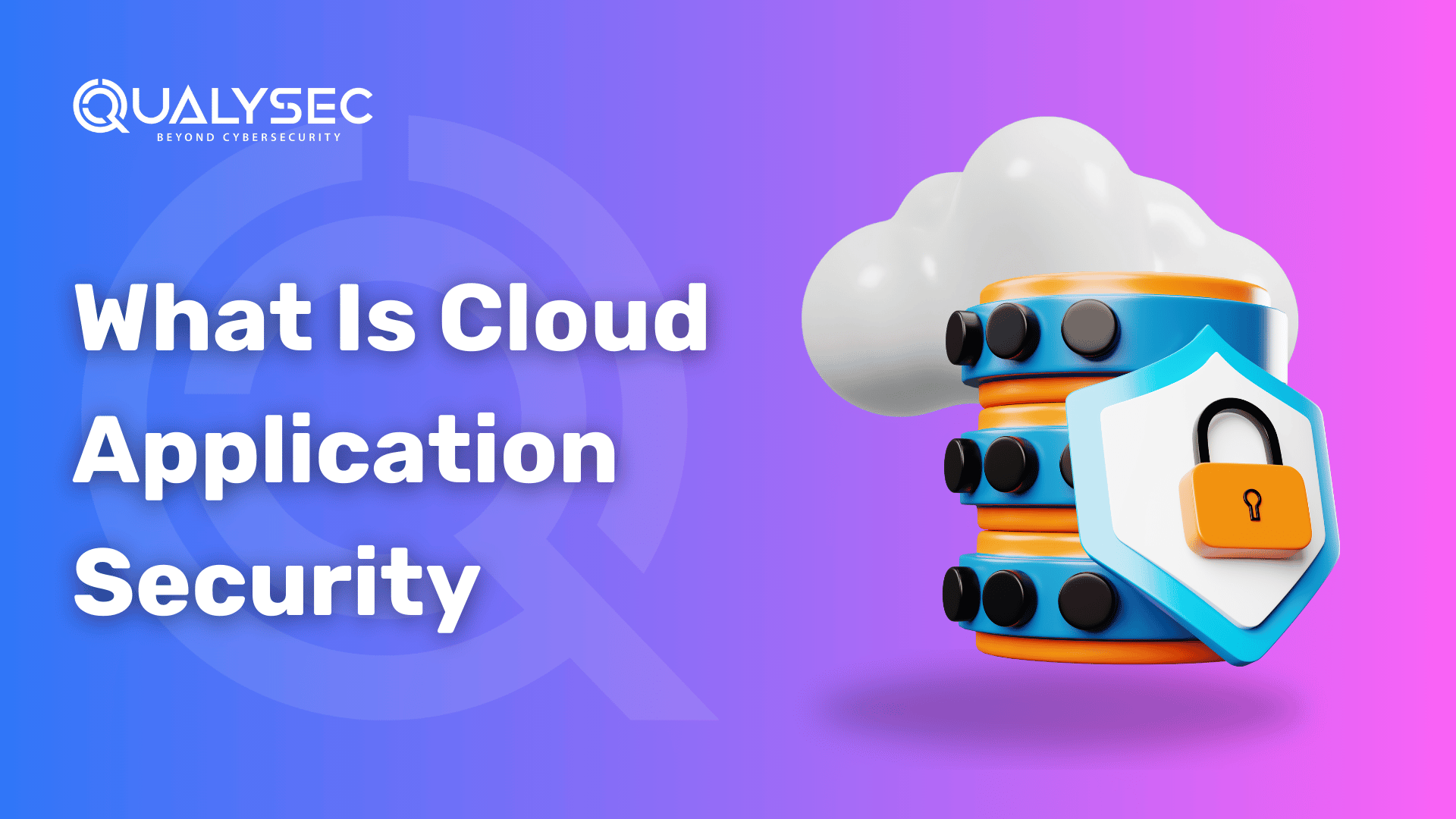
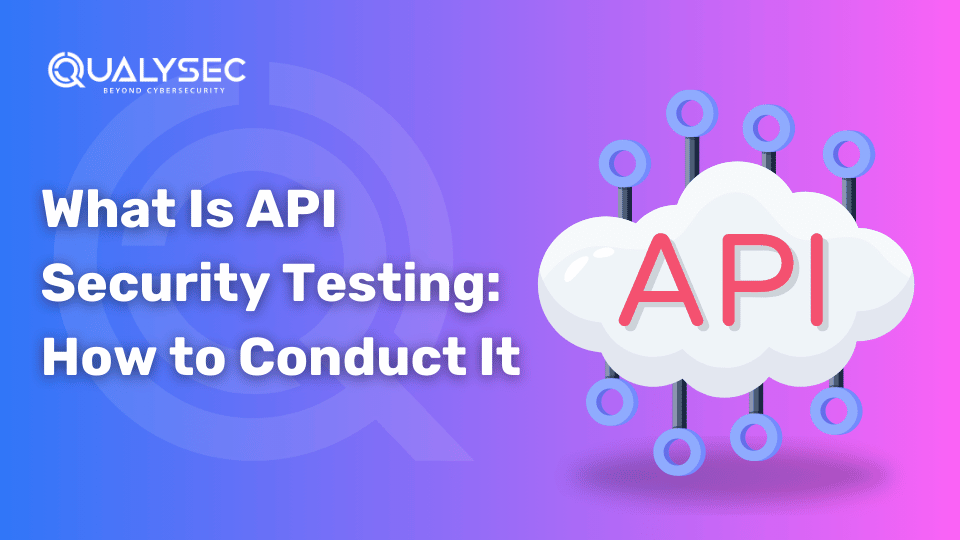
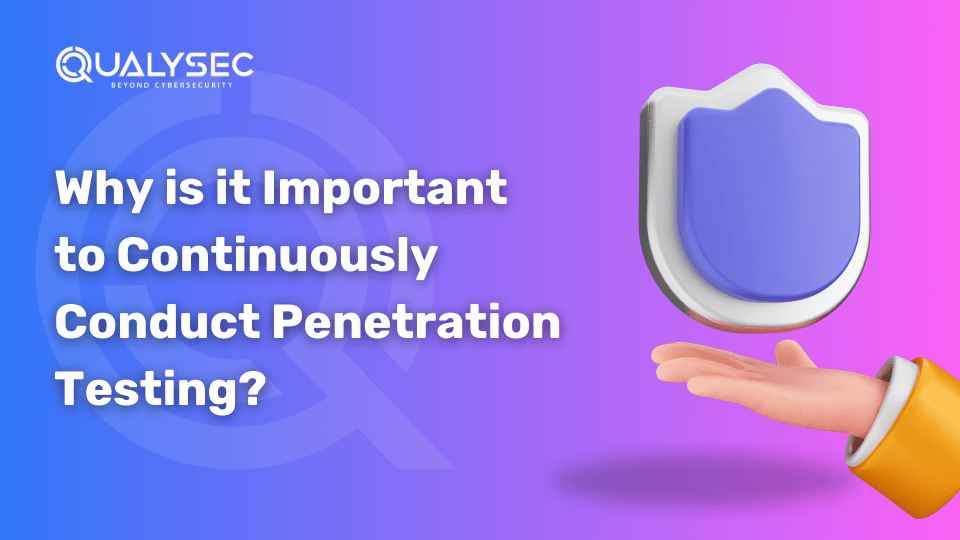


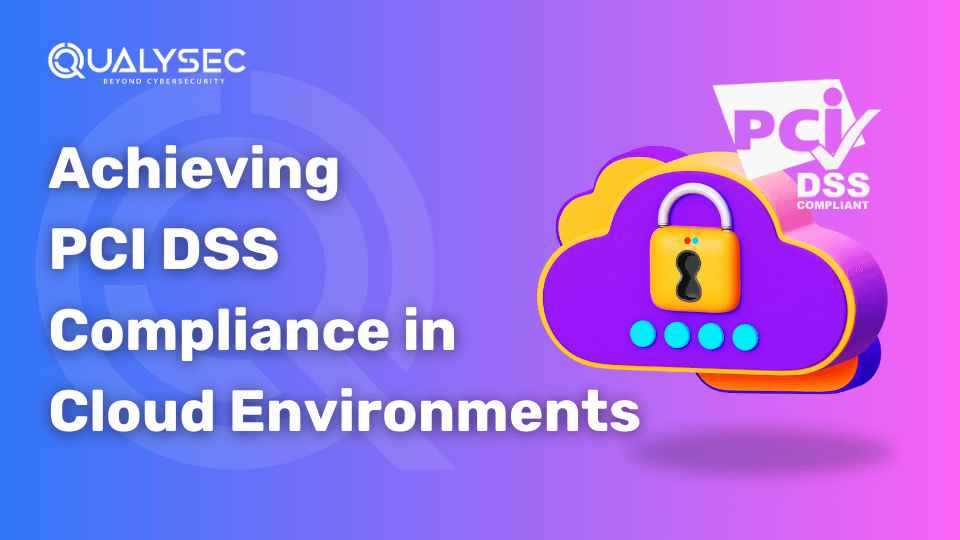




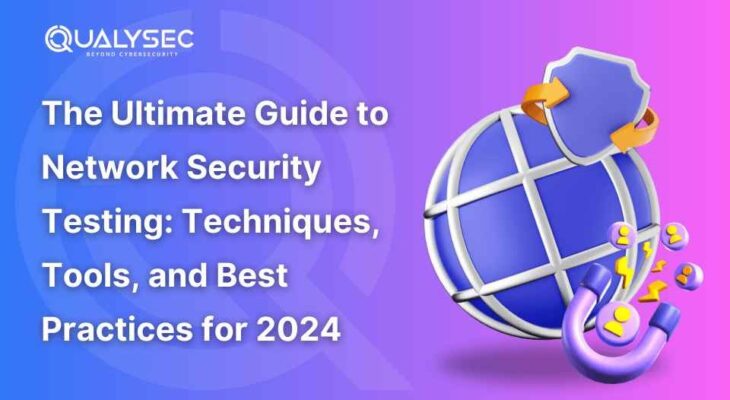
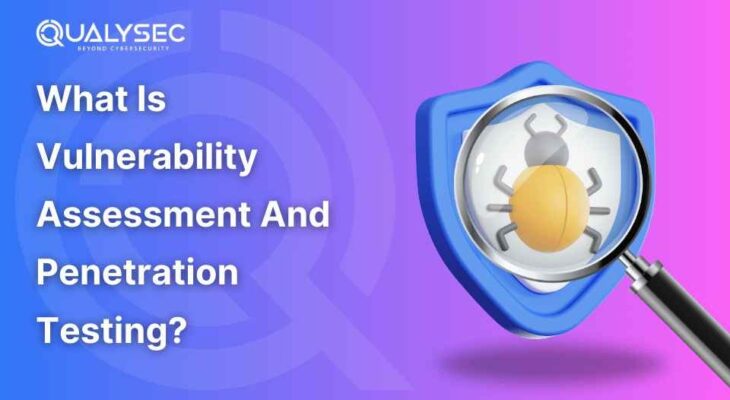
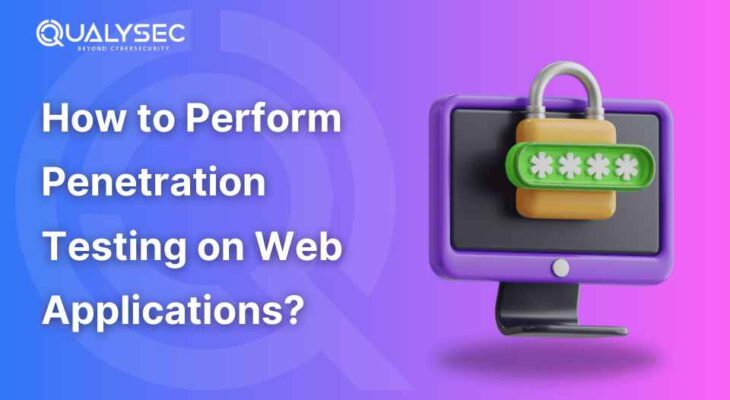

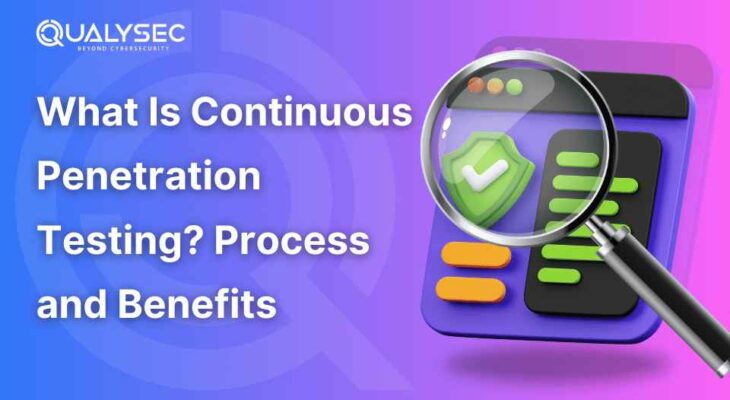
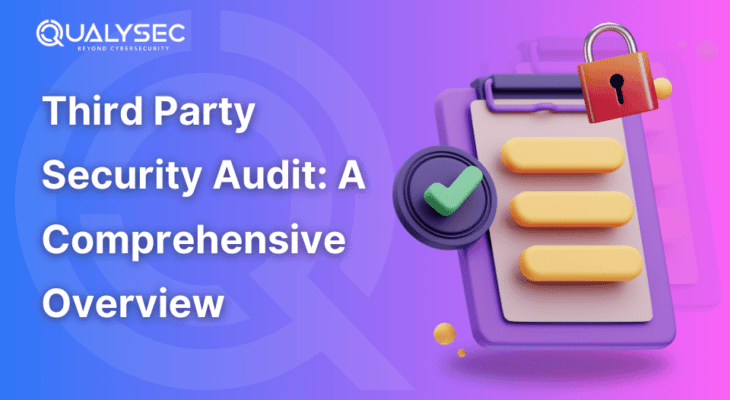

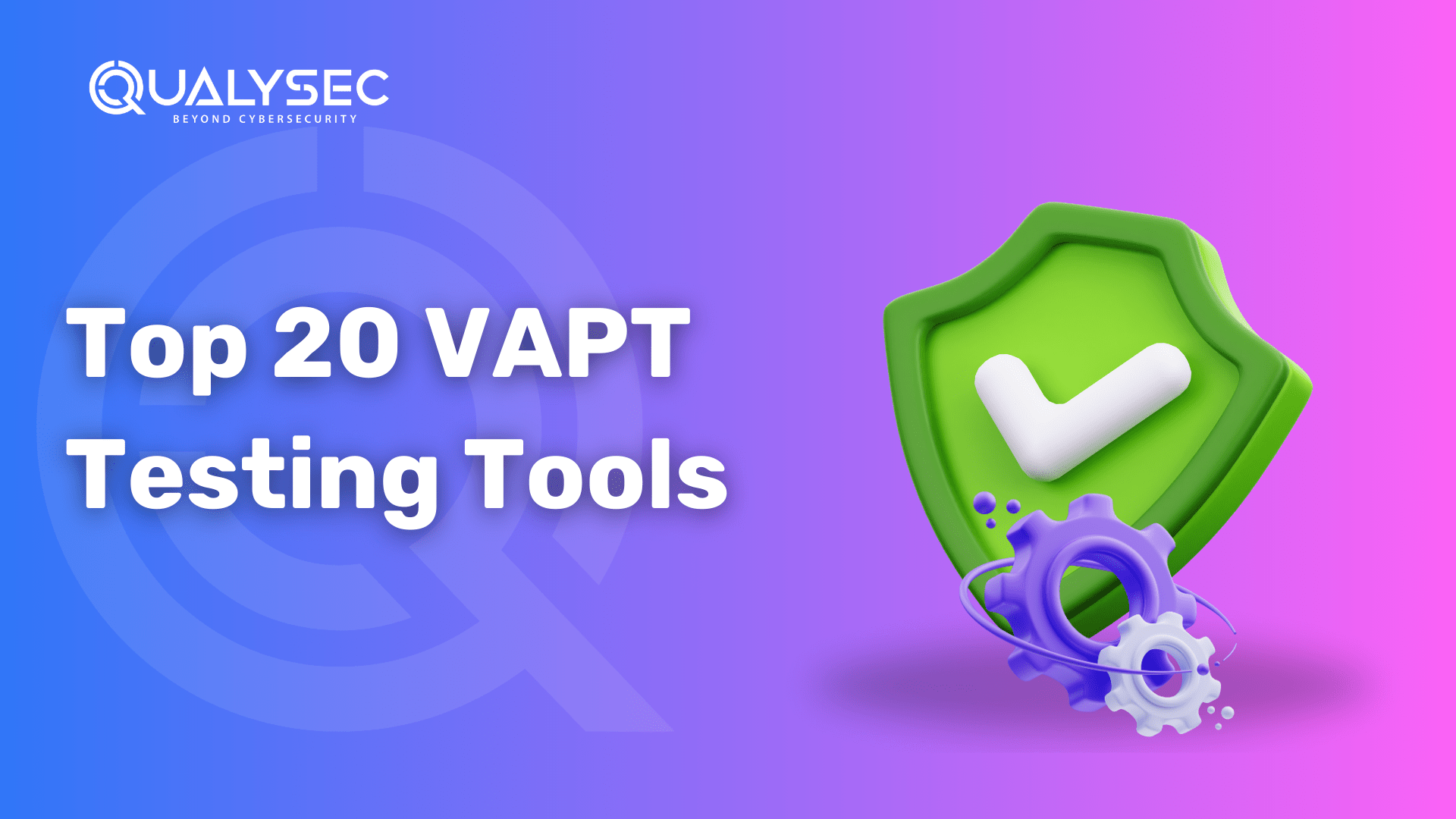
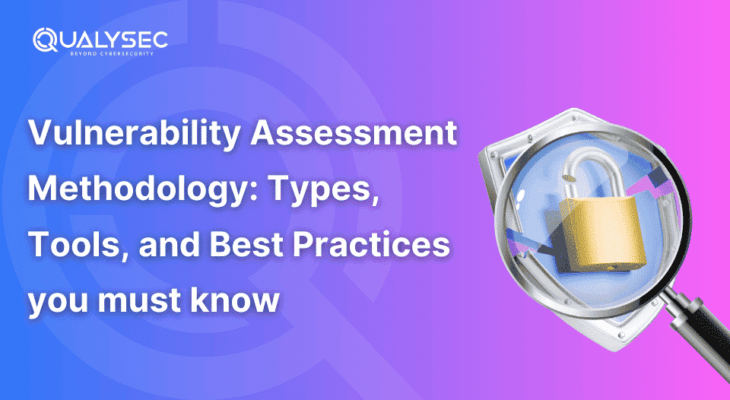
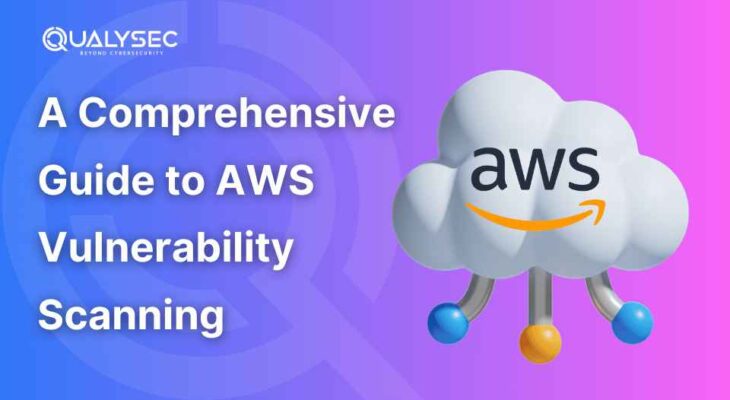
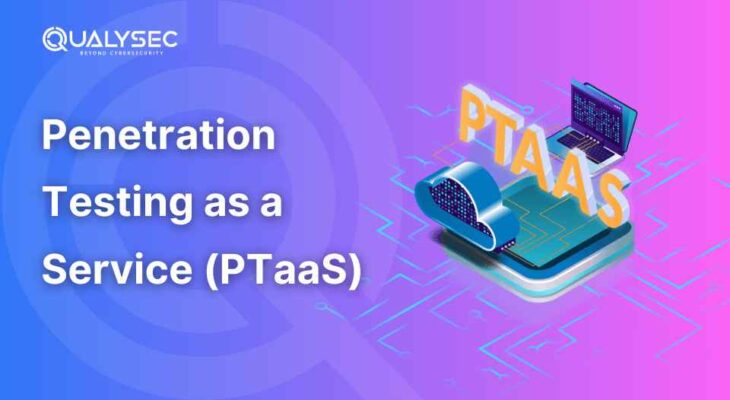
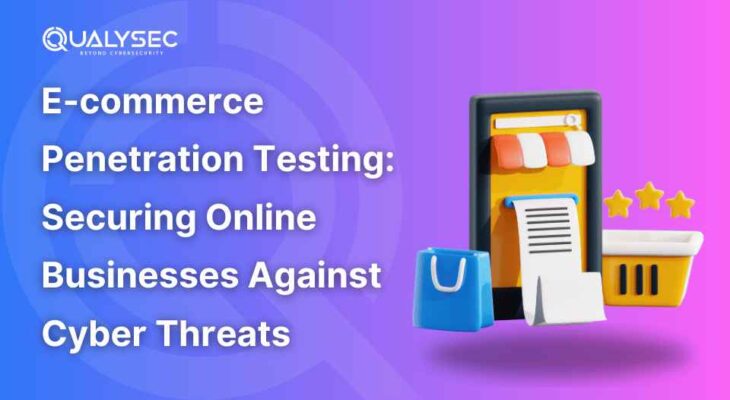
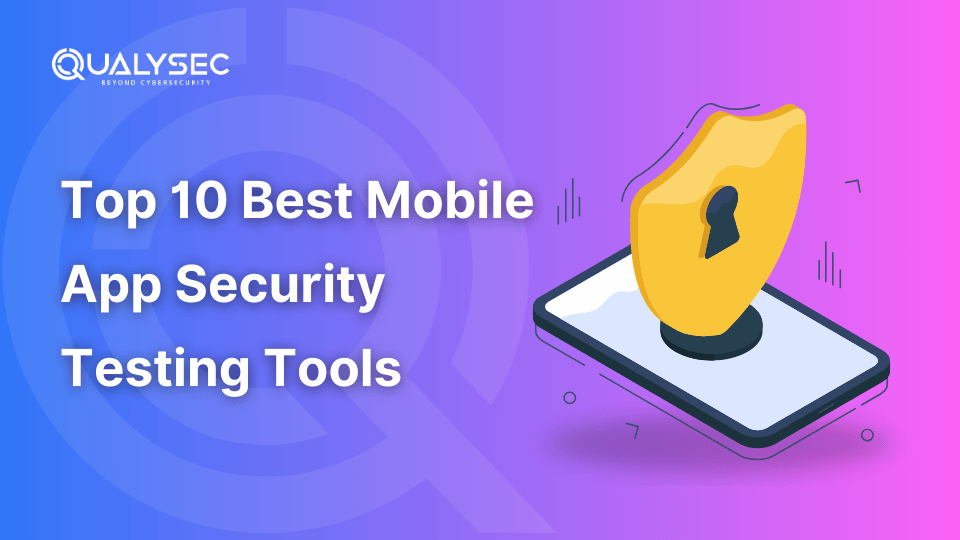
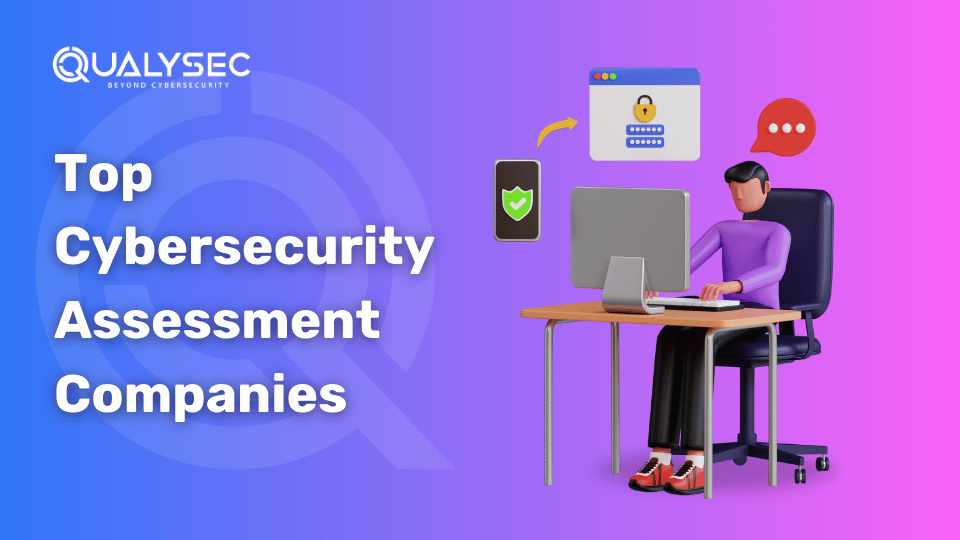
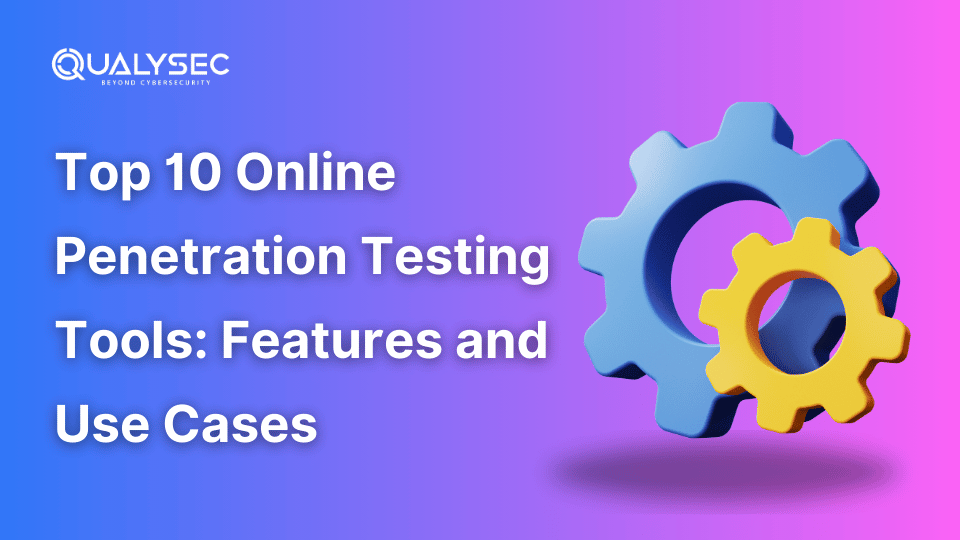
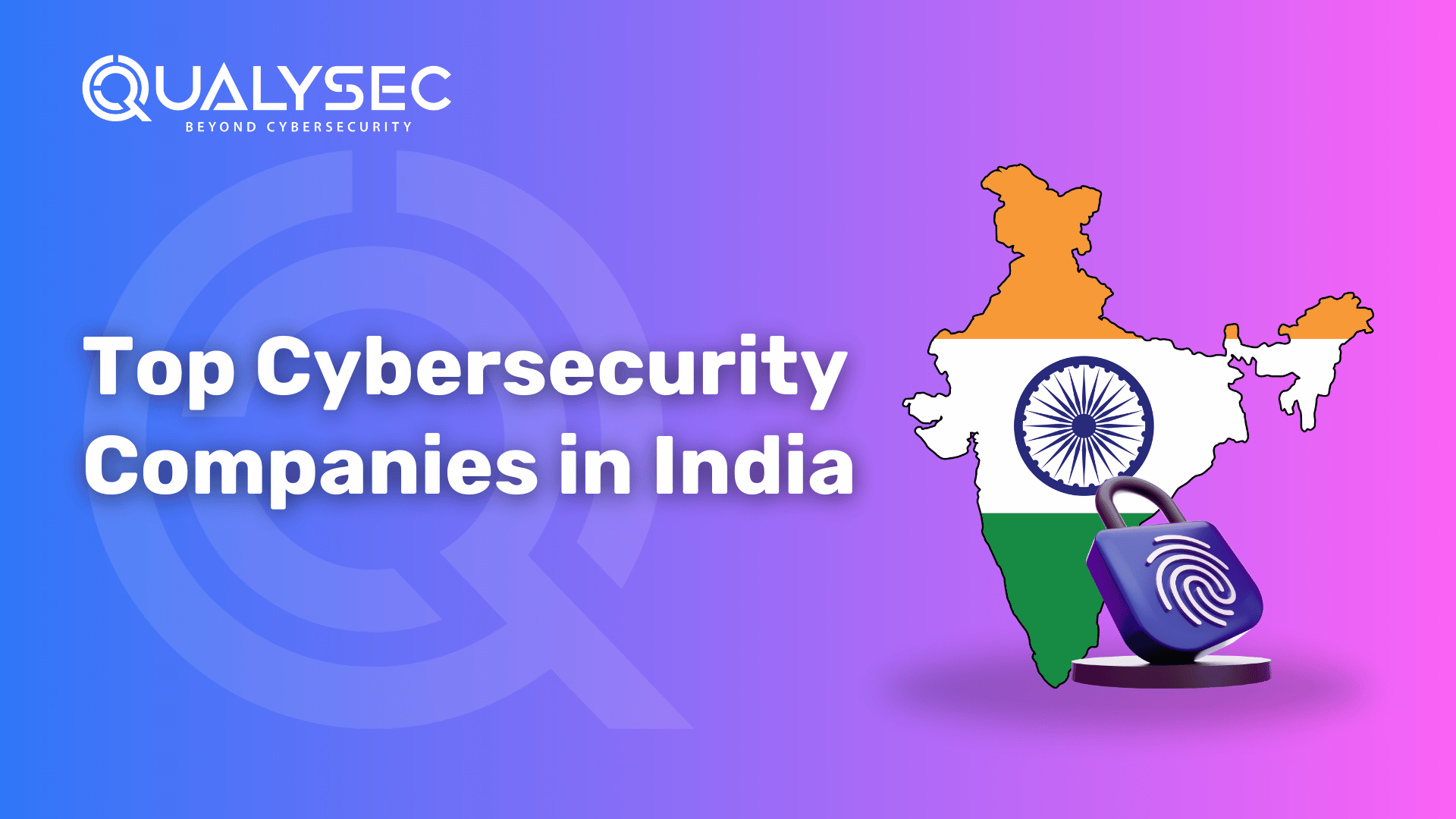
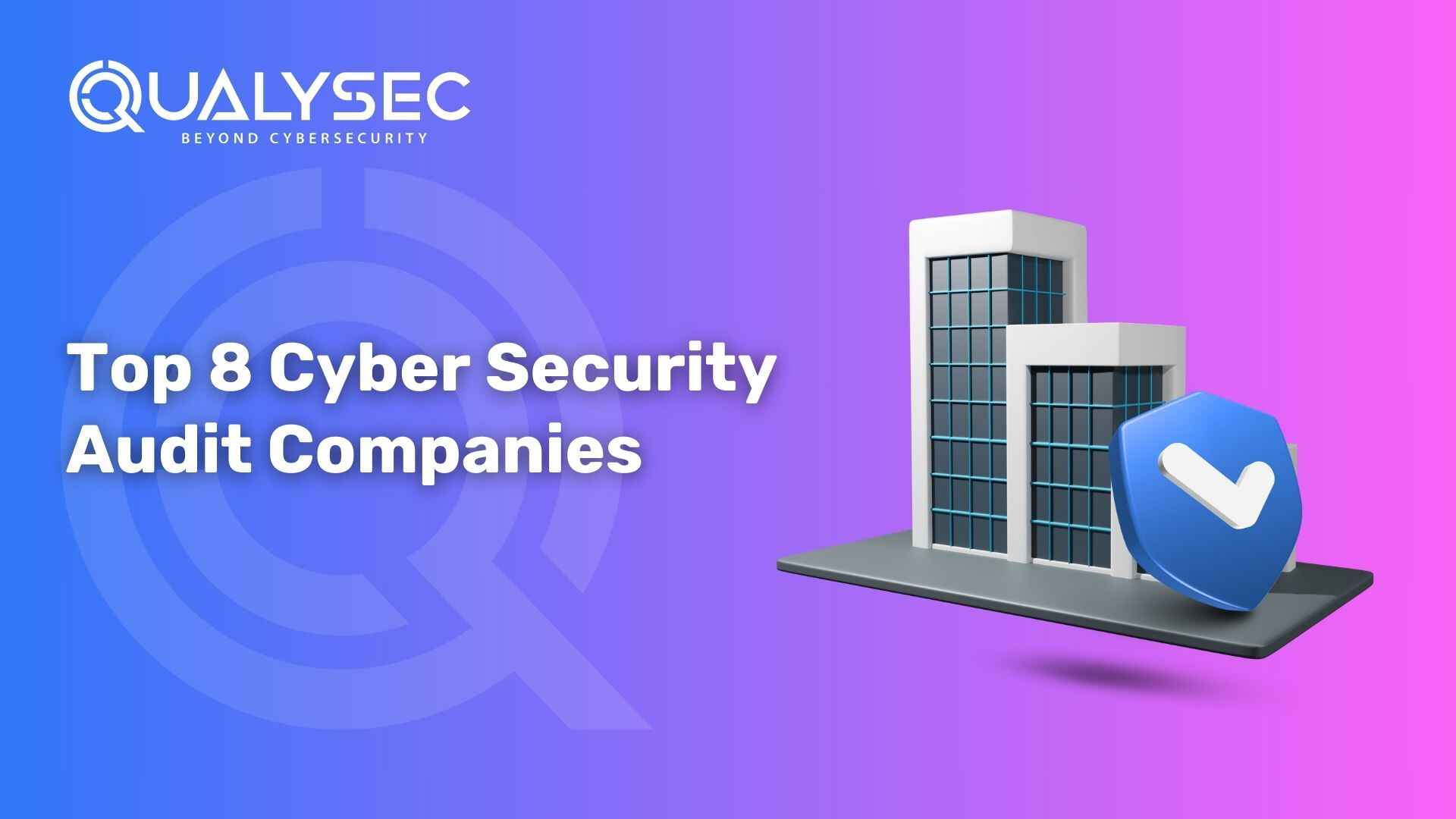
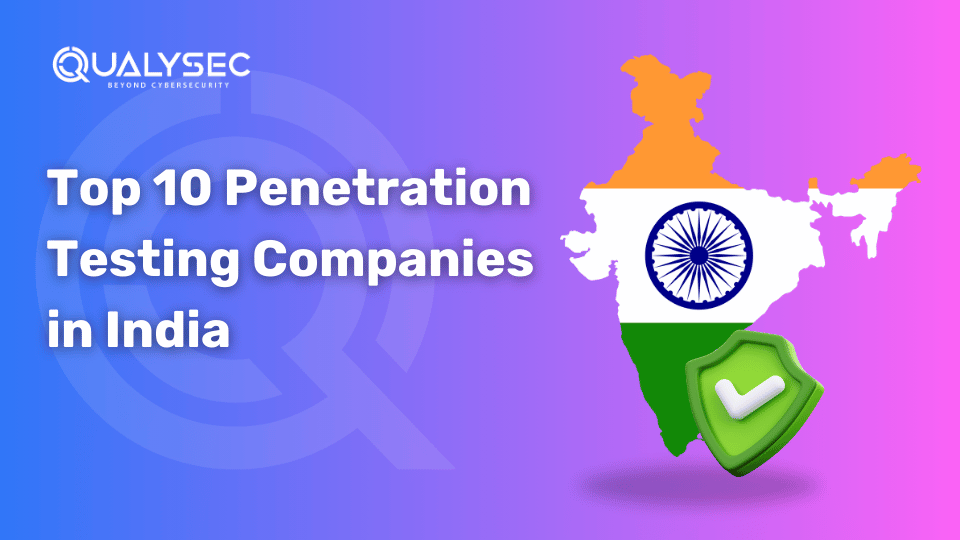
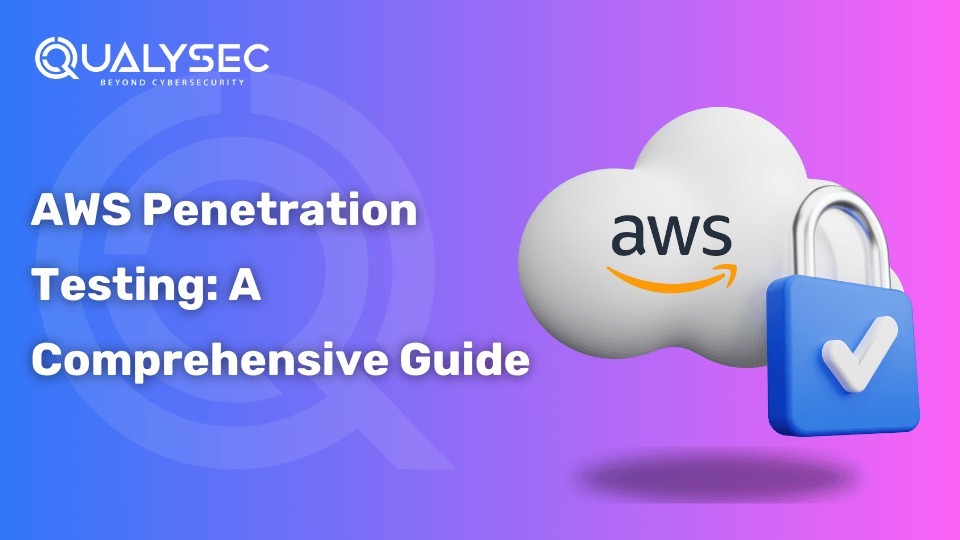
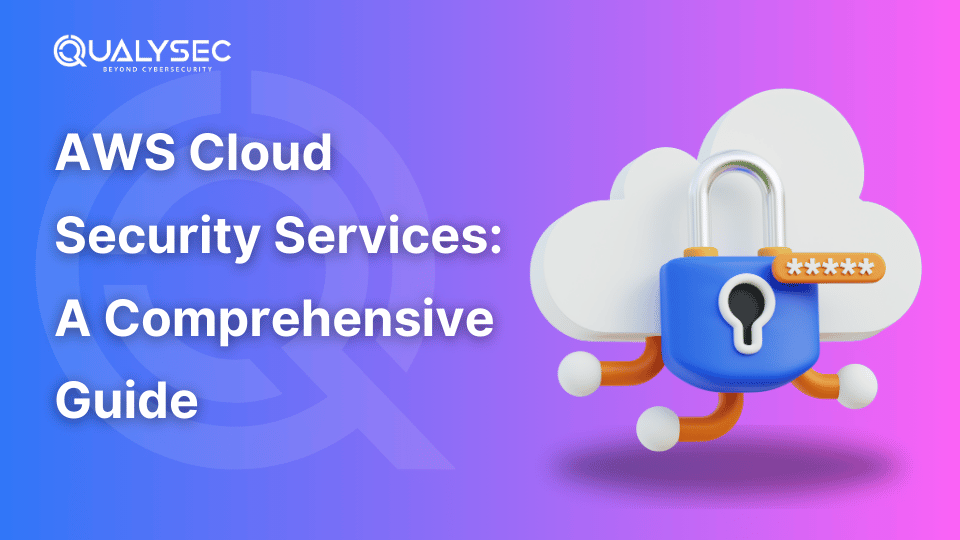
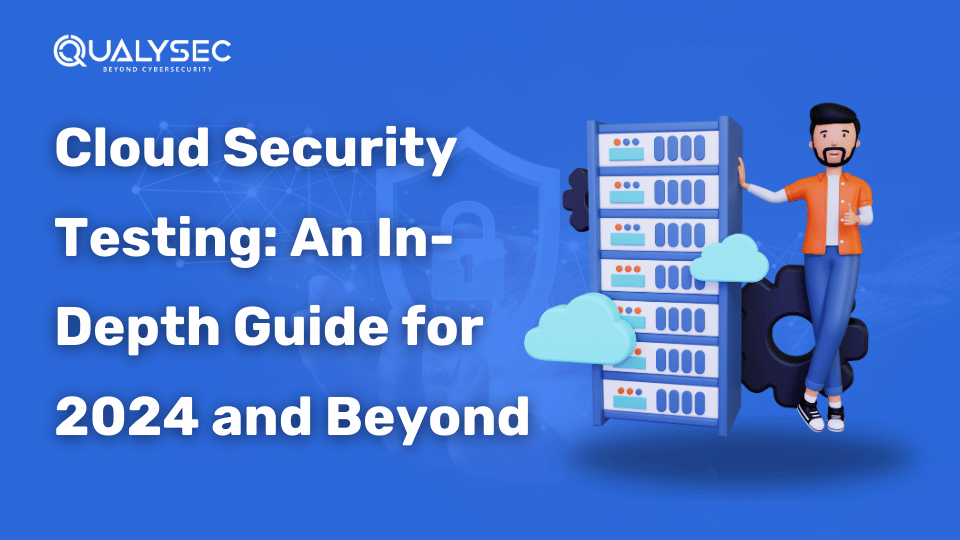

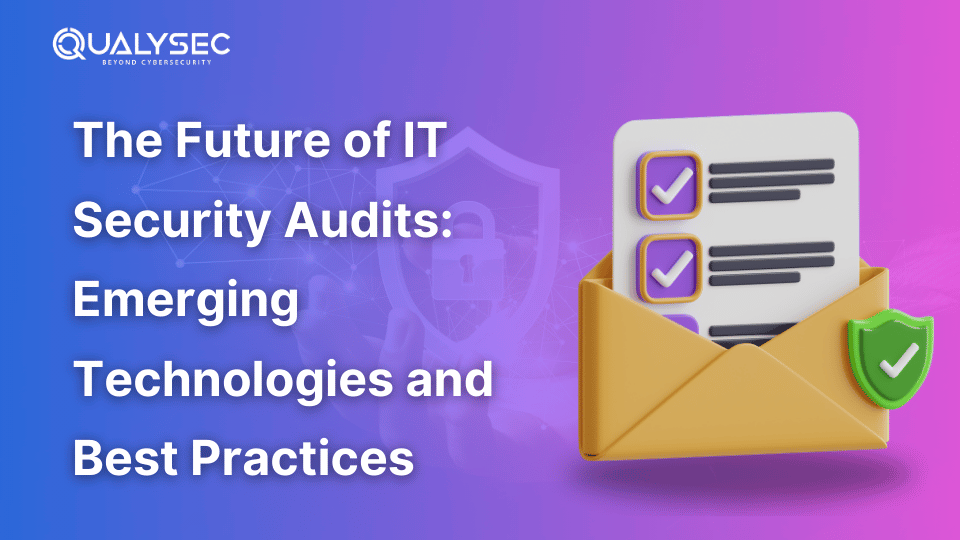
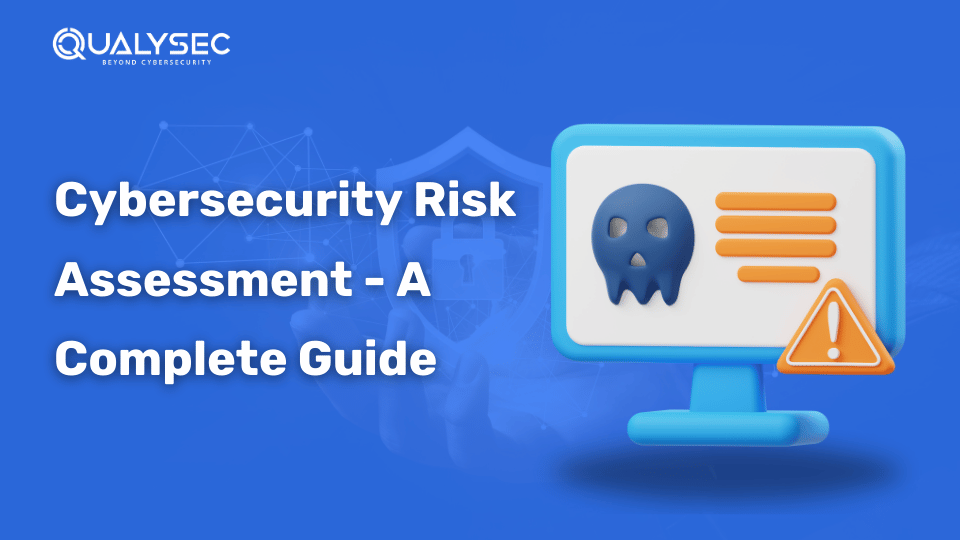
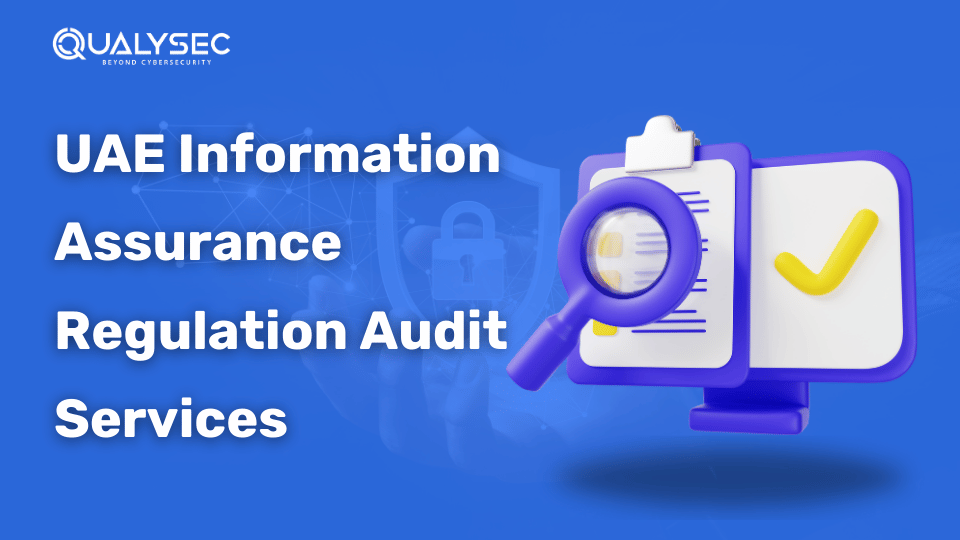

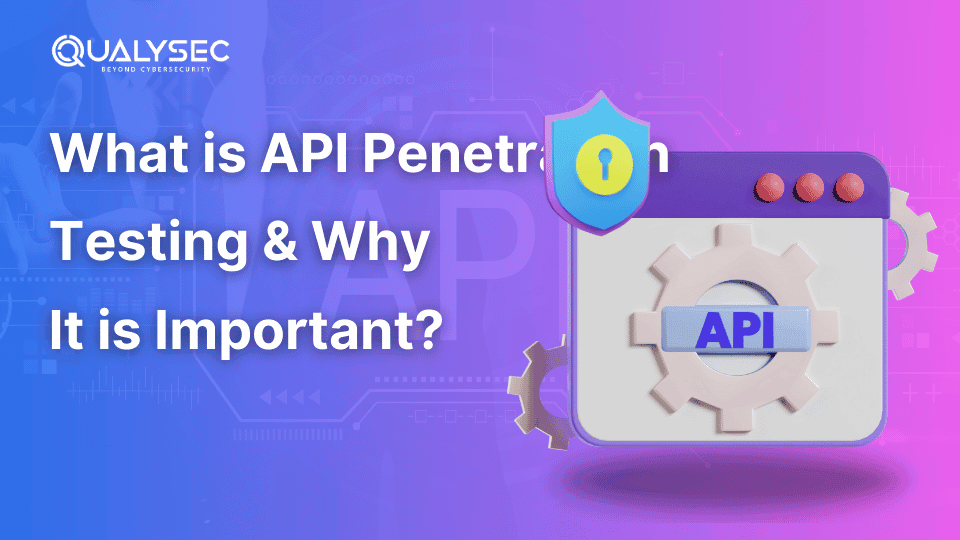
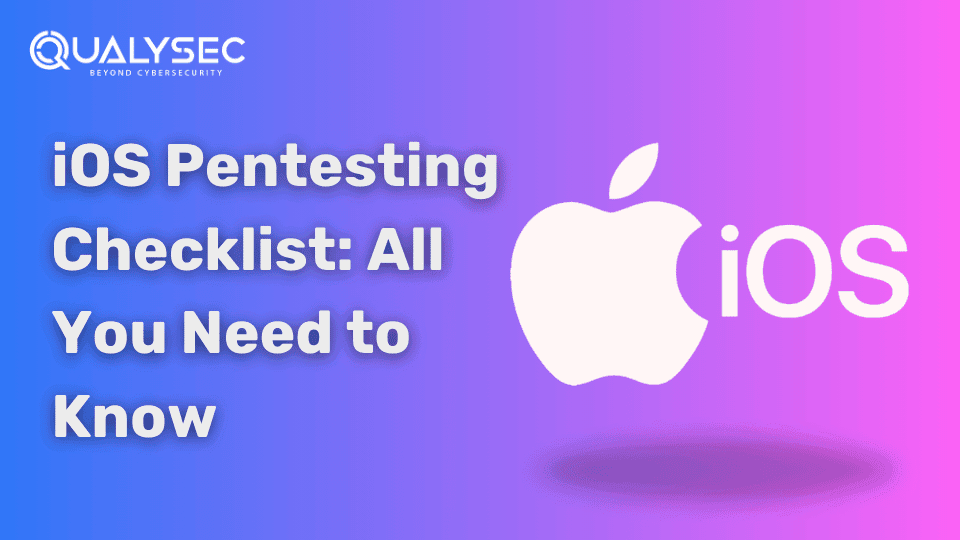
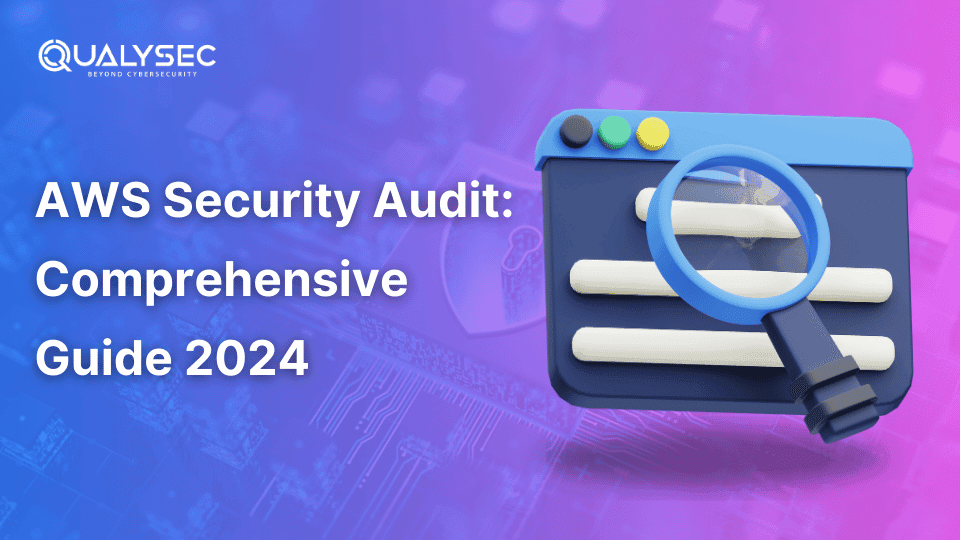
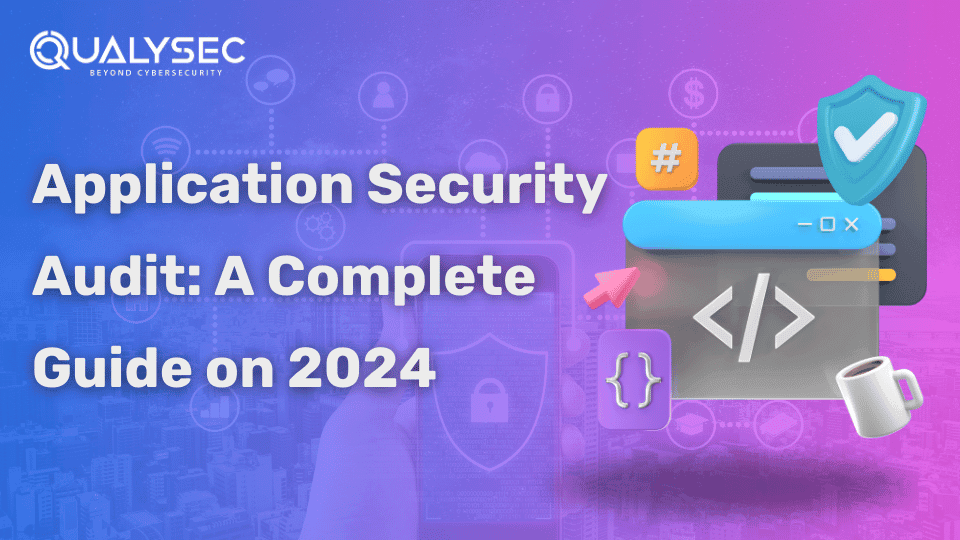
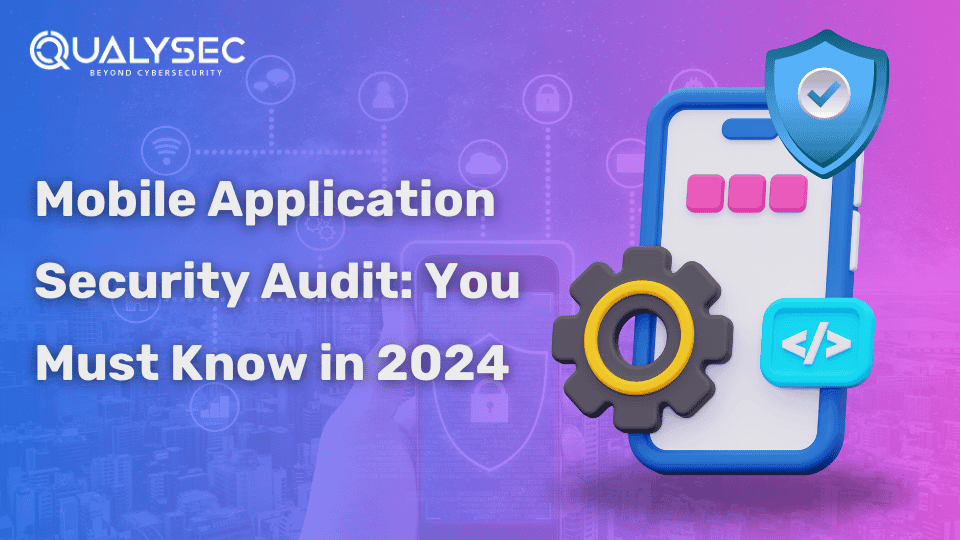
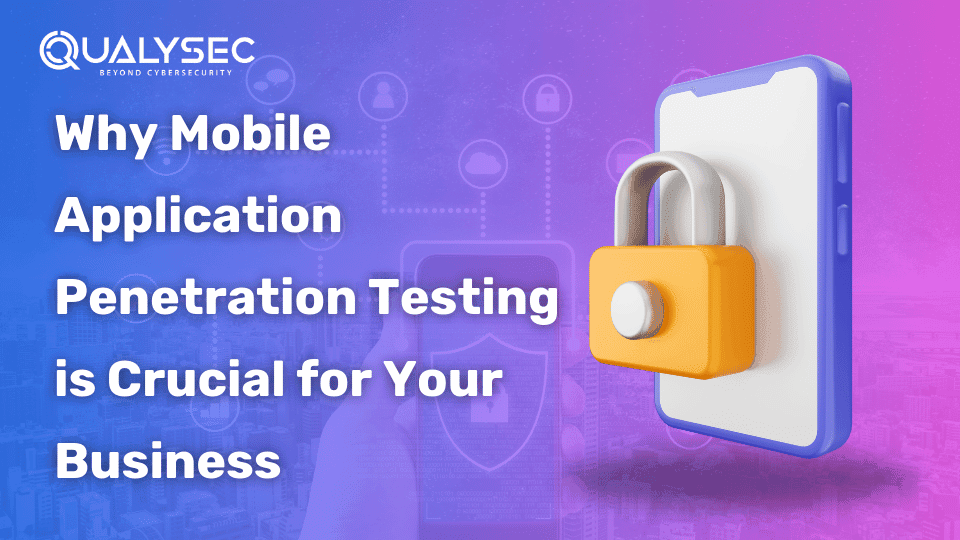

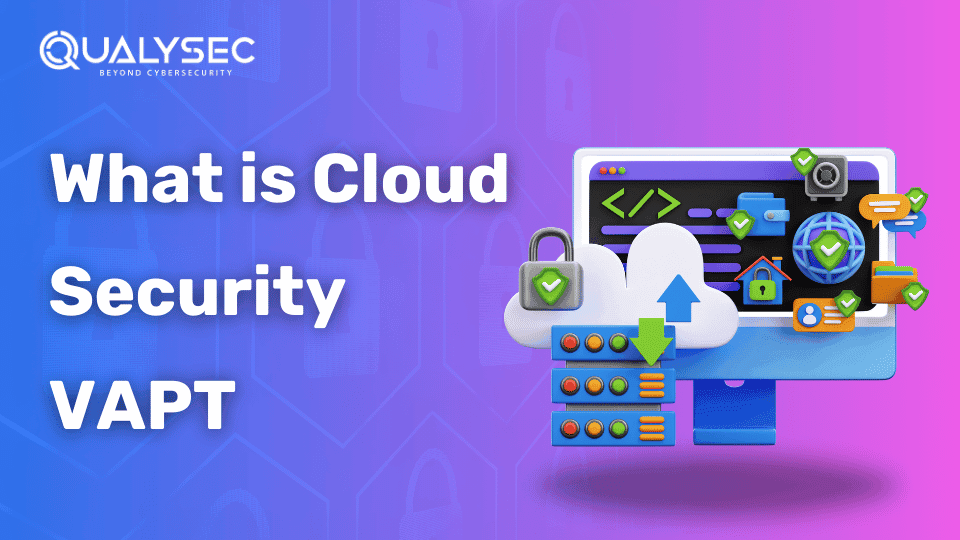
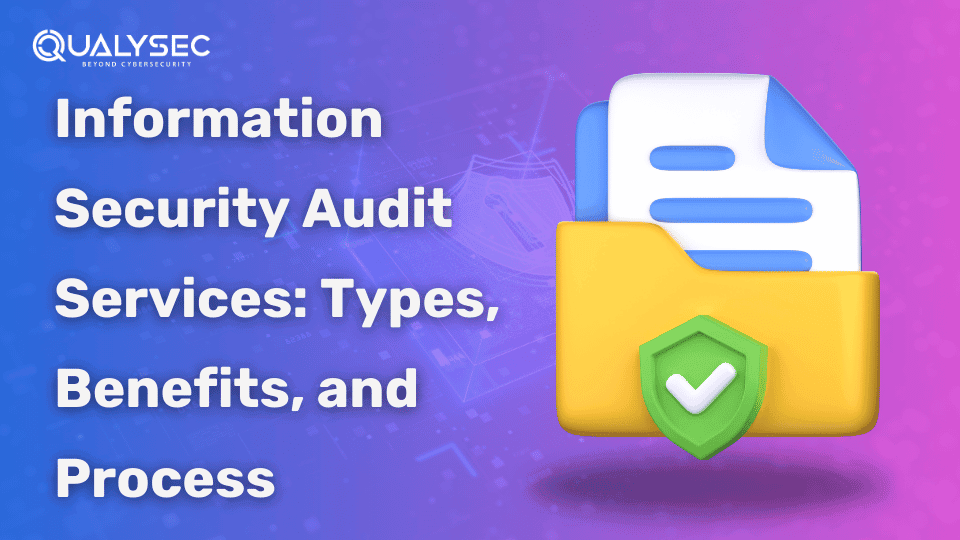
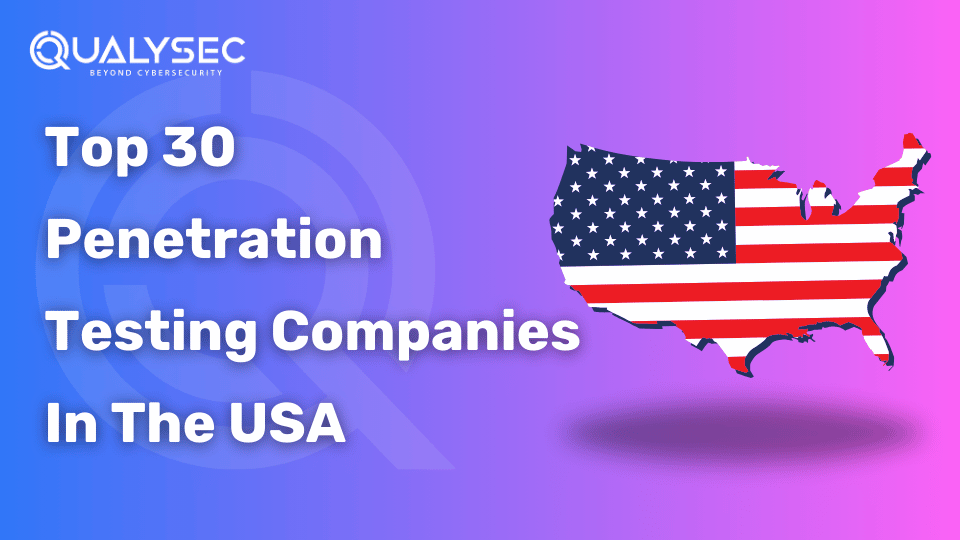
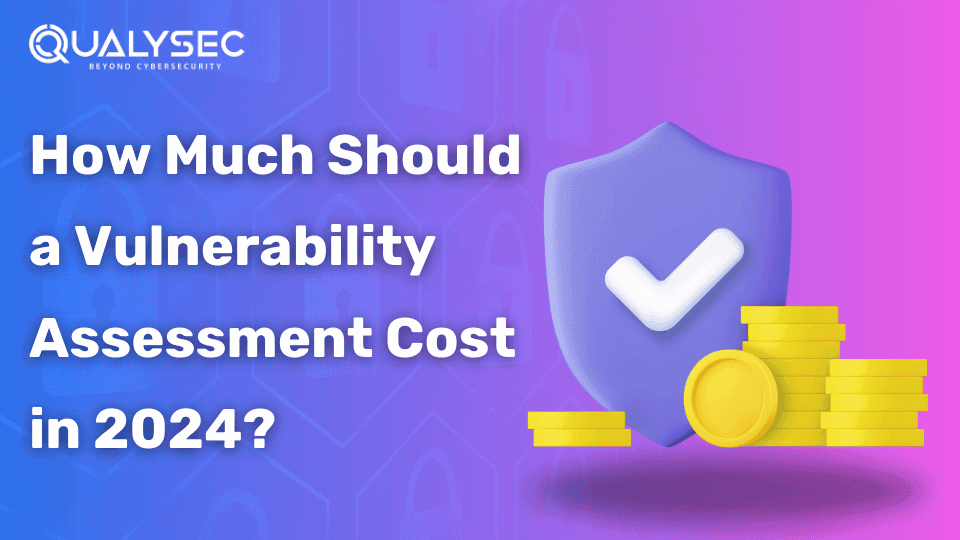

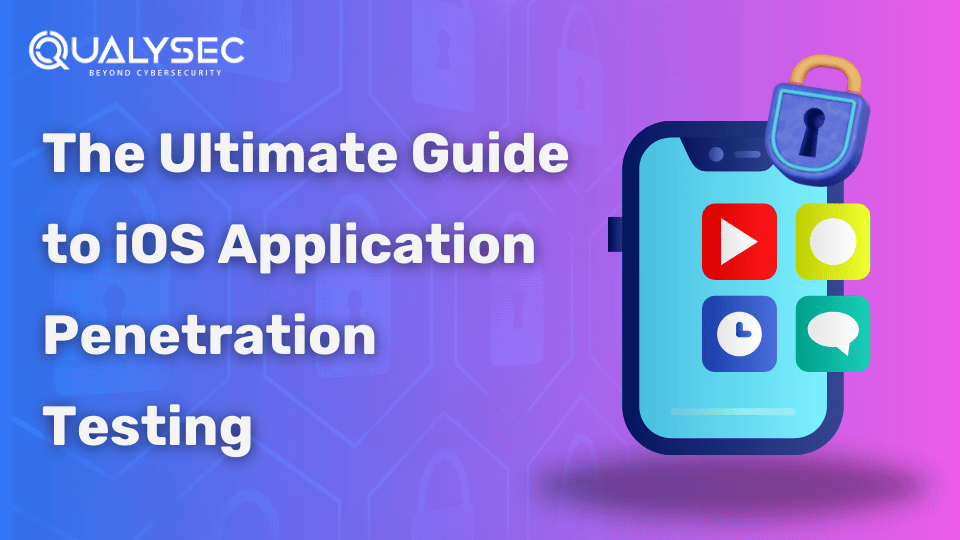
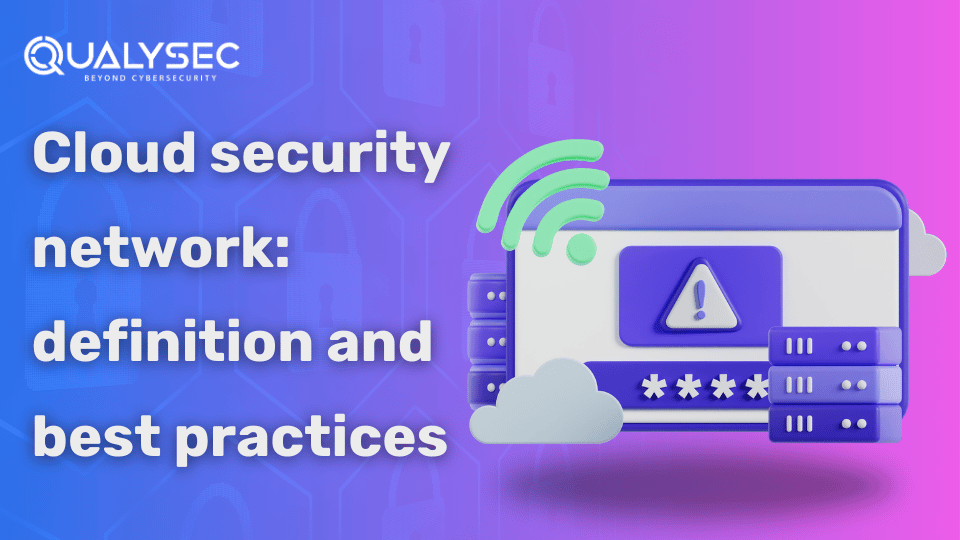
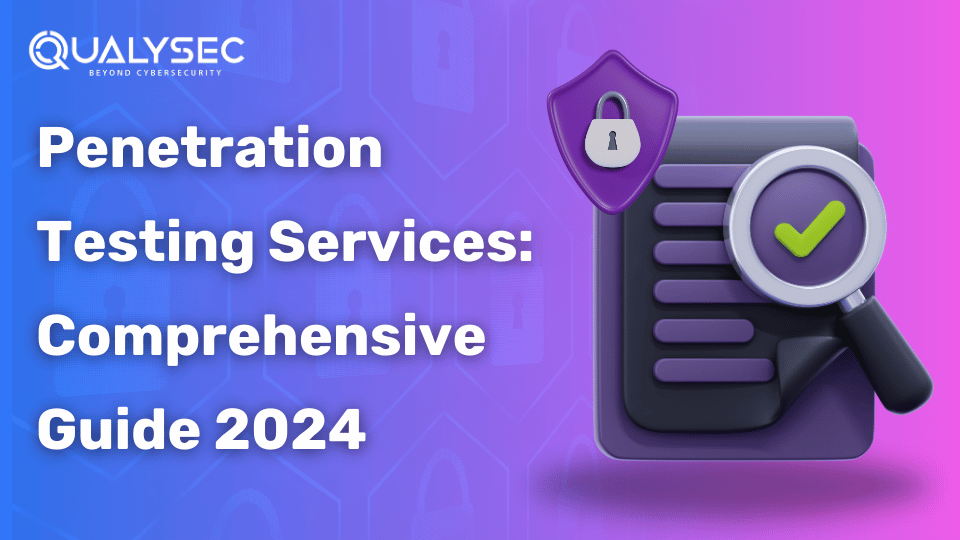
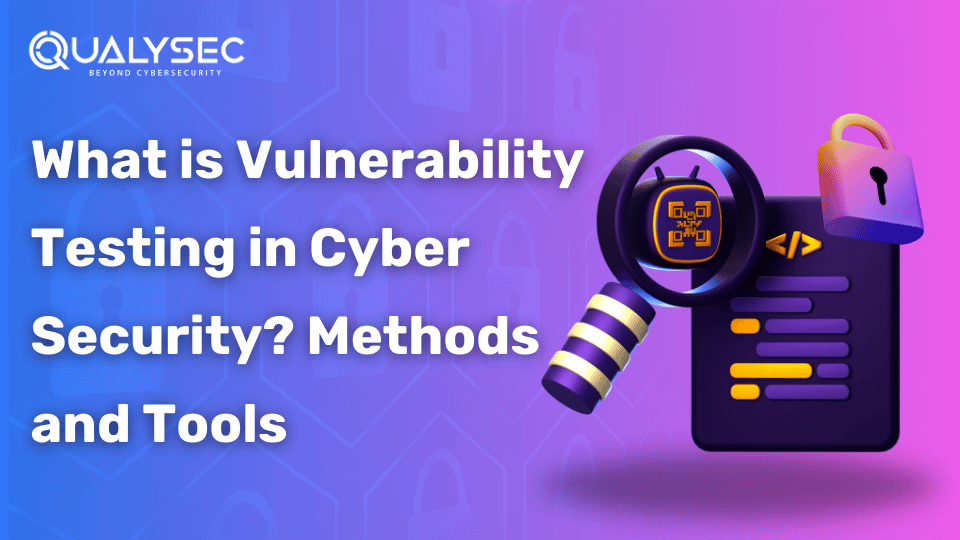
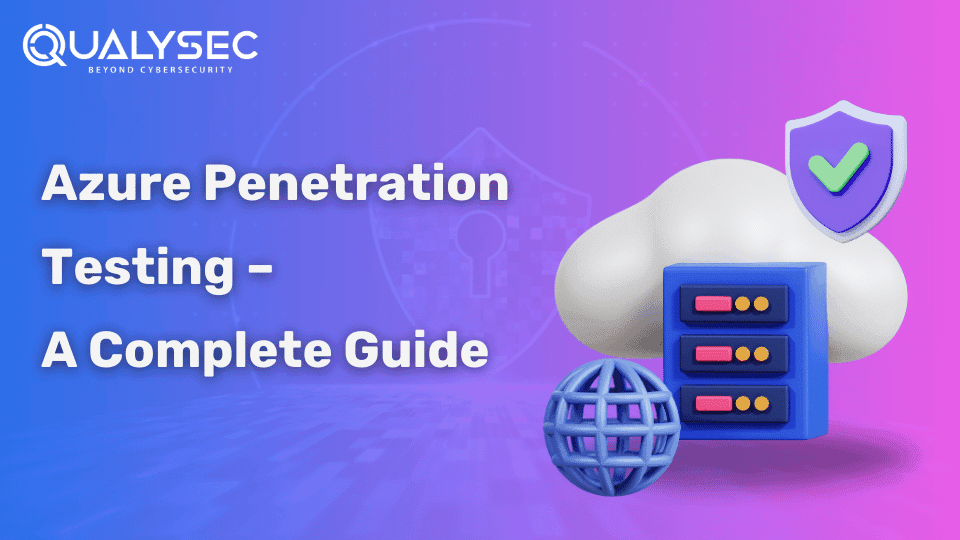
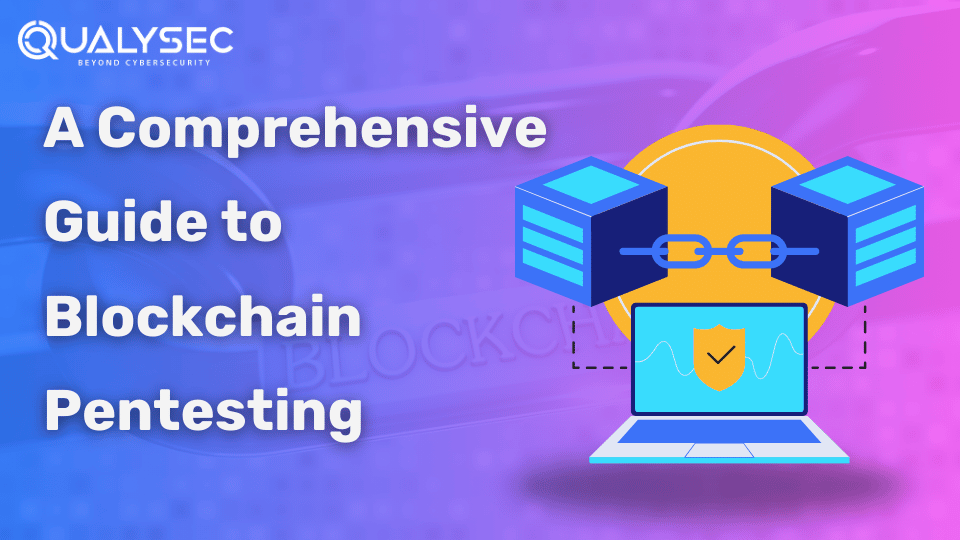
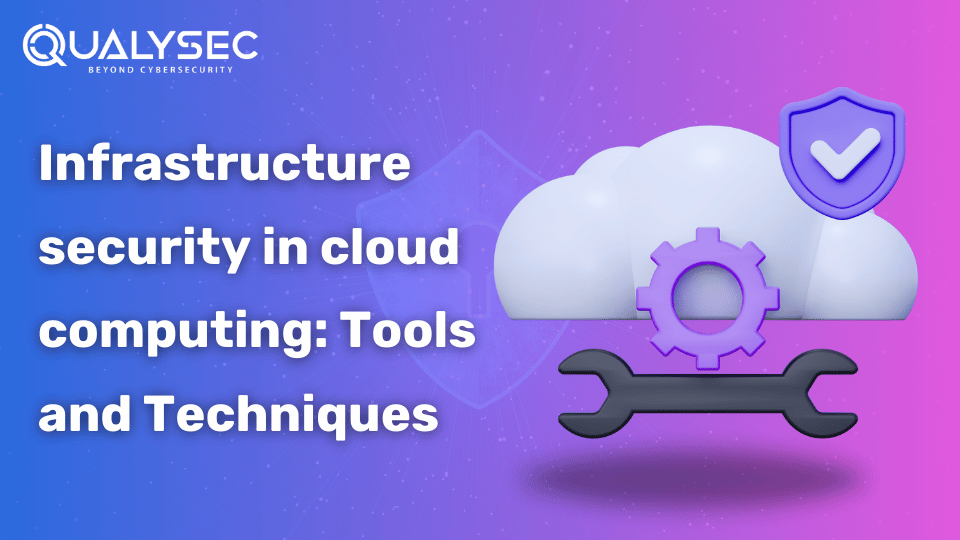
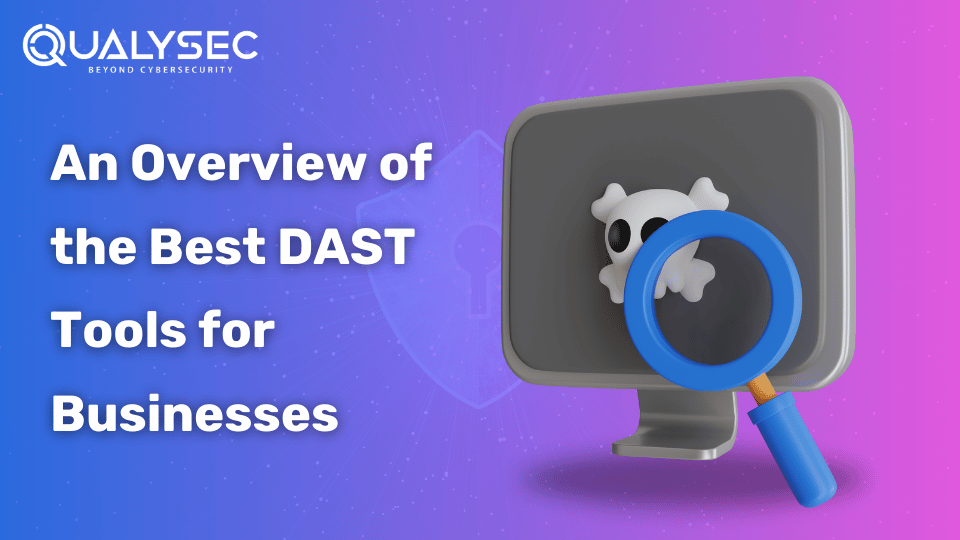
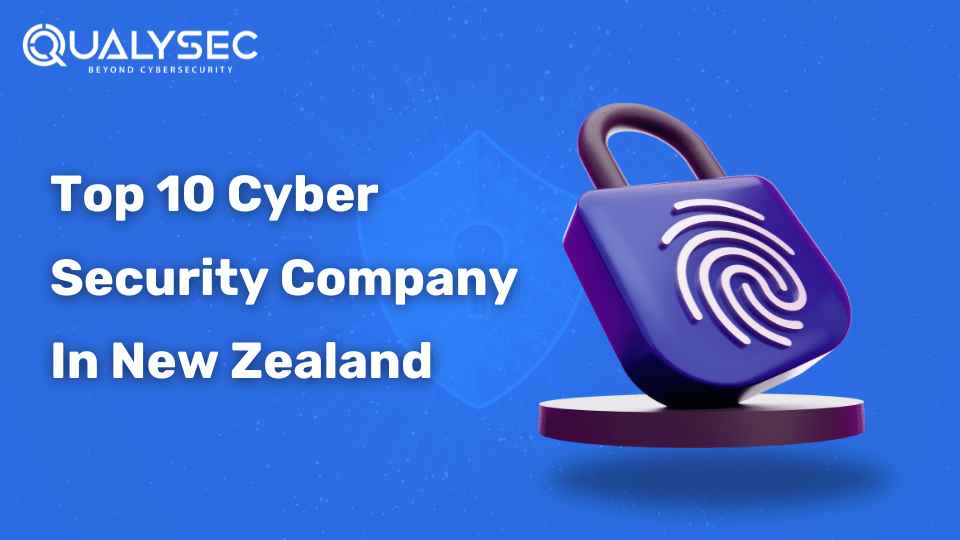
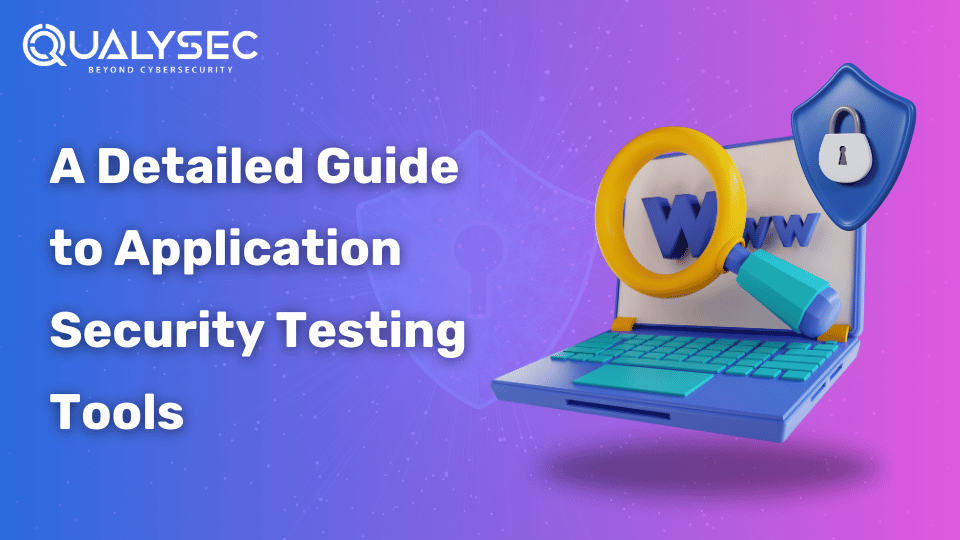
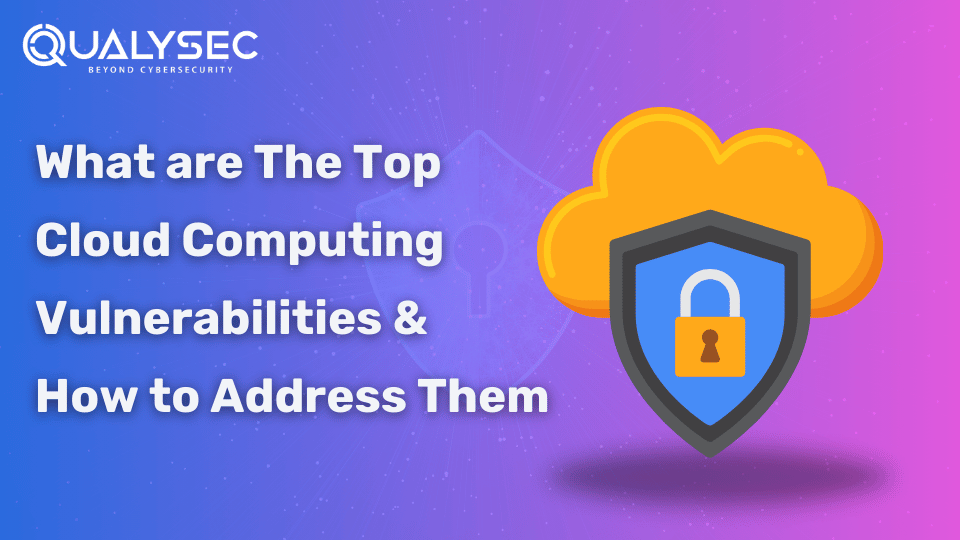
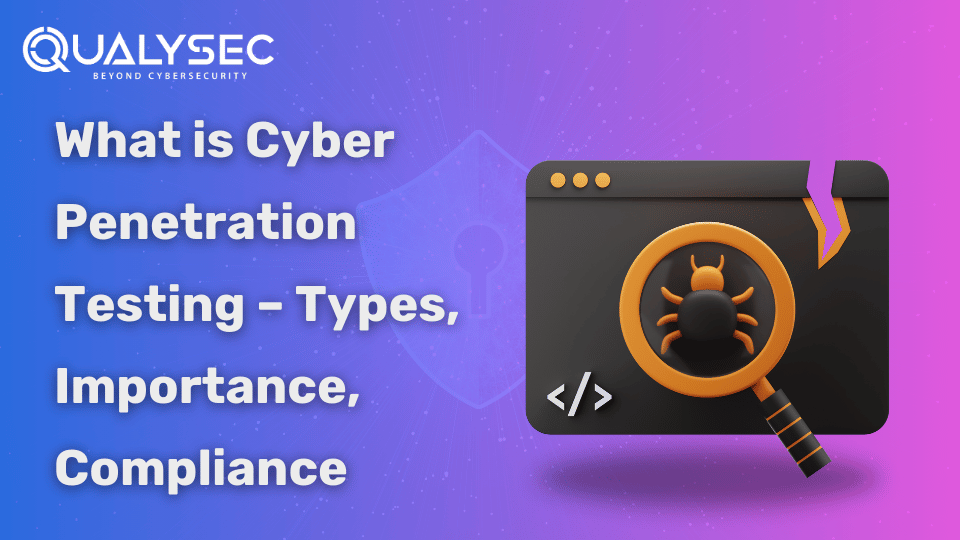


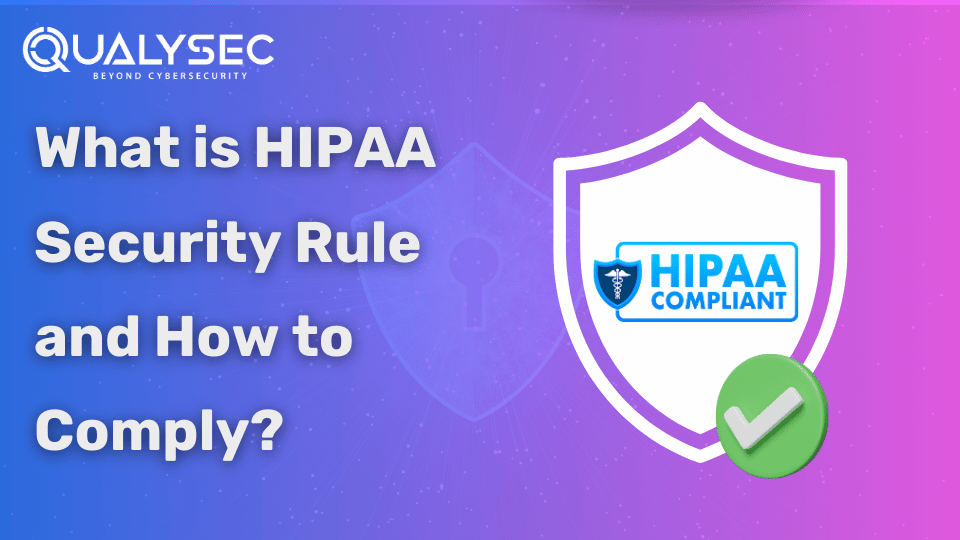
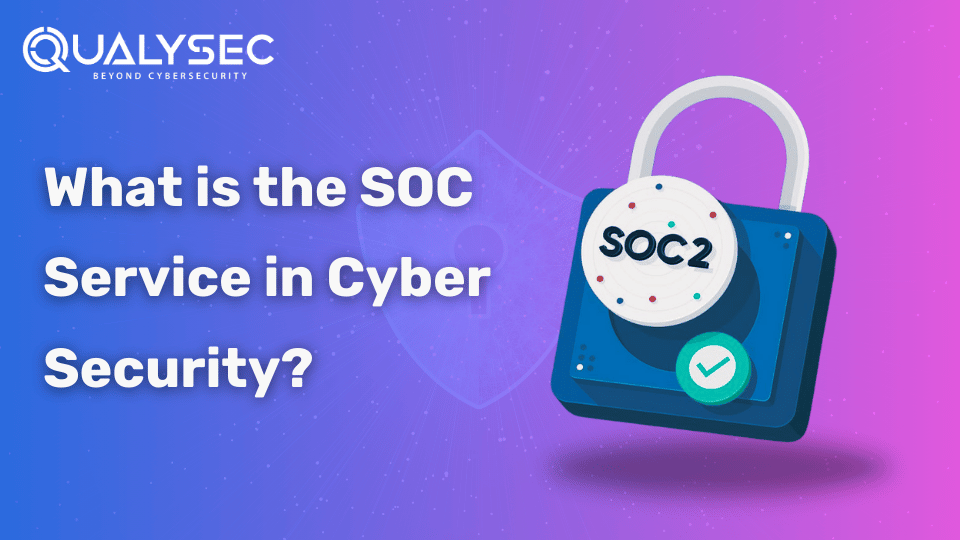
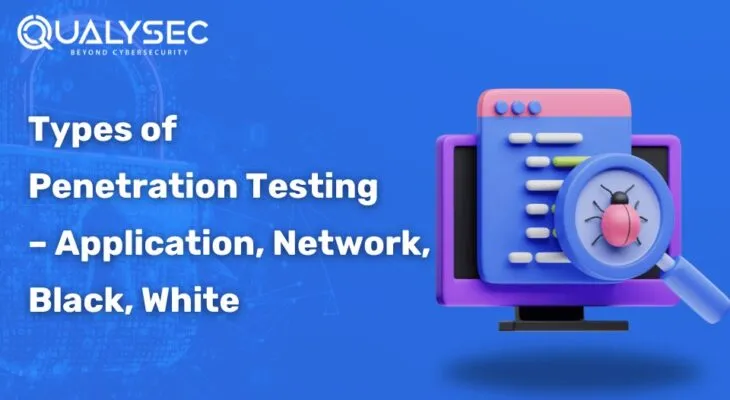

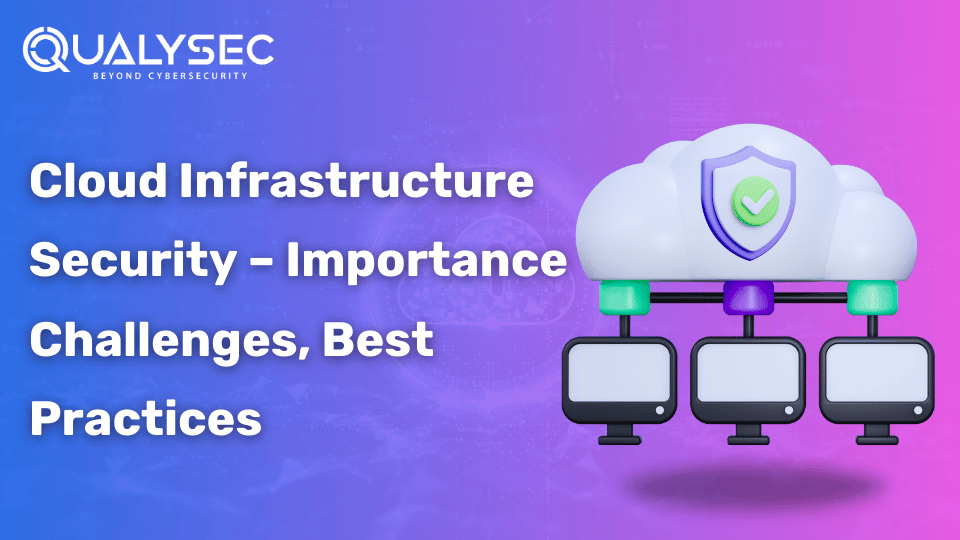
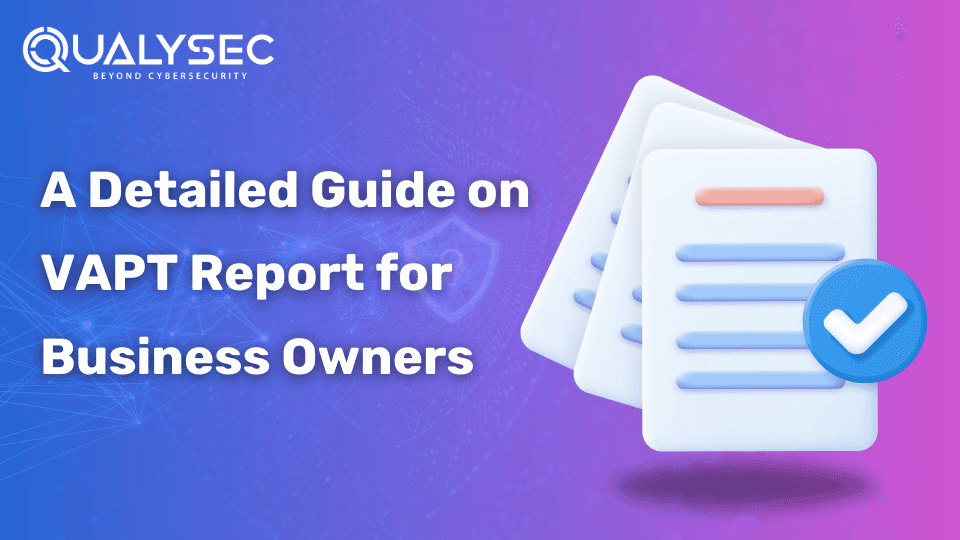
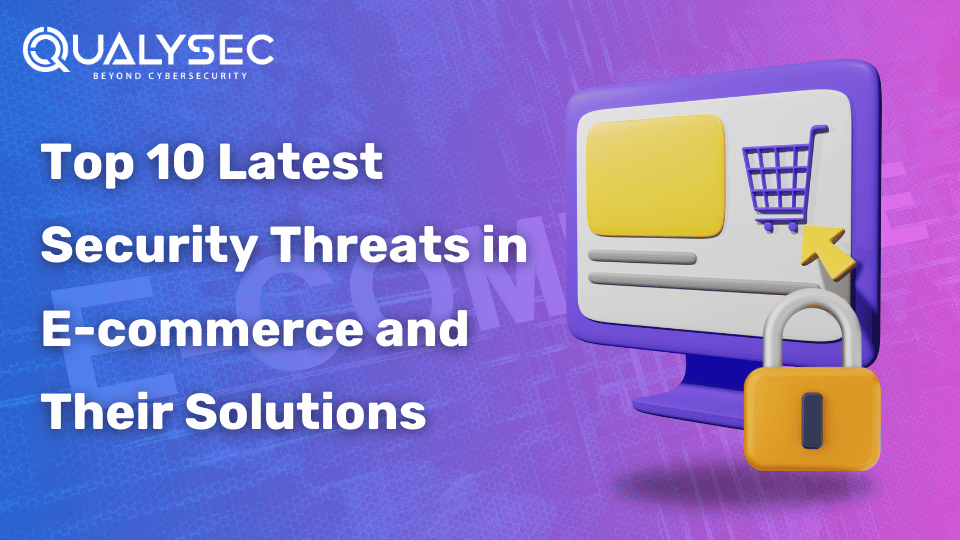
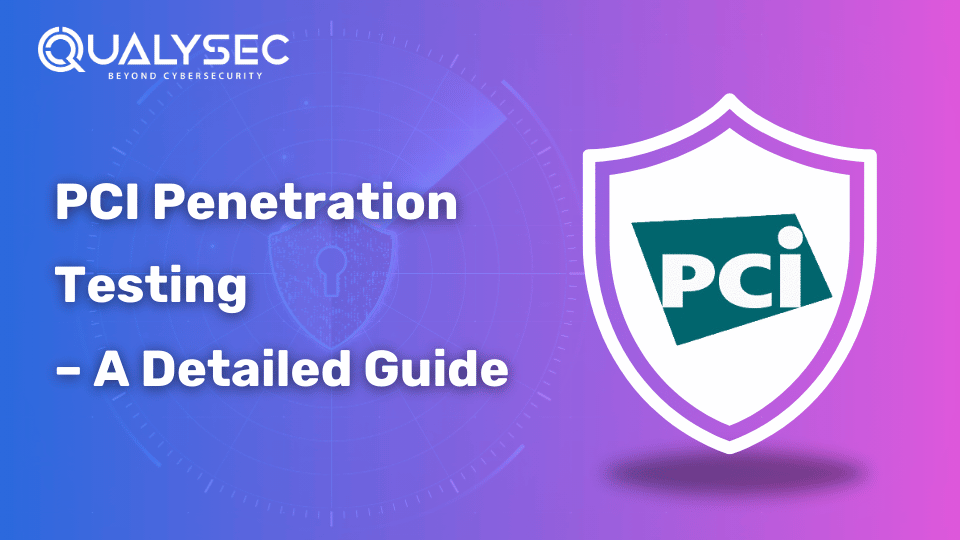
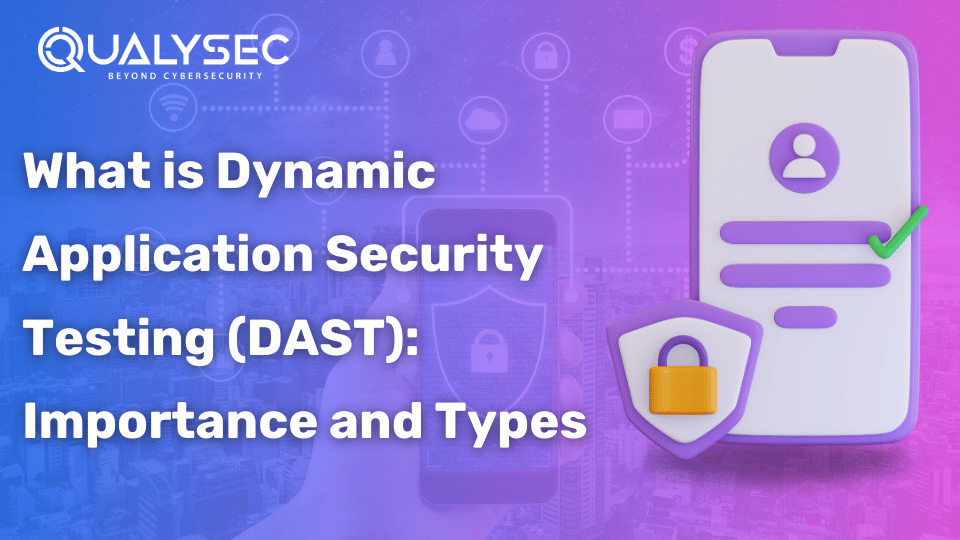
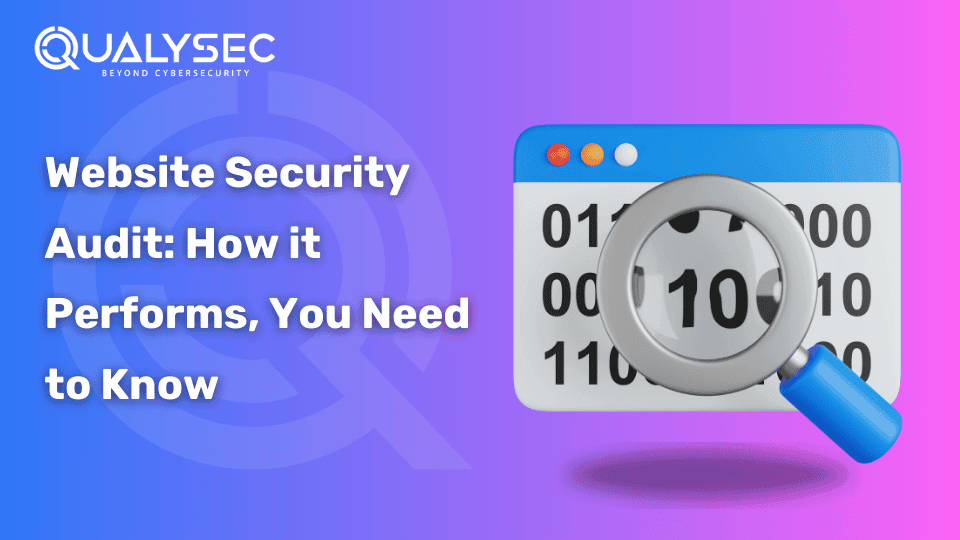
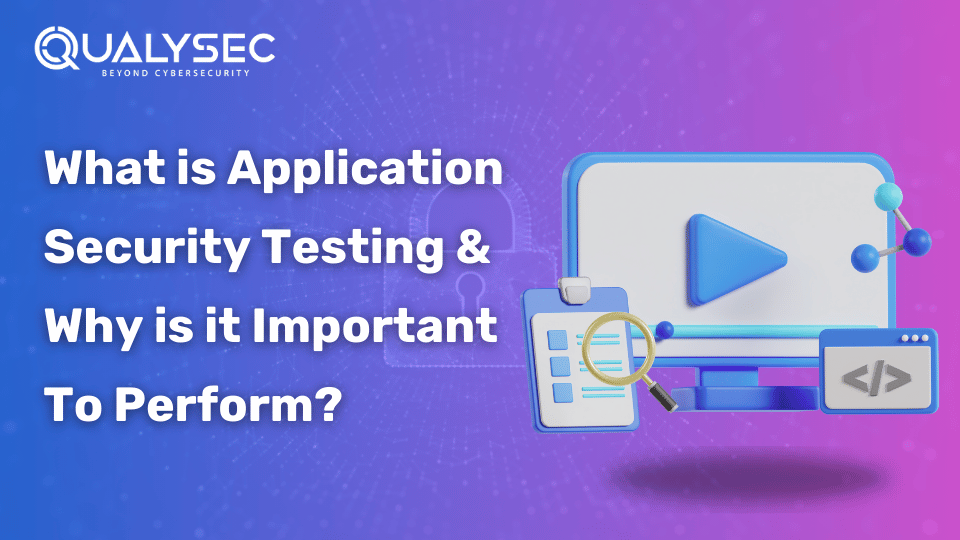
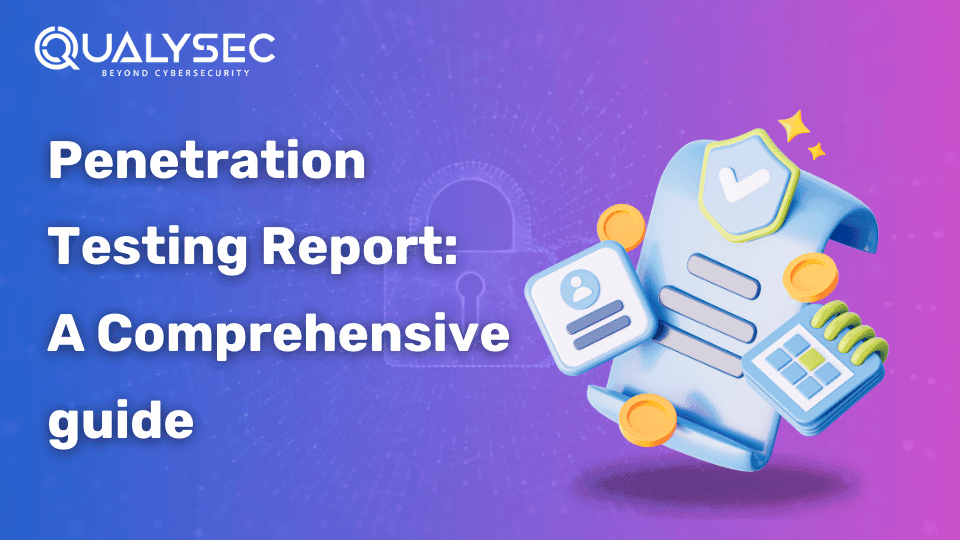
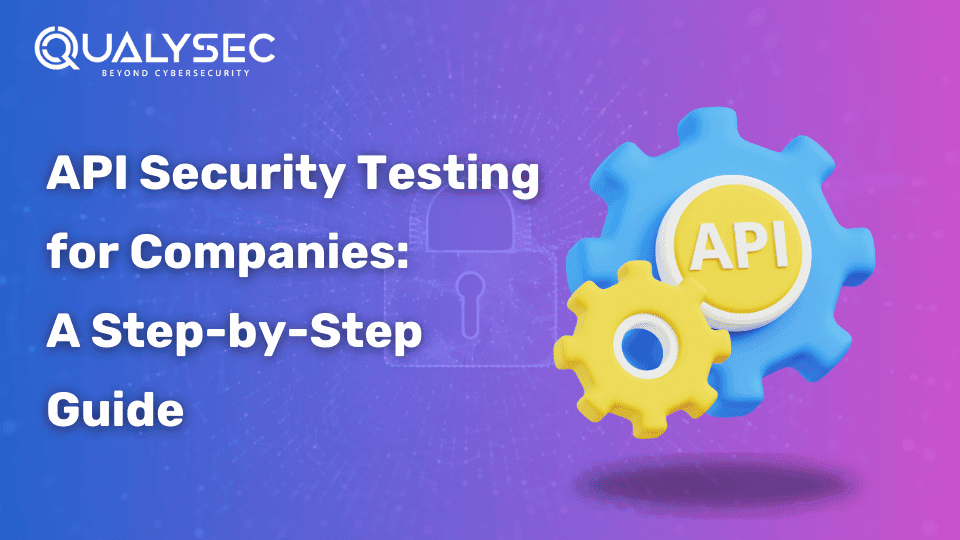
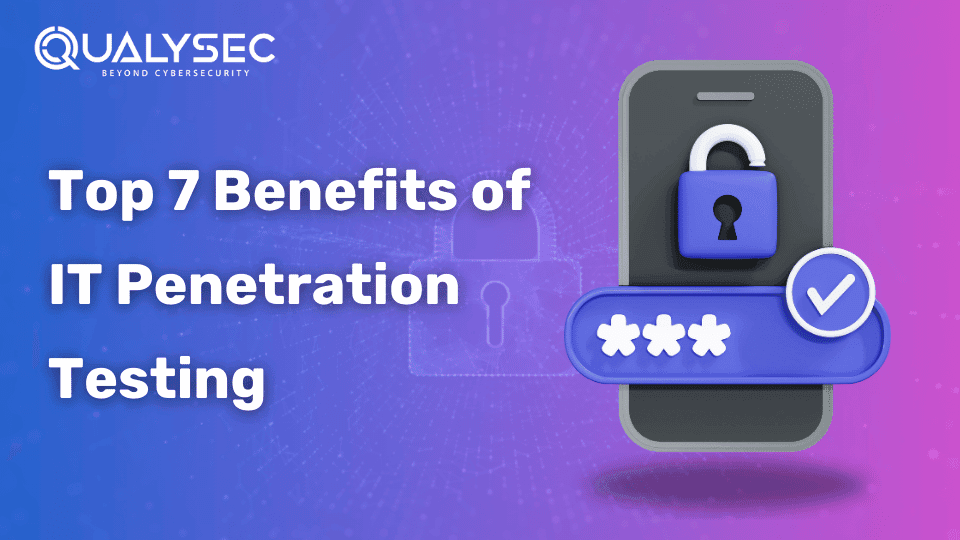
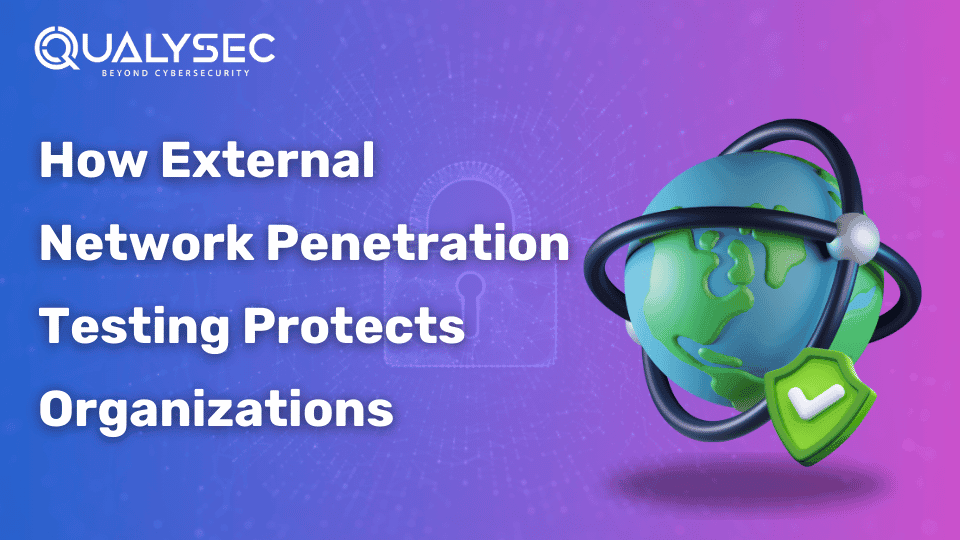
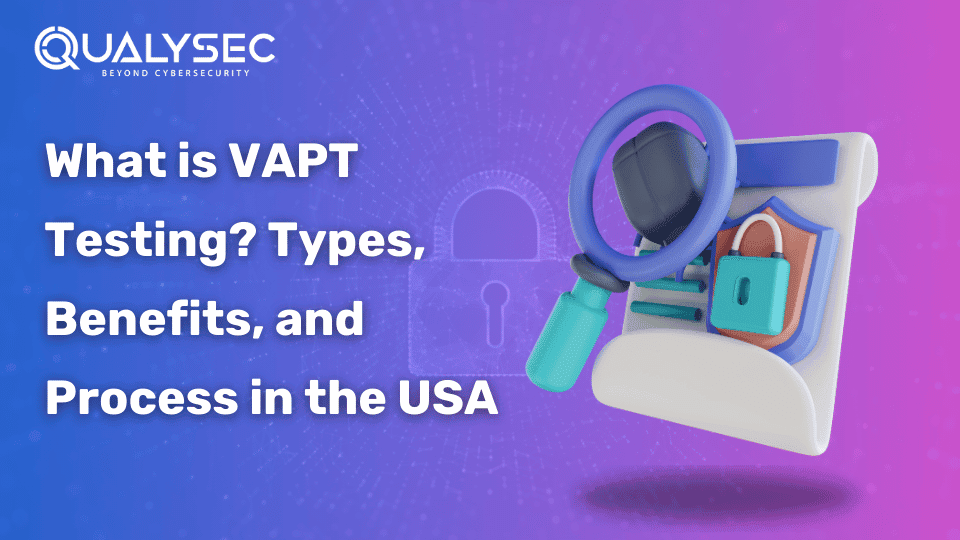
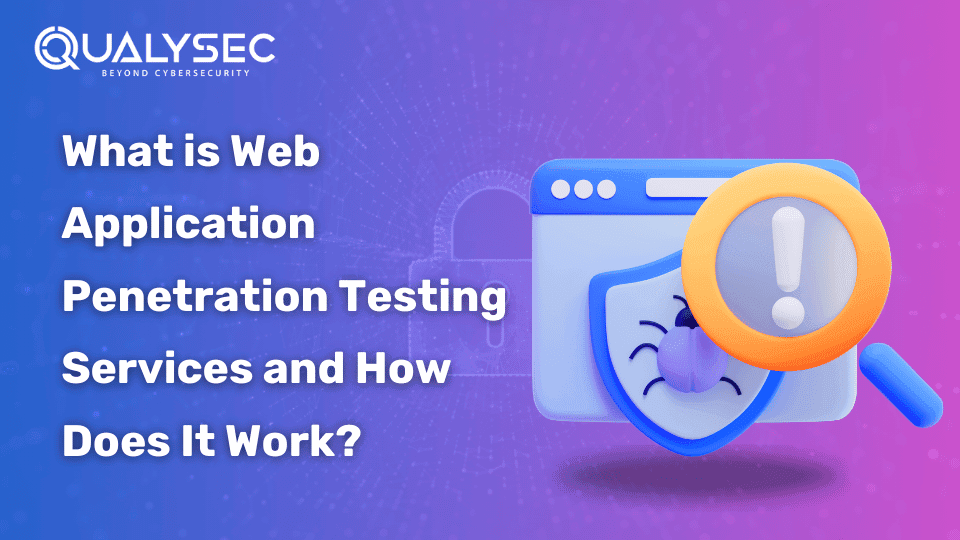
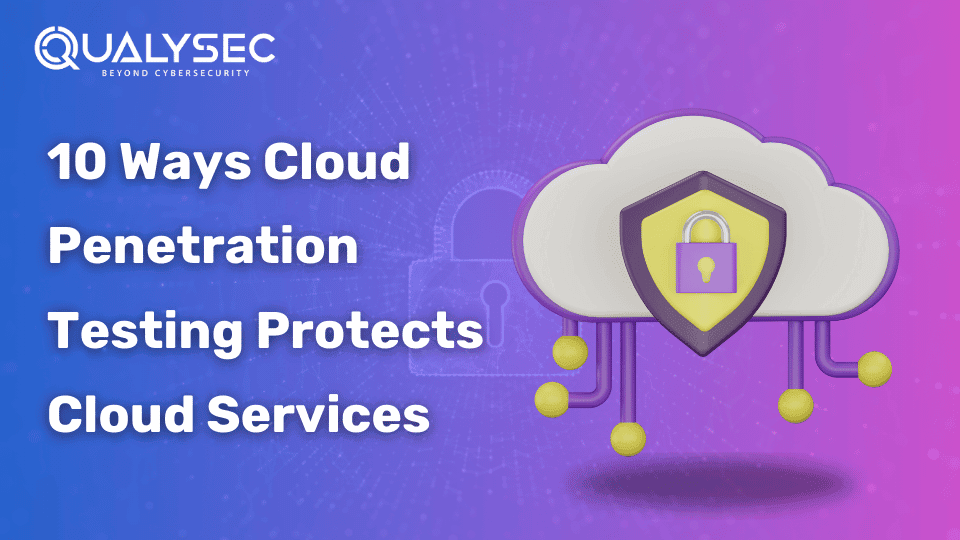
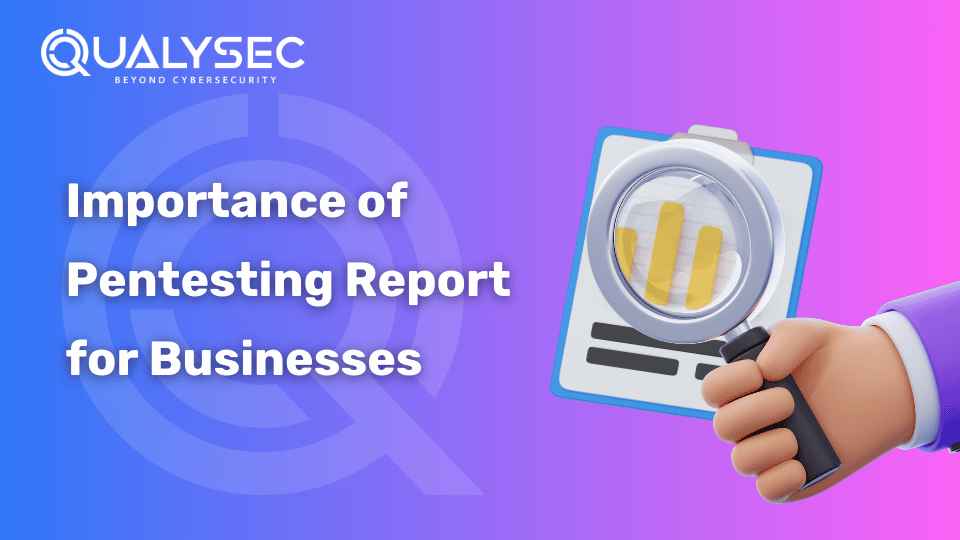
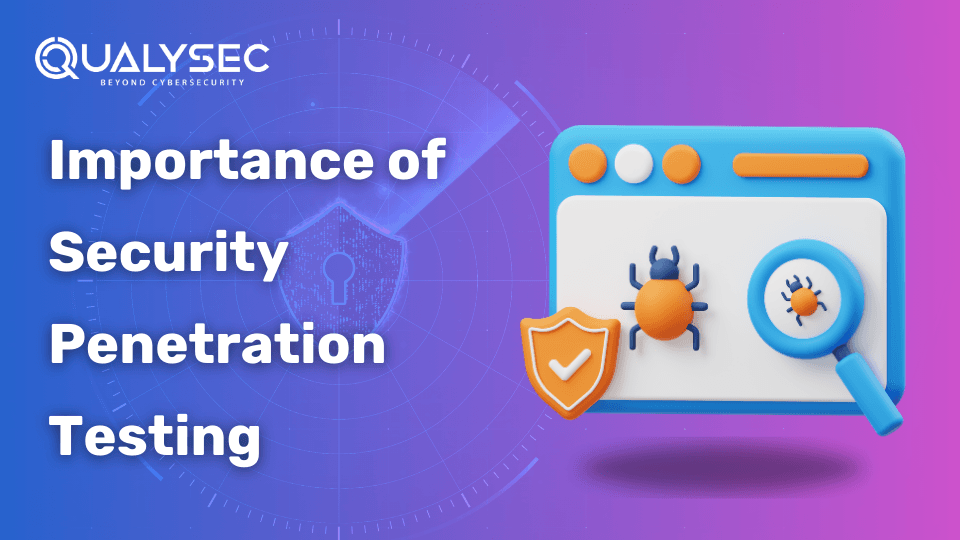
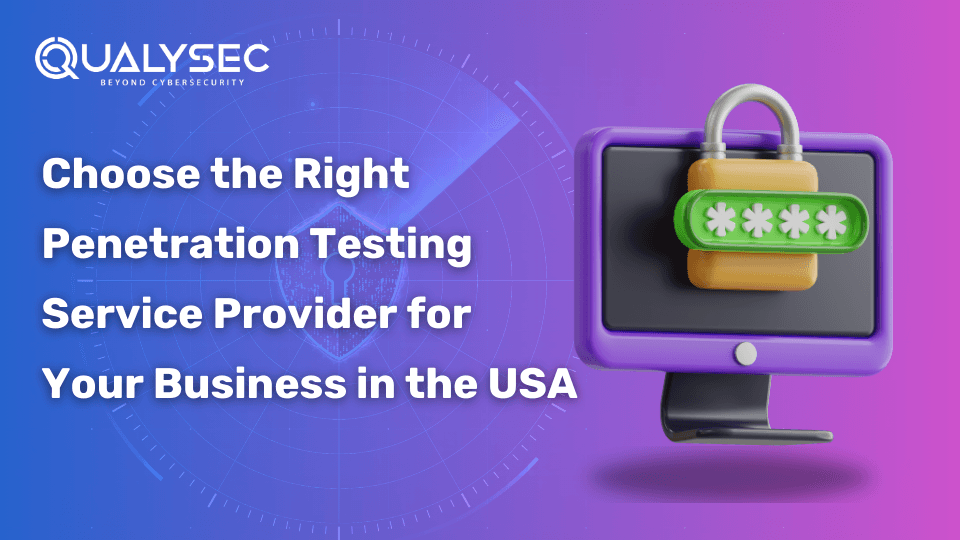
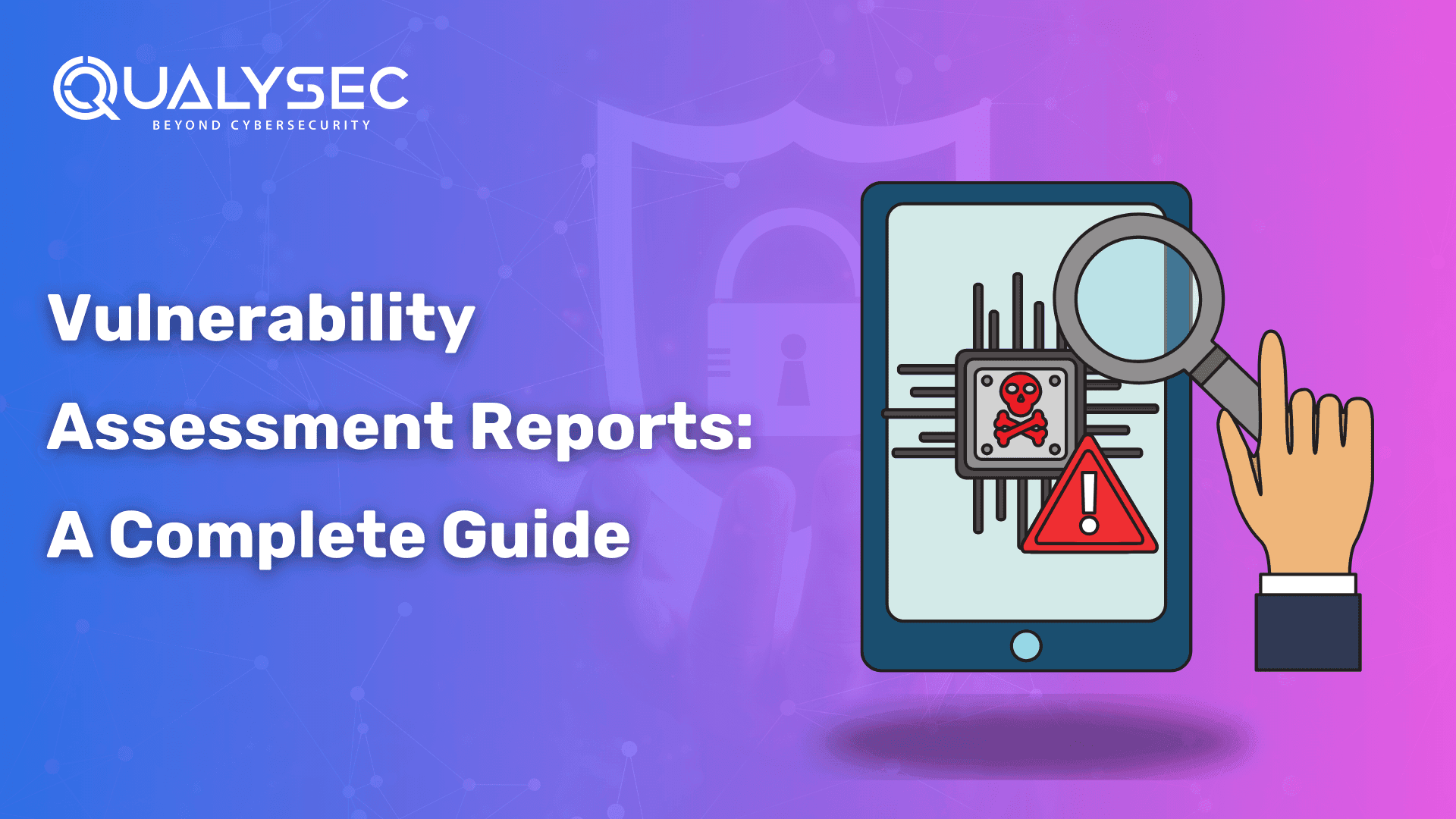
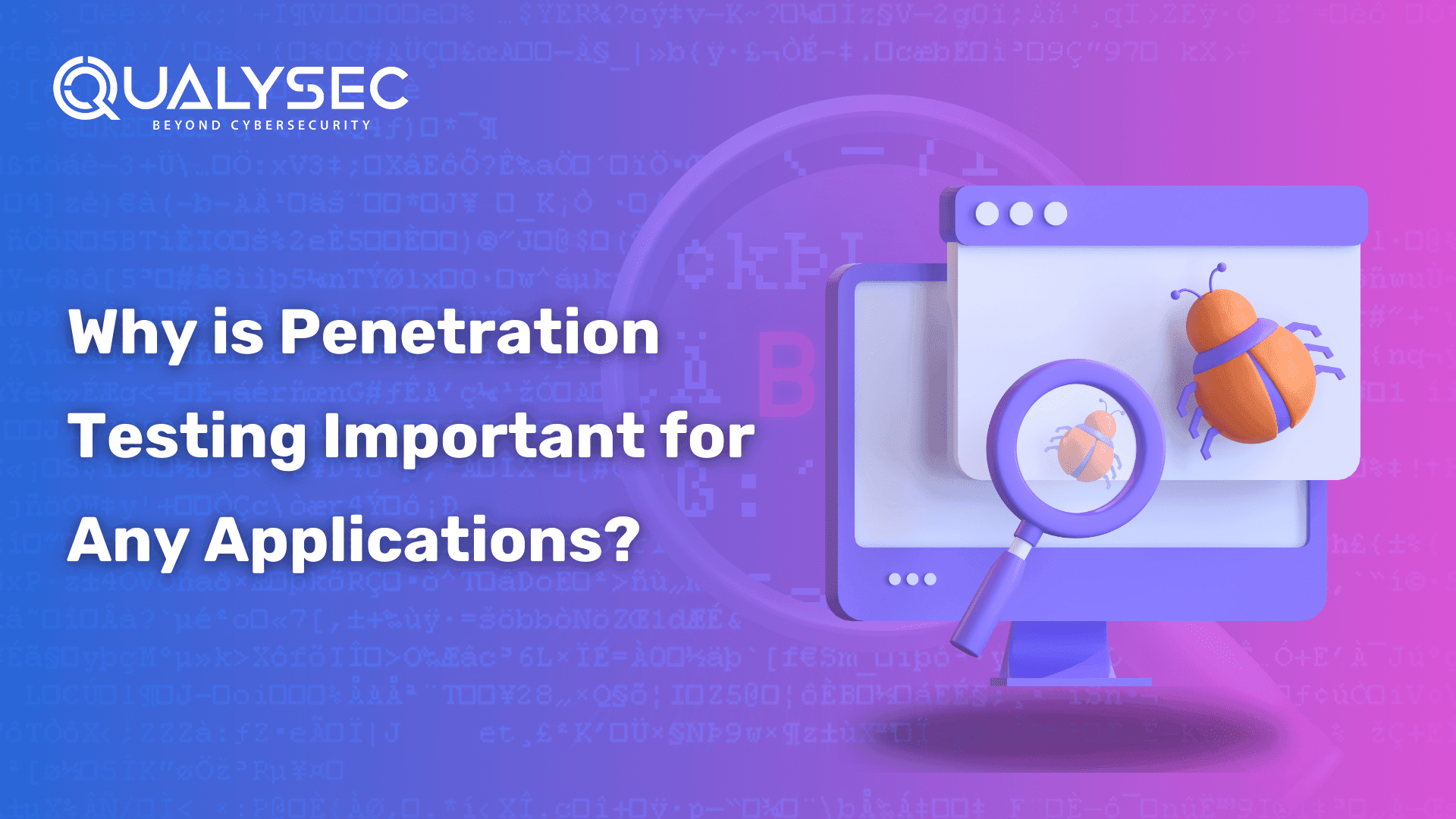
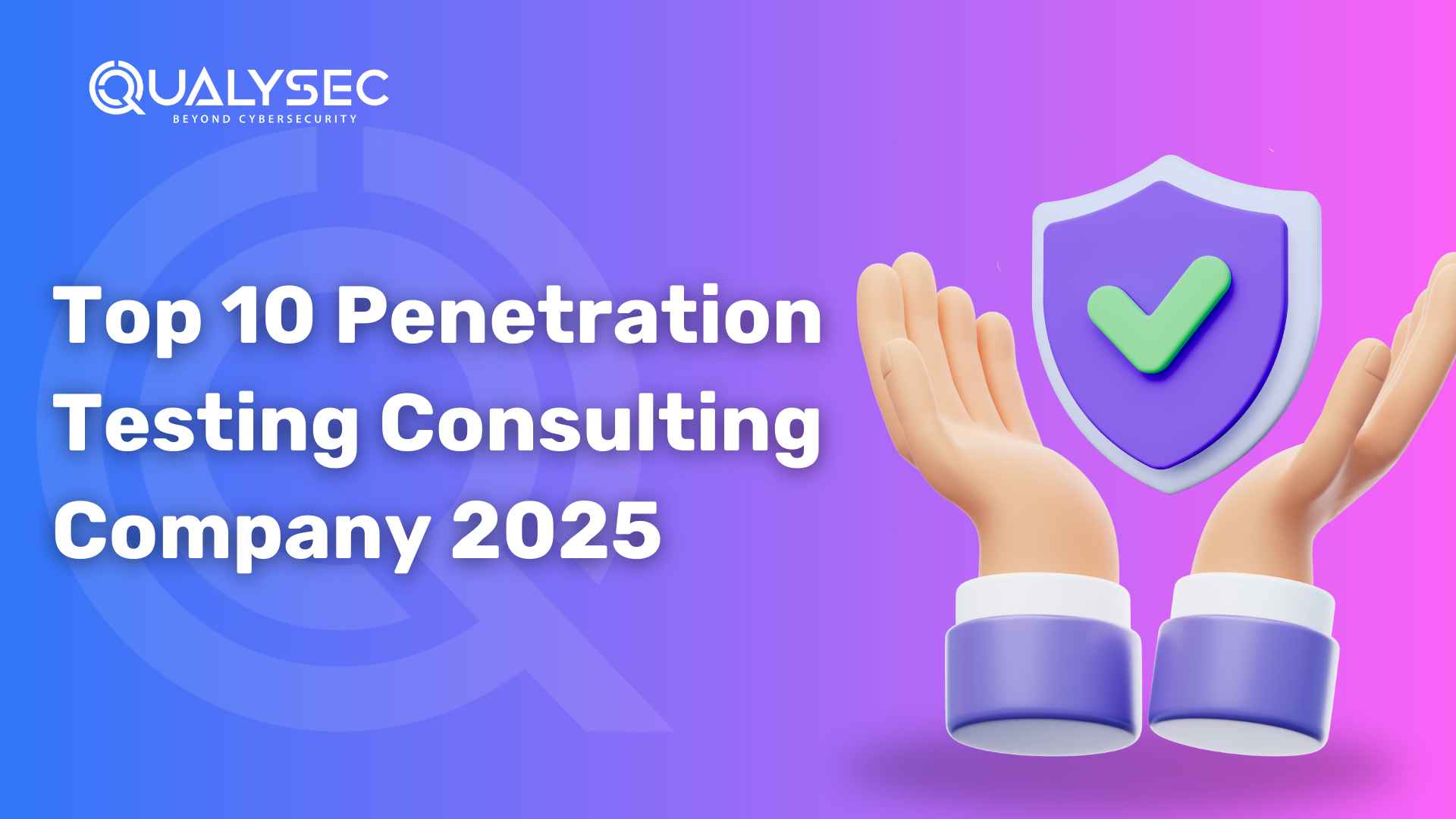
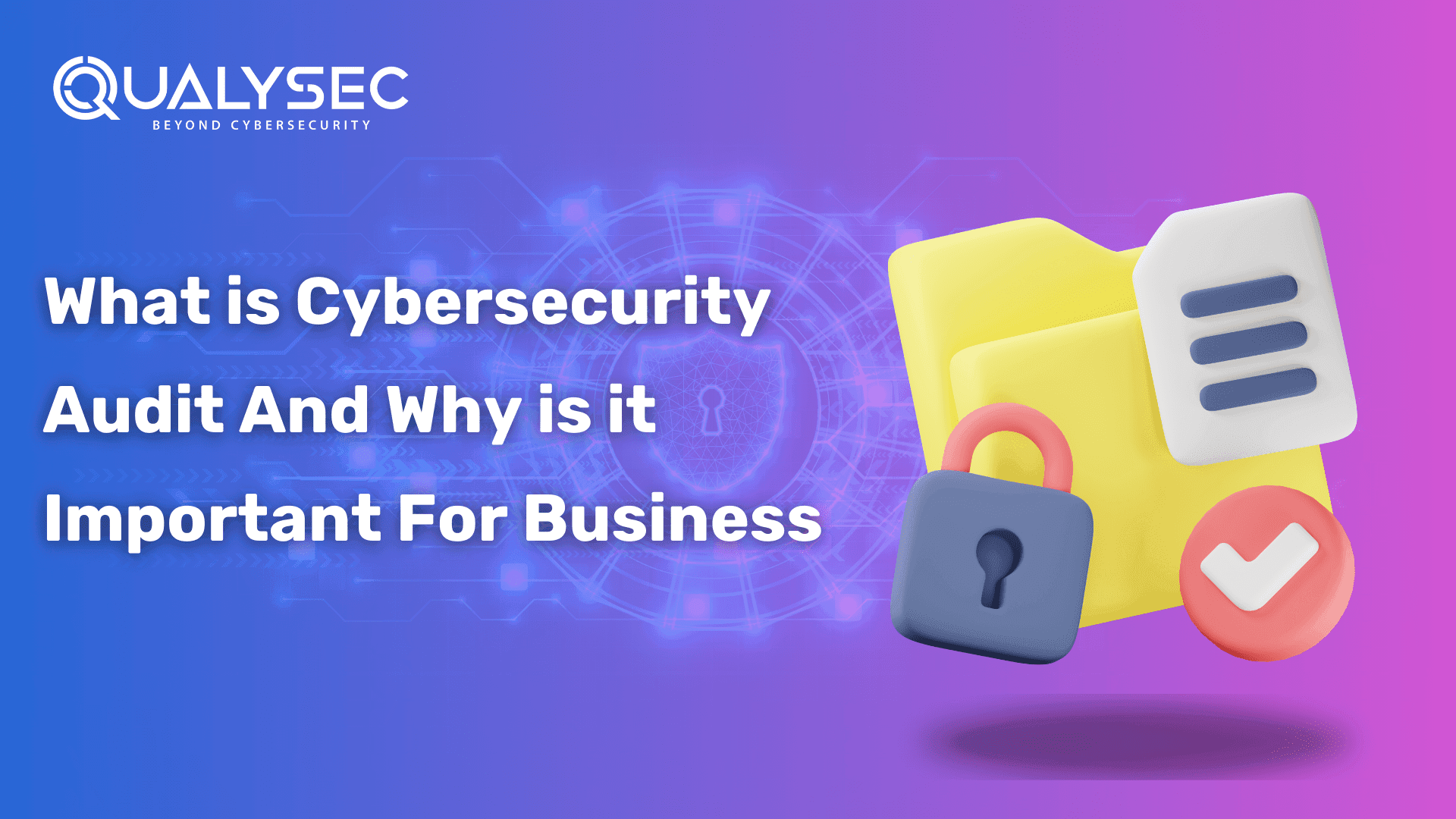
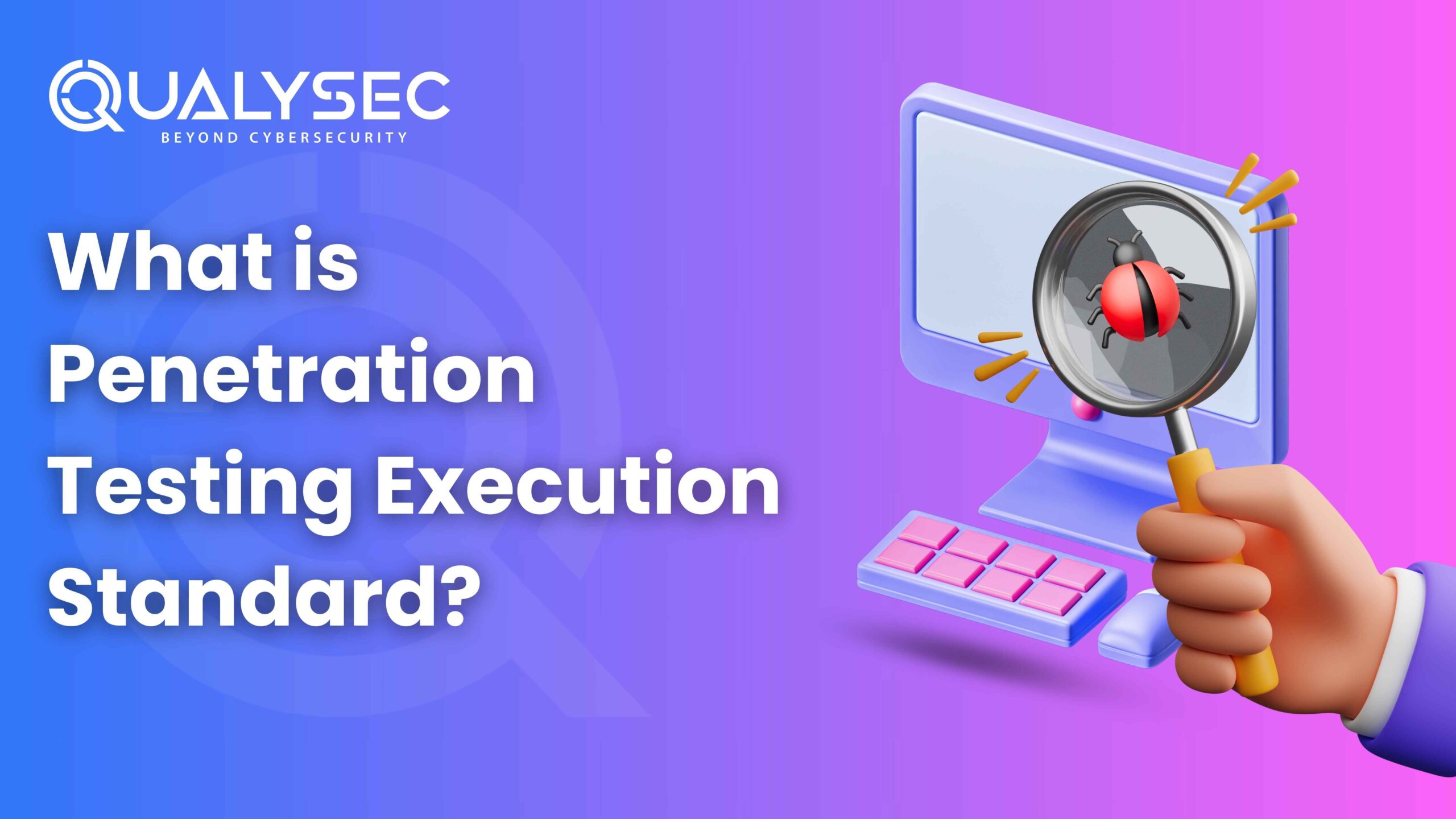
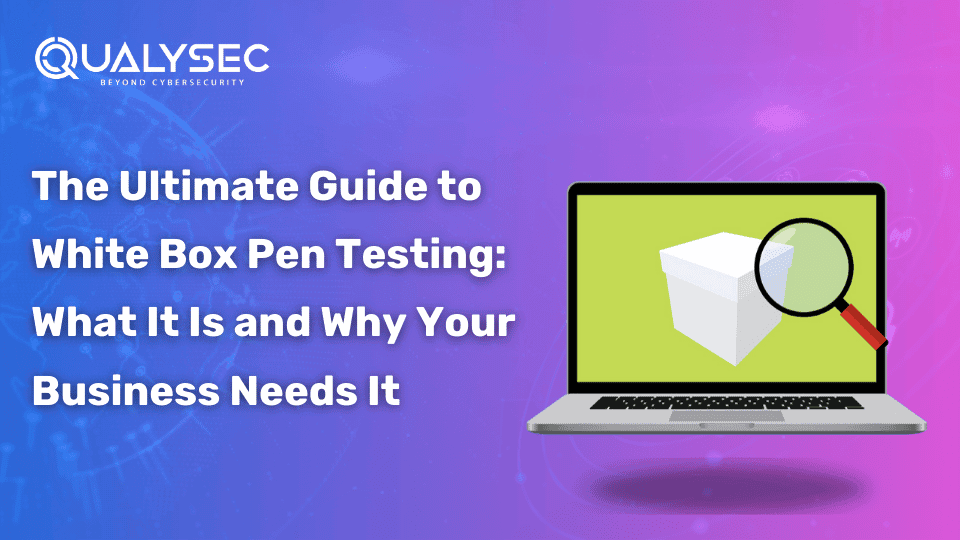
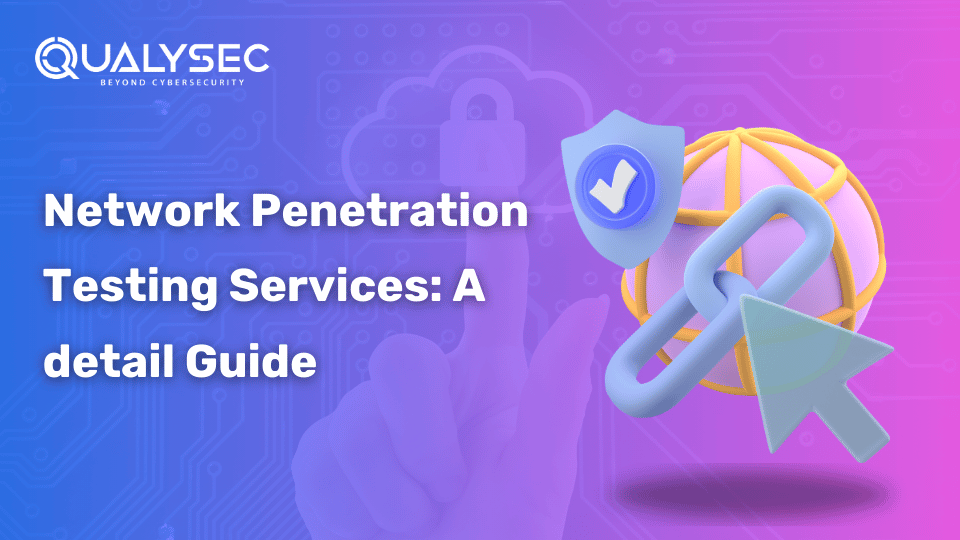
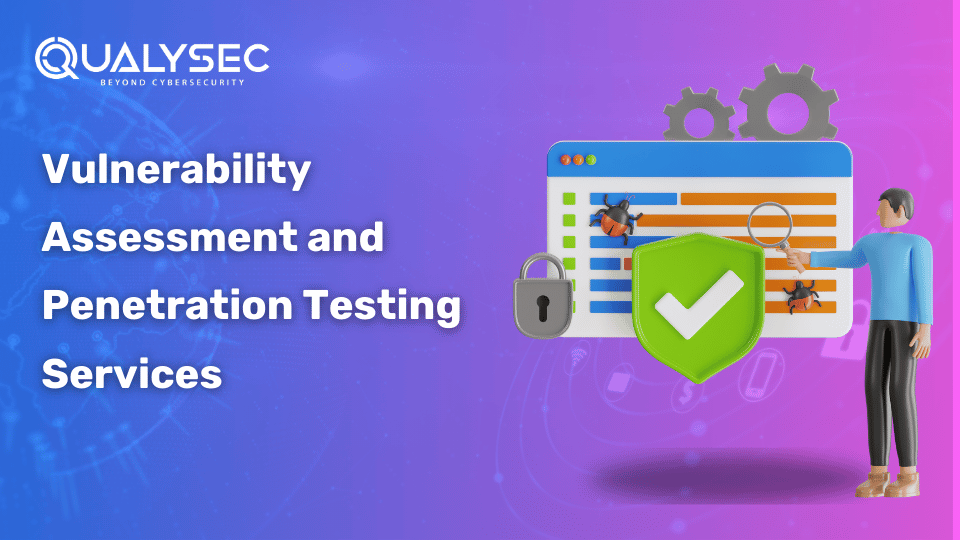


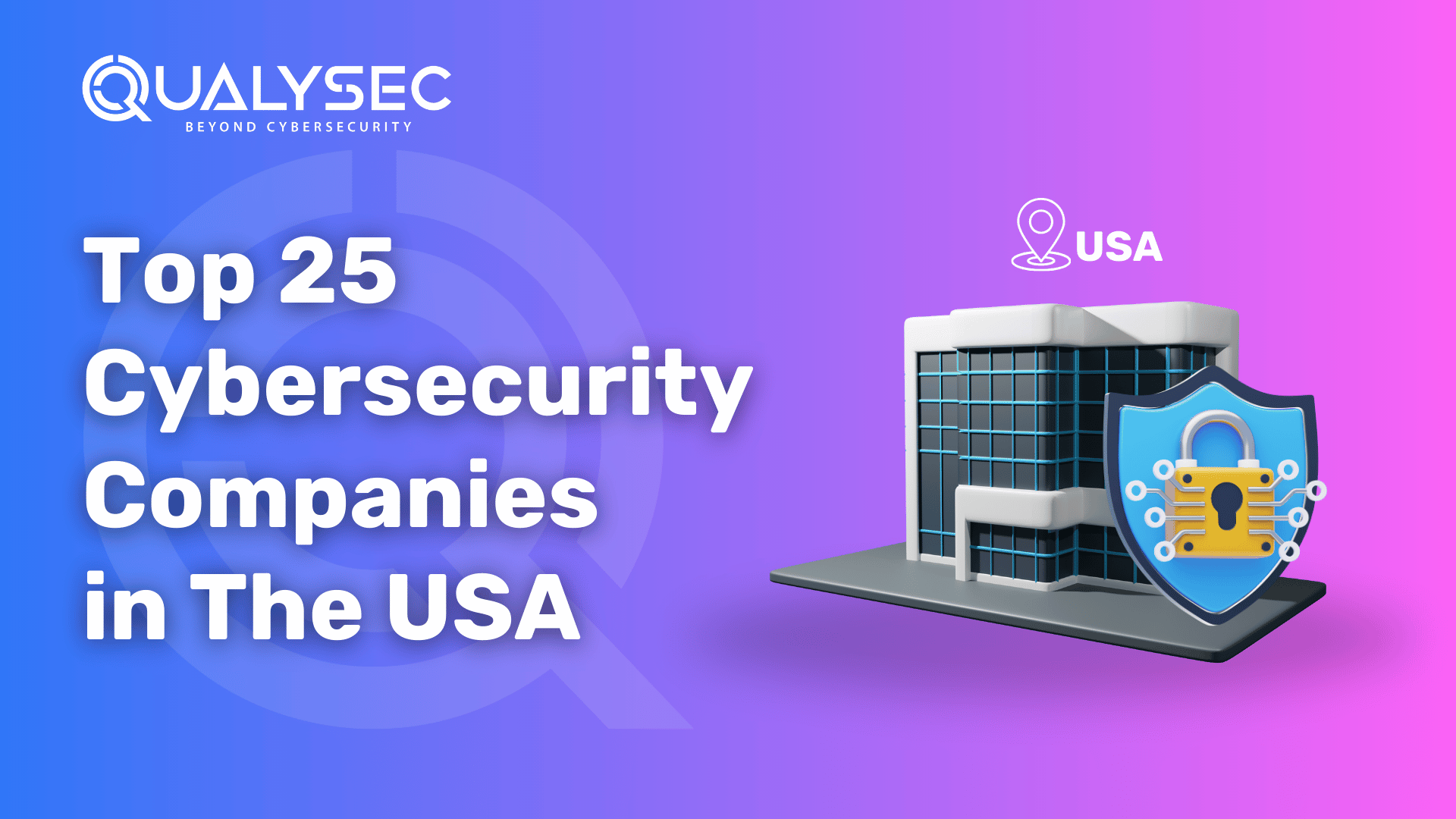
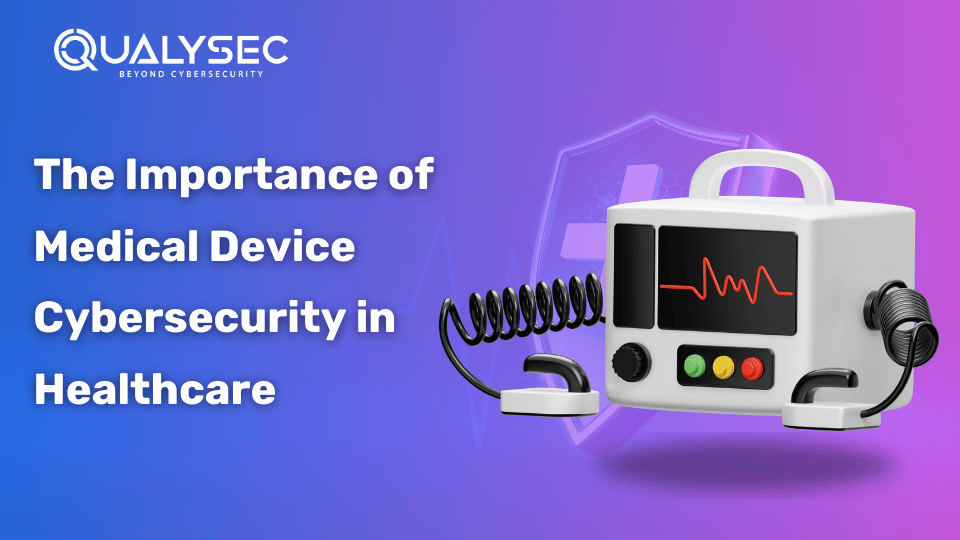
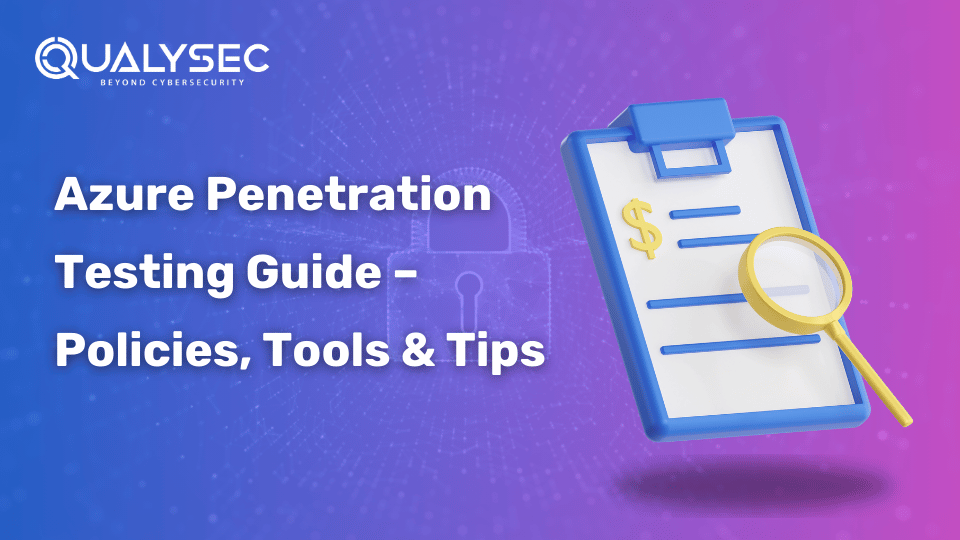
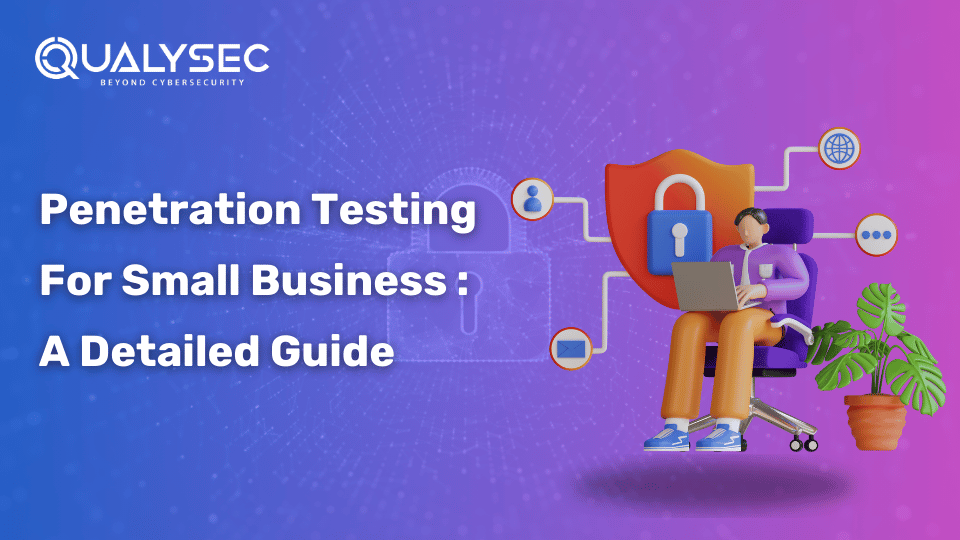
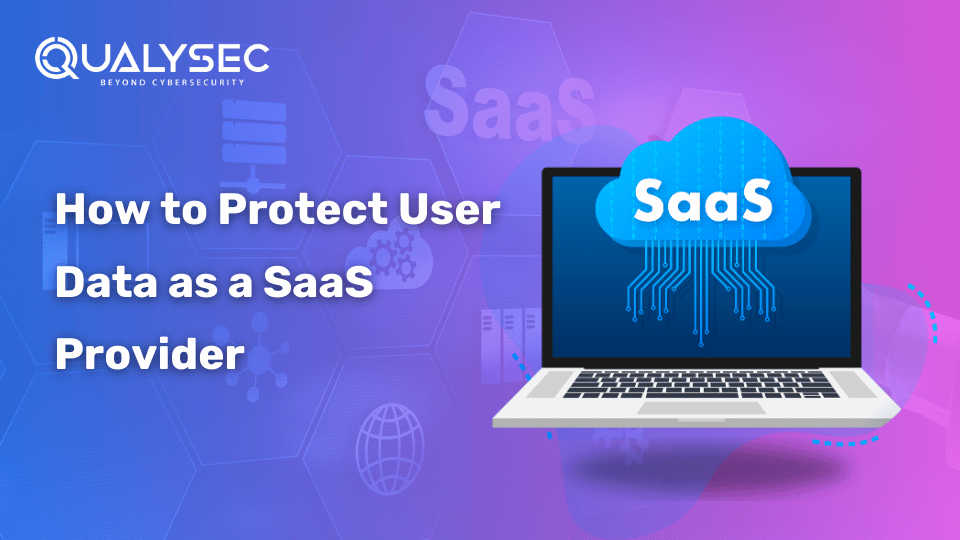
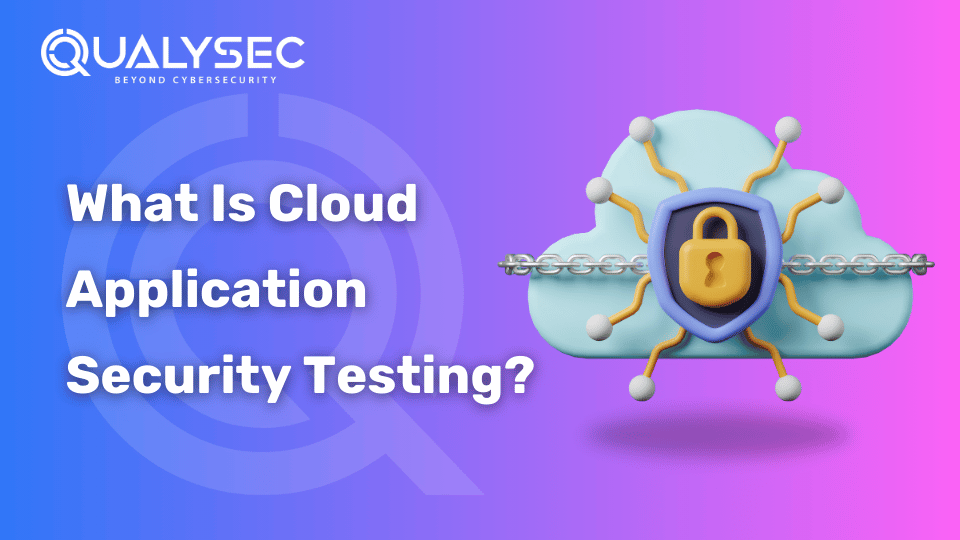
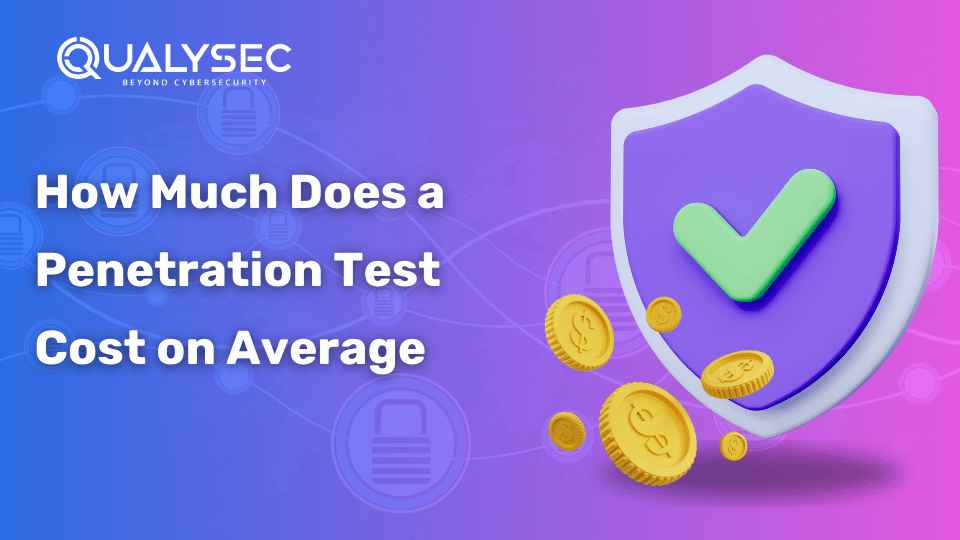

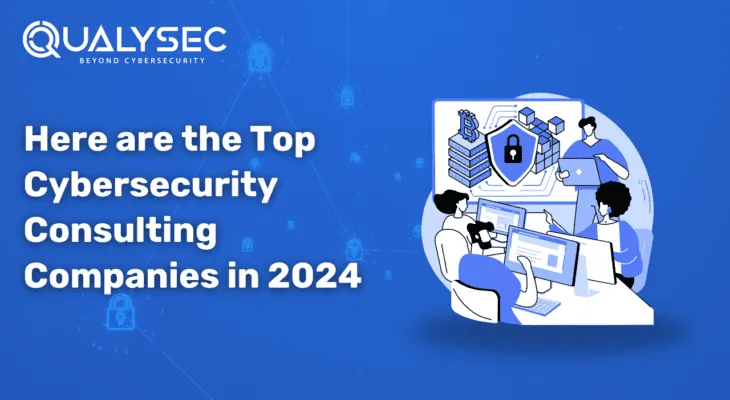
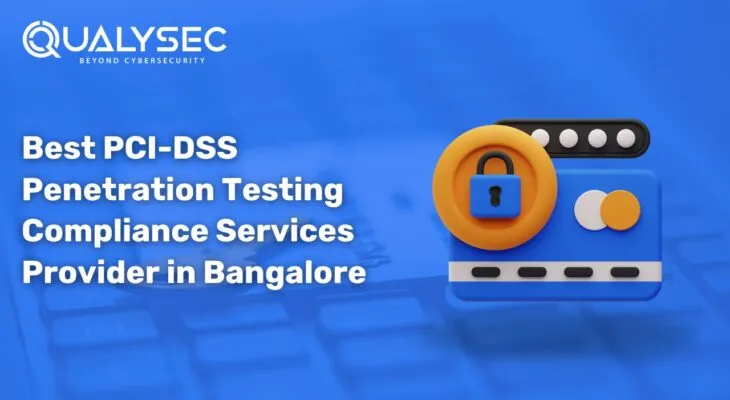
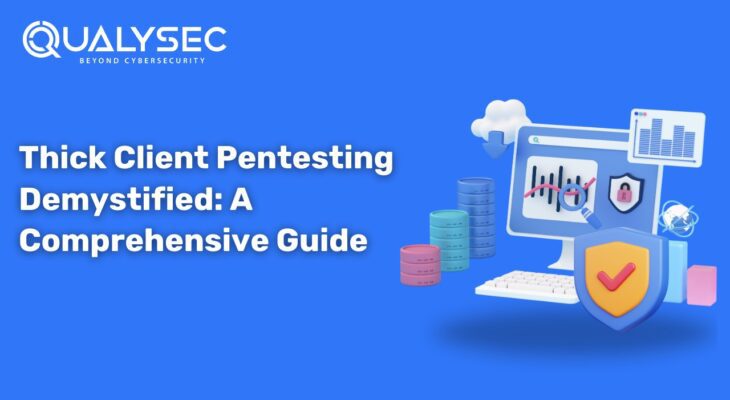
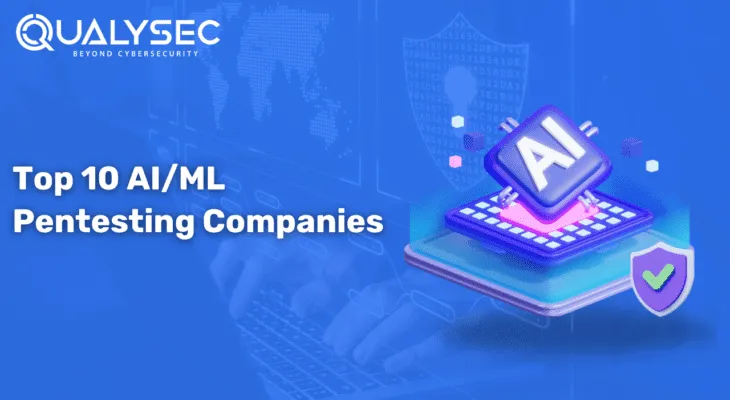
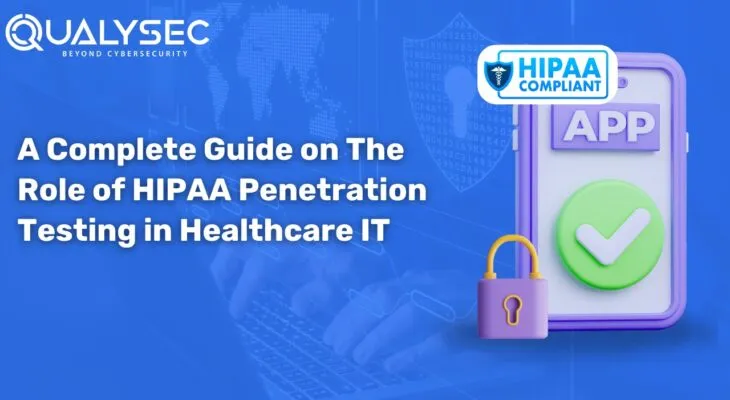

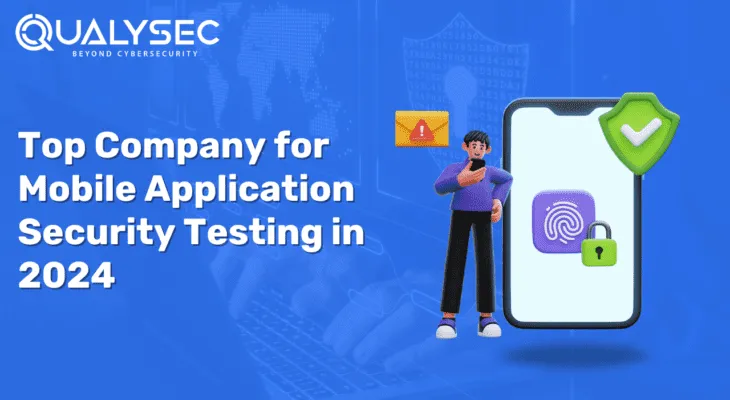
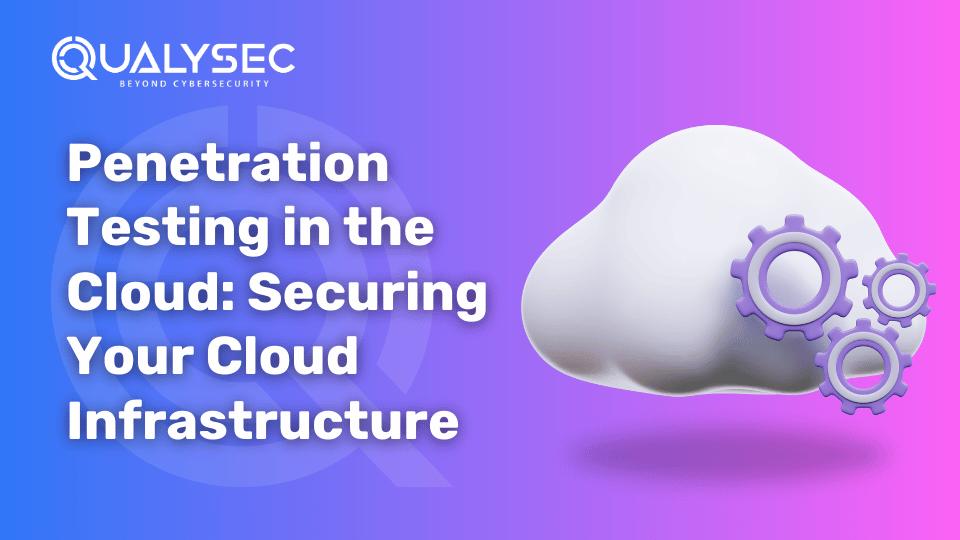
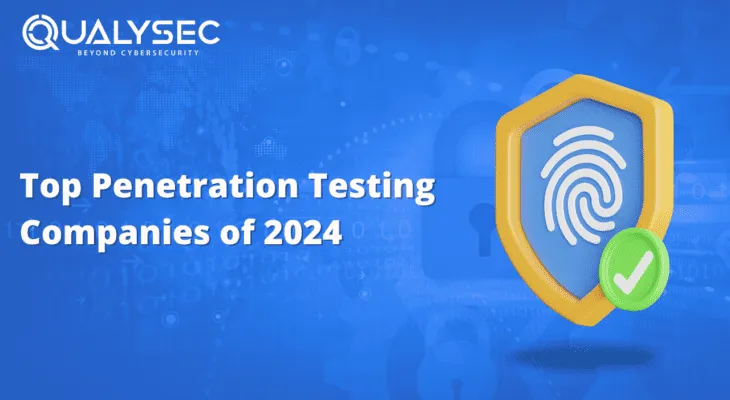
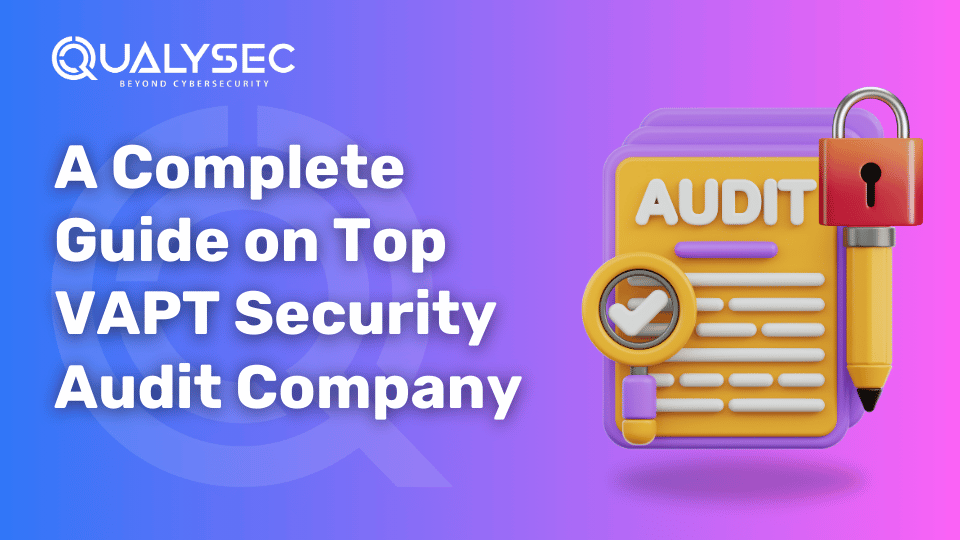
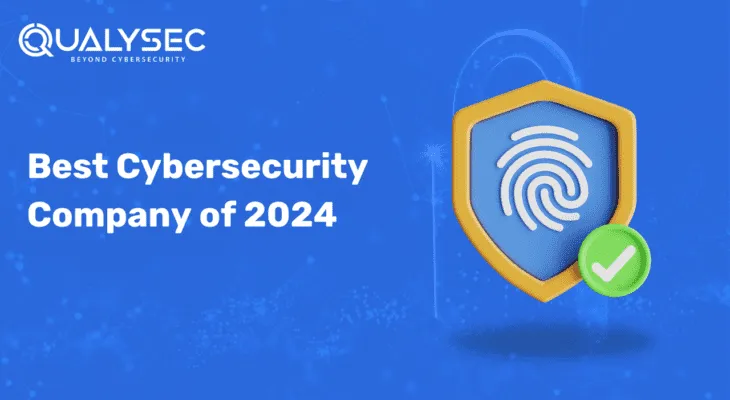
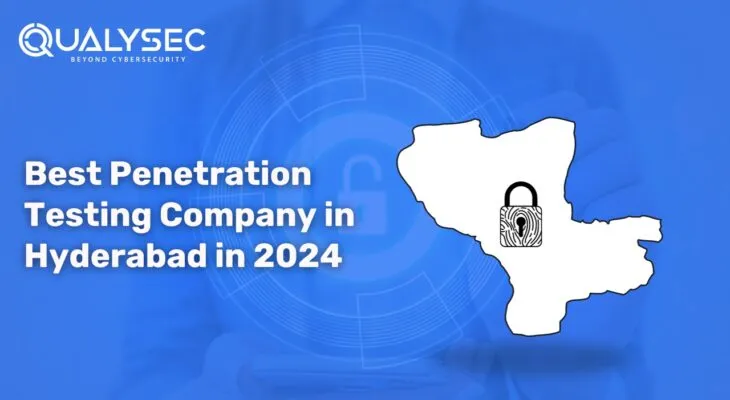
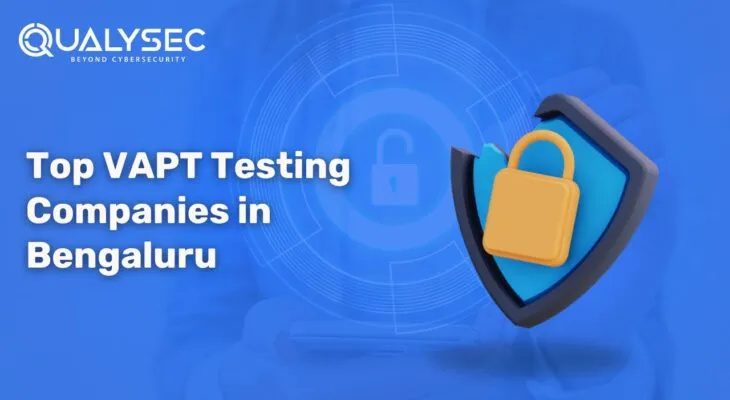


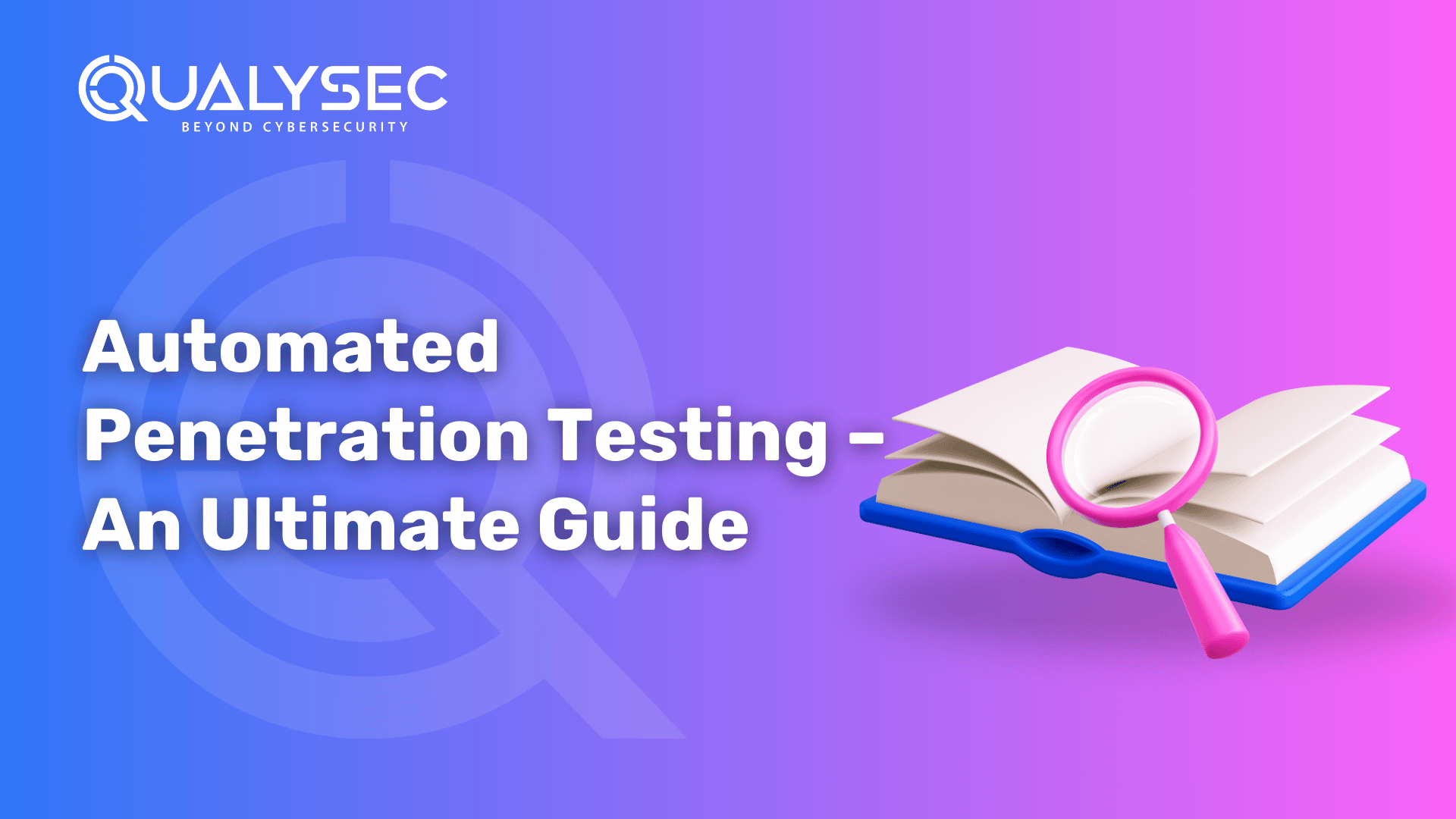
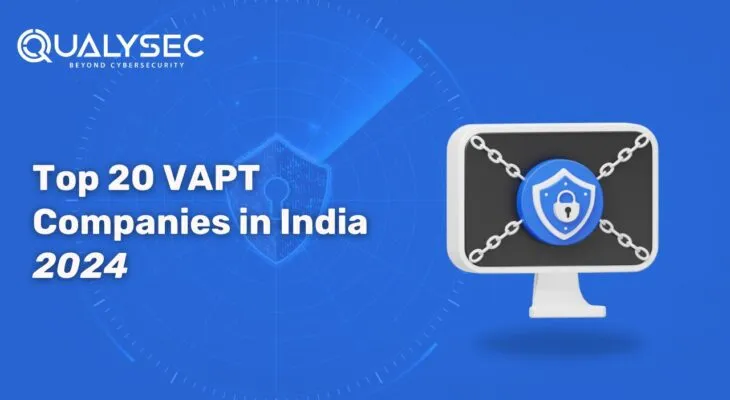



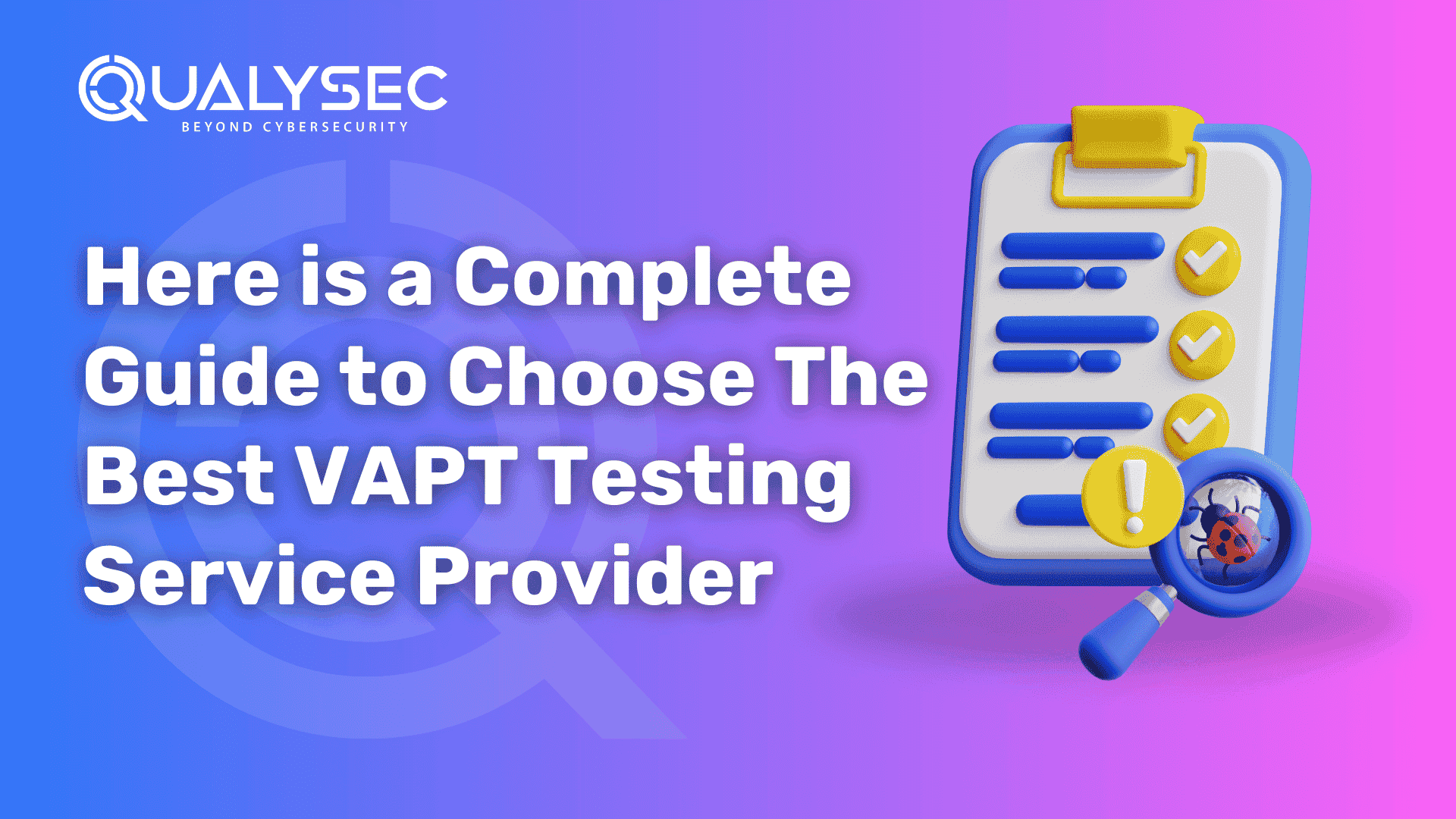
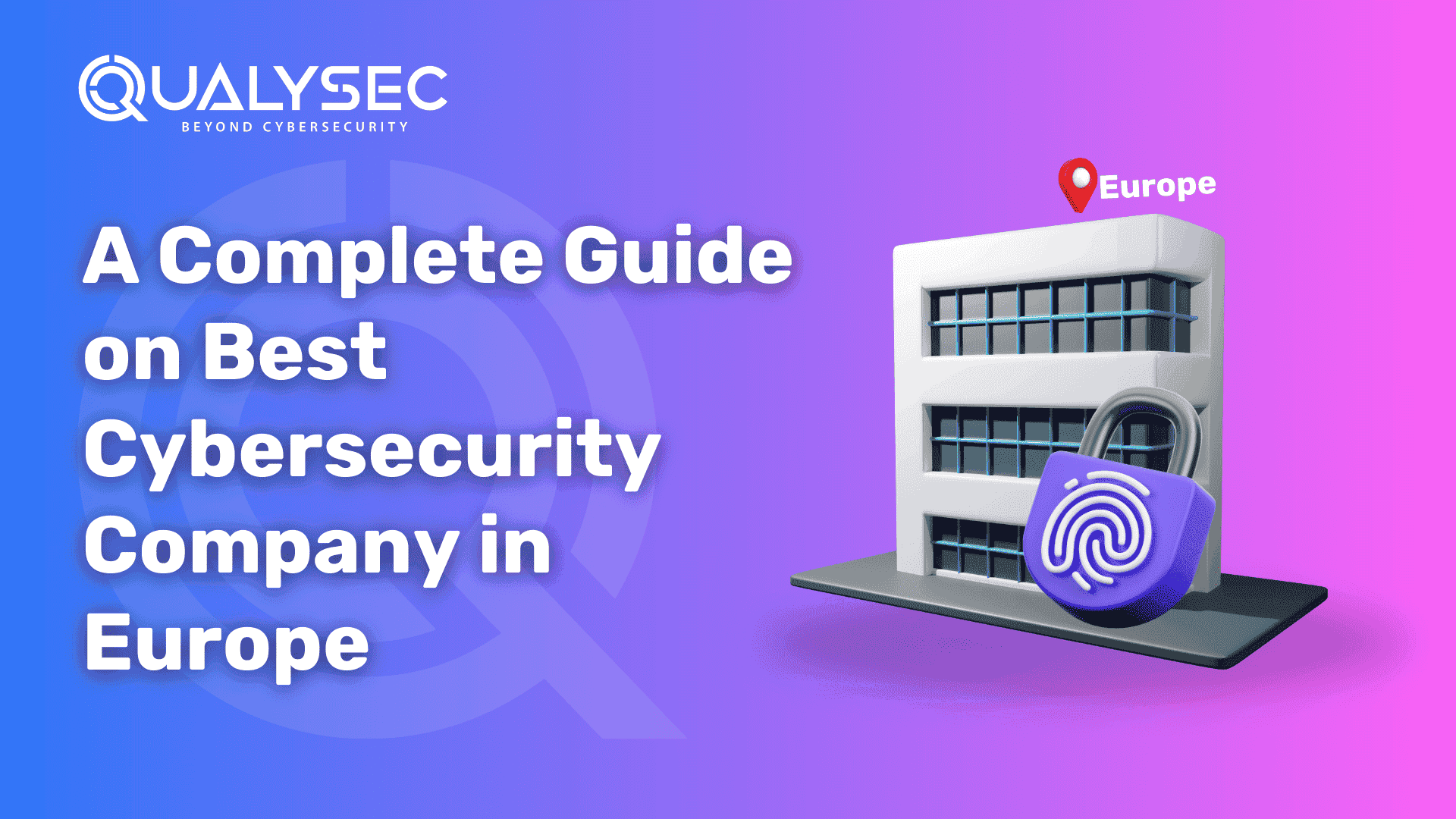
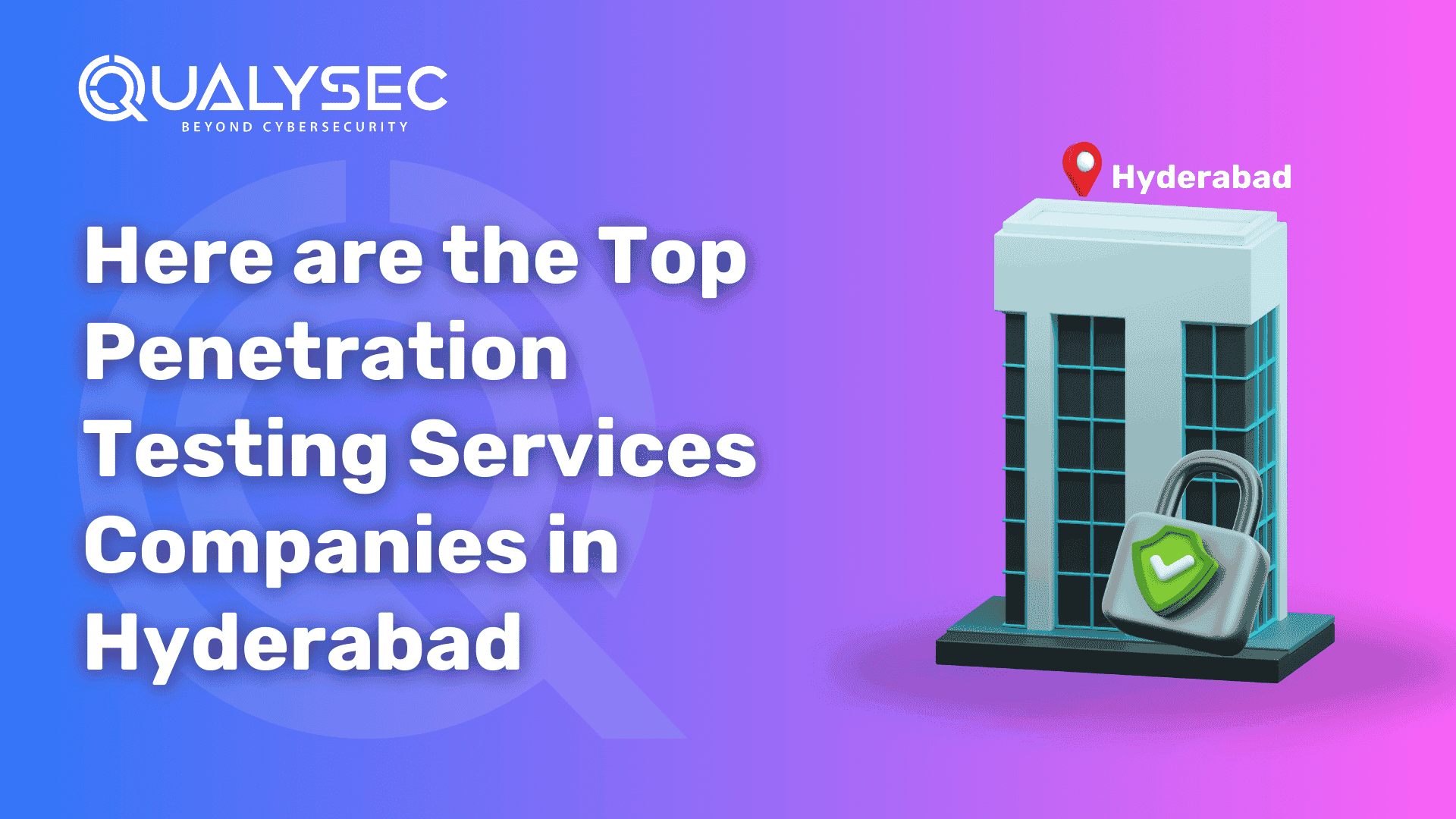
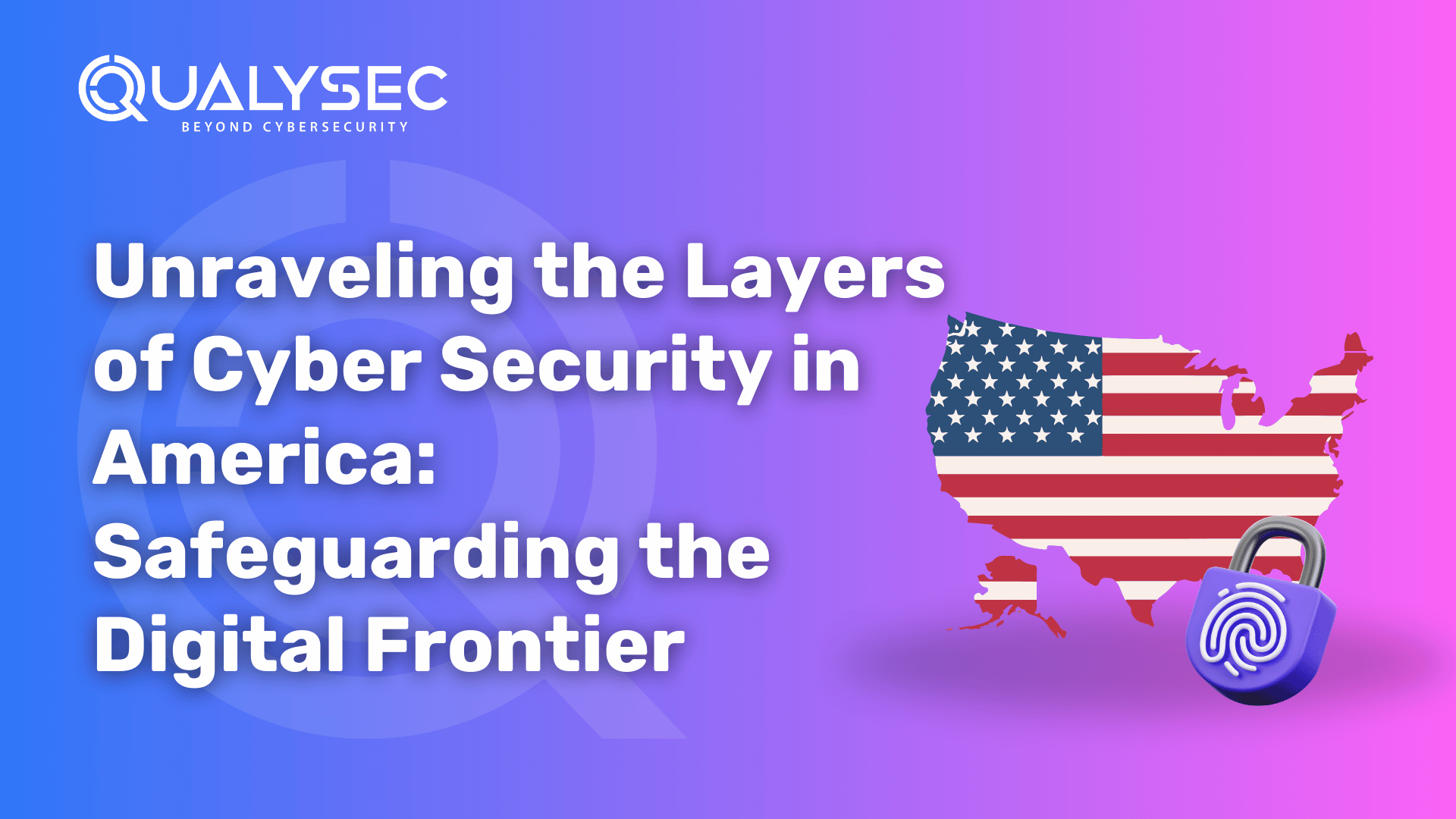
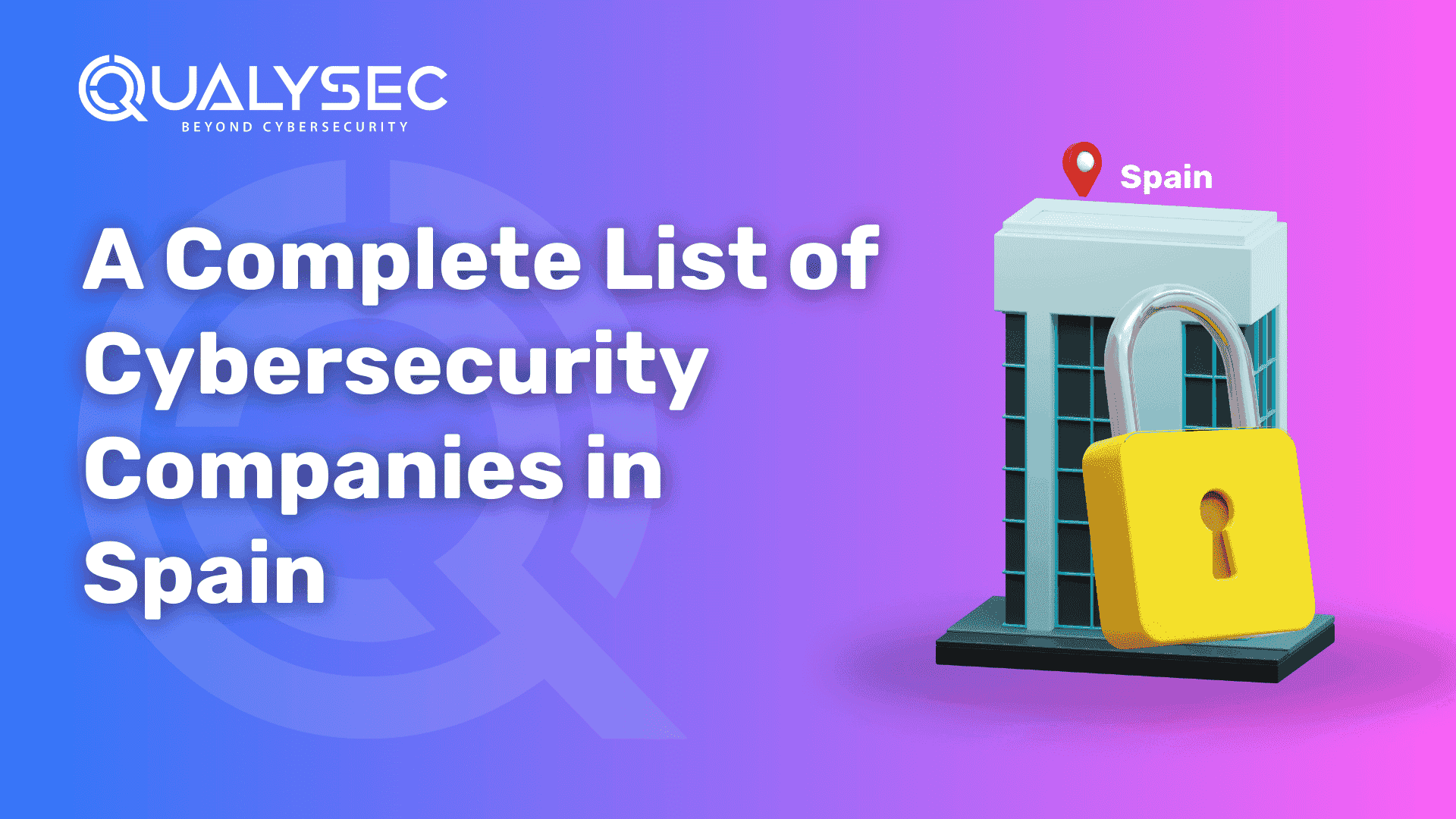
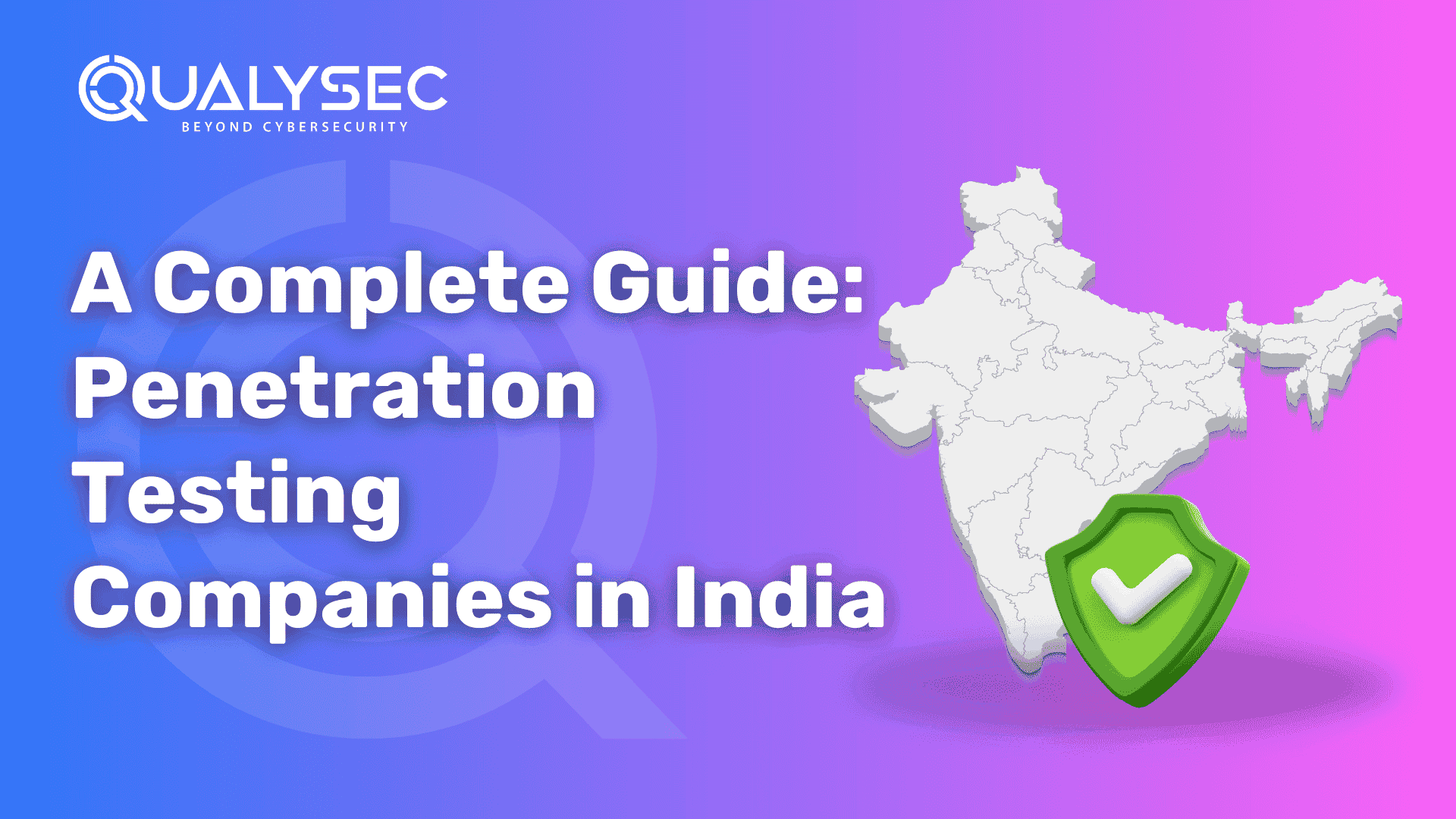


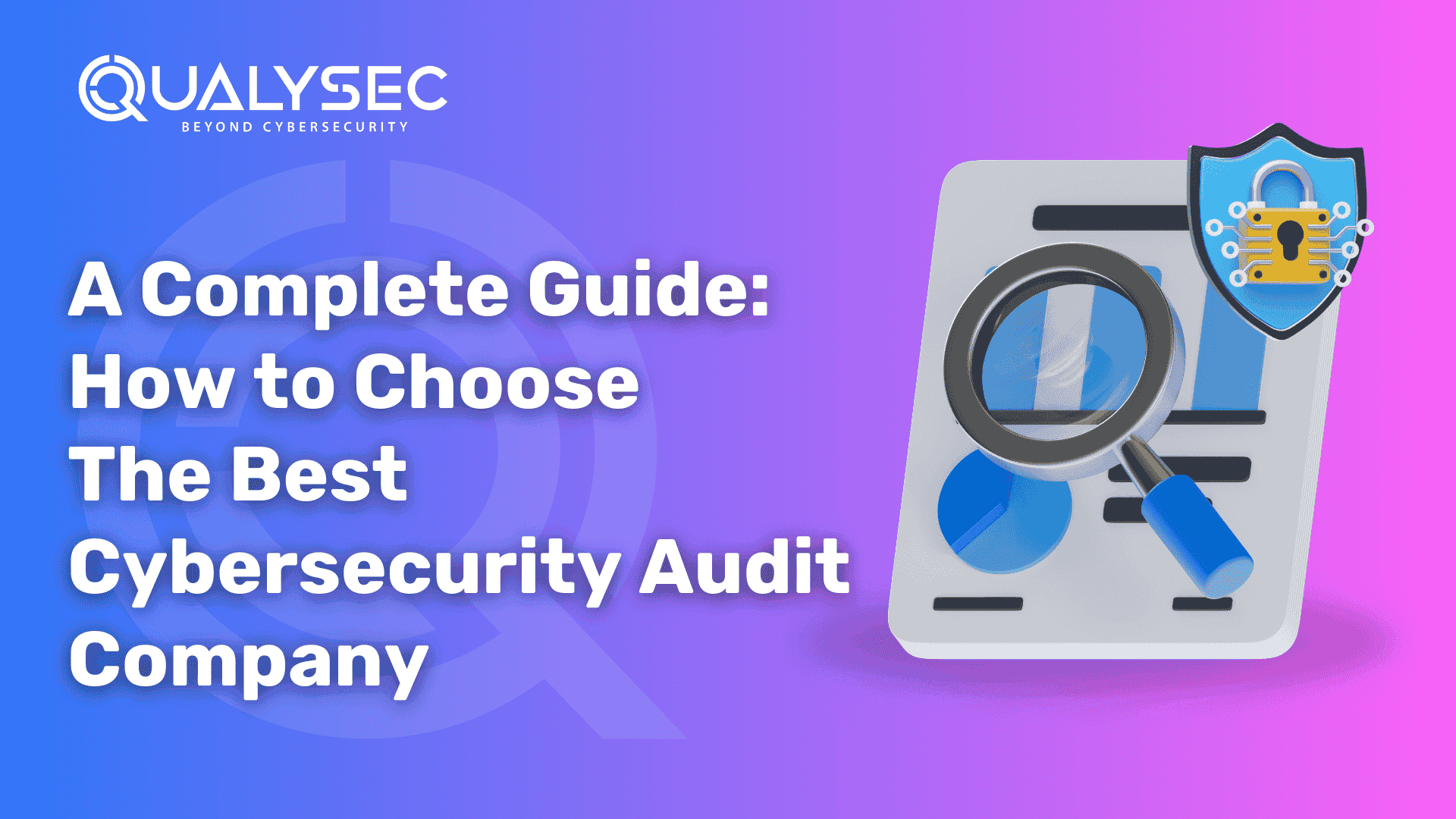
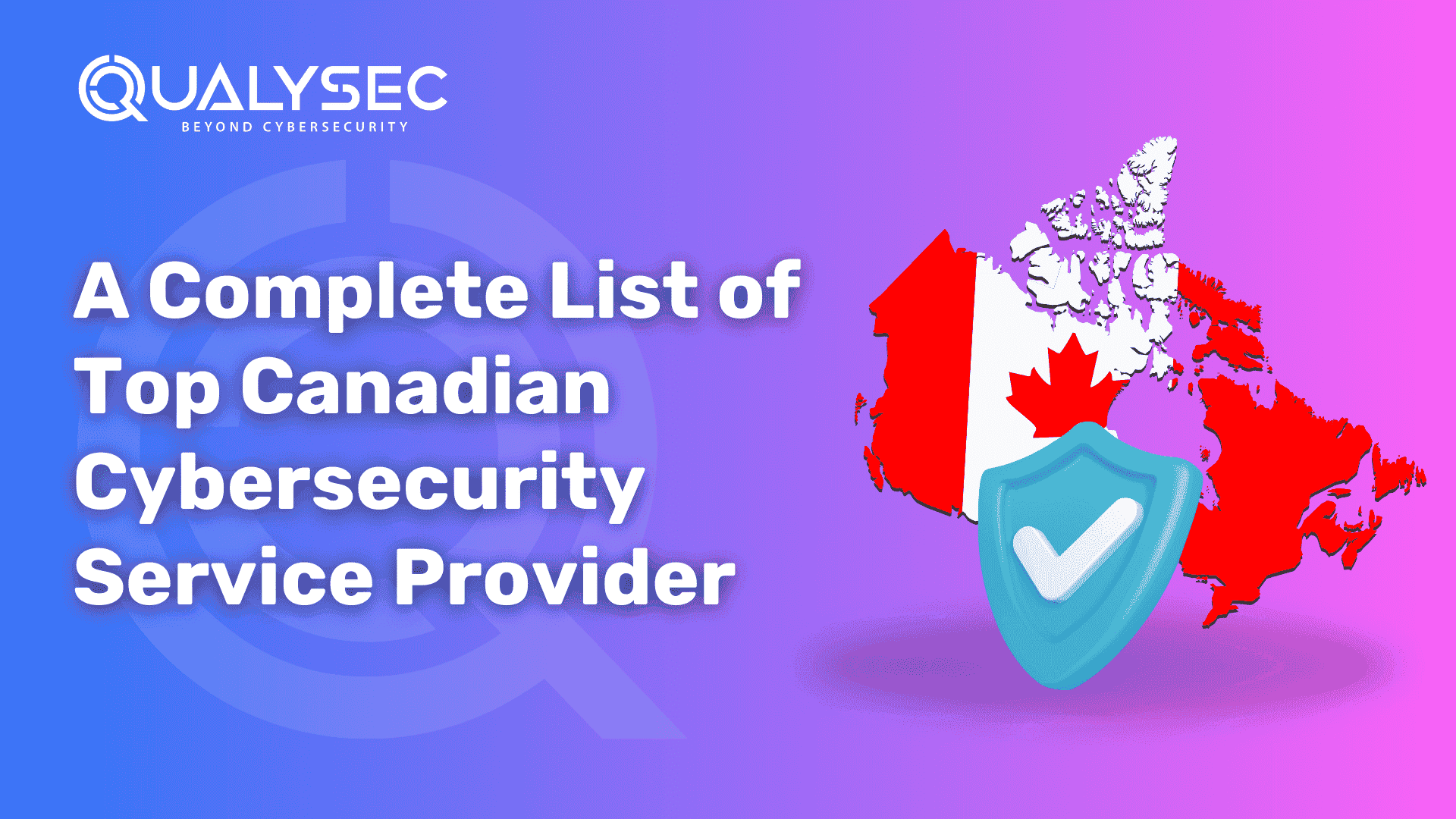
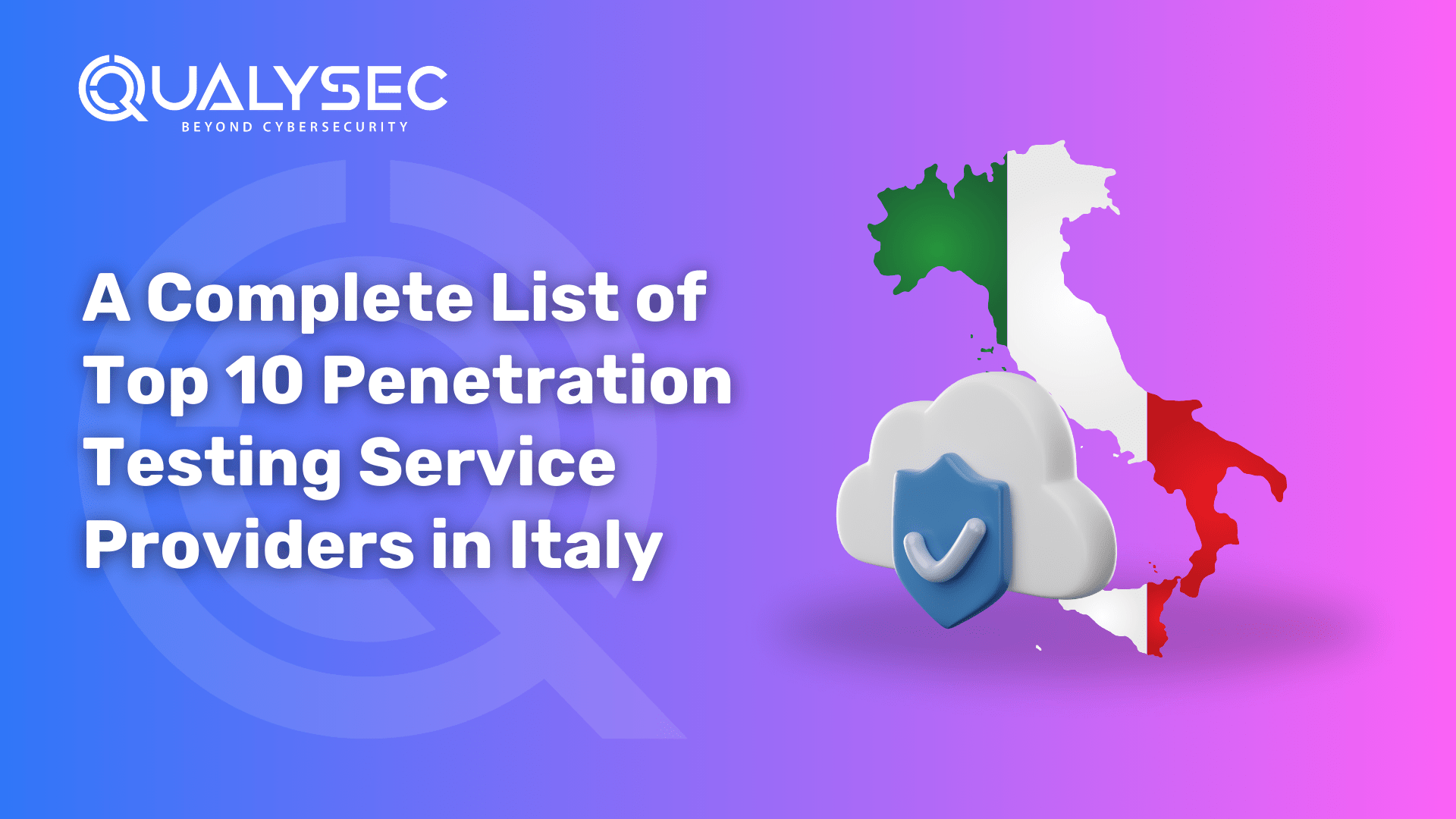

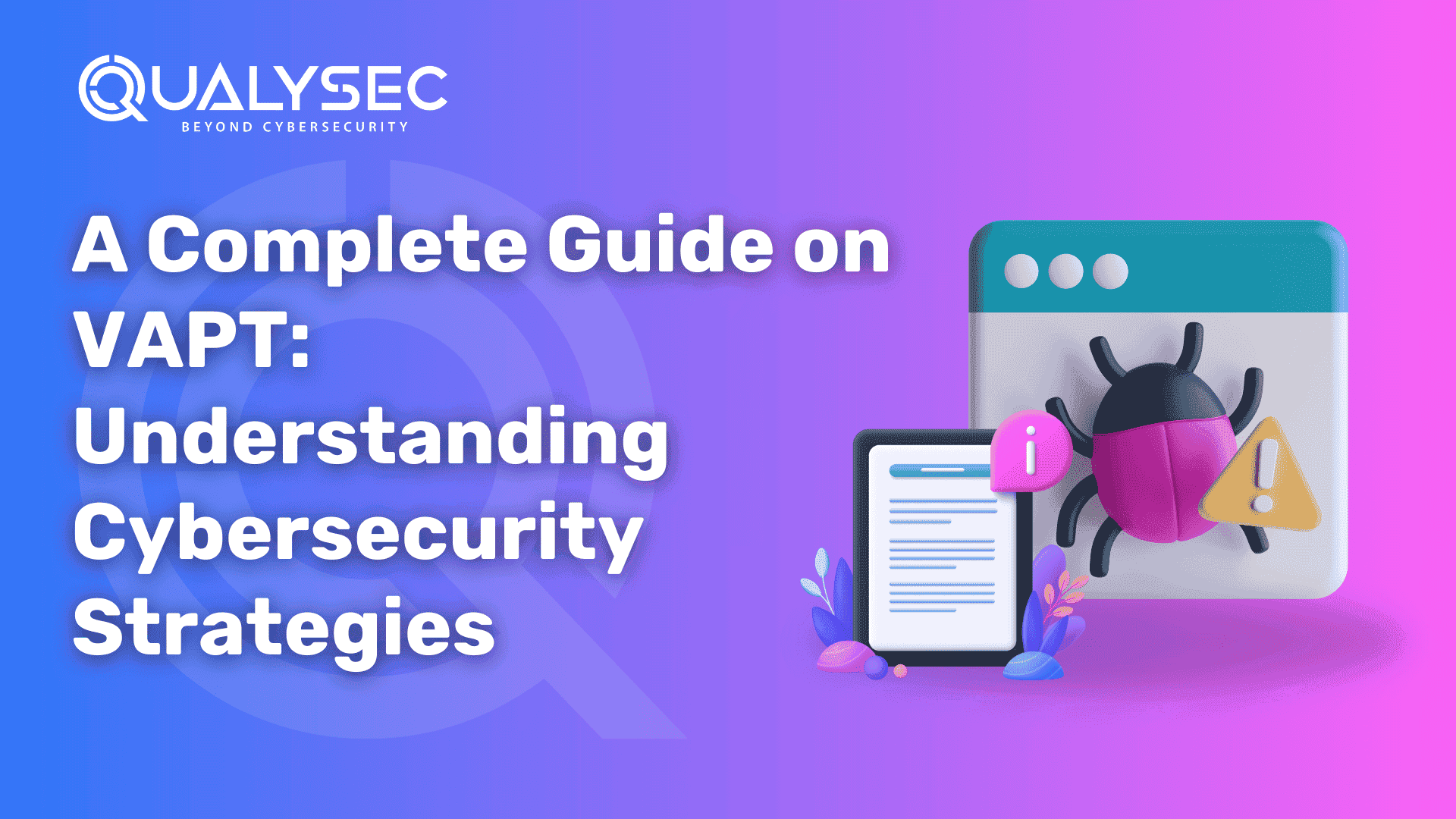
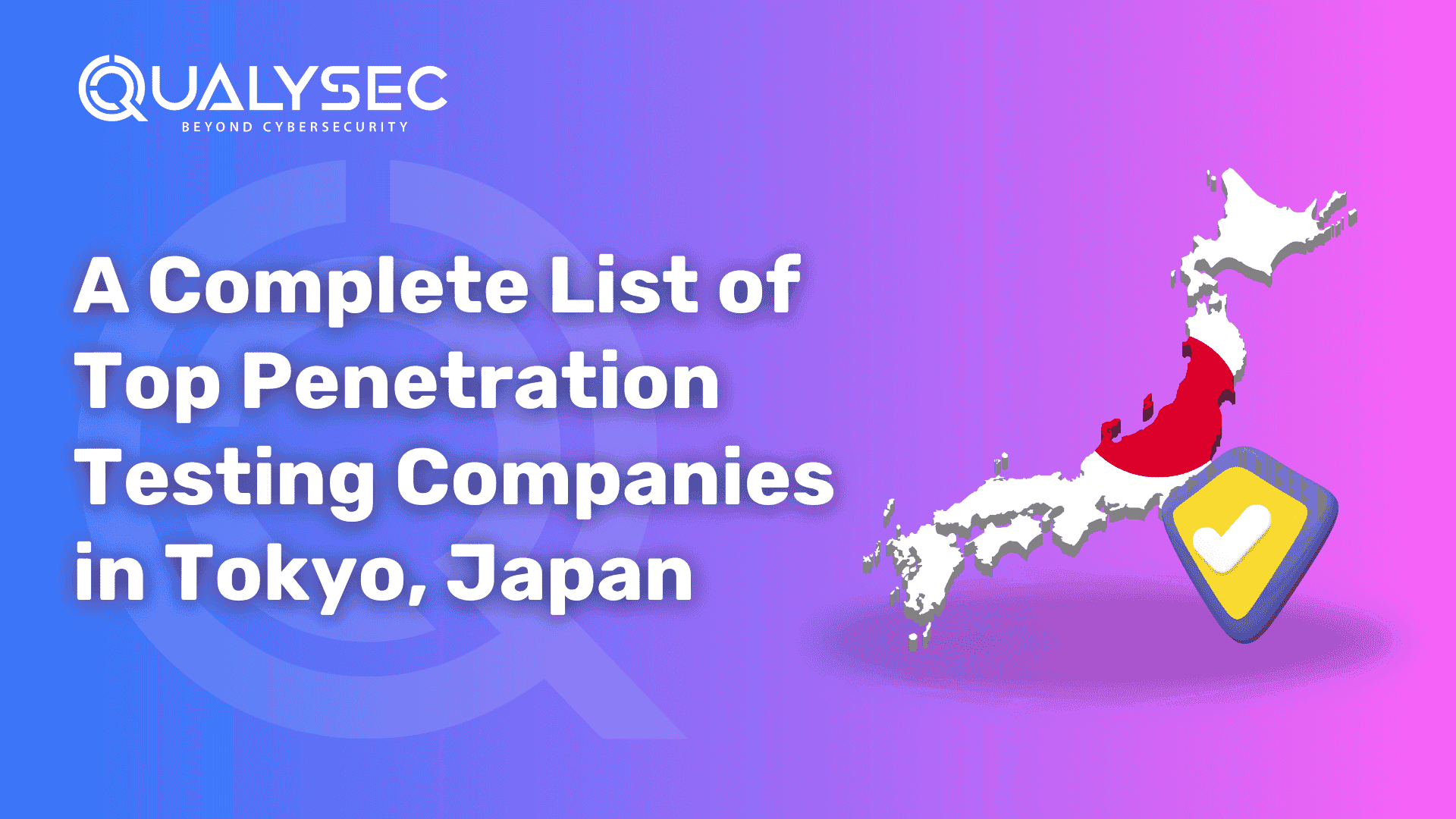

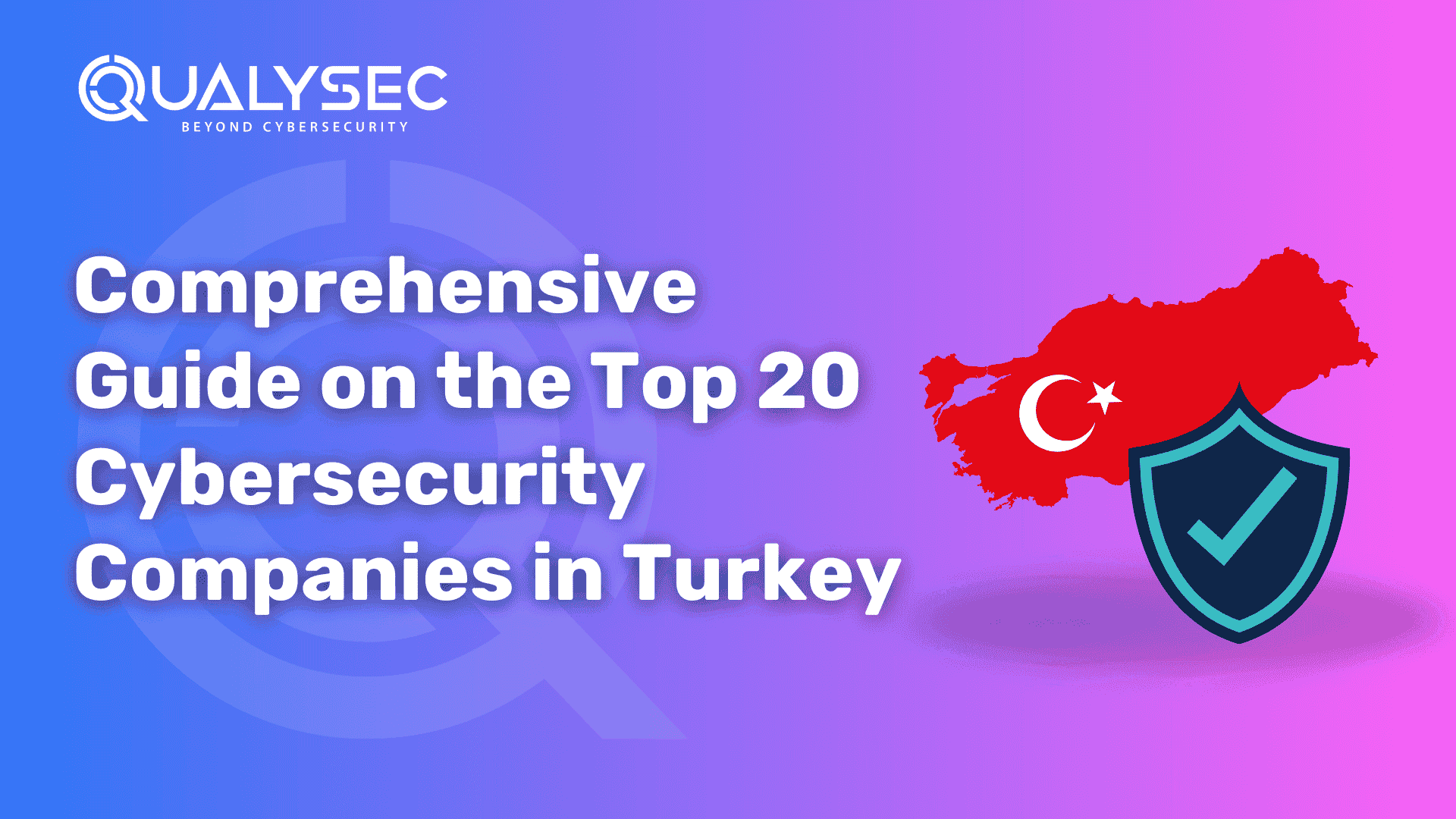
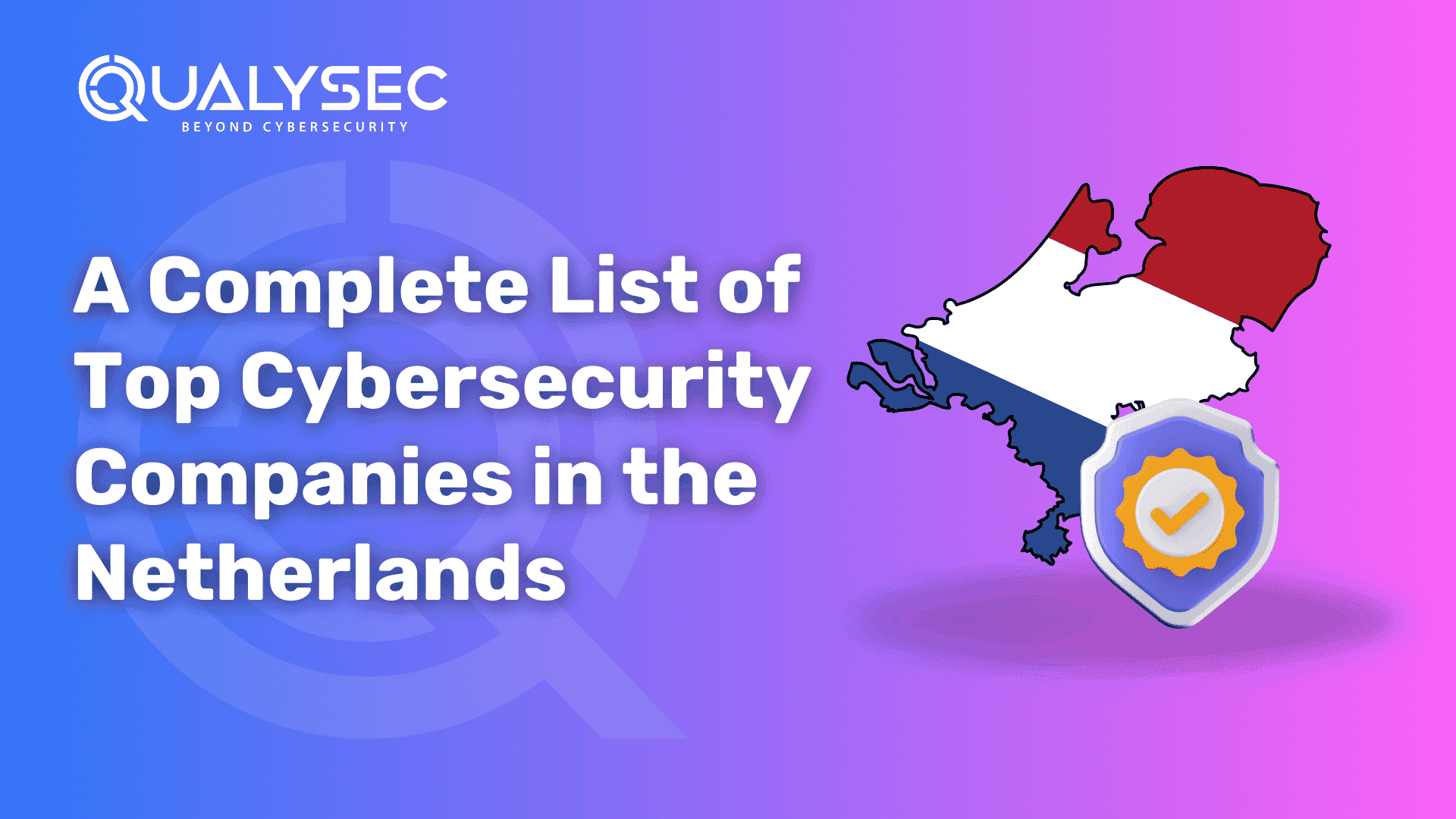
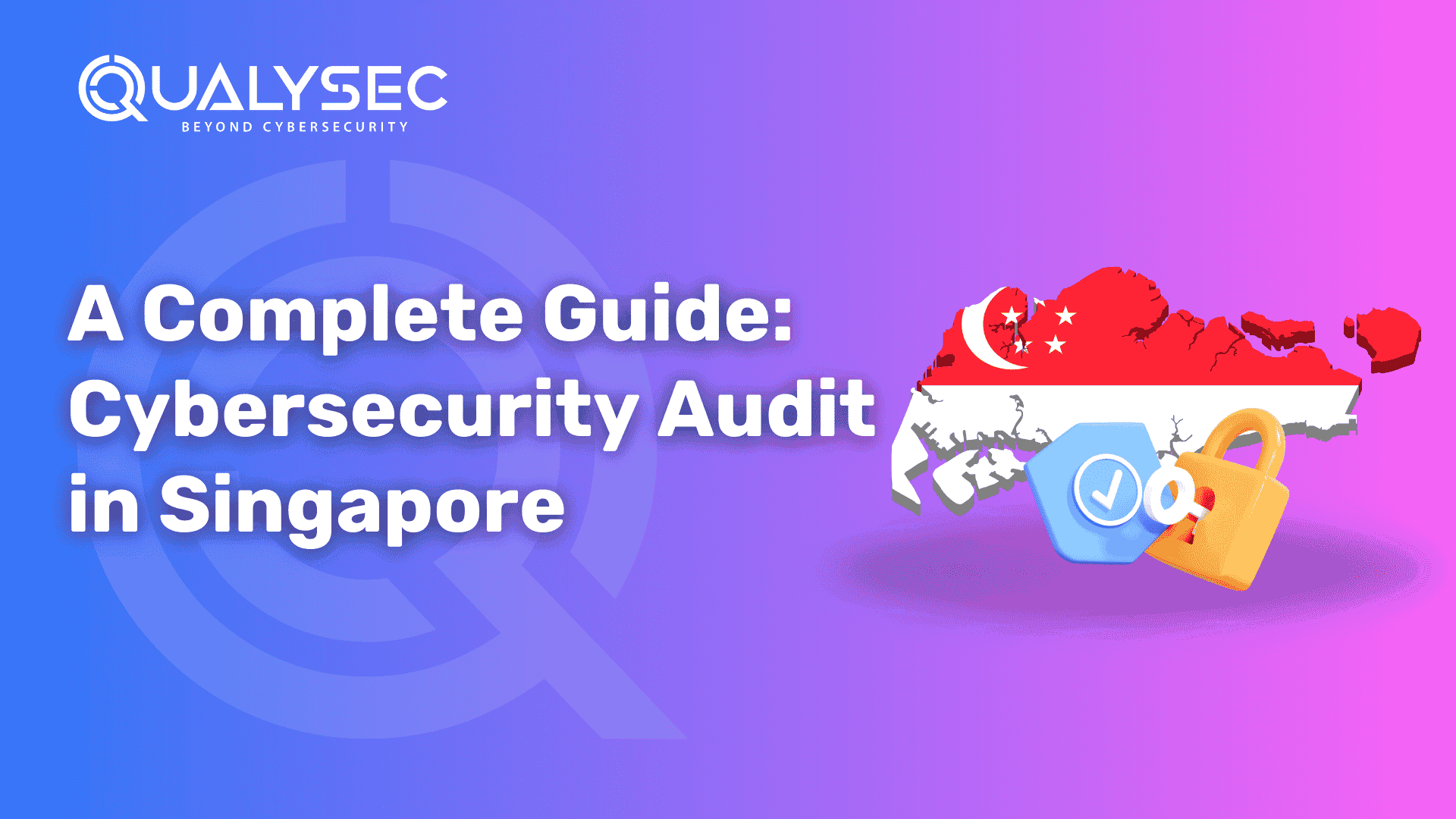
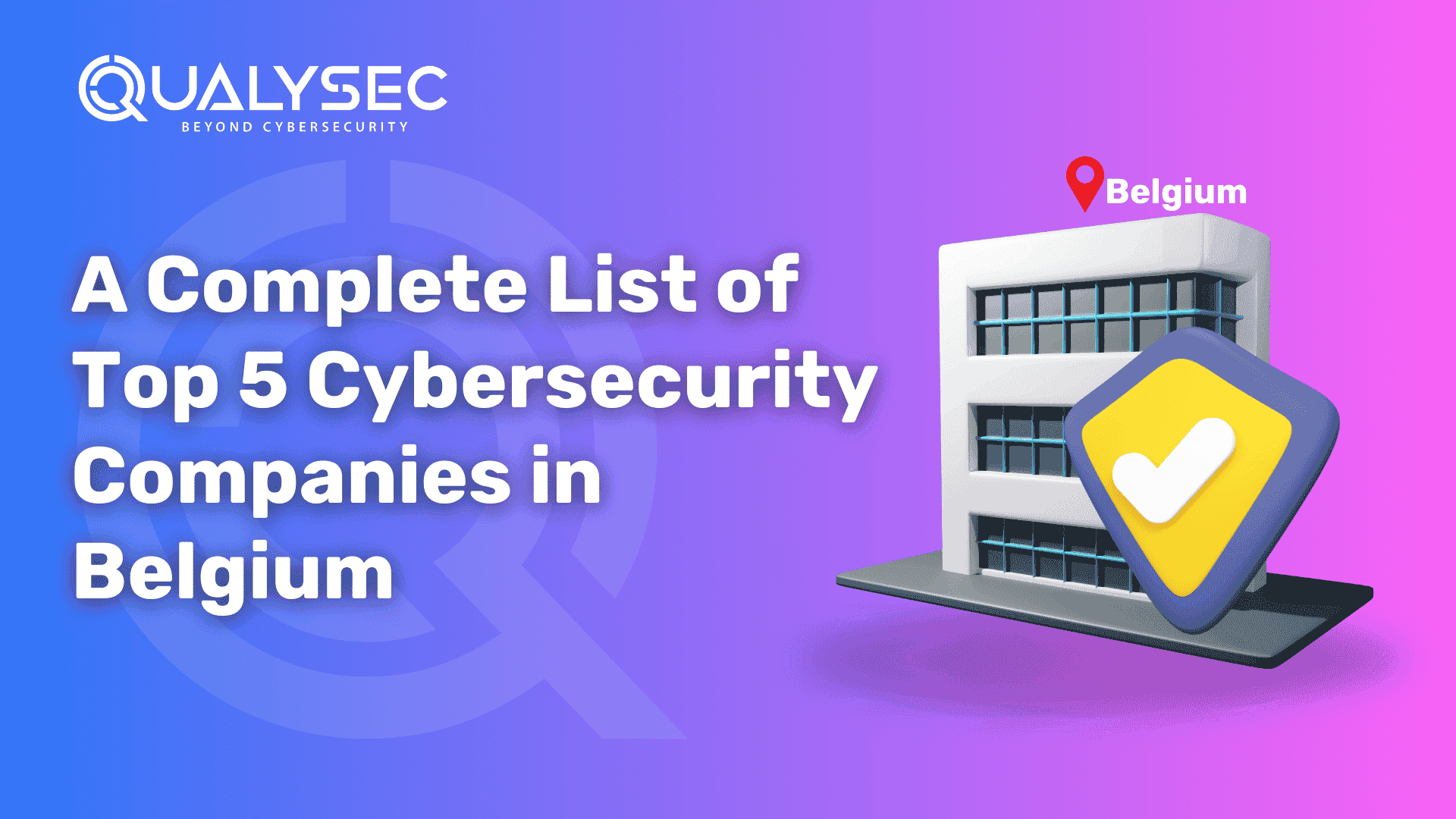
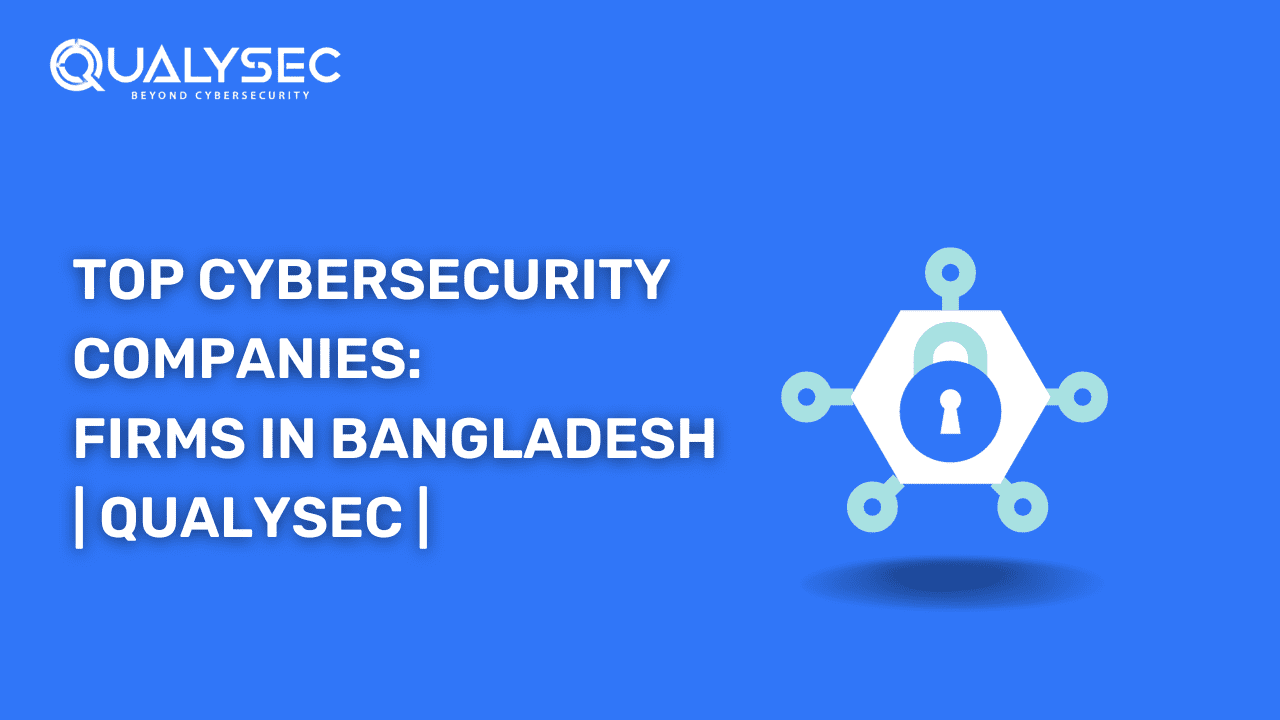
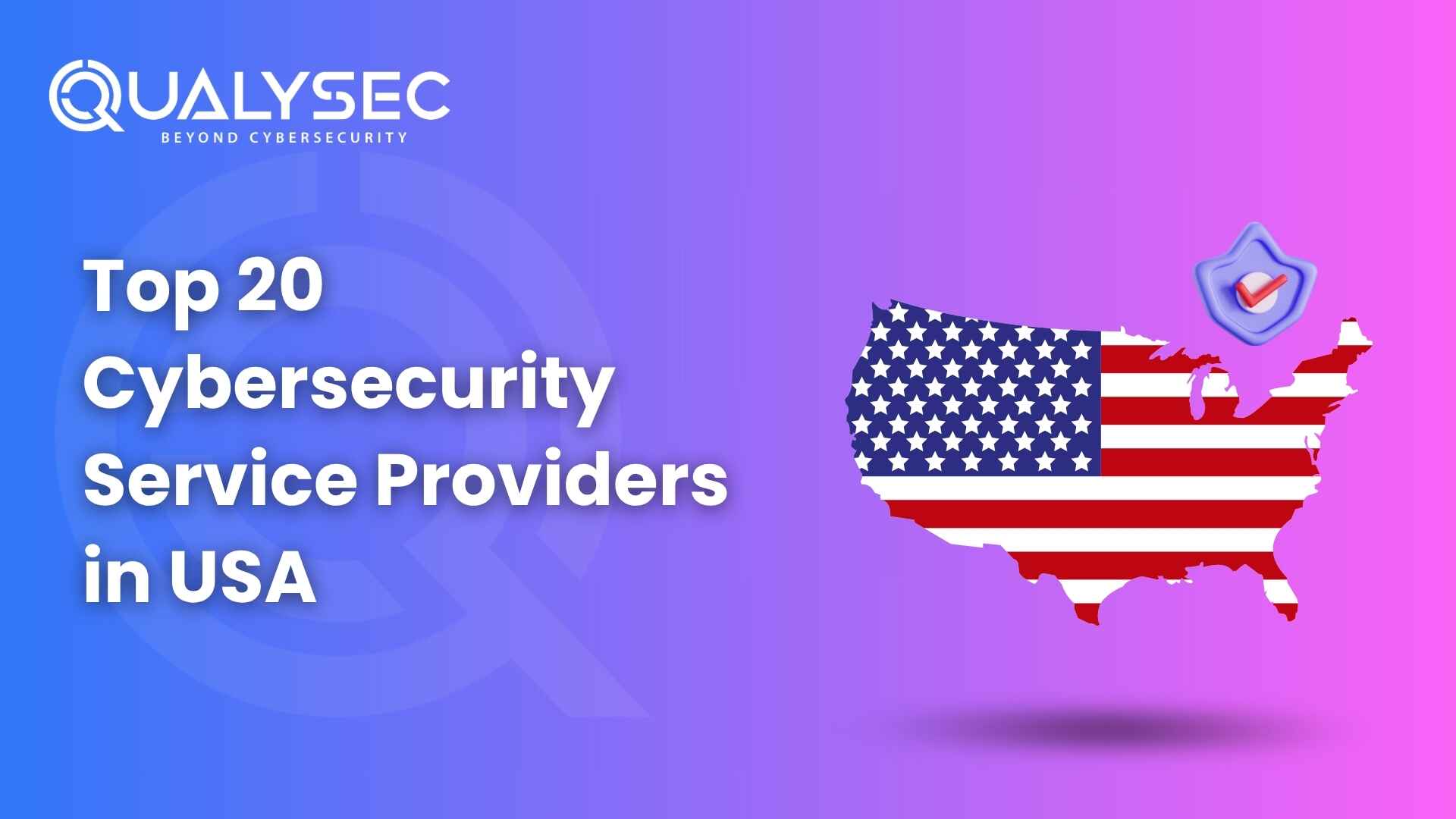
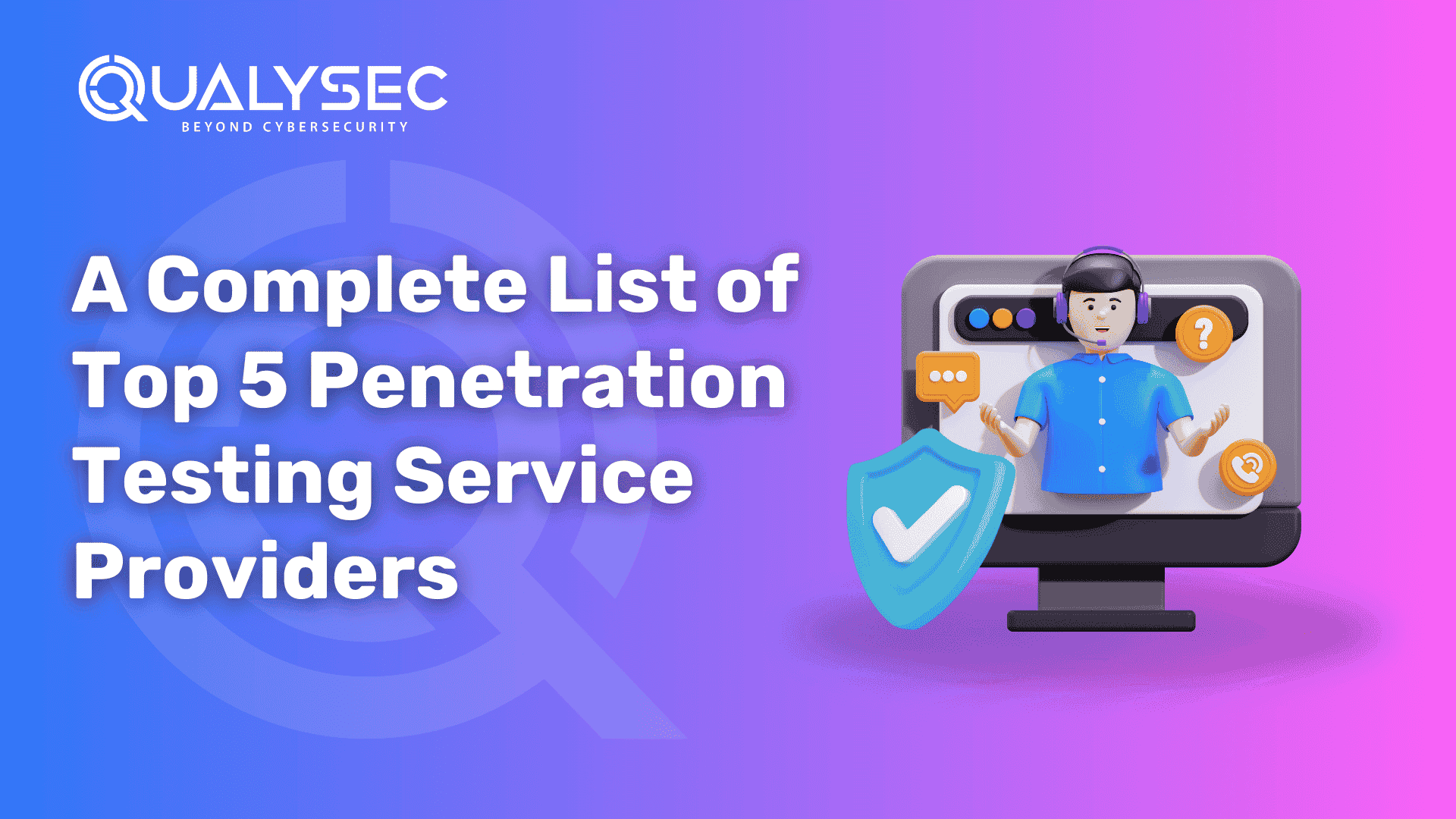
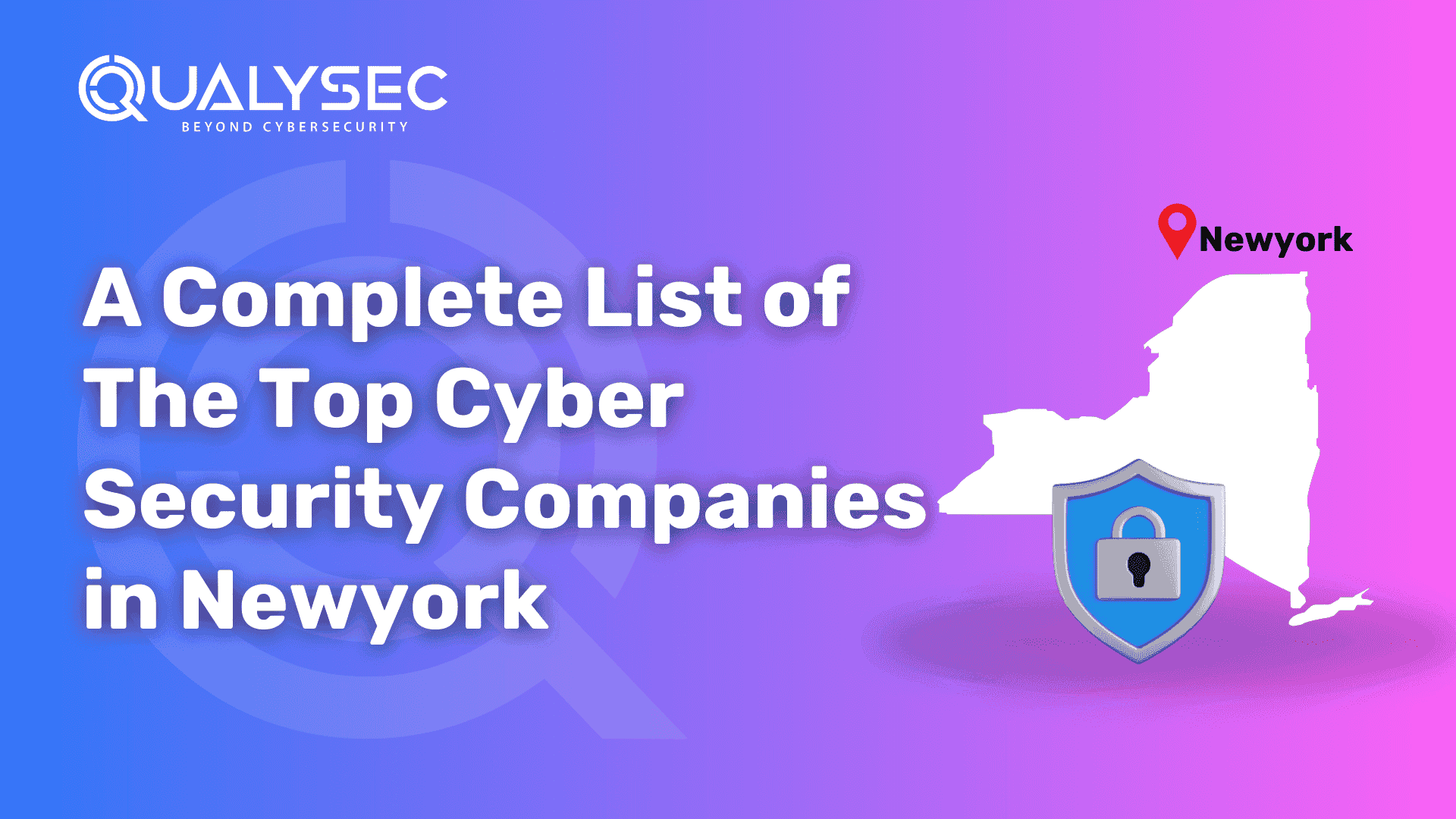

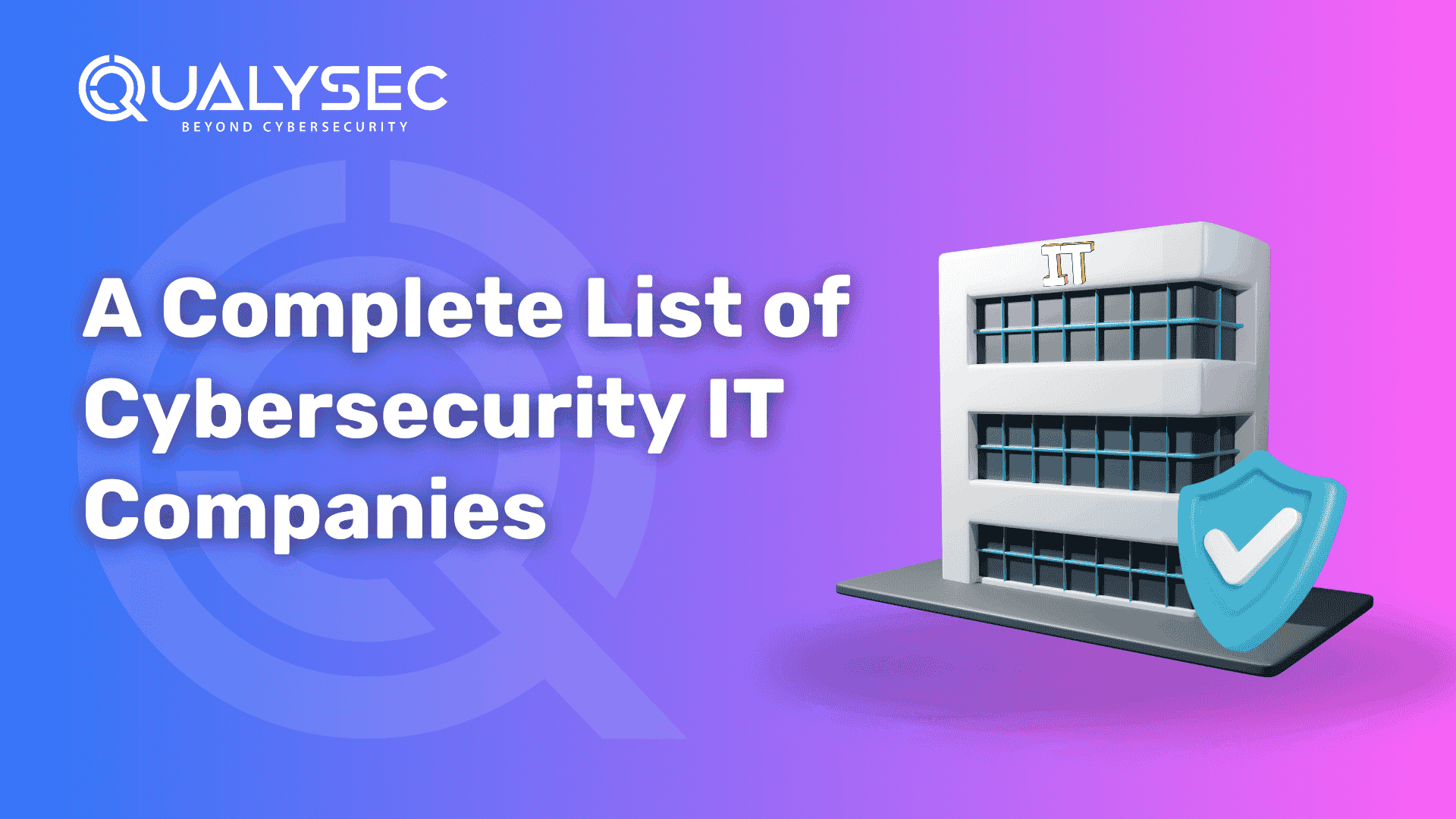

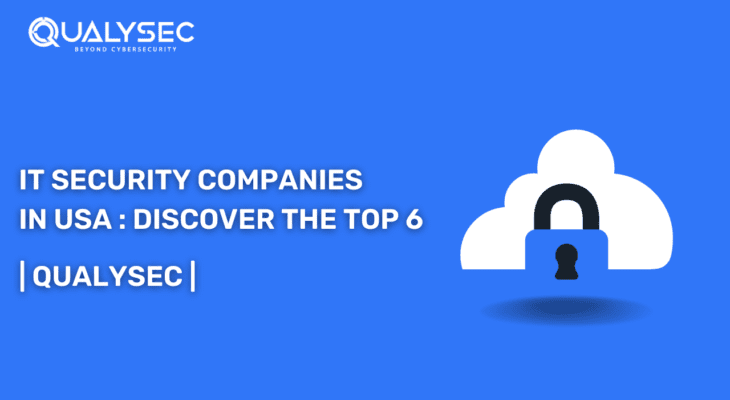
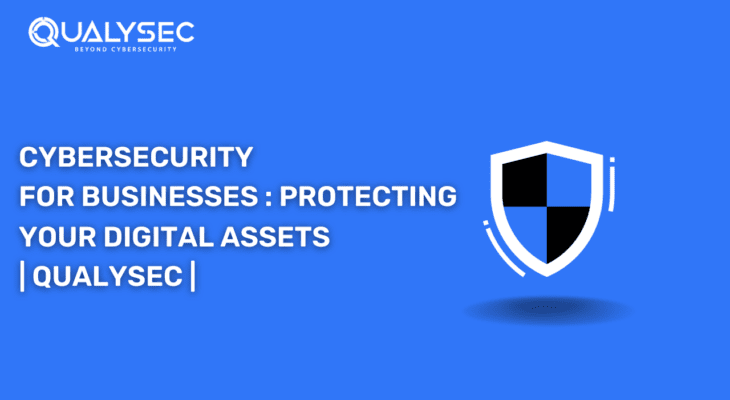

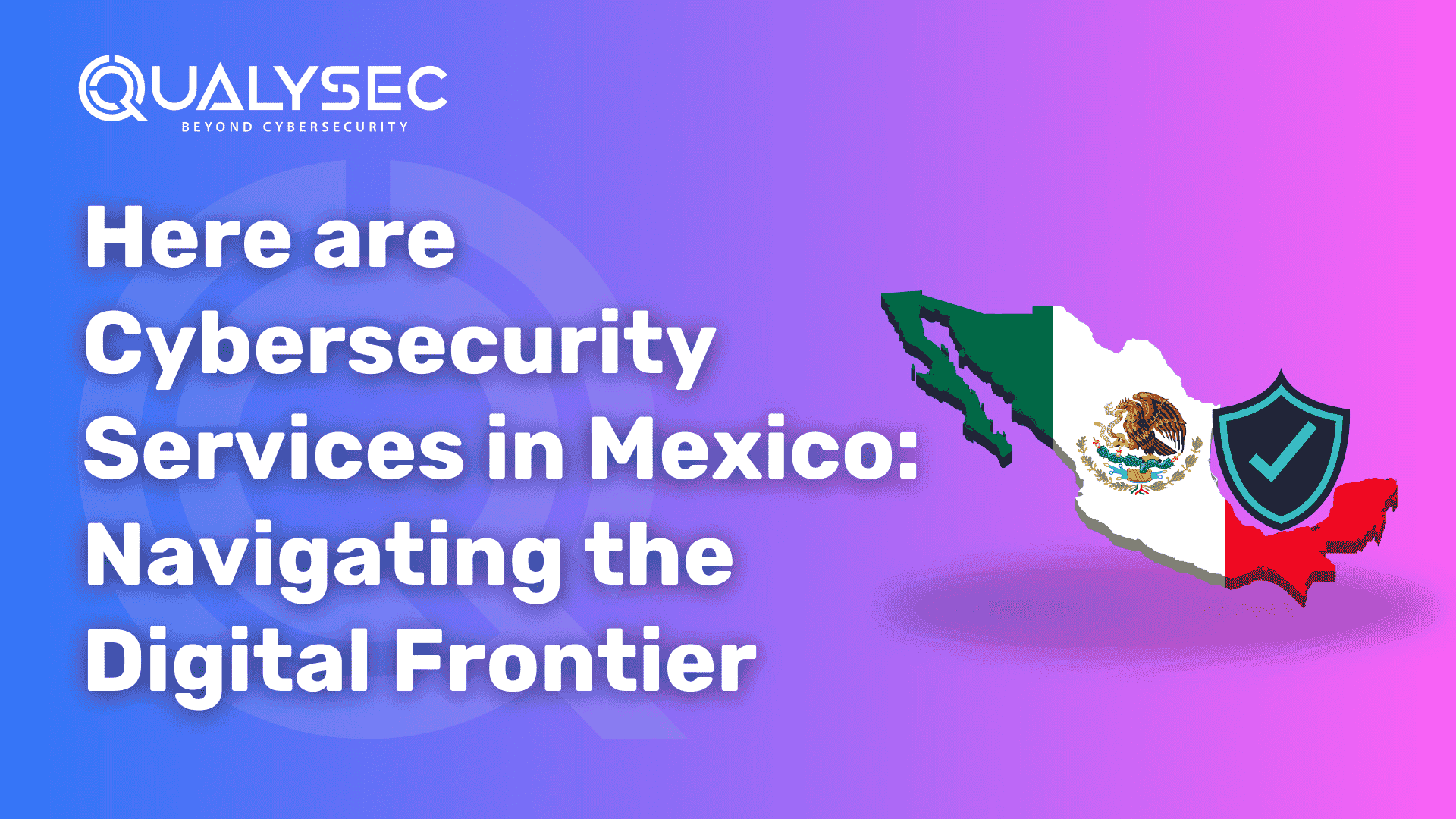
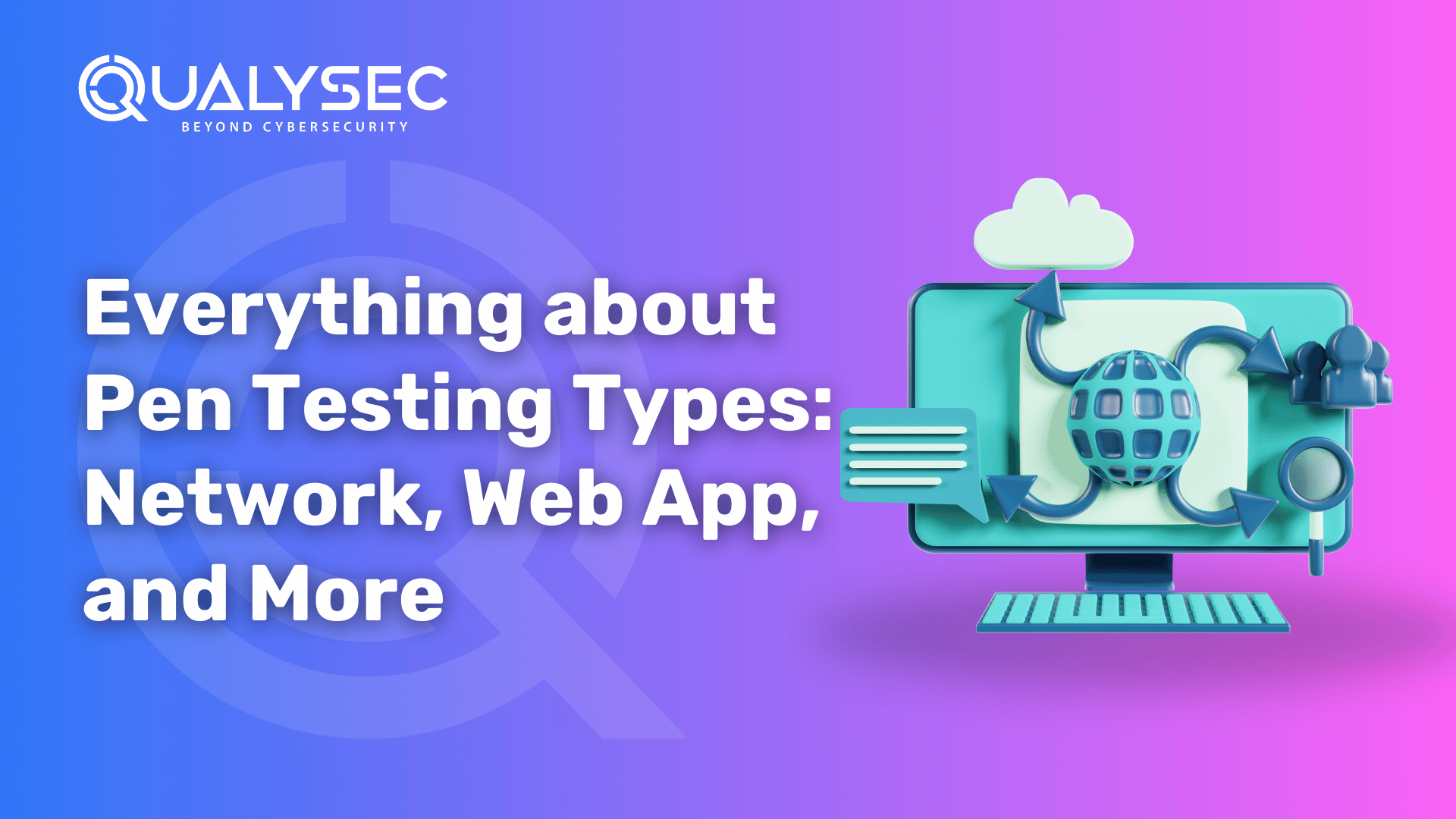
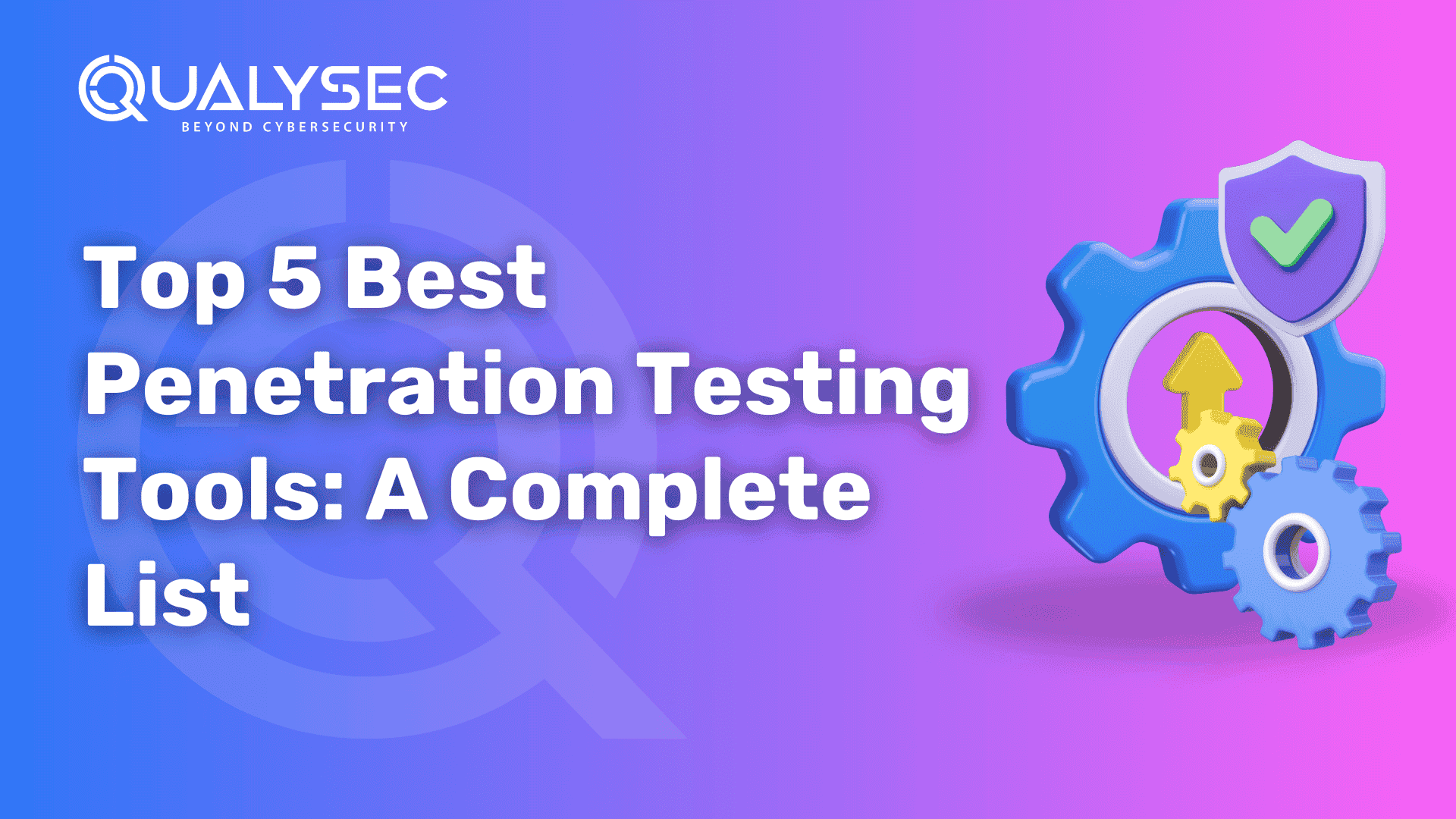
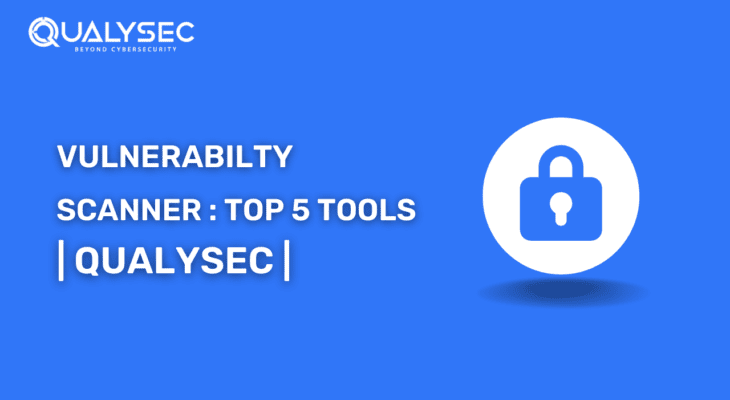
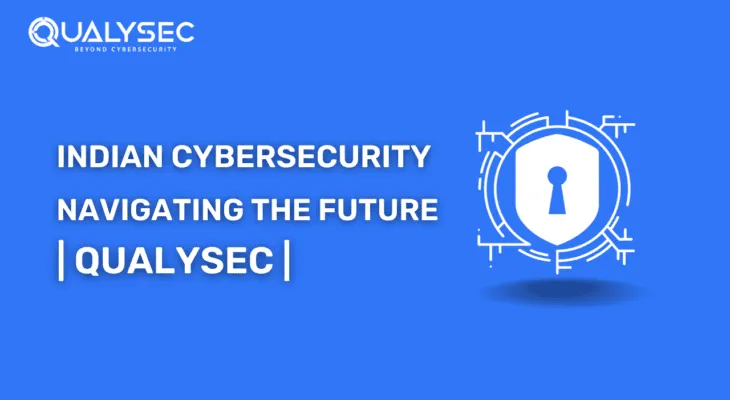


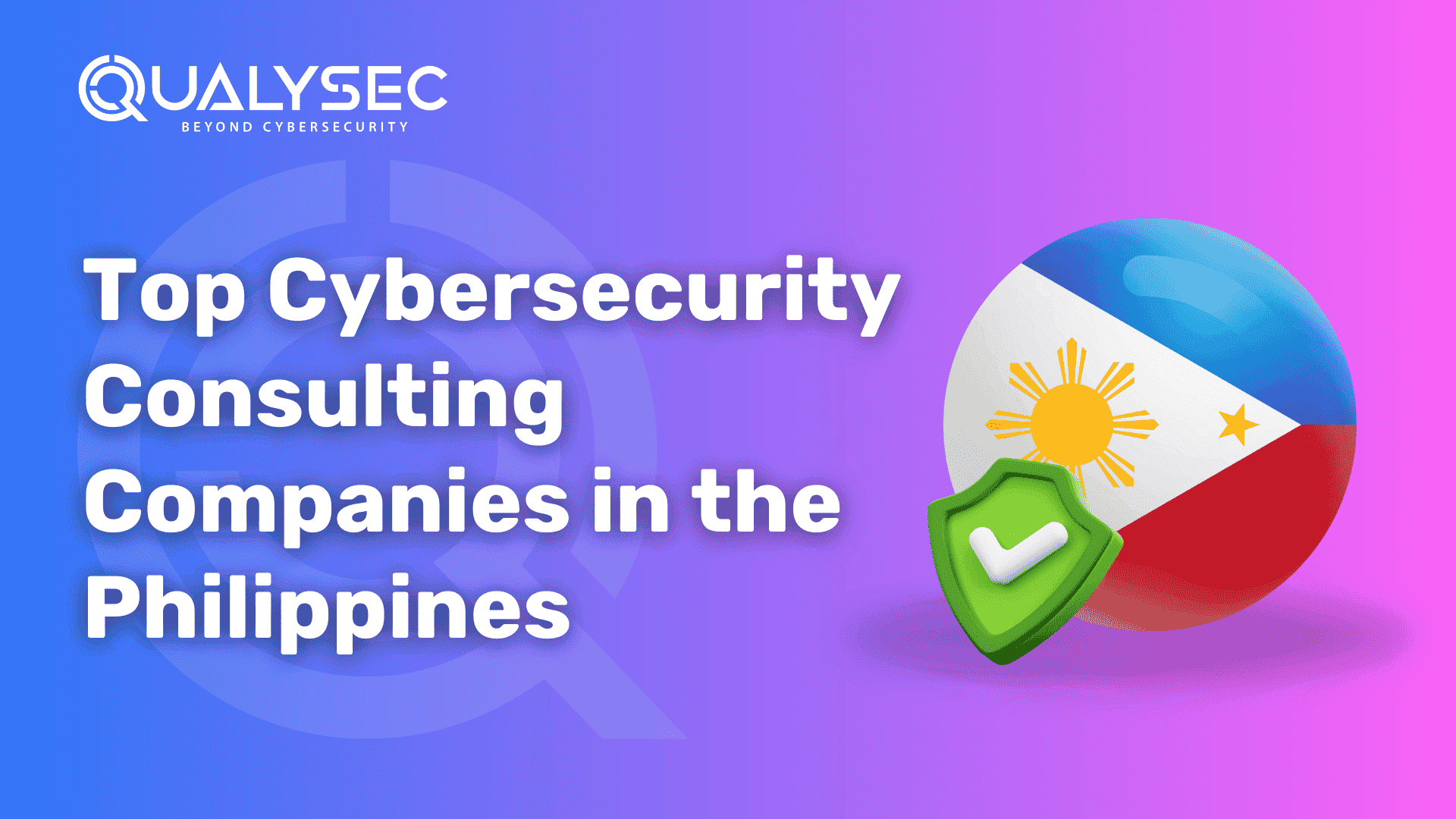
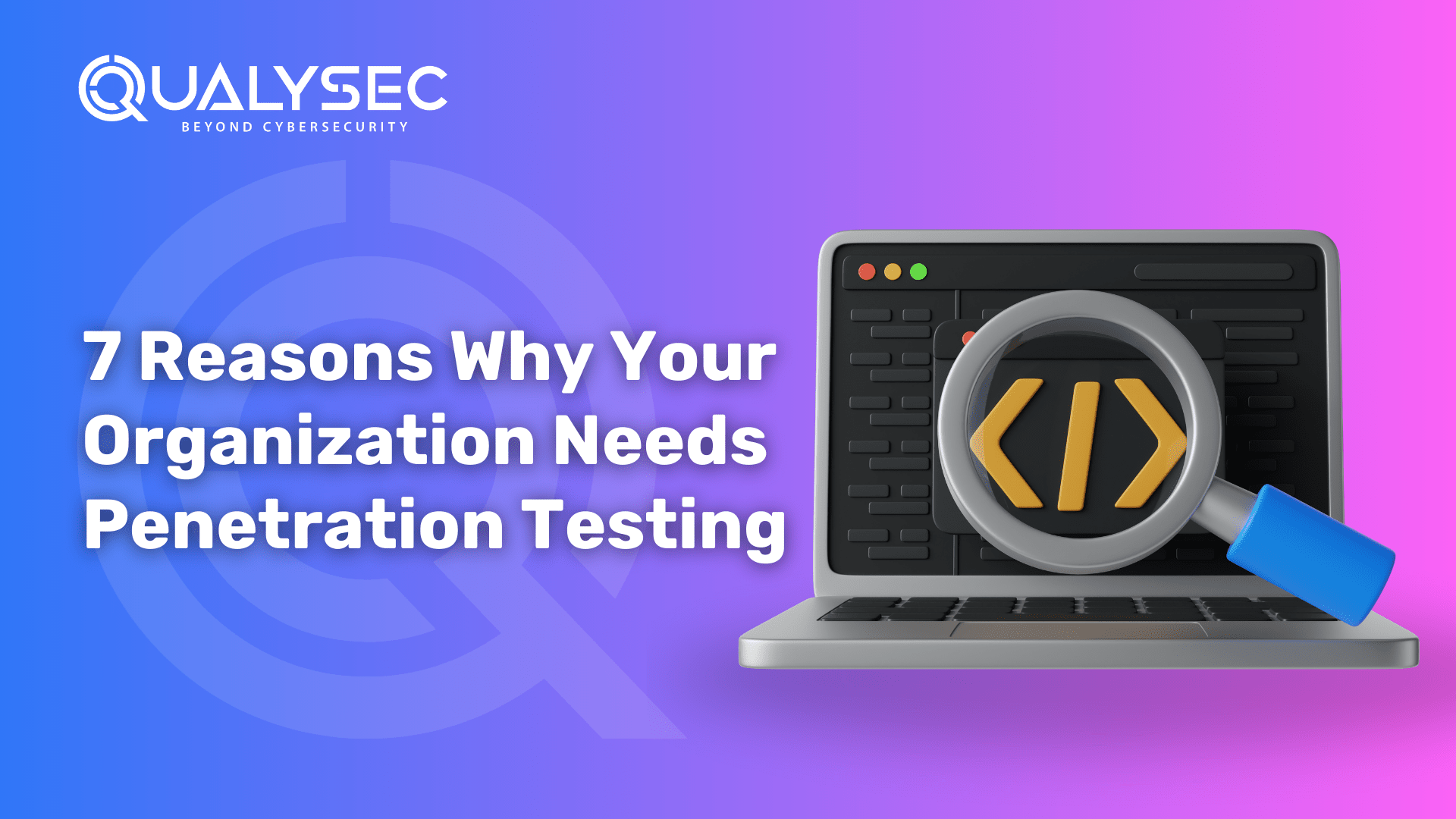

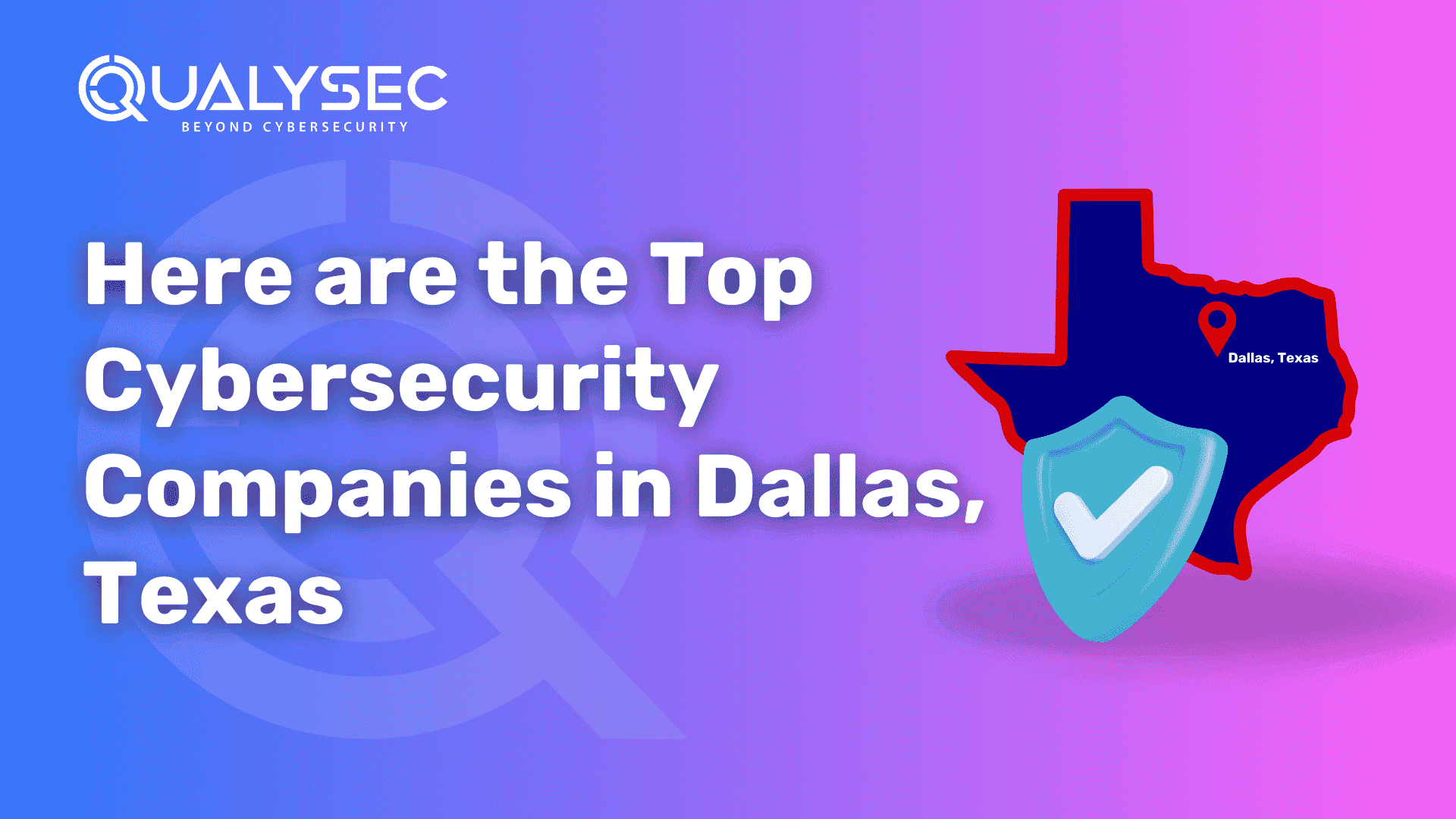
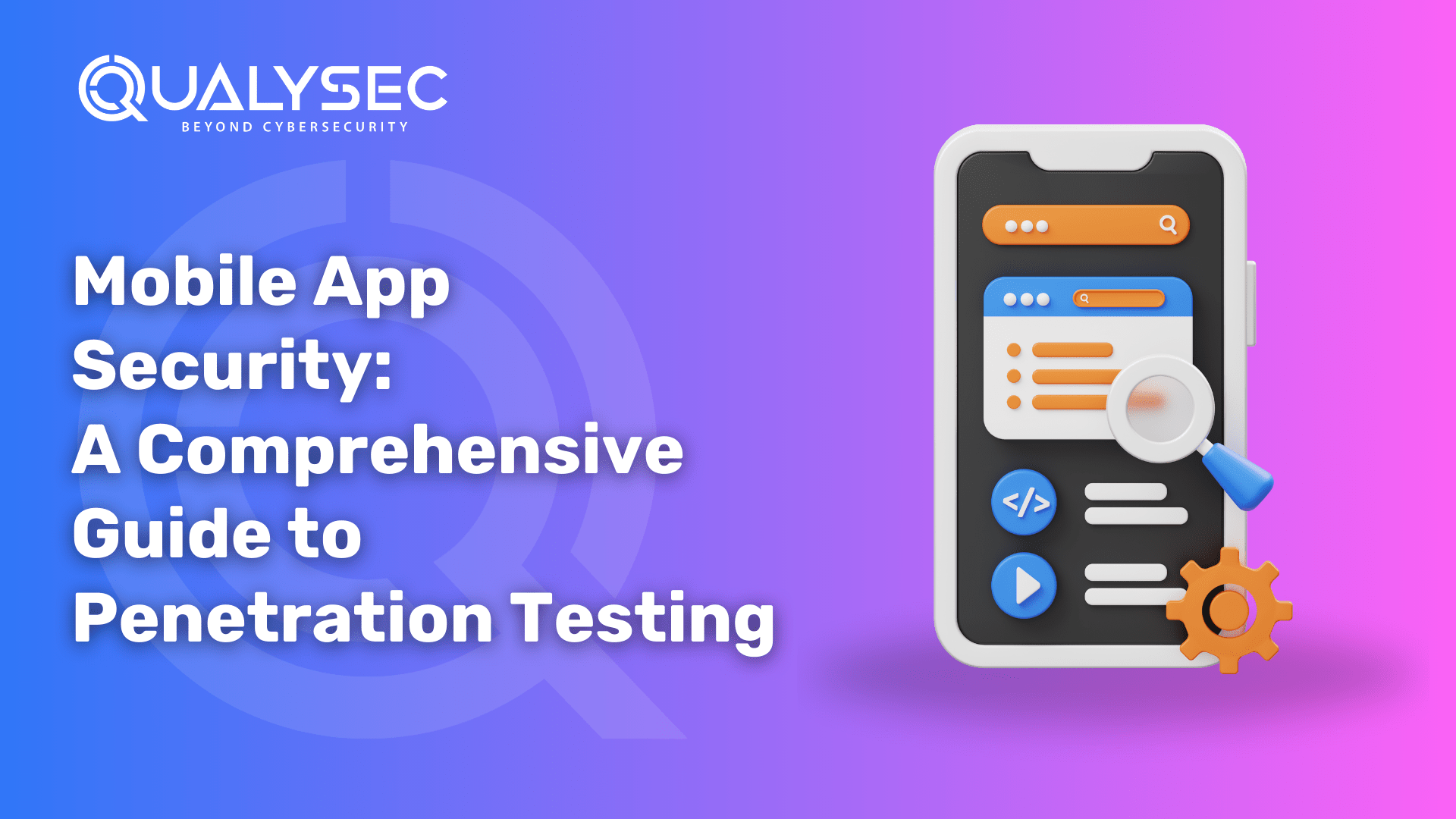
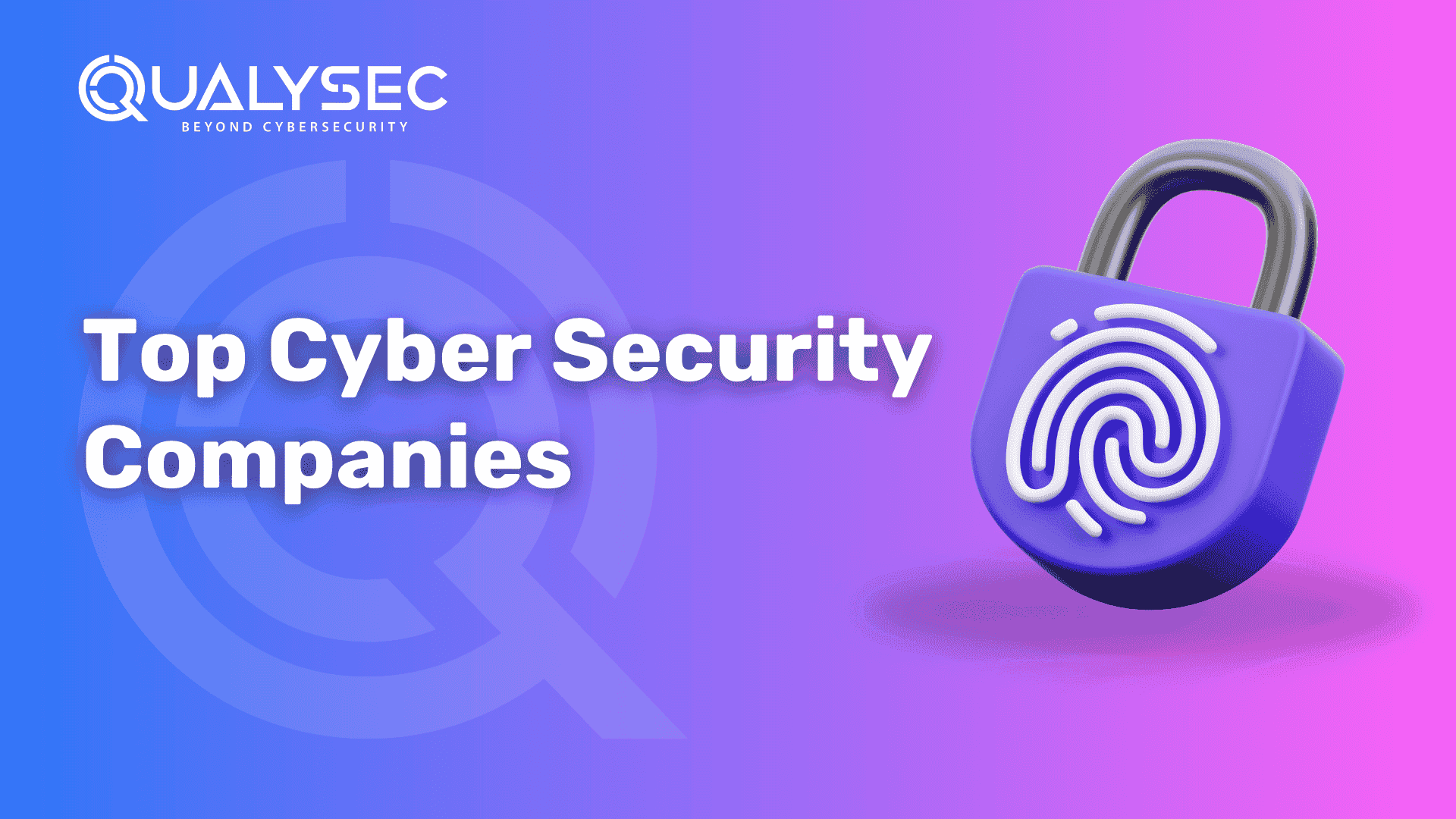
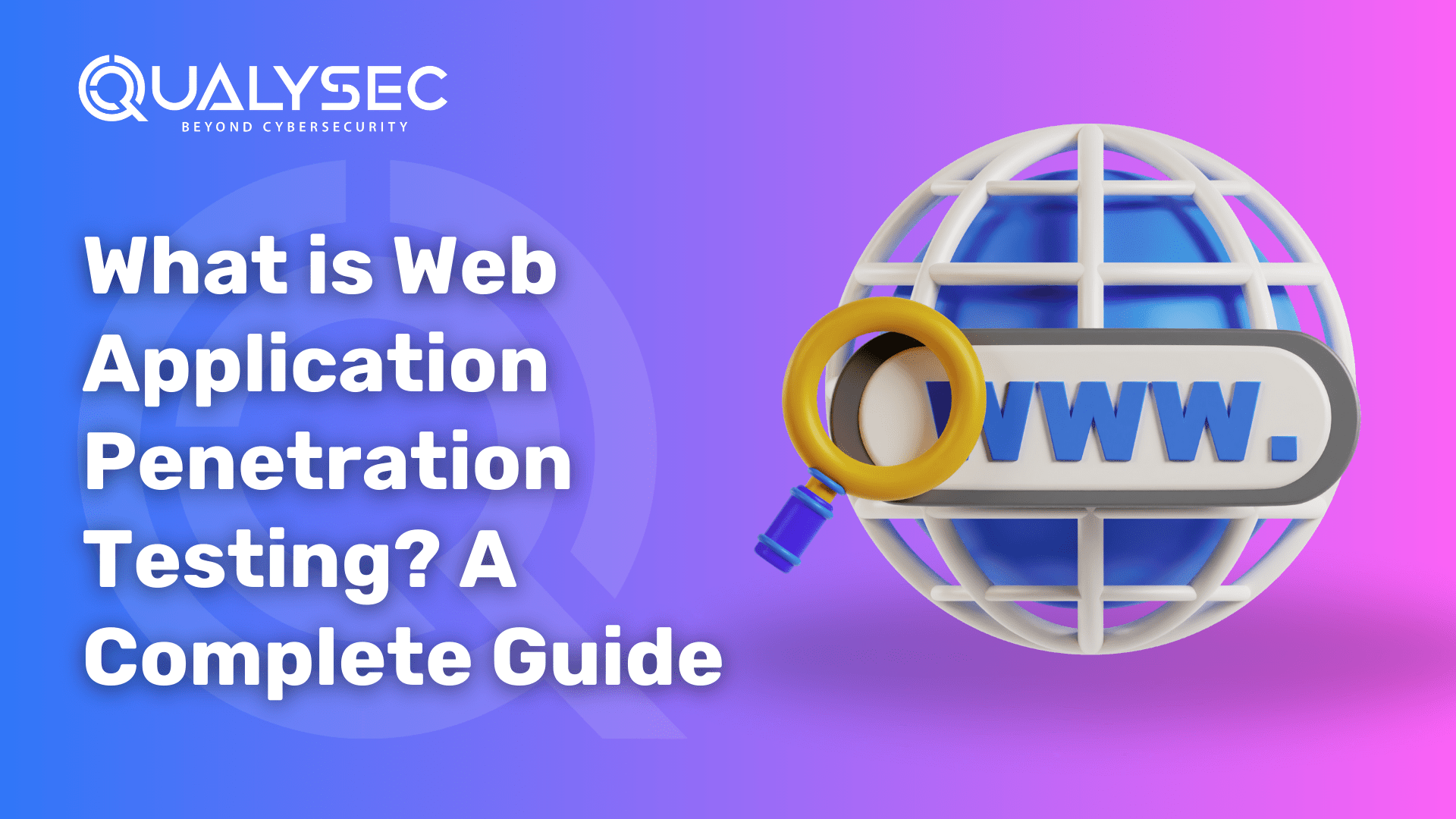
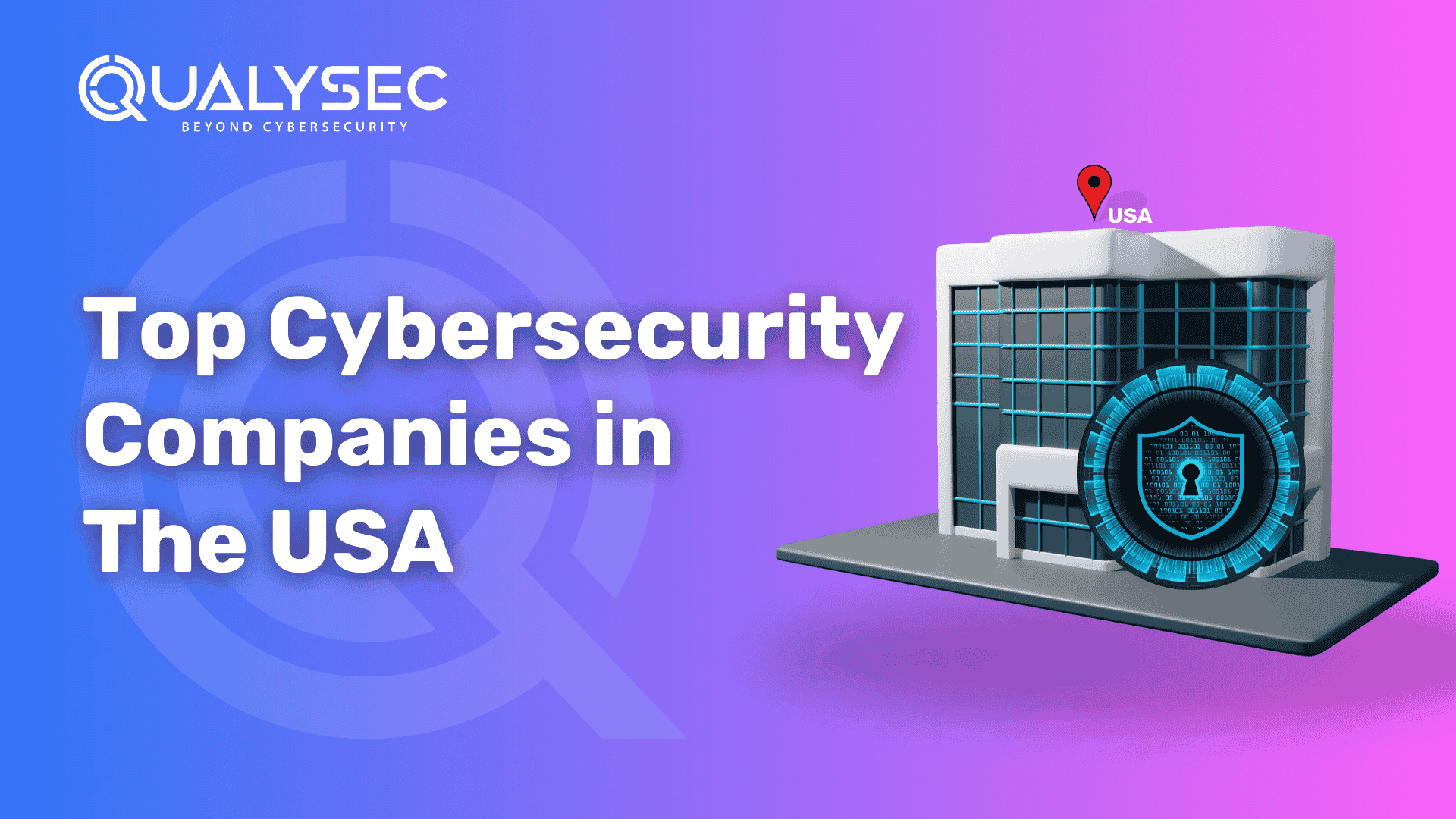

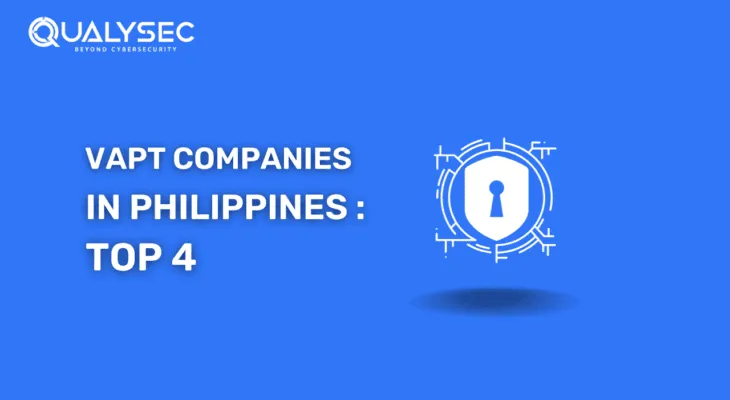
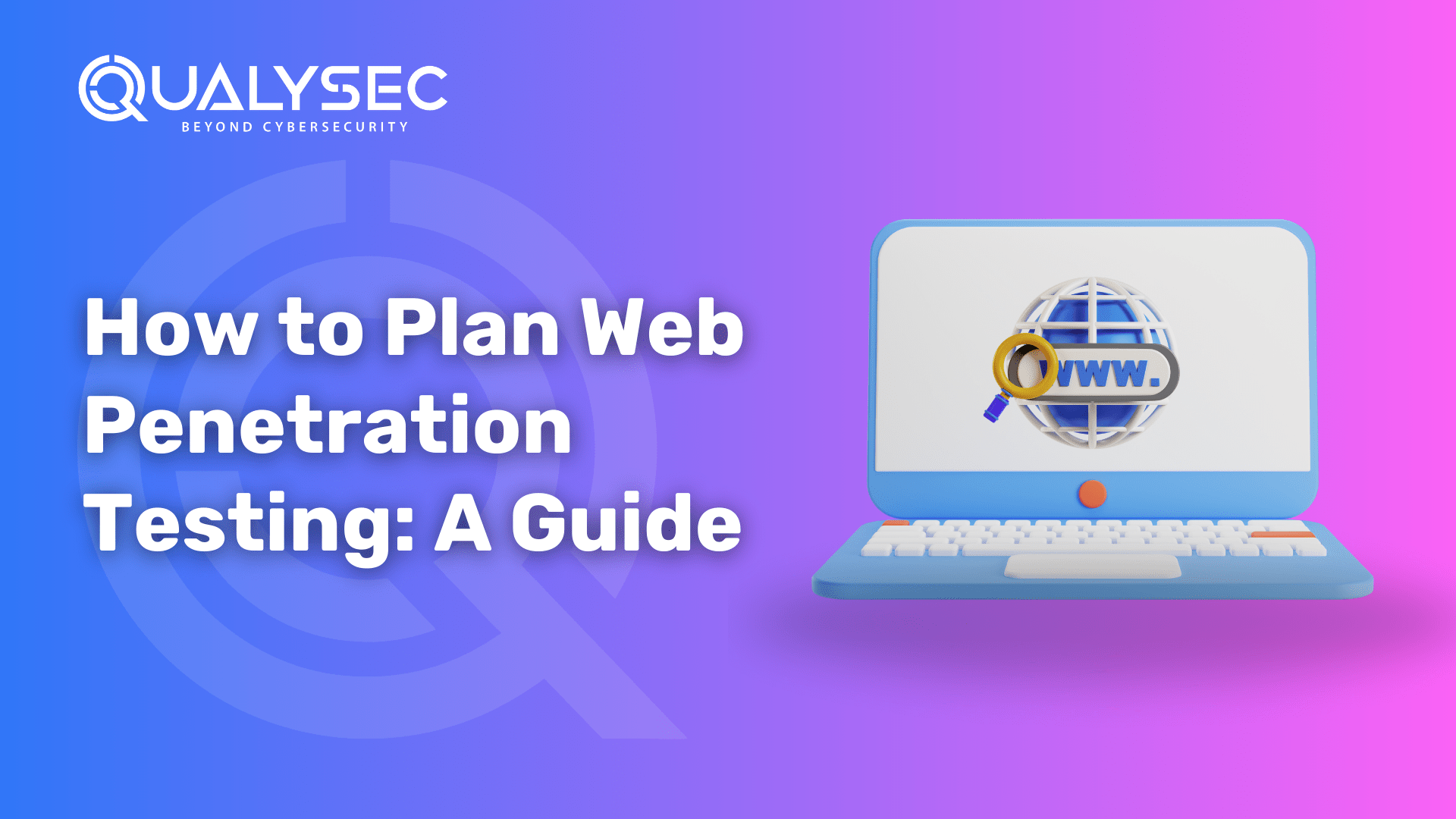
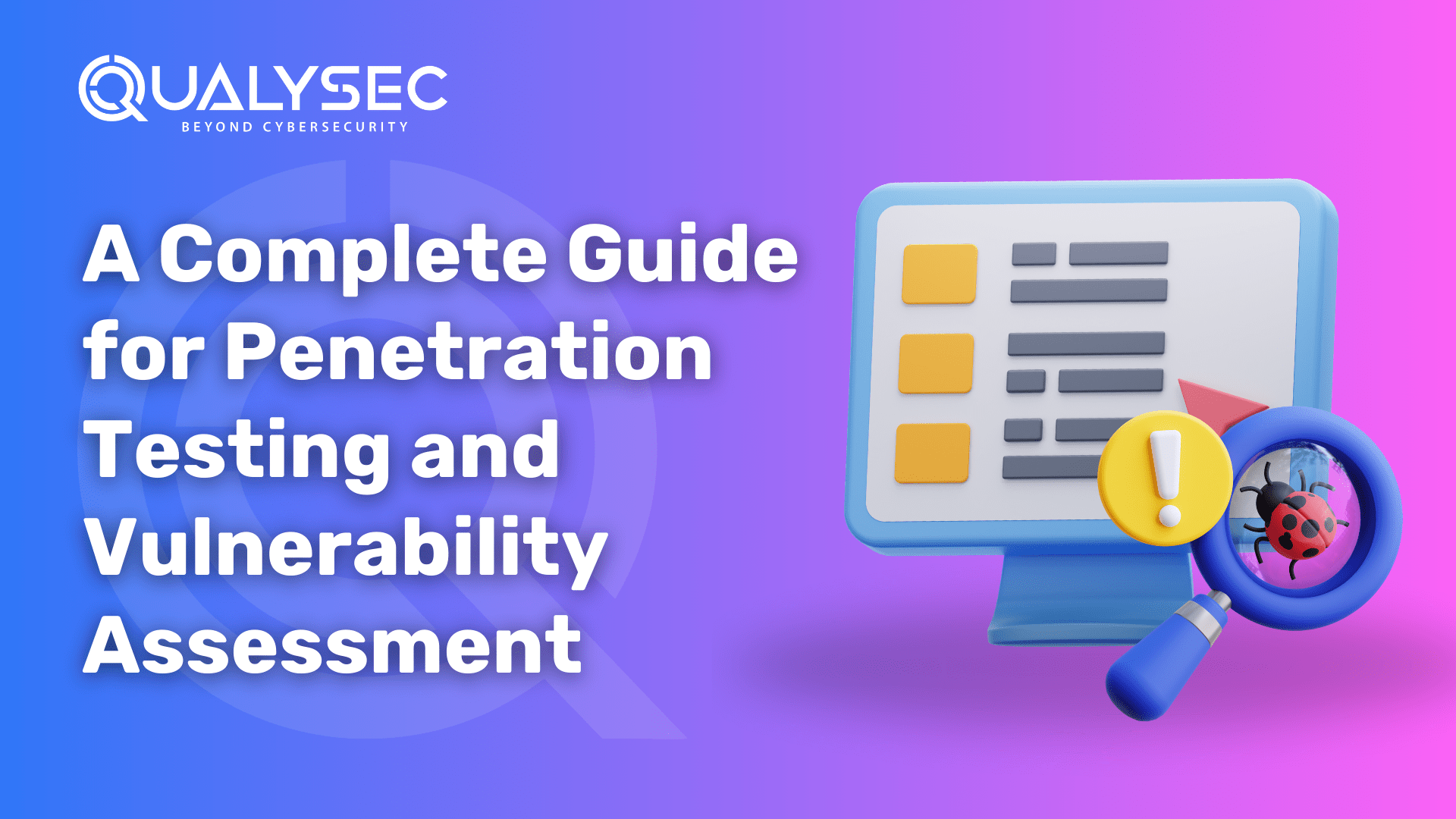
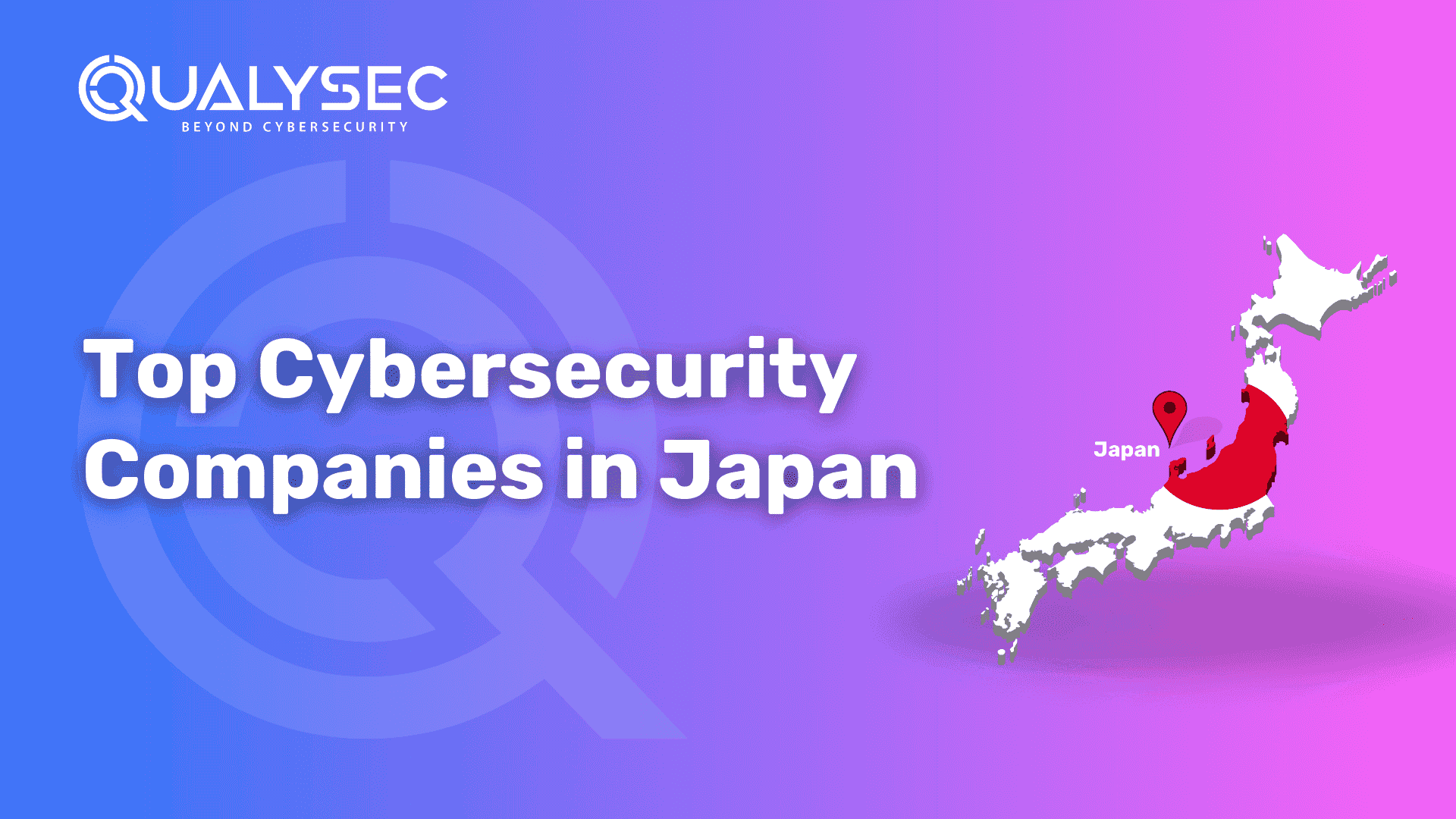

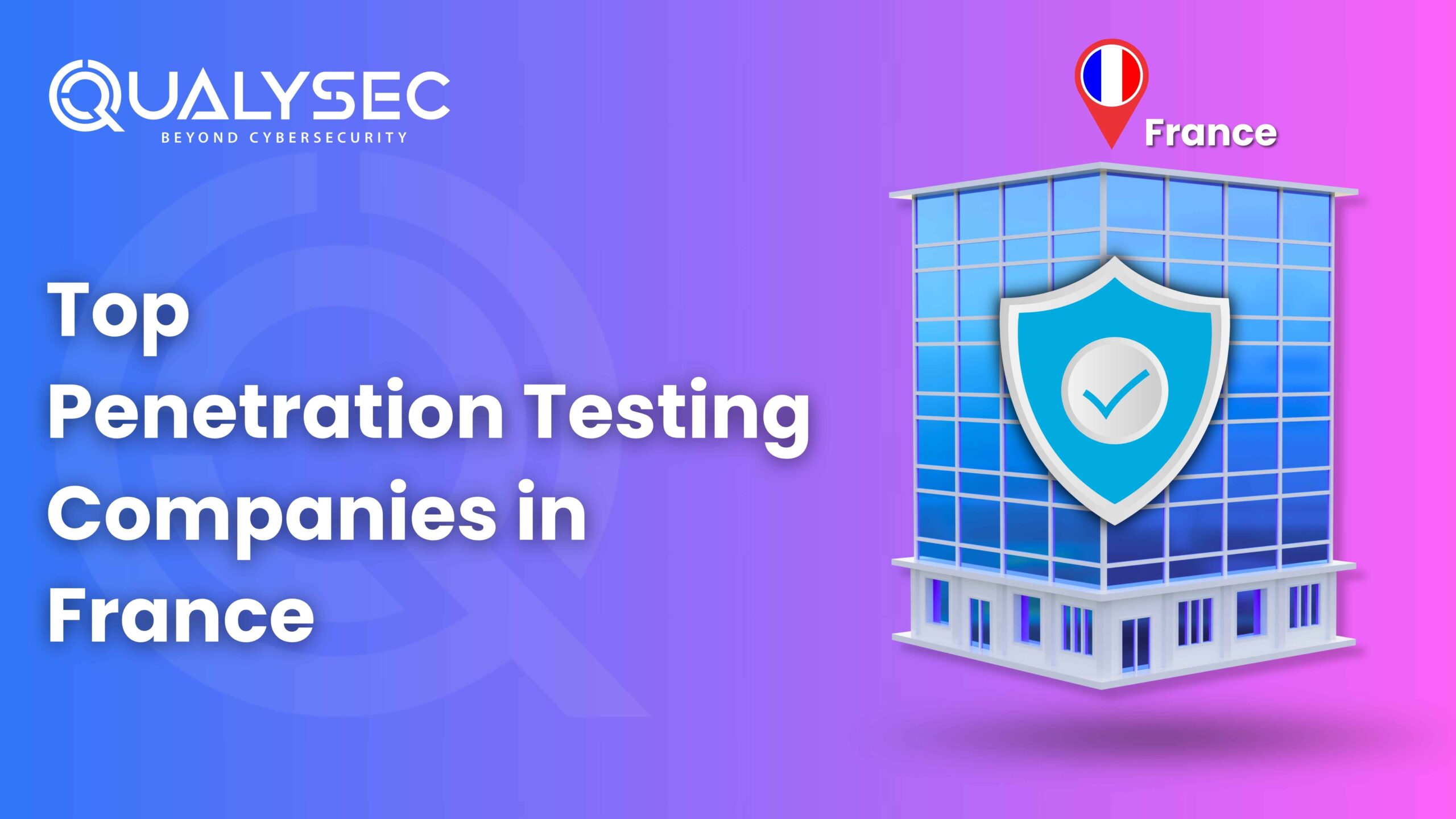

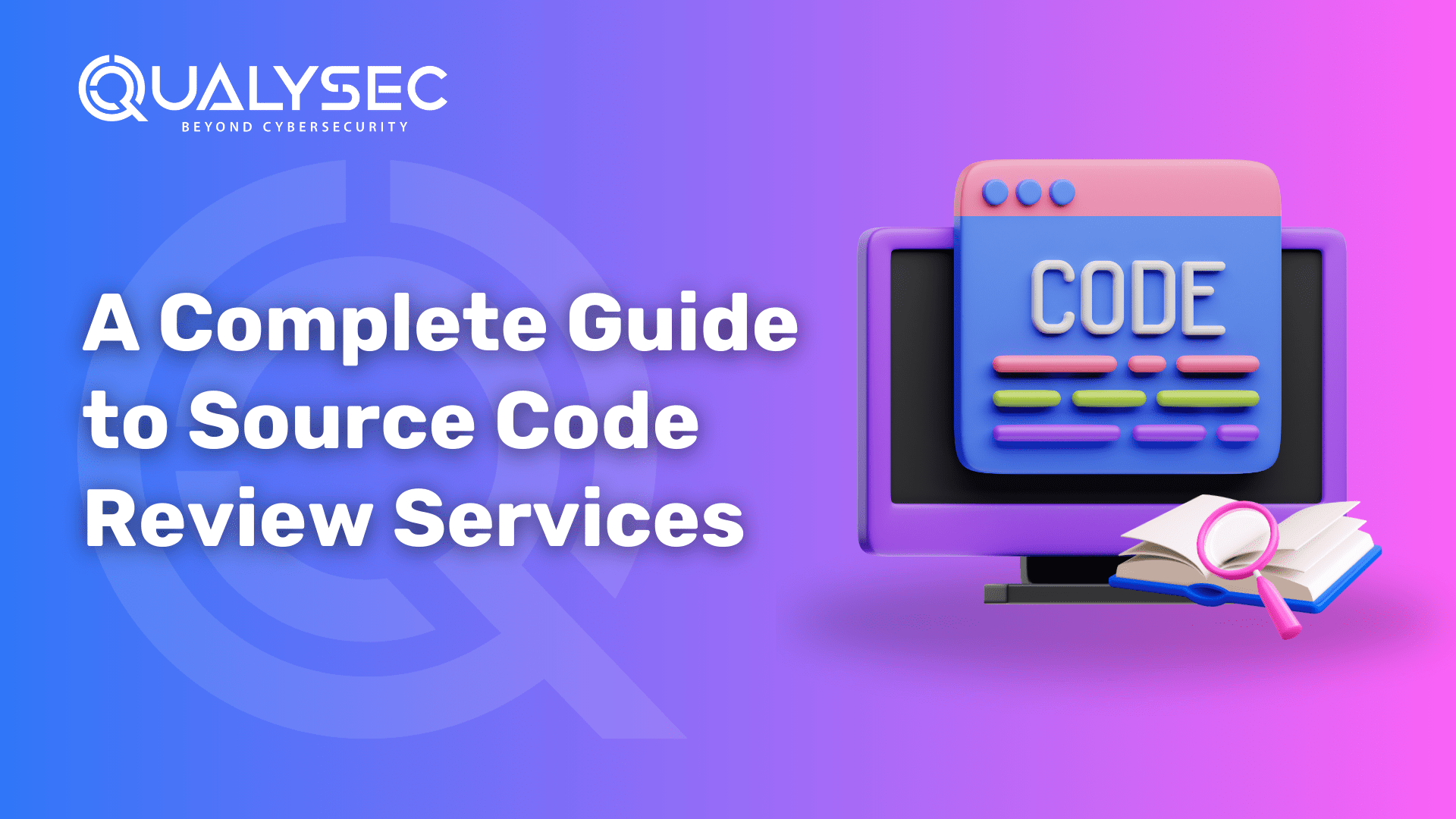
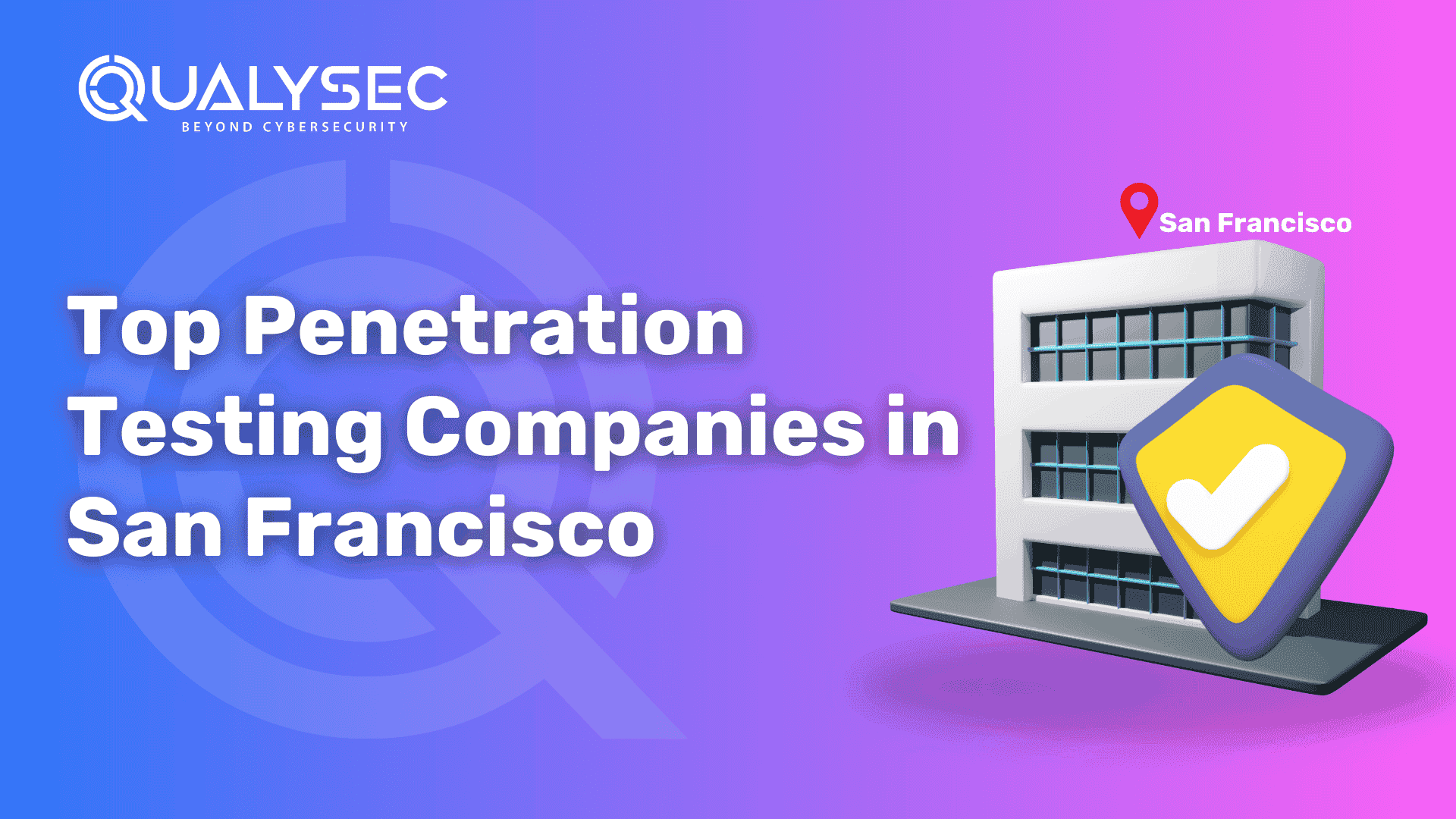
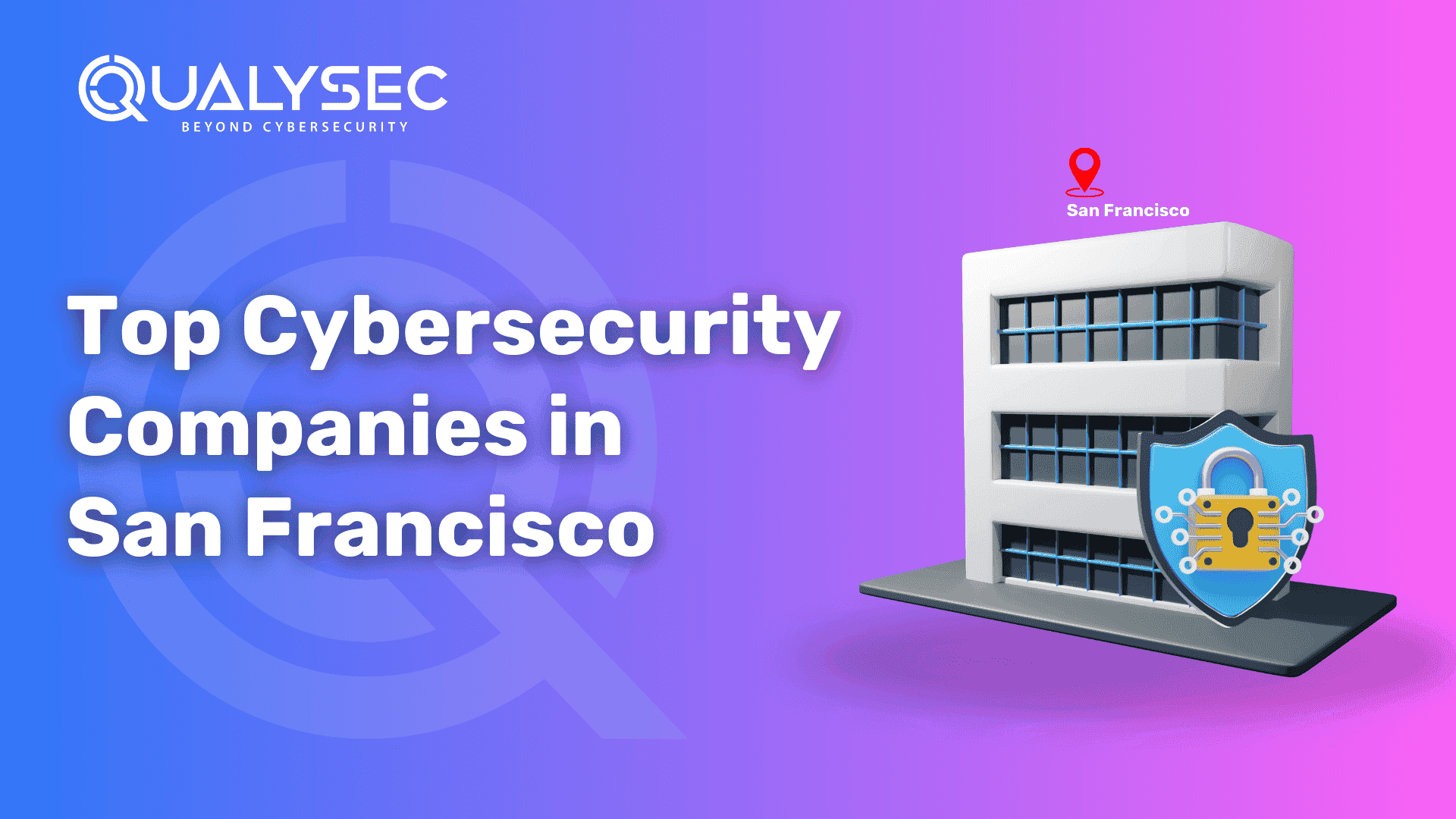
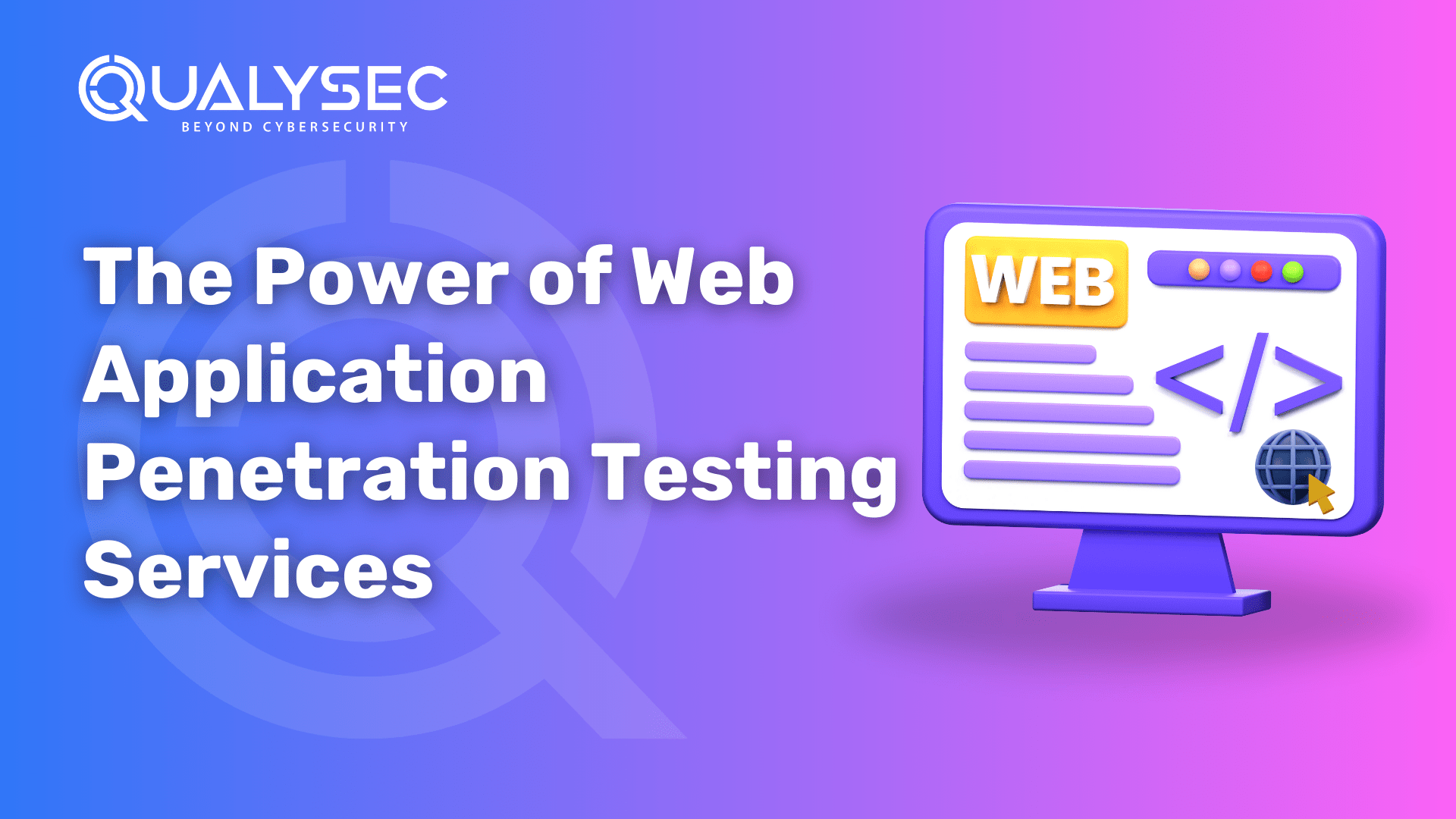
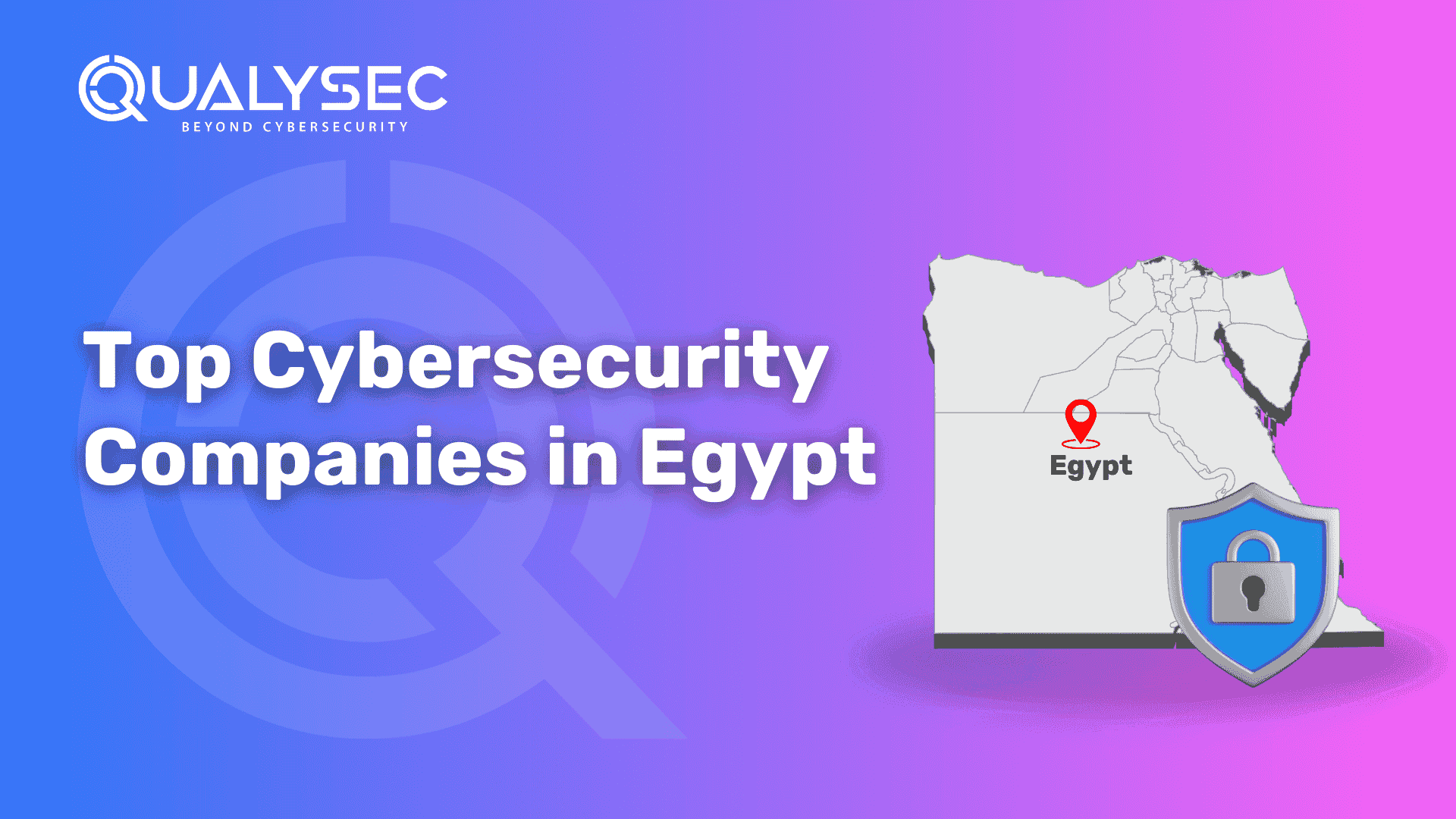
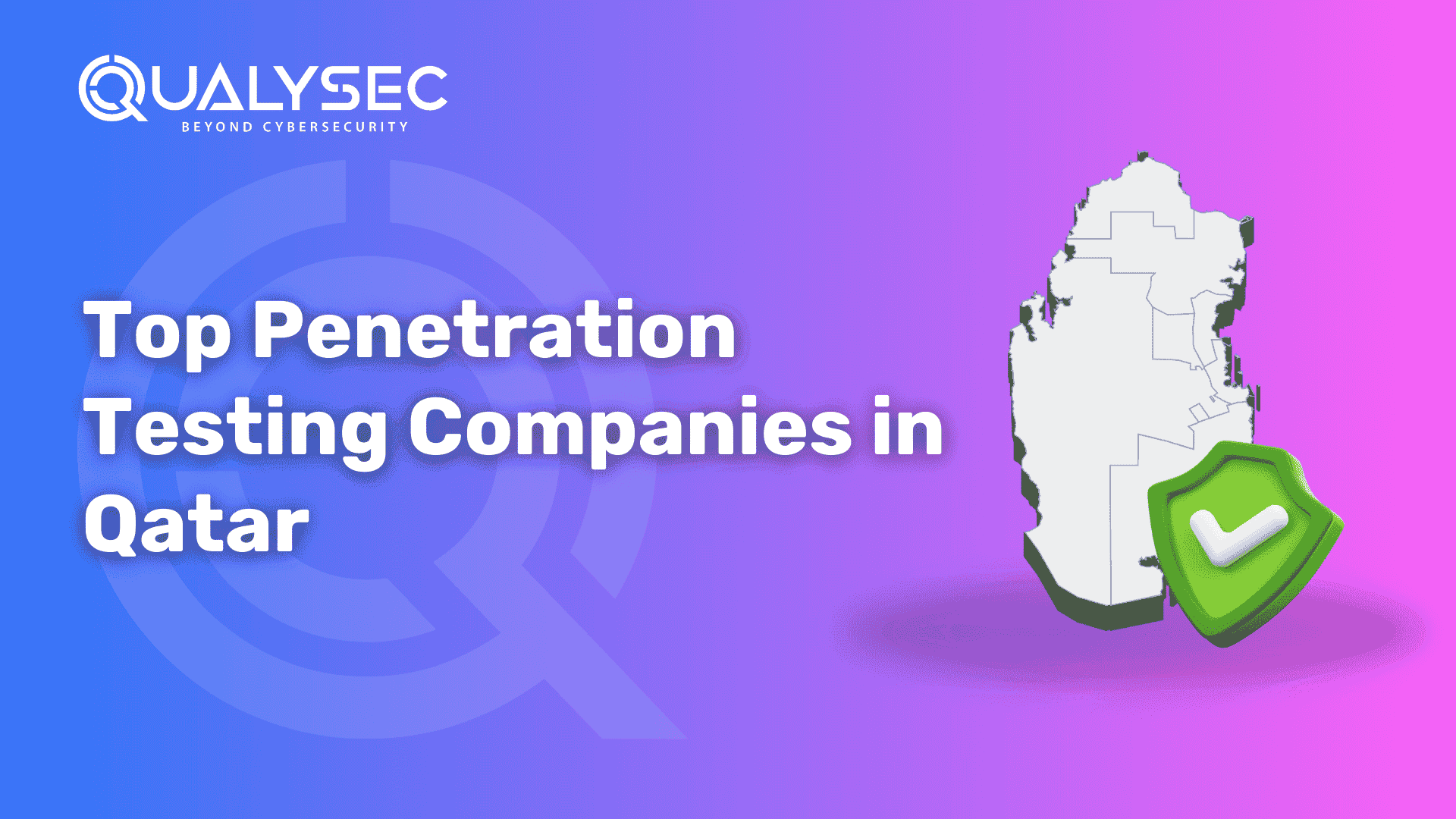

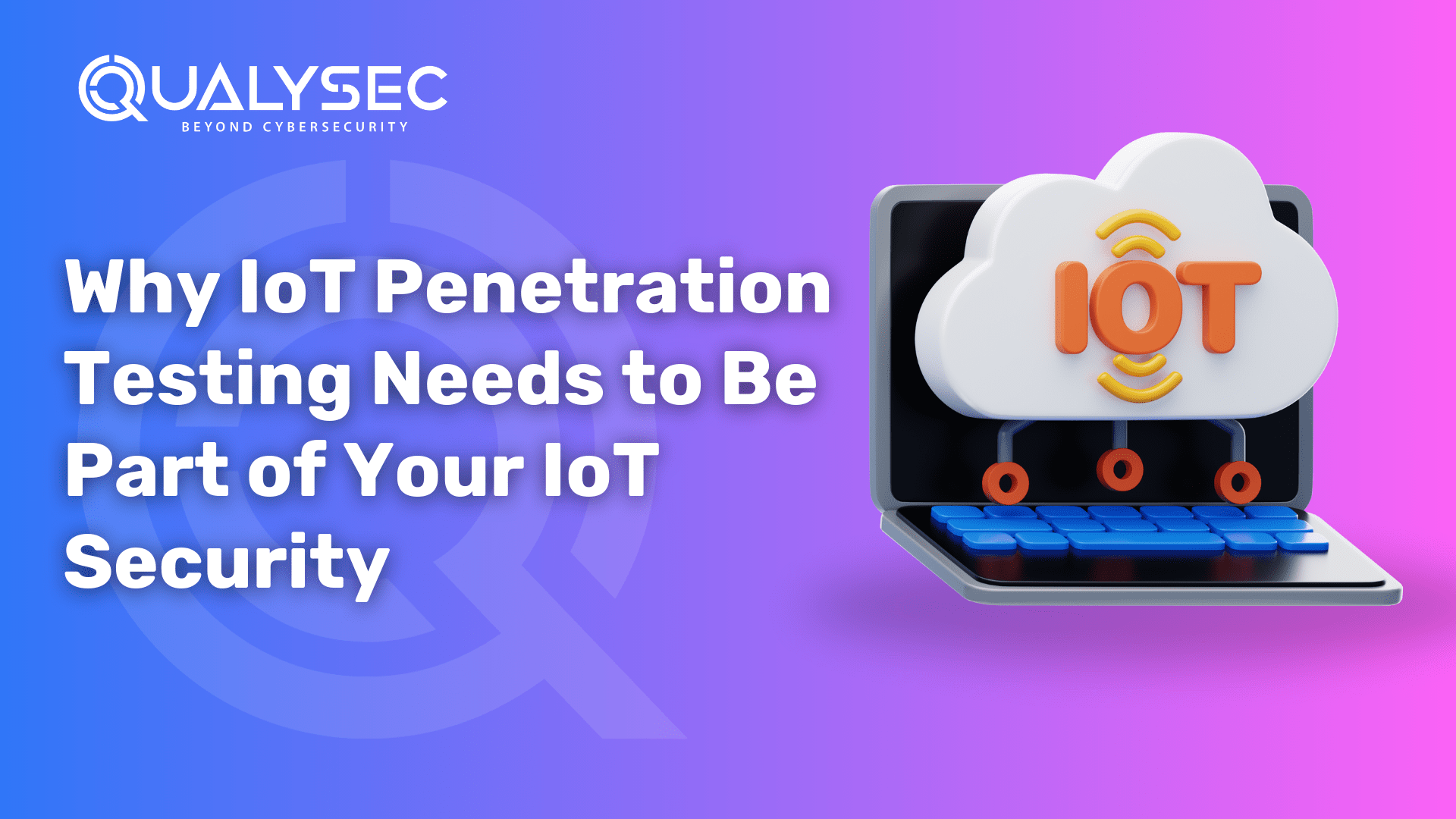
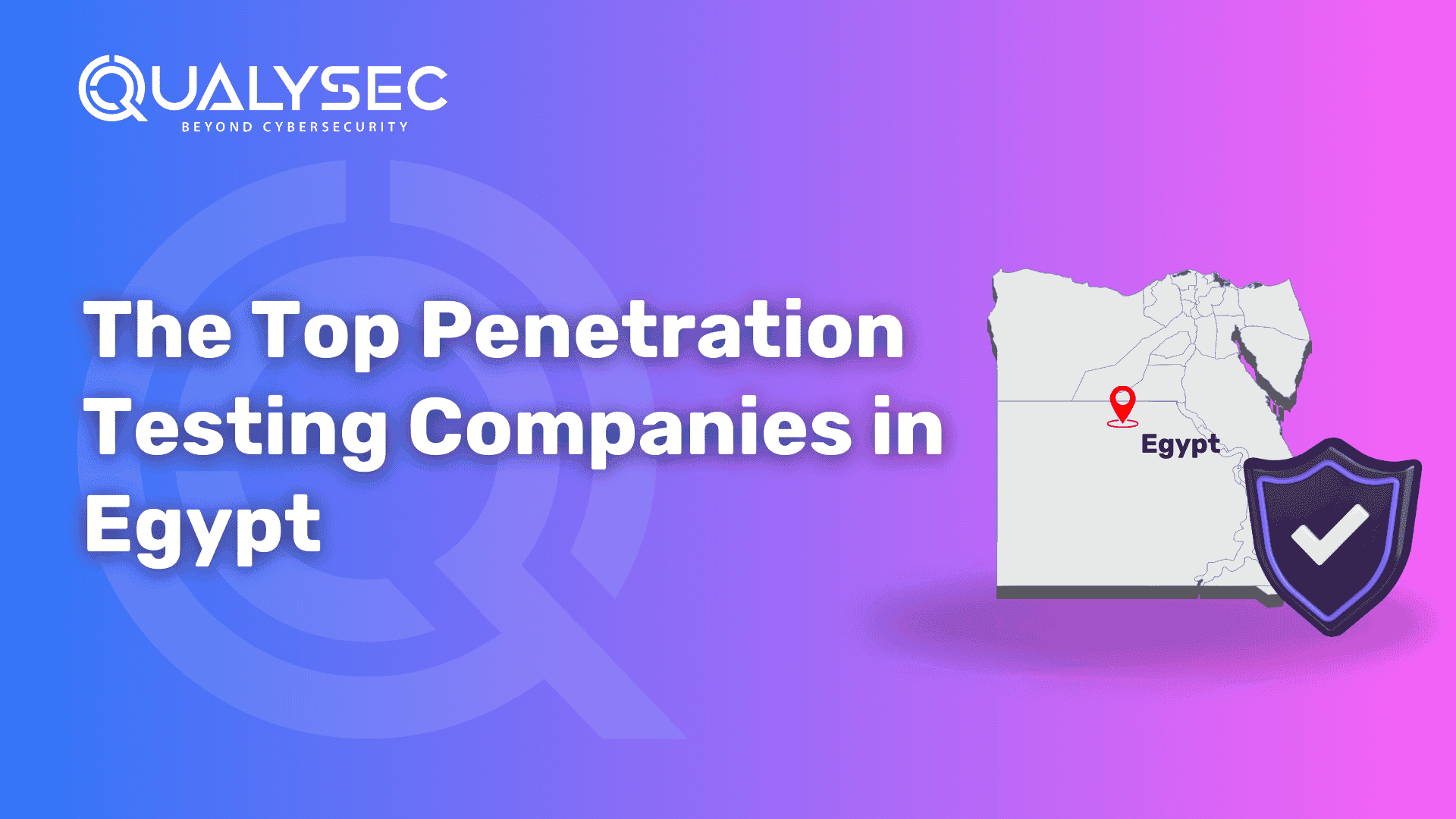
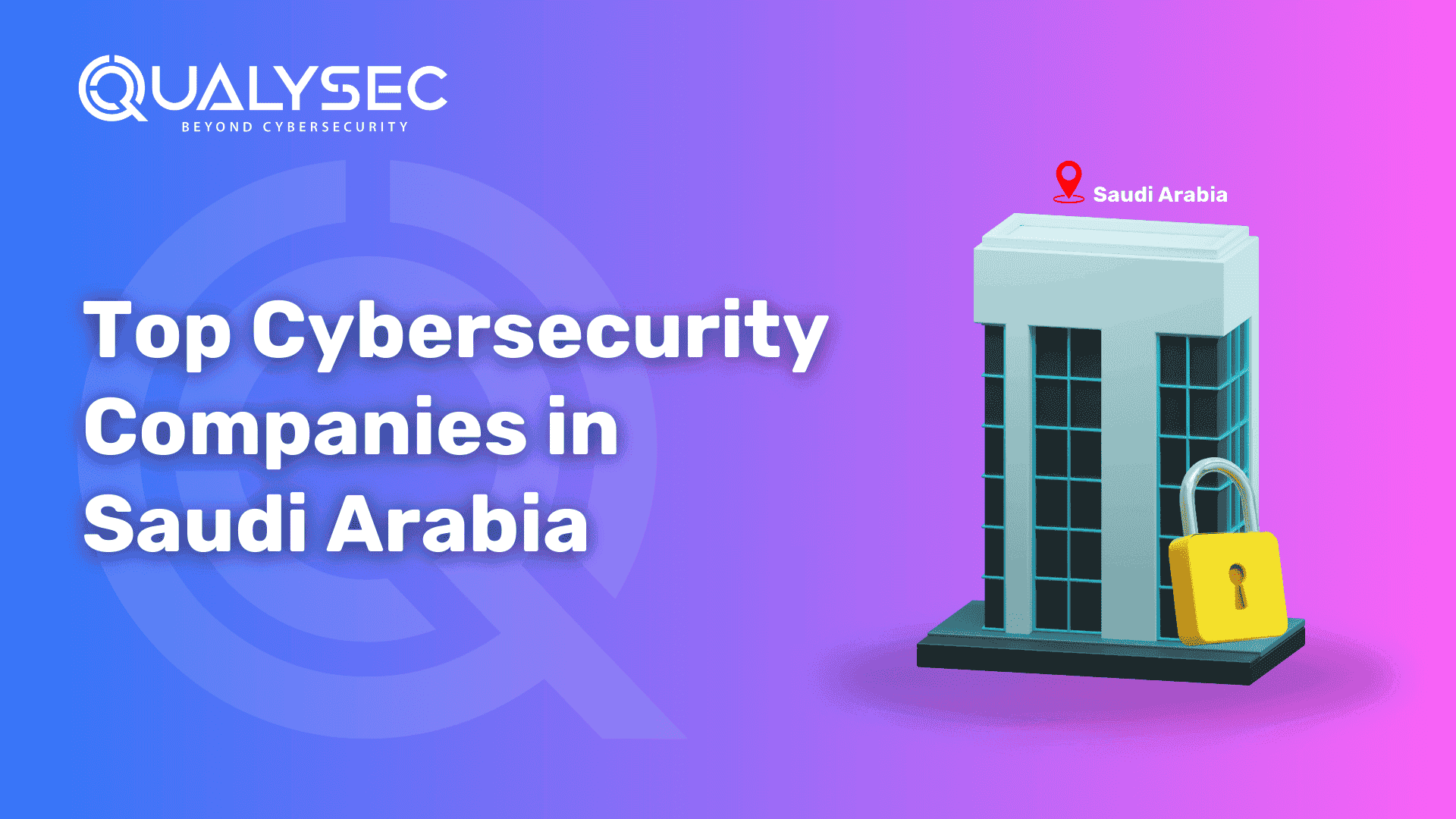
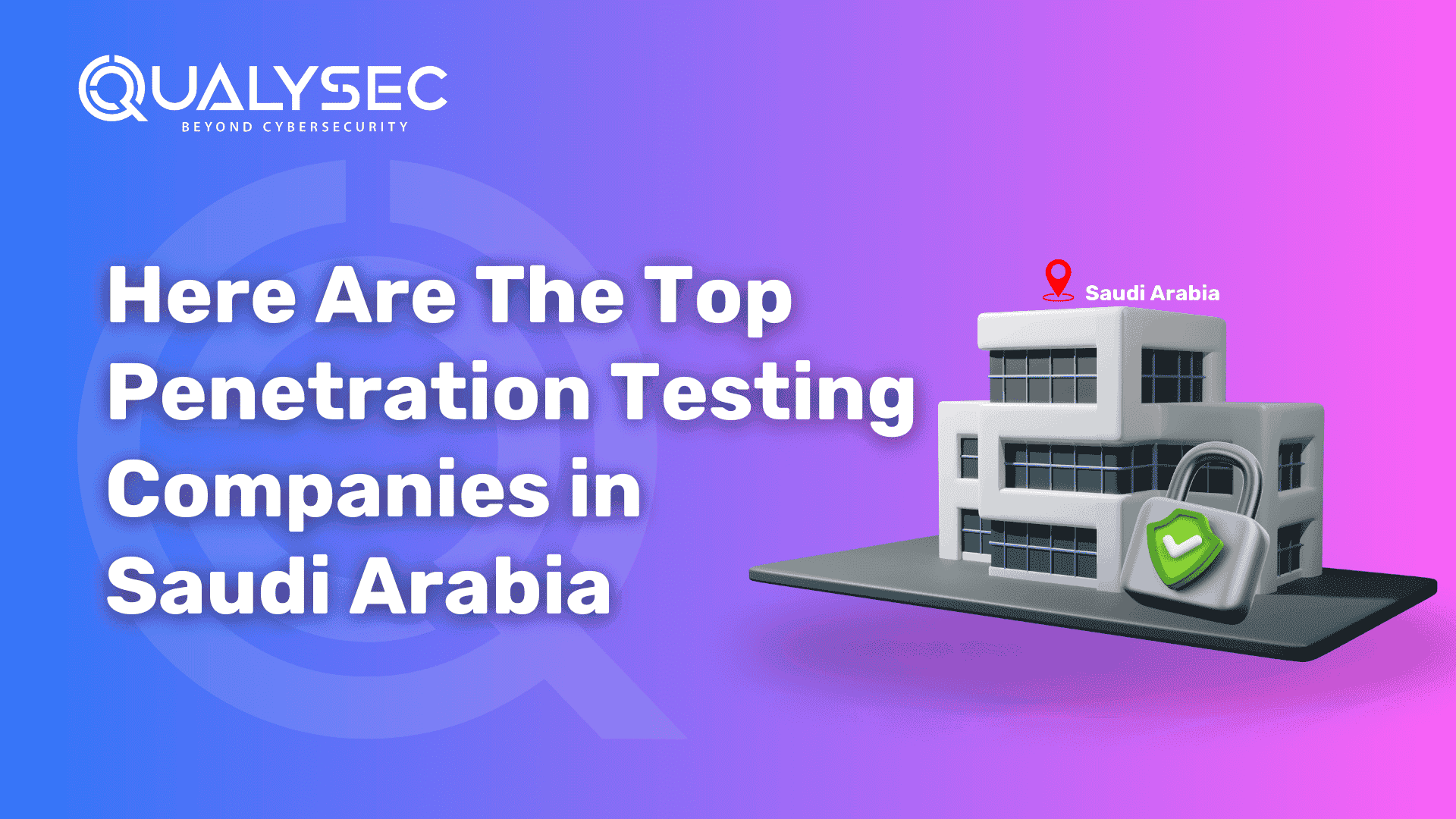

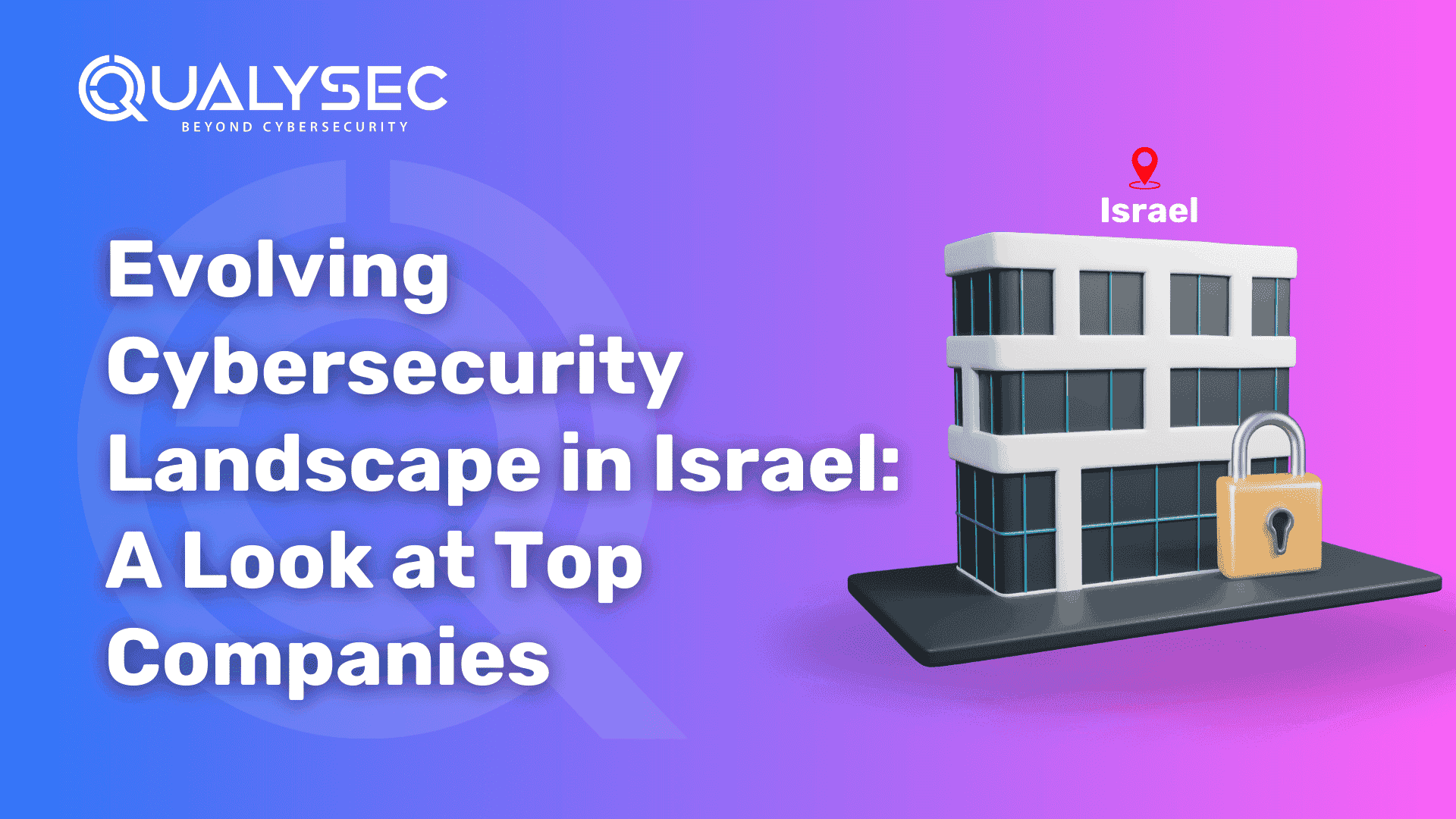
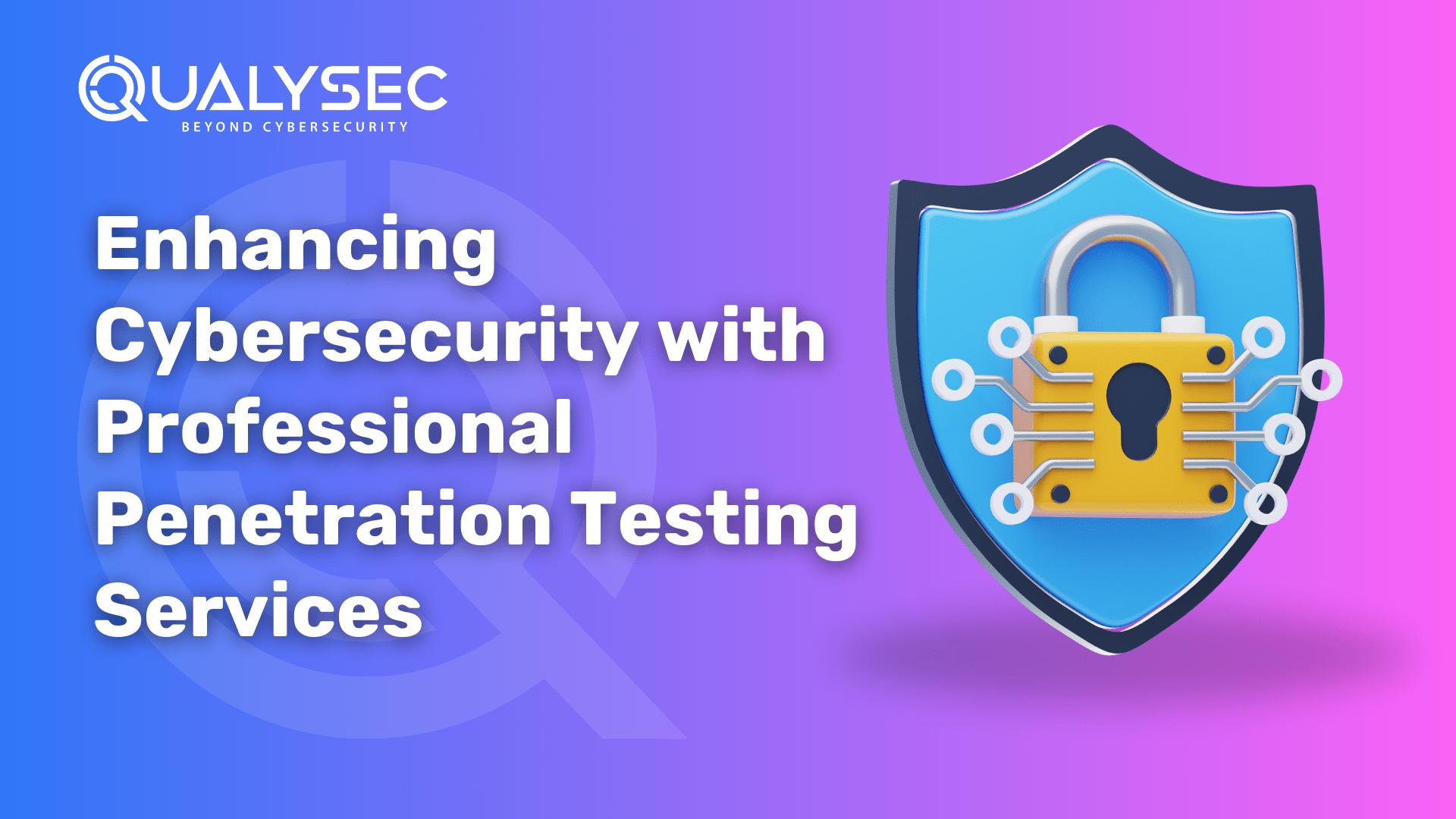
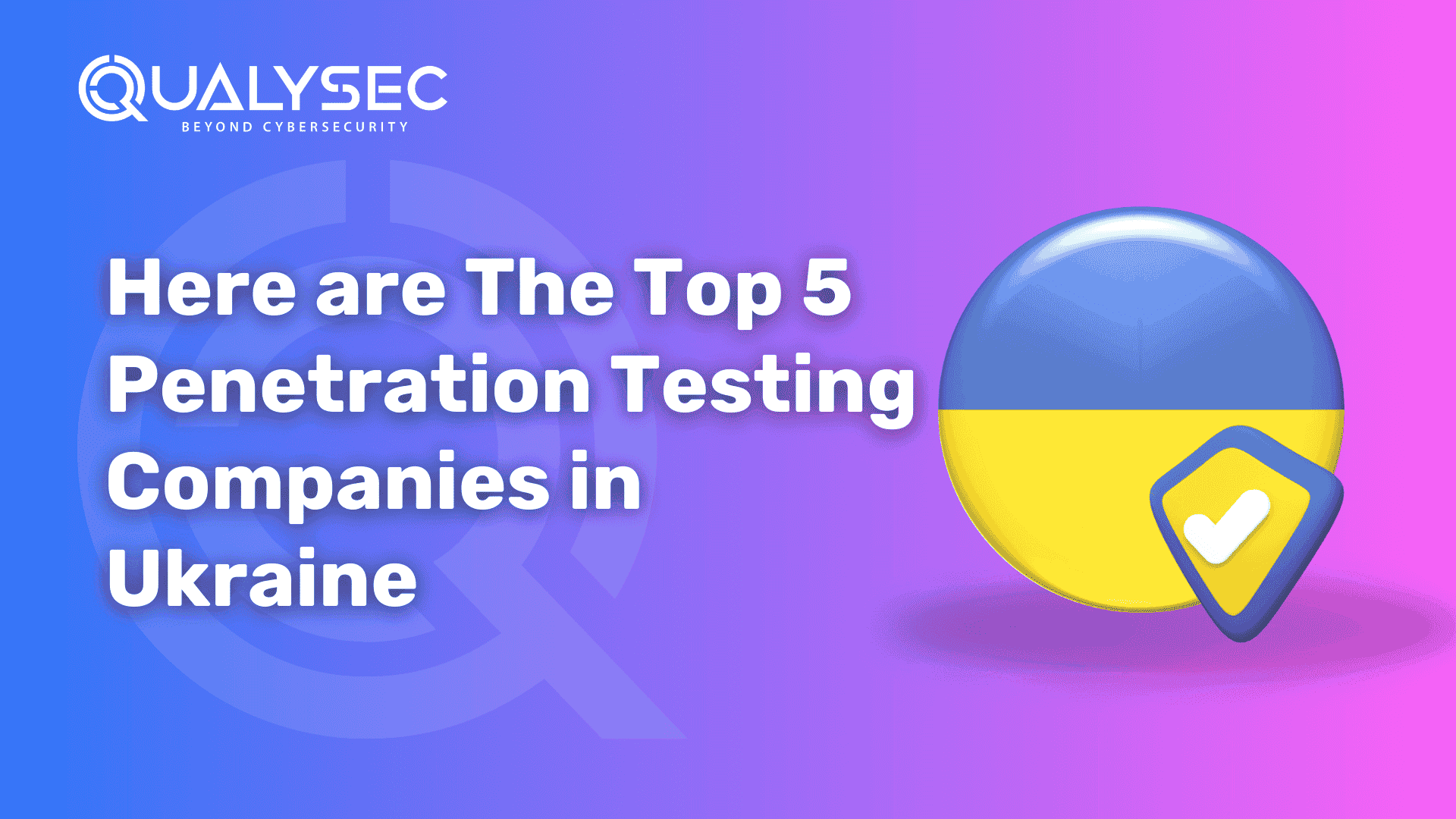
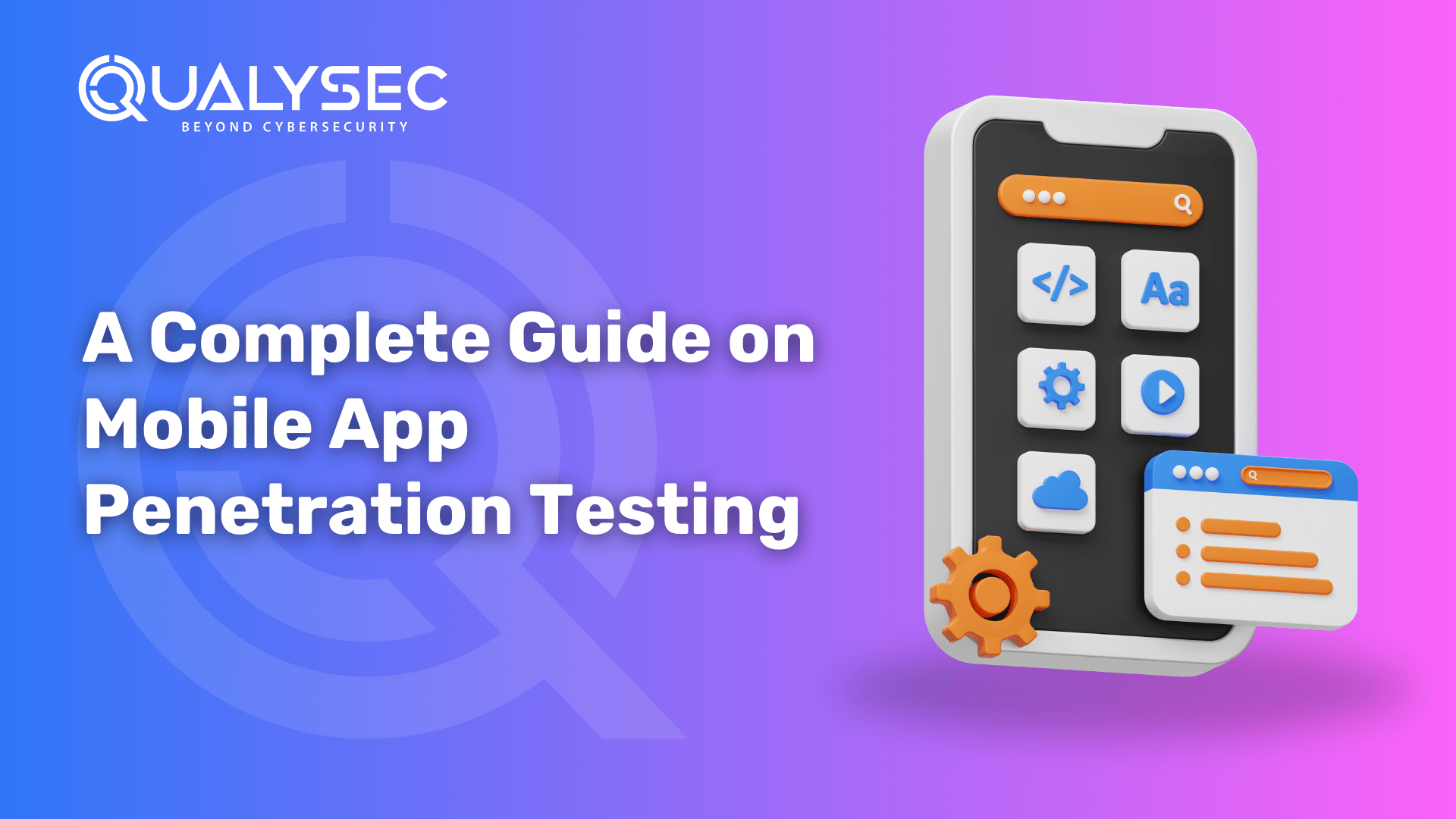
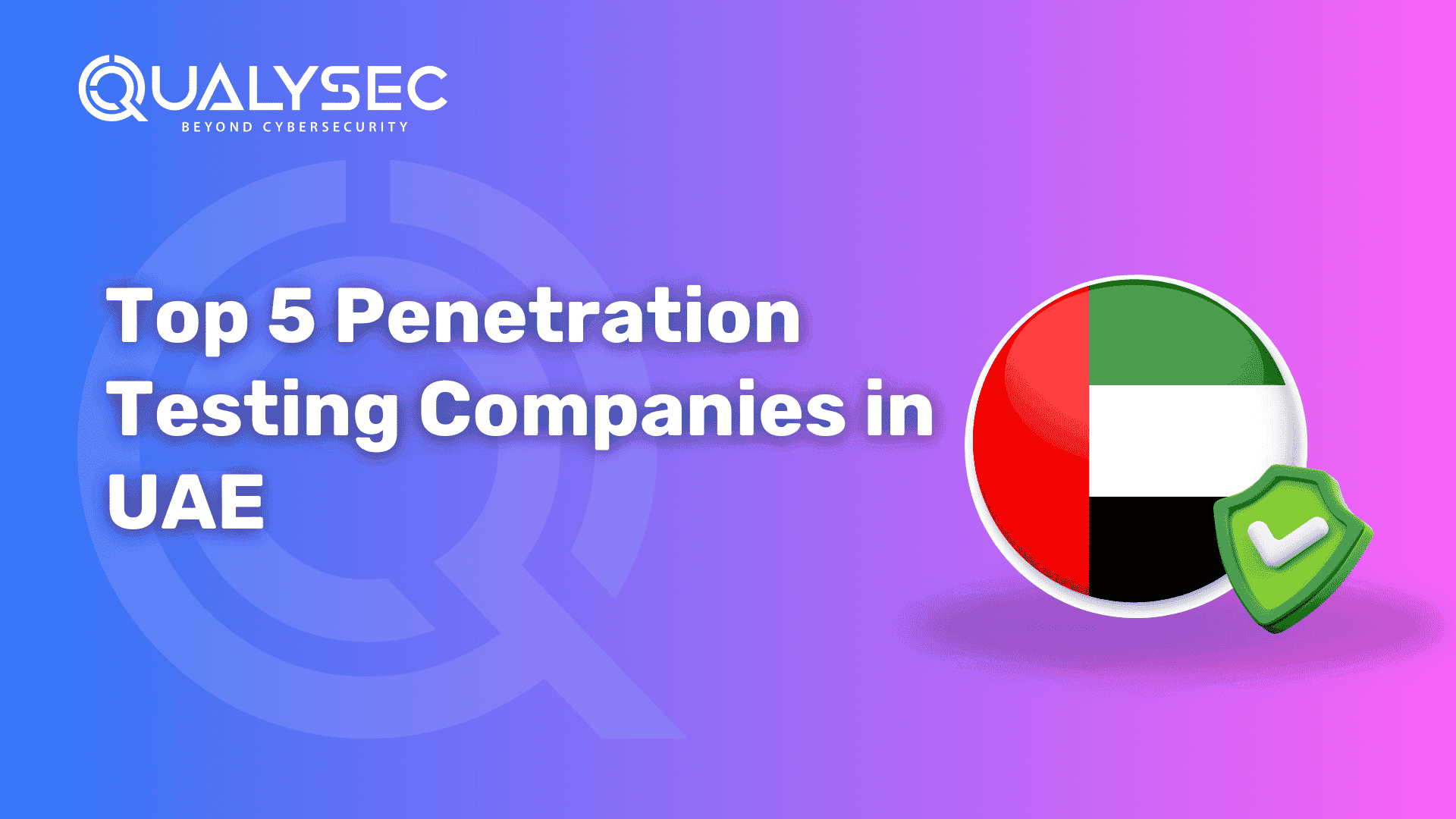


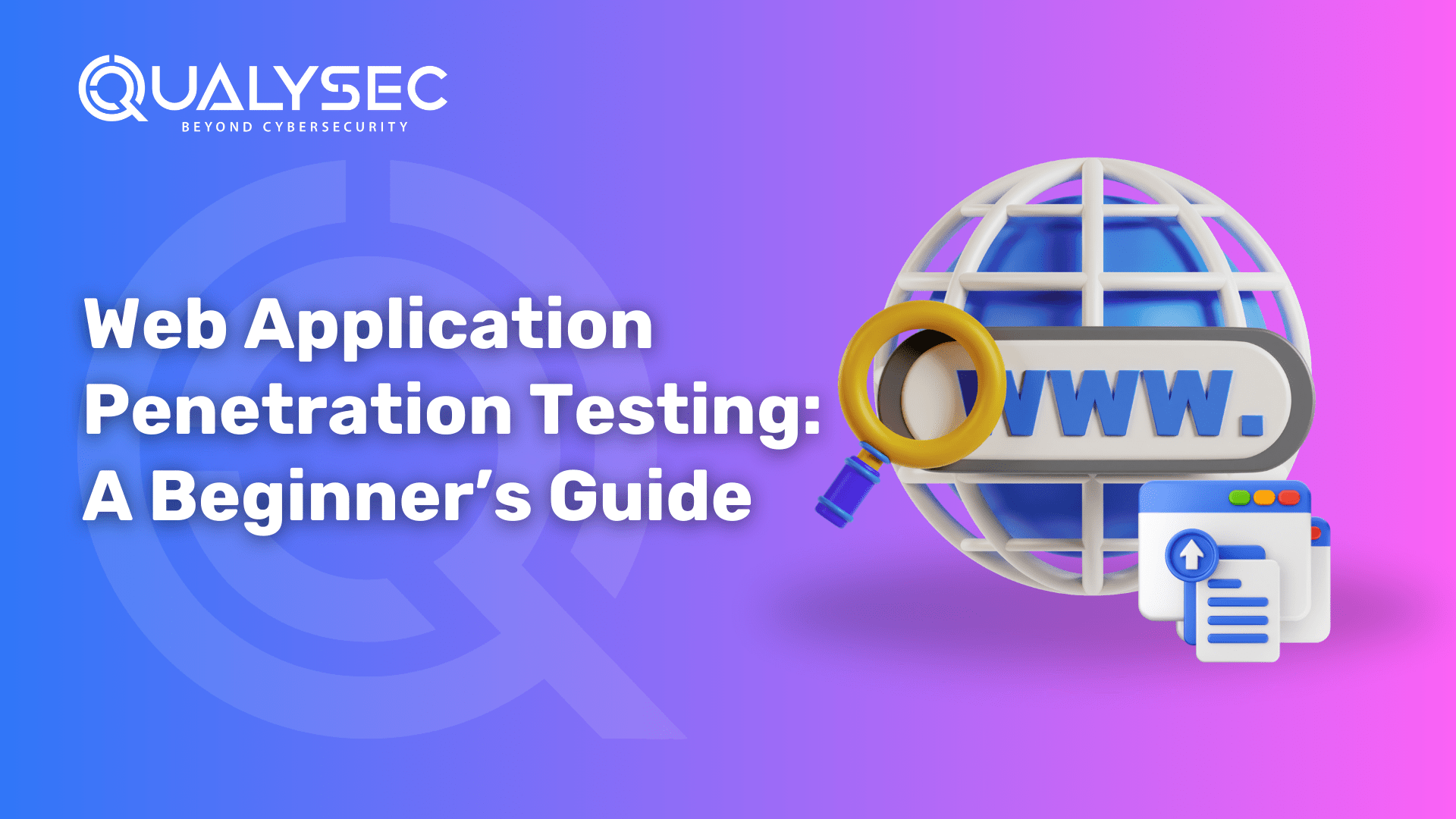
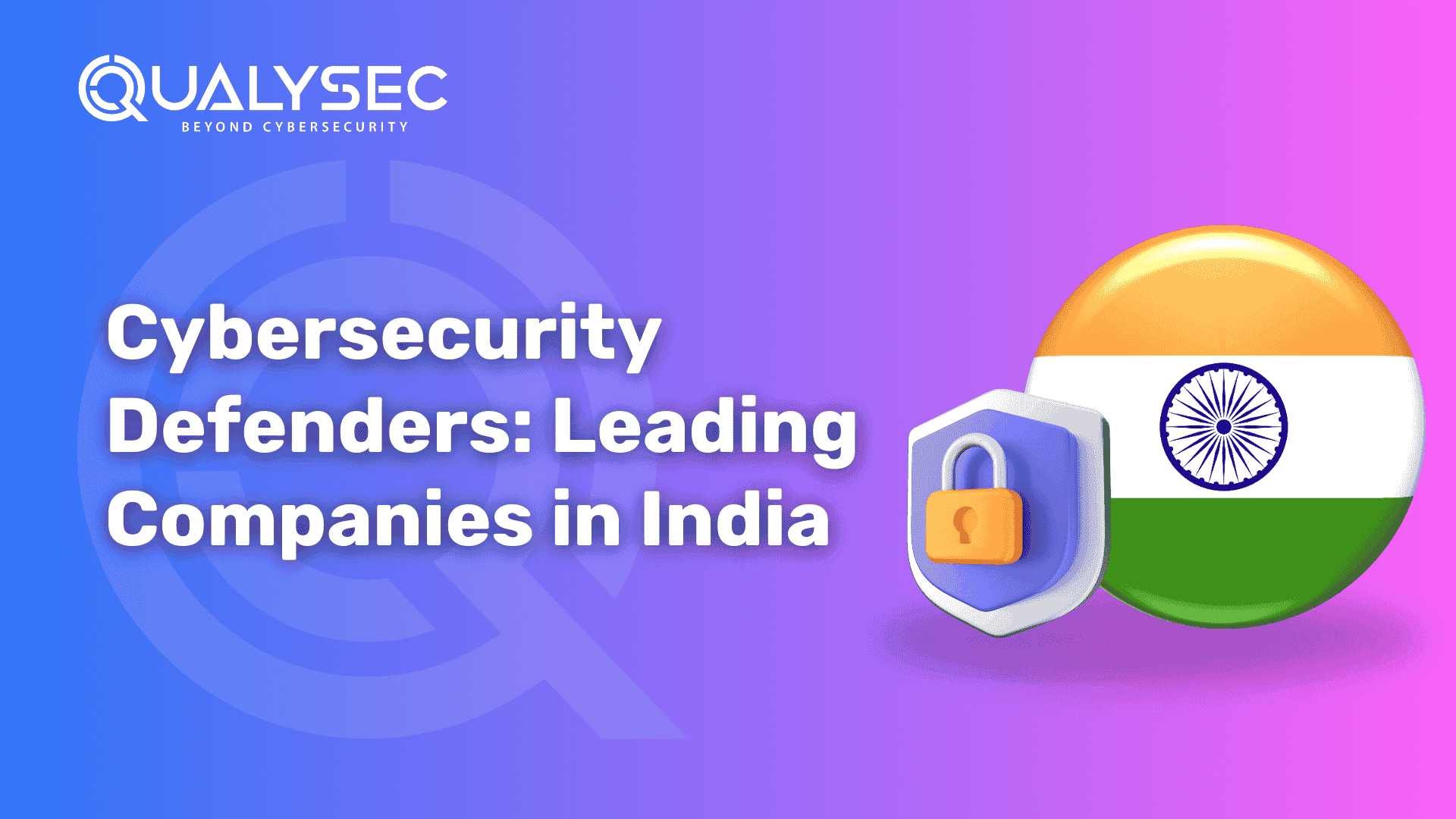
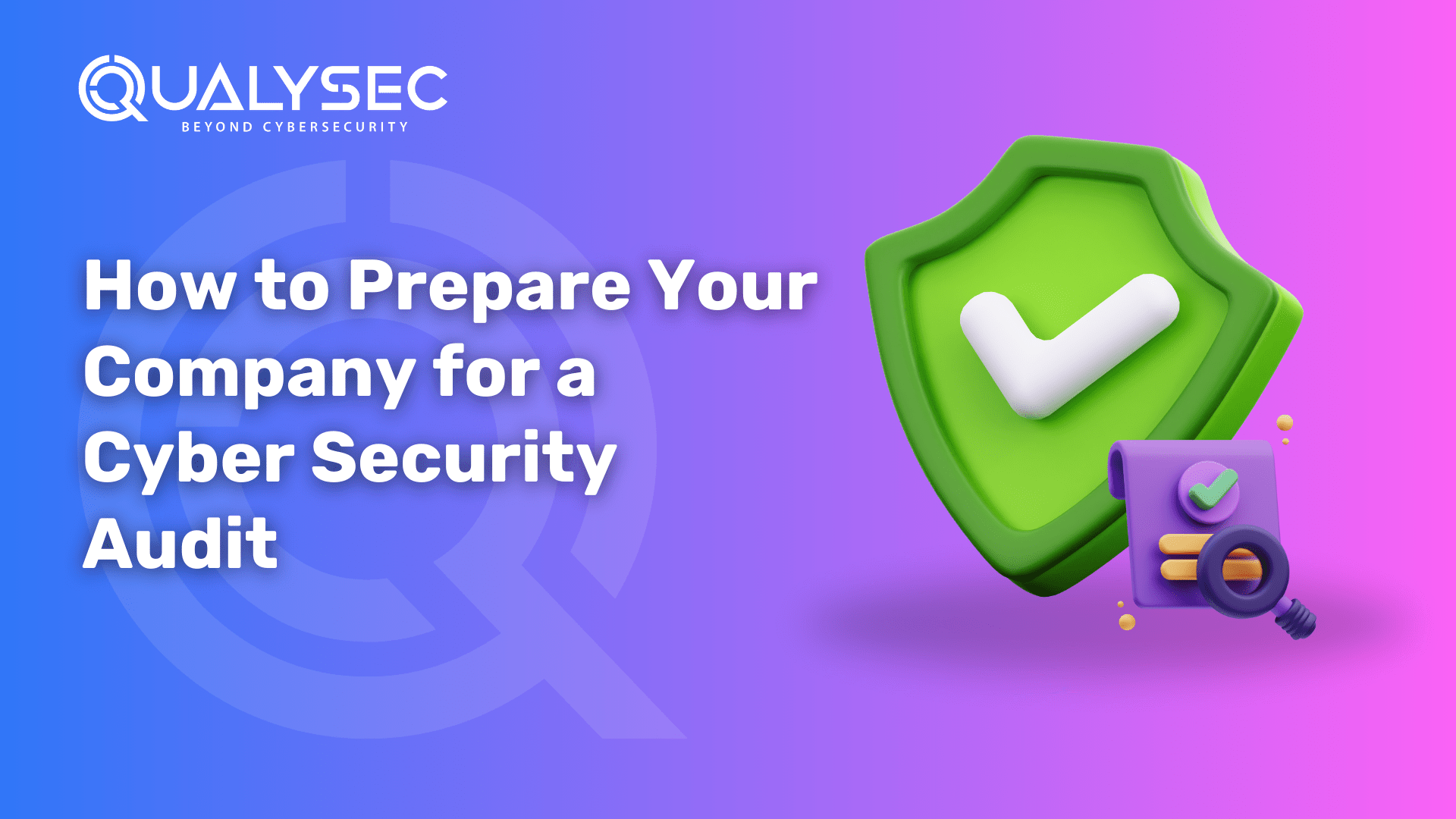
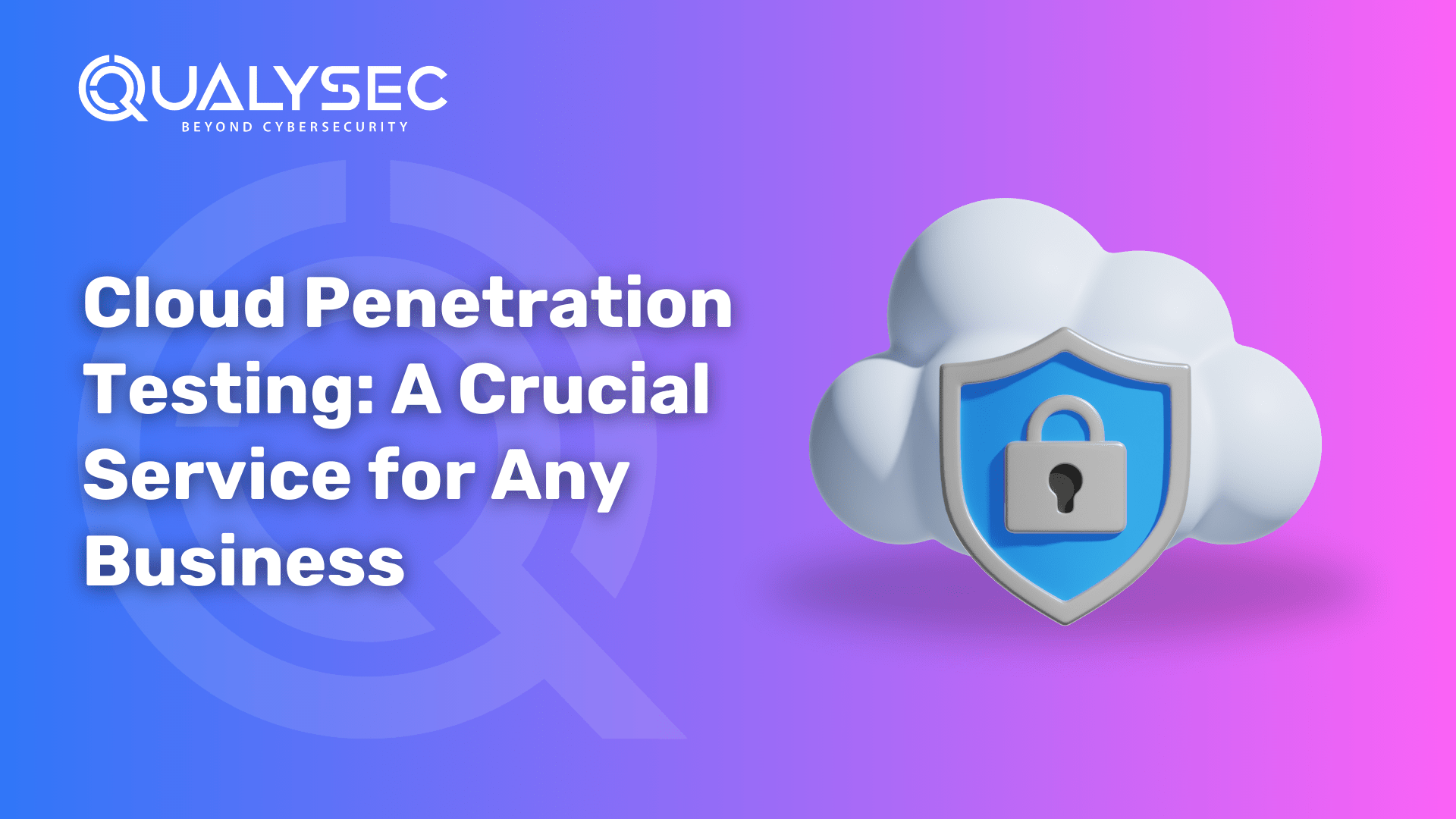

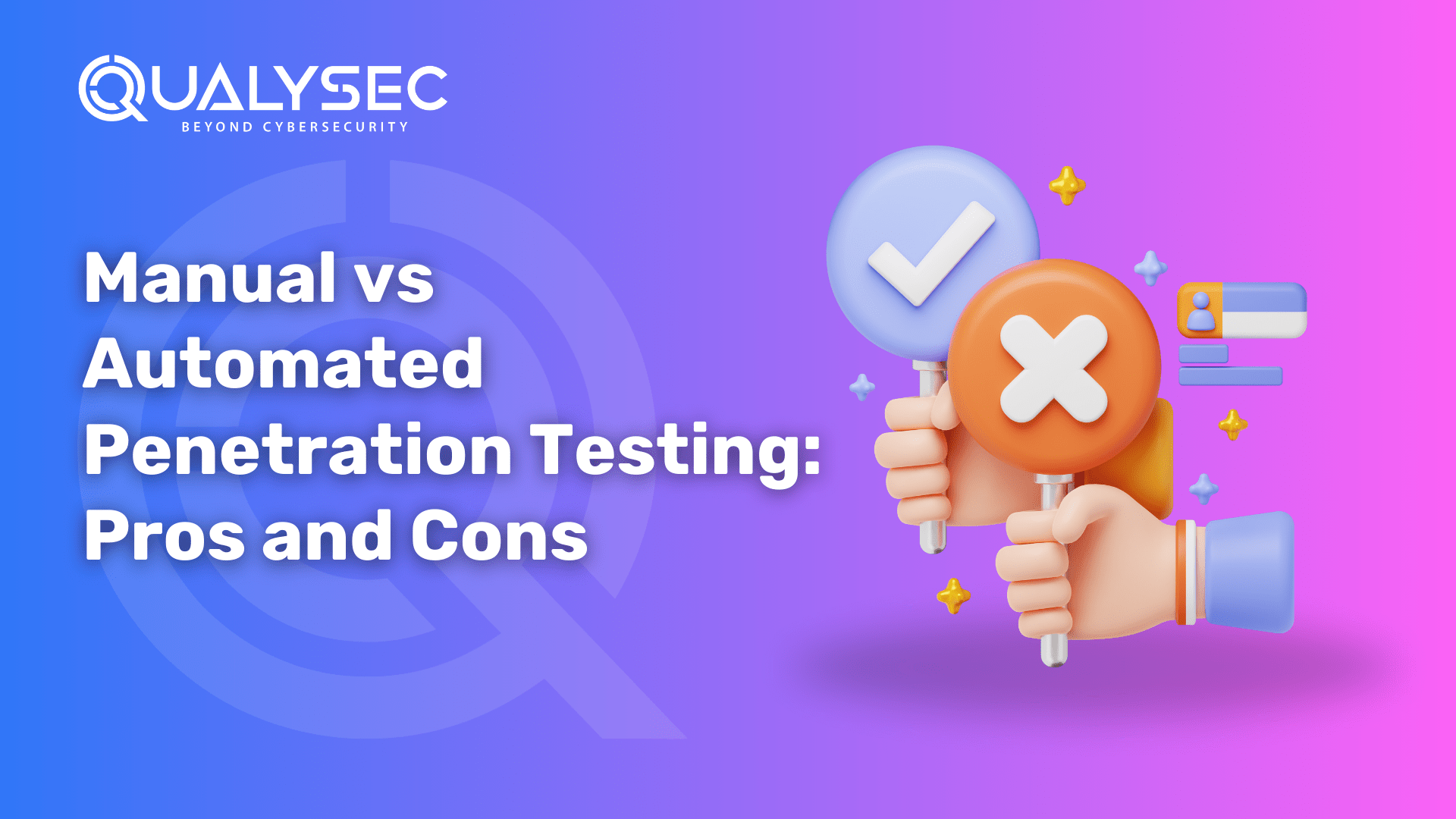
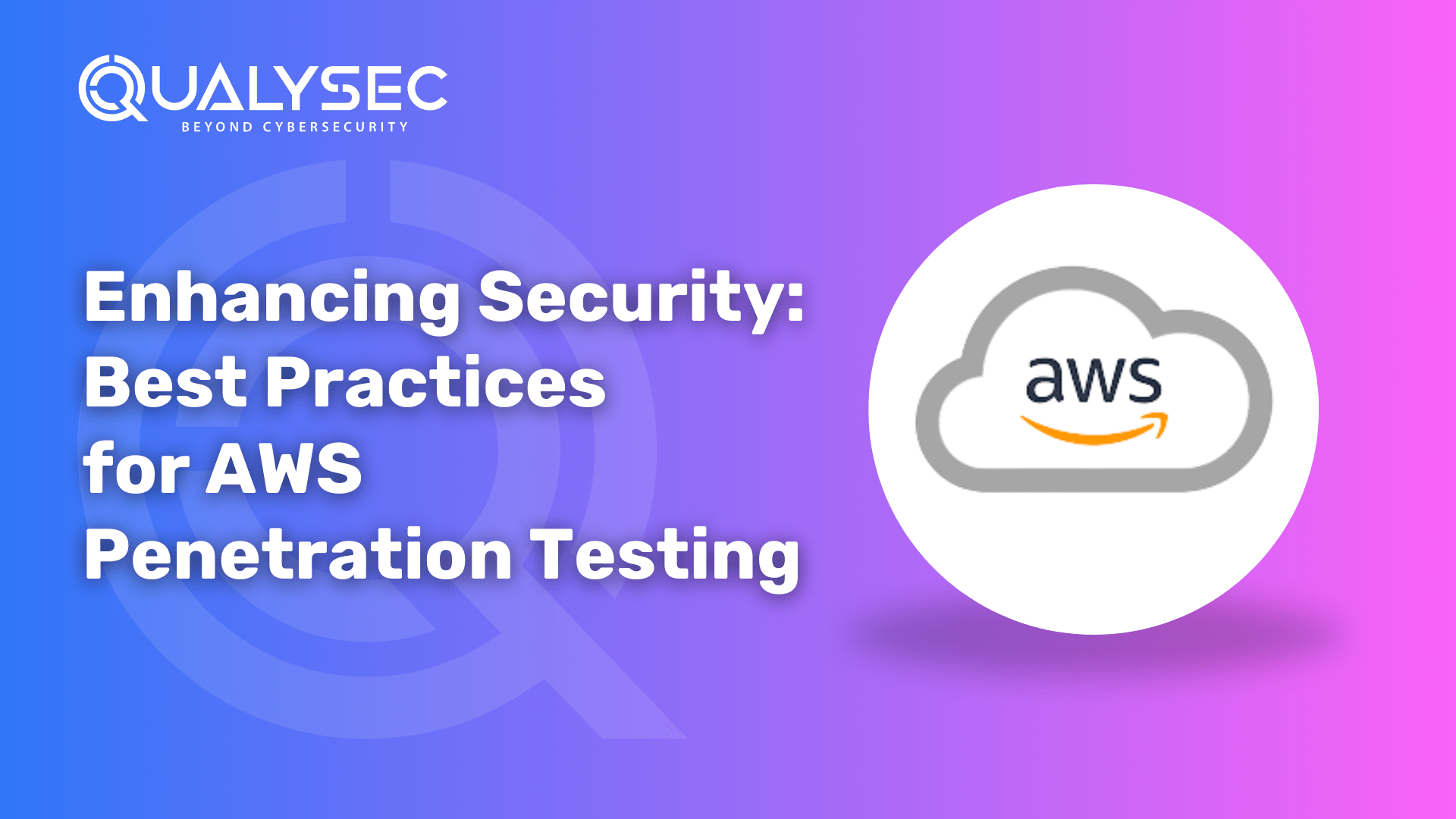
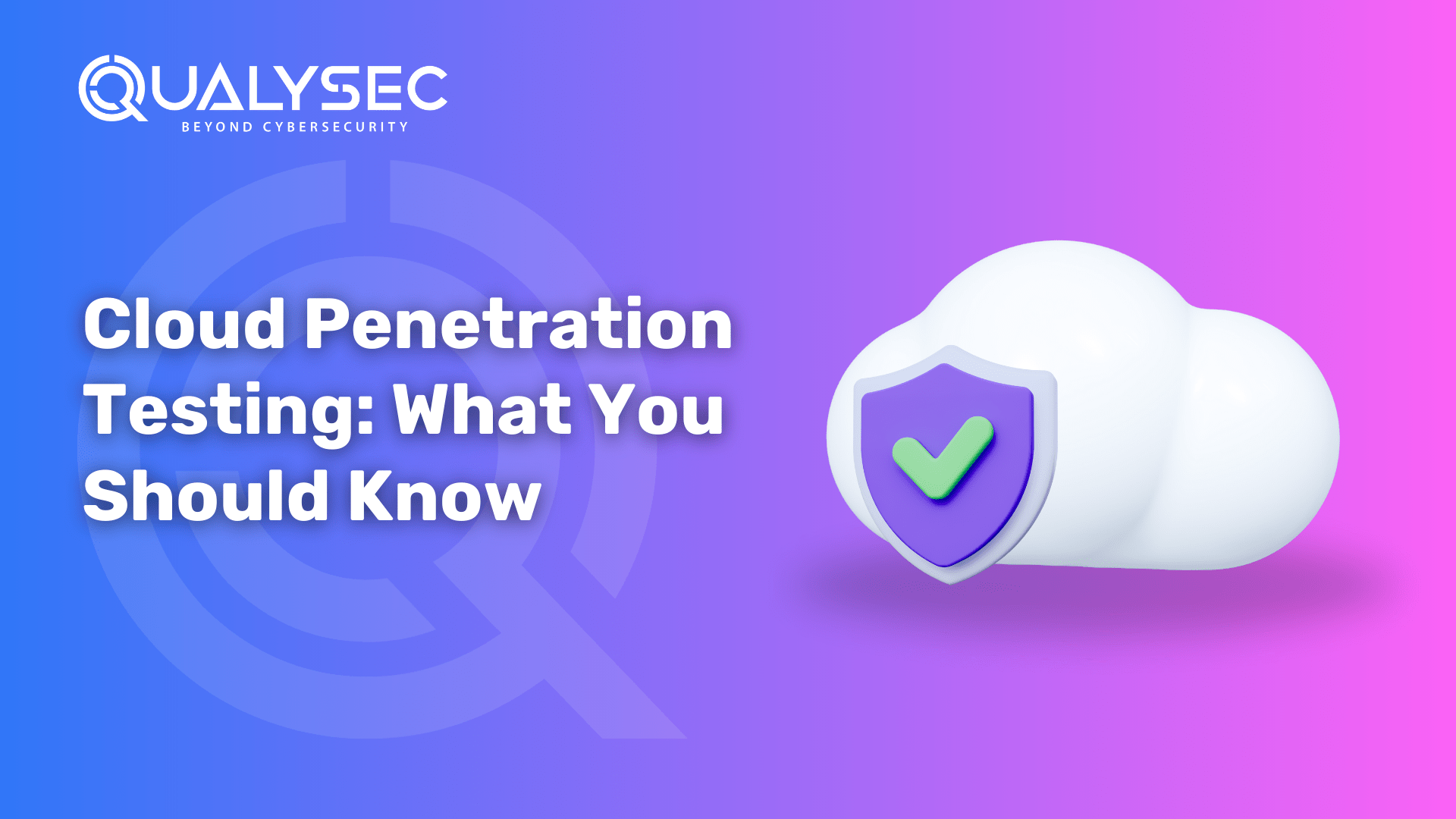

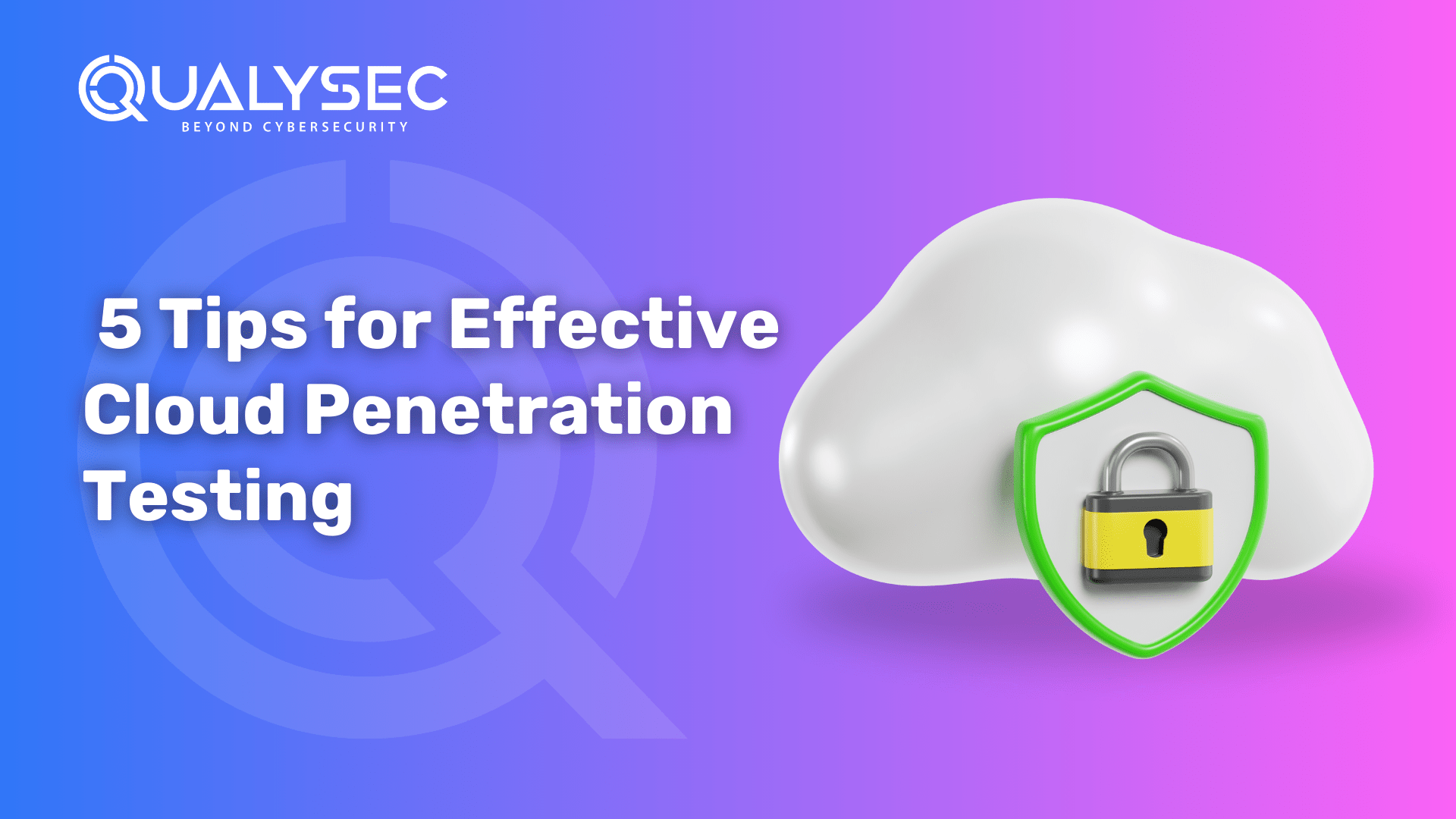
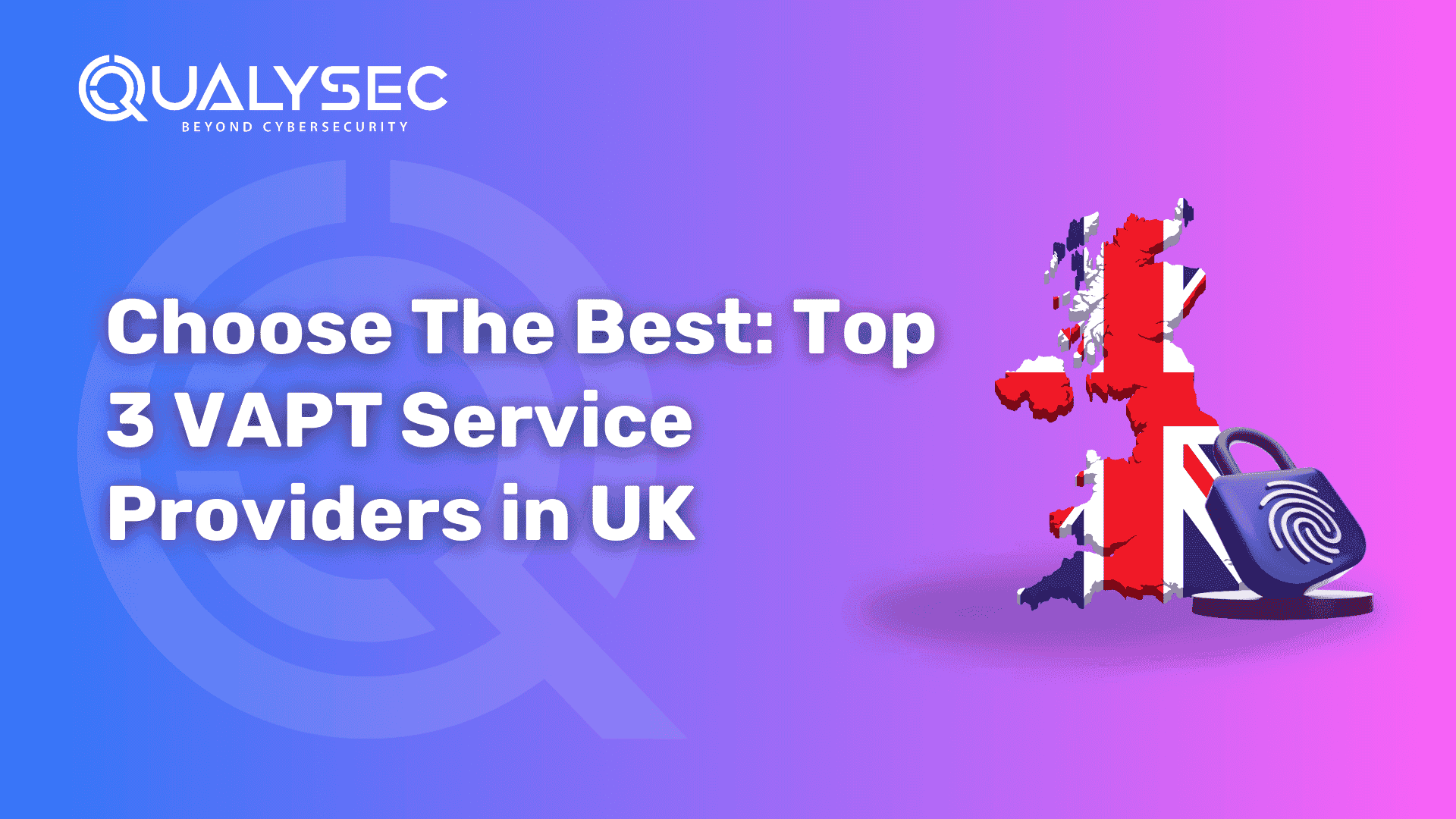
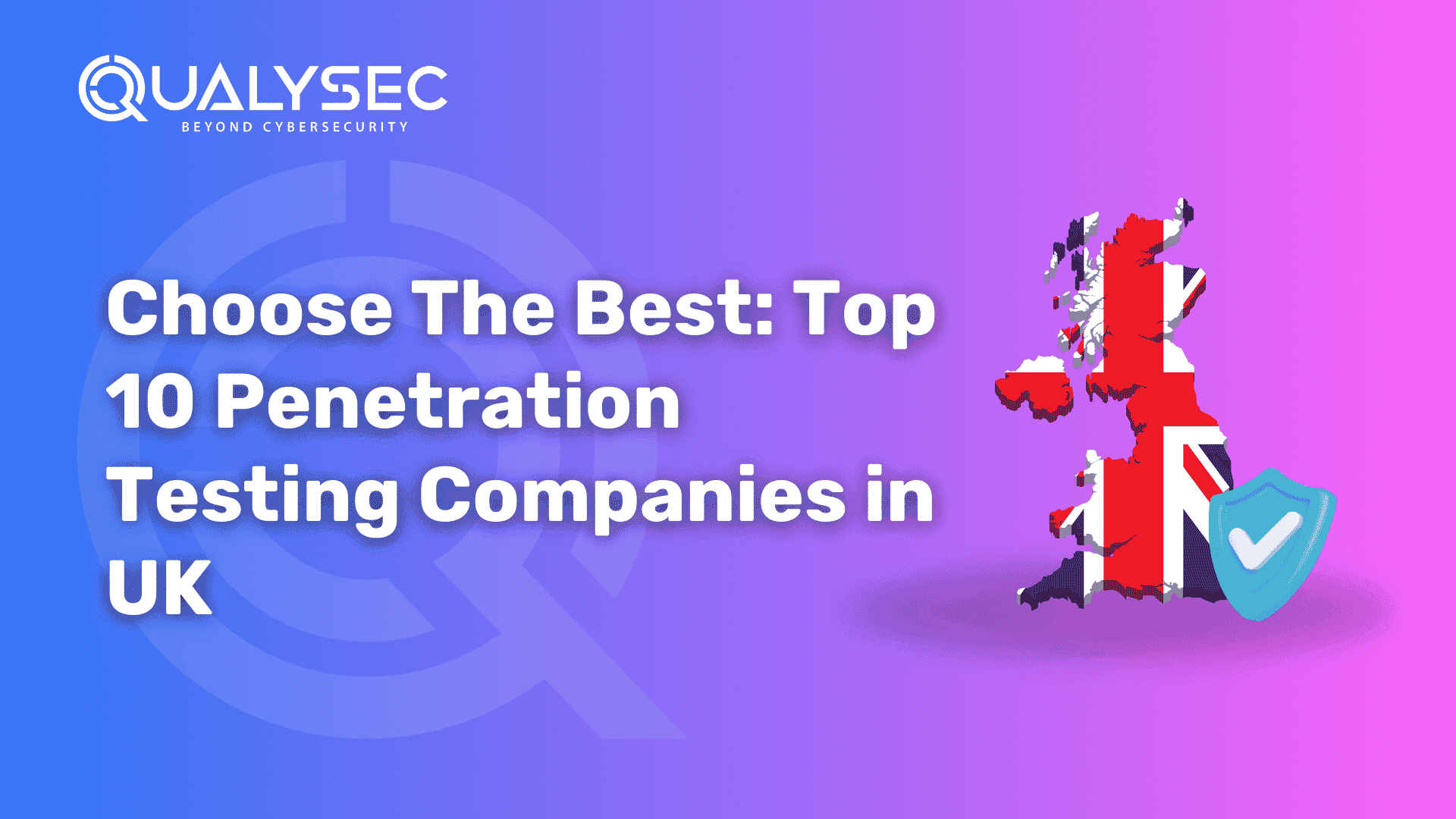
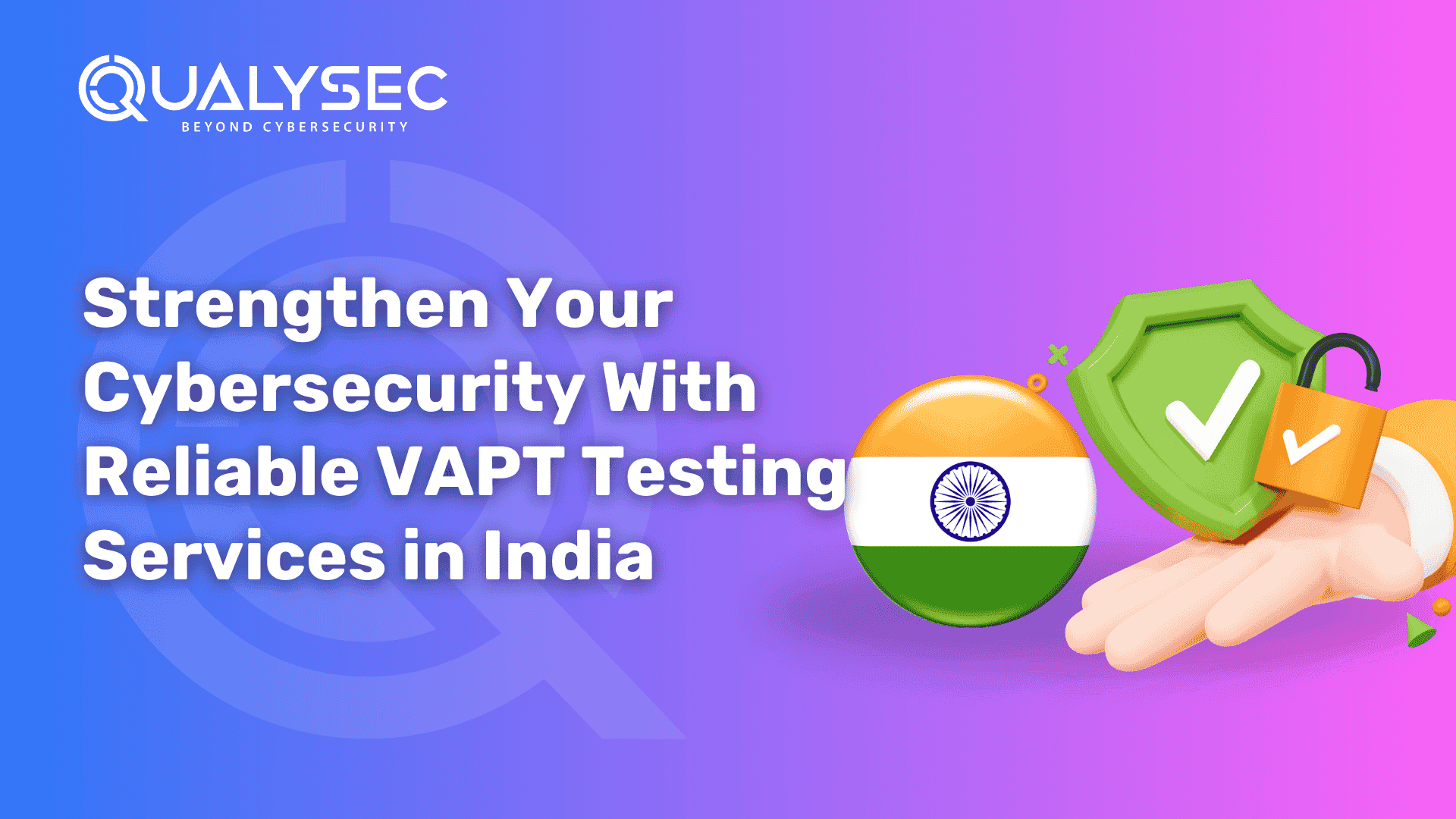

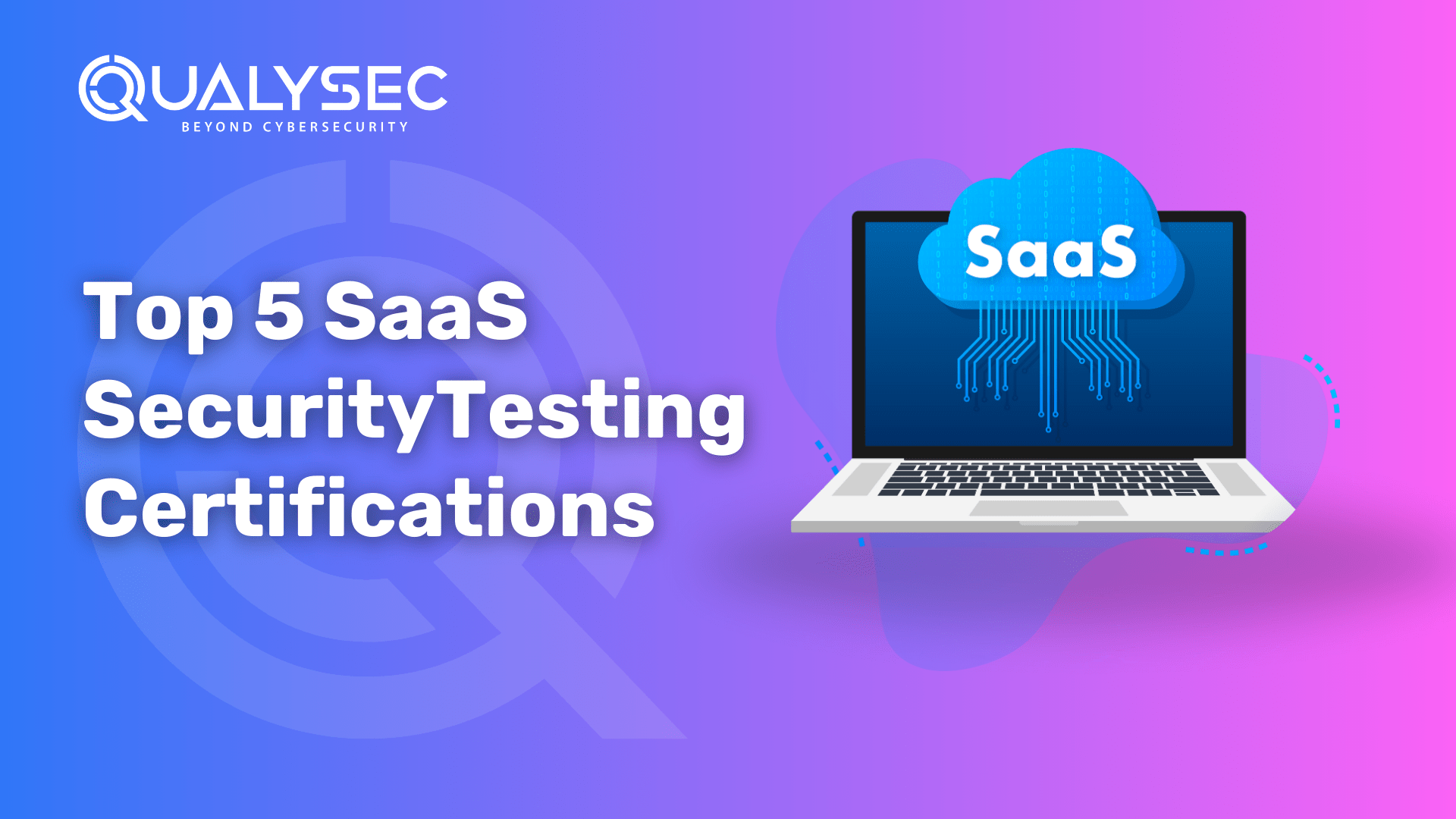
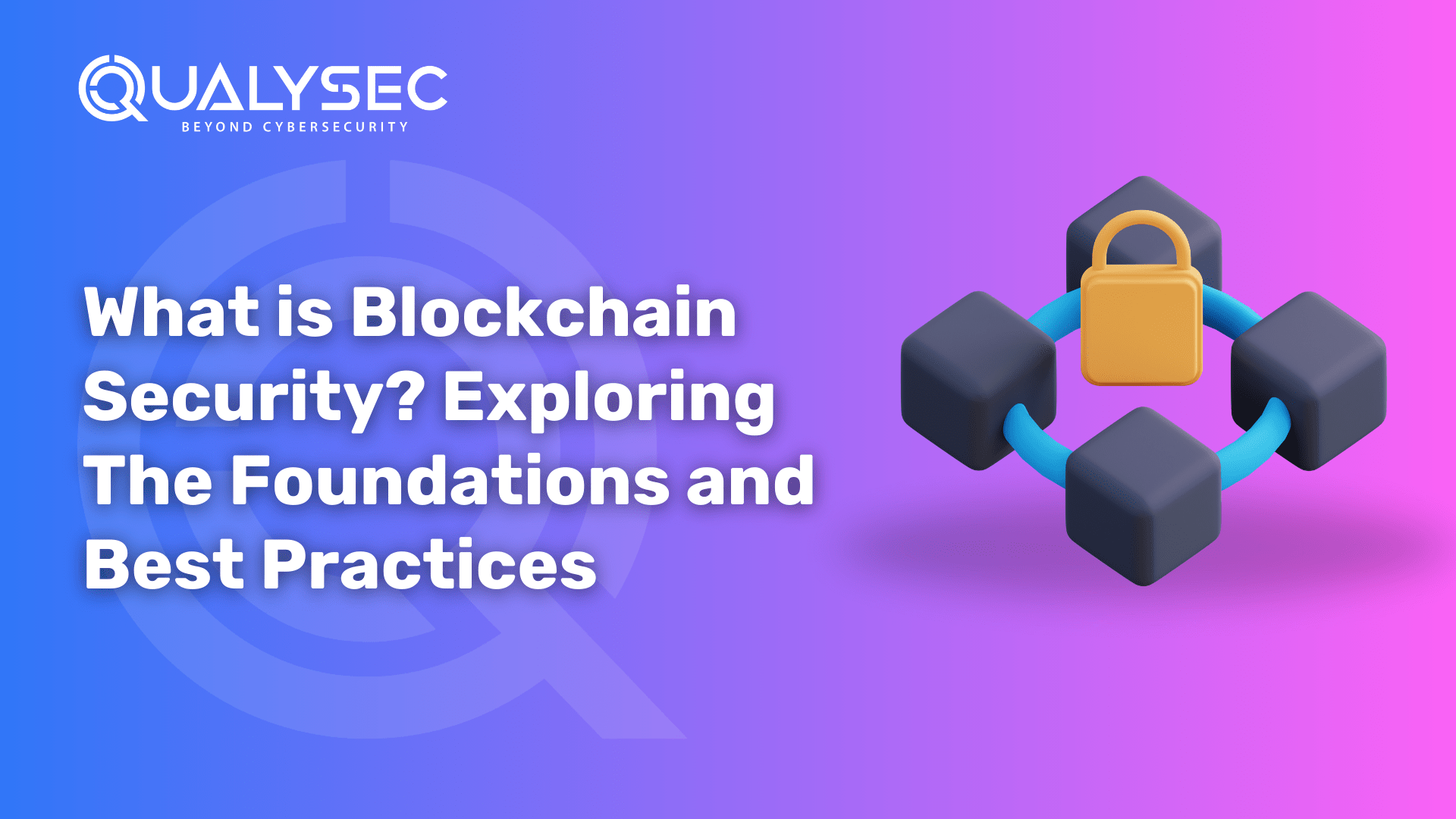
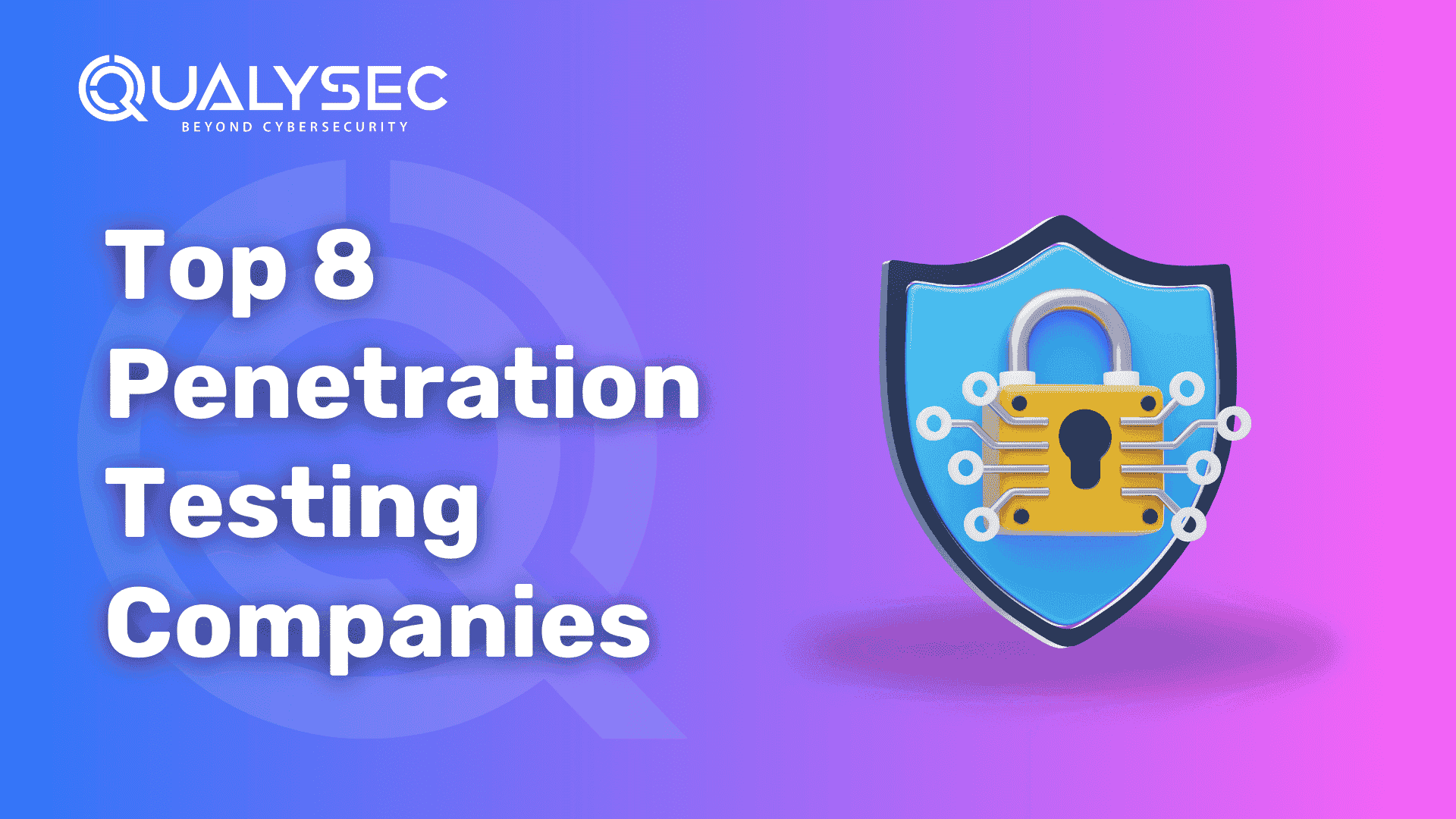
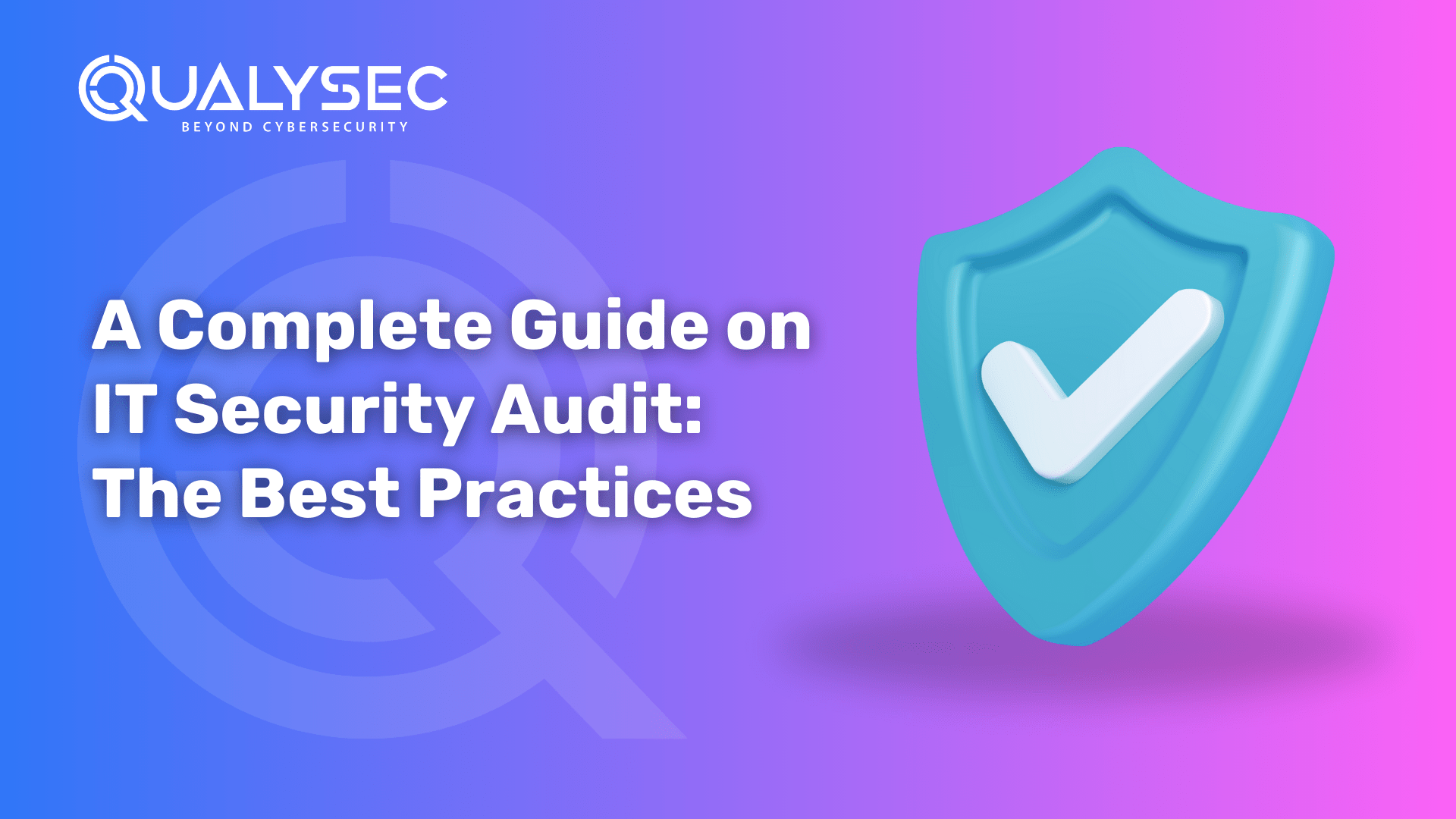
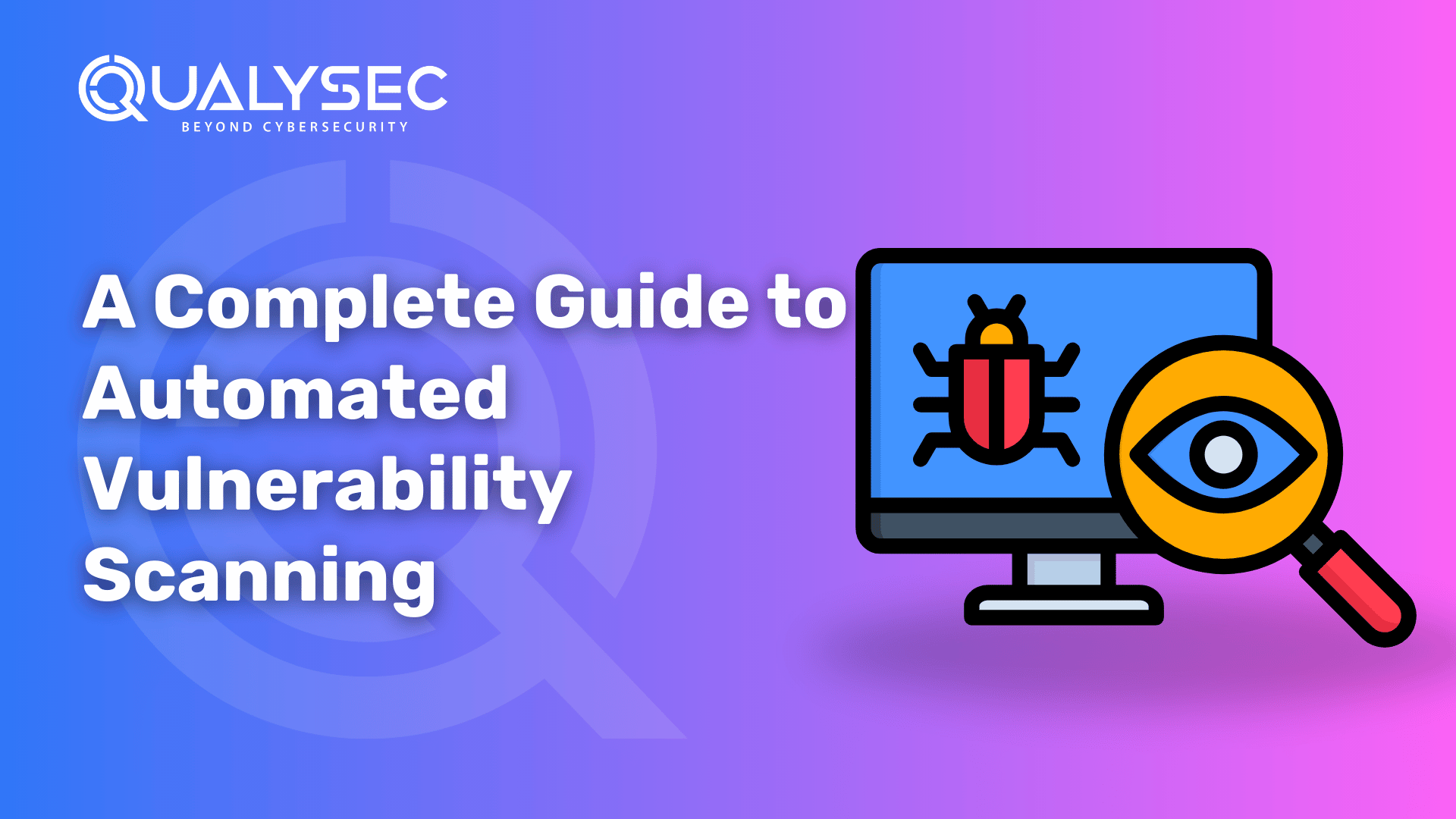

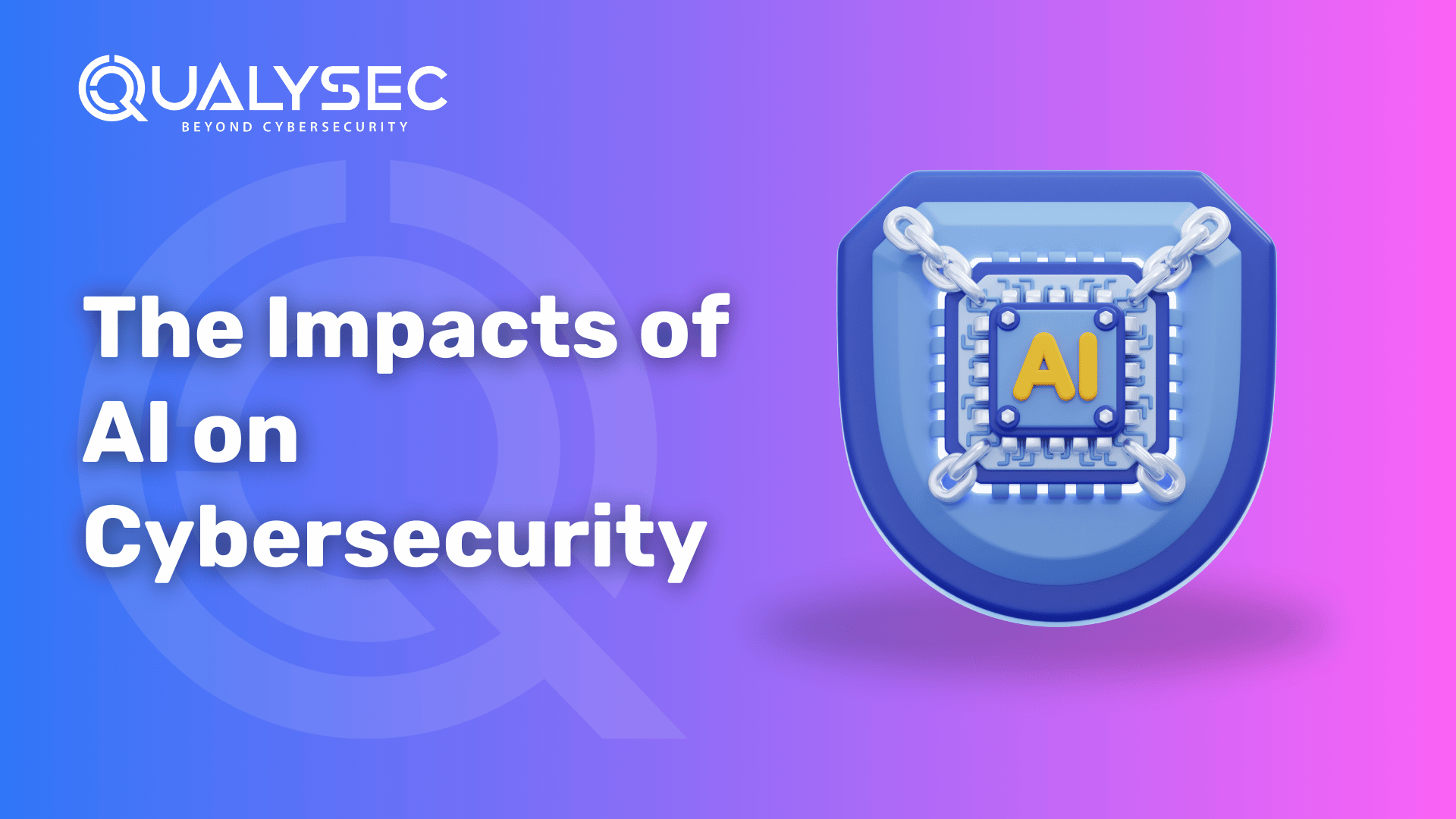
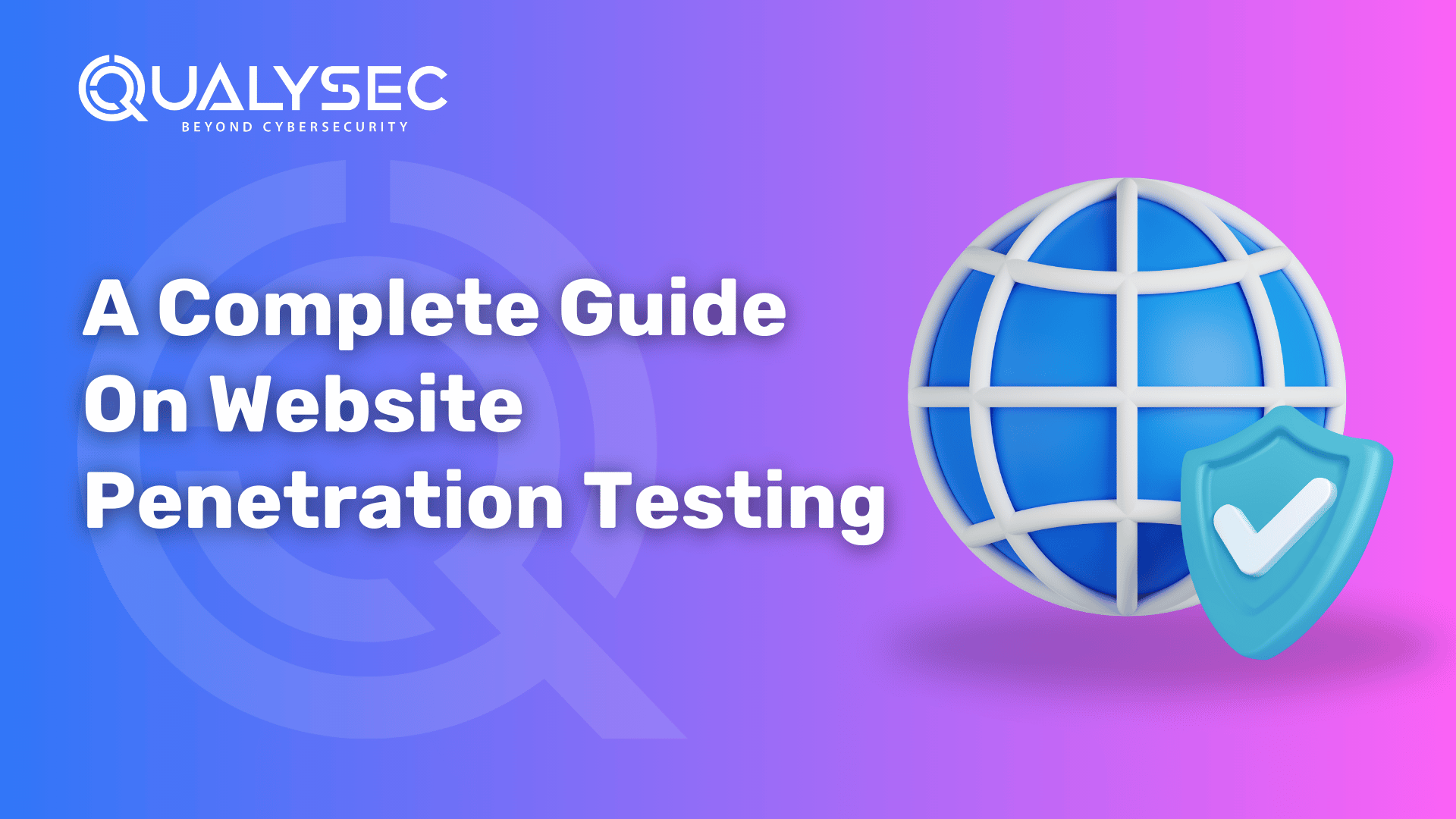
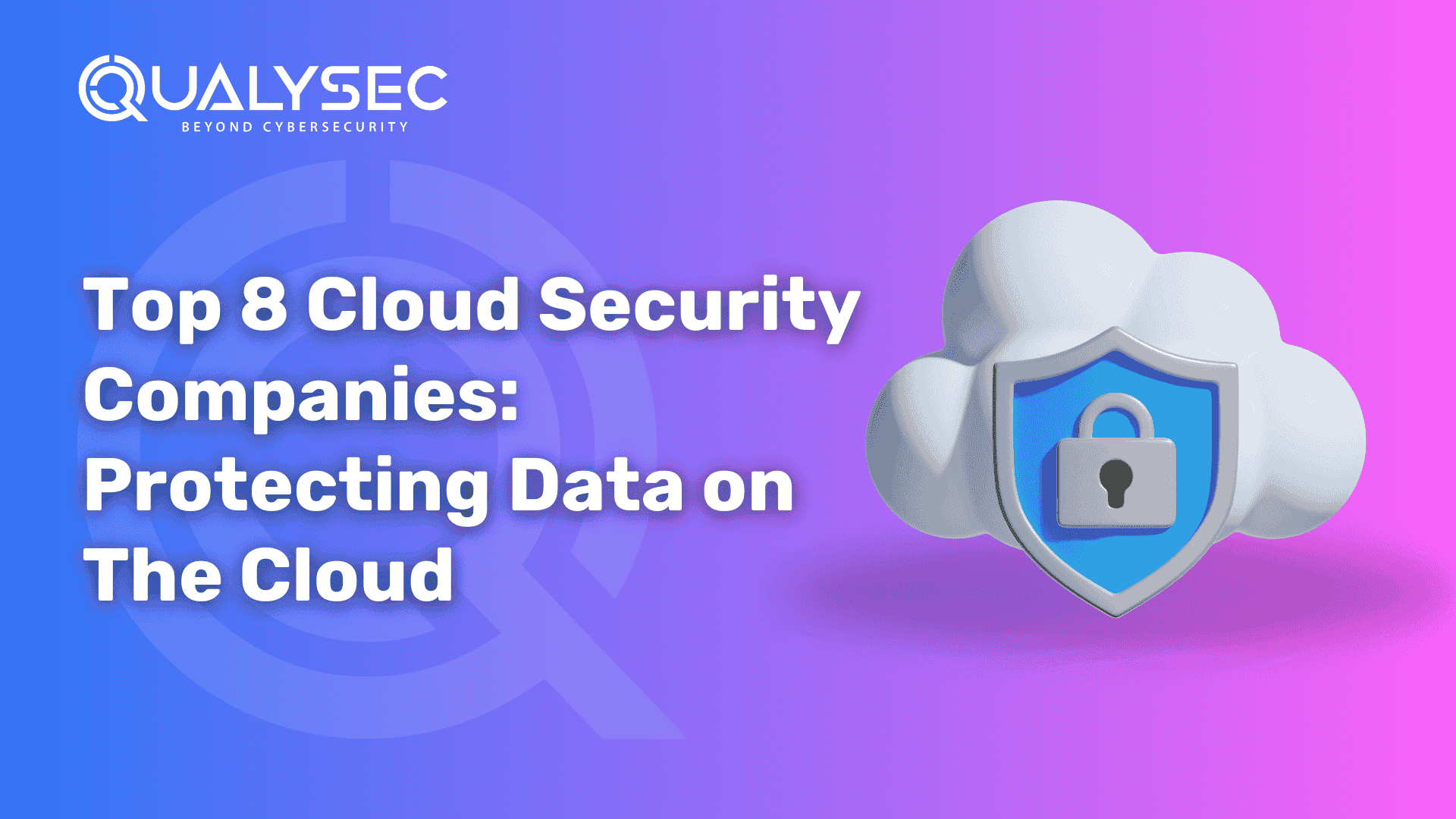
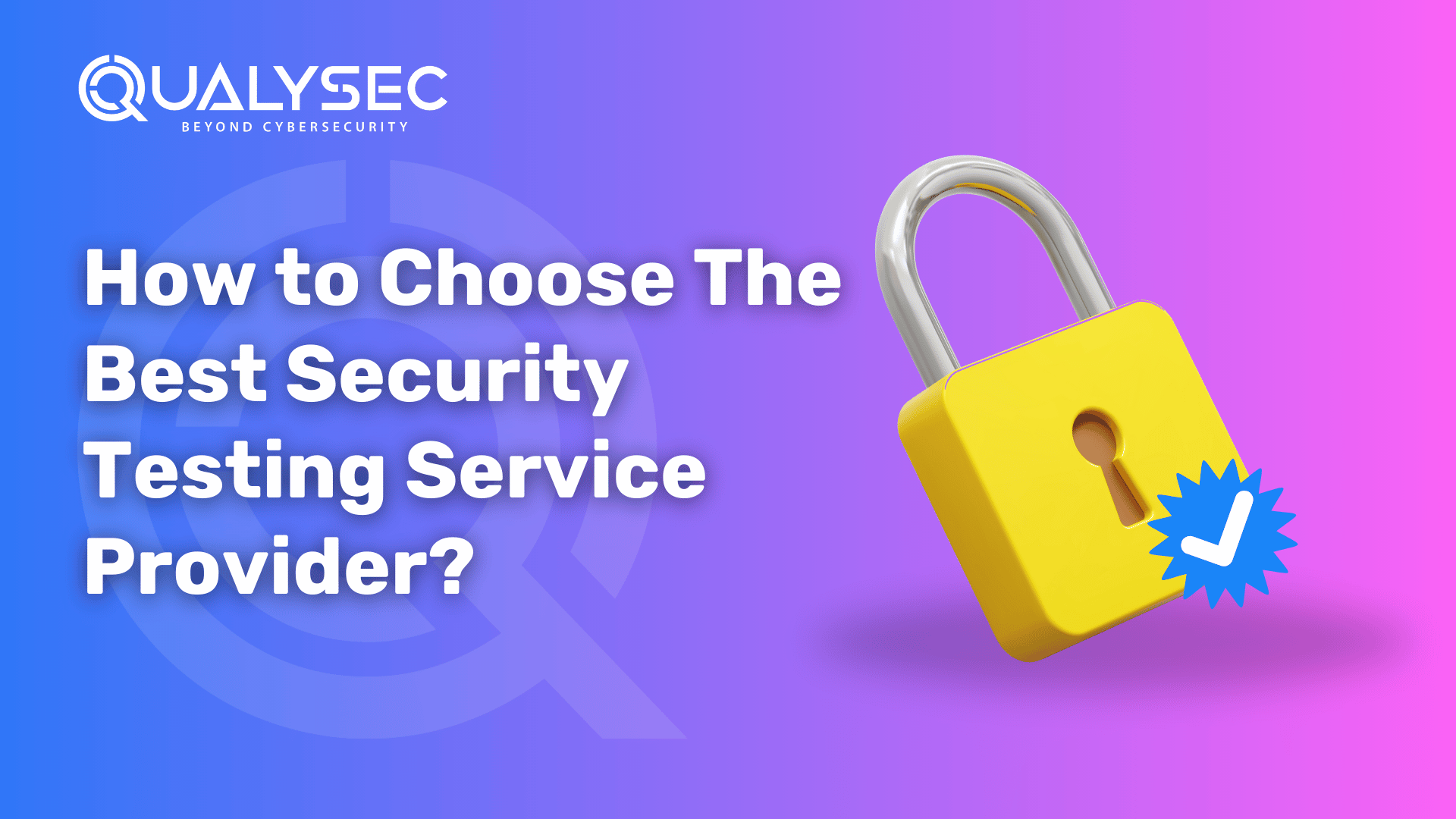
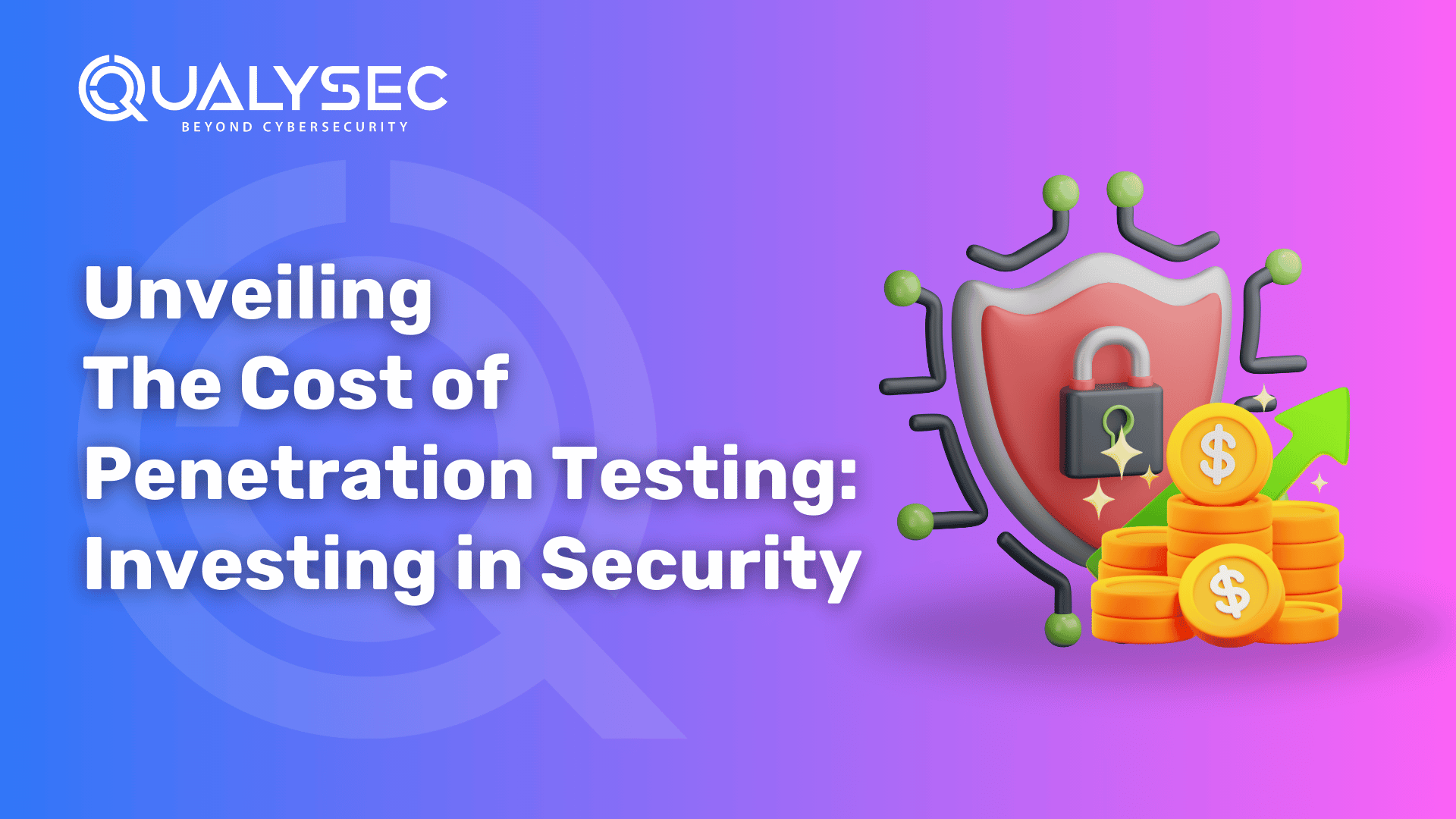

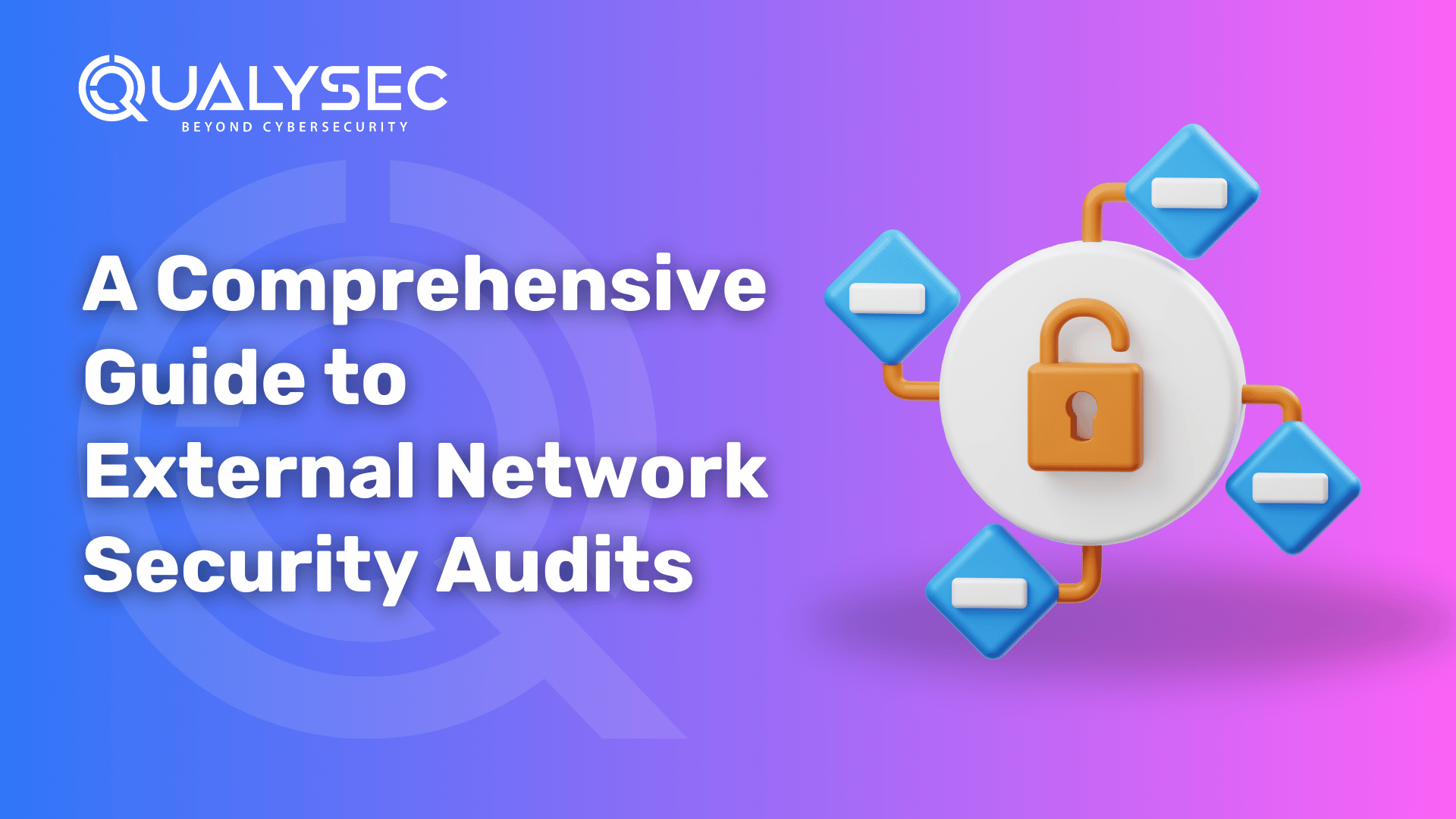
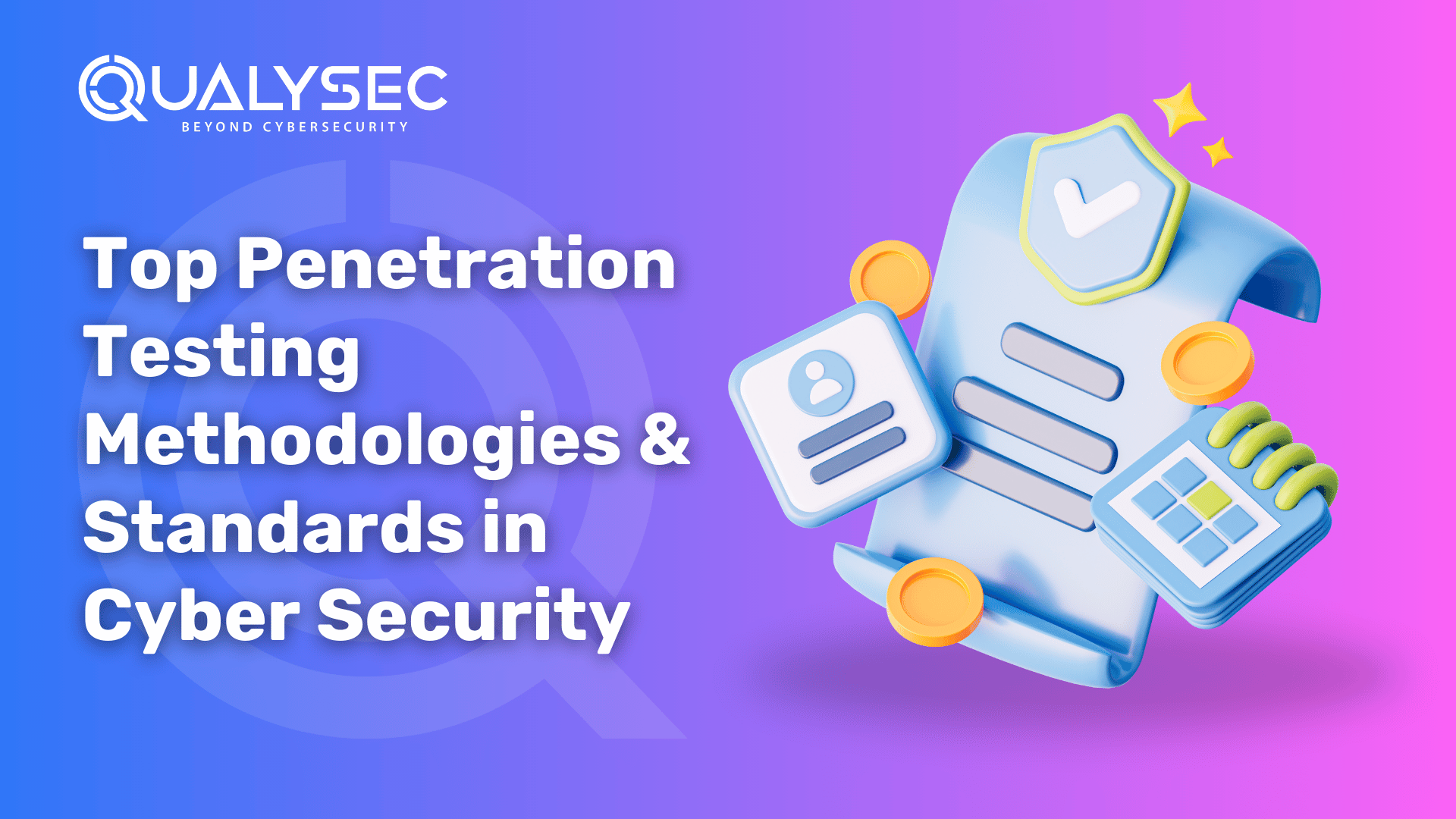
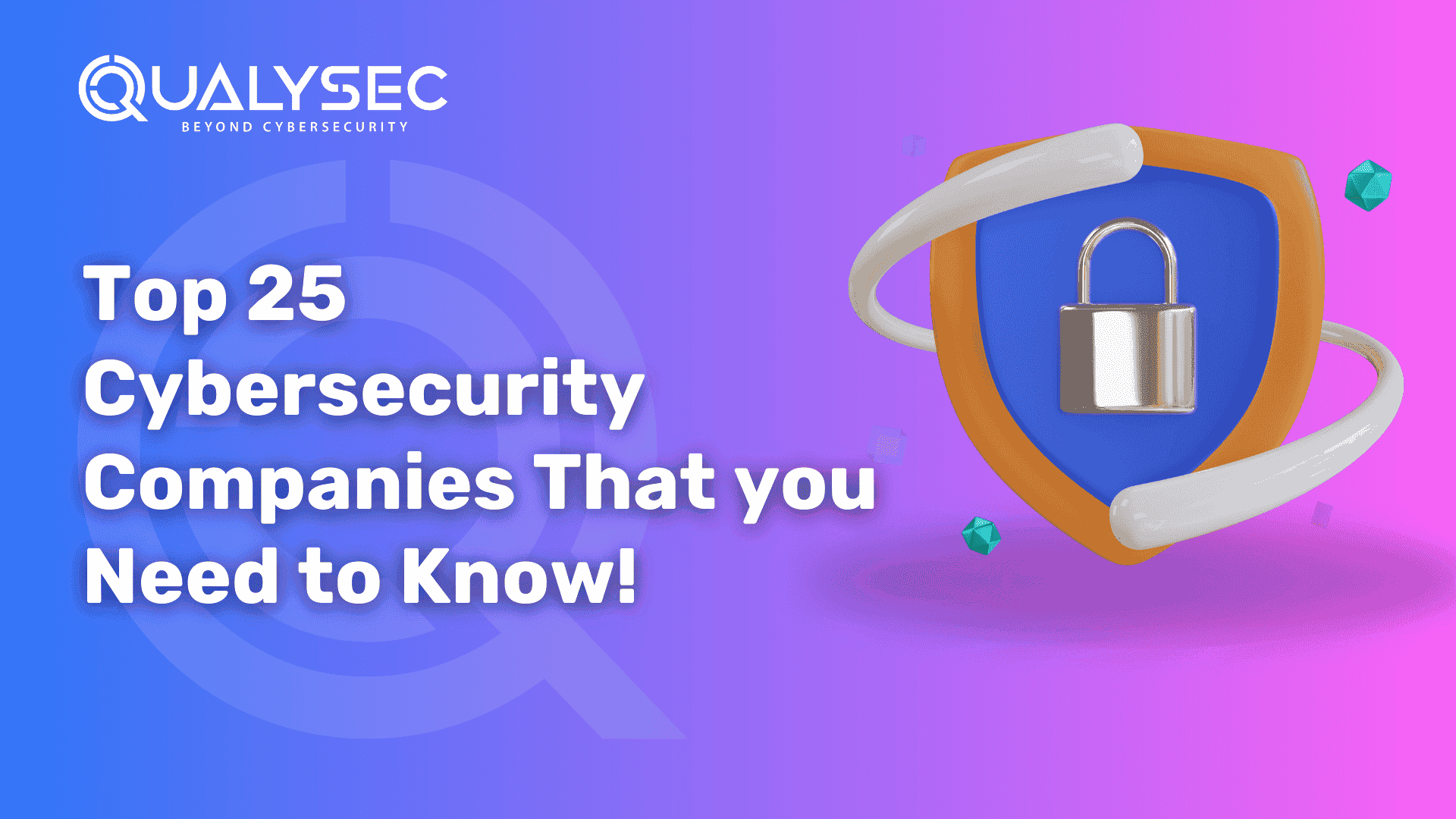
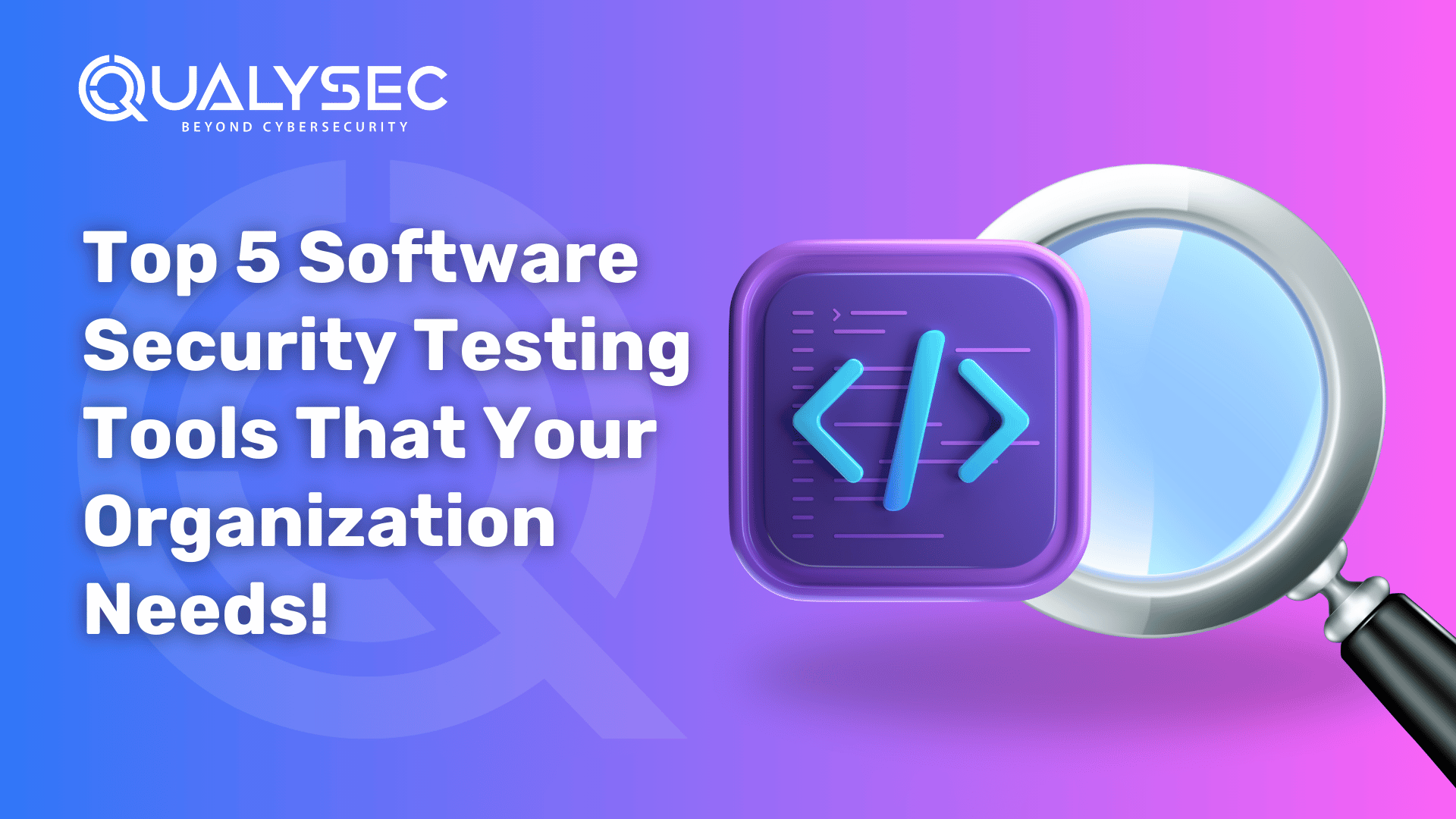
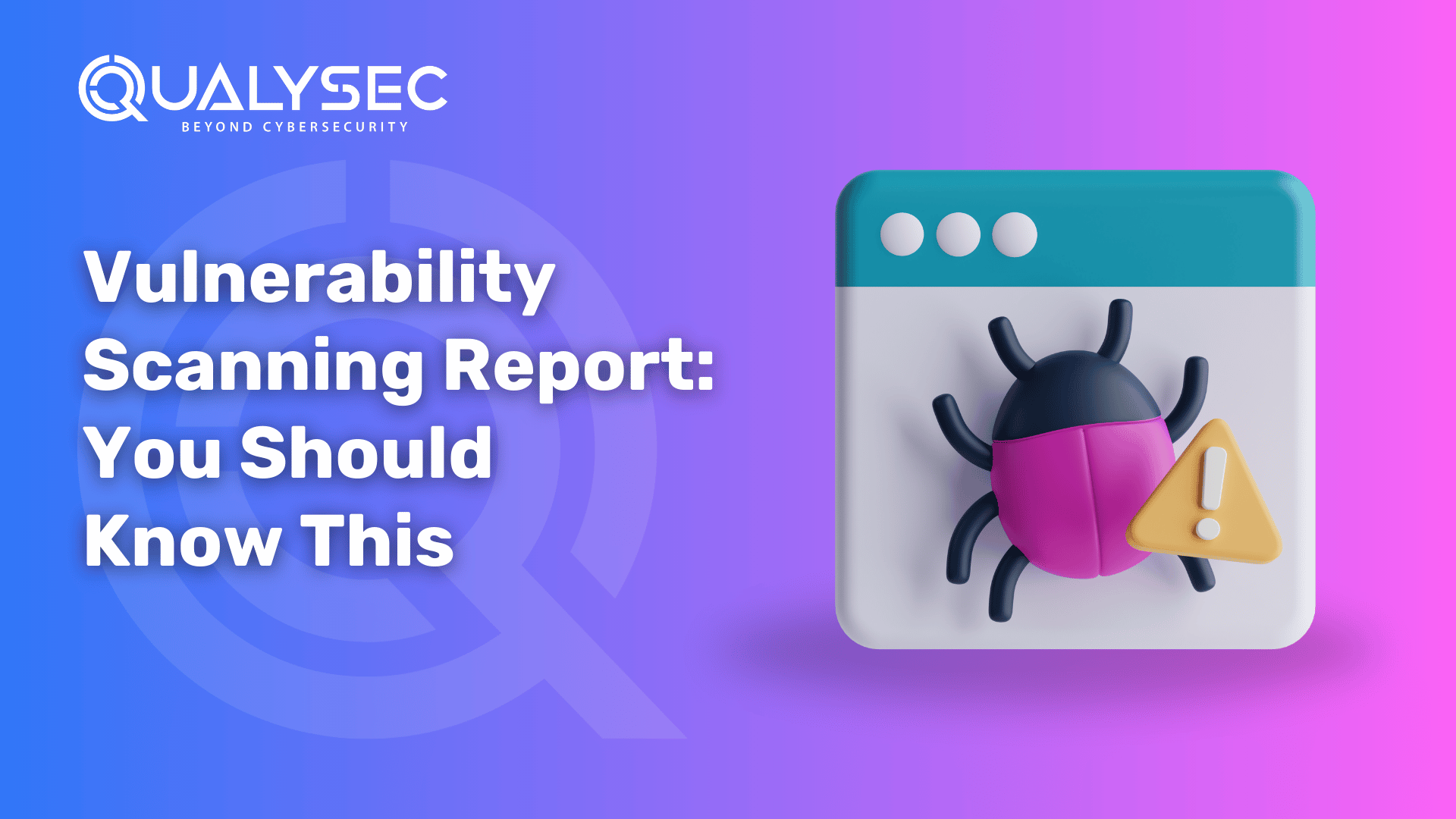
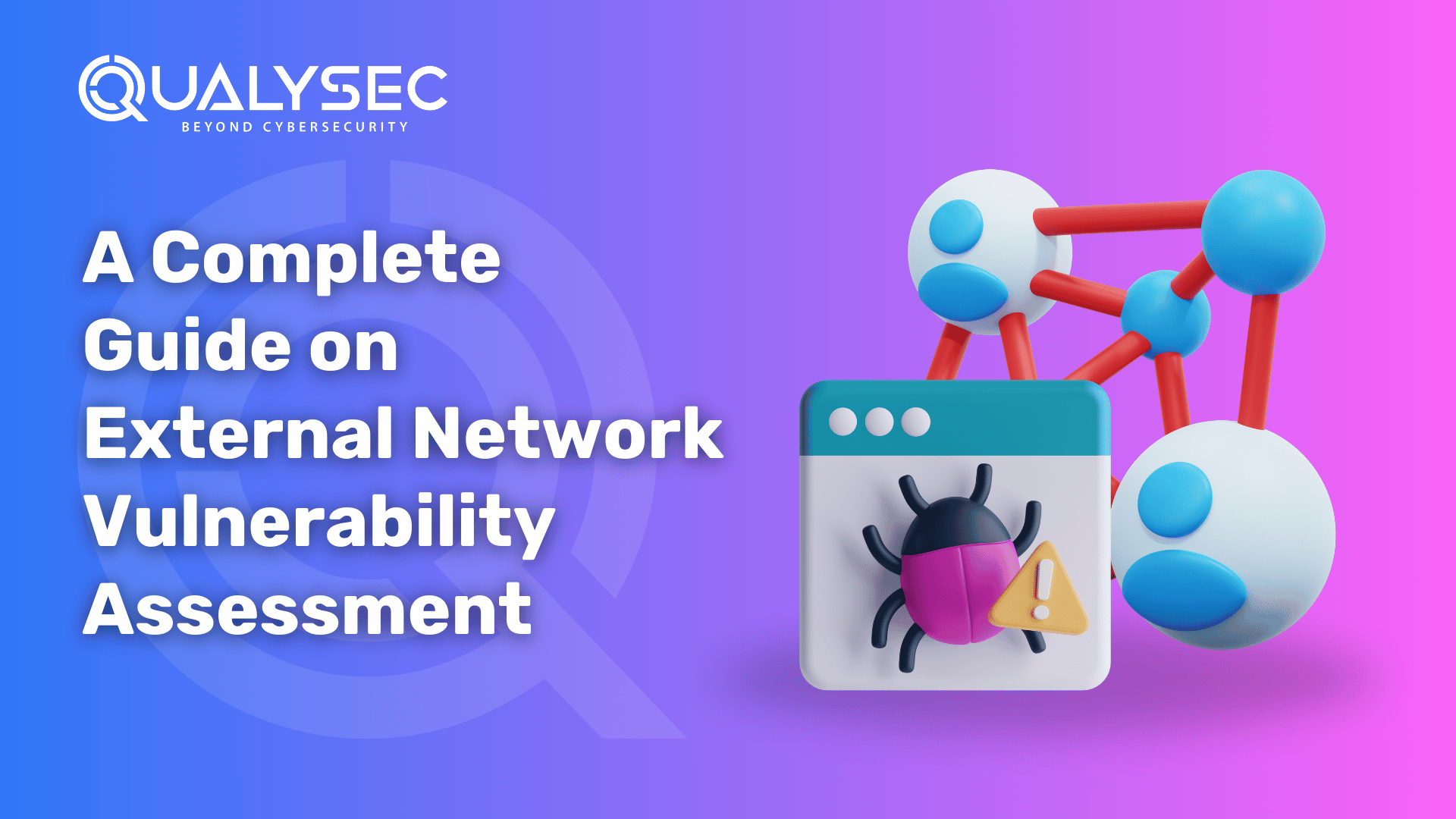
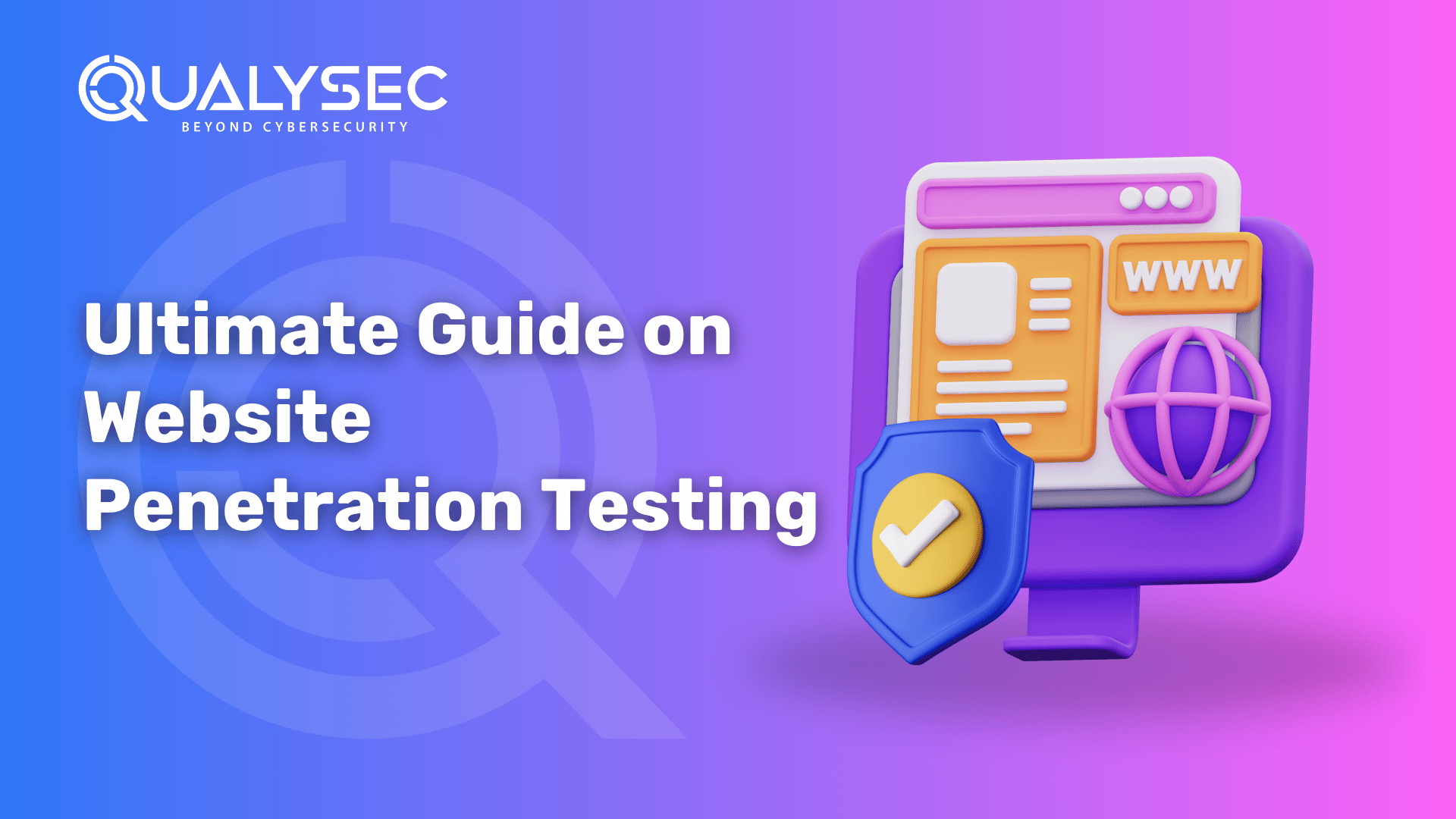
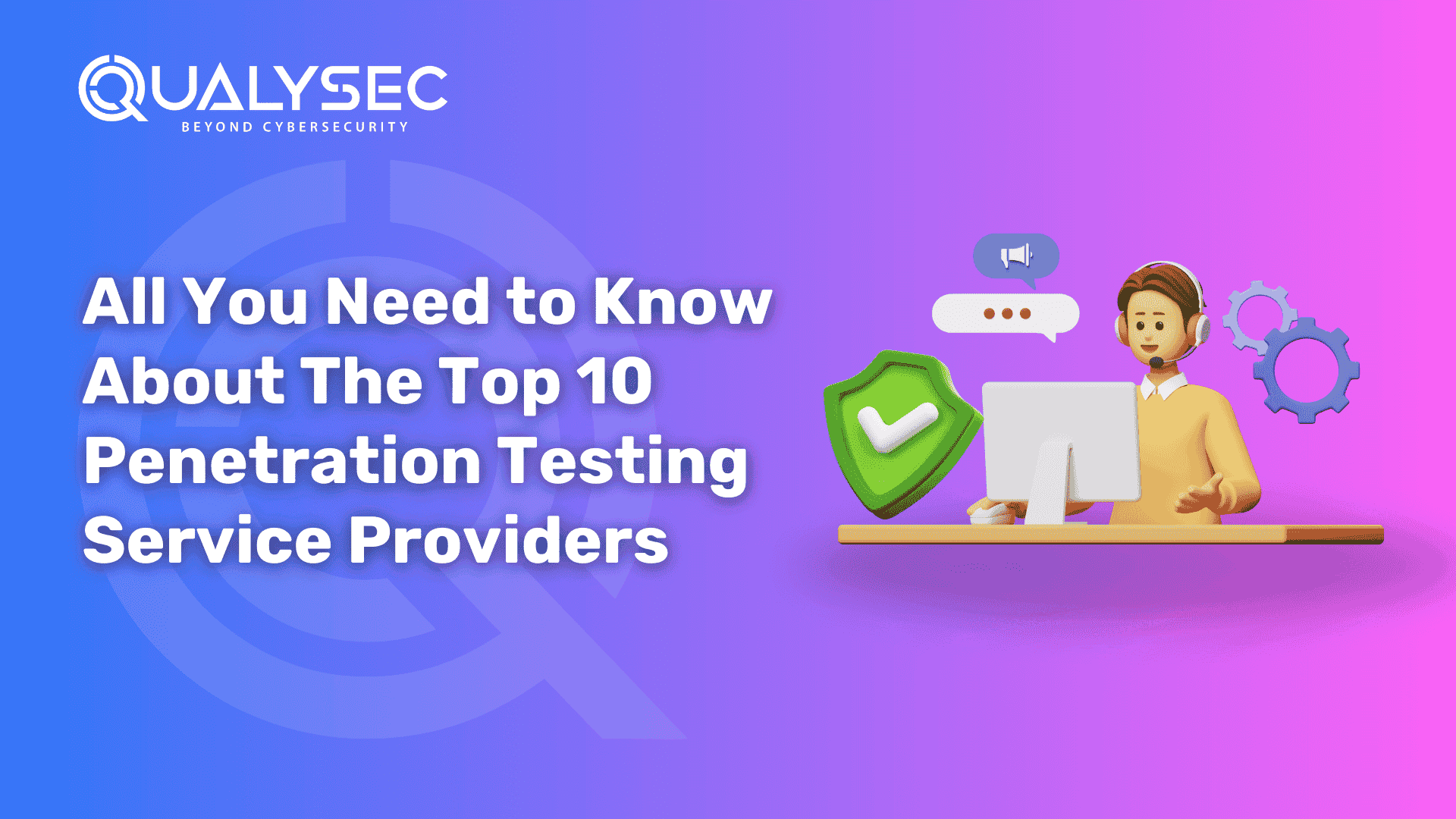
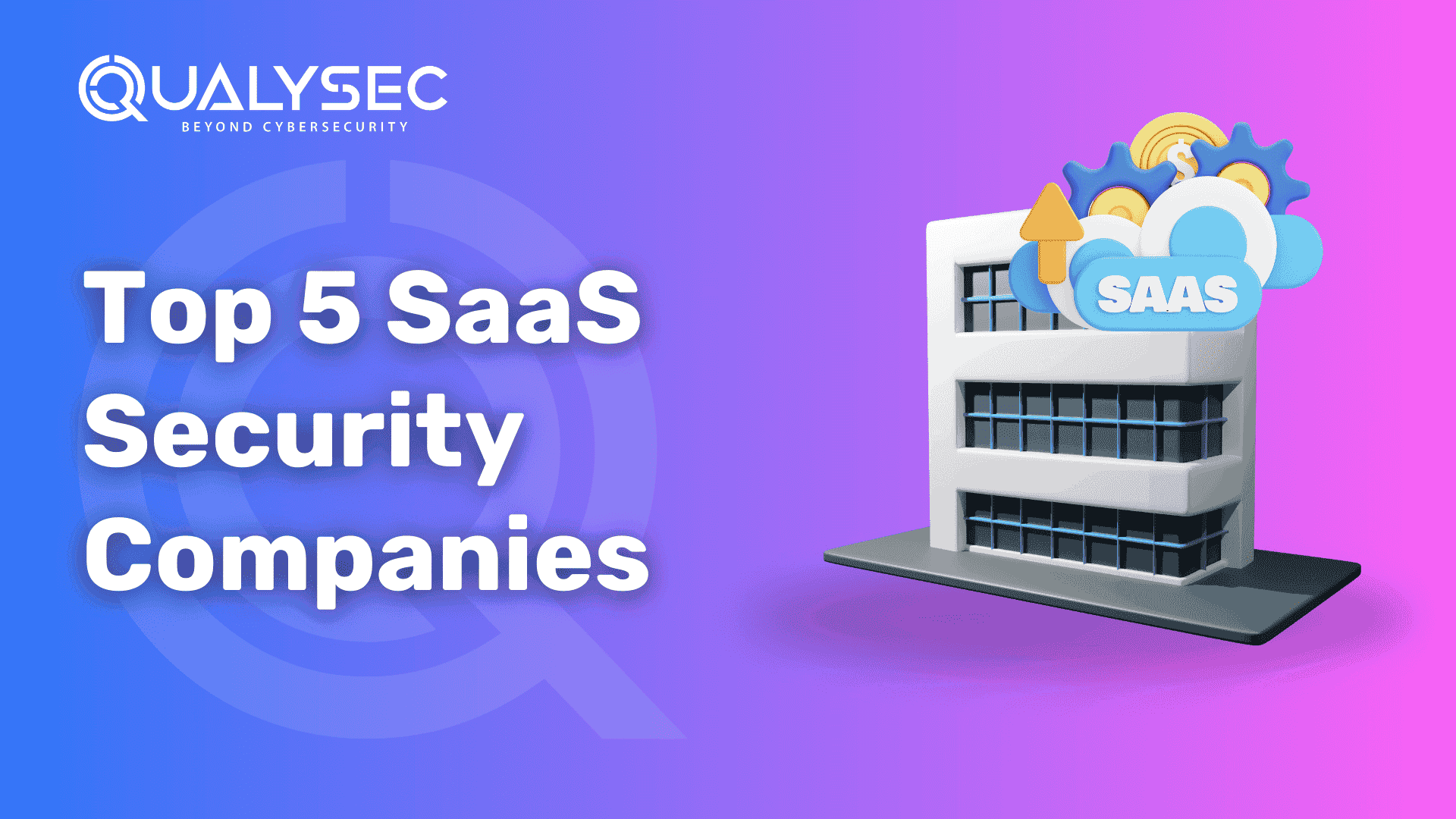



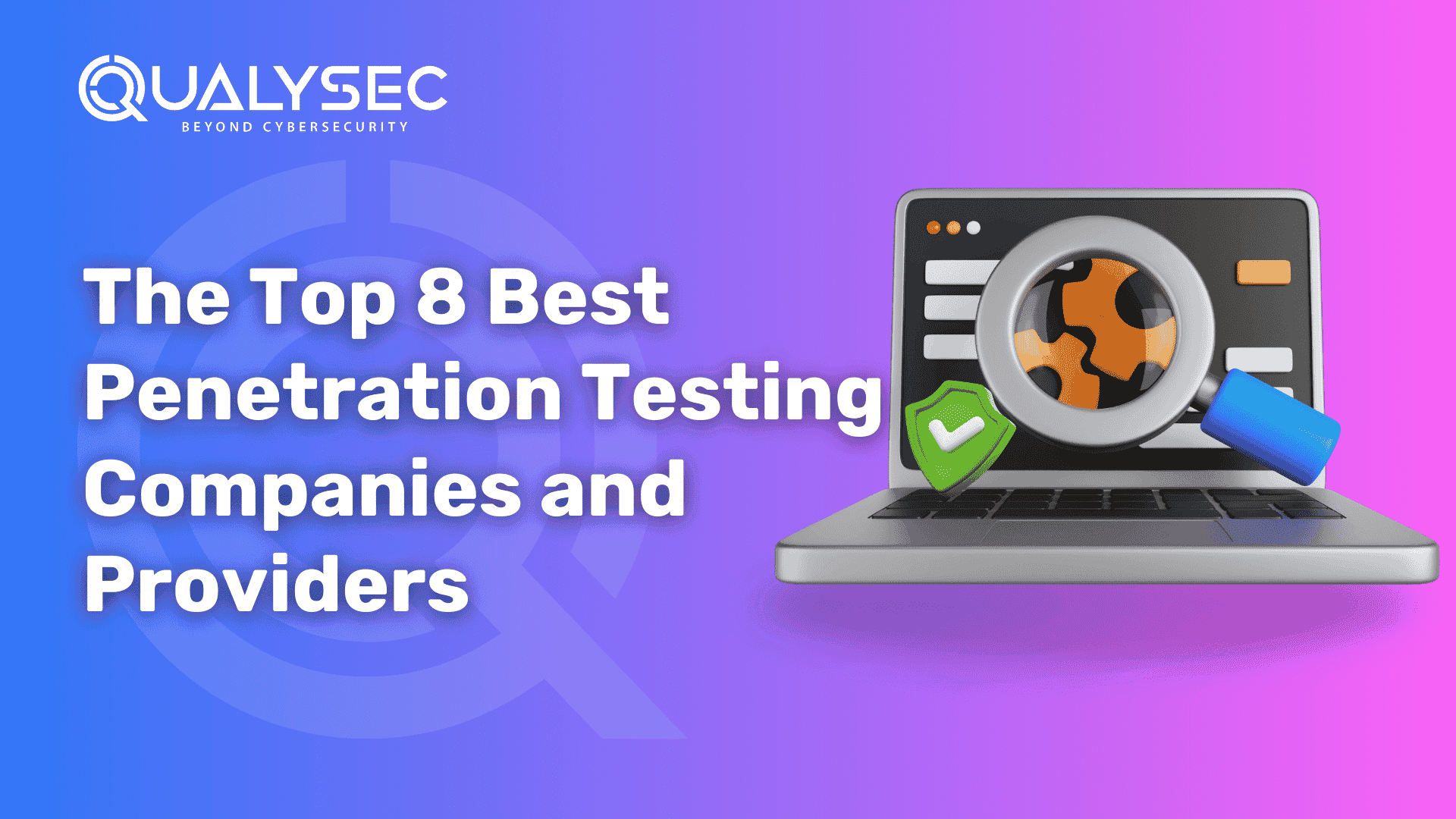
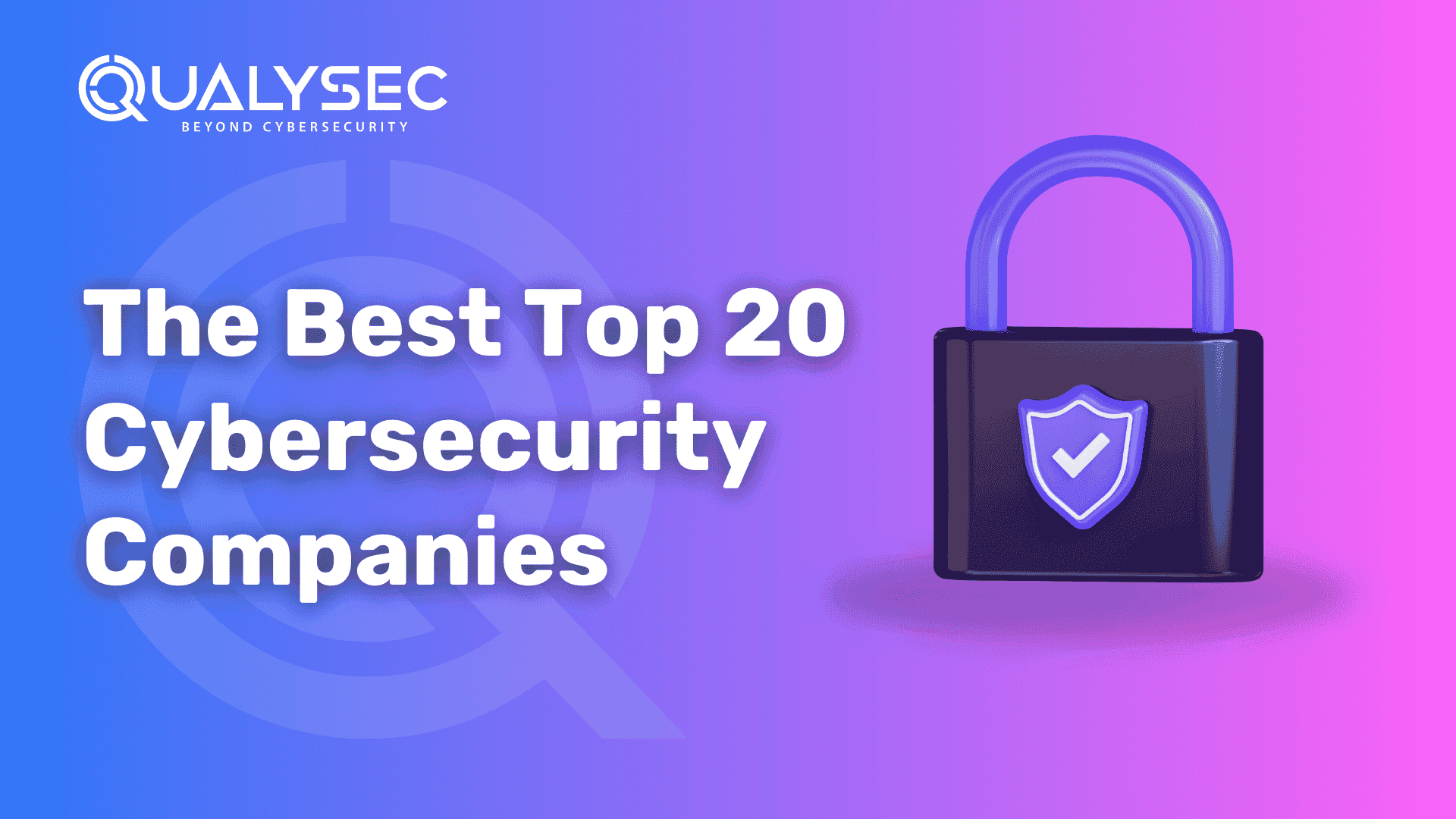
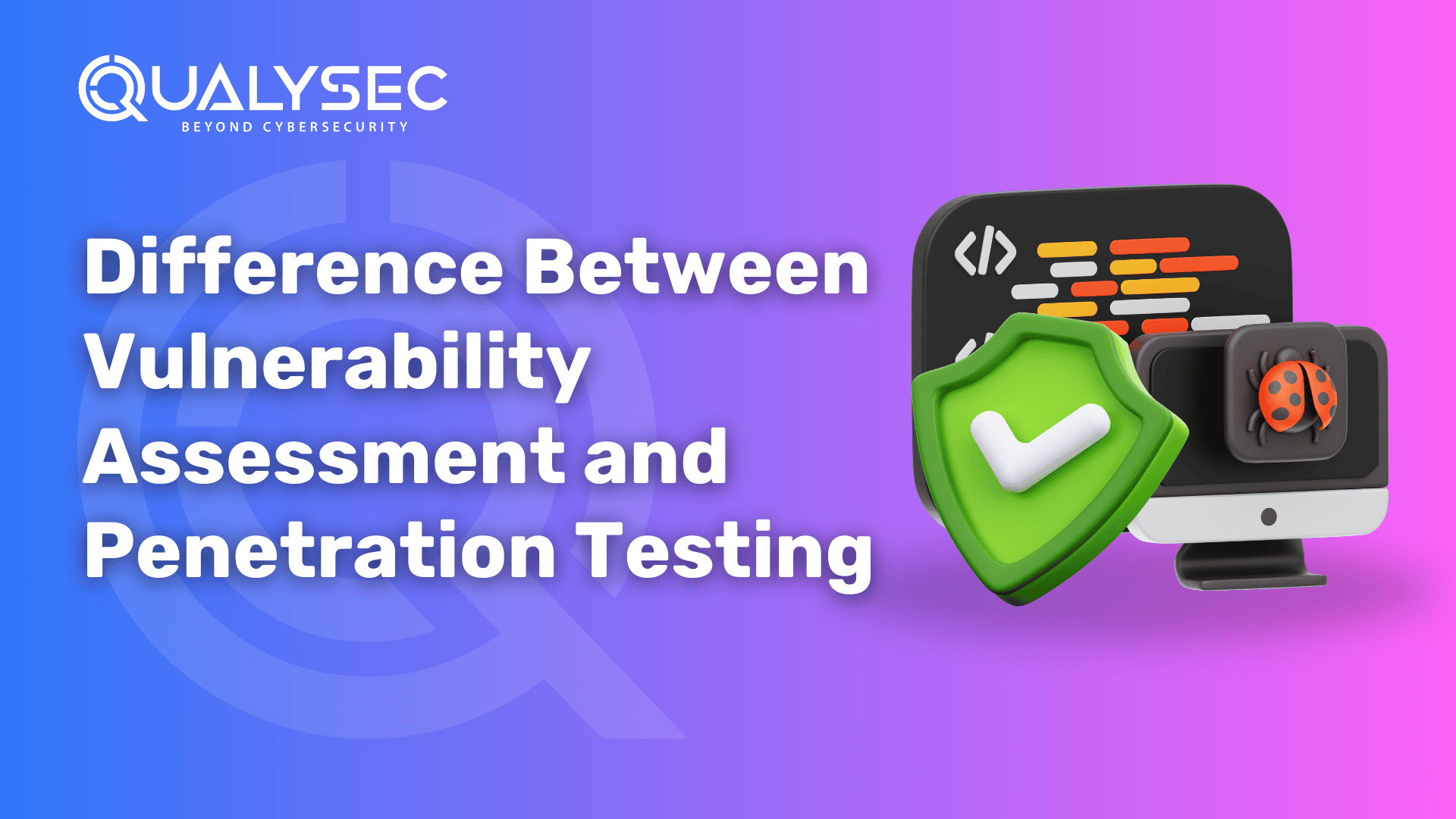
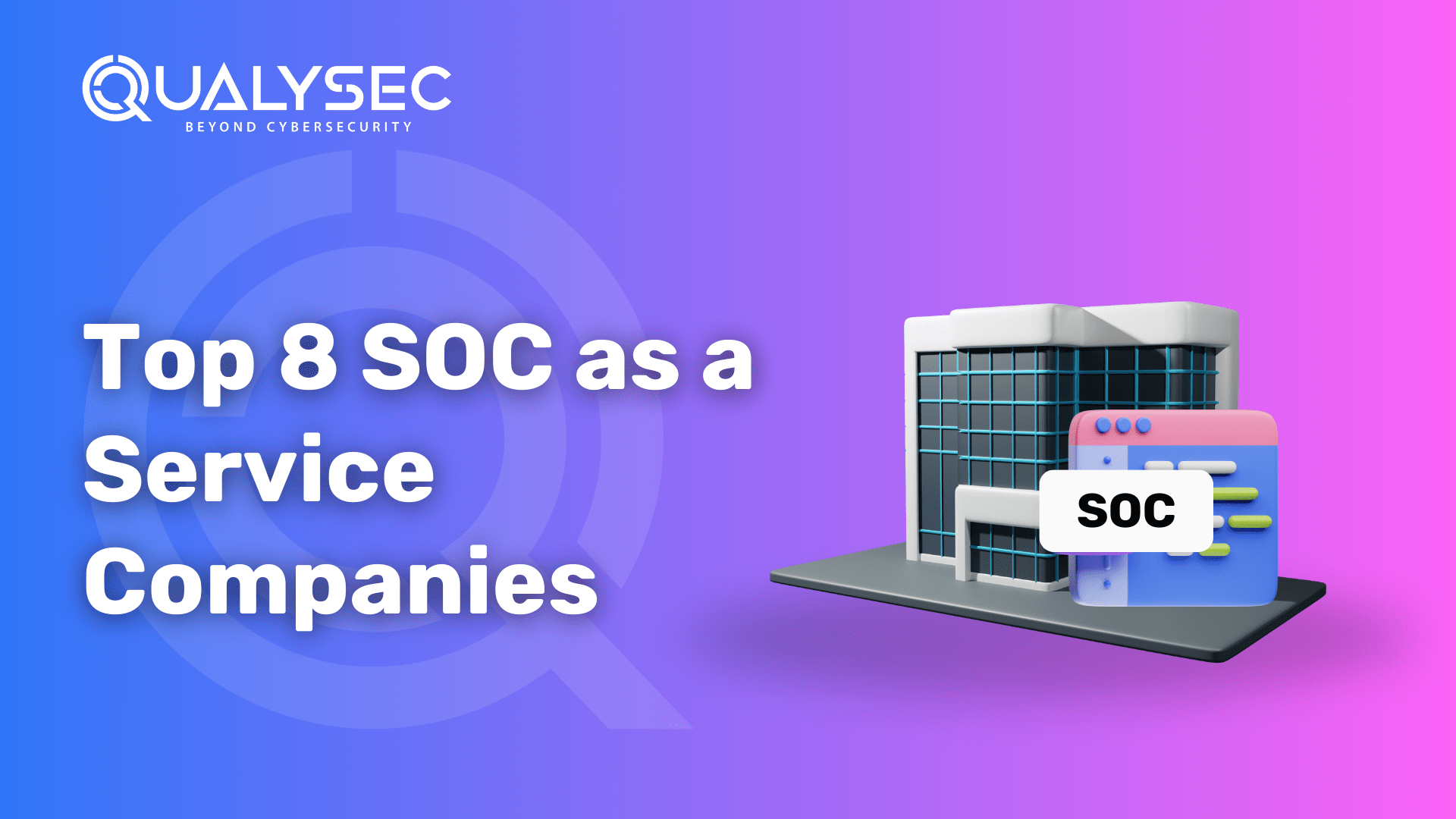
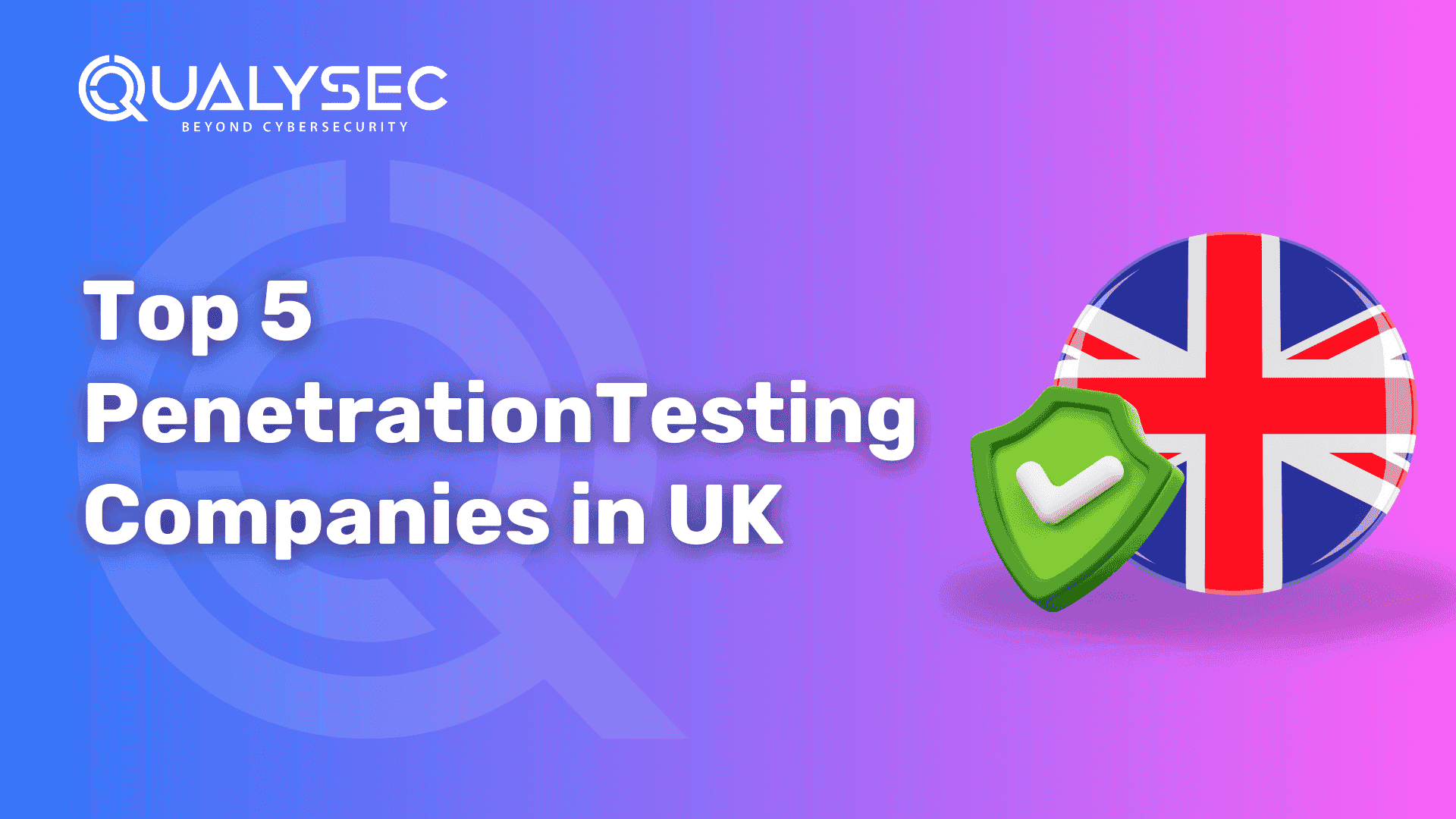
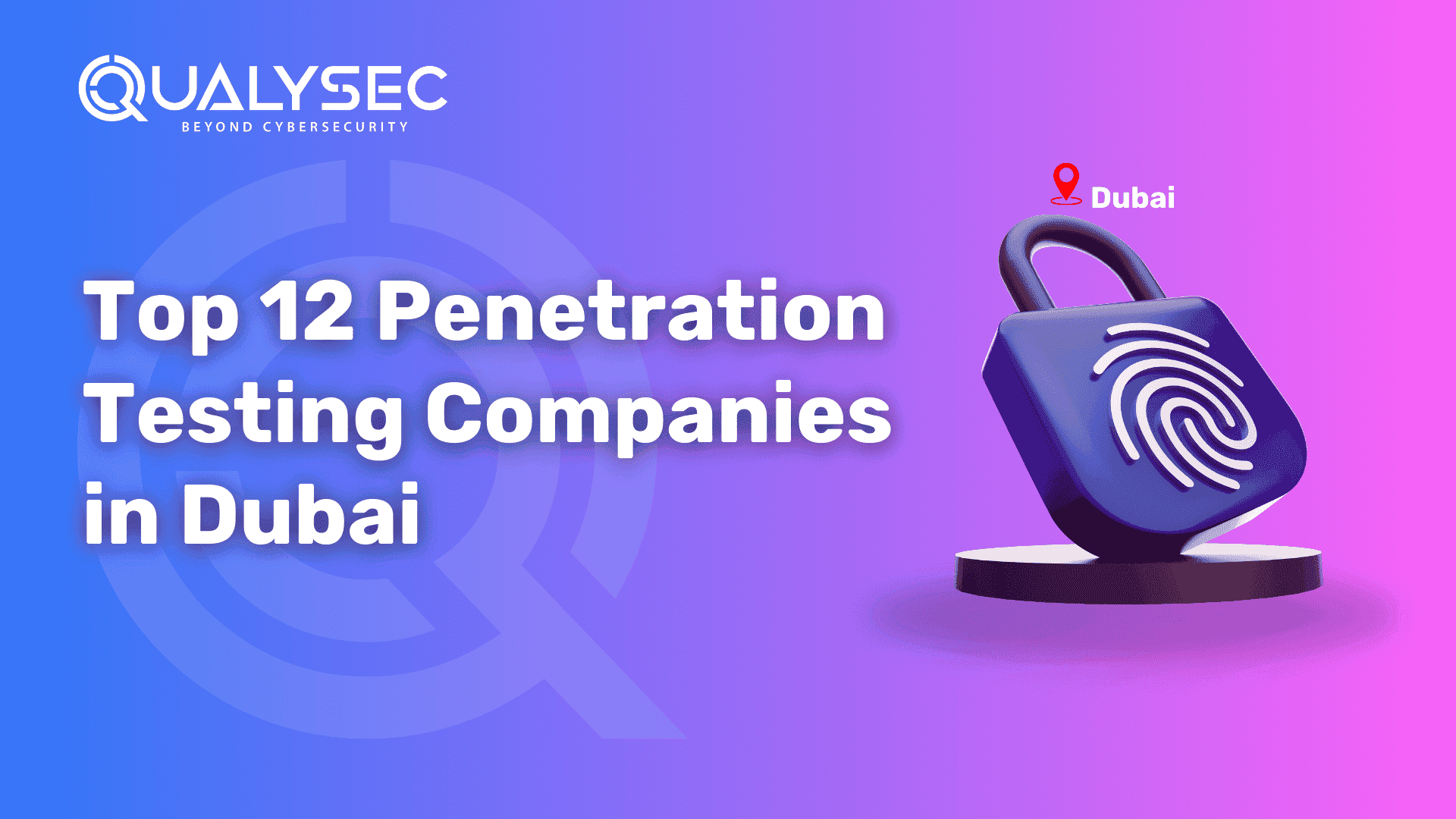
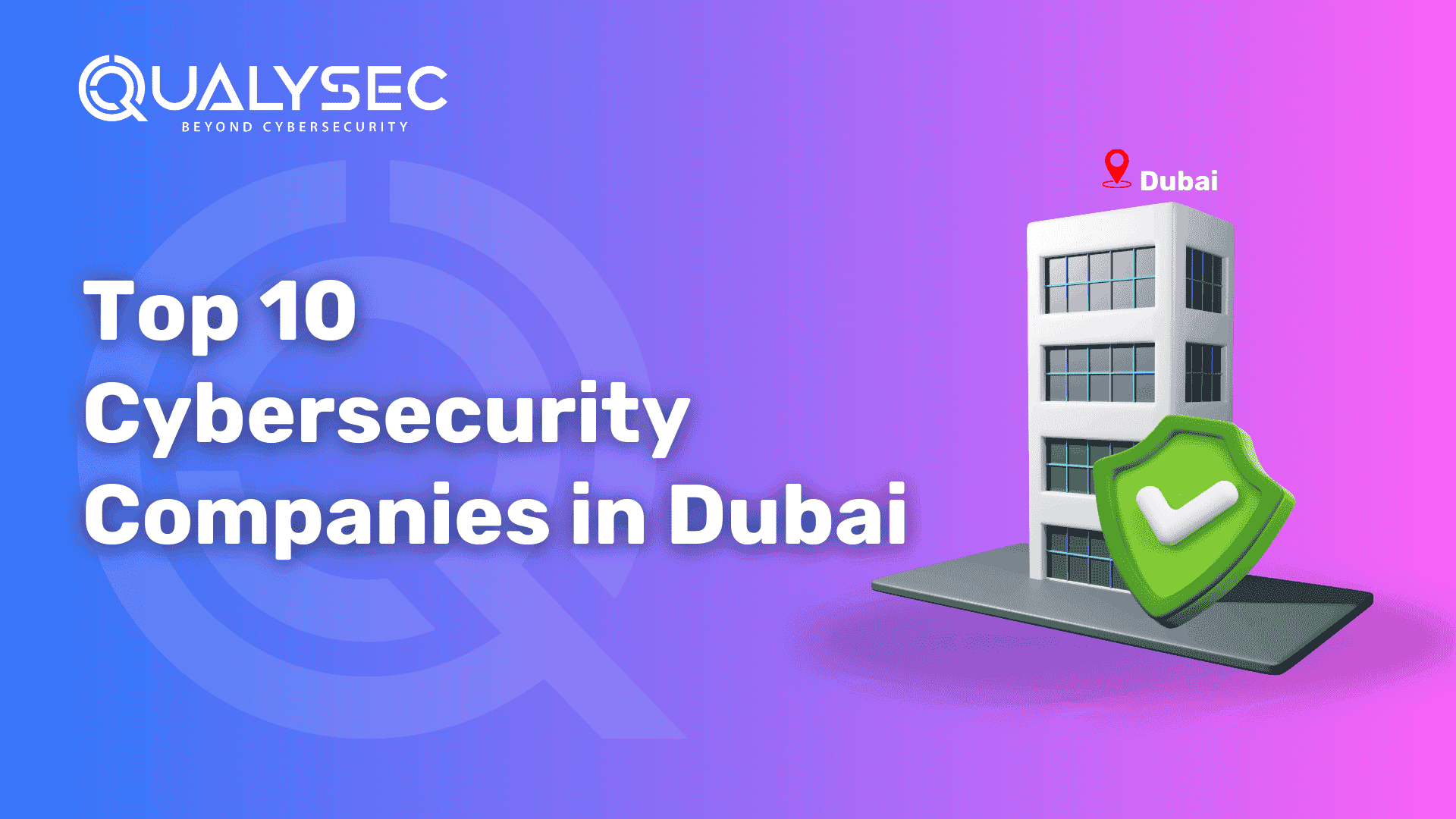
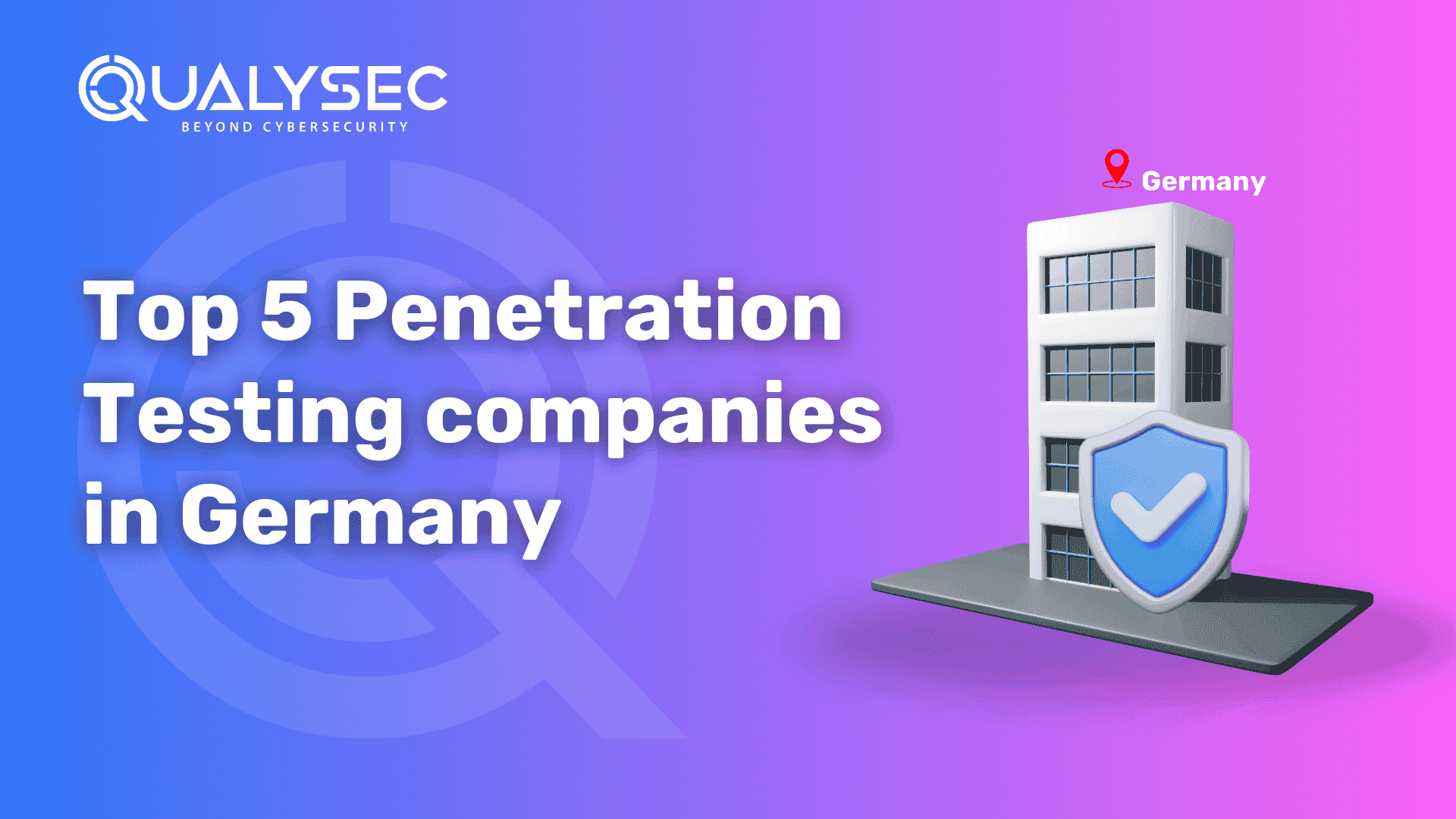
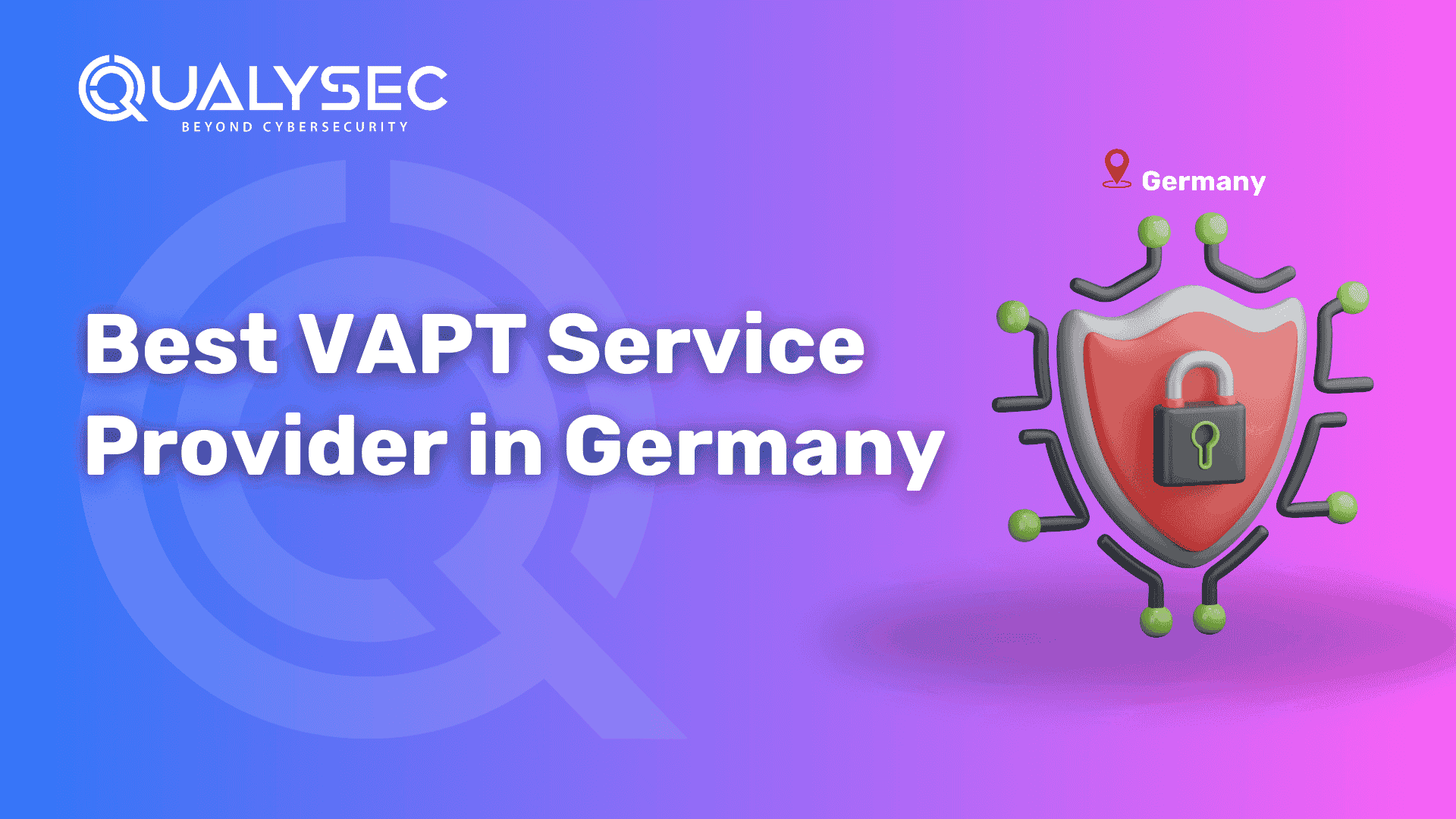
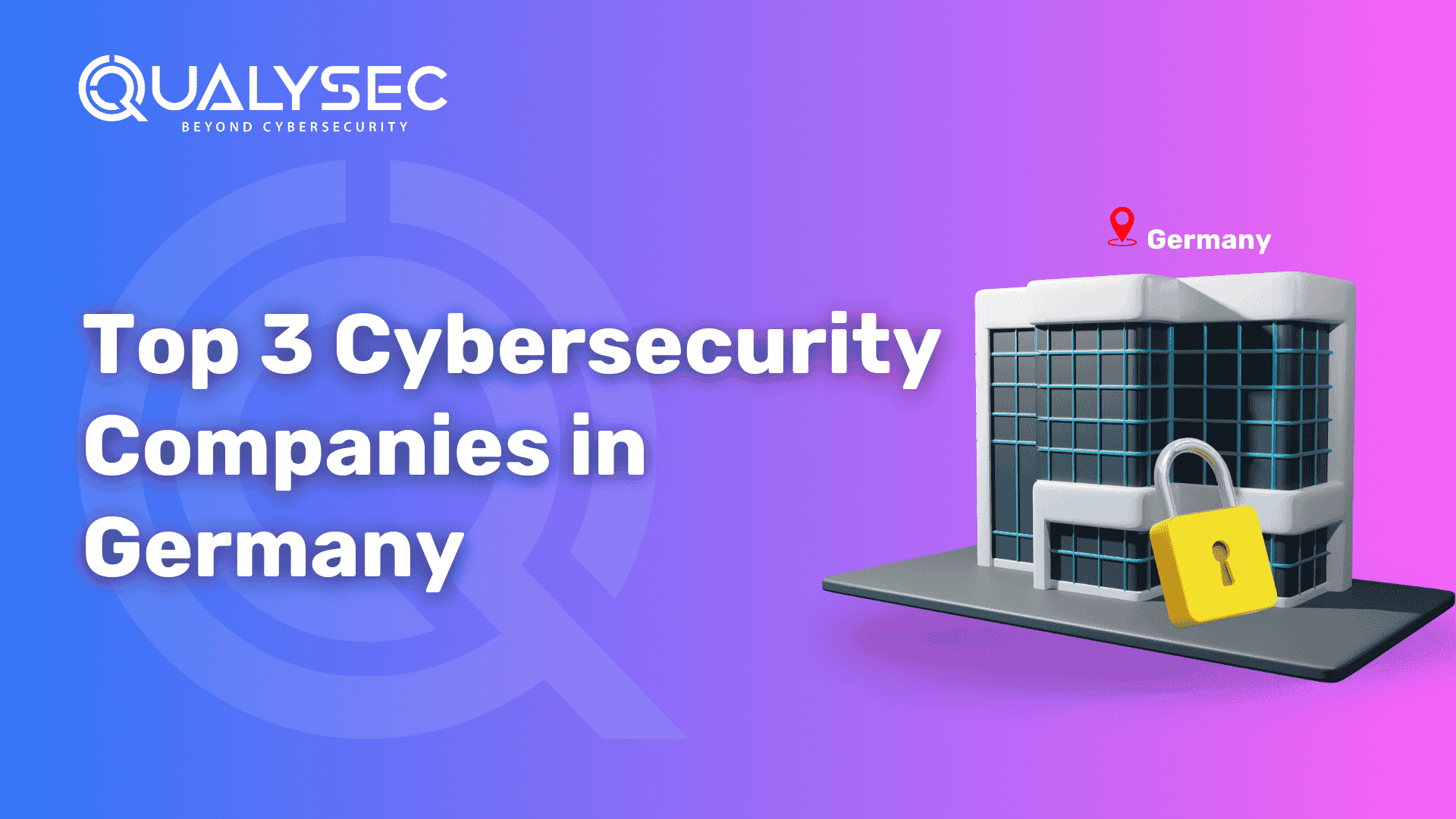
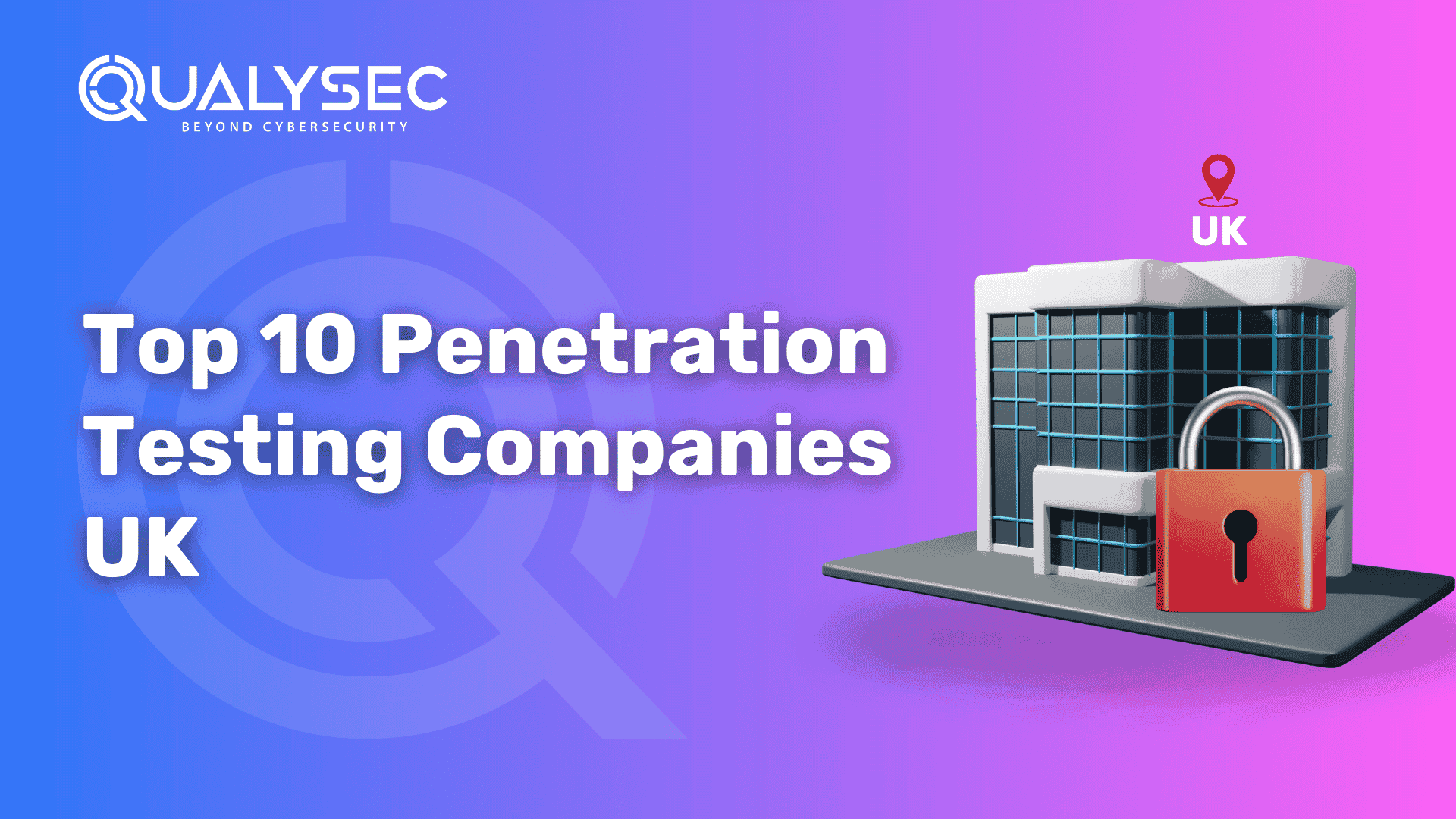
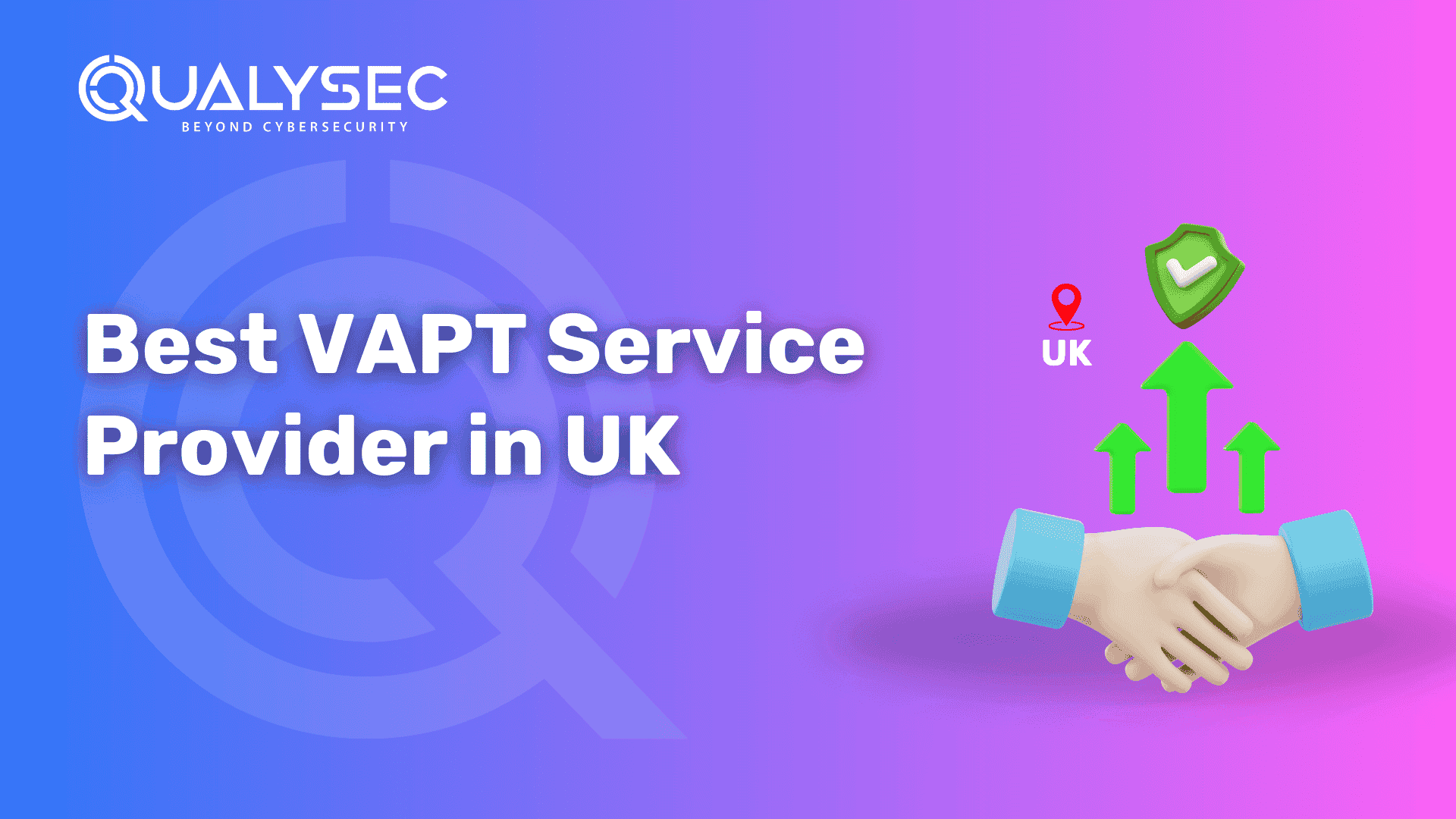
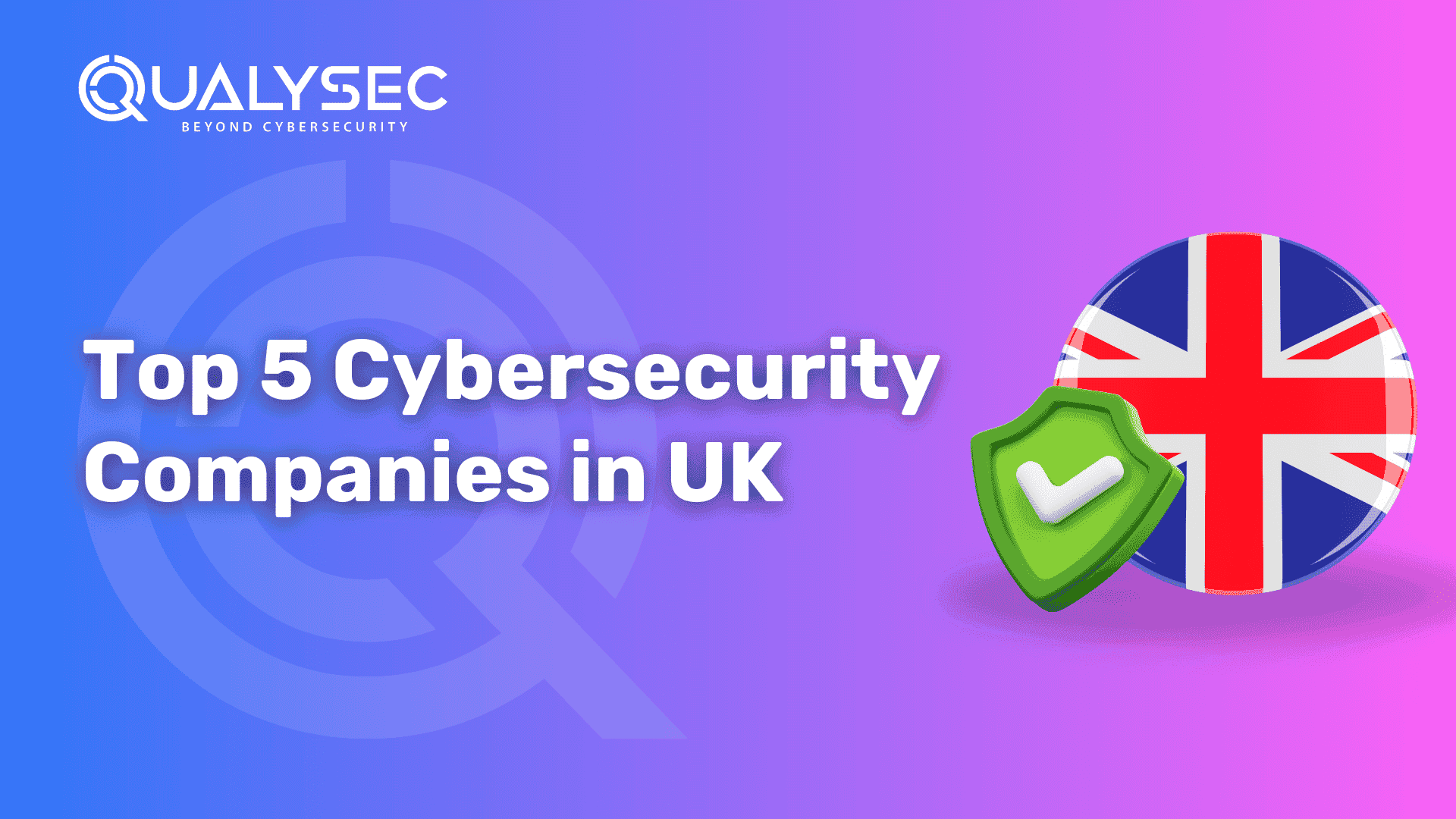
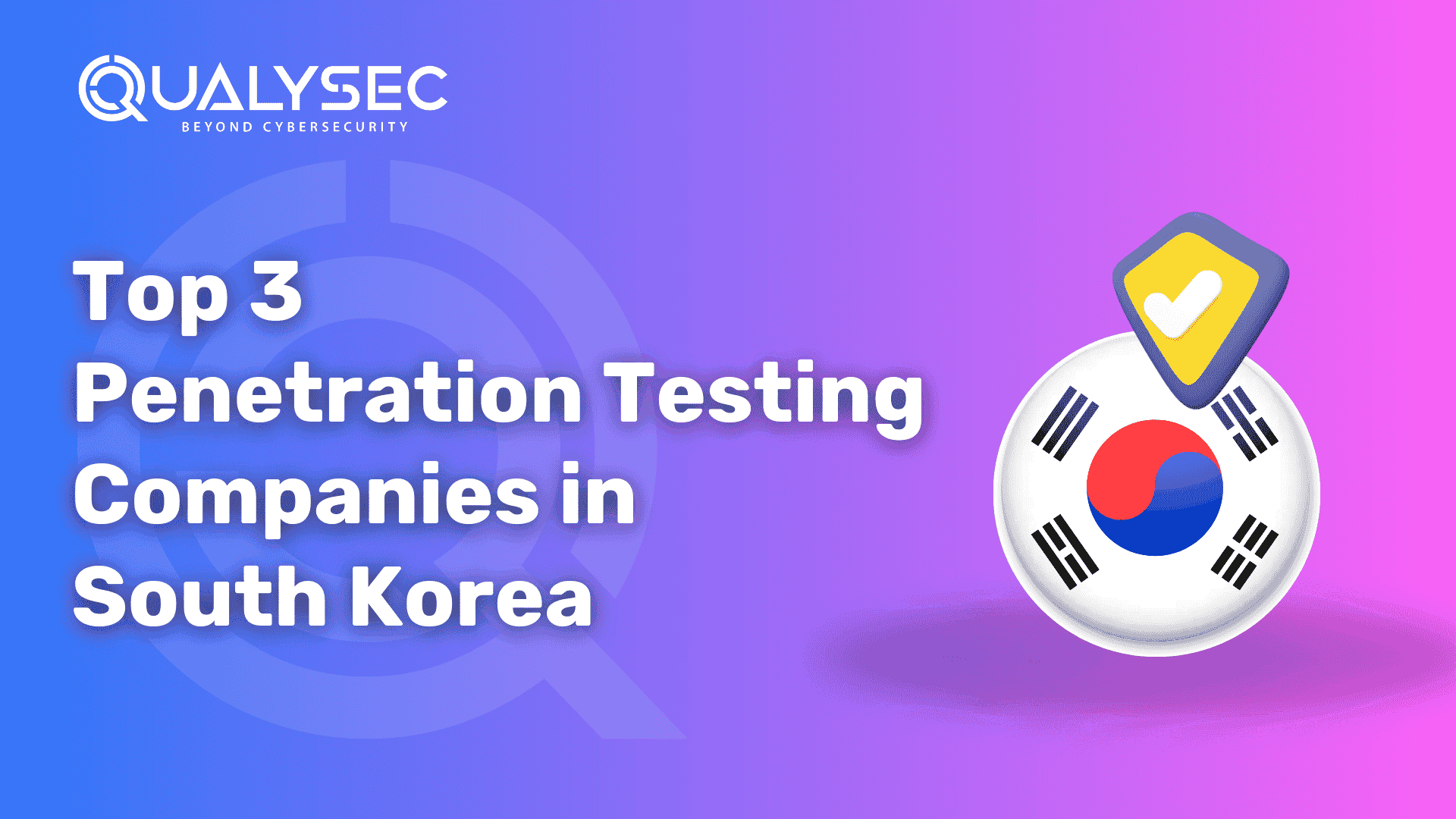
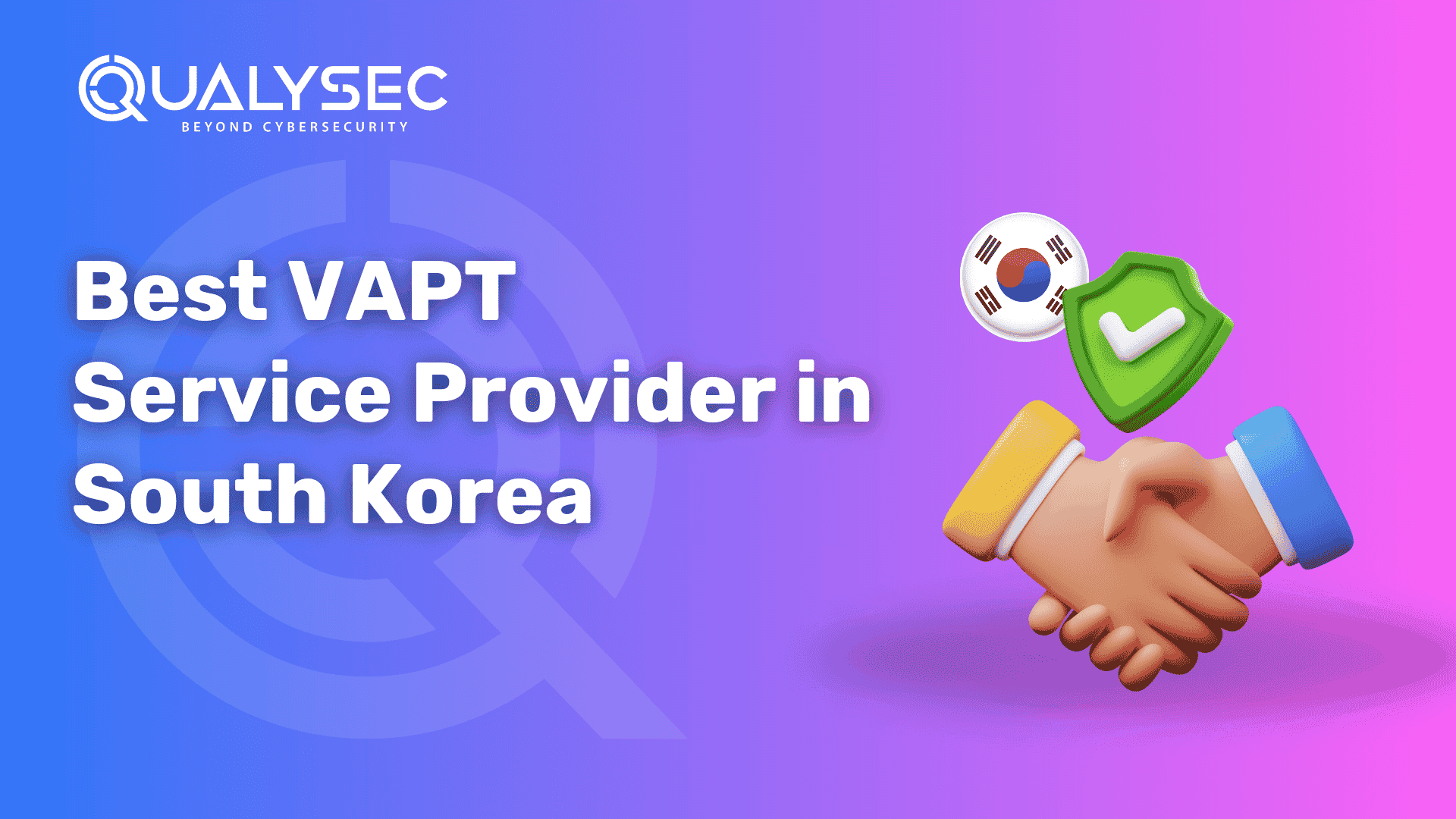
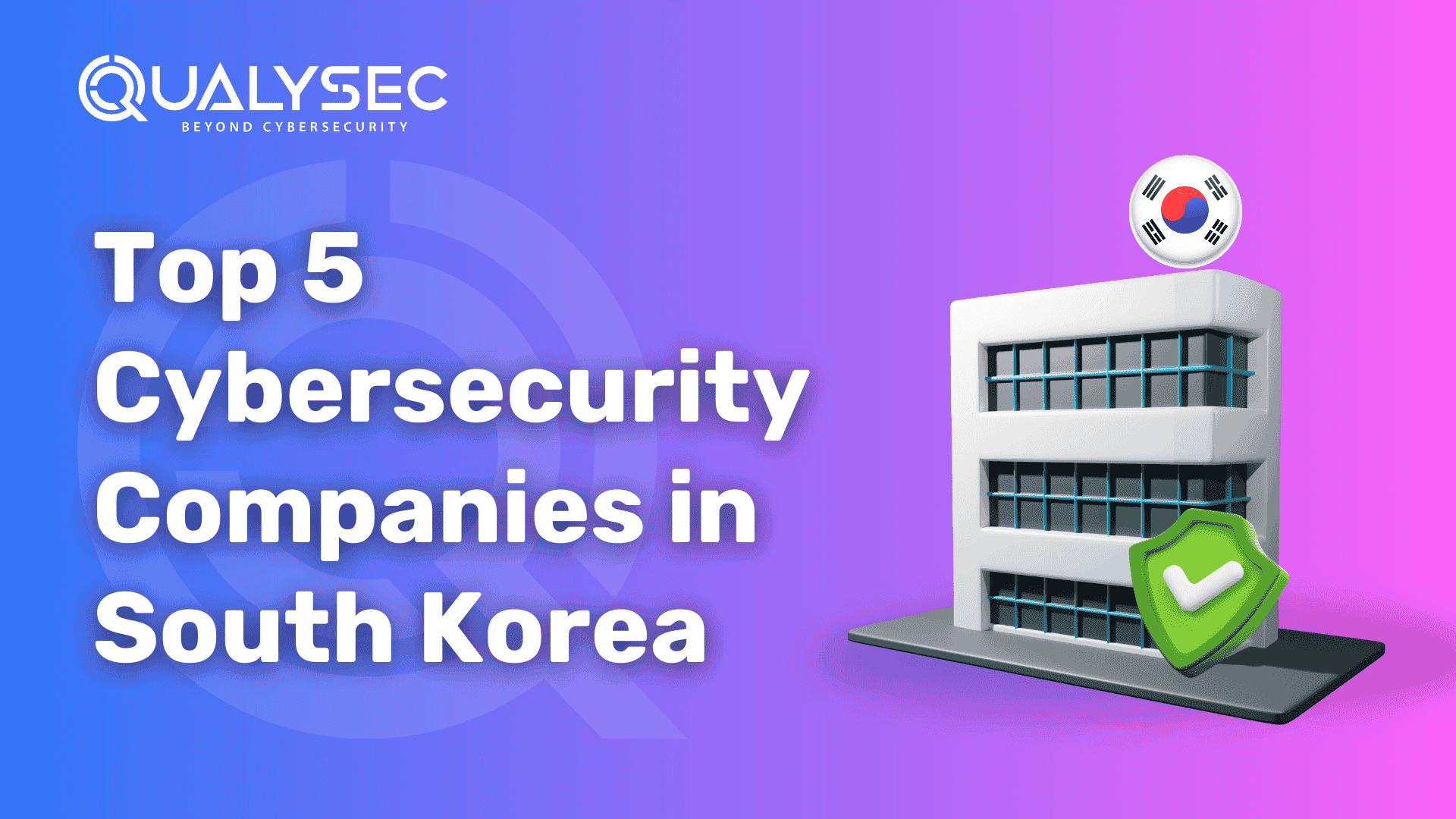
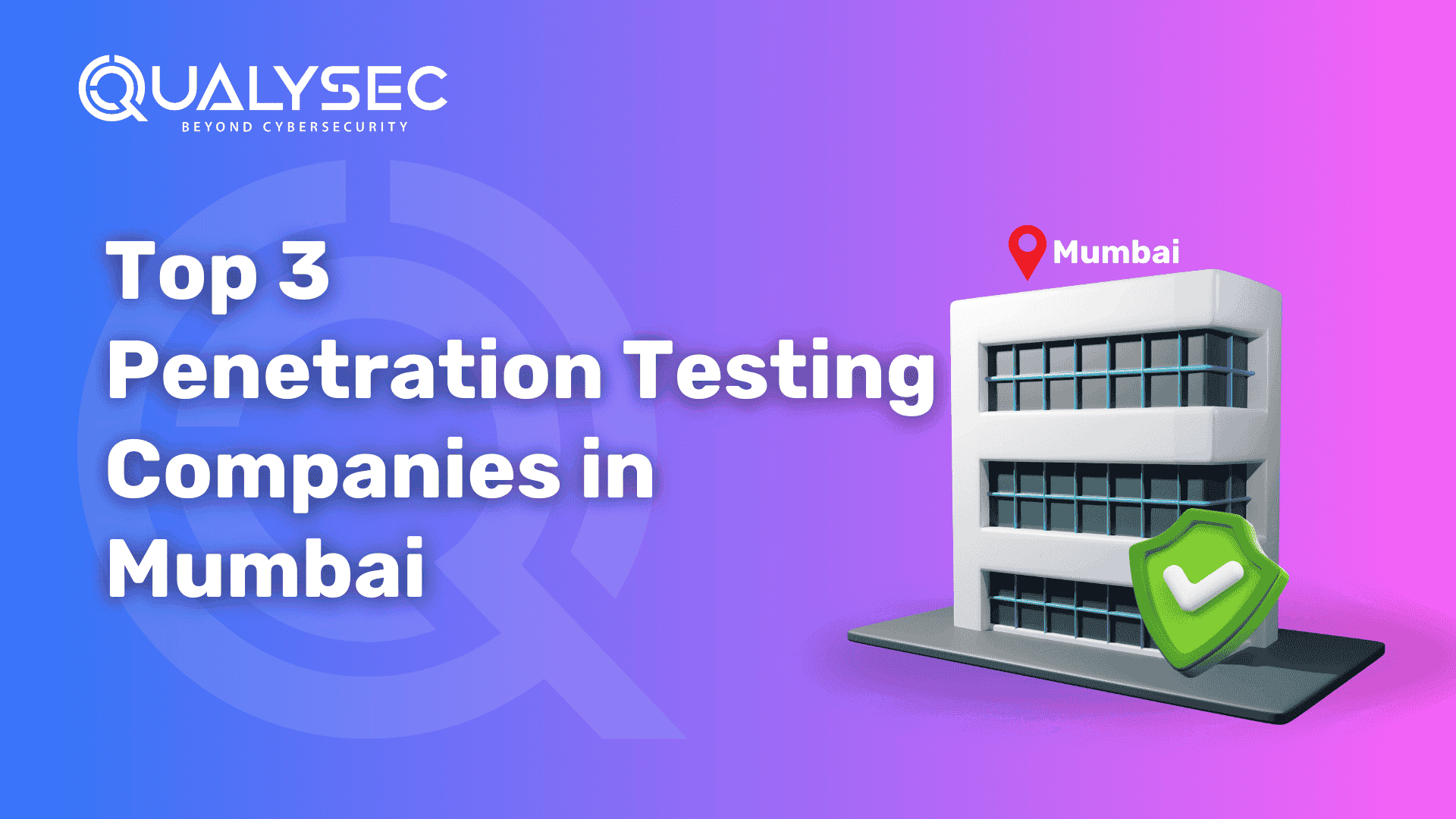
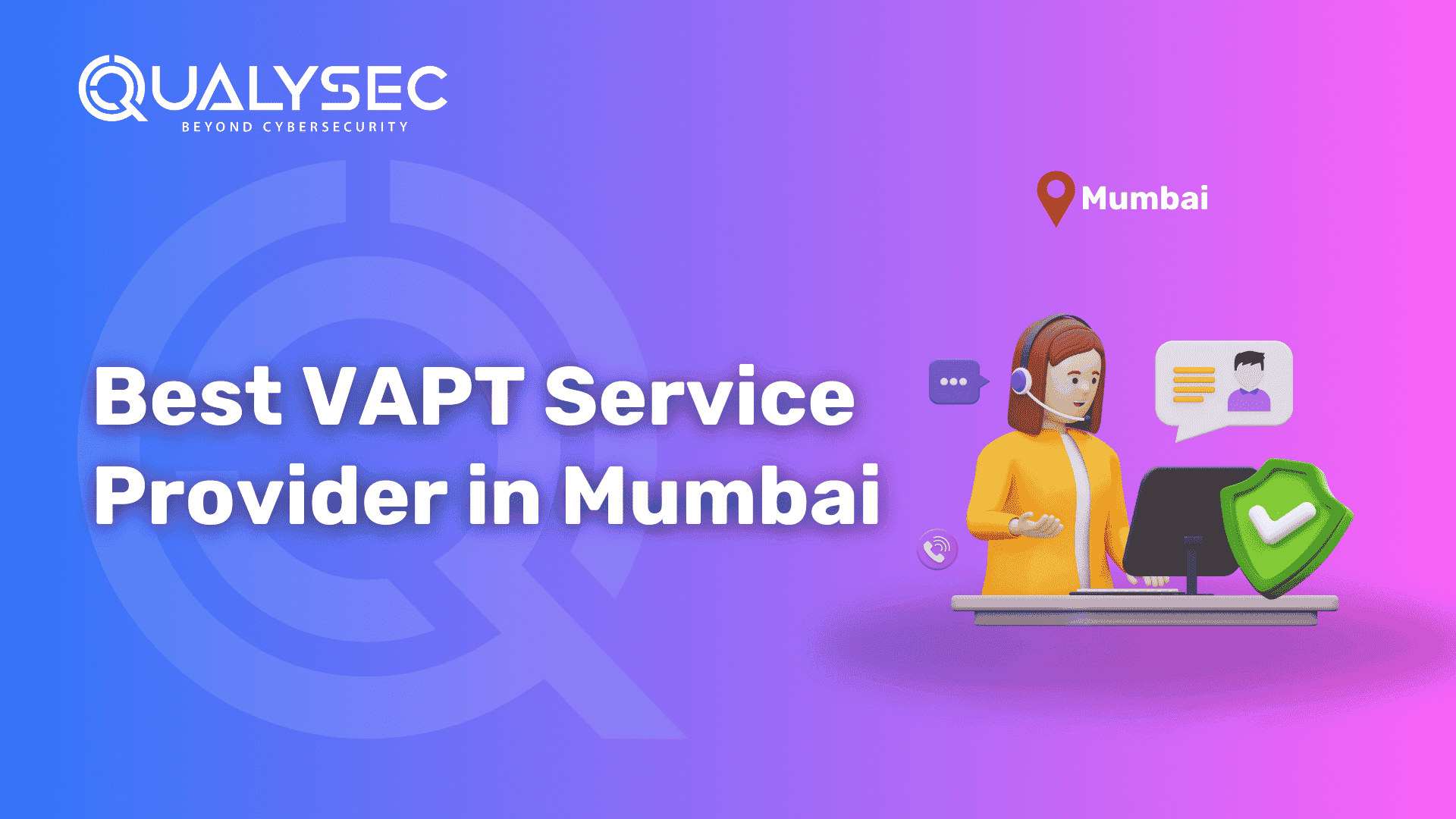
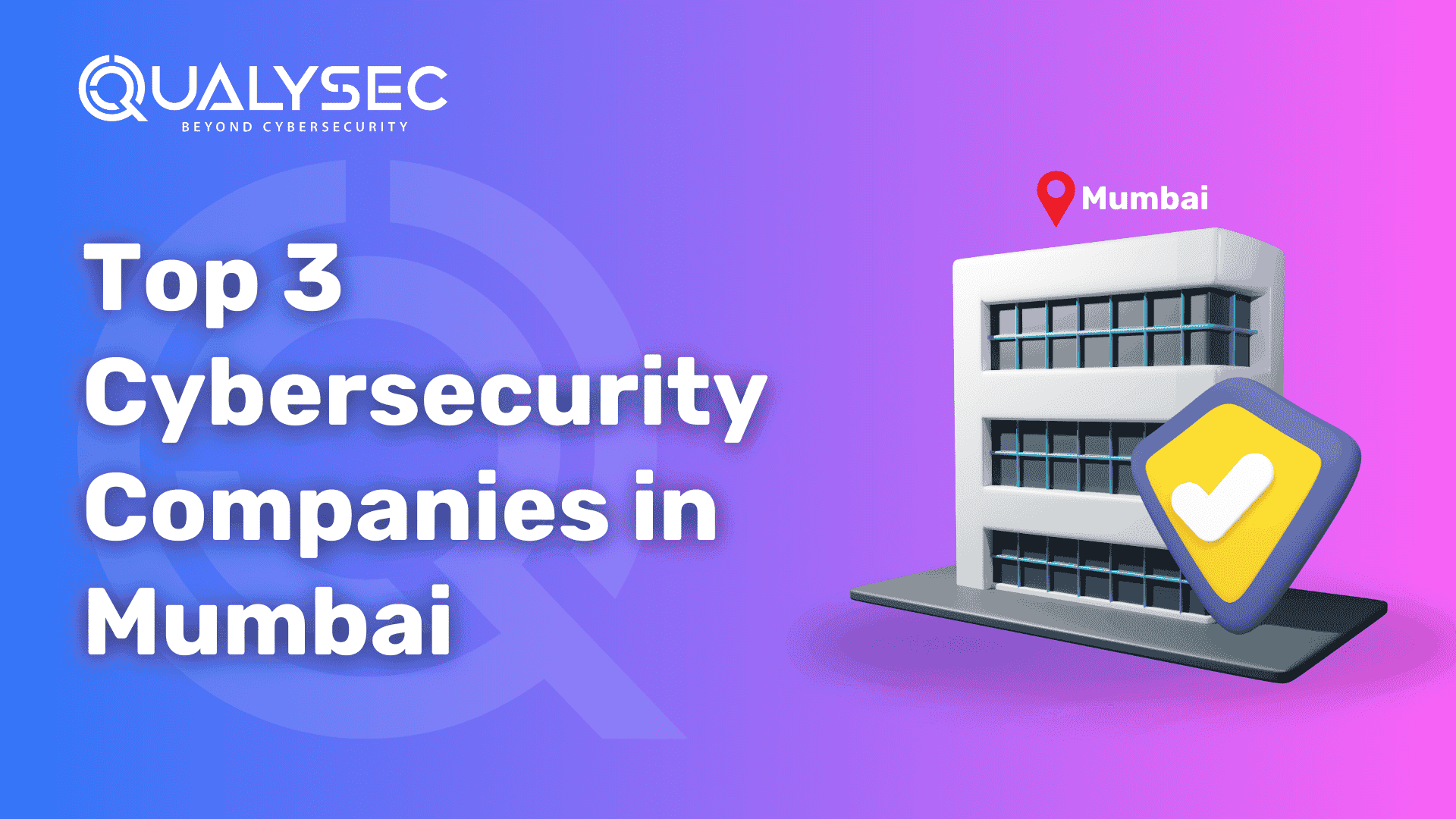
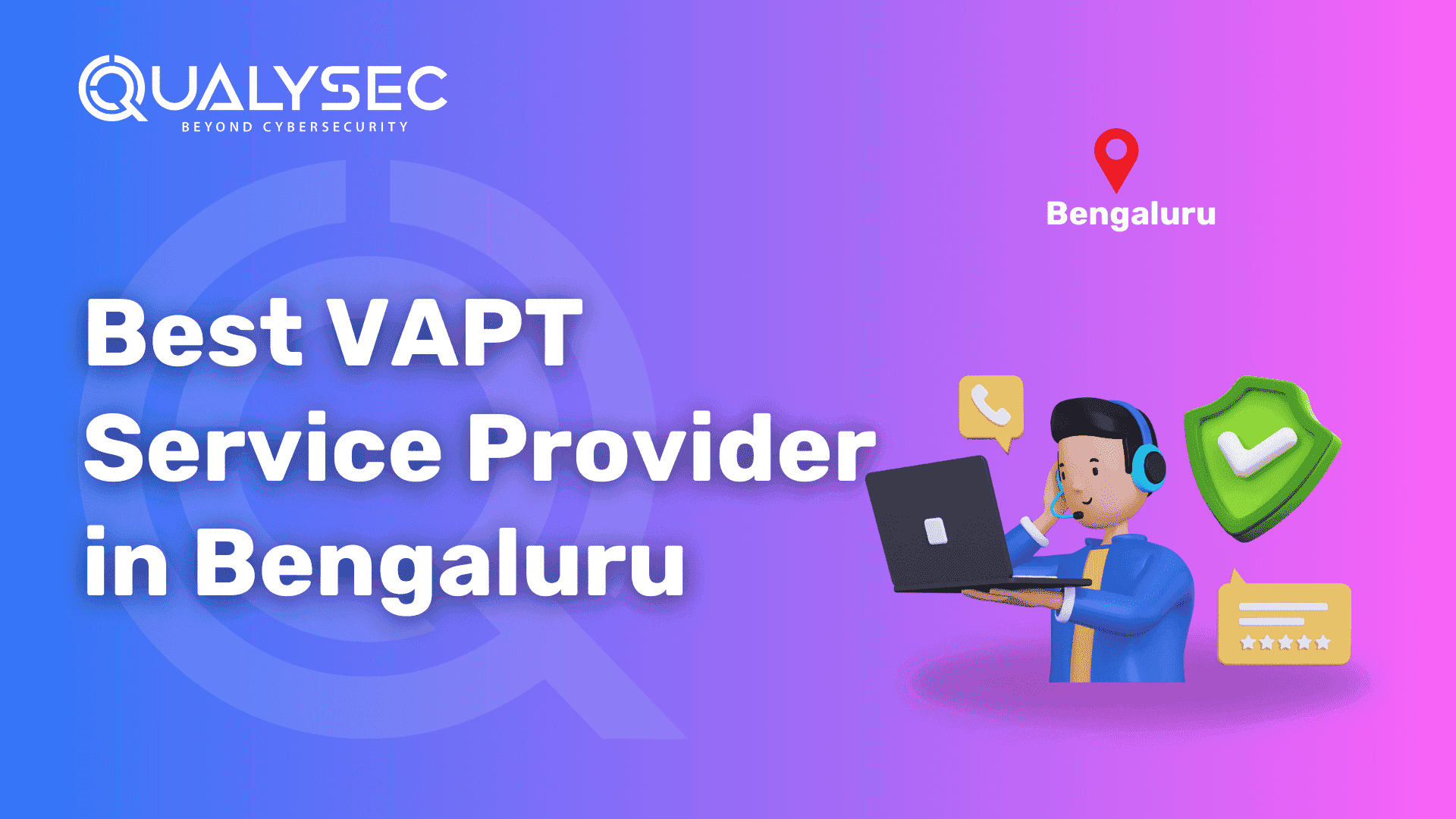
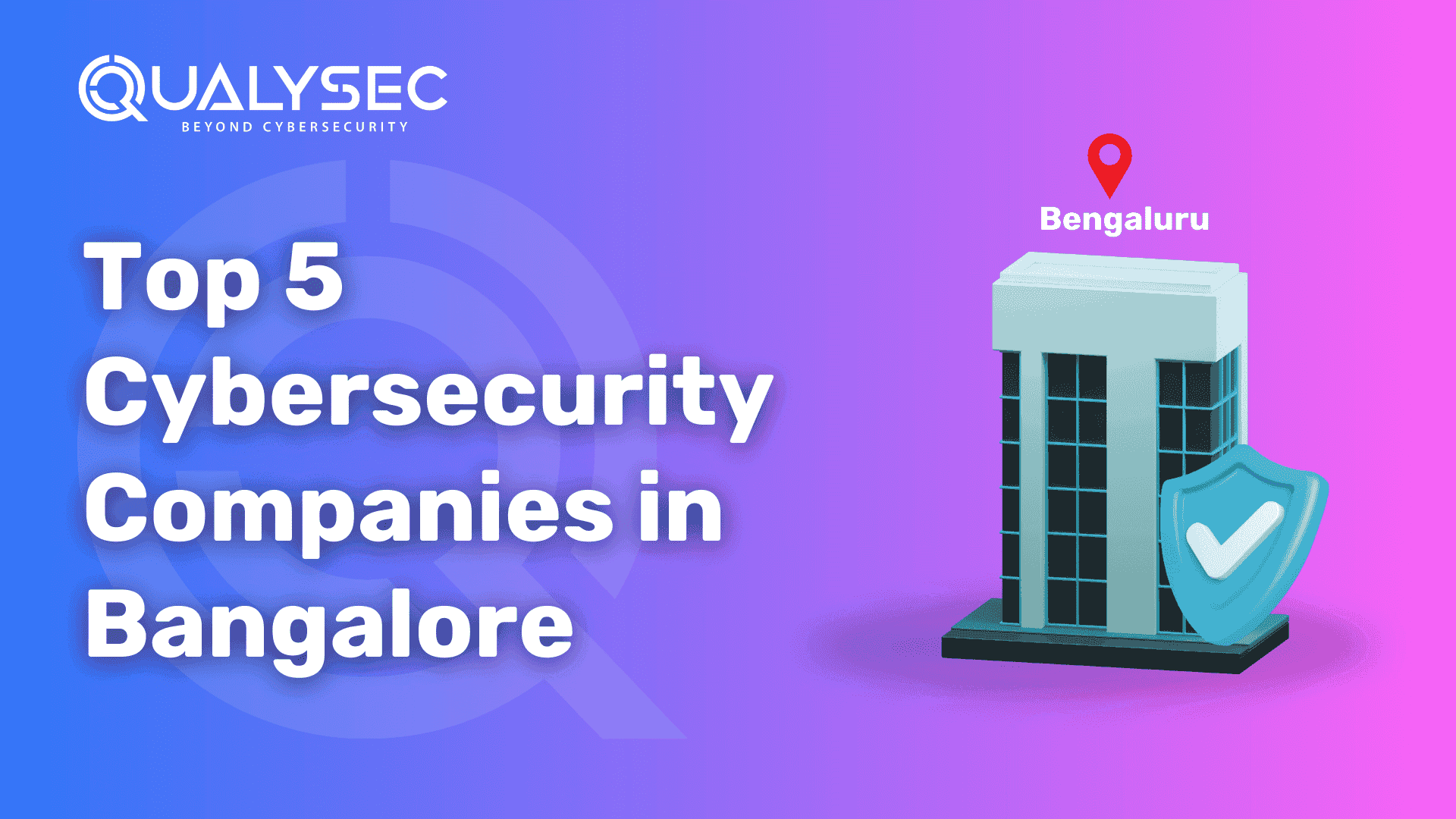
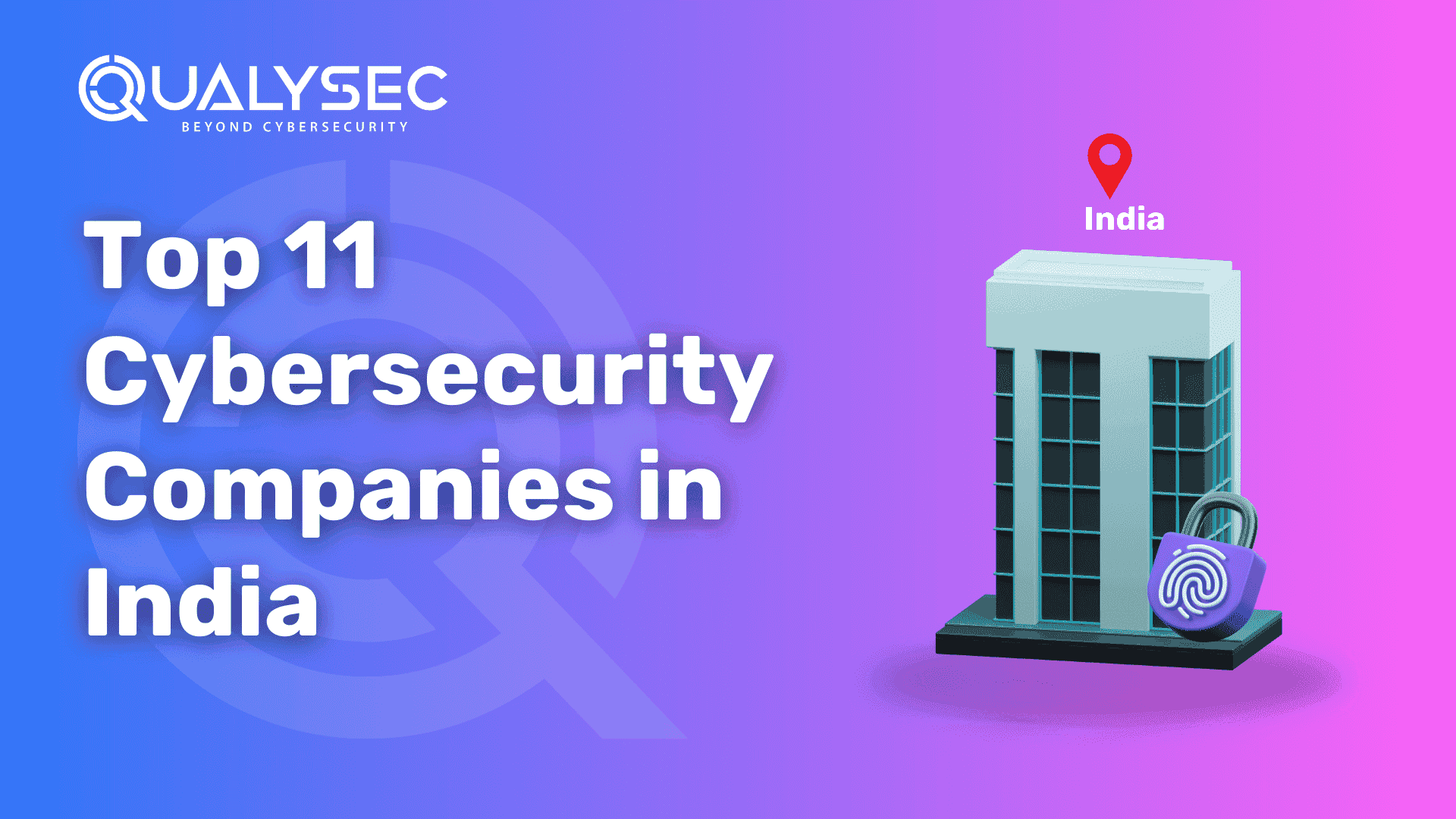

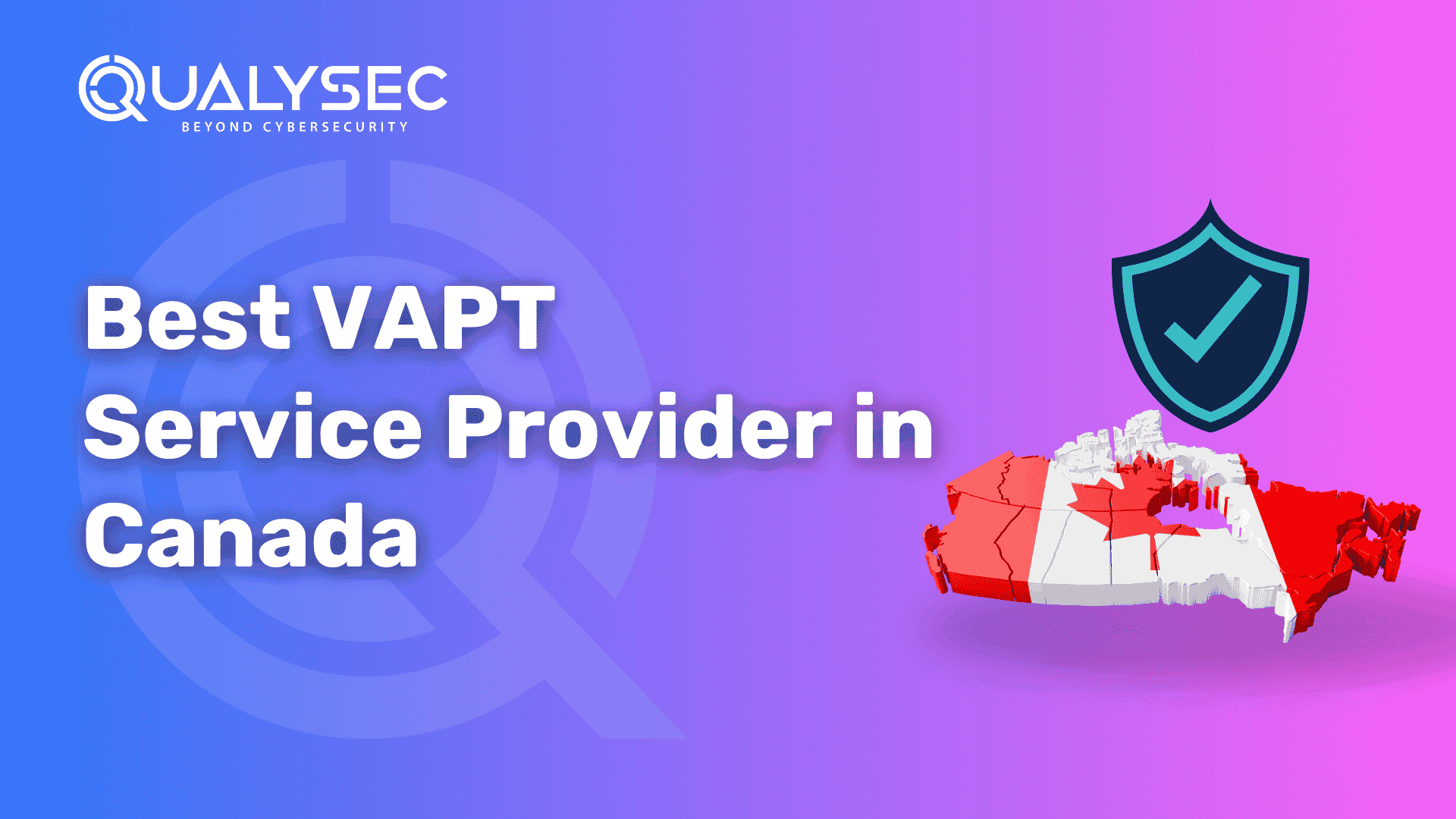
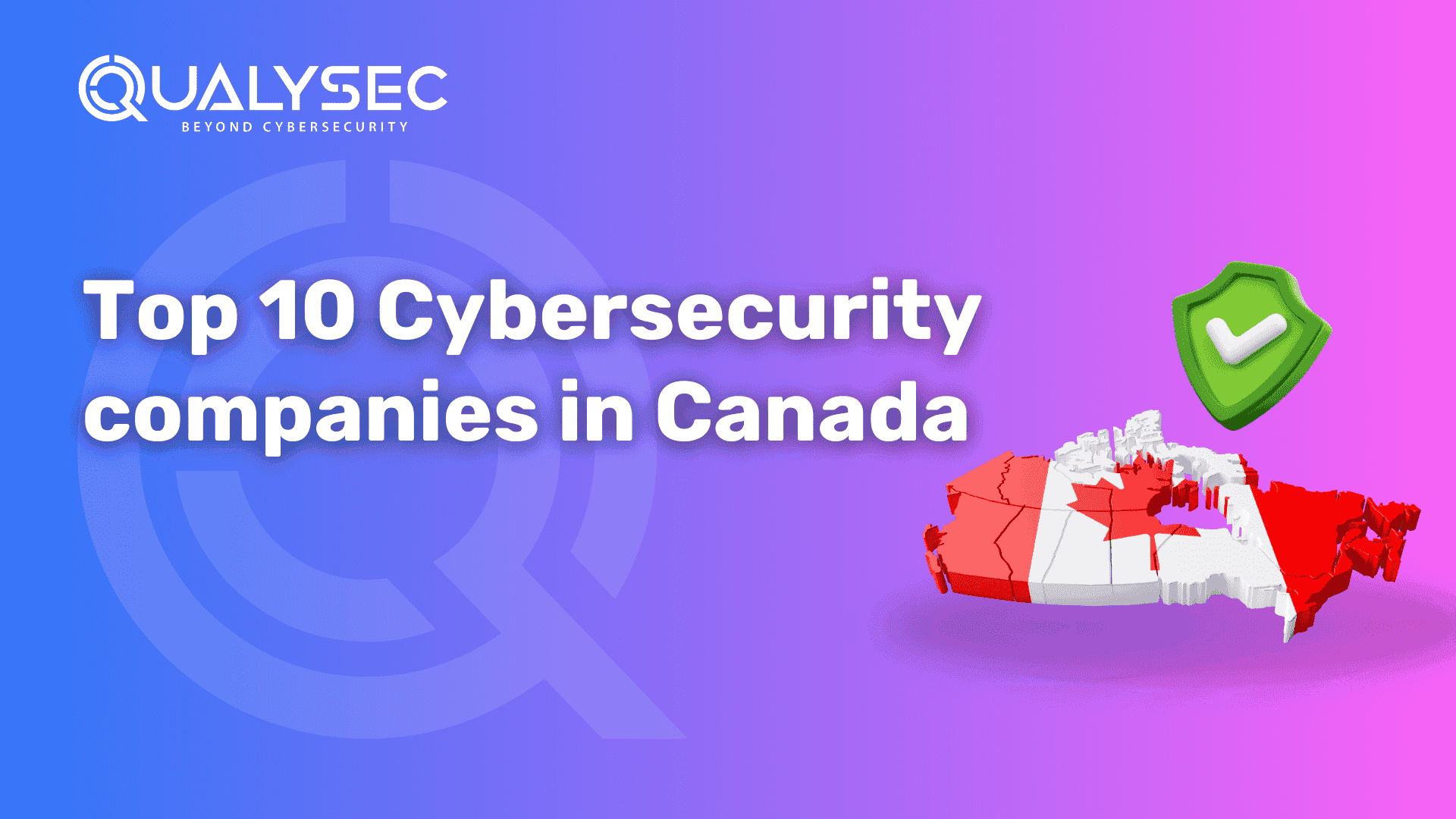
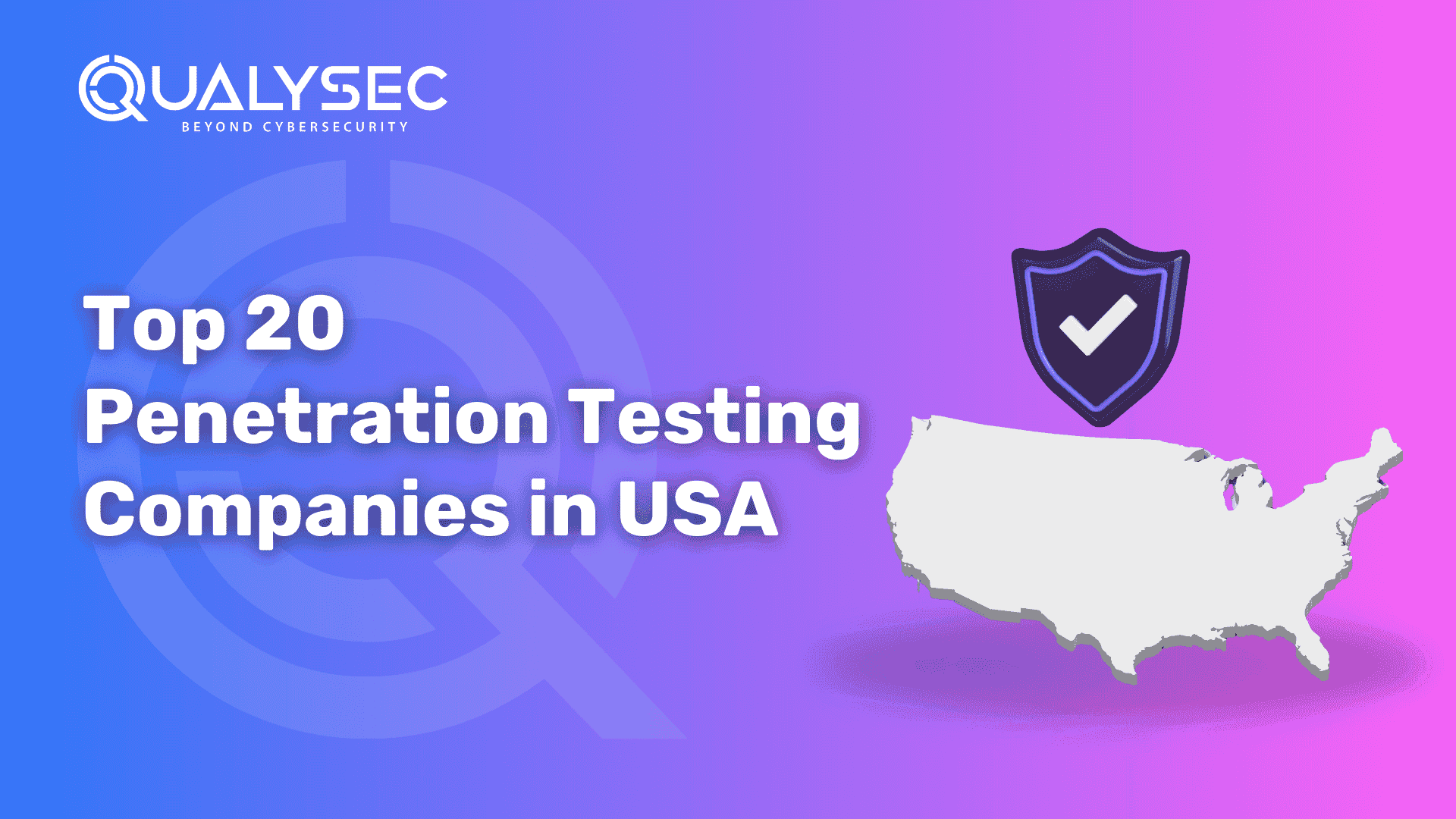

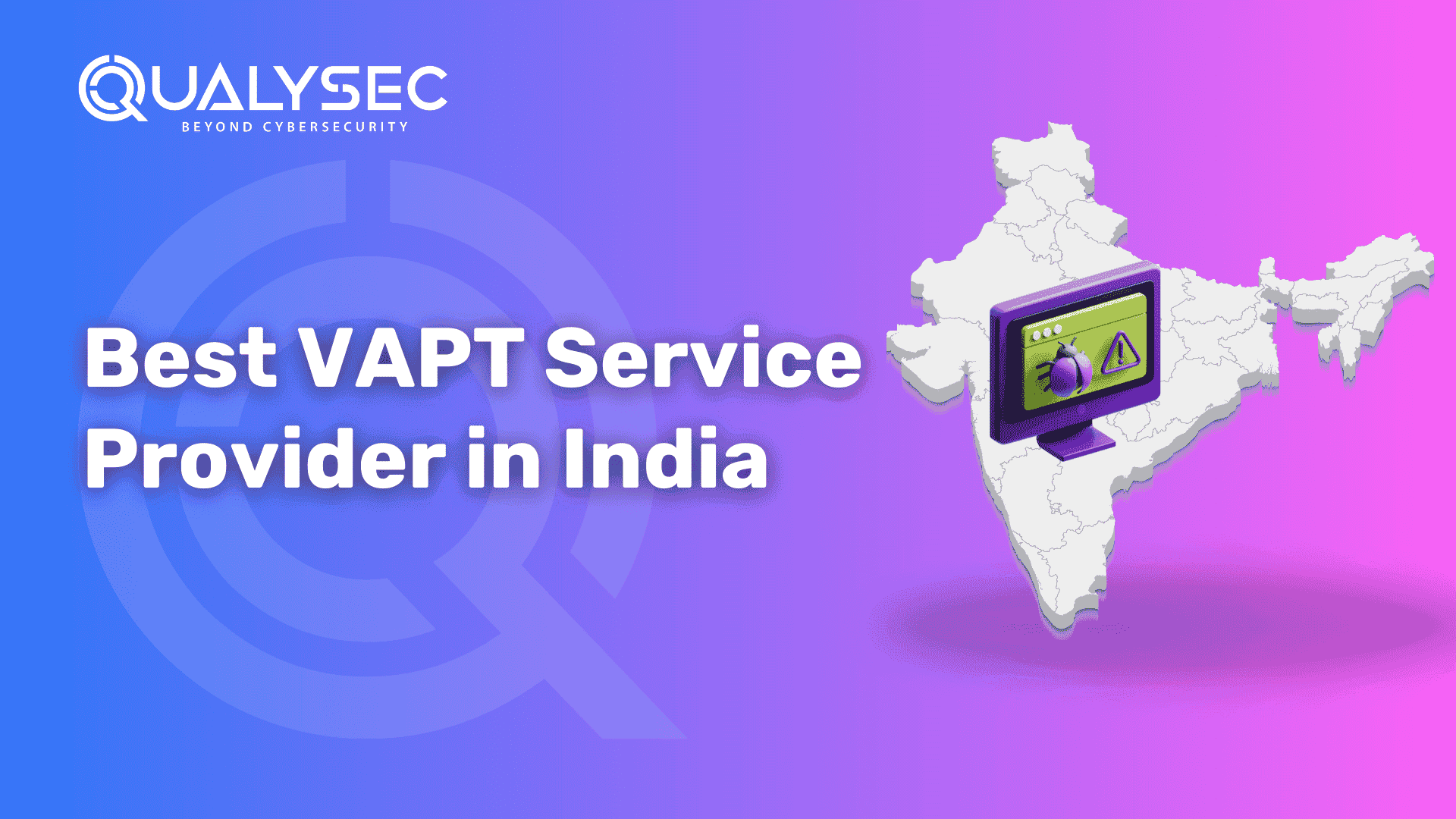
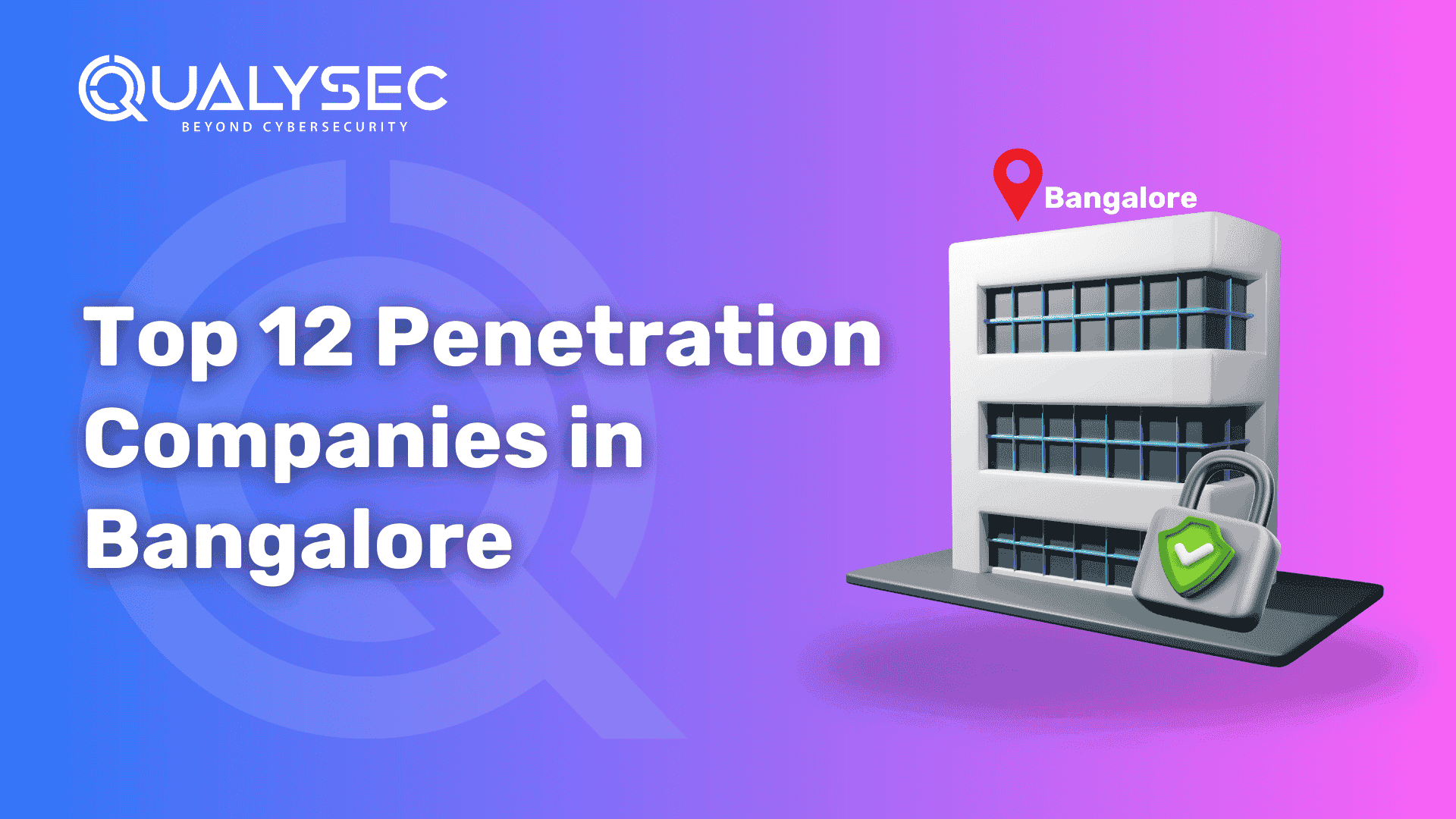
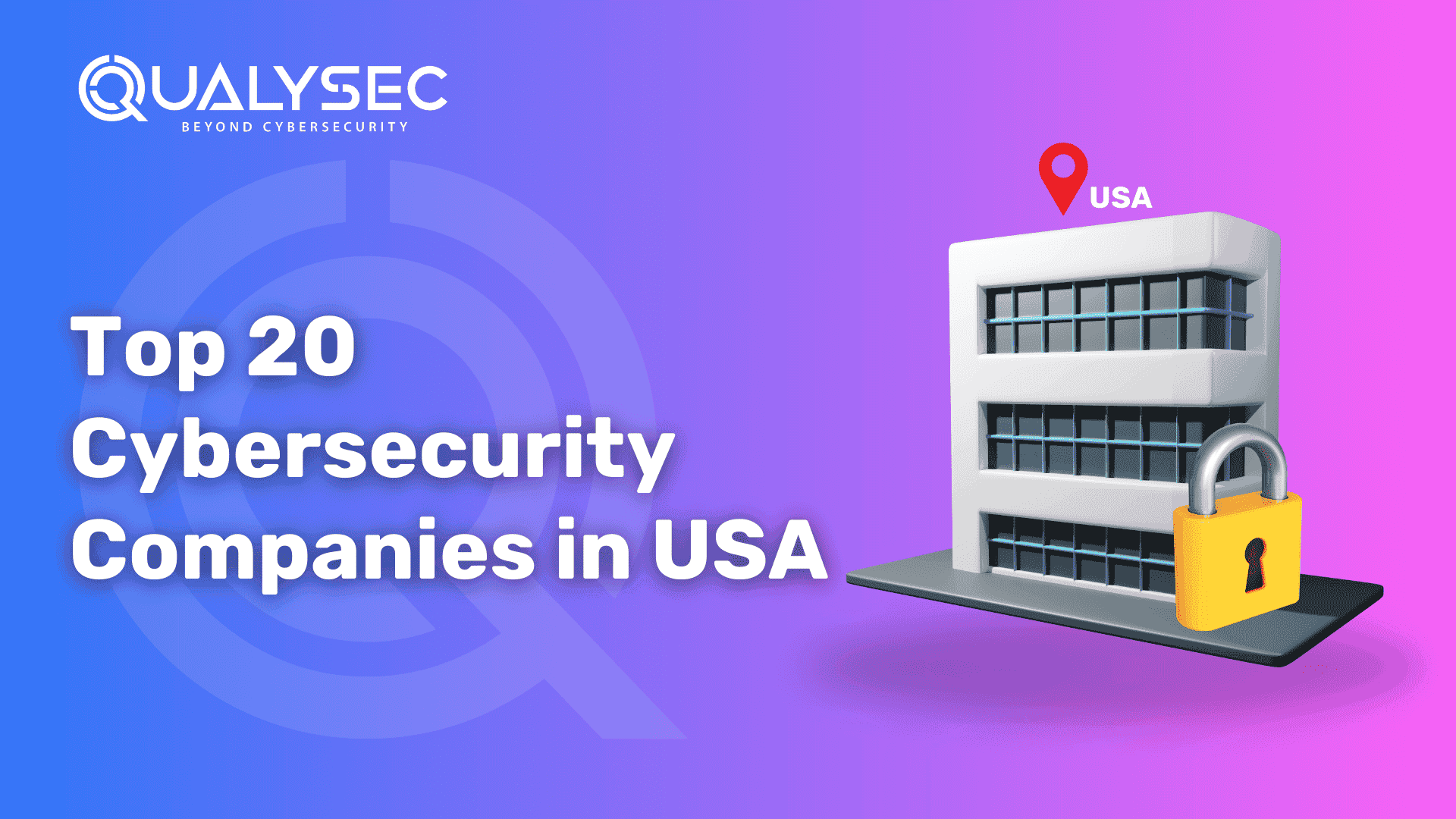
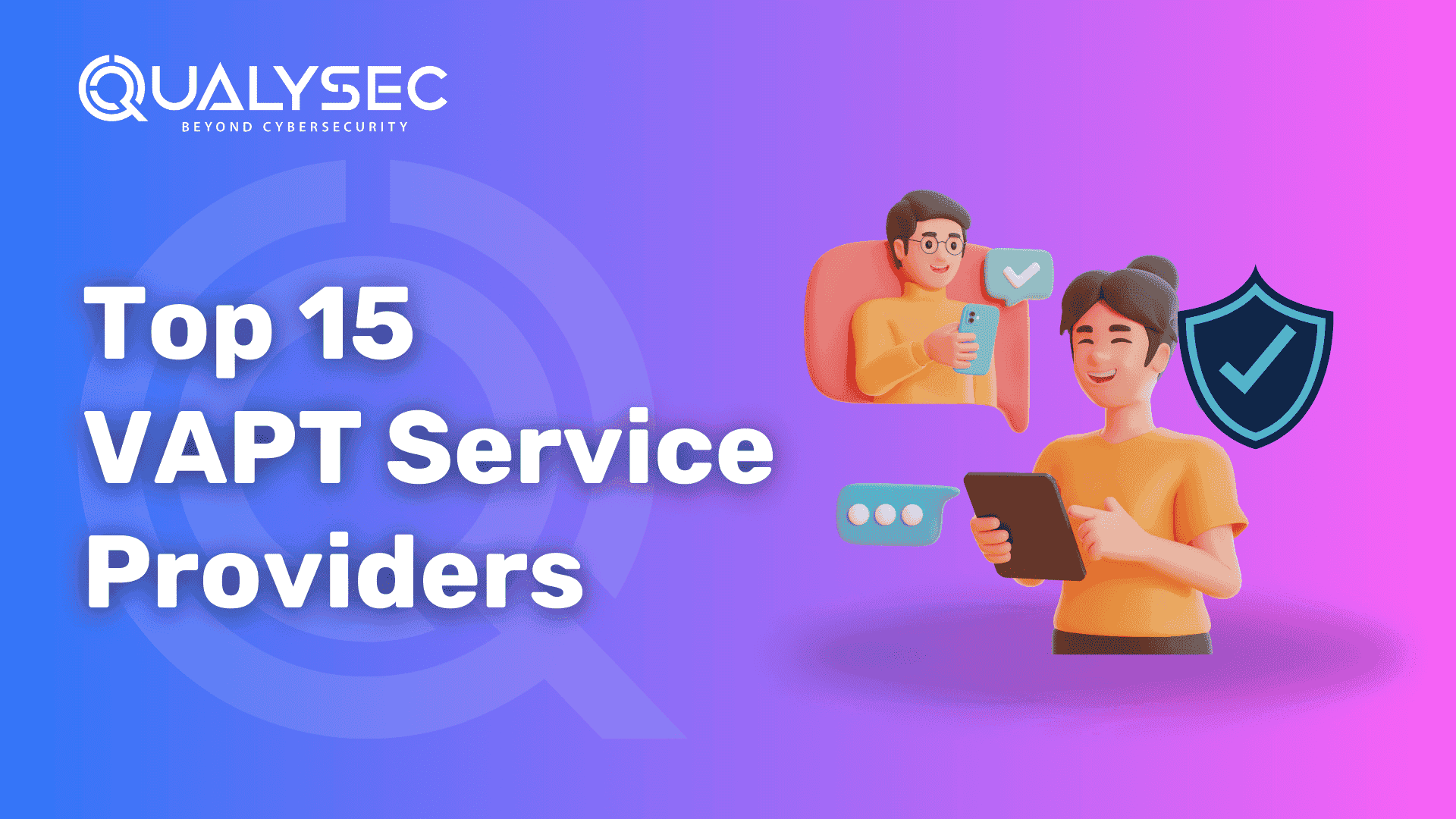
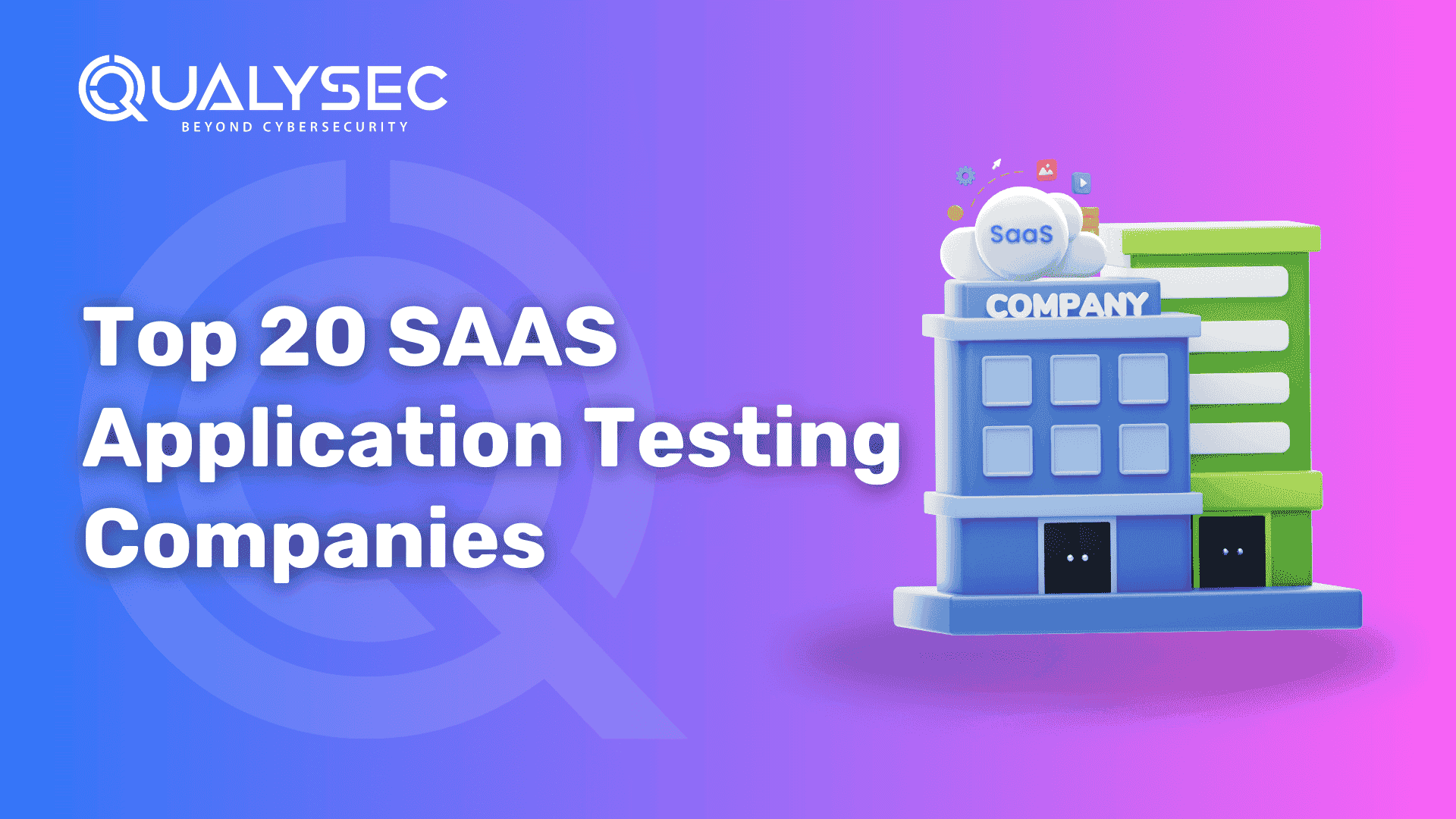
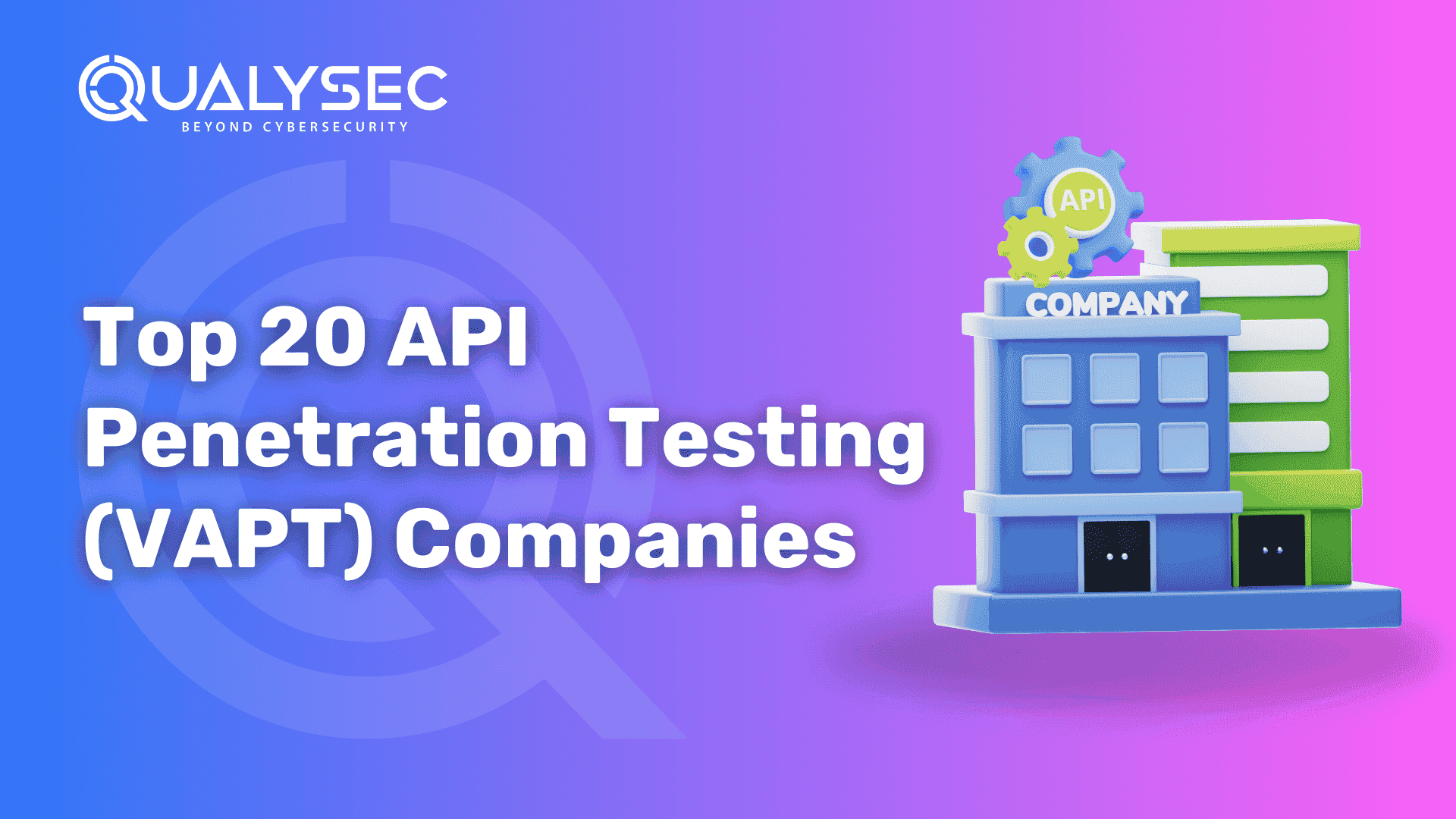
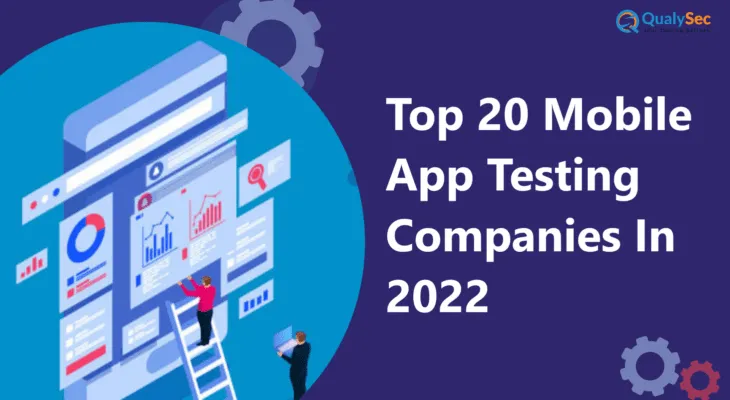
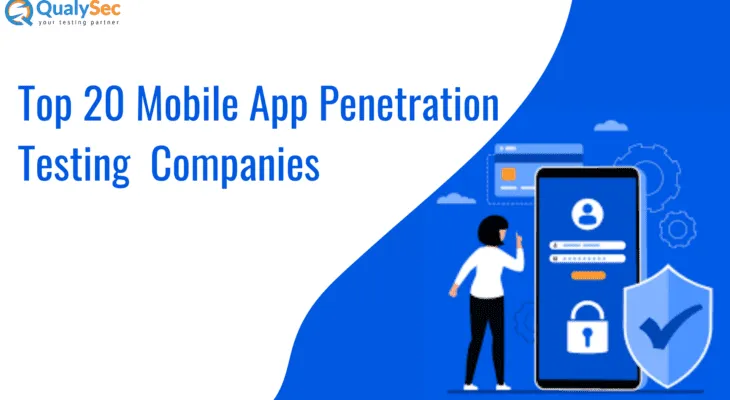
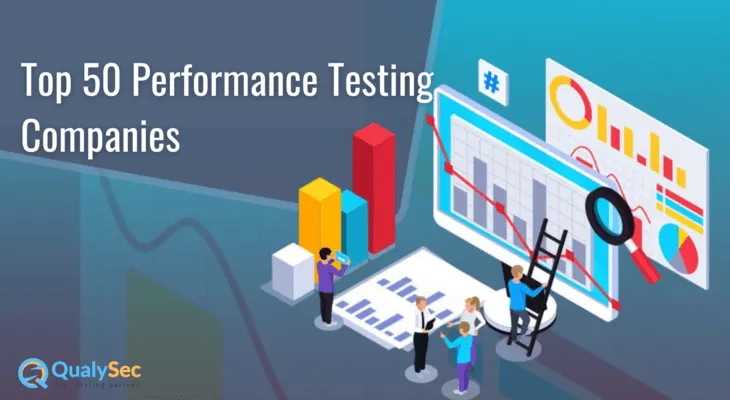
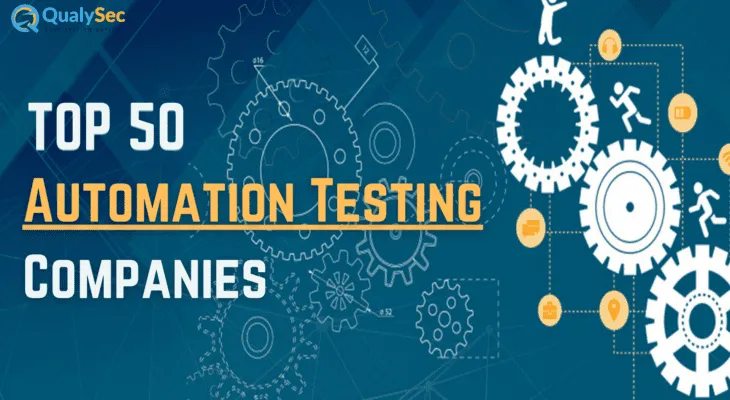


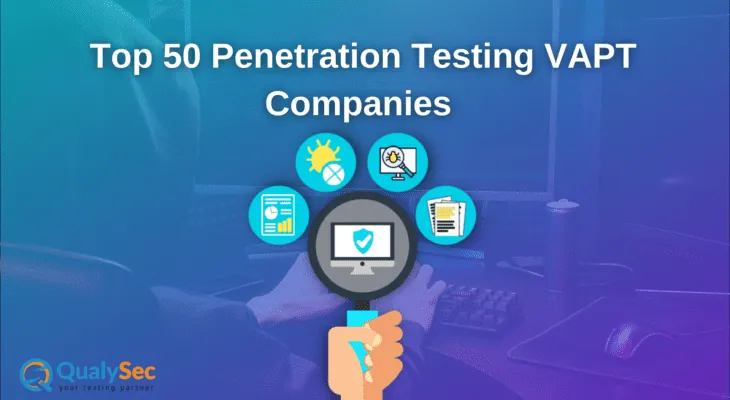
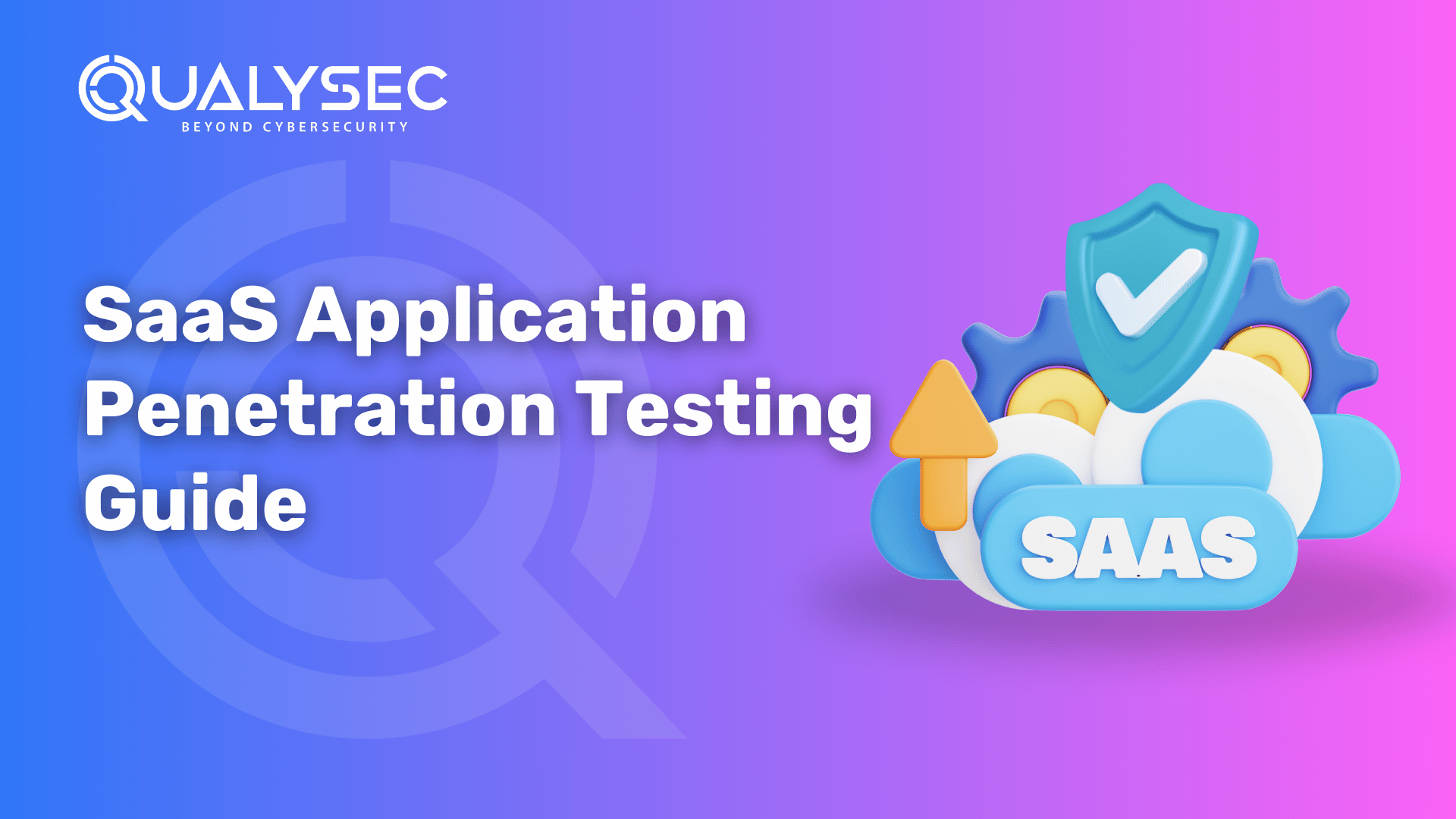
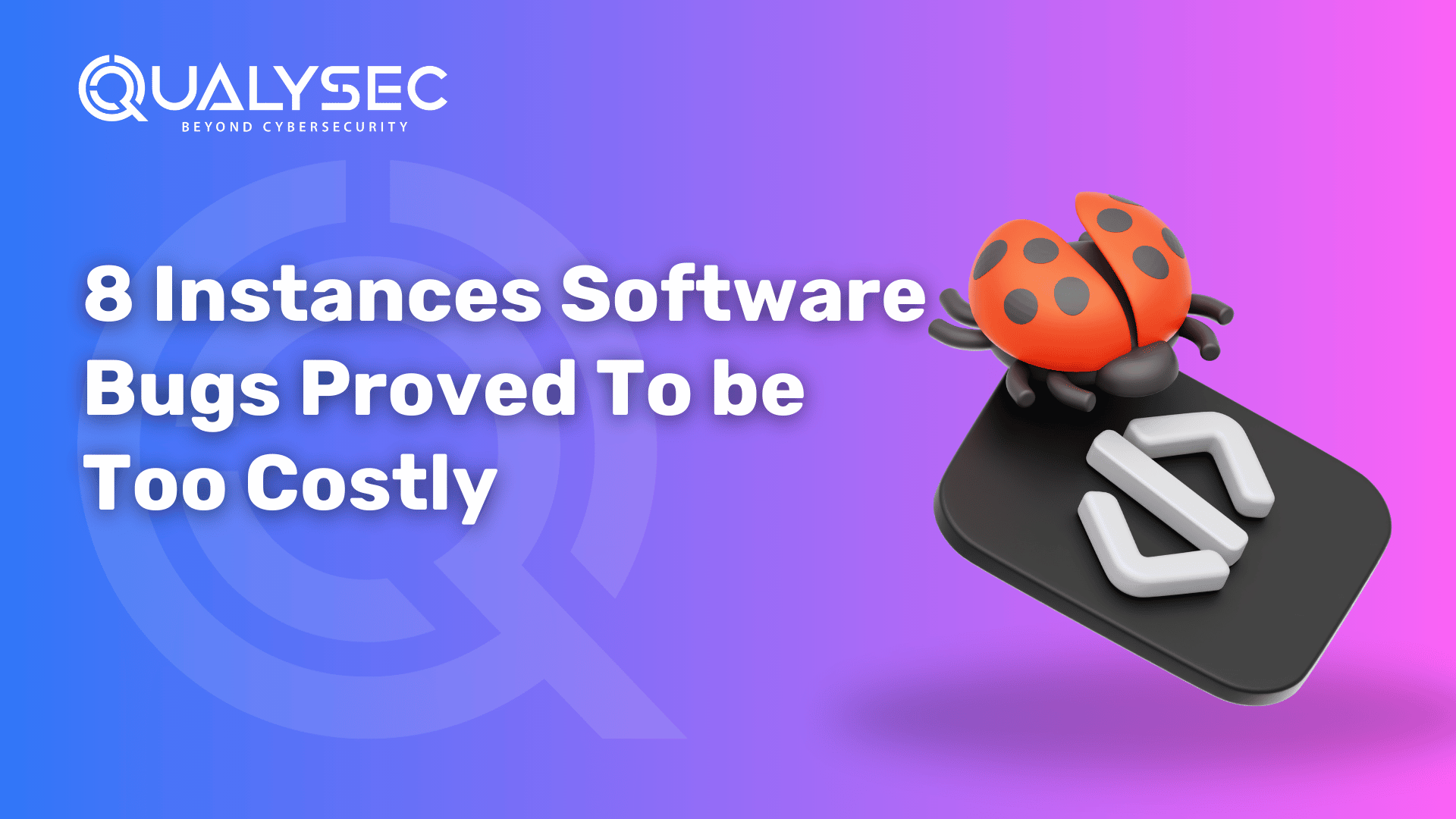
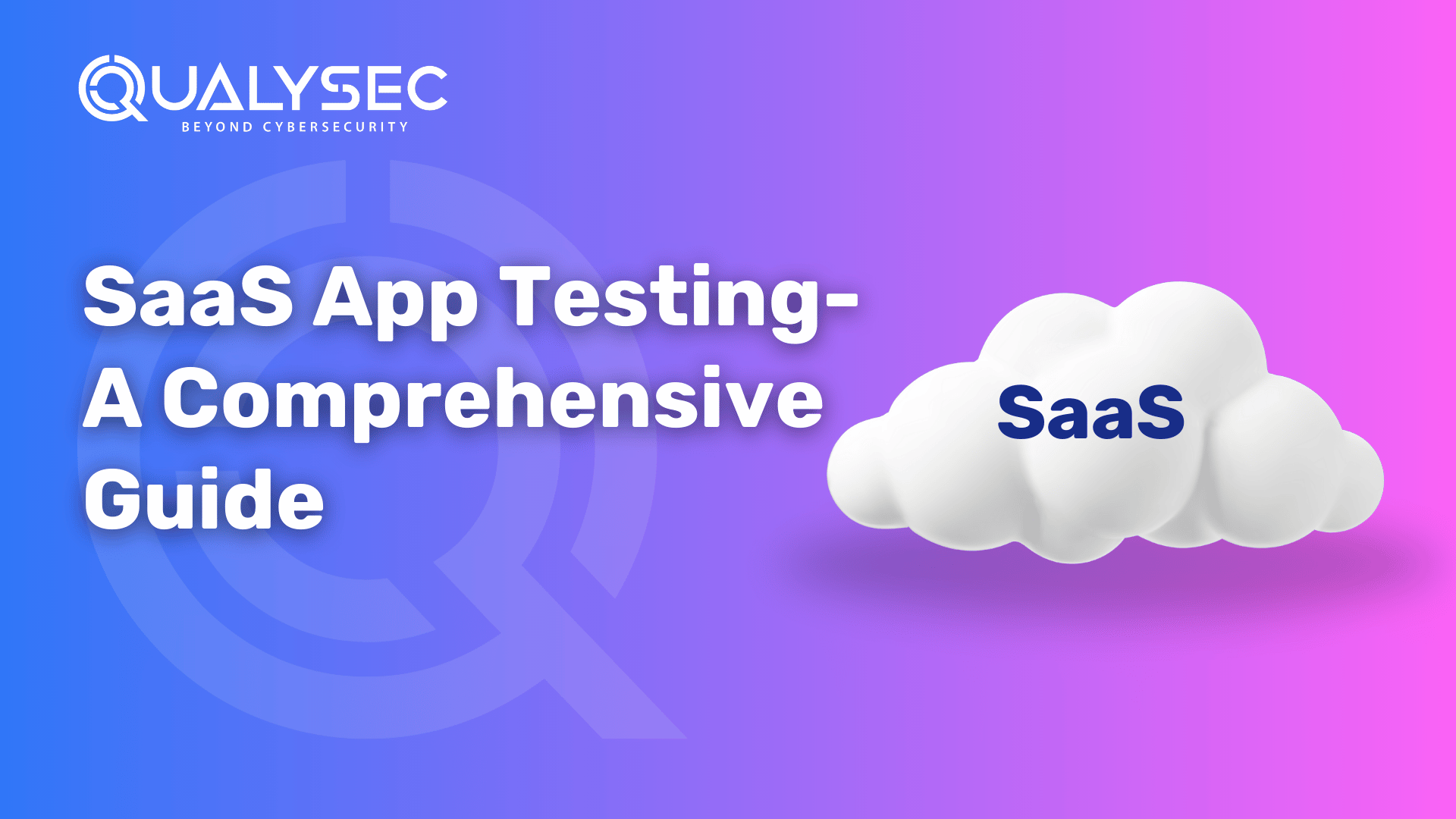
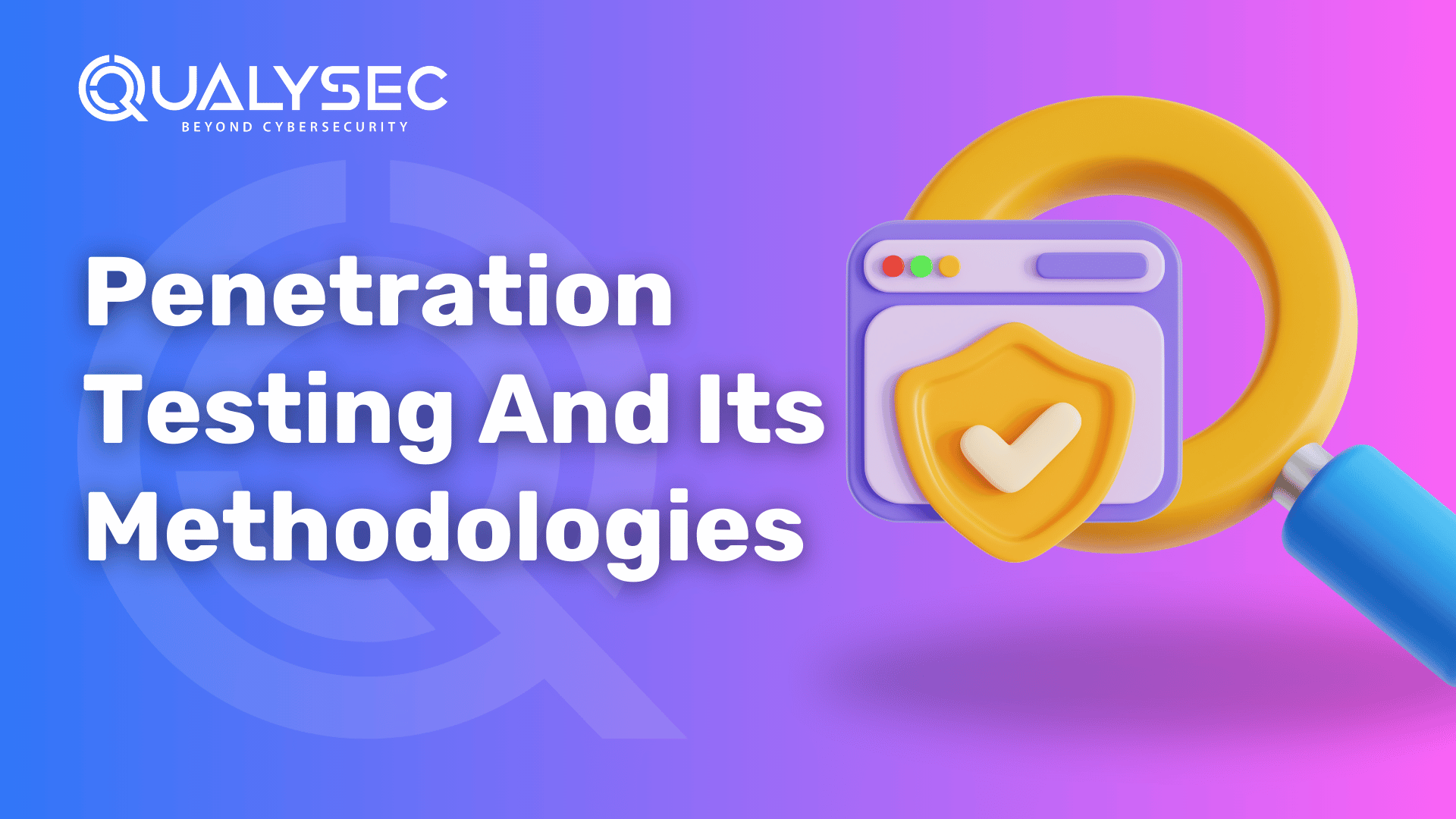
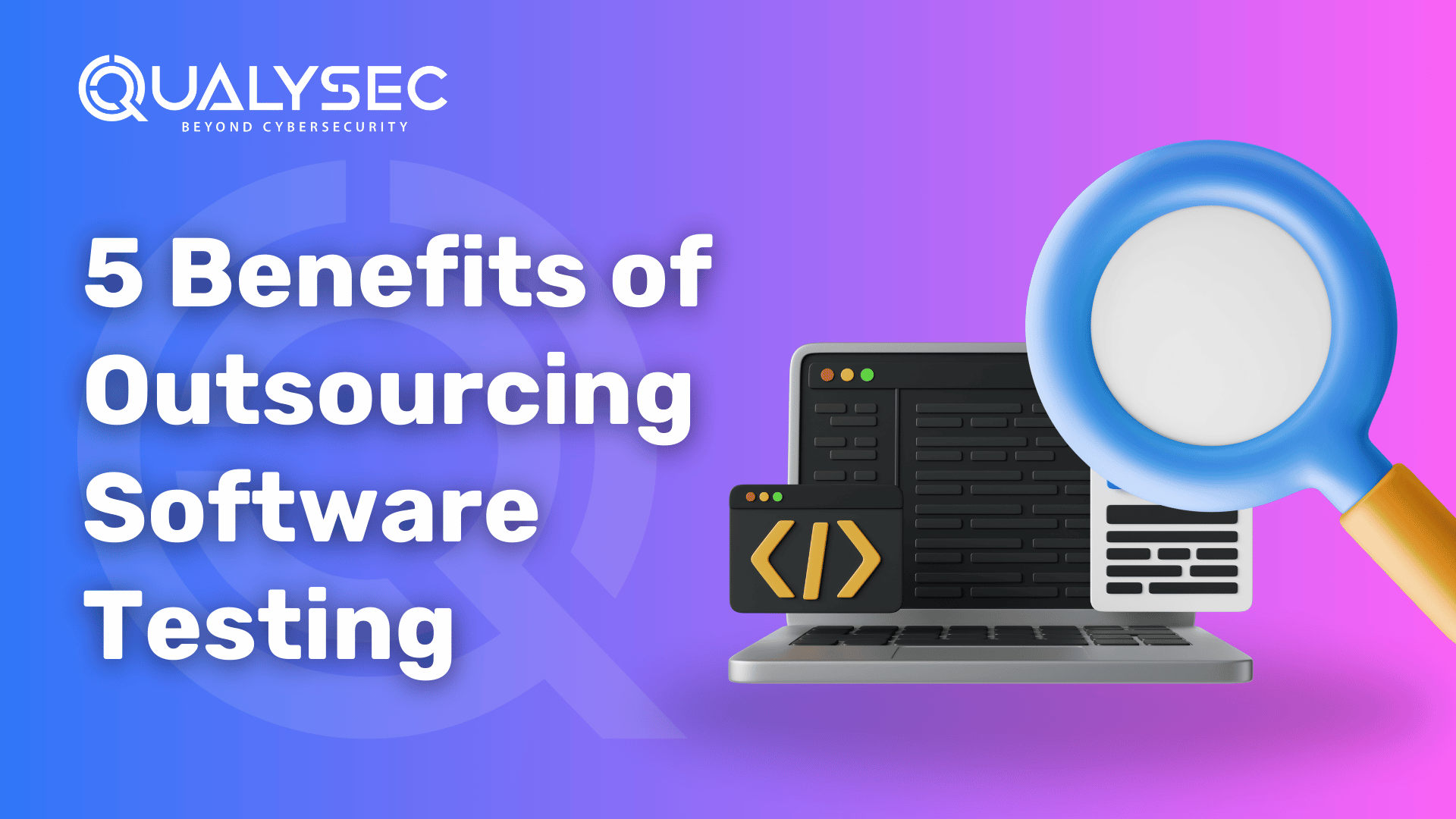


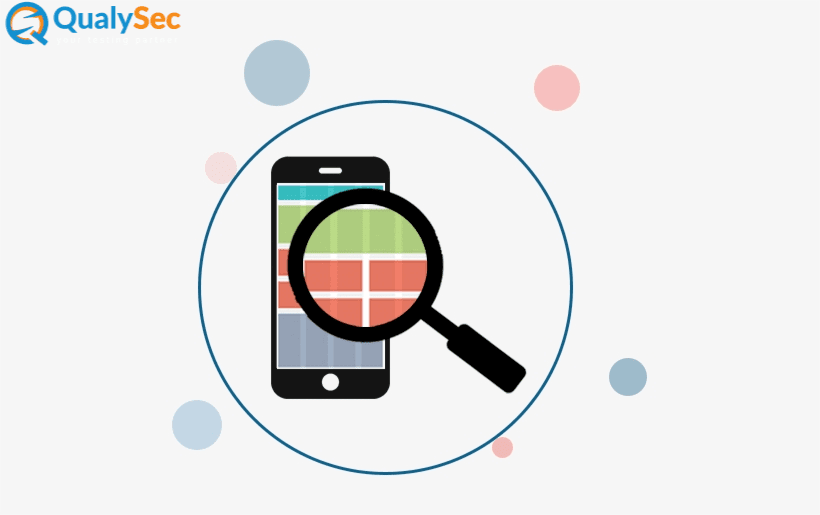

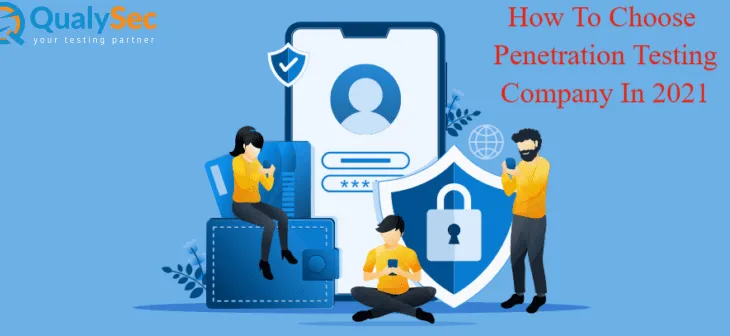
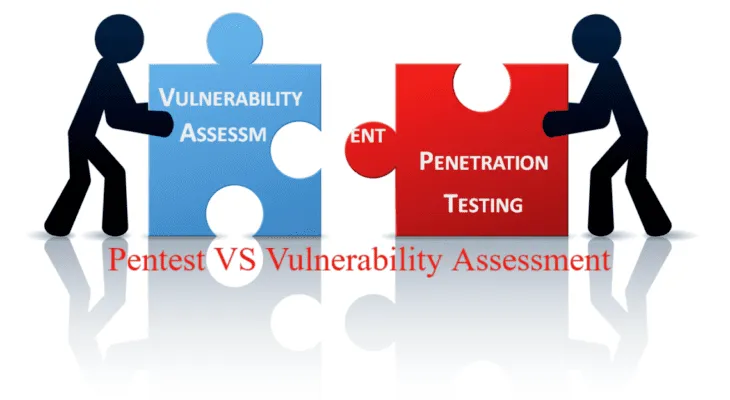


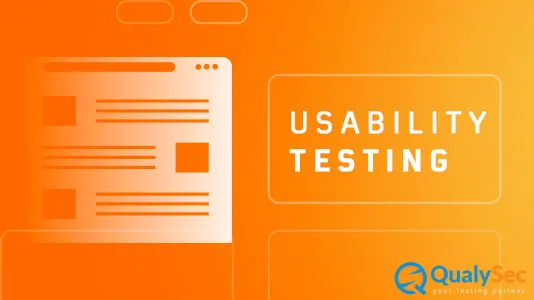


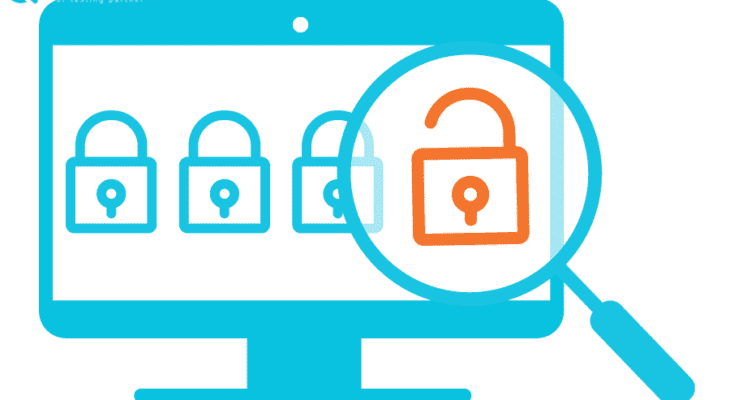
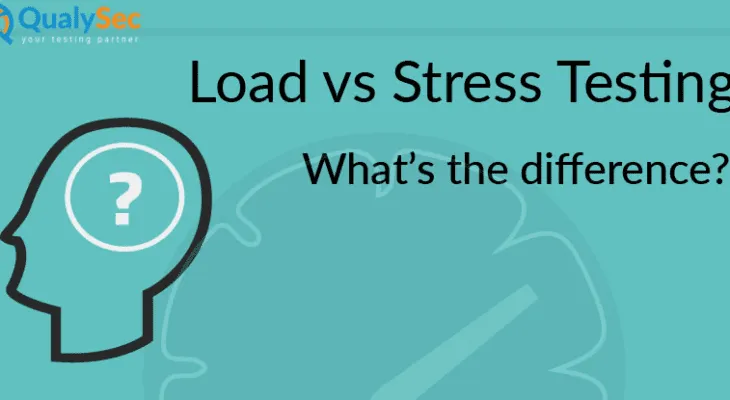


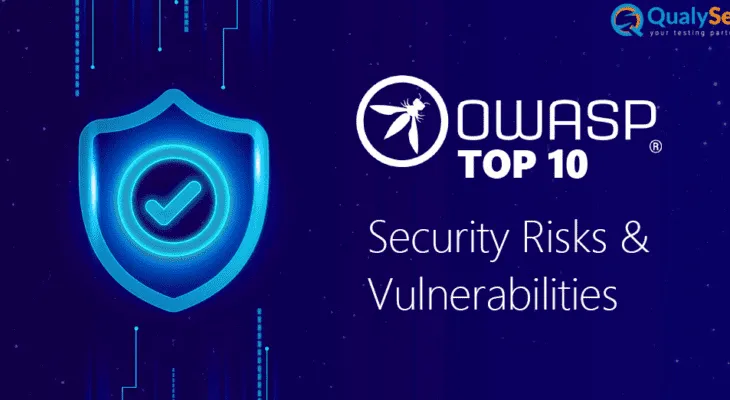
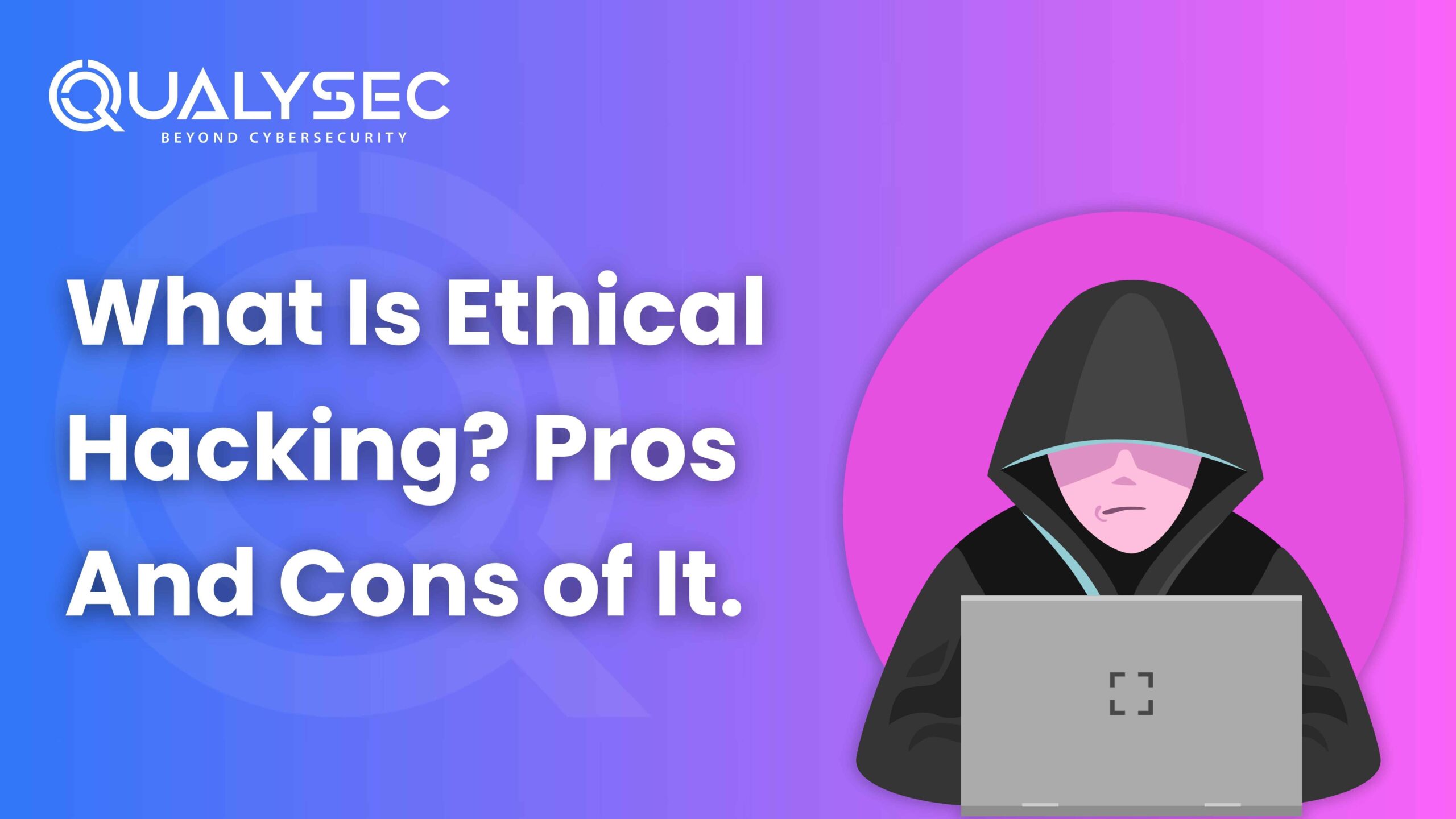








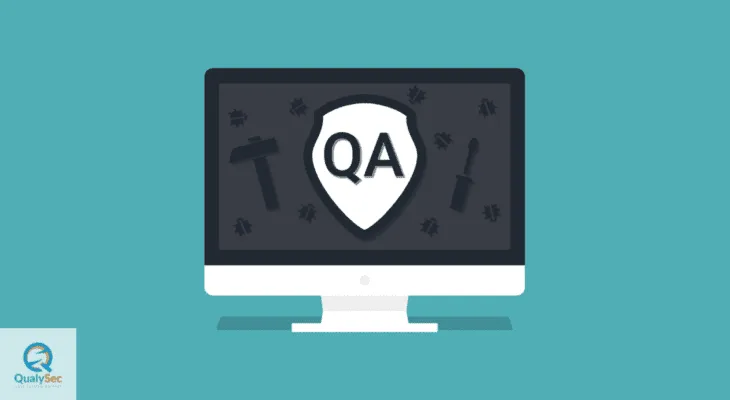

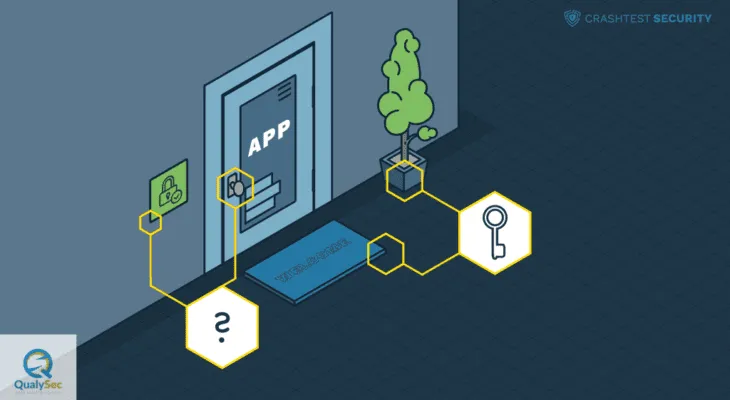







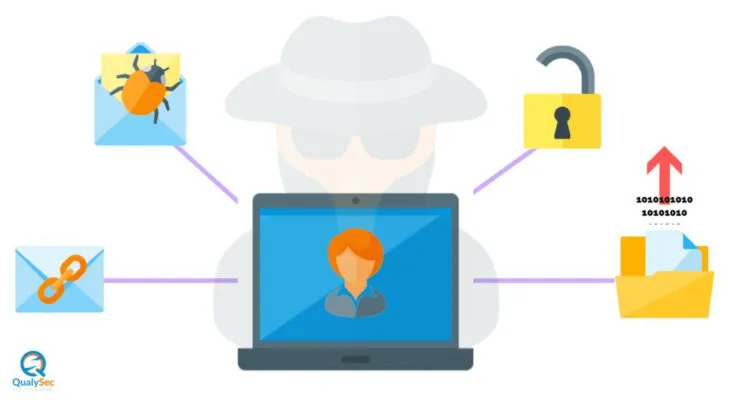
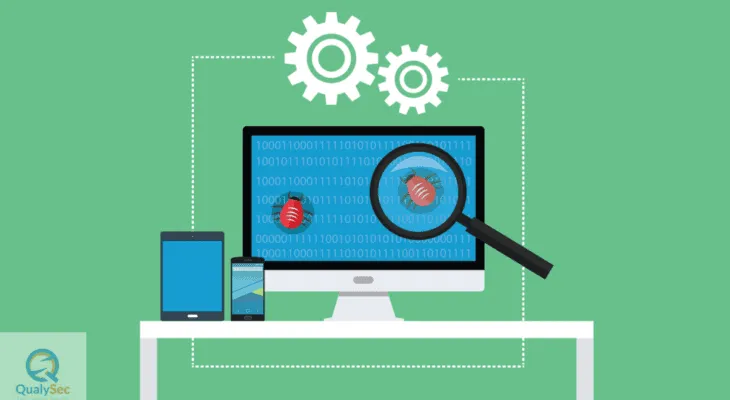
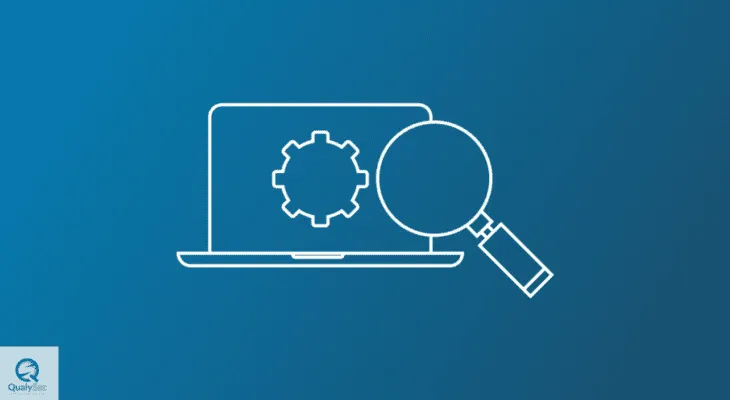


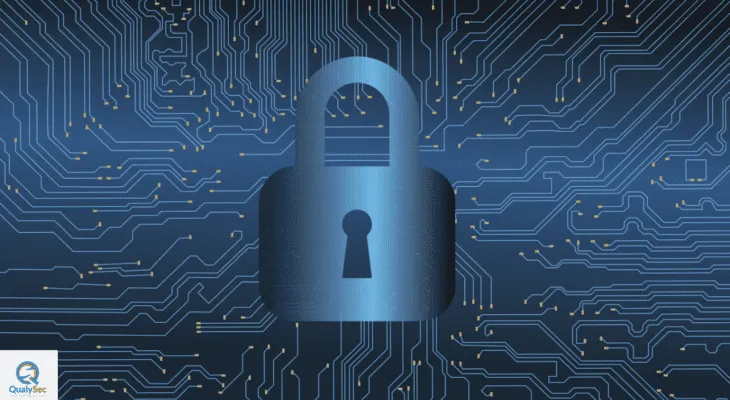





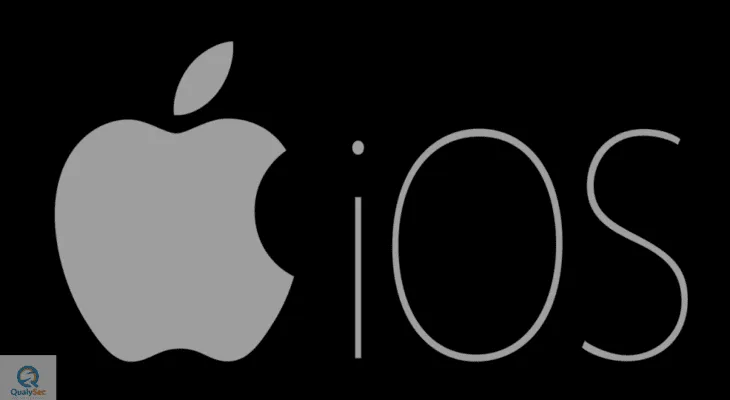


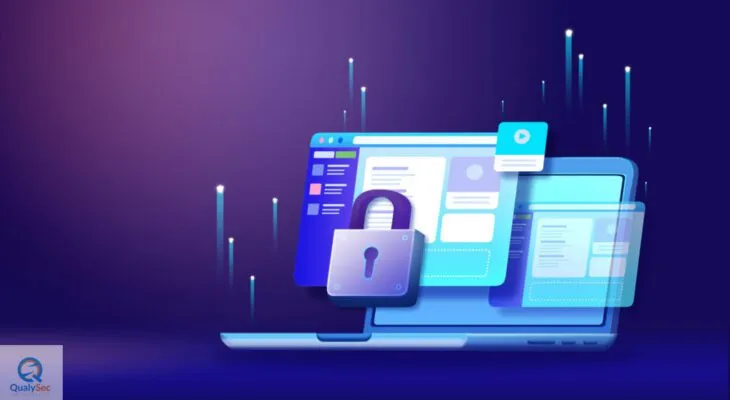







0 Comments